If you haven’t already seen Lembeh Strait #1, images, words and video are in the previous post!
Allora’s heading off on passage across the Torres Strait and the Arafura Sea from Australia’s northernmost islands to Tual, Indonesia. It’s just us two for this 4-5 day passage and conditions look good; it should be a brisk, downwind sail and we hope/plan to steer well clear of all the reputed fishing fleets! If you’re interested to track us on this passage, our Predict Wind Tracker link is under ‘Where In The World Is Allora.’ Should you need to reach us, head over to the ‘Contact Us’ page. And to AU and her fine people/landscape/creatures, you’ve been a whole lot of wonderful! It’s going to be a tough sail away …
Posts from these past 9 months forthcoming!
By some painful and myseterious black magic— 12 hours in a tired old Fiji Airways Airbus bulkhead with unhappy, uncomfortable young travelers and a collapsing arm rest video unit that nearly took out Diana’s shin… somehow… we managed to atomically deconstruct our sense of self… and transport and reconstruct ourselves in a multiverse, far far away from the frozen white cornucopia of Bozeman, Montana, USA… Fiji where it’s GREEN, suddenly 90 percent humidity and 89 degrees F (something like 32 C for those so inclined). No way to describe the particular quality of sunsets here, unlike anything so far in the Pacific. Three weeks of relentless job lists, commiserating with our fellow sailors all struggling to resurrect our boats from their cyclone pits, reacquaint ourselves the preposterous, maddening and miraculous complexity of these beautiful beasts. Fix and clean more things than seems rational. We are finally ready to poke our nose back out into the whirl of troughs and reinforced trade winds and remember, we dearly hope… why we work so hard to sit at anchor, on our living lady Allora and dip a toe in this magical cerulean water.
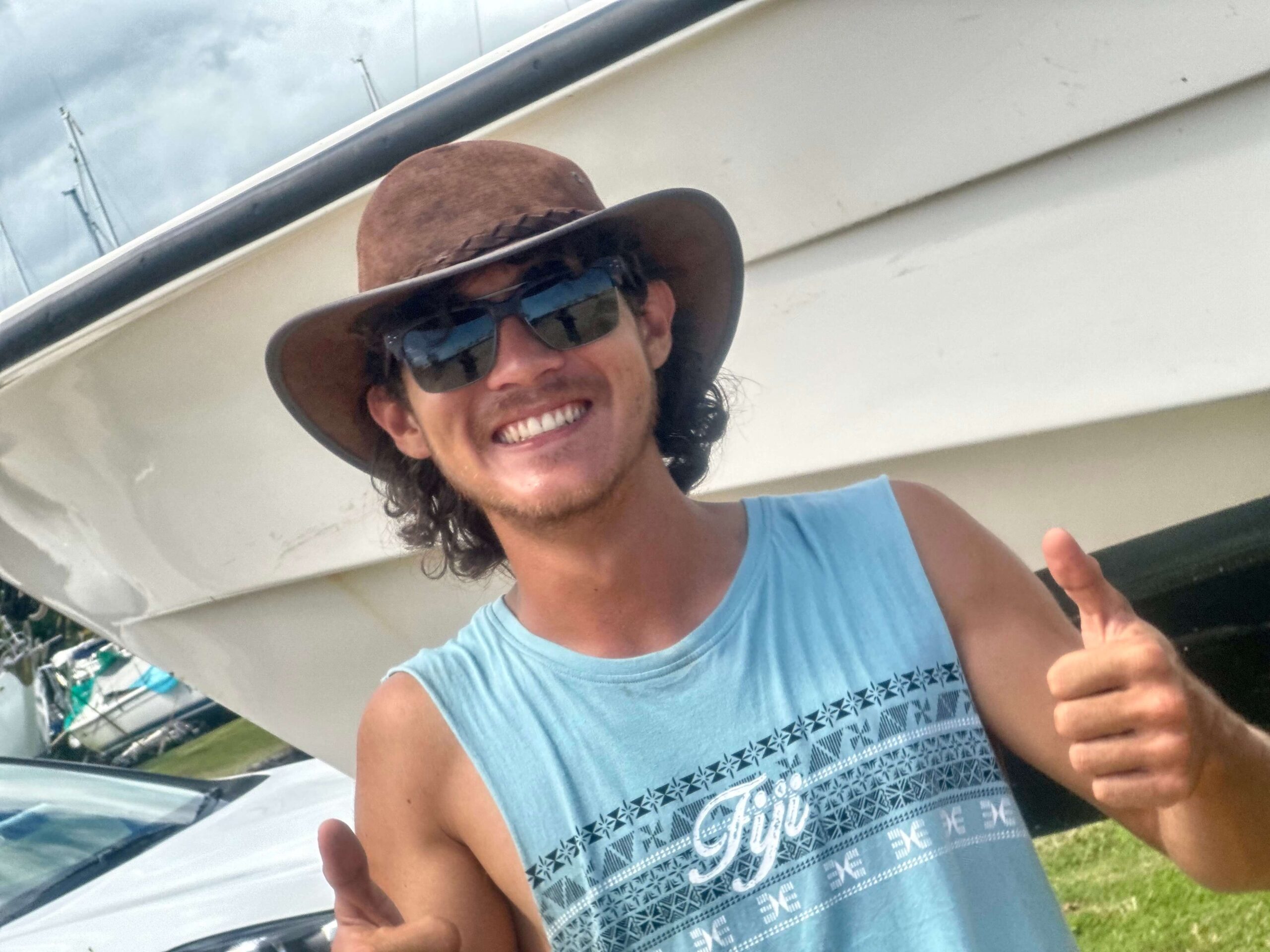
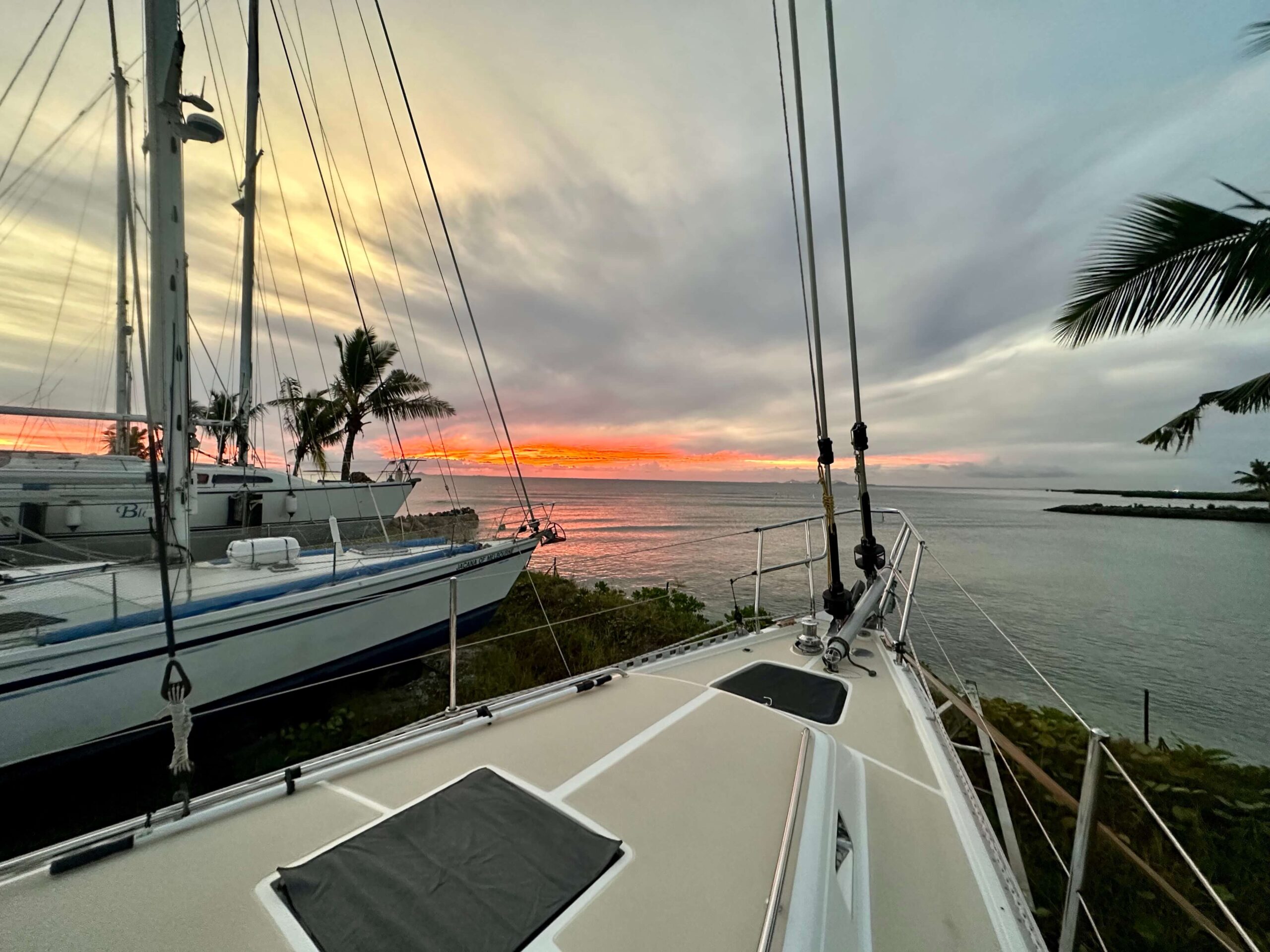
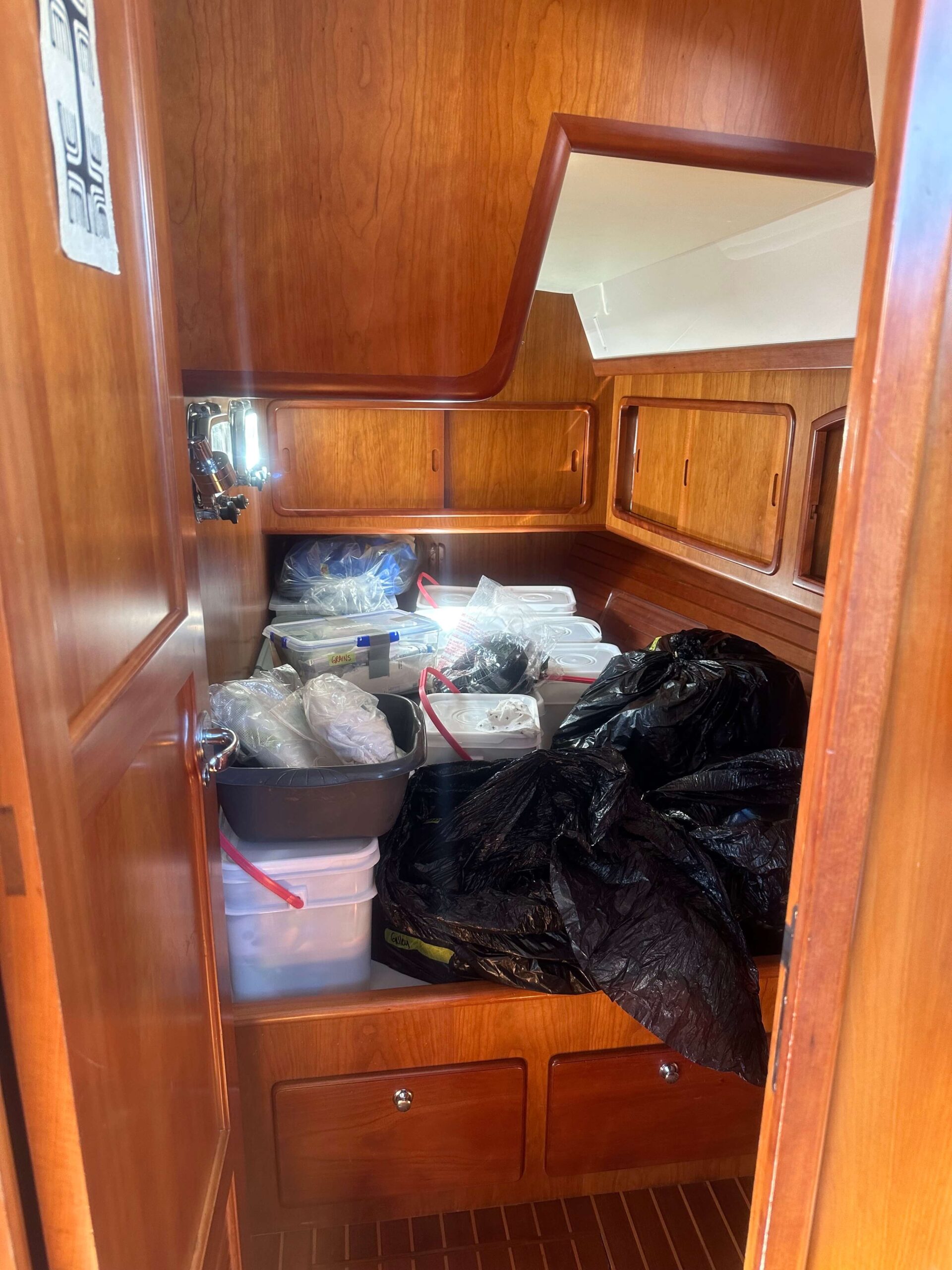

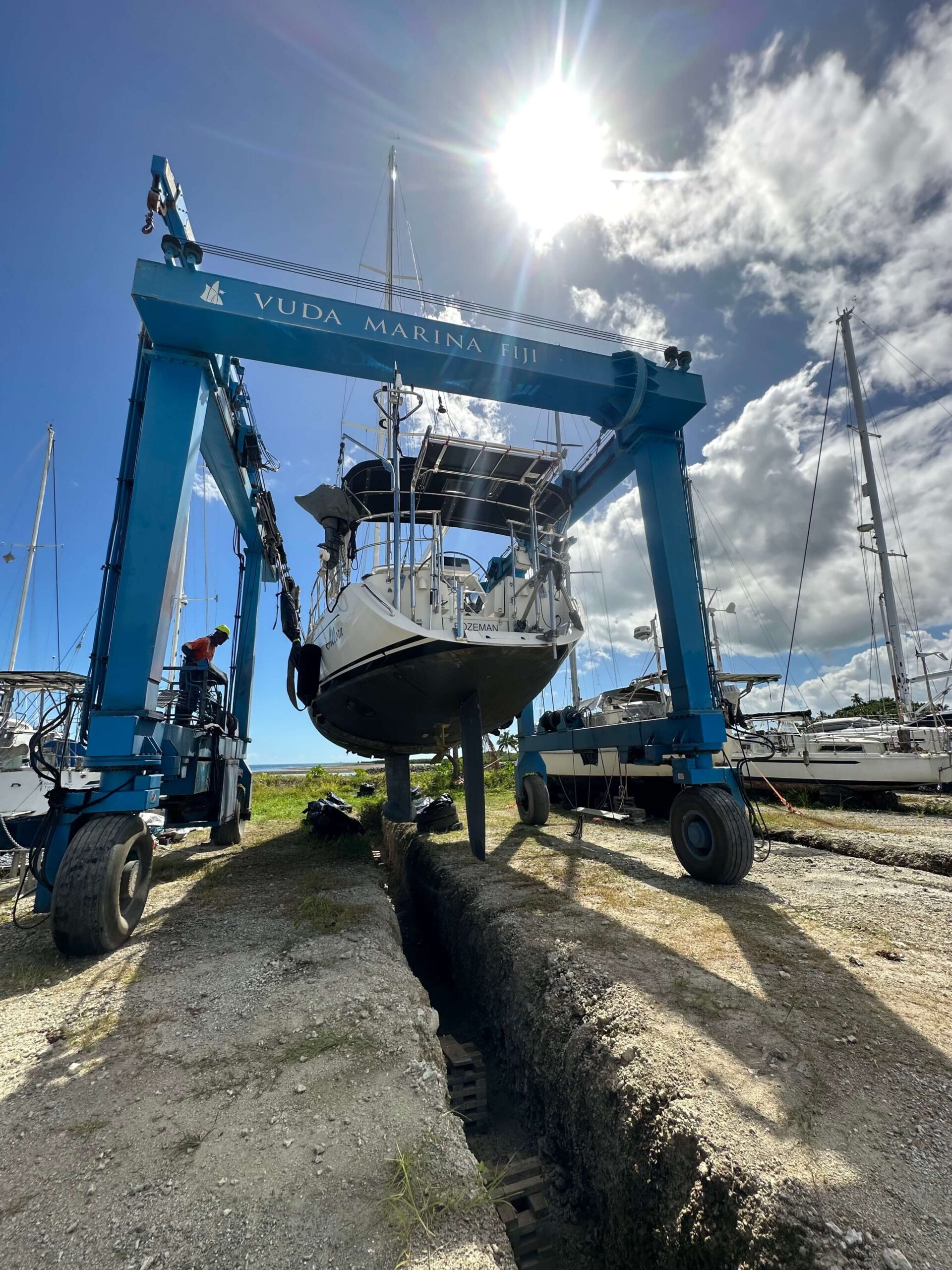




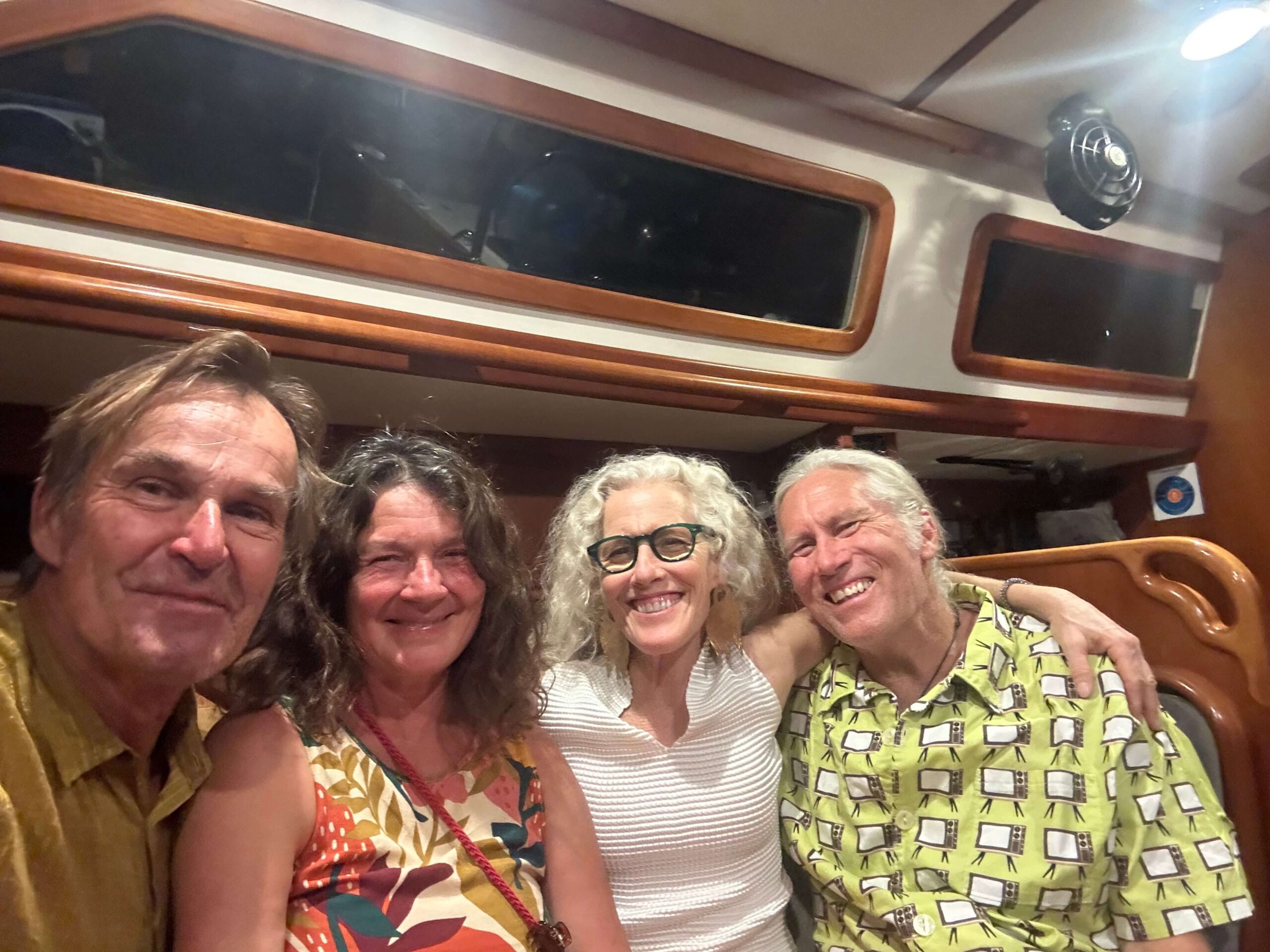
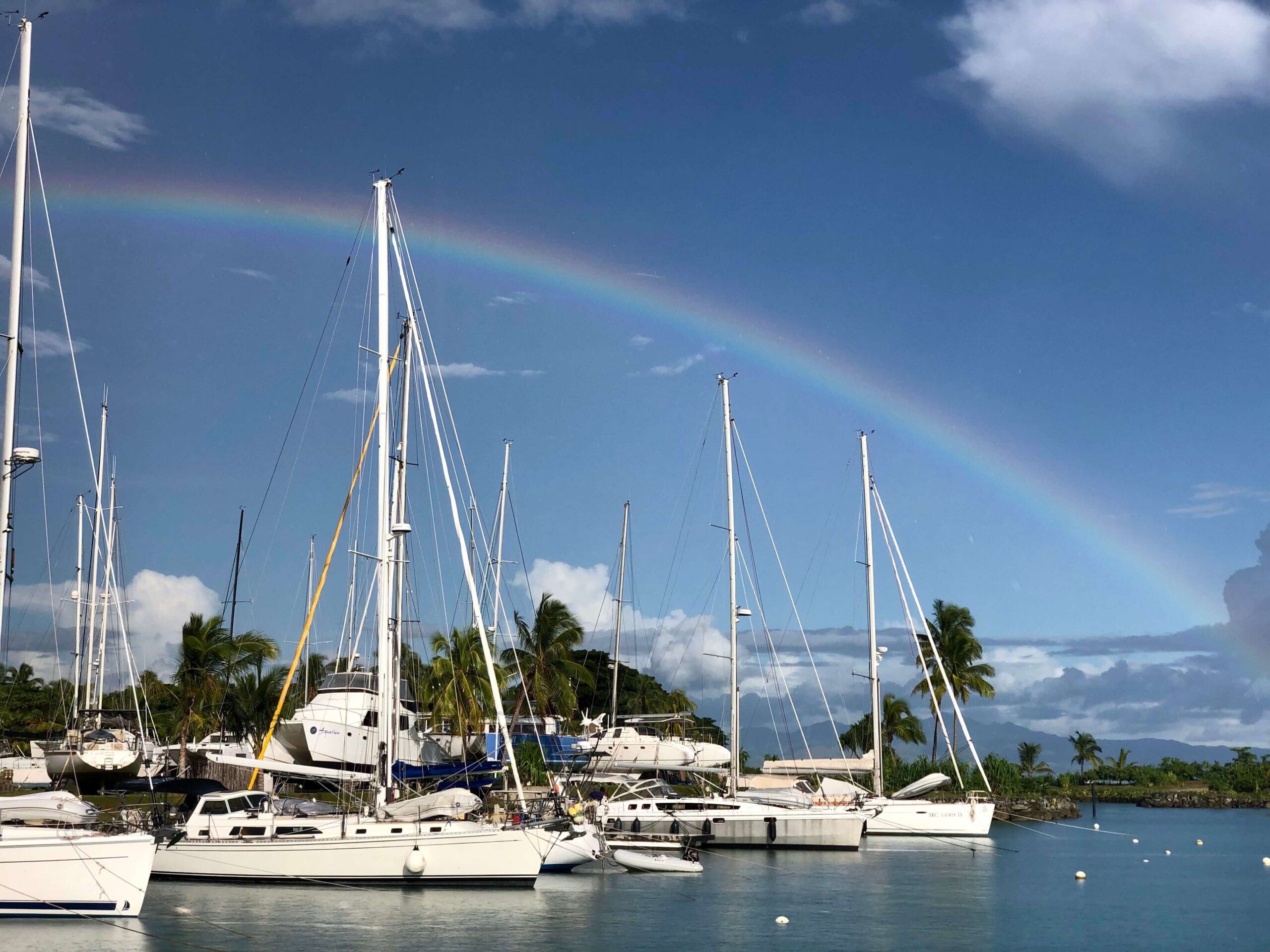
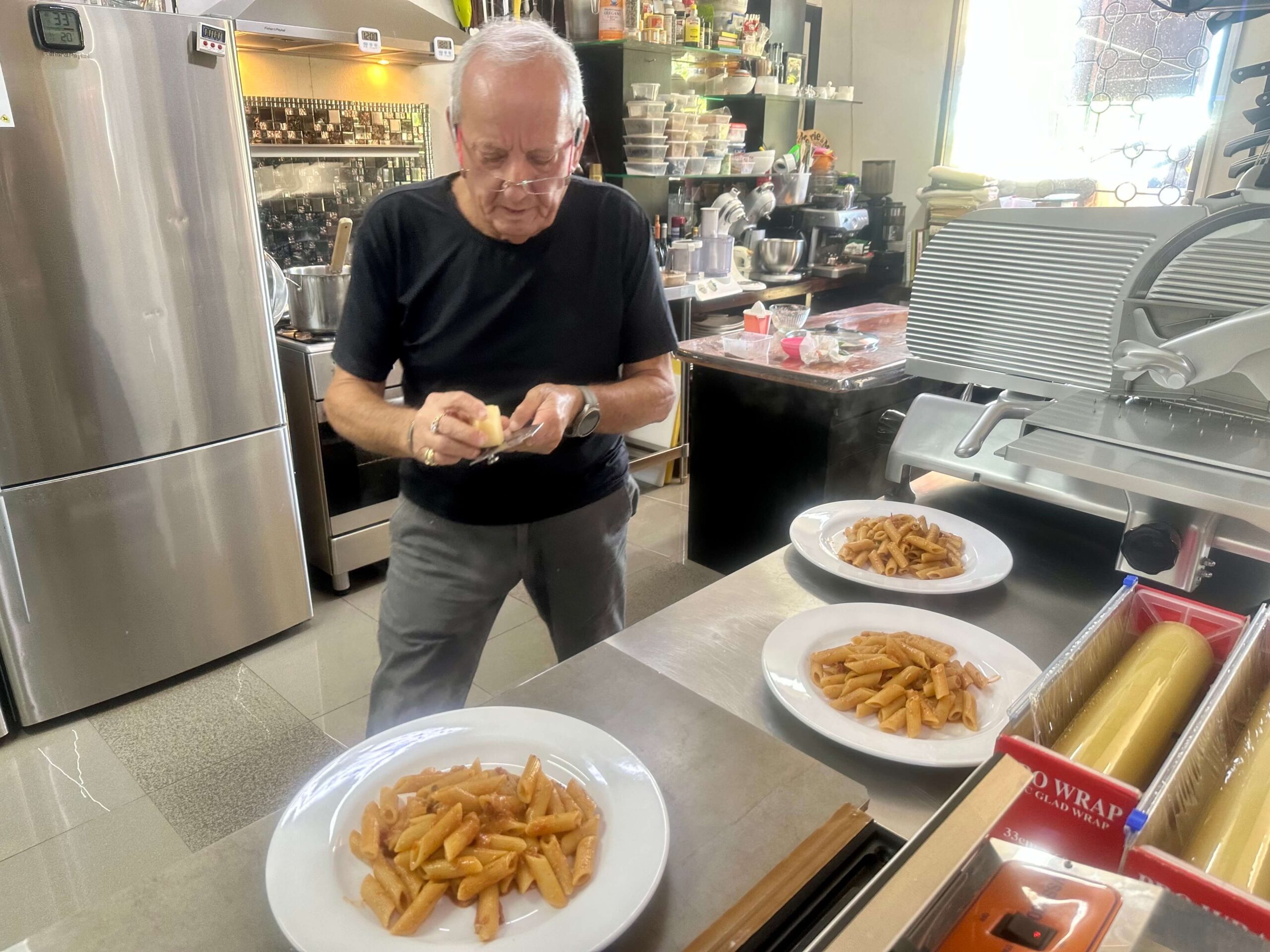
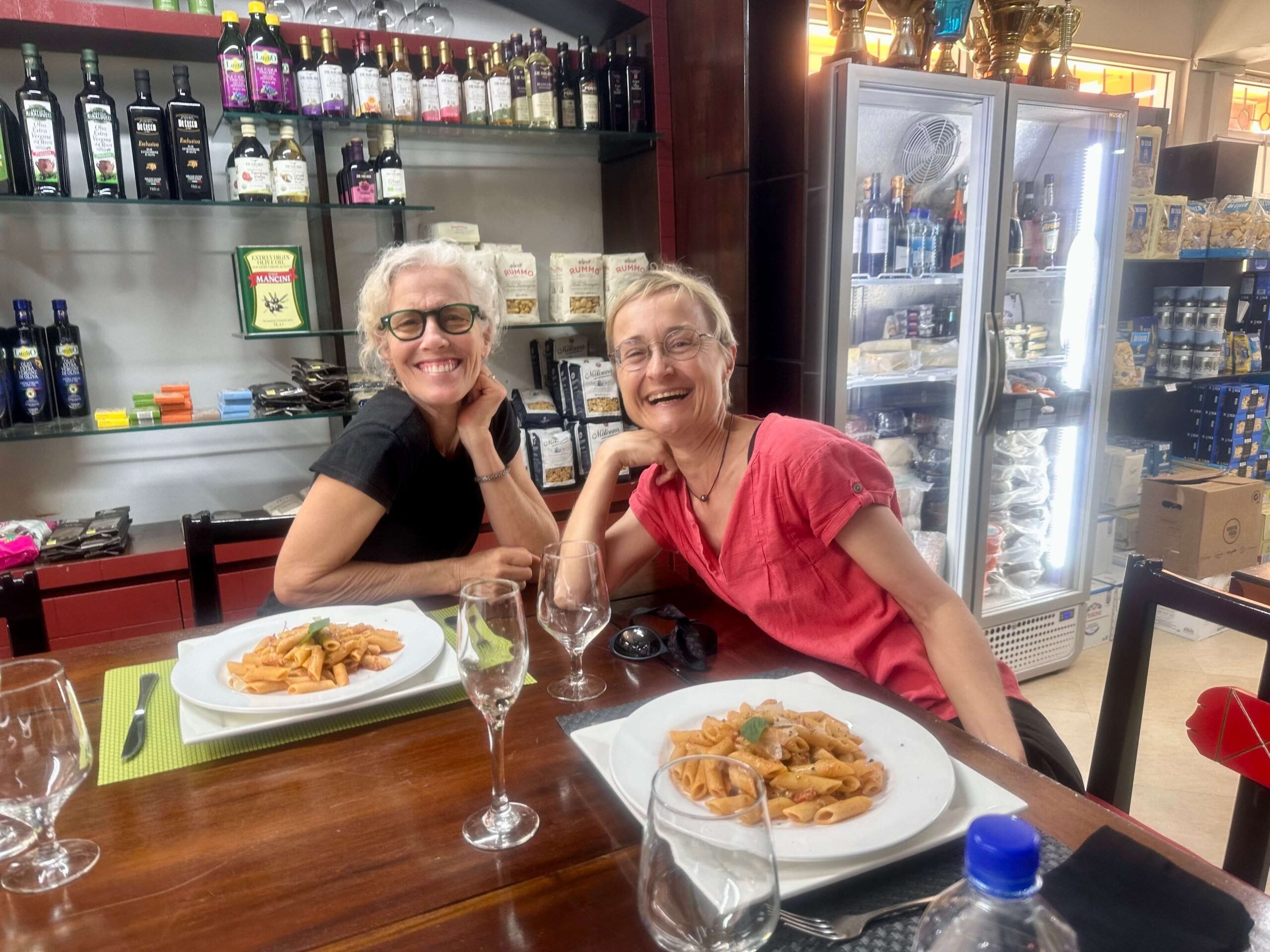
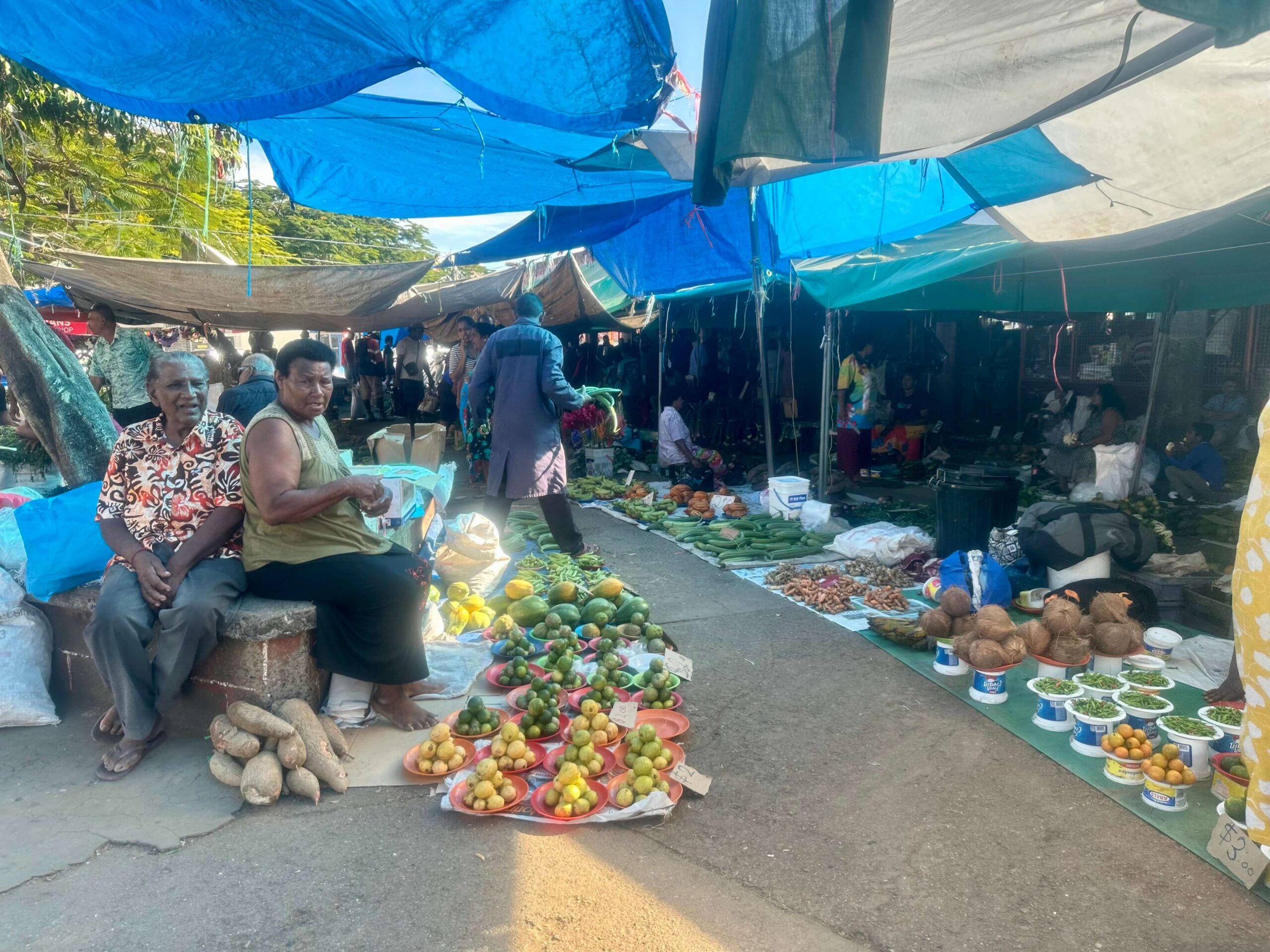
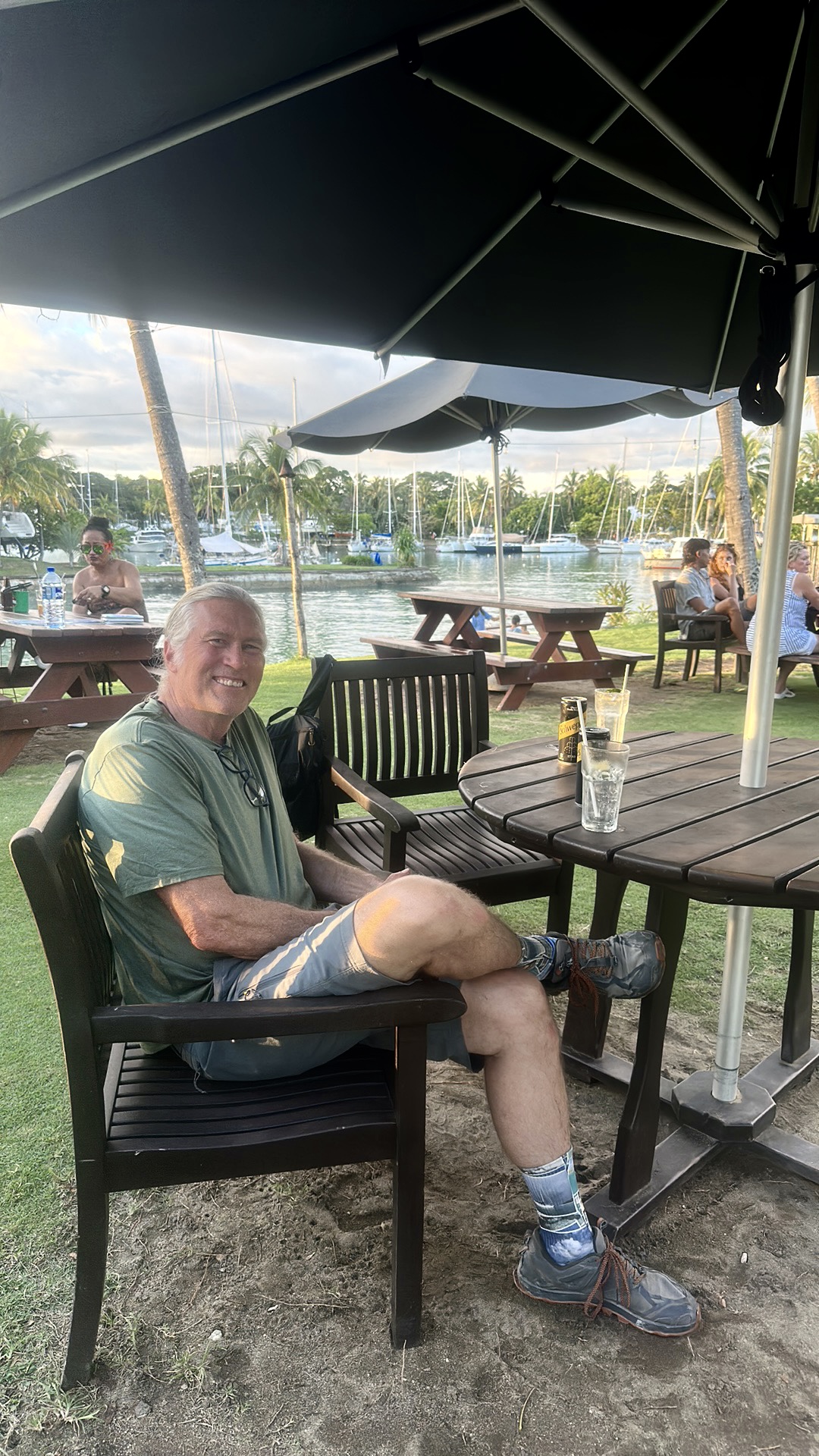
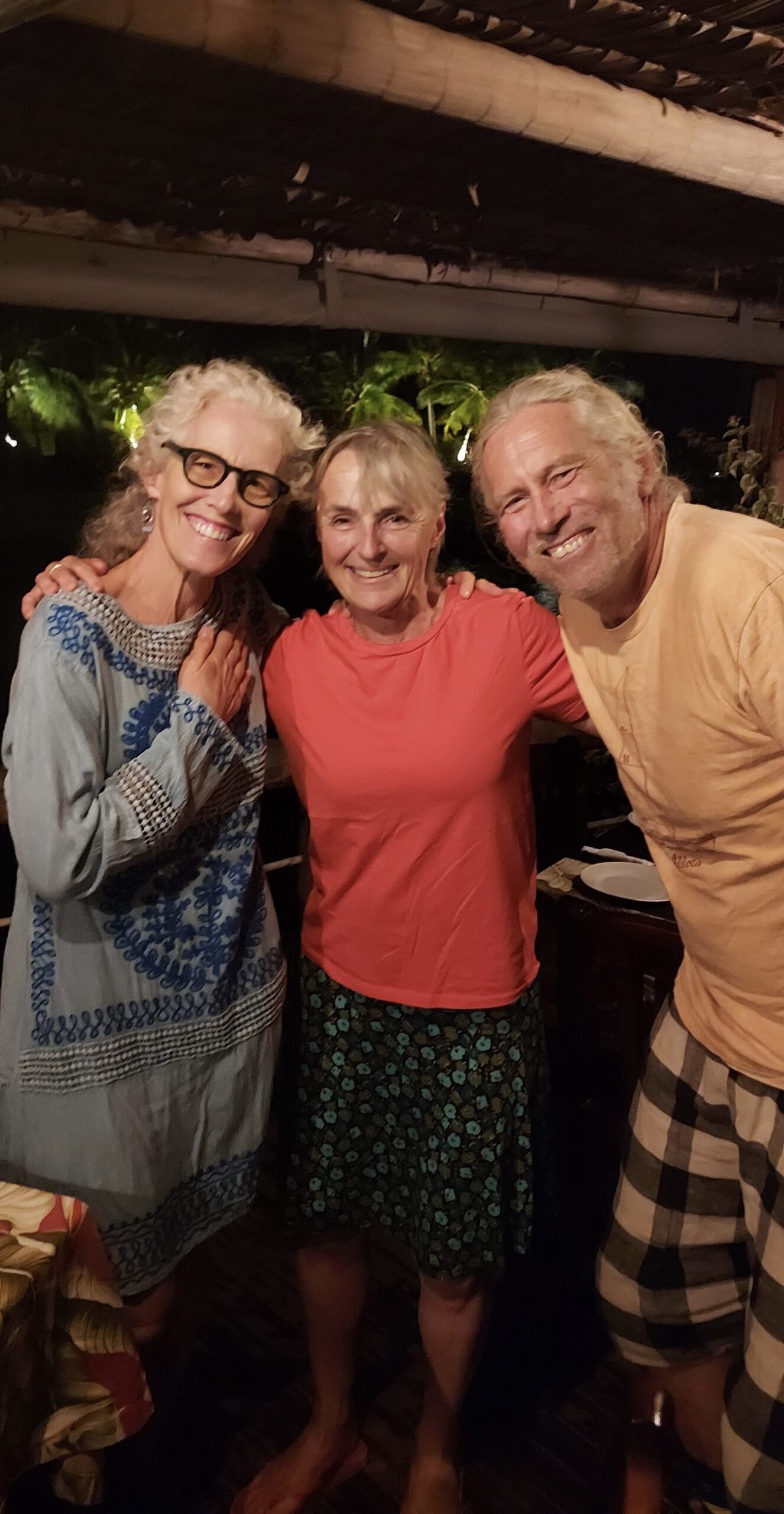

We’re heading offshore tomorrow, the 18th of May, so check out the ‘Where In The World Is Allora’ link to follow our track and otherwise, the Contact Us page has all the ways to reach us. Haley and Liam are heading over for a couple of weeks from Nelson, NZ, so we plan to sail and meet them in Savusavu on the island of Vanua Levu.
As always, our Internet/Wifi/Cell connections can be tenuous, so if I write you, respond using the same method so we have the best shot to reach each other. Be well loved ones – we are always missing you!

Picton to Opua via Napier and the East Cape (duh, duh, duh)
Diana’s last log entry on the first leg of this passage: “worst passage ever.” Maybe, I’m not sure, but I confess to getting seasick, for only the third time ever. Even so, I think the hardest part was leaving the South Island in dead calm with the threat of drizzle. After two and half years, it felt like leaving home, not least because we were leaving Haley and Liam, and knew it would be a while before we could get back.
Fueling up, (which for some reason is always a little stressful for me), was extra stressful knowing it was the last thing to do before saying goodbye. After multiple hugs and lots of tears, there was nothing to do but cast off the lines and pull away.
We were on a bit of schedule, running out of time to get to Opua before Maddi arrived from the States. Also, it was crucial to time our exit from the Tory Channel for a reasonably favorable current, the basic recommendation was leave on high tide out of Picton. We led that by an hour or two to try to avoid encountering head winds in Cook Strait. It was pretty mild to start and Diana made some super yummy wraps for lunch (she is the undisputed Empress of wraps in my book). As seems to so often be the case sailing around New Zealand, there was no chance of entirely missing the wind shift, and about halfway across we were sailing close-hauled. At least the seas, at that point weren’t too bad, not stacking up against current or anything. I went down to take a nap, and missed Diana logging 13 knots surfing on seas that were getting pretty steep. In fact, we wandered into the edge of an area of rip tides and overfalls, ‘Korori Rip,’ that was pretty dramatic. As it got dark the wind was on our beam and so were the steep seas. Diana was feeling pretty awful, and then I got sick too. This might have been where Diana logged “worst watch ever,” – she was really feeling bad and then the rudder on the hydrovane (our wind vane steering system) came off and started pounding on the stern. It took Diana a couple minutes to figure out what was going on, what the loud noise was. I donned a PFD, clipped the harness in and took a knife out onto the swimstep, hoping that I could cut the safety line off without losing it. It was pretty wet, but I didn’t want to take time to put on boots, so I opted for bare feet. Anyway, it actually wasn’t that bad, Diana has set up holder for a good sharp dive knife and a pair of pliers under the lid of the lazarette where they are super handy (she’s pretty good at coming up with that kinda stuff). I took the next watch and Diana tried to sleep off her seasickness. Once we cleared Cape Palliser things improved dramatically.
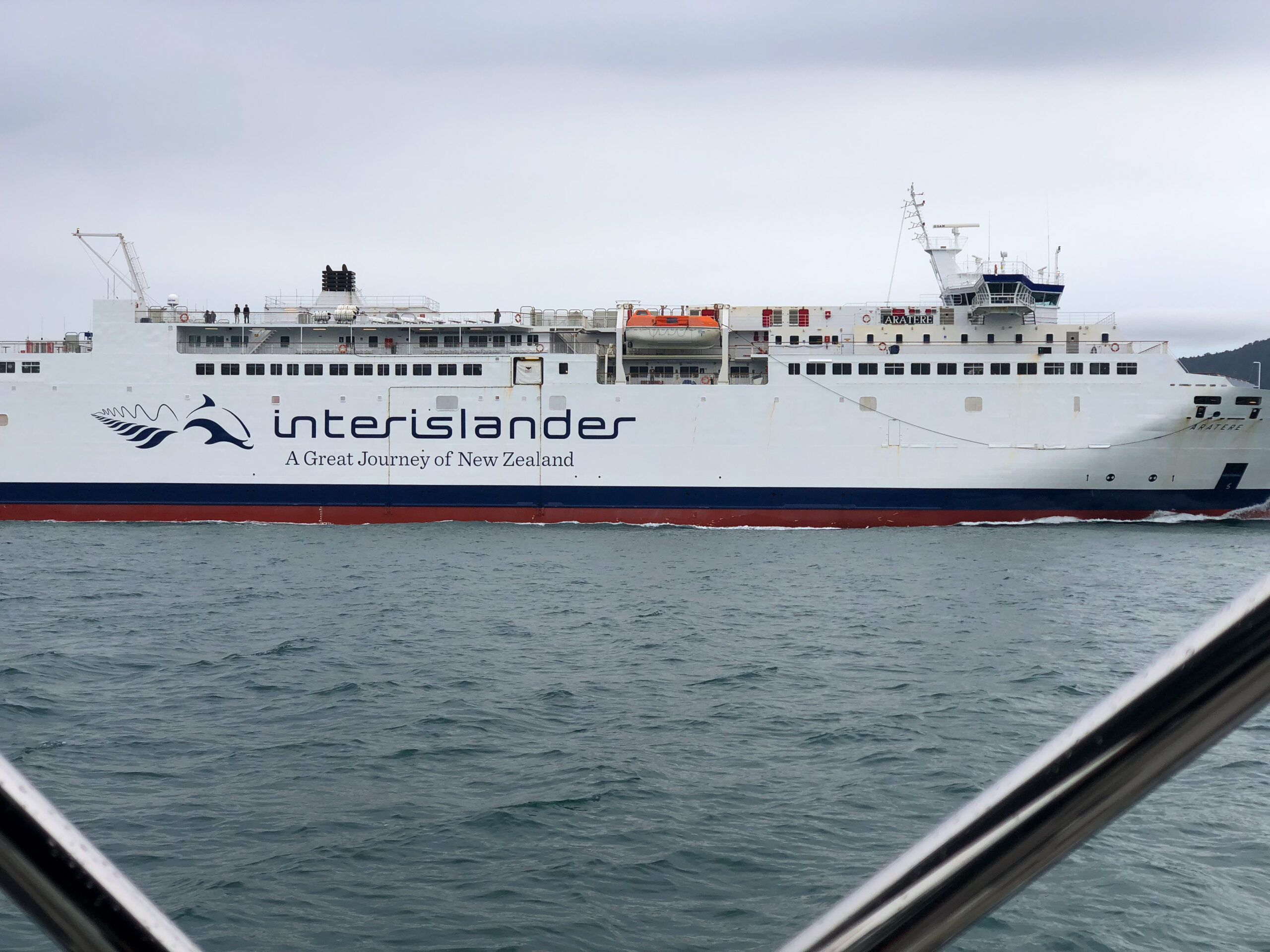
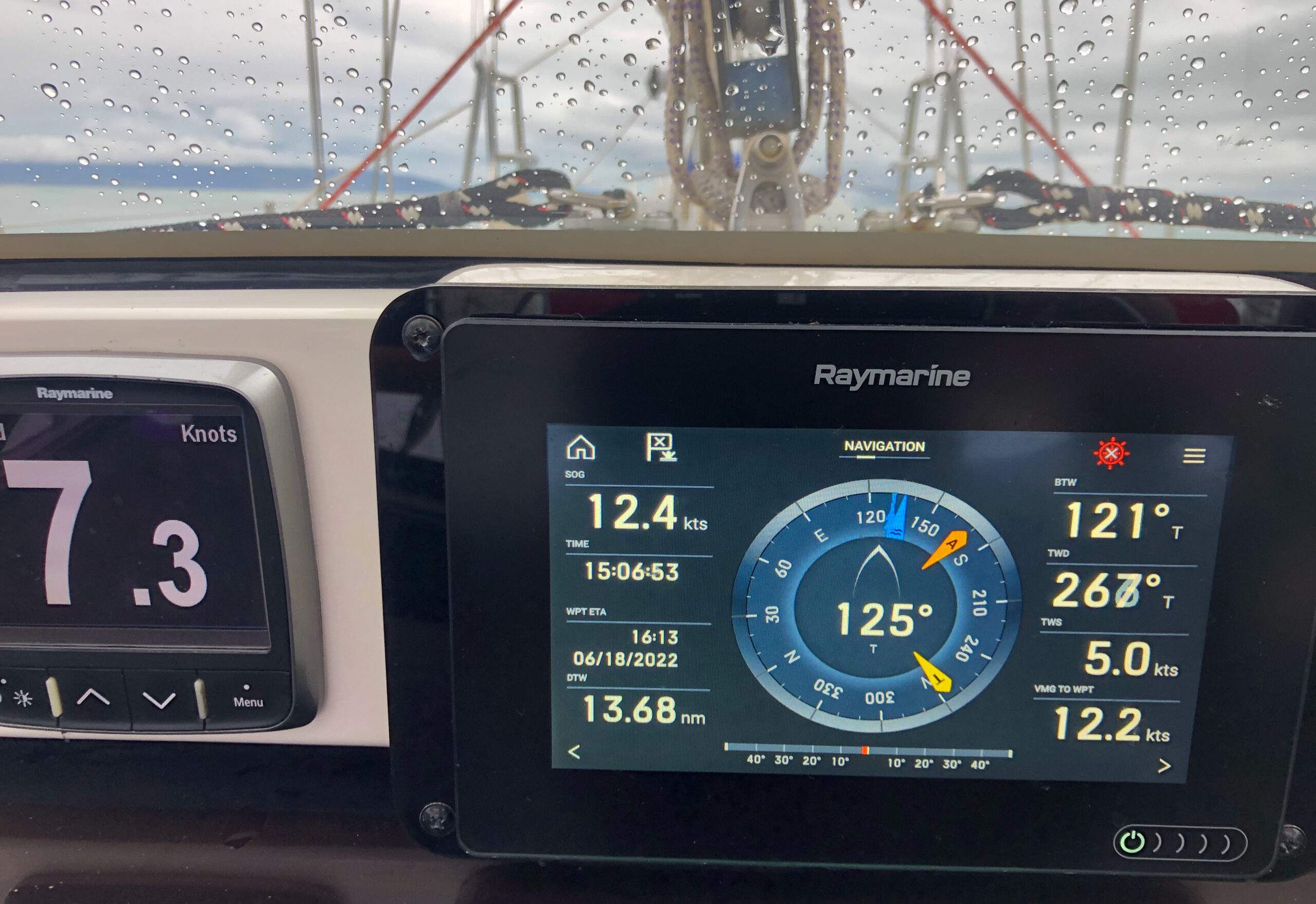
No doubt timing arrivals, departures, capes and channel entrances can be the trickiest part of sailing. You’re always trading one ideal for another. The next challenge of this passage was the East Cape, which is massive and takes a couple days to fully round. The forecast was for 4 meter seas and forty knot gusts… not super inviting. We liked better the sound of a snug marina slip at Napier to wait for the weather to ease up a bit, but that meant arriving at midnight, which is something we are loathe to do if we’re not really familiar with the layout. It’s never nice to feel like your options are bad or worse. As it turned out, the wind in the harbor was still and the passage in, though shallow, was well marked and very well lit. We glided to the visitor’s berth next to the travel-lift, easy peasy. The quiet and calm felt glorious.
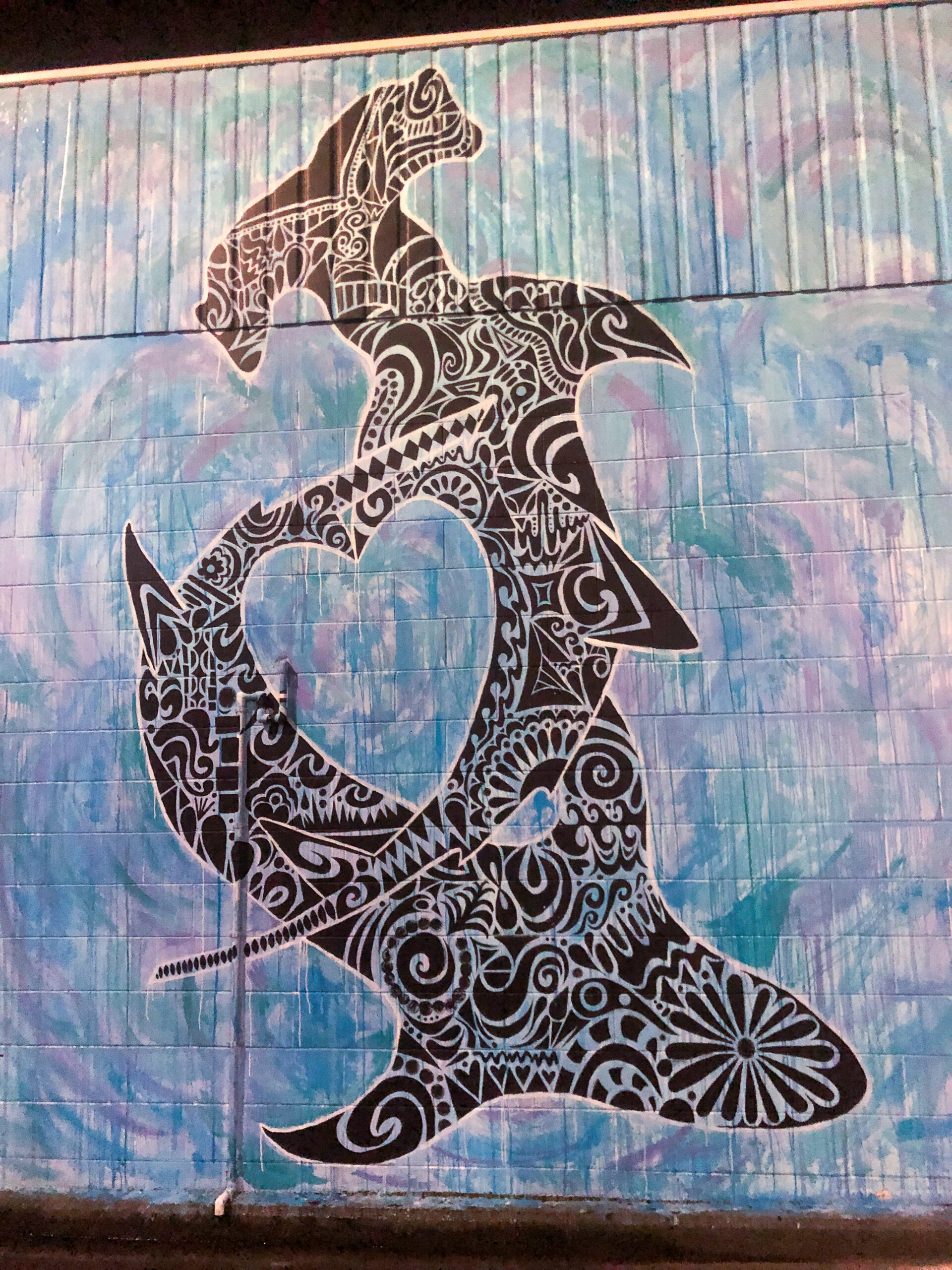

Waiting for the gale at the East Cape to ease came with a trade off — the near certainty that we would have to pass through a frontal system to reach Cape Brett. Yeah, I know, a lot of fretting about capes, but there’s a reason so many of them are given awful names by sailors (Cape Fear, Cape Runaway, Punto Malo, Cape Foulwind), they really do run the show. In the meantime, that lay two days in the future. We rounded the East Cape in the early morning, jibed and then enjoyed a glorious daytime sail headed northwest, pretty as you please, even got the guitars out for a little music.
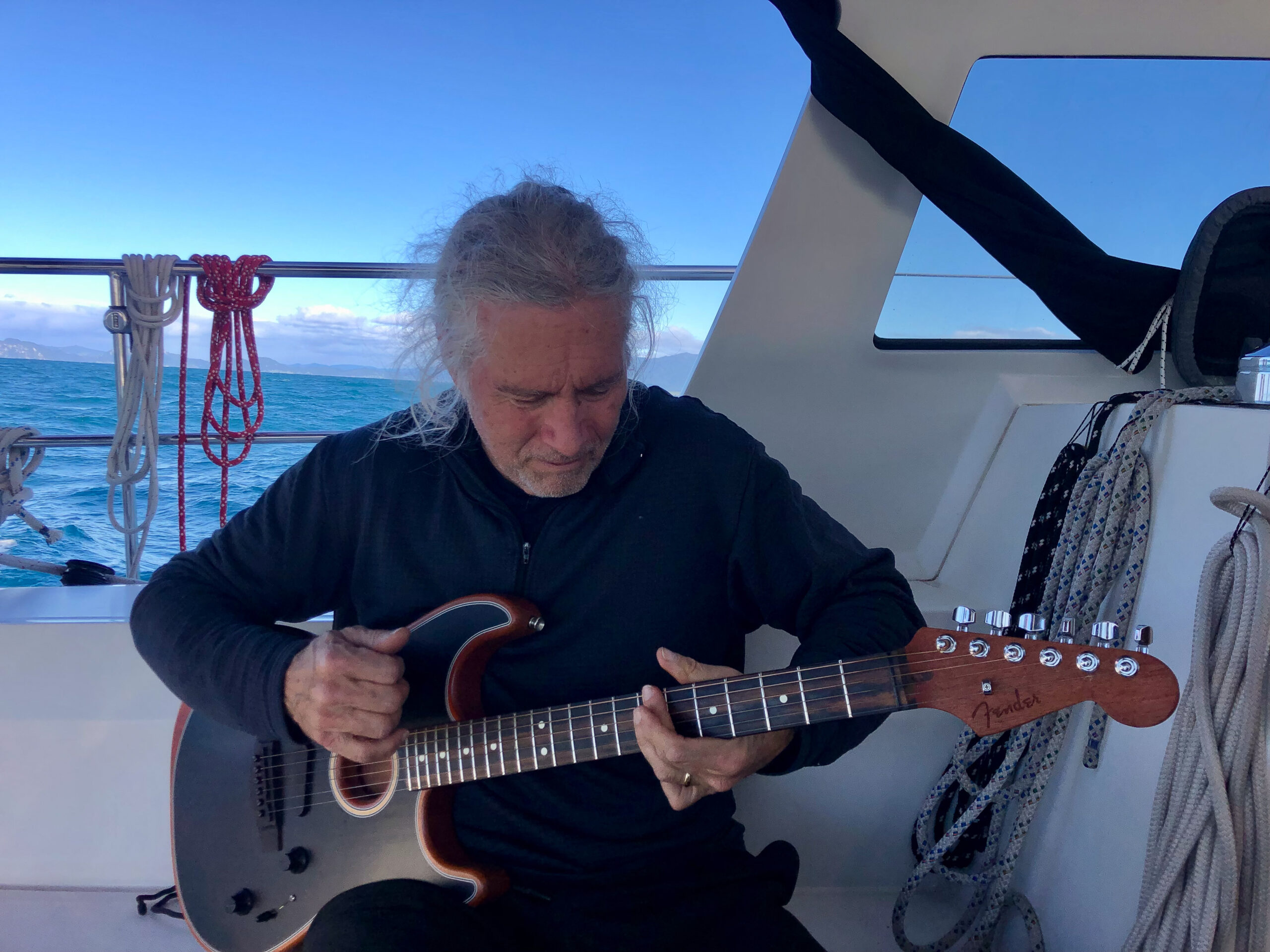


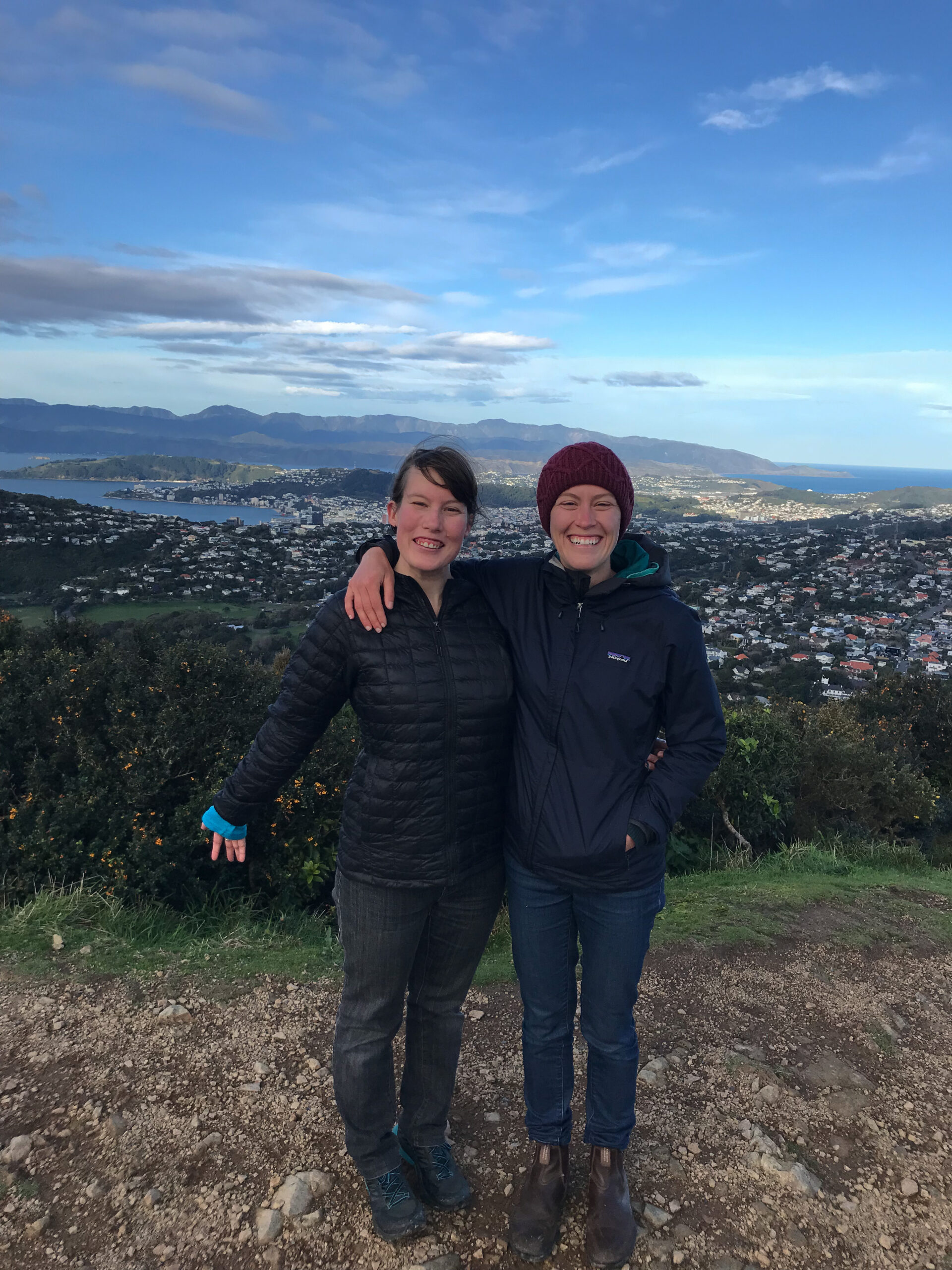
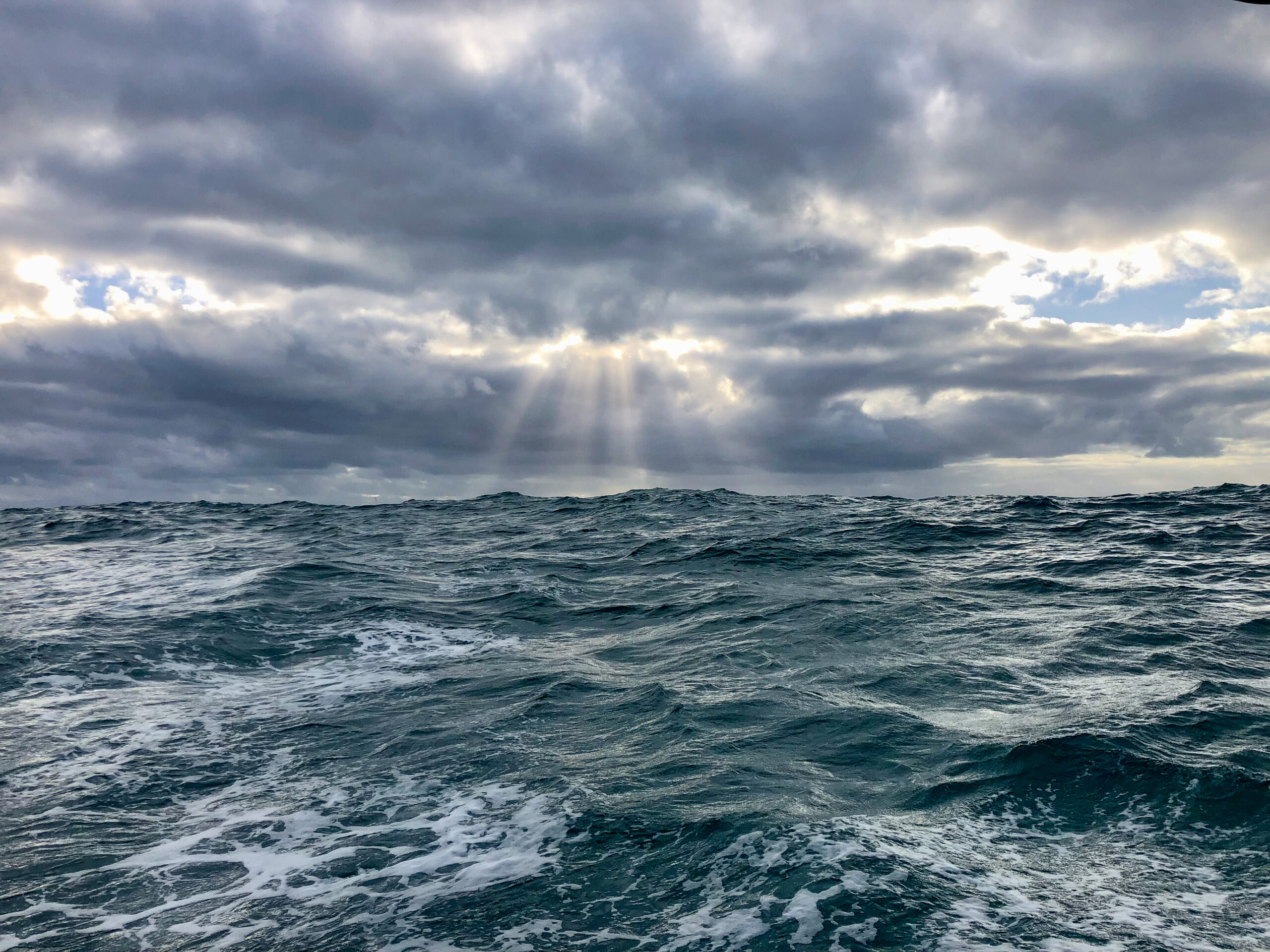
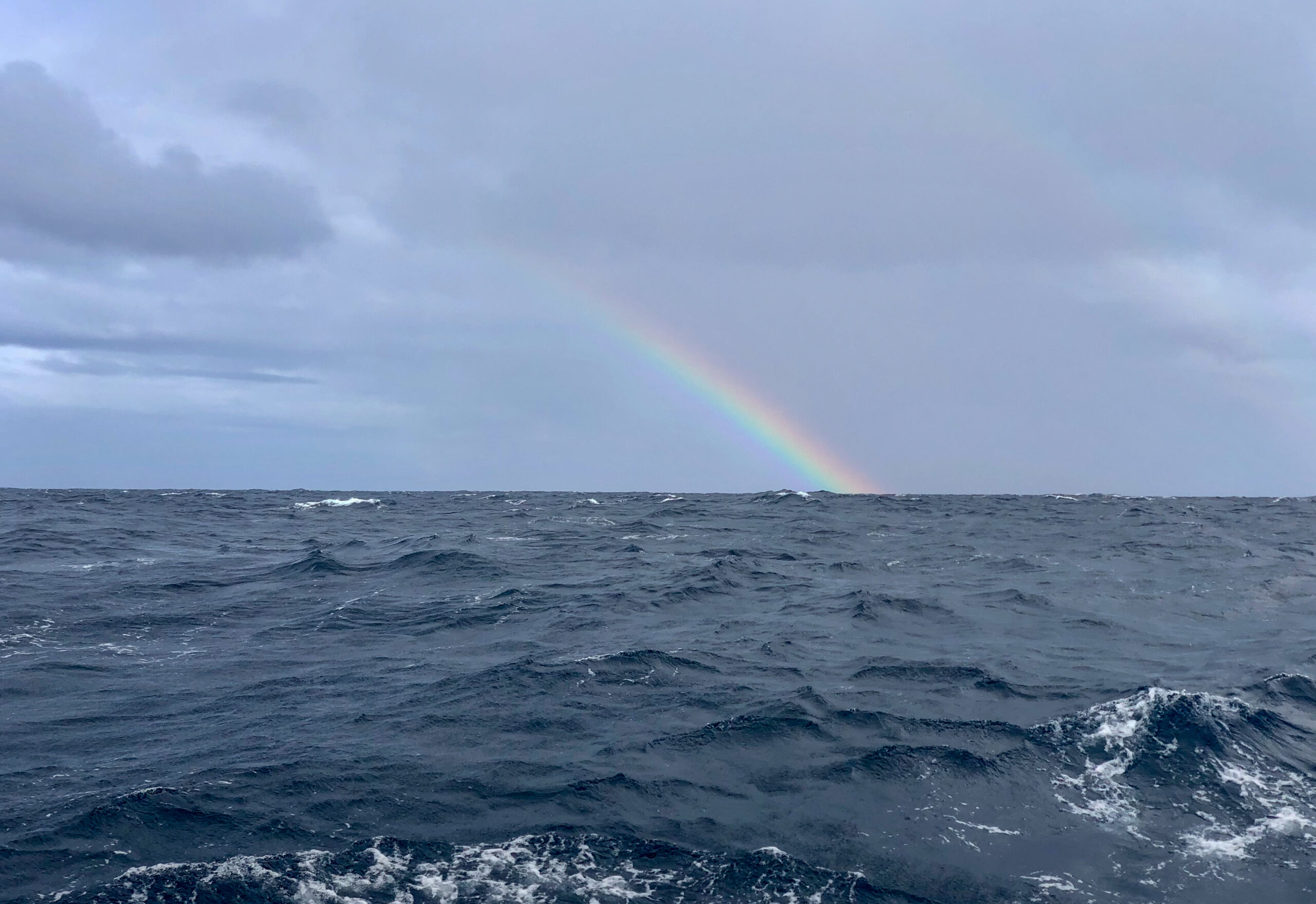
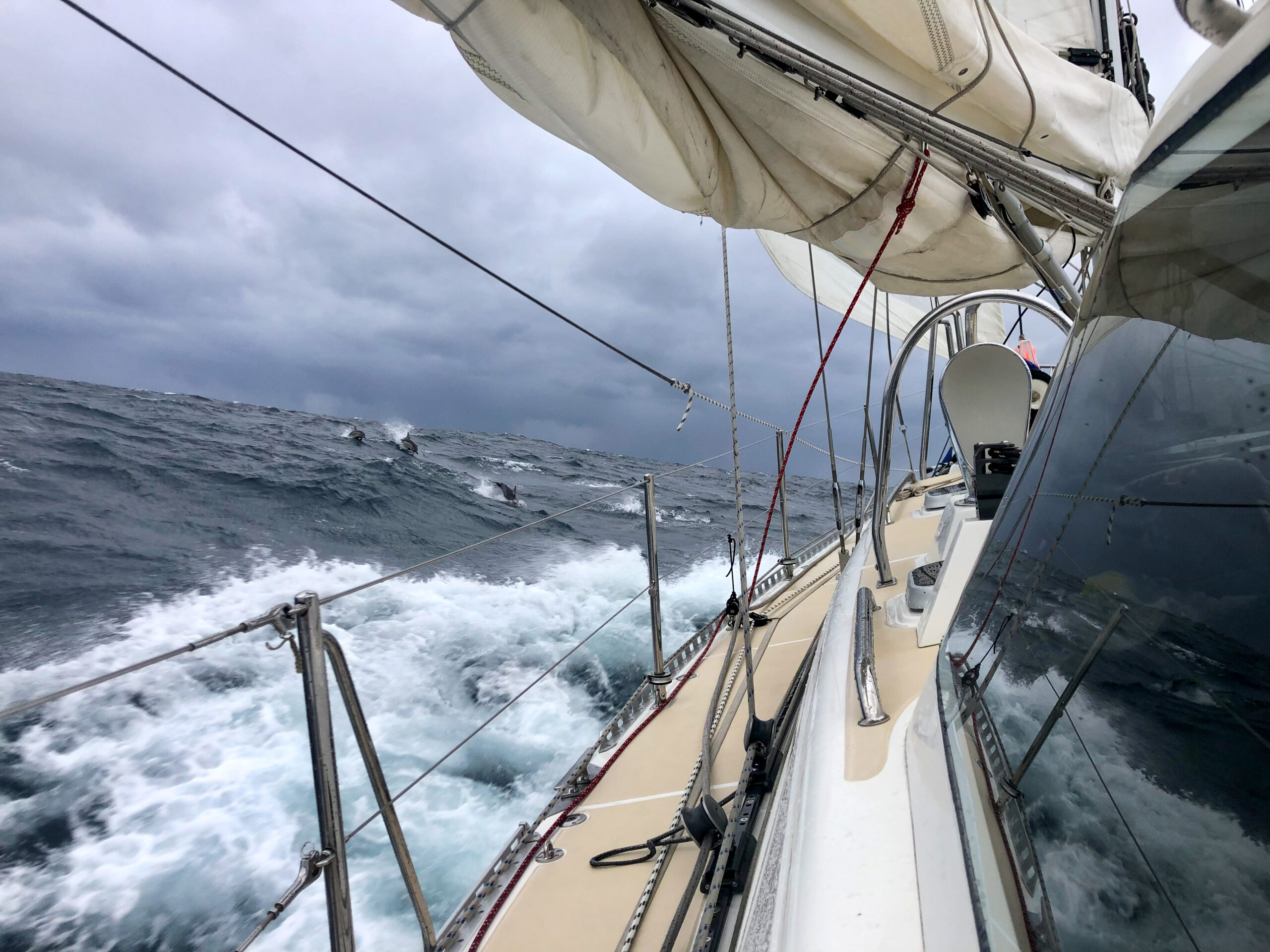
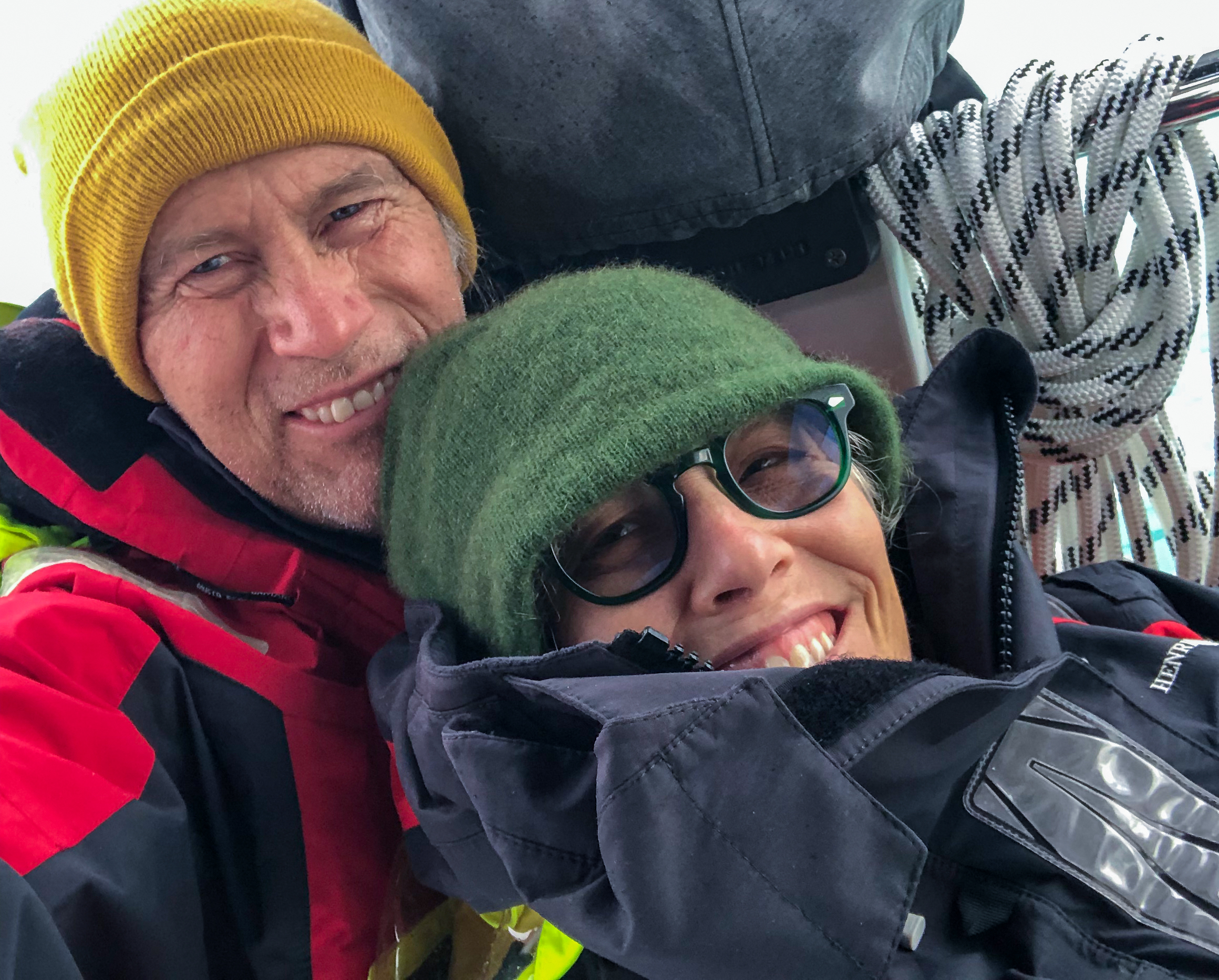
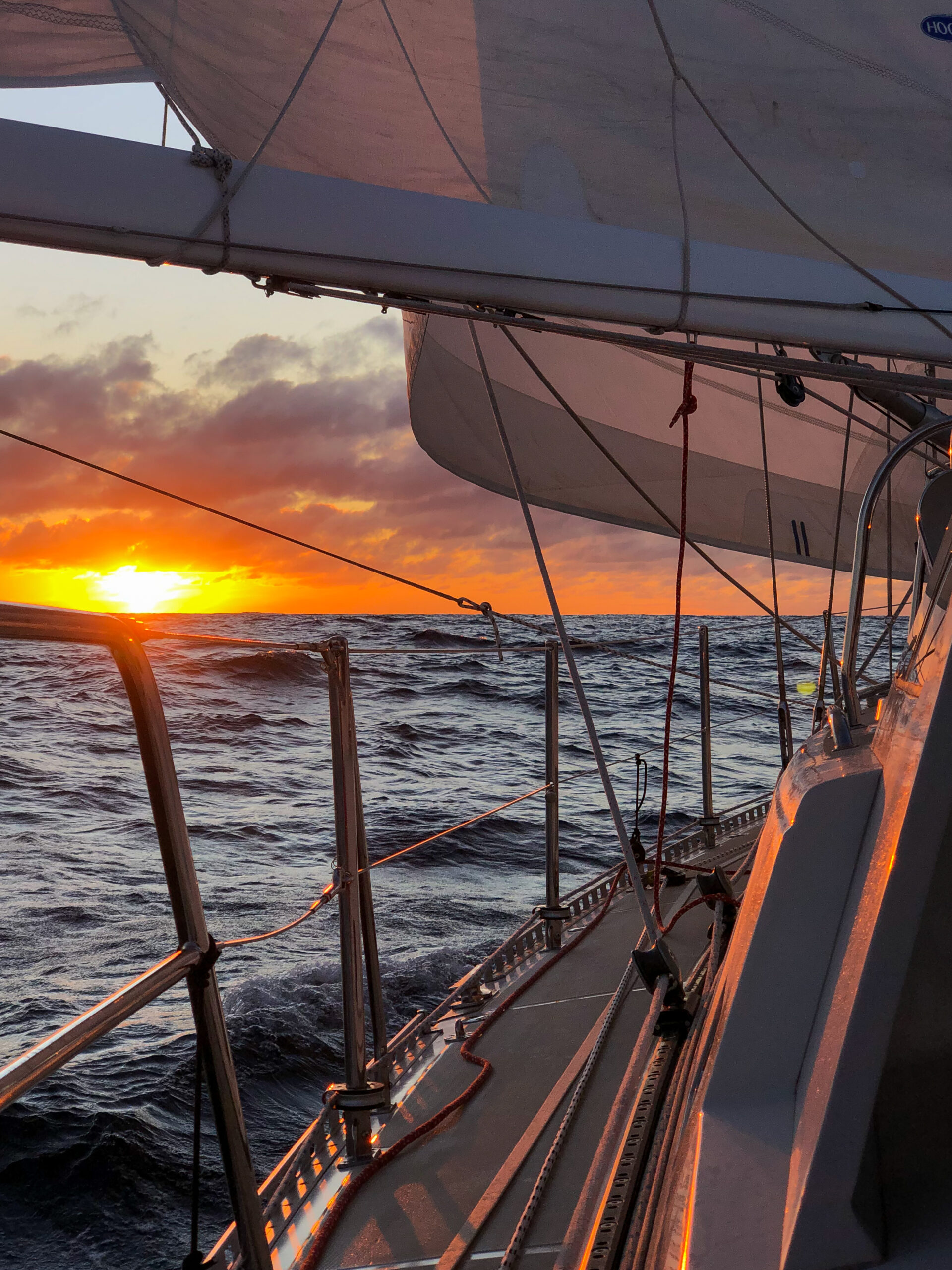
The squalls started with darkness (naturally). Note to self: frontal passages are not to be taken lightly! Also I’m going to try to remember that the forecasts don’t really represent true wind speeds in these conditions. These are more like what you get with squalls in the tropics (sudden doubling of wind speeds) but over a much more sustained area and time period. Soon we were double reefed on main and jib, taking big seas over the whole boat.
Once again, Diana took the hardest watch (you might accuse me of scheming here, but I swear this is just a matter of chance). Her words from the log: waves over bow, raucous, deluge, still dumping. Mine: rain, clearing, wind finally calming. At least I tried to make up for it giving her a longer watch off, putting in four hours to clear Cape Brett. All the while looking forward to the forecast easing and a swing of the wind for a quiet sail into the Bay of Islands. No such luck. Wind died, and then the engine died, 8X according to Diana’s notes. At 5AM I was back on, and eventually the mystery of the engine was solved. I was so focused on the last engine issue back in Fiordland (which was entirely electrical) that it took me a while to realize that the current problem was oil pressure. I’d checked the oil, but with a heeling boat, the reading was off. I added oil and the engine was happy again. More engineering-inclined-sailors than I have expressed skepticism about black boxes (computers) on marine diesel engines, but for the less mechanically minded (yours truly) they can actually be a life saver. Better the engine shut itself down than damage something, though it’d be kinda nice if the $1000 panel offered something a little more elucidating than “CHK ENG.”
Dawn came quietly, and it worried me a little to see fog along the coast, but it dissipated as we arrived, and pulled into a quiet slip in the Bay of Islands Marina. ~MS
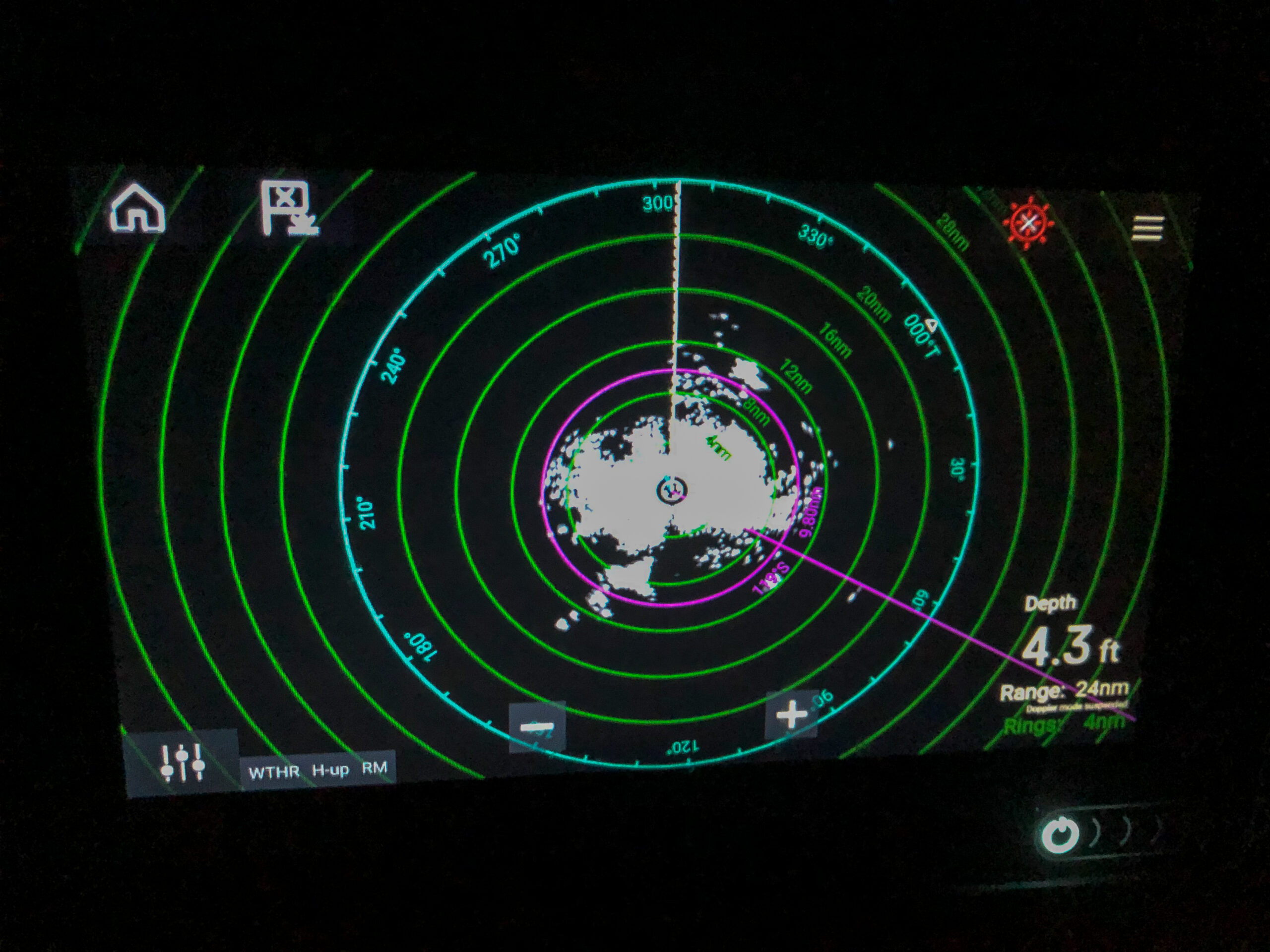
For this blogpost Diana asked for some words about “the reality of time,” which seems rather an ambitious metaphysical topic for a blog about two people goofing off on their sailboat in beautiful places. But here goes.
Time? What time? As sailors “living the dream” obviously, we don’t ever have a “schedule.” We do whatever we like, whenever we like, for as long as we like. With a few caveats.
First there are a few not insignificant constraints imposed by Nature — forces in the natural world beyond our control (so all forces of nature), stuff like sea state, wind, cyclones, storms, calms, ocean currents, physical laws governing displacement hull speed, gravity (this is a big one), the sun (and the massively destructive force of UV), the evil spirit that inhabits machinery, salt (never to be underestimated), electrolysis, whatever it is exactly that makes rust, and also biological forces like the stuff that grows on Allora’s bottom no matter how much expensive, toxic paint we apply, and Covid 19.
Then there are a few, also not insignificant constraints imposed by Governments — most importantly border formalities, and arbitrary human designations of authority abstractly represented as nationalities.
Then there is the stuff absolutely everyone contends with, sailor or no, like the second law of thermodynamics and Space and Time, or spacetime, or whatever this stuff we all swim about in is properly called.
We calculated that we were two months worth of Time behind “schedule” for most of 2021 and well into 2022 when all of the above mentioned irresistible forces collided with the expiration of our New Zealand visitor’s visas (extended at least four times because of Covid) on June 30, 2022. (And also, Winter, that ominous and unpleasant climate event of the mid and high latitudes which seems to come up much more frequently than a reasonable, fun-loving sailor might like).
We had a mighty to-do list, and spent most of the months of May and June feeling fairly overwhelmed as we tried to play catch up.
As to the metaphysical question of Time, perhaps it is philosophically or scientifically possible to question its objective existence (not that those are arguments I could ever hope to follow), but when all these forces converge, time can definitely feel in short supply, cramped, and very real indeed. We tried to remind ourselves, during rare moments of pause, that time, whatever it is, doesn’t really contract or expand. There’s always just today and what’s happening right now. Right? All of this busy-ness is just so we can sit around and procrastinate later, and find ourselves once again, about two months of time behind. ~MS

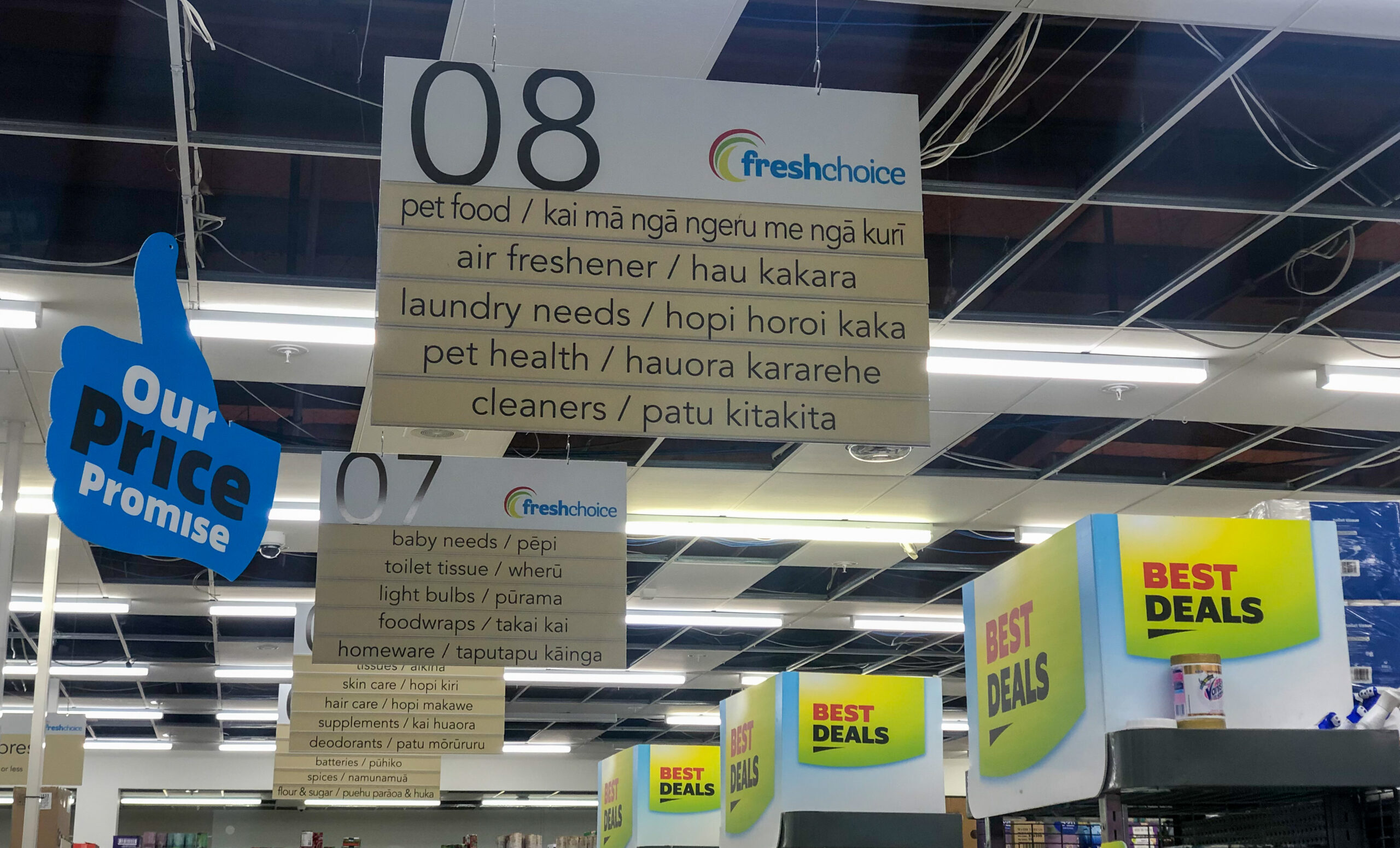


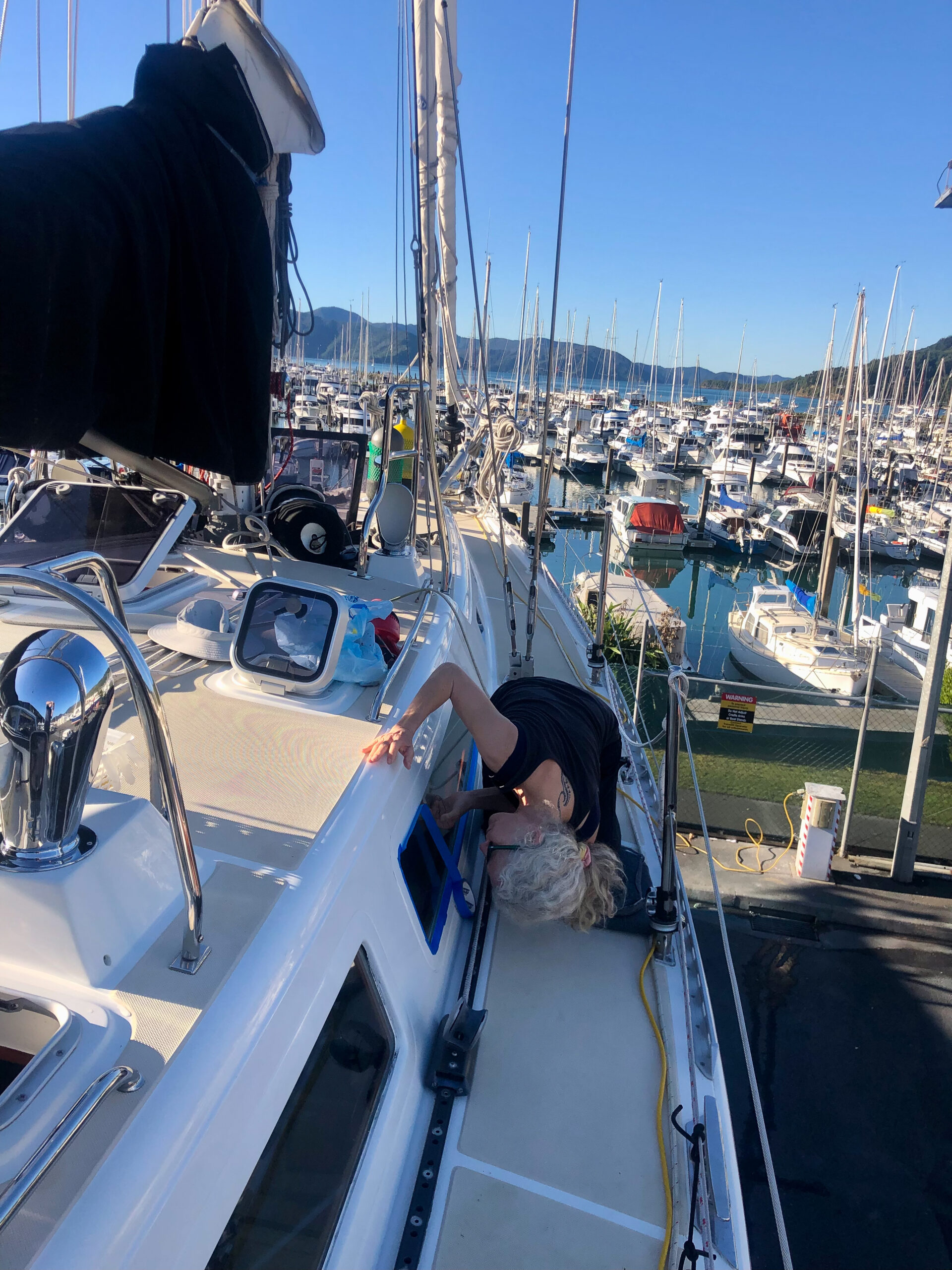
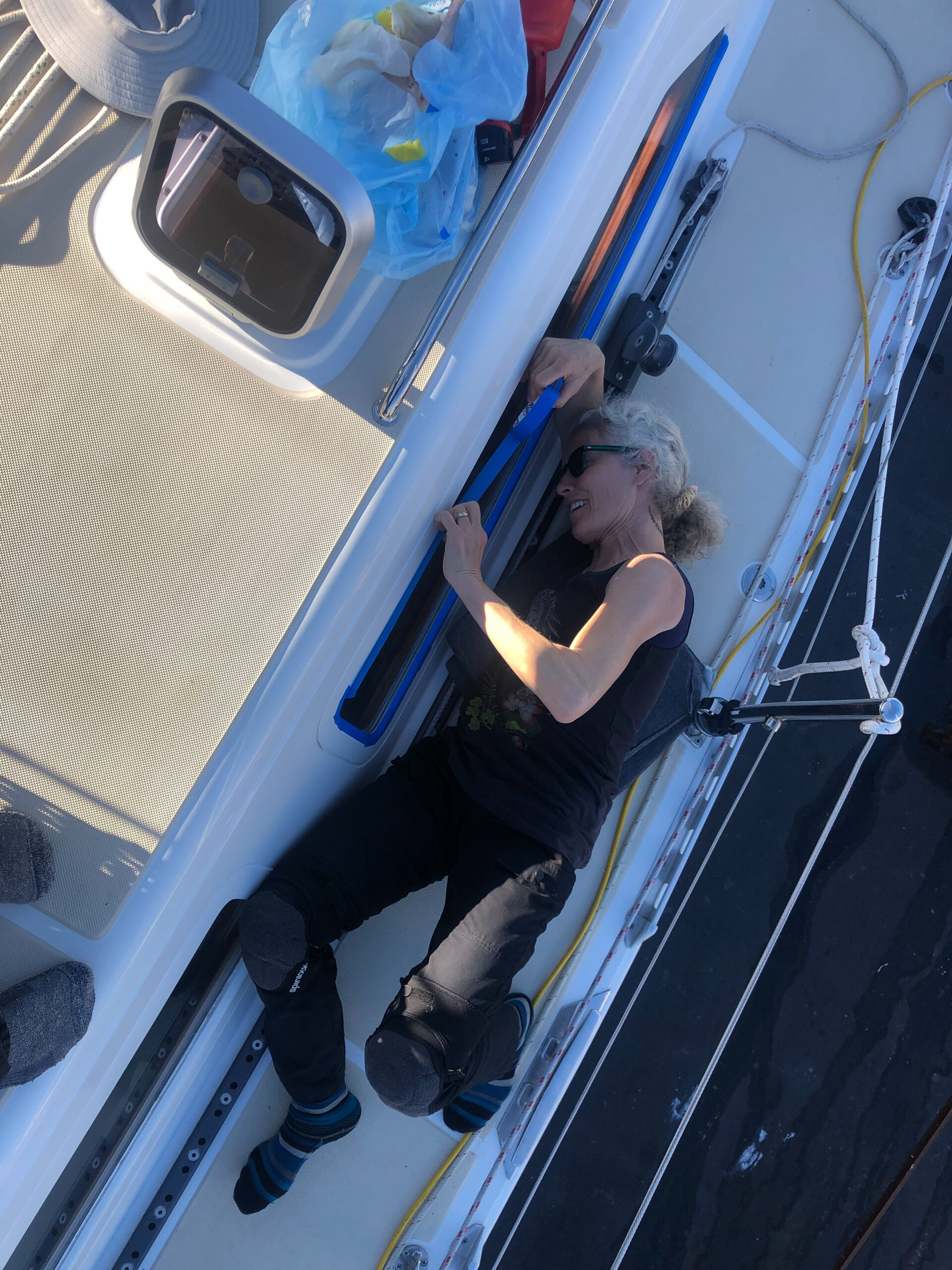
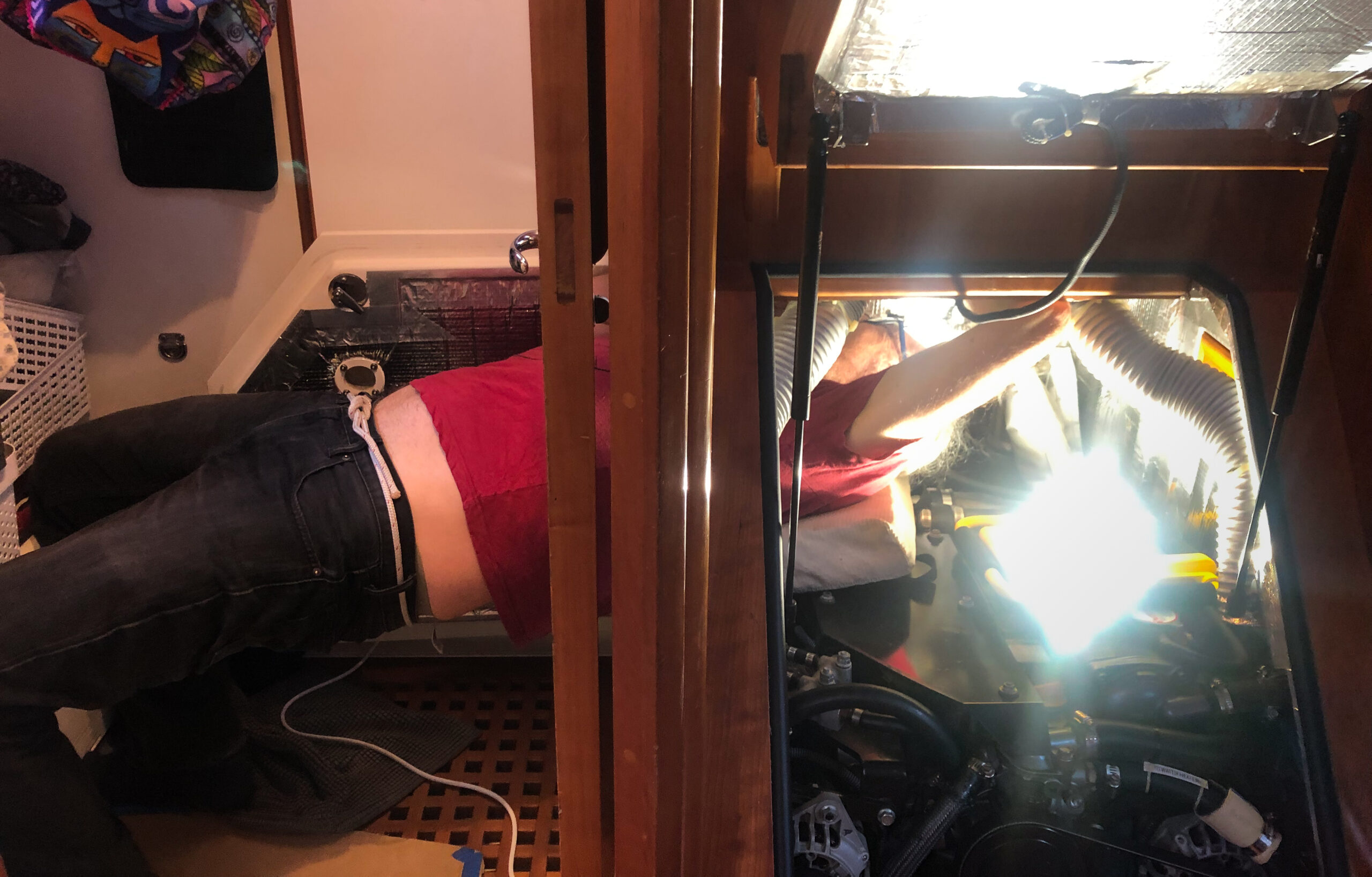
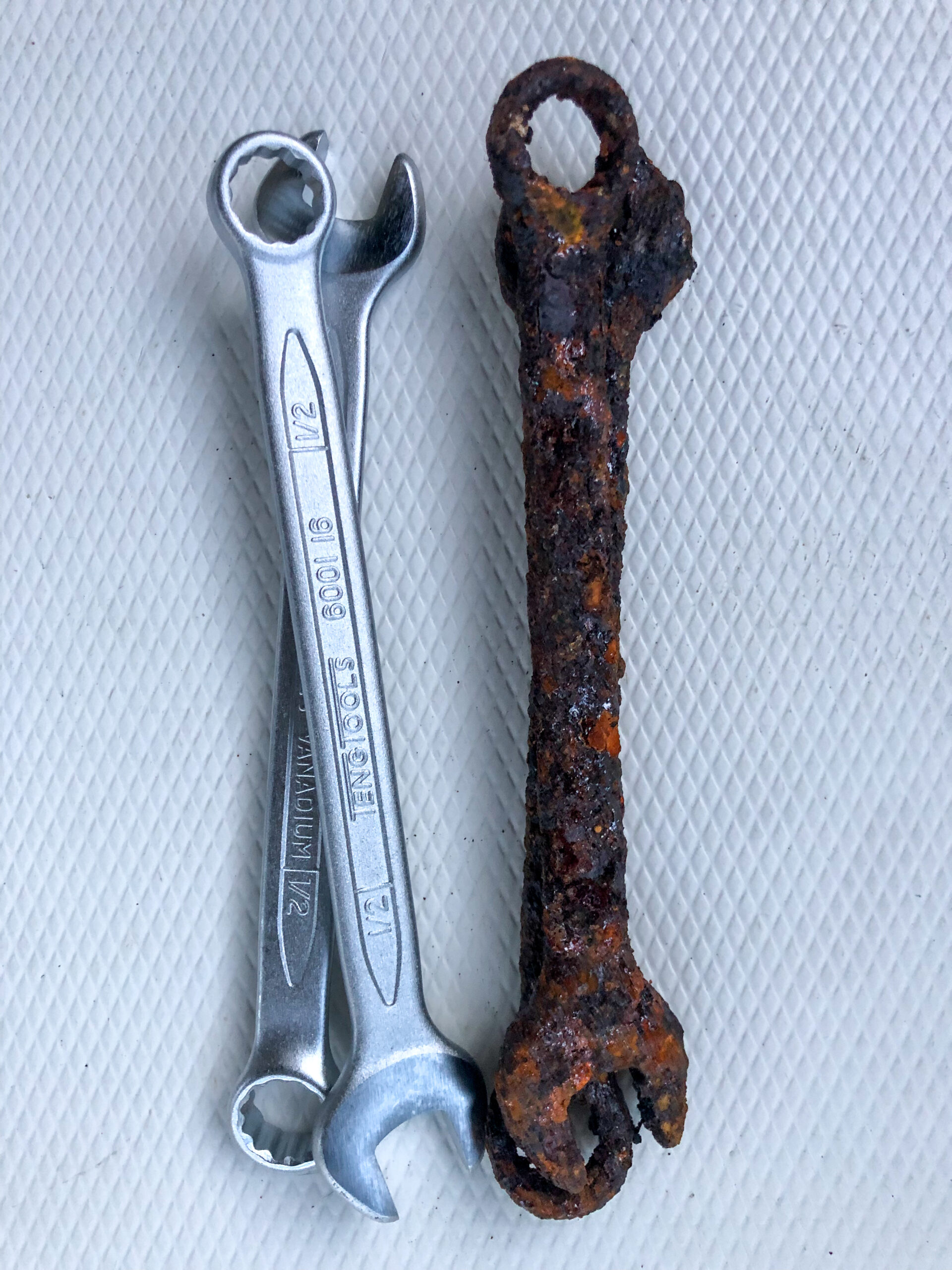
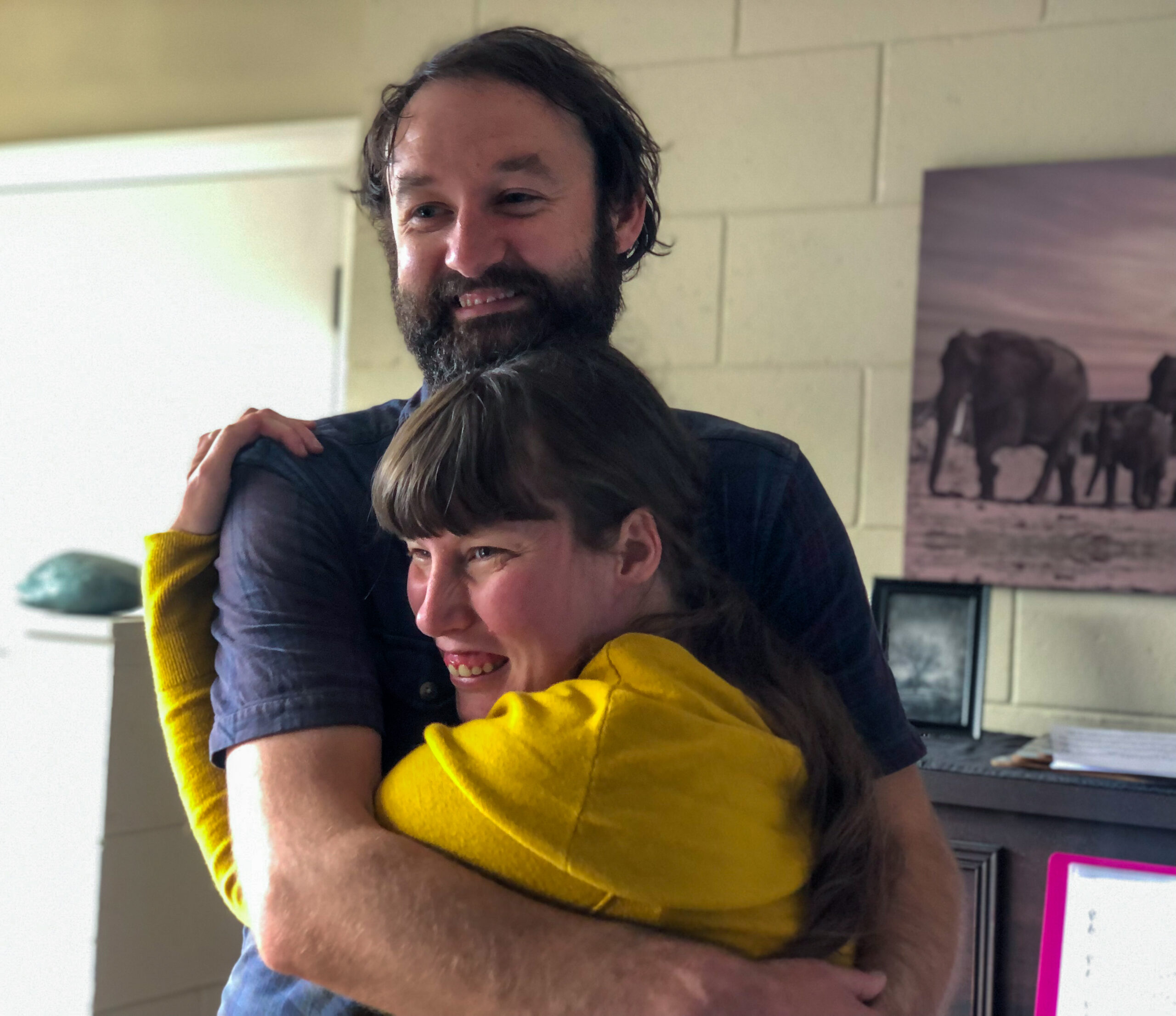
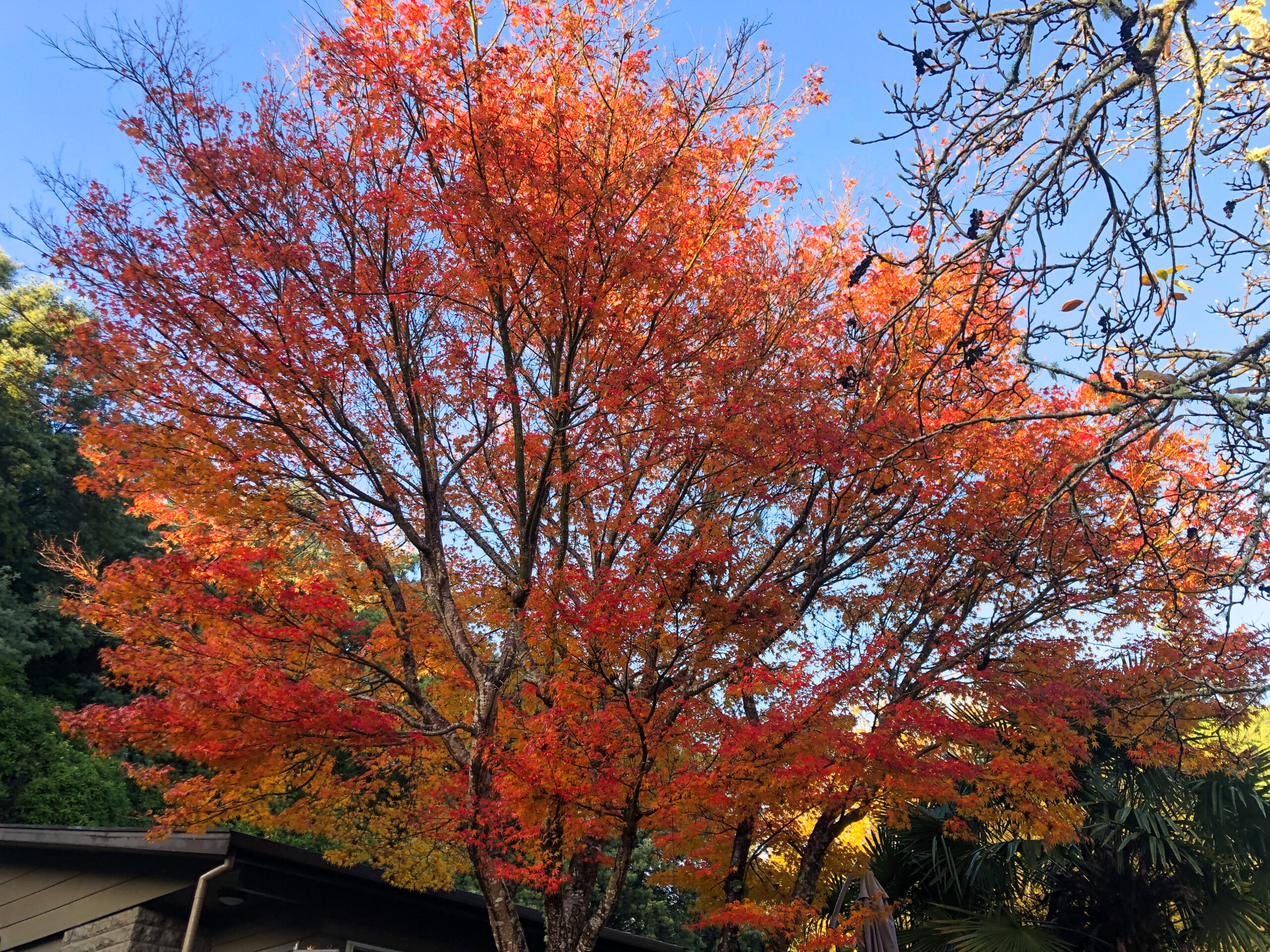
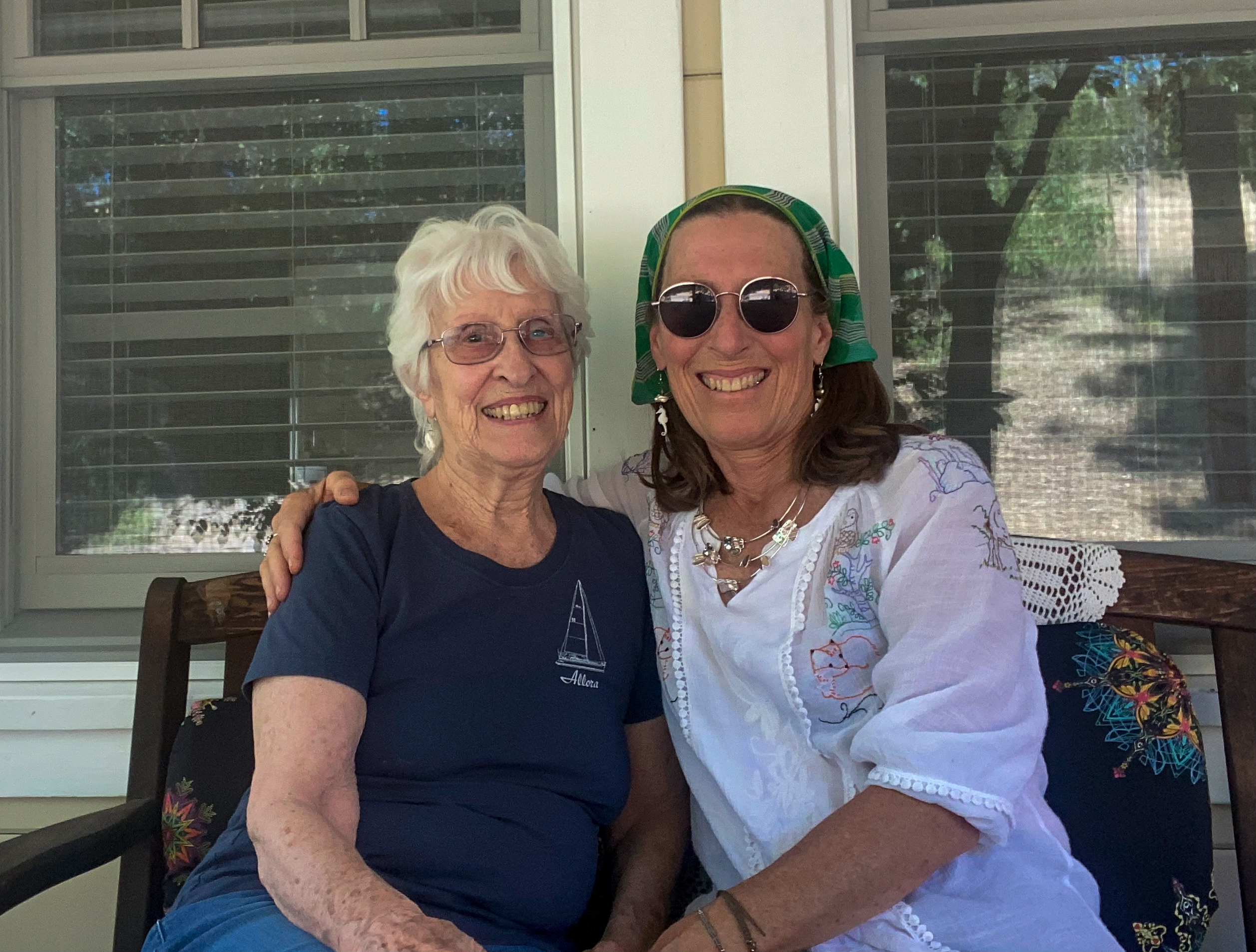
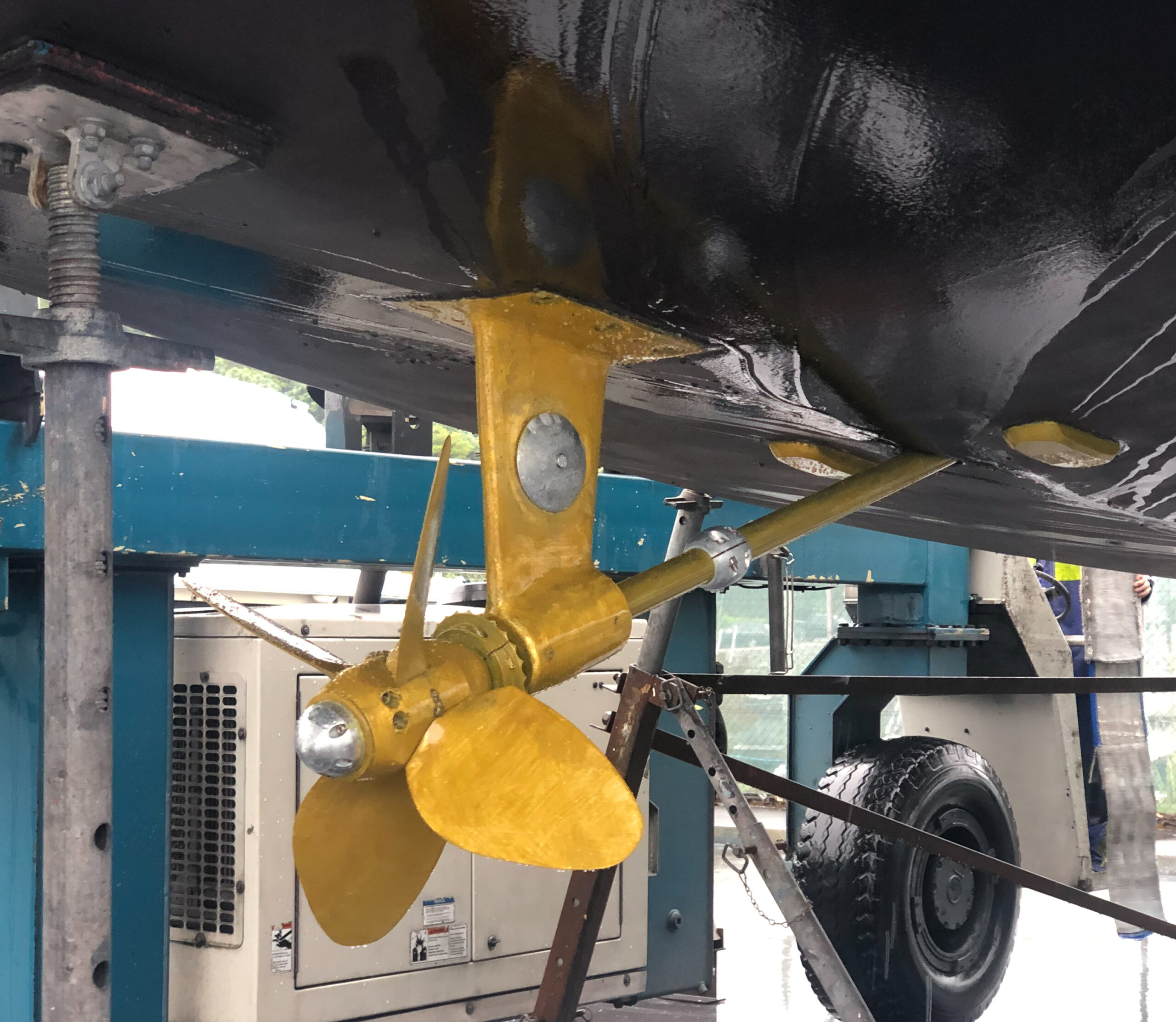
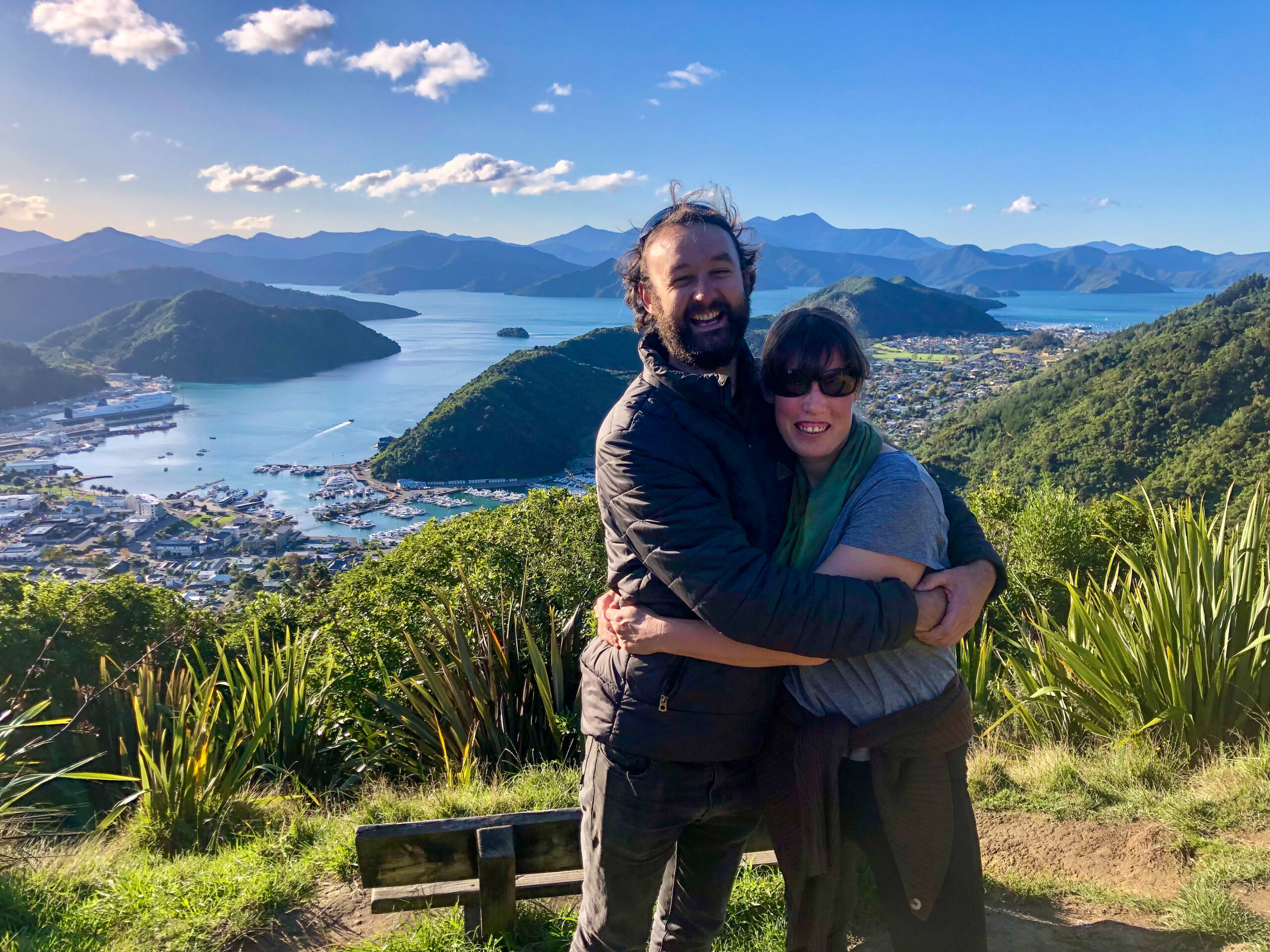
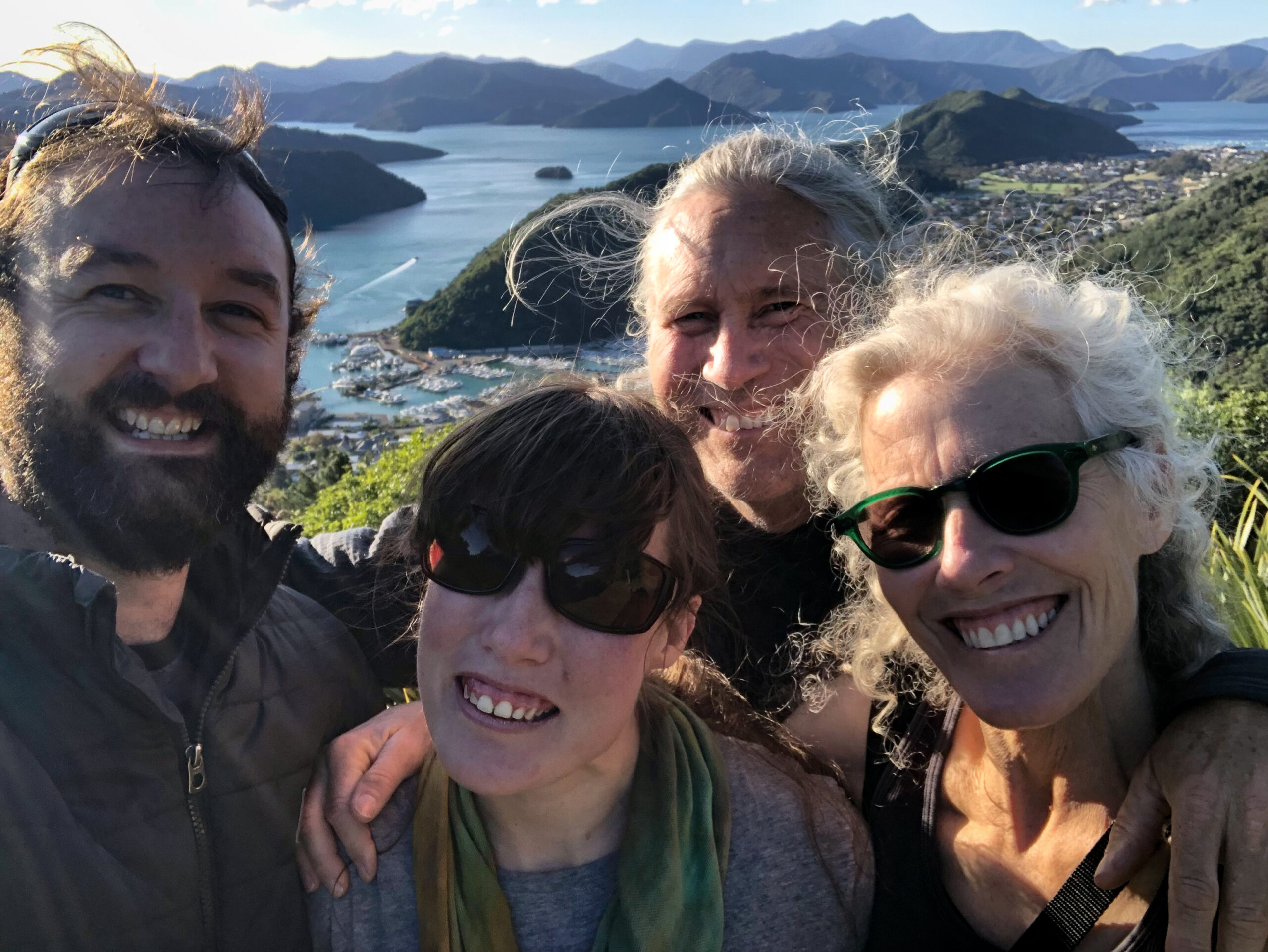
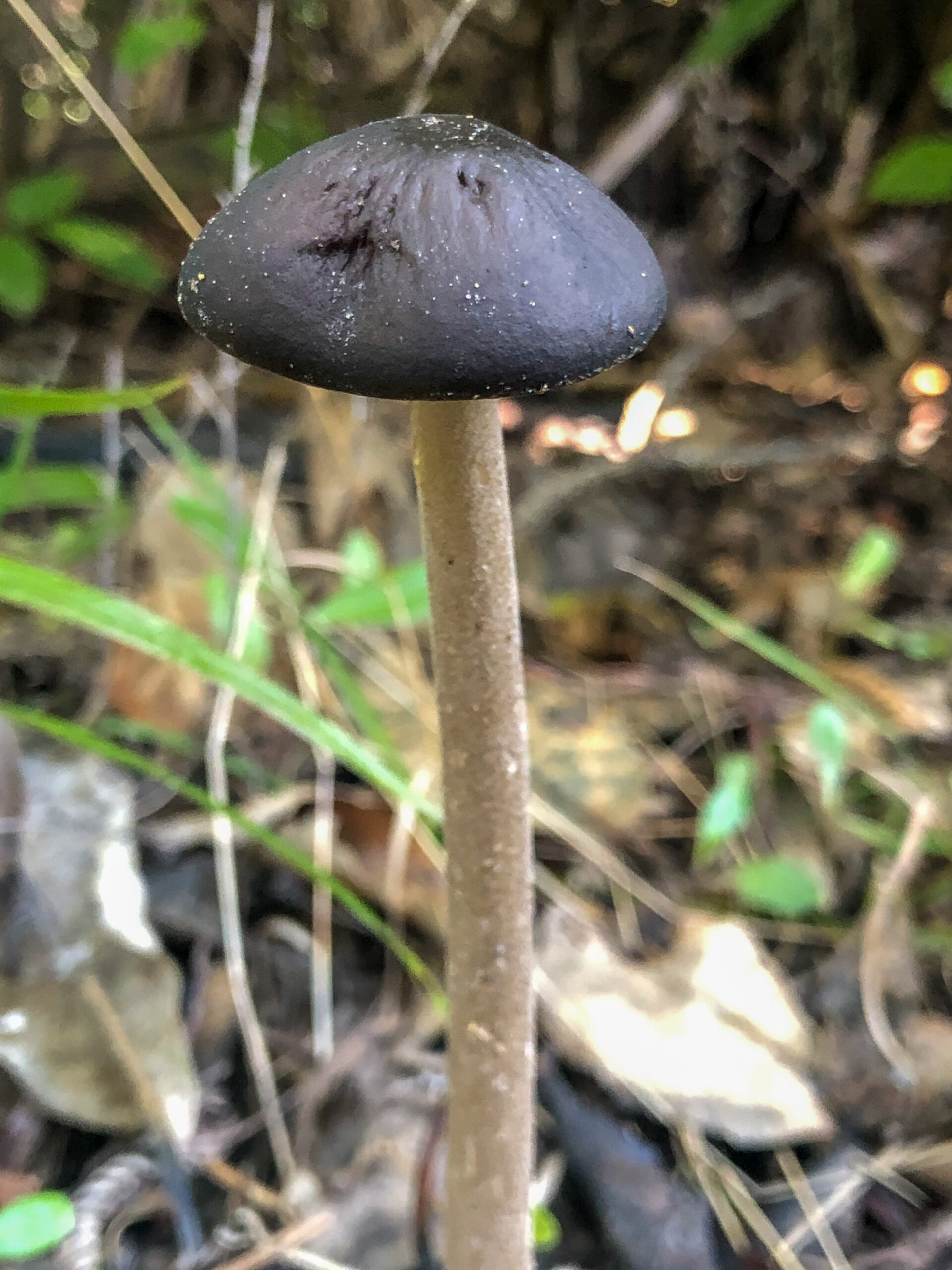
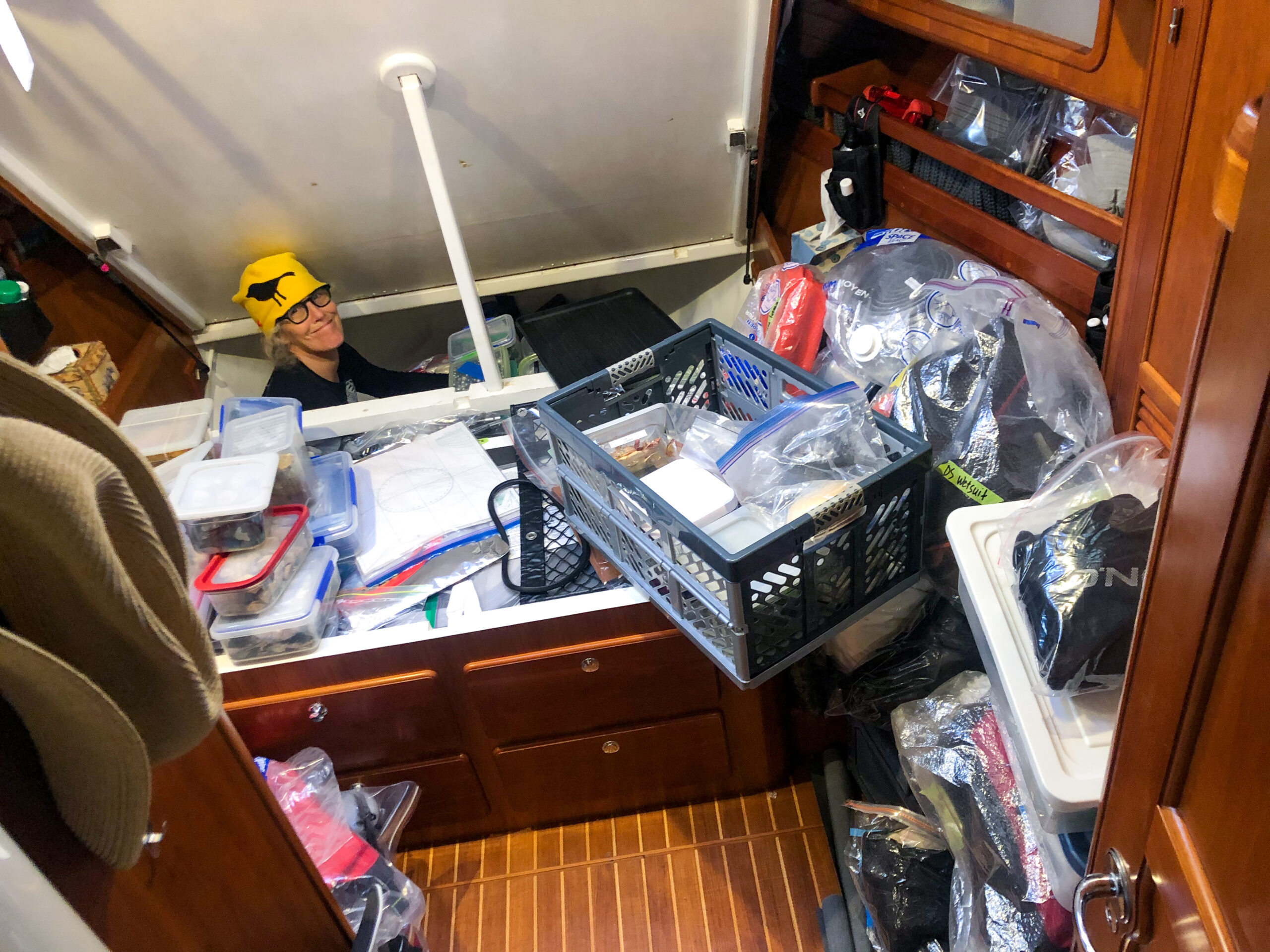


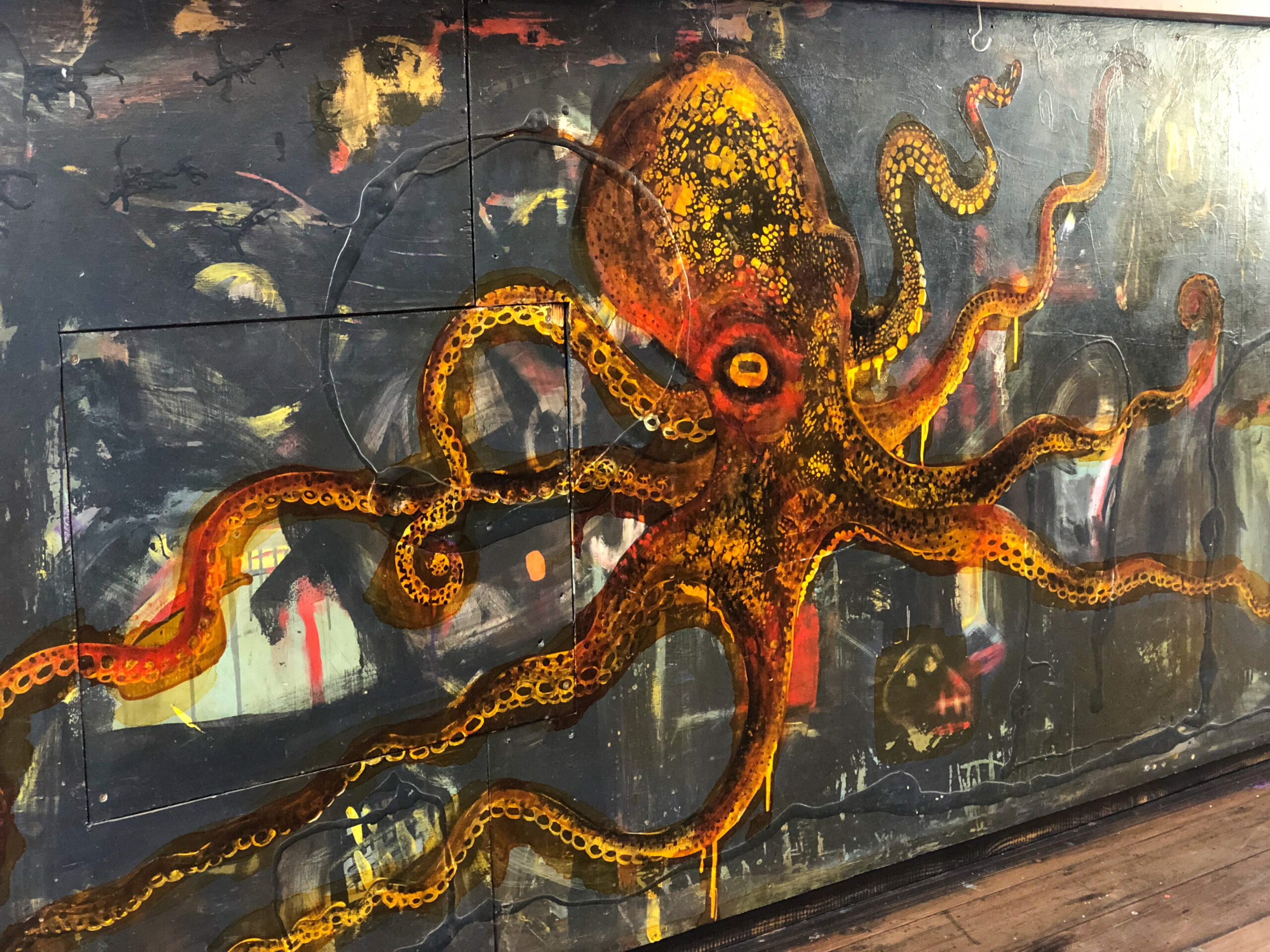
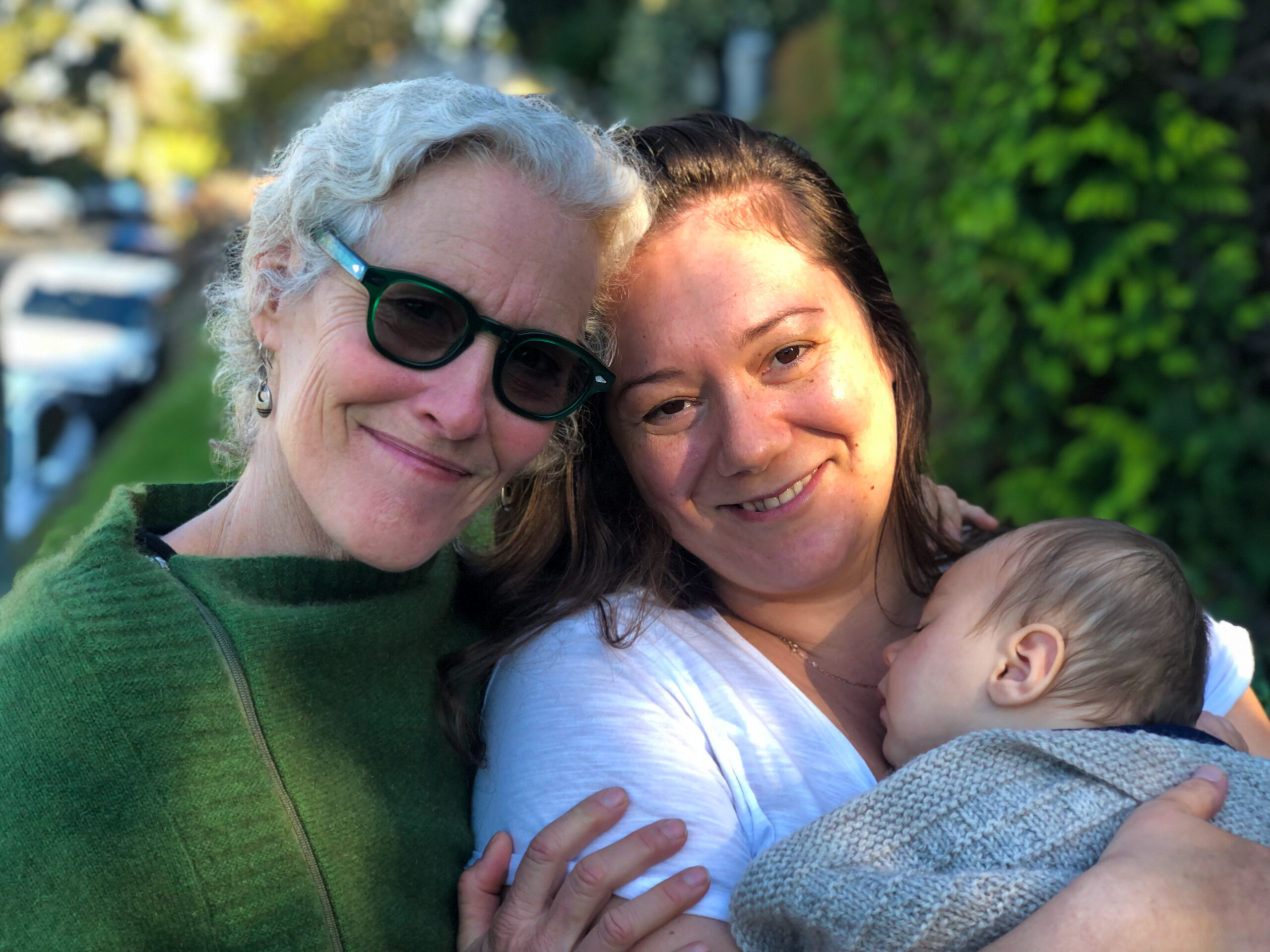
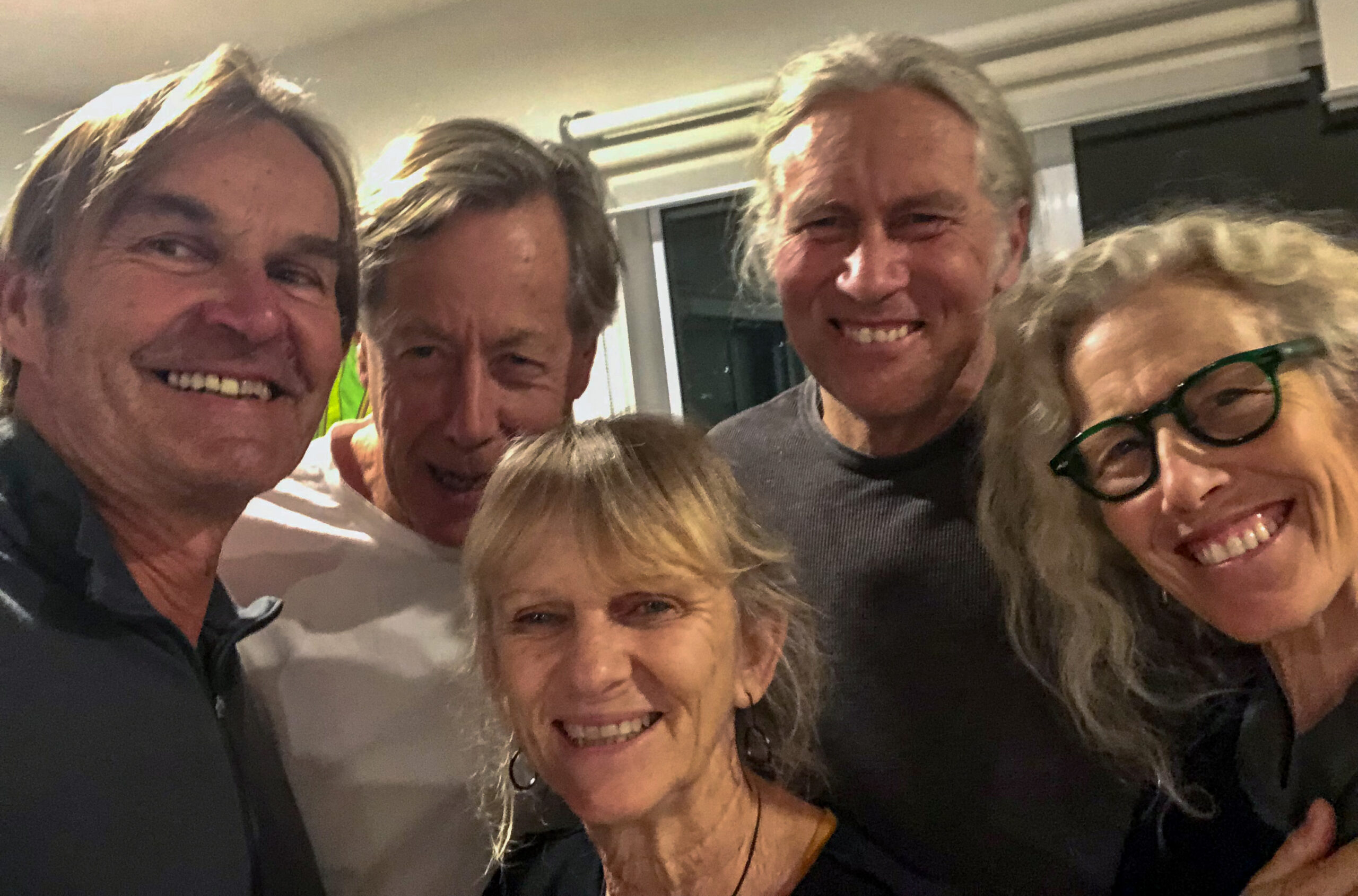

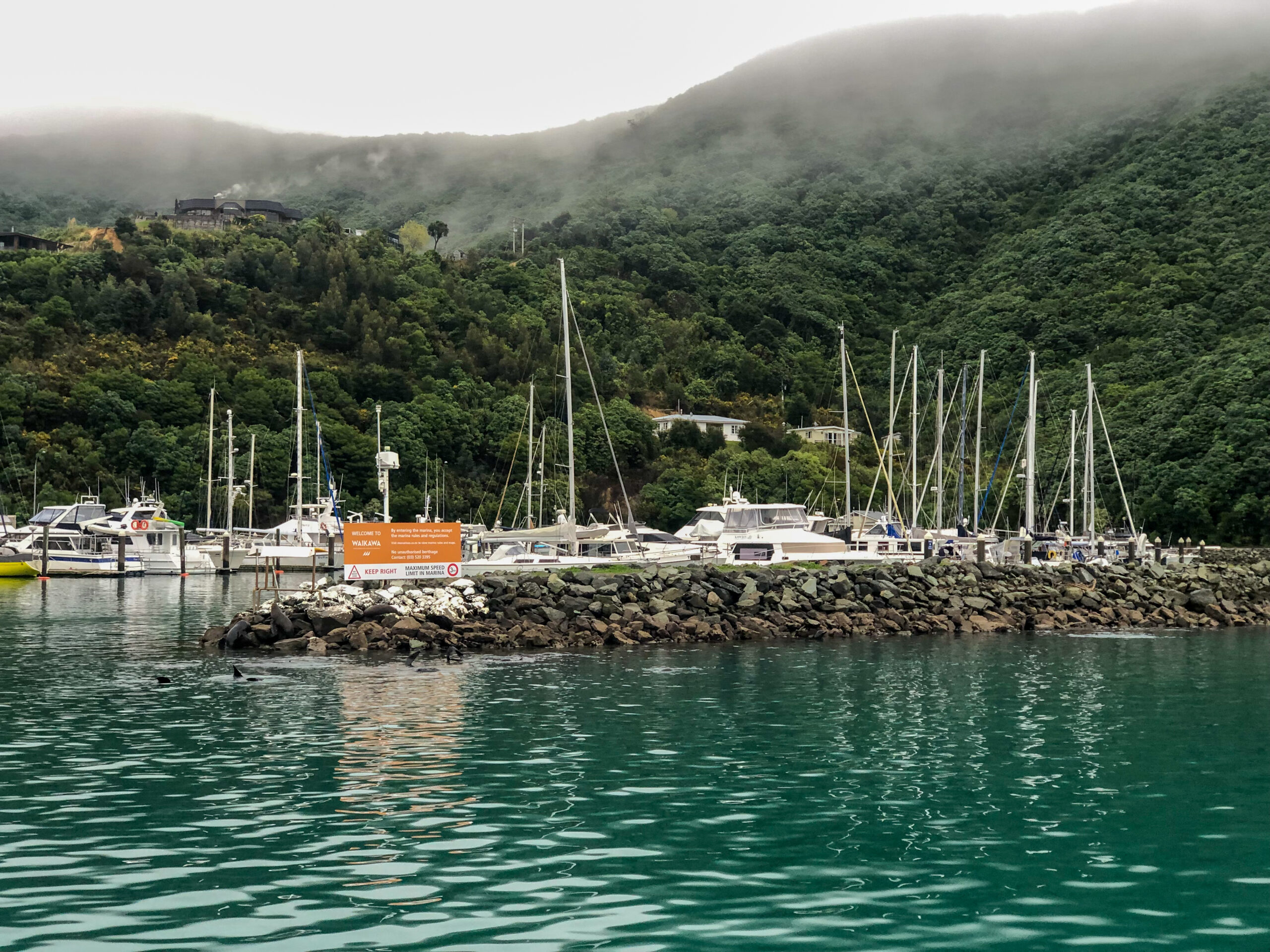
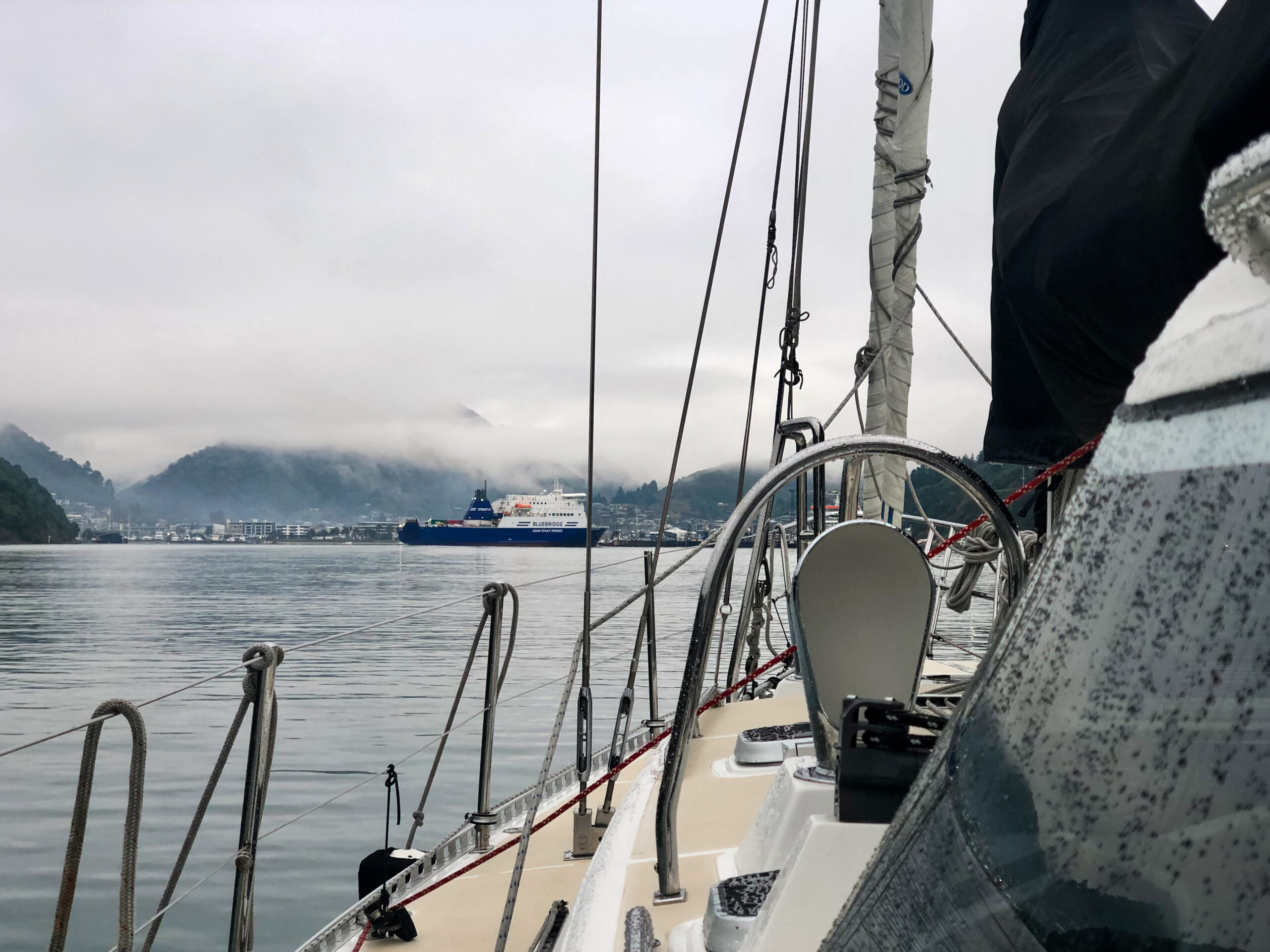
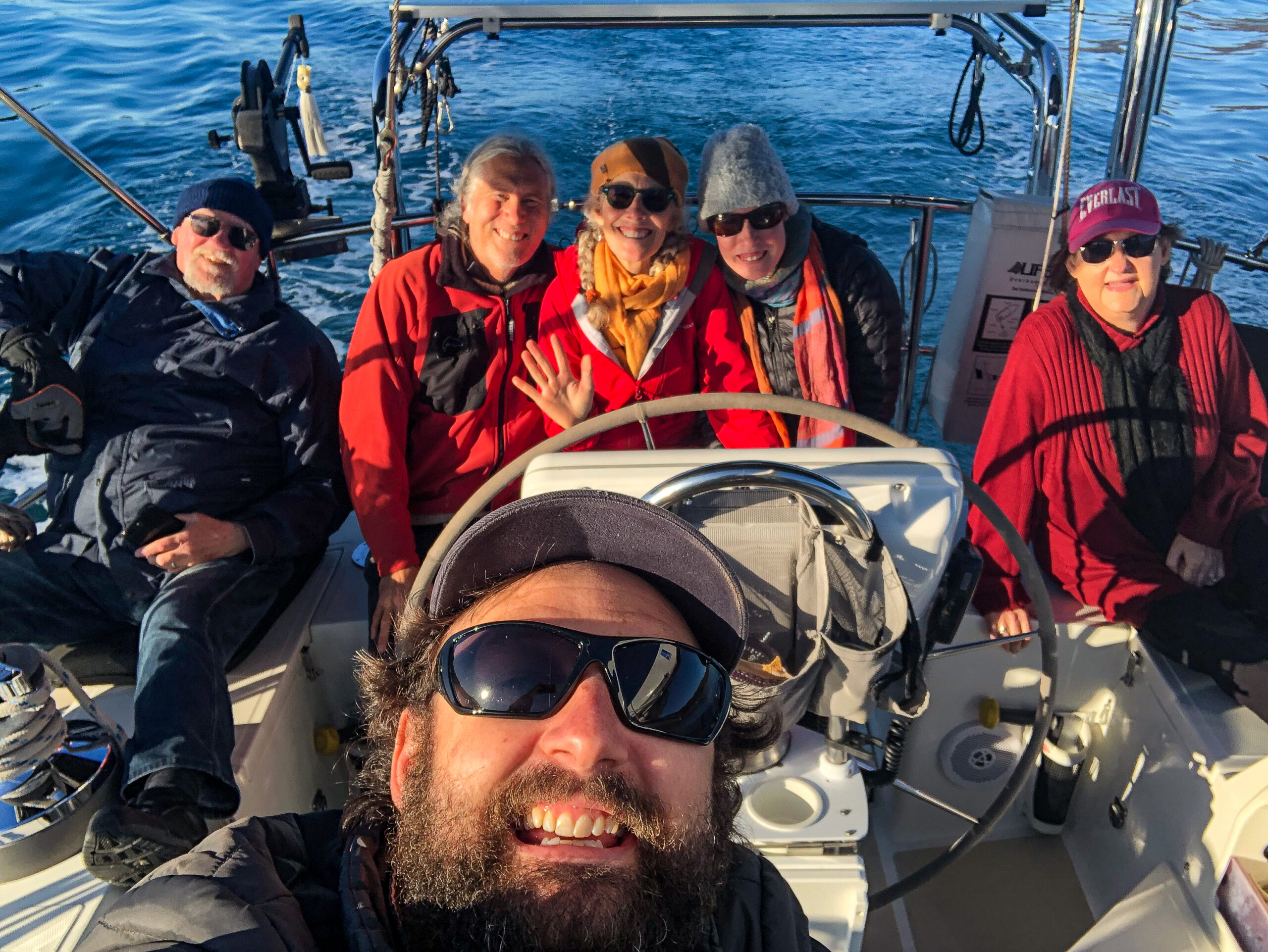
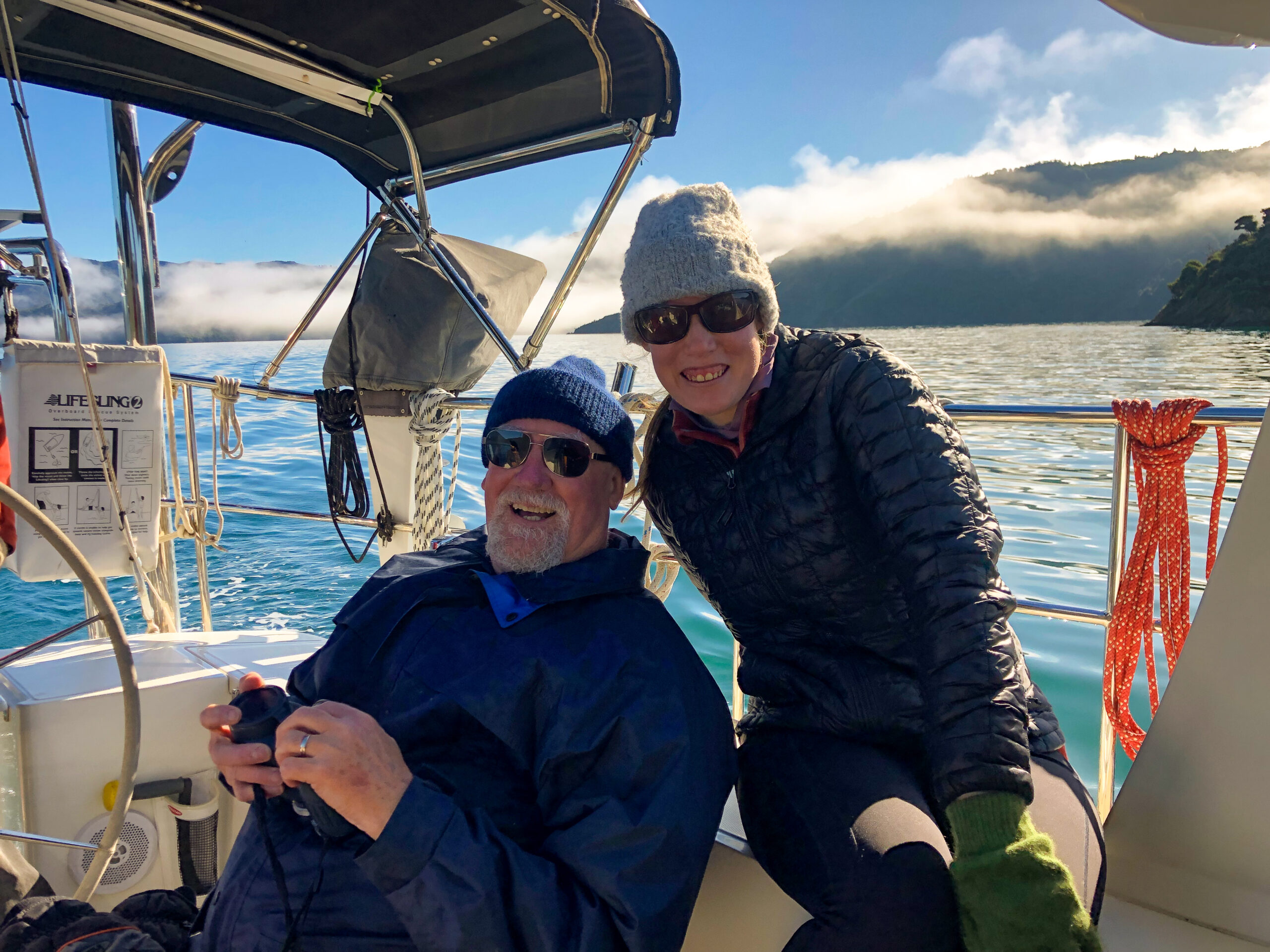
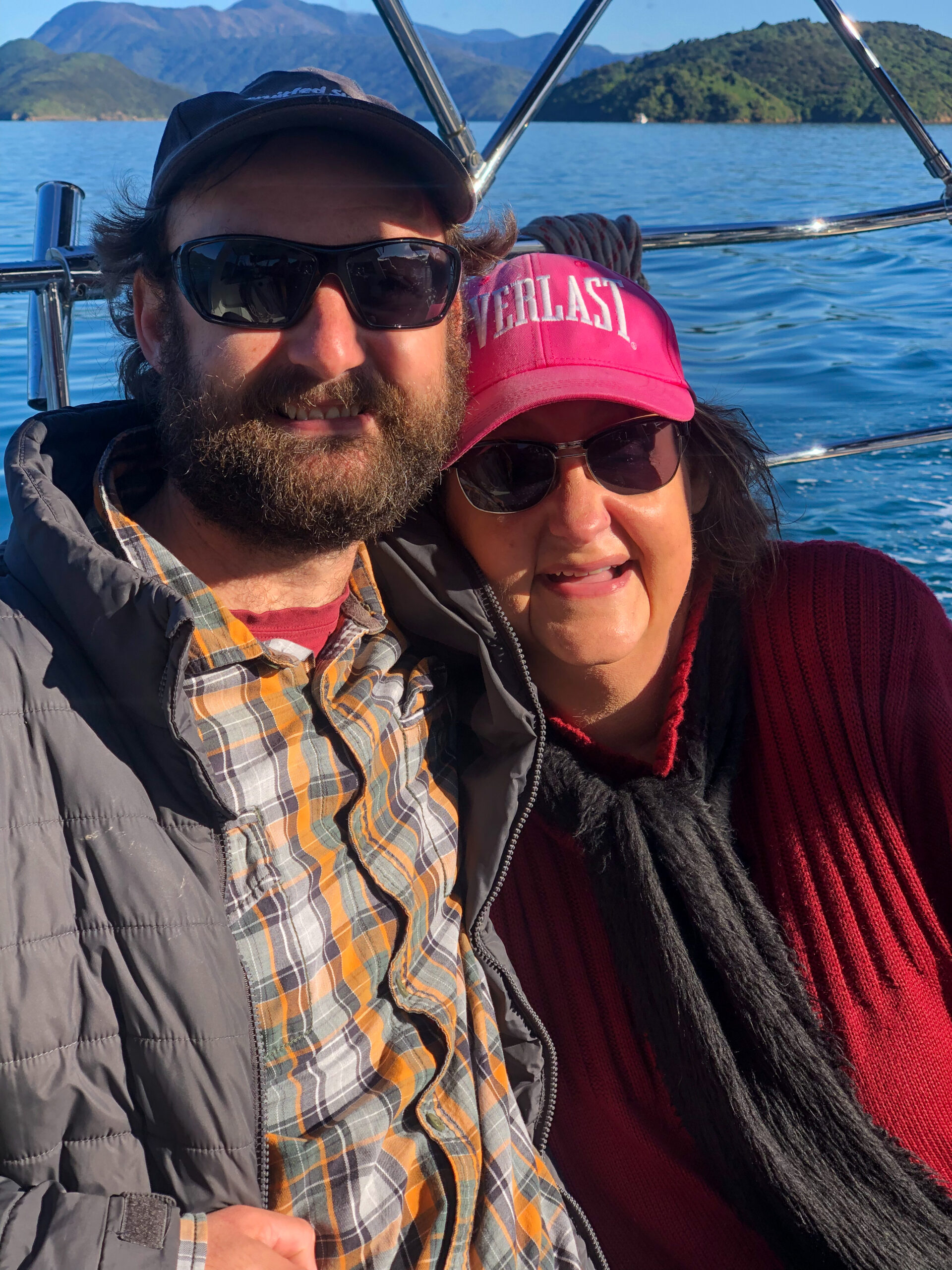
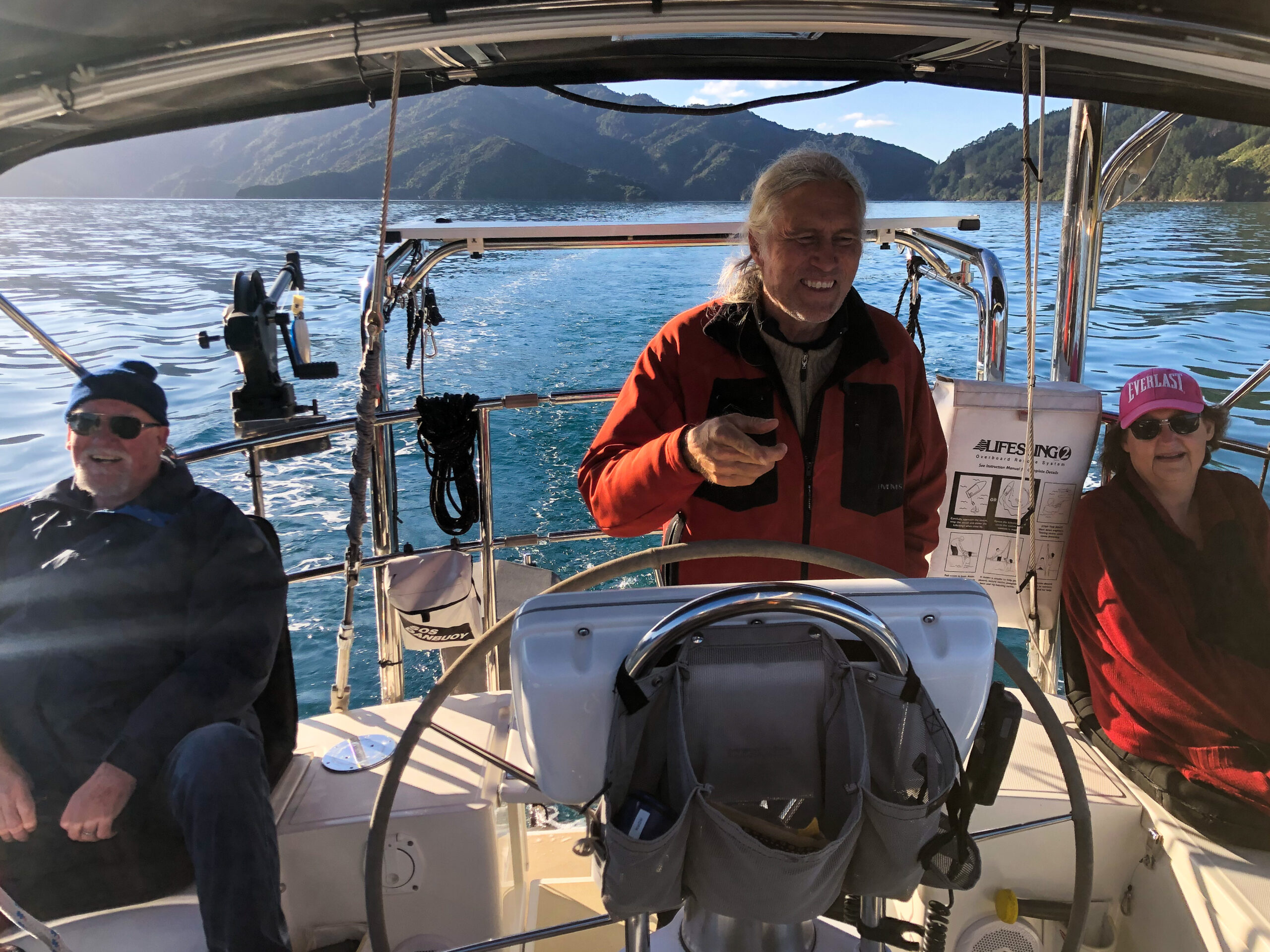
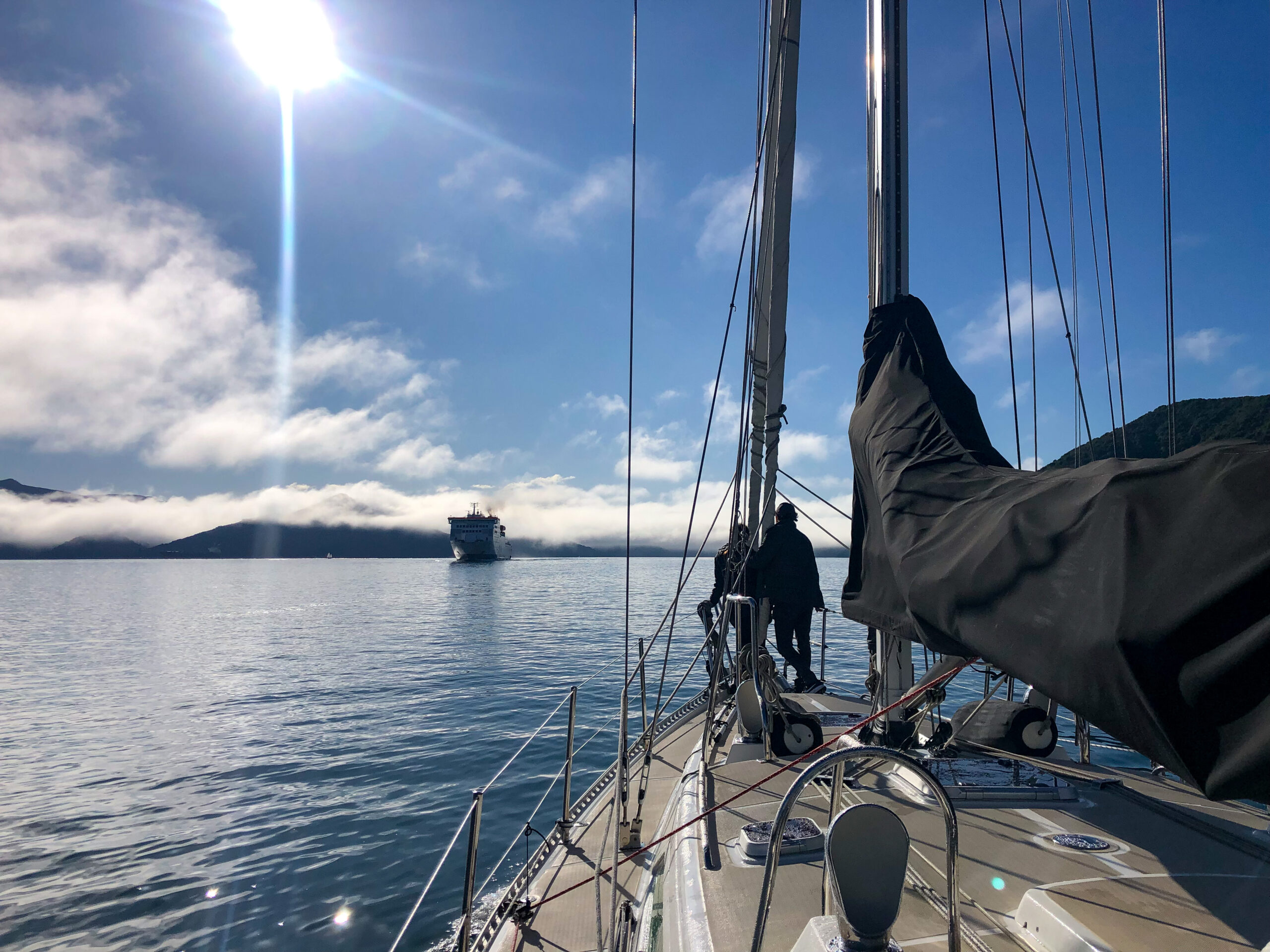
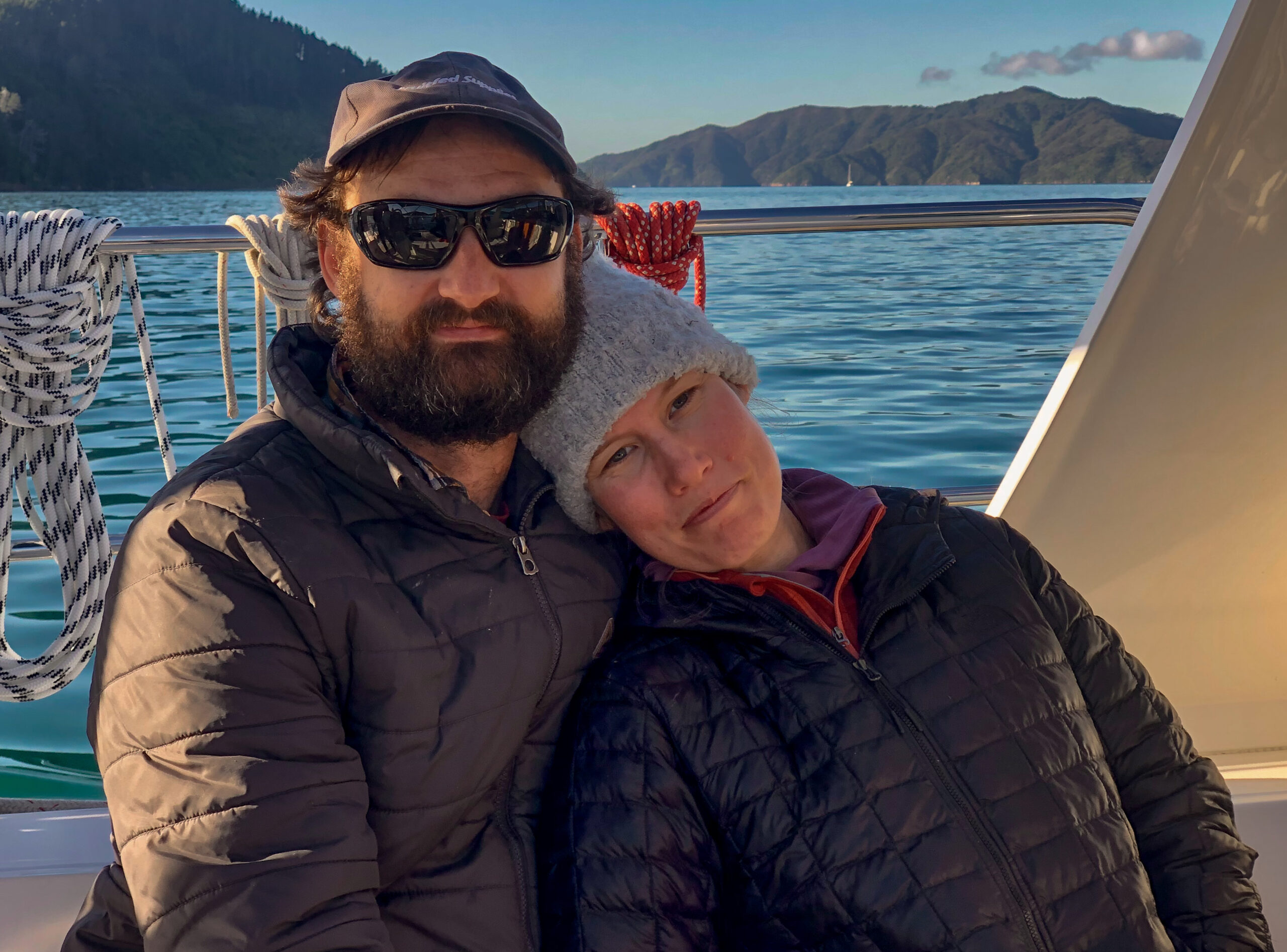
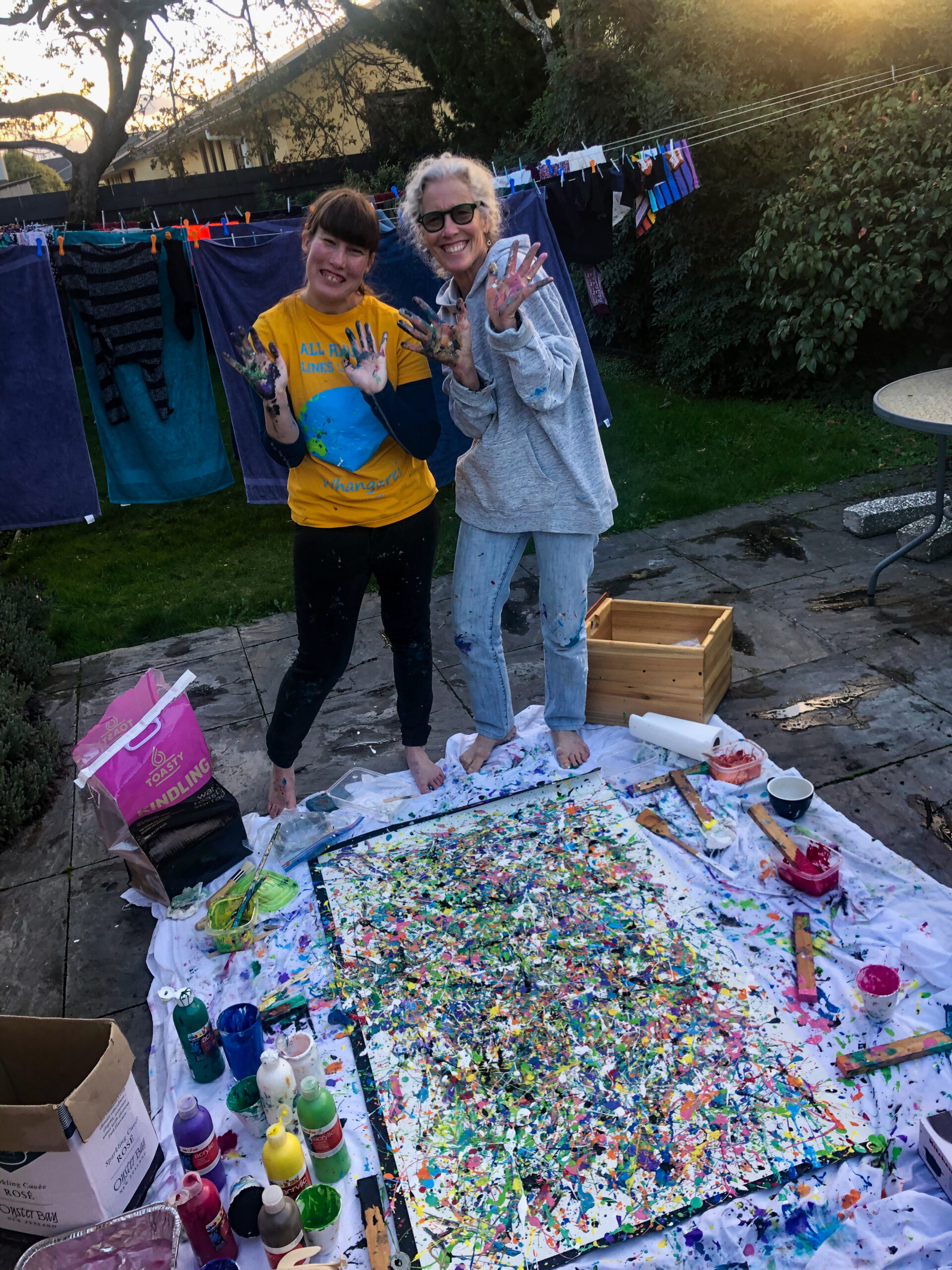
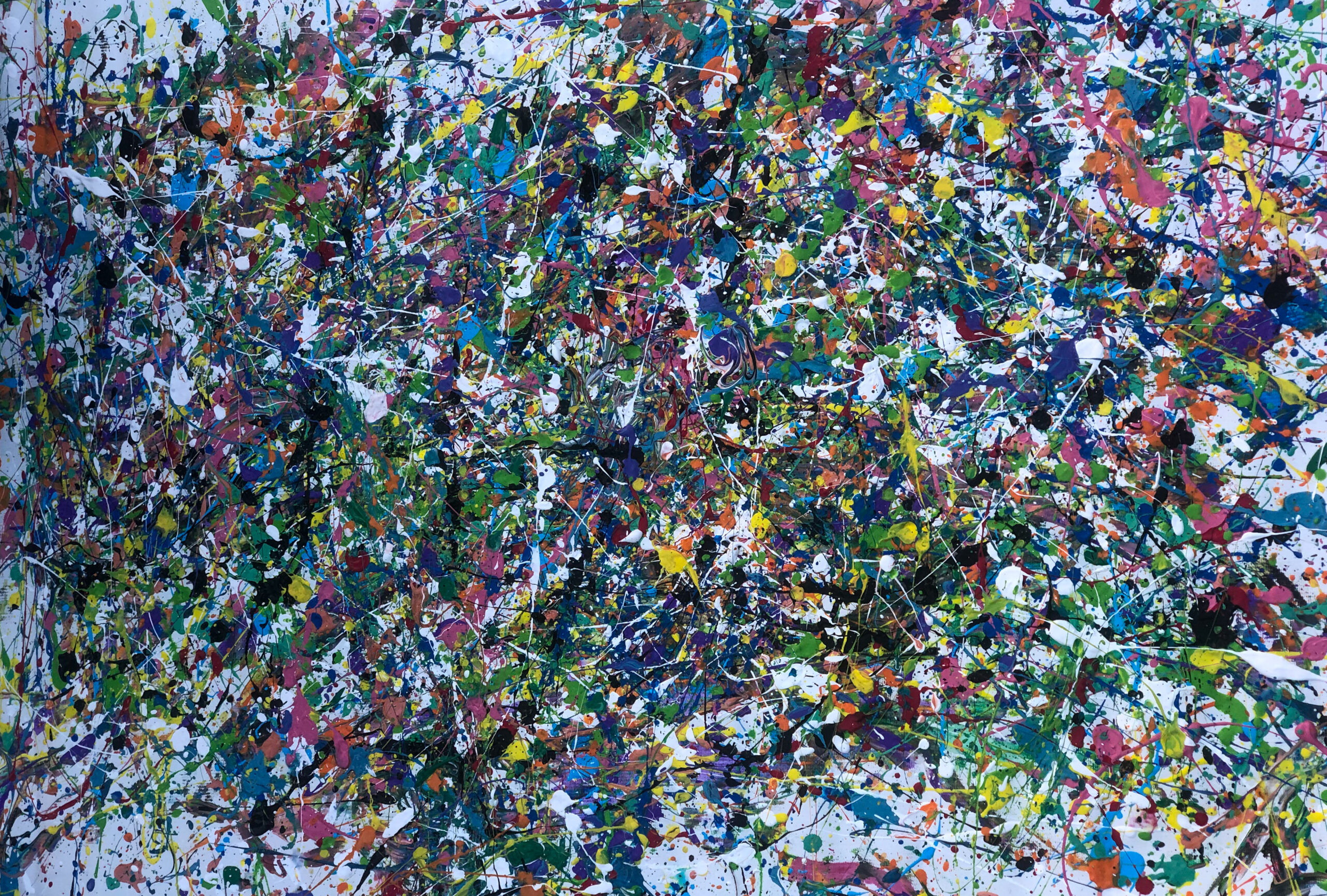
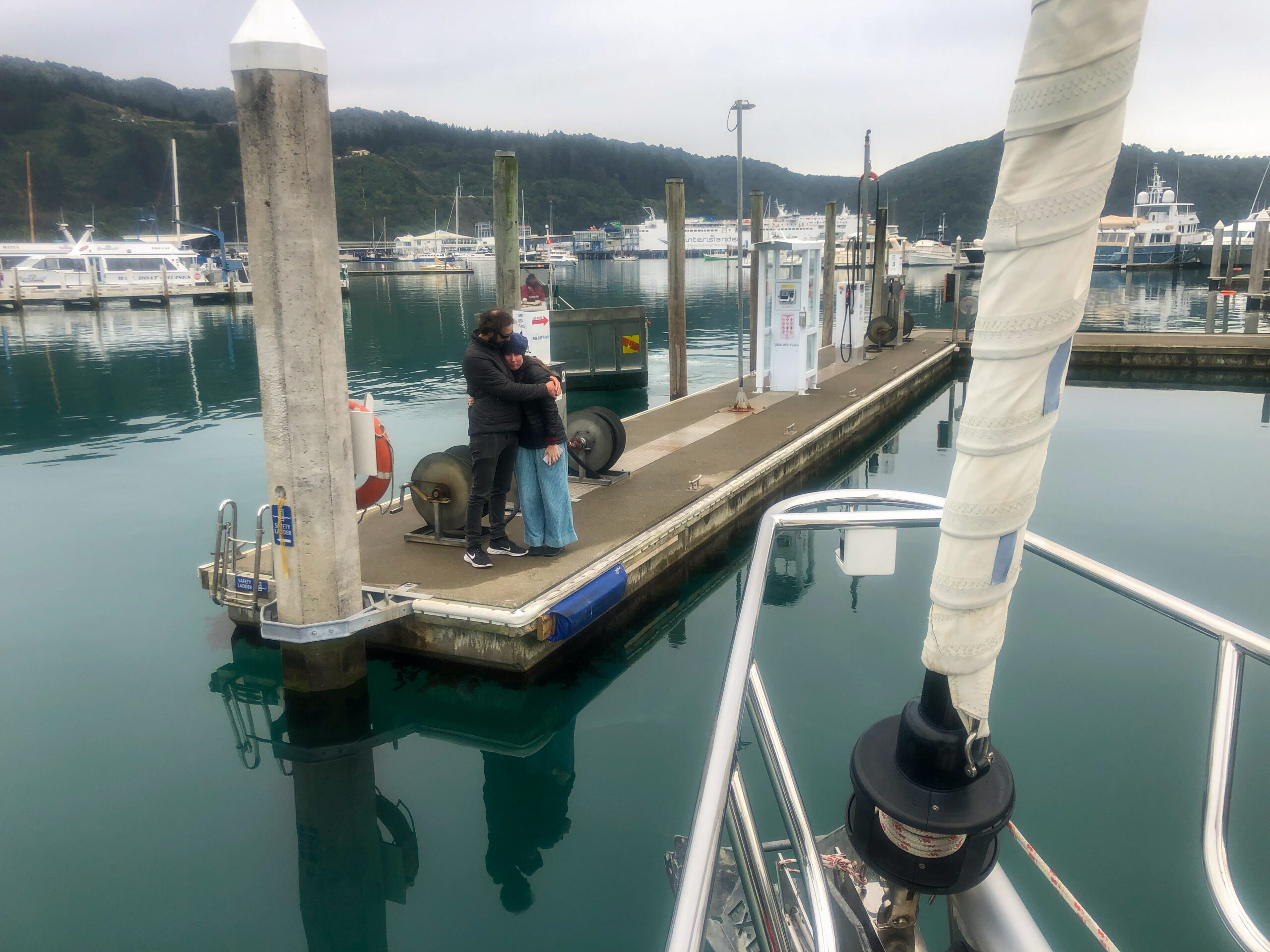
It was a bit spooky sailing out of Milford at midnight without a moon. We had our inbound tracks on the chartplotter to follow, but it’s pretty amazing how disorienting darkness can be, even for feeling whether to turn to port or starboard to follow a line. Also with the steep granite walls, we didn’t feel 100% confident in our GPS. Diana went to the bow, and I stepped away from the helm to try to orient myself every few minutes, as we moved cautiously down the fiord. Though the GPS did seem to have a decent idea about where we were, it was also reassuring to have radar confirming the distance to the rock walls on either side. But what helped me relax most at the helm, was when Diana shouted that the dolphins had come to escort us out. I leaned over the rail and could just see and hear them splashing off our port headed for the bow. It was hard not to feel like they’d showed up intentionally to reassure us.

One of the many challenges of the passage from Milford up around Cape Farewell into the Cook Strait, is that there is only one place you might possibly stop, but that requires negotiating a river bar entrance at Westport (just north of Cape Foulwind!), which is safe only in decent weather. Otherwise, it’s a solid three day run (if you keep your speed up), which just barely fits into the cycle of weather shifting from South to North. The weather window that presented itself to us seemed pretty typical, catching the end of a southerly, motoring and motor-sailing through variable winds in a race to meet the Cape with relatively light winds rather than the usual NW or SE gale.Leaving sooner, we’d have had more wind to sail with, but we’d risk arriving too early for the switch of winds at Cape Farewell.
Diana took the first watch just after 2 AM after we cleared the hazards on the north side of the entrance to Milford and could head more directly north. “Really cold, icy hands,” she wrote in the margins of the logbook. “Overcast skies heading further out to clear Arawua Point/Big Bay Bluff.” Just after sunrise on my watch, I got a glimpse of the mountains south of Mt Aspiring, which reminded me of Wyatt’s 100 mile run the length Aspiring National Park. I wondered if he could have seen the Tasman Sea from any of those lofty ridge lines he traversed?

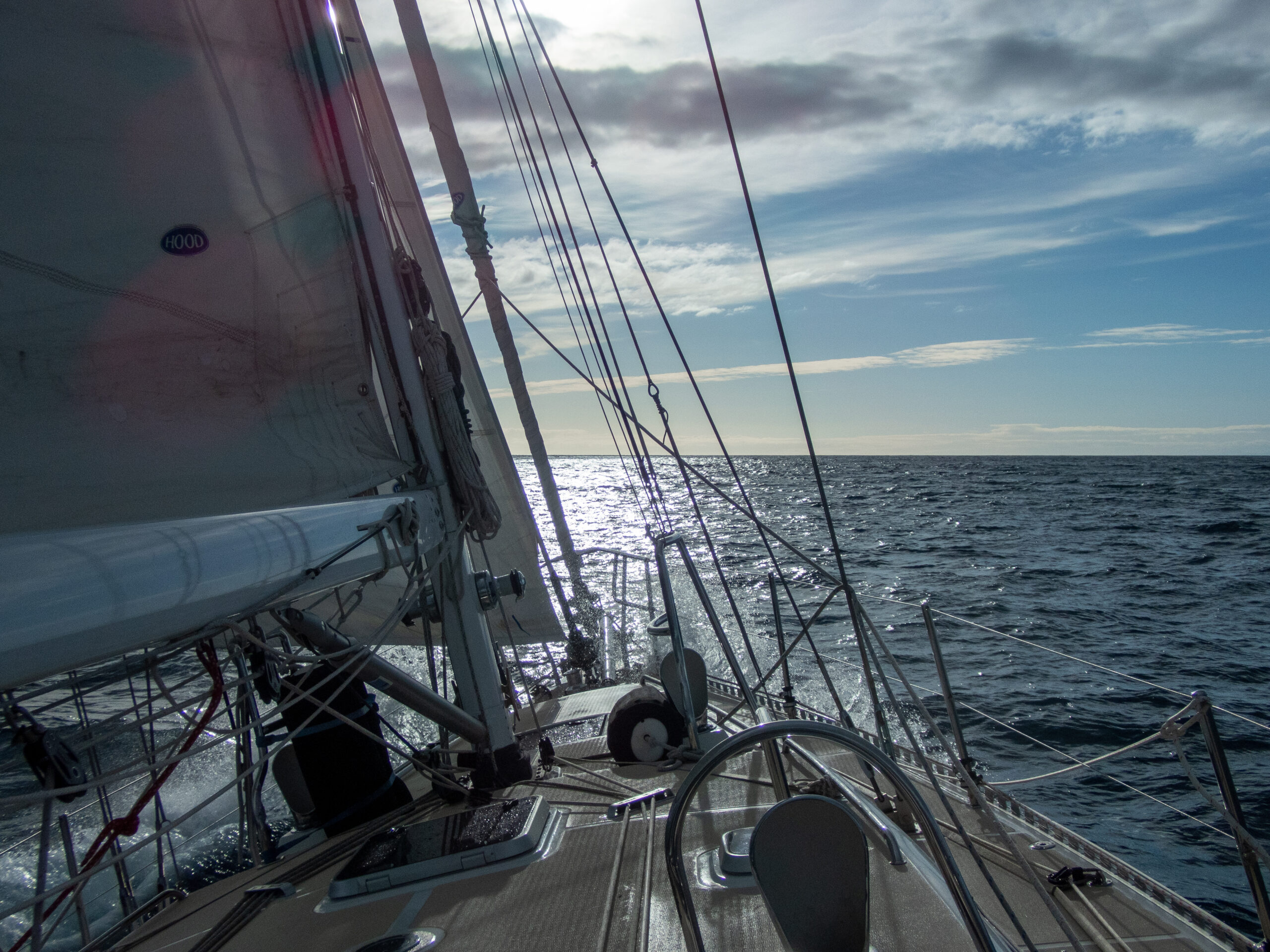

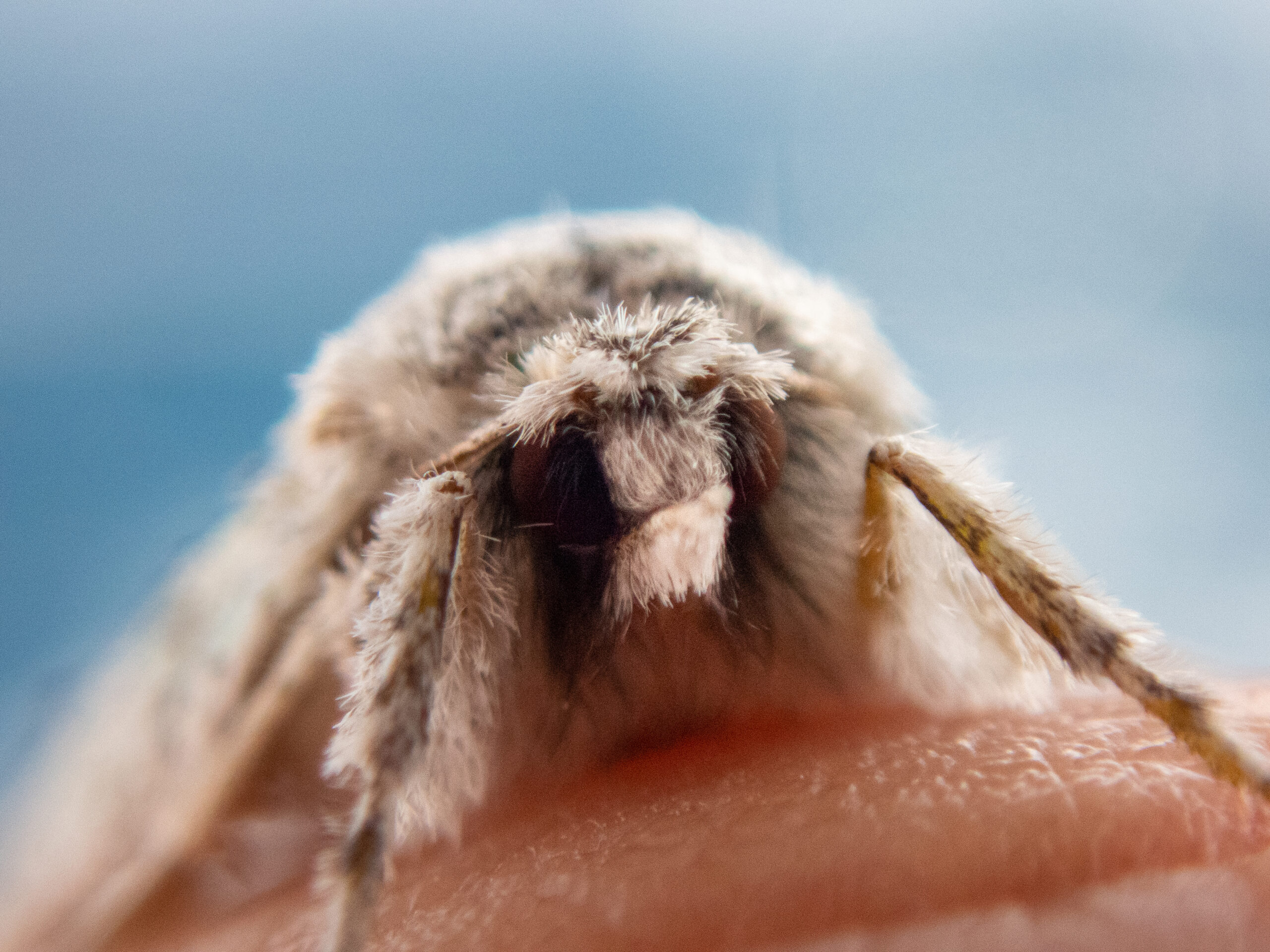
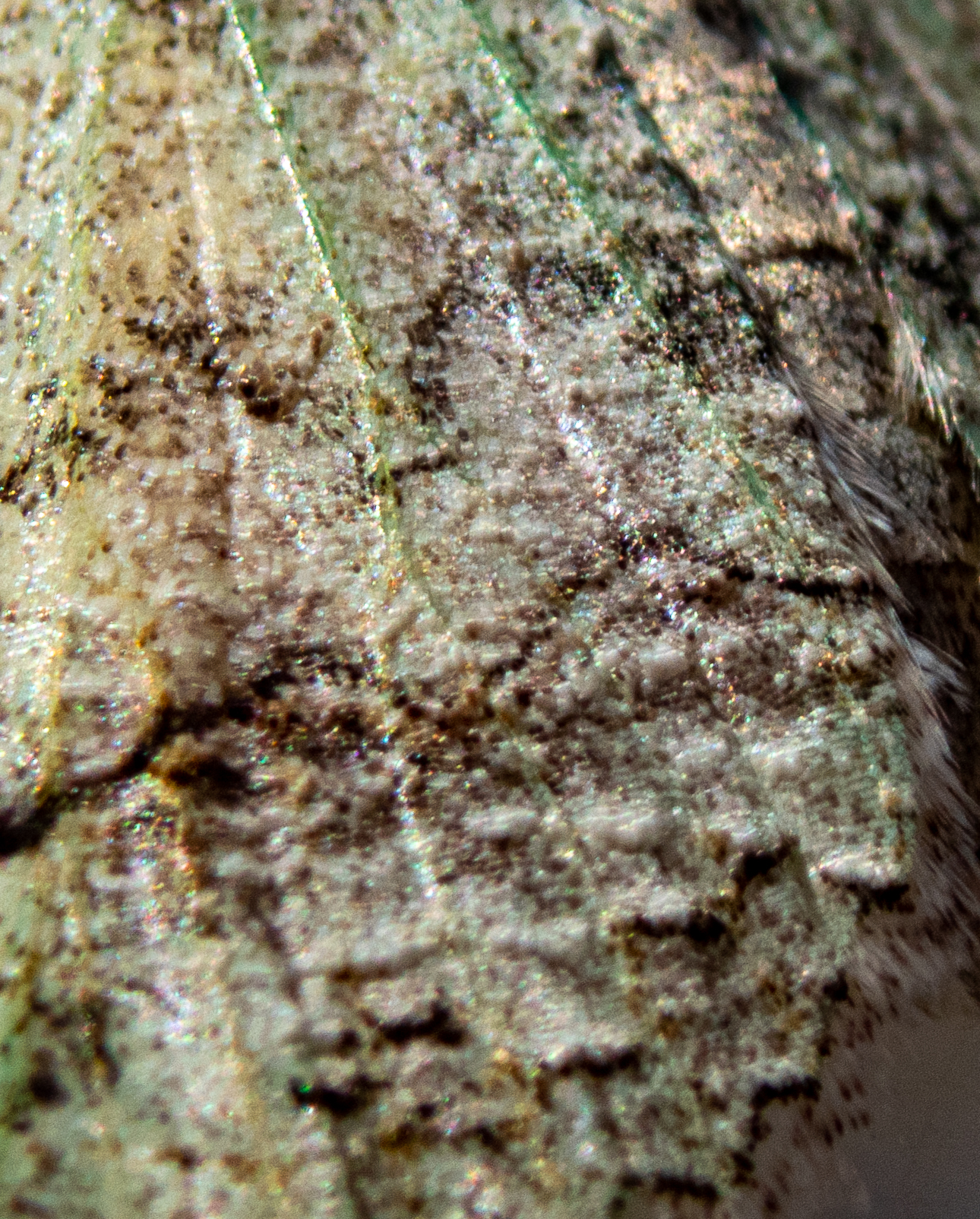

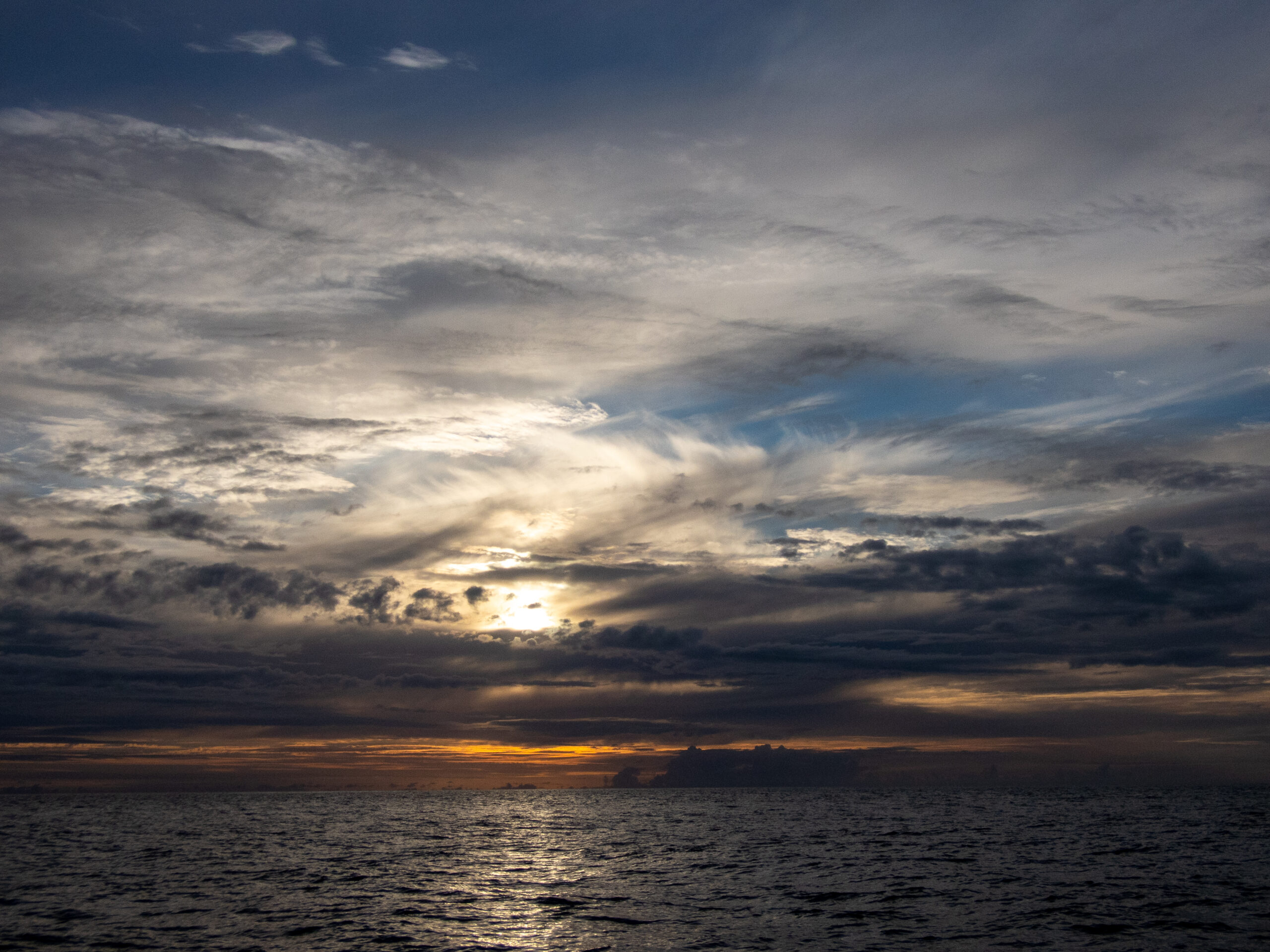
Also in the logbook, I see a lot of scribbles in these notes about fuel rates, and estimates of actual fuel burned for miles ‘made good.’ Allora carries 190 gallons full which is more than enough for the distance as long as the weather is reasonably cooperative, but it makes a difference if you’re burning 1.5 gallons/hour or pushing the engine and burning 2.5 gallons/hour. The extra gallon doesn’t double your speed. People better at the maths would probably be able to calculate exactly what fuel rate is most efficient. I settled upon 1.6 or 1.7 as an nice compromise of efficiency, speed (to make our date at Cape Farewell) and comfort. 
We had rain. We had current steadily set against us. We had dolphins streak by in the night leaving comet trails in the bioluminescence. We fussed about the wind, almost-but-not-quite-enough to sail, ever creeping up on the nose. We almost lost a batten in the mainsail. Then later, Otto, our autopilot made a sudden decision to turn hard to starboard out of nowhere. The switch for the high pressure pump on the watermaker heated up and set off the smoke alarm (naturally at night-while I was off watch). We saw no other boats besides the occasional fishing boat working closer to shore. We caught a glimpse of Aoraki (Mt Cook) at sunset, and at Cape Foulwind a couple of seal lions waved as we passed by.
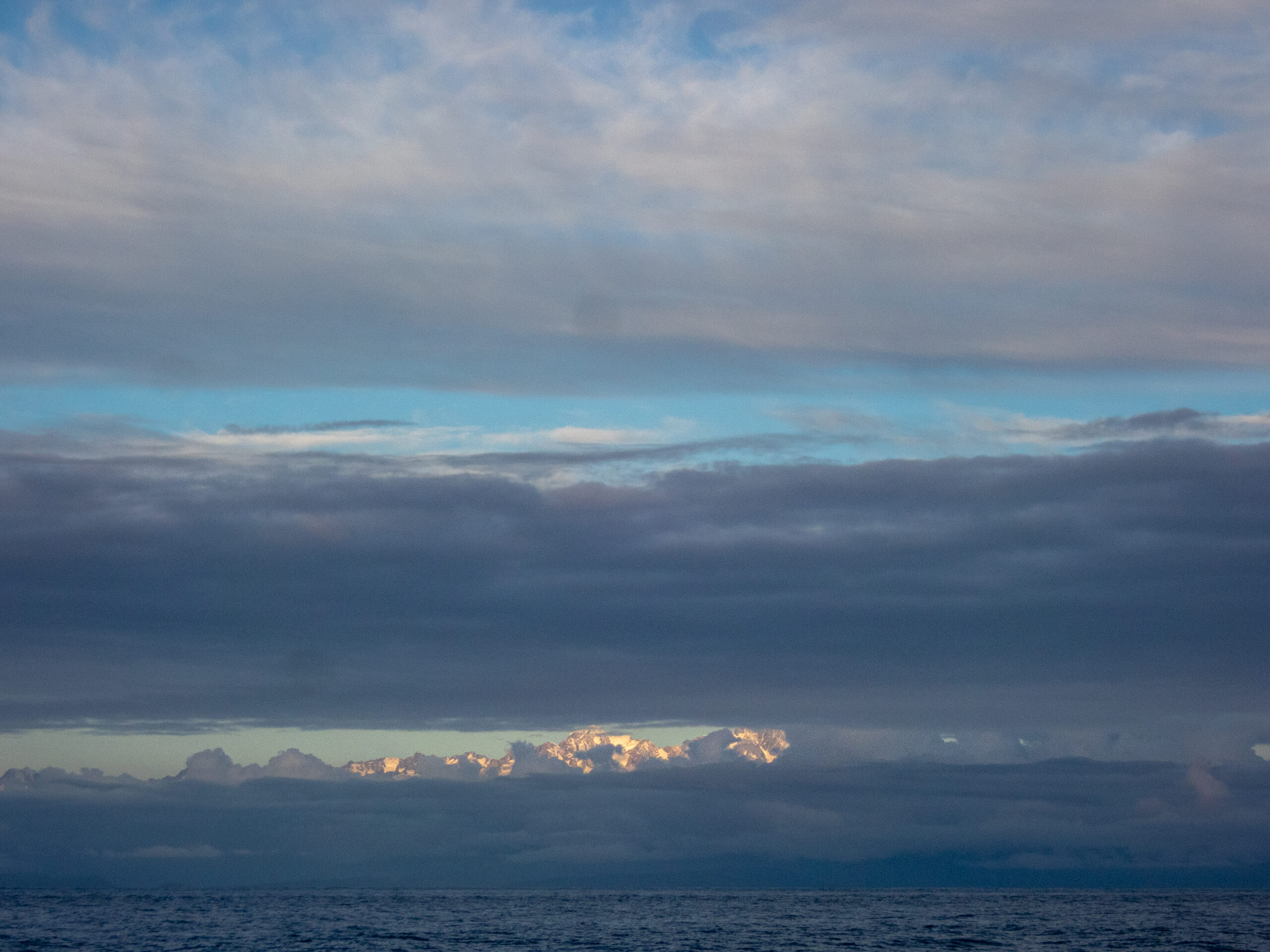
On the last night, as seems to be a theme lately, Diana drew the toughest watch of the passage. There was just no way to completely avoid a patch of heavy winds slated to meet us as we approached the Cape, straight on the nose. We tried to time it for the least possible, but Poseidon wasn’t going to let us off feeling too clever. For her whole watch, Allora slammed into 20 knots on the bow clawing her way up the last bit of coast to Cape Farewell. Finally, after calling Farewell Maritime radio to try to find out whether it was generally considered advisable to cut the corner at Kahurangi shoals (which they weren’t really able to commit to), we decided it probably wasn’t, so we slogged on. Diana went off watch and very soon after, we were able to fall off the wind. Just five degrees made a big difference. Pretty soon we were motor-sailing and by Diana’s last sunrise watch she was able to shut the engine off and sail along Farewell Spit, an amazing 25km sandbank off the northwestern corner of the South Island at the opening of Cook Strait. The winds were light but sweet. Finally! ~MS
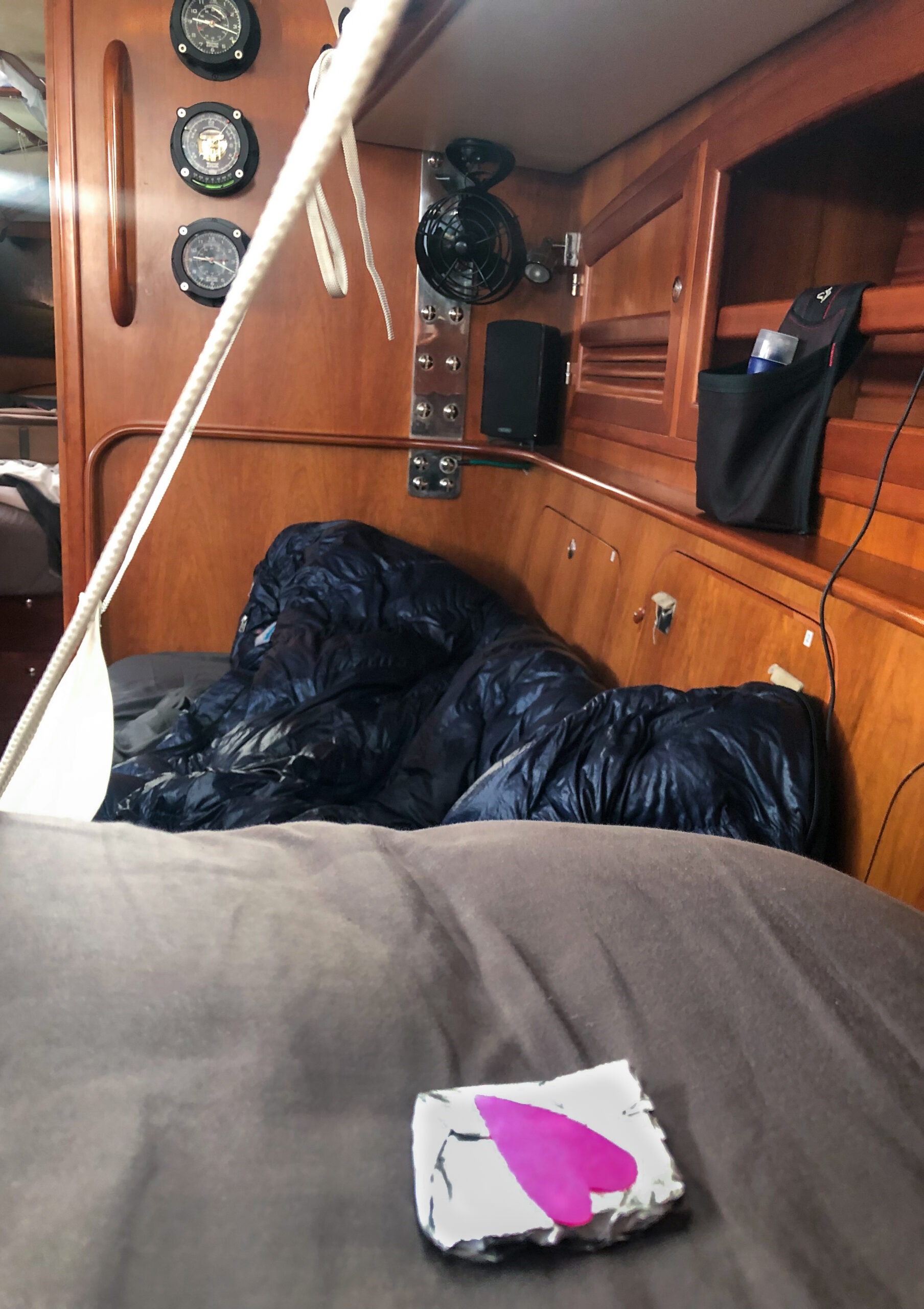
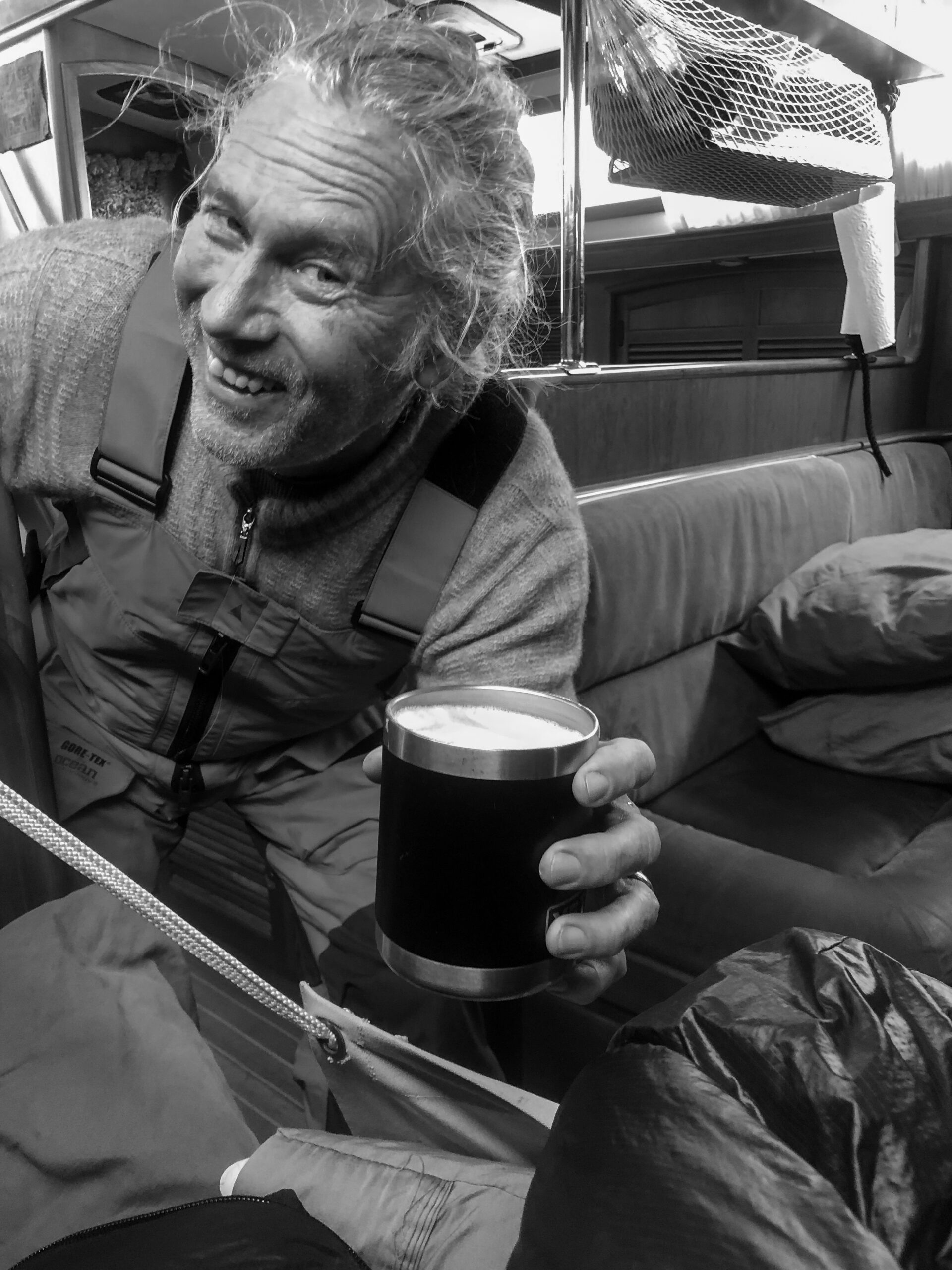

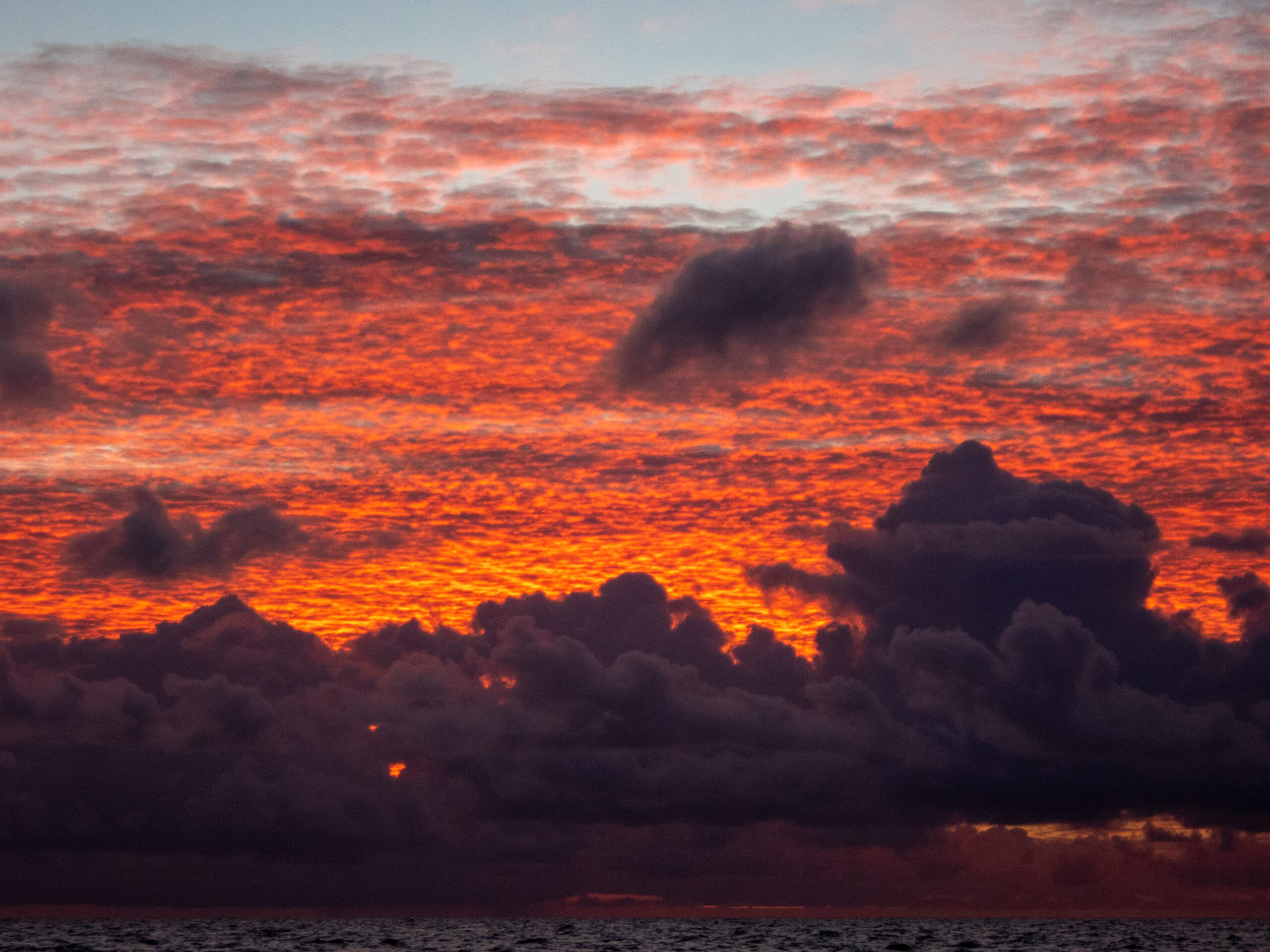
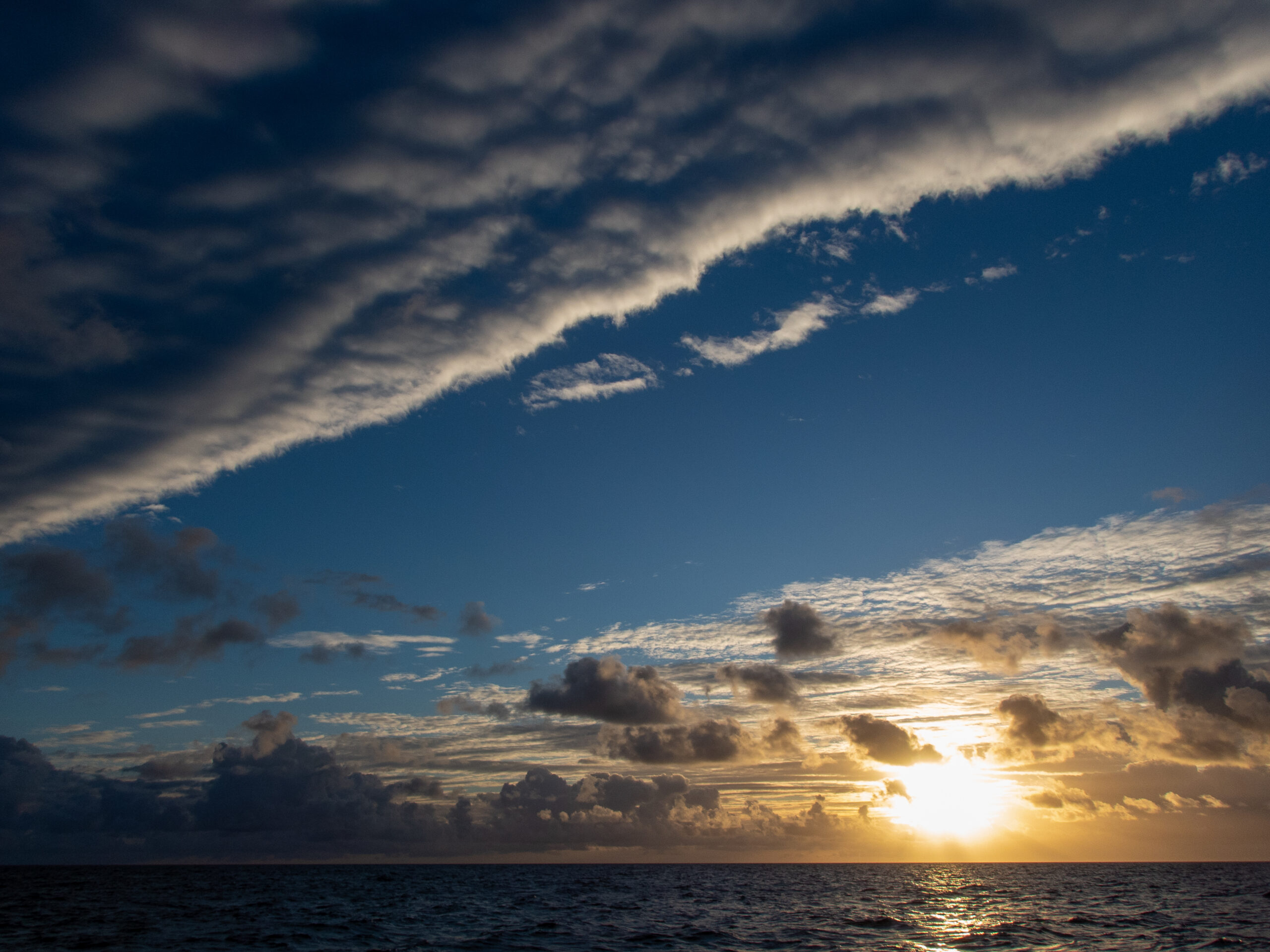



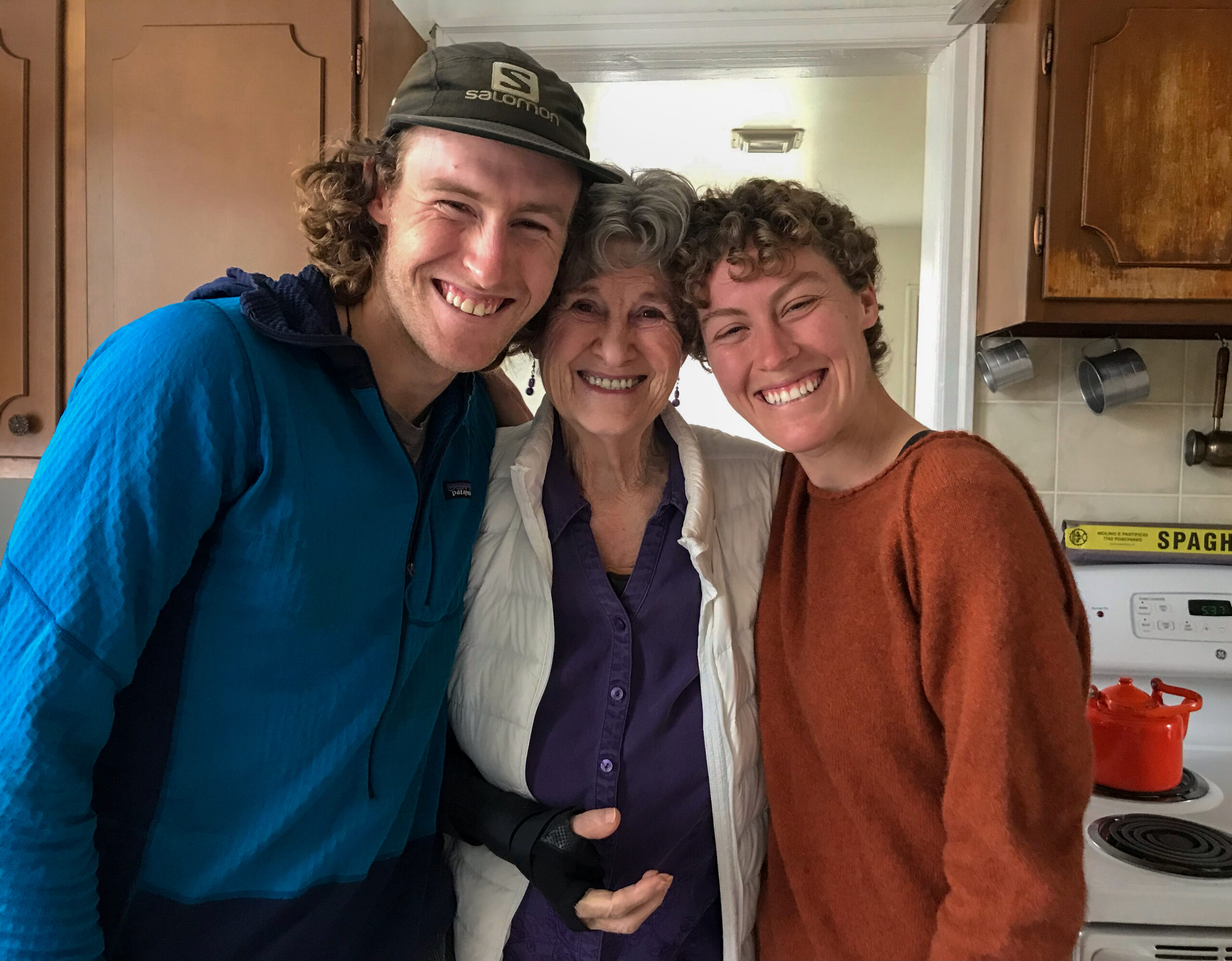
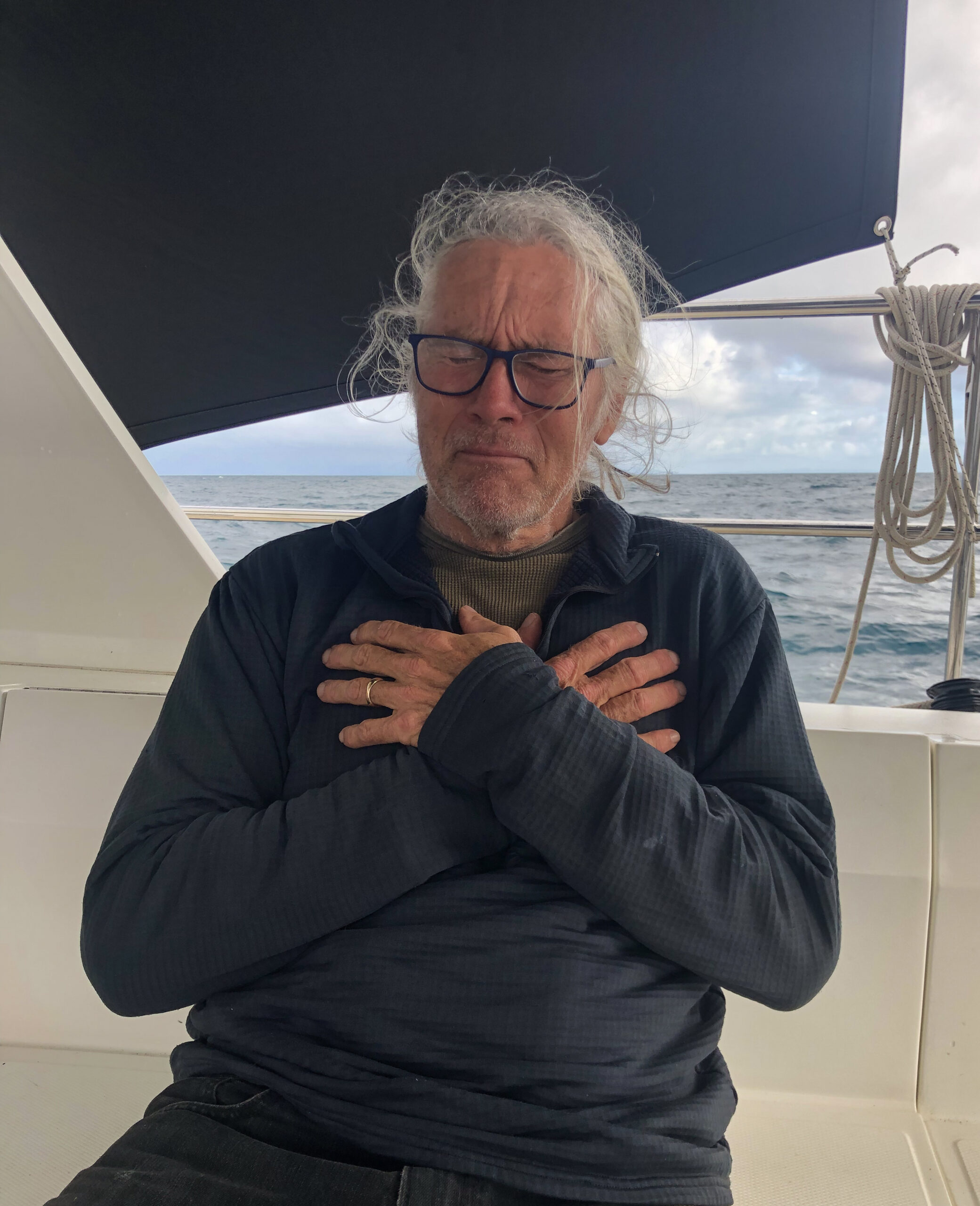

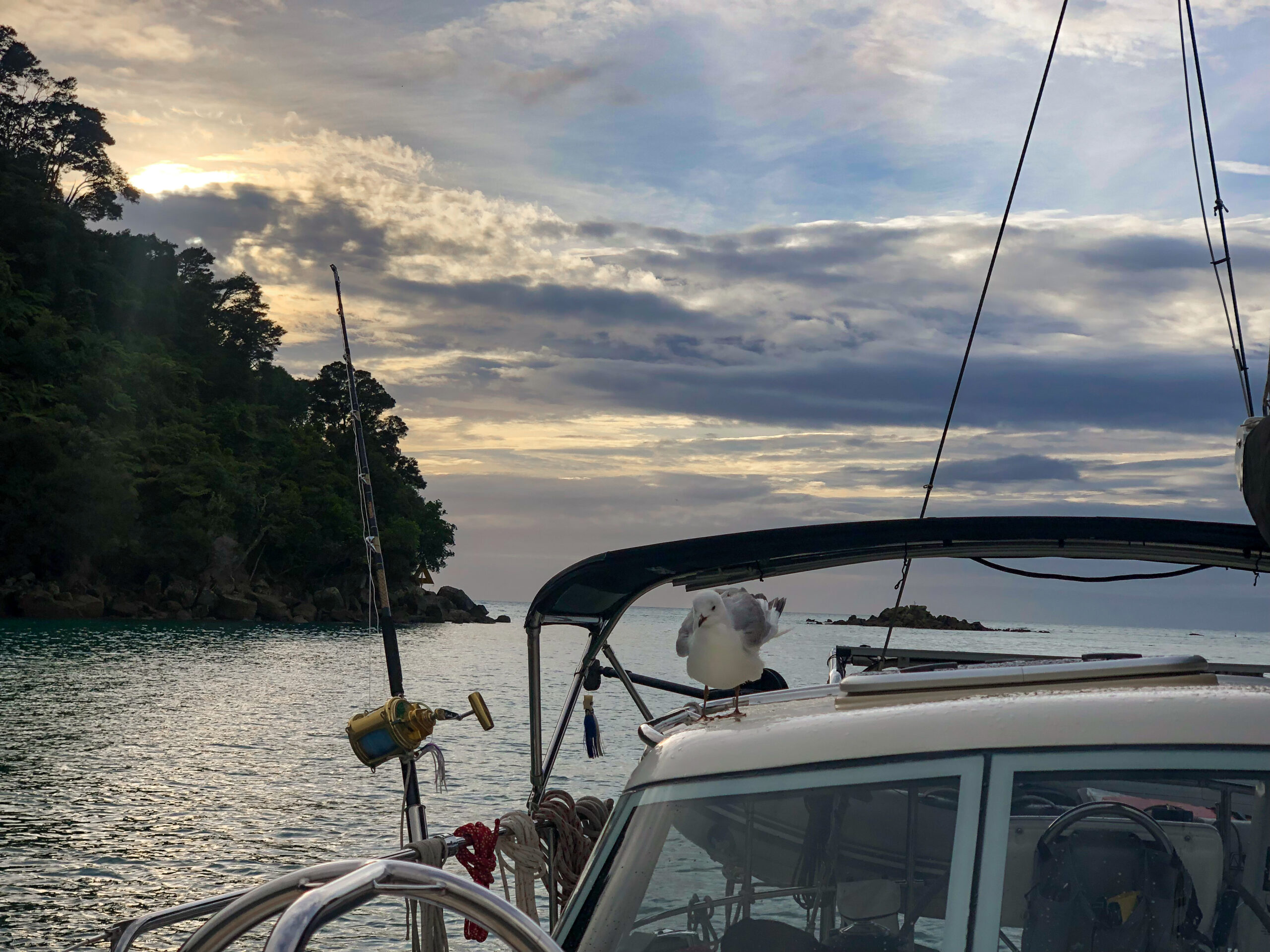

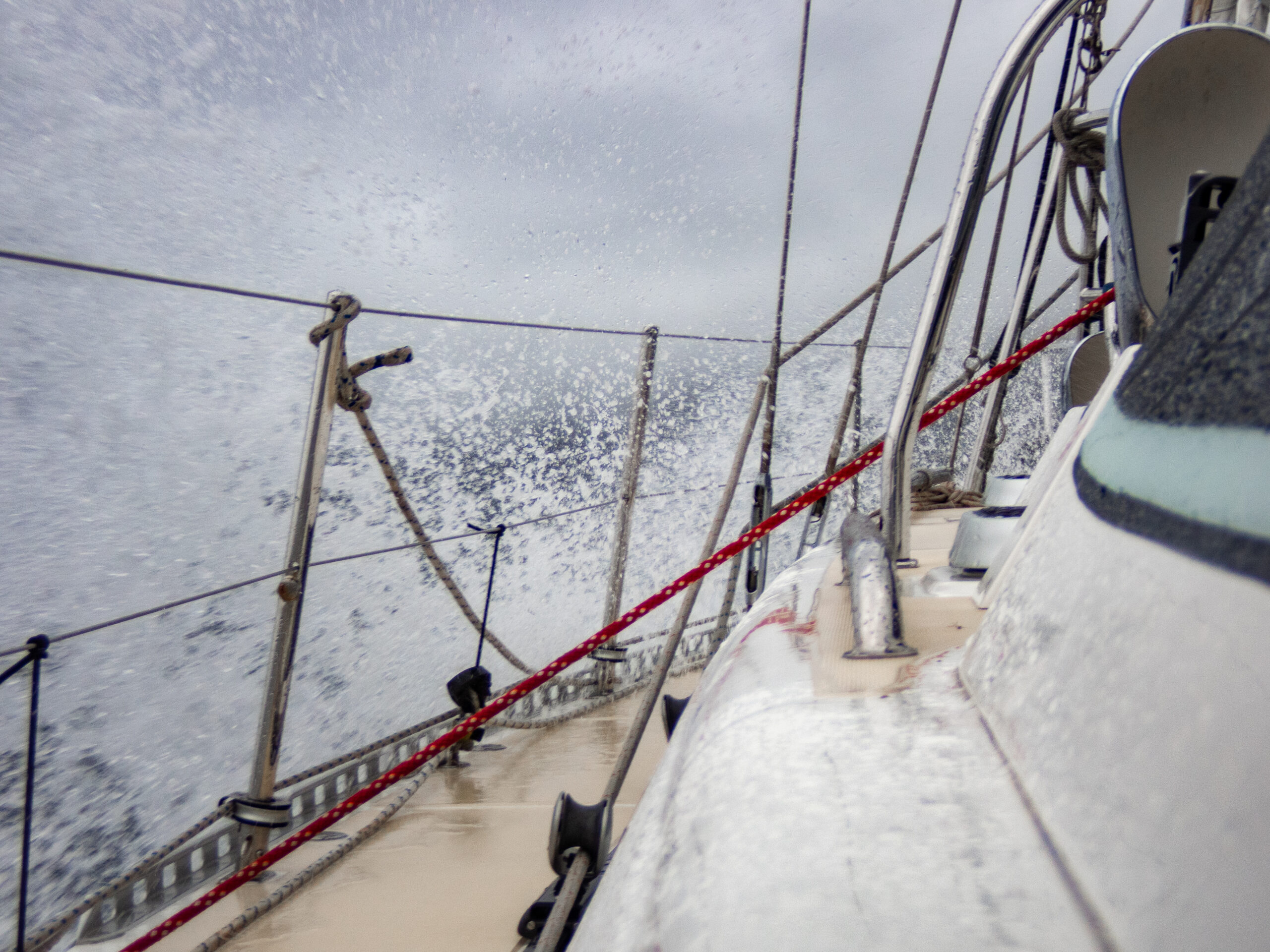
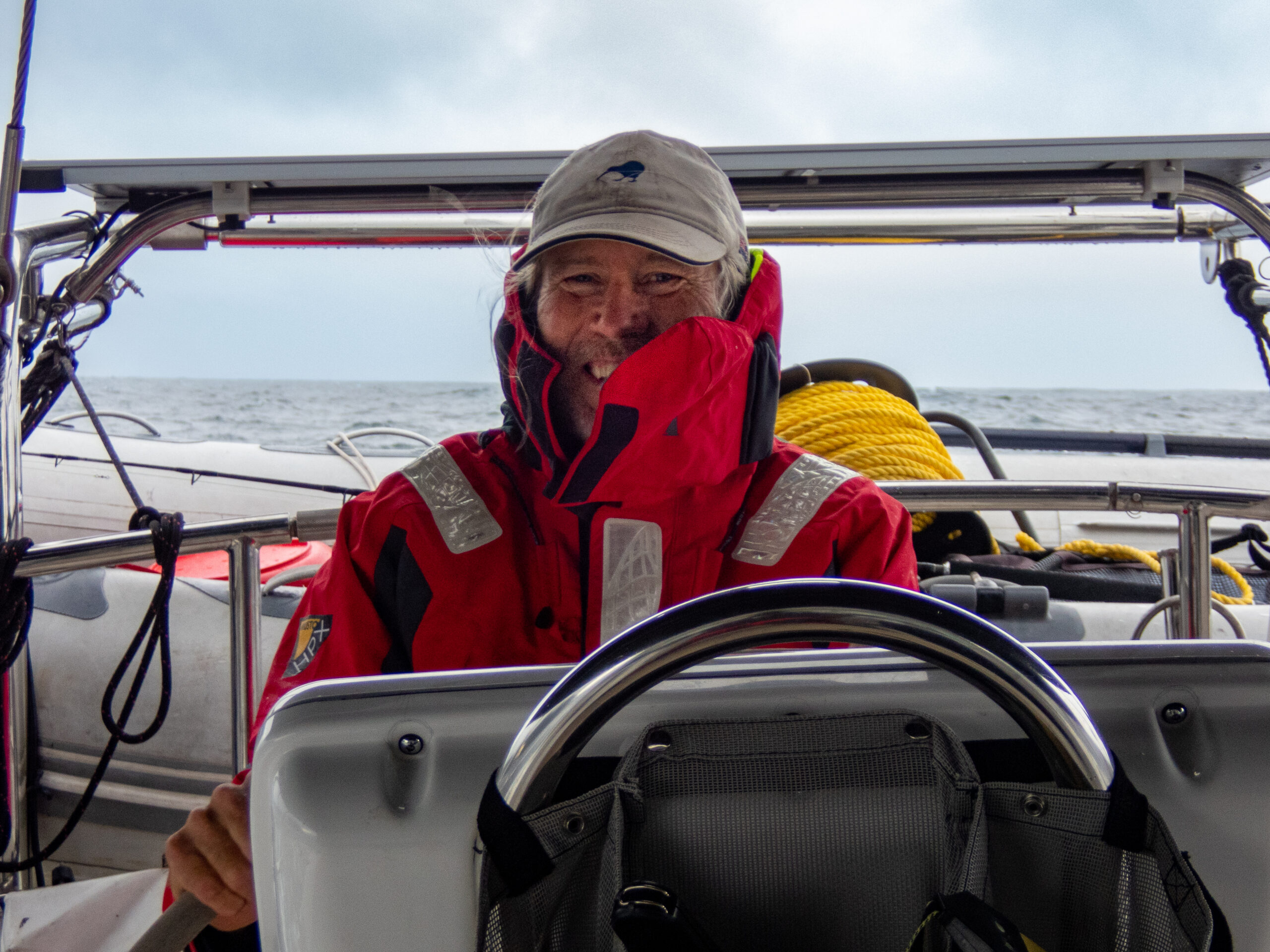
The run outside between Caswell and George Sounds is around 14 miles. We left early to try to beat some forecast rain and gusty NW winds, and almost made it. The rain started just as we made our turn in. Diana logged the max wind at 27.2 knots, then went down and crossed it out to a revised 29 knots. By the time the wind had blasted us another two miles down the sound, Diana had crossed that out to record 42 knots. Looking on the chart with the wind howling behind us, we were concerned if Anchorage Cove would be able to offer any shelter from this angle of wind, even though it’s listed as an ‘all-weather anchorage.’ We worried it might be too gusty to safely negotiate the narrow spot between the river bar and small rocky island. We decided to poke in and check it out if we could. Right away the wind dropped into the low twenties then the teens, which still felt like a lot to try getting into the tight spot where fishermen had set up a line we could theoretically side tie to. The rain hammered down as Diana watched from the bow for shallow rocks off the island and I maneuvered Allora in, ready to back out if we needed. Despite whitecaps just outside, the winds this close to the little island dropped to near zero and Allora was able to hover effortlessly while Diana (in the kayak) quickly tied lines on the bow and stern, getting absolutely soaked in the process. It was a kind of a crazy feeling, the sudden stillness and security of that spot with gusts in the forties not half a mile away. We wouldn’t have guessed even from a couple hundred yards out that it was worth chancing. ~MS


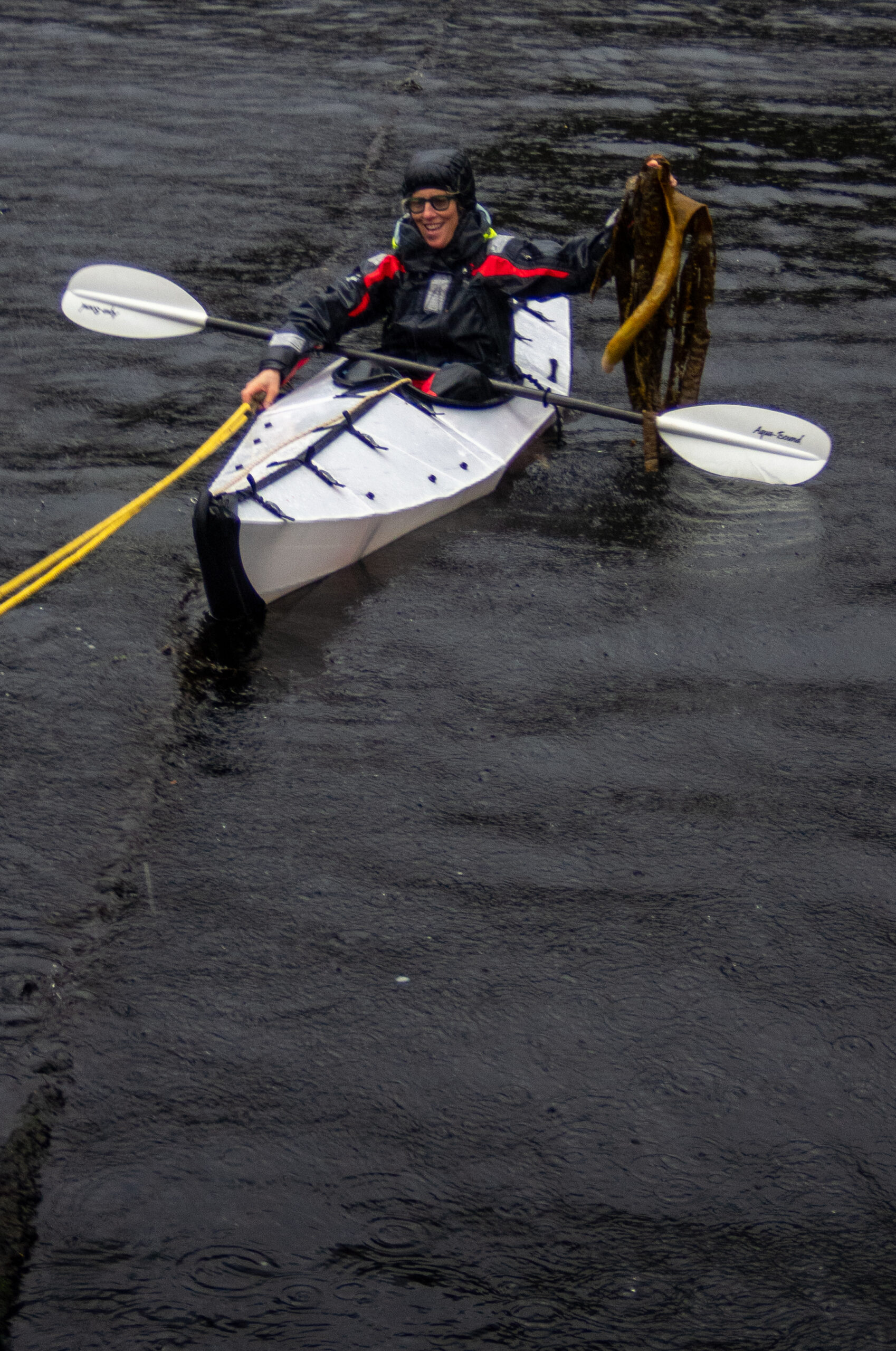
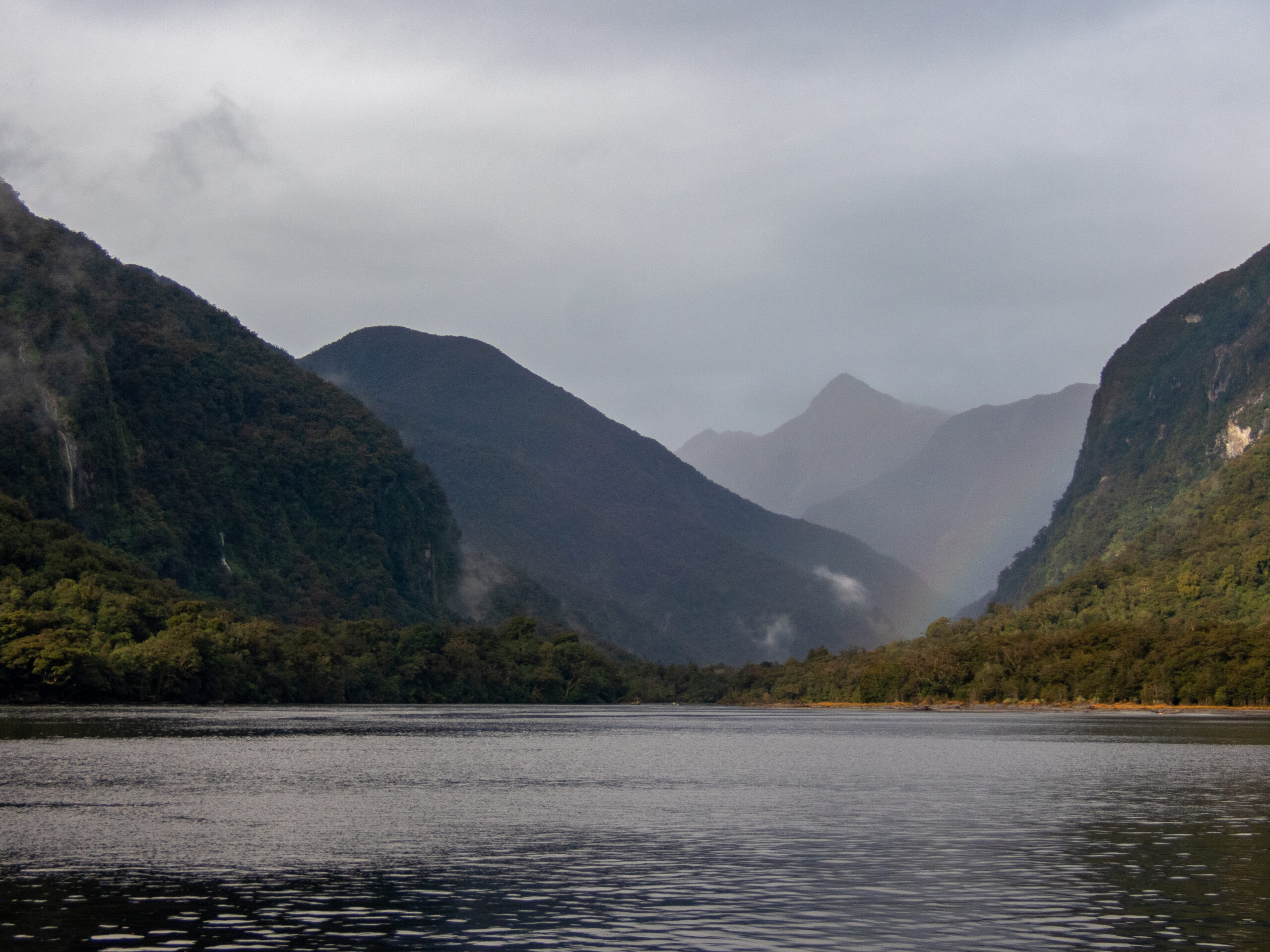
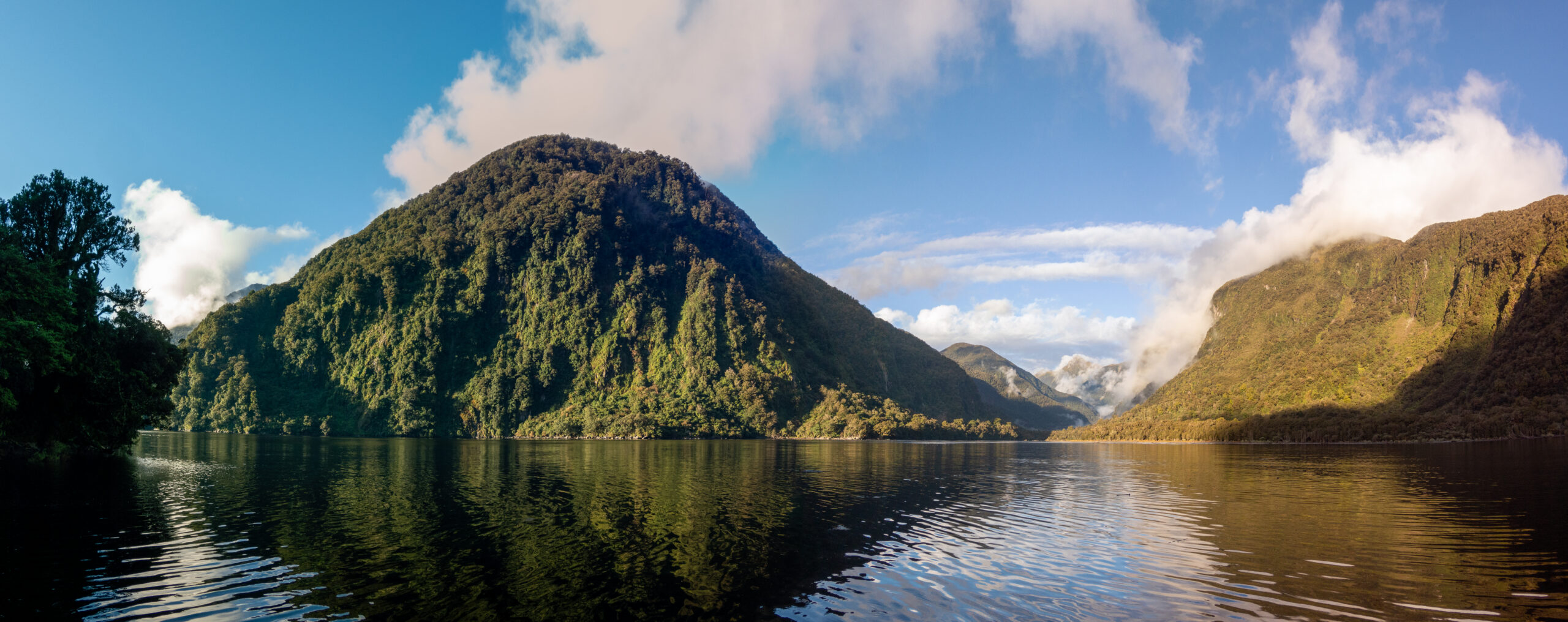
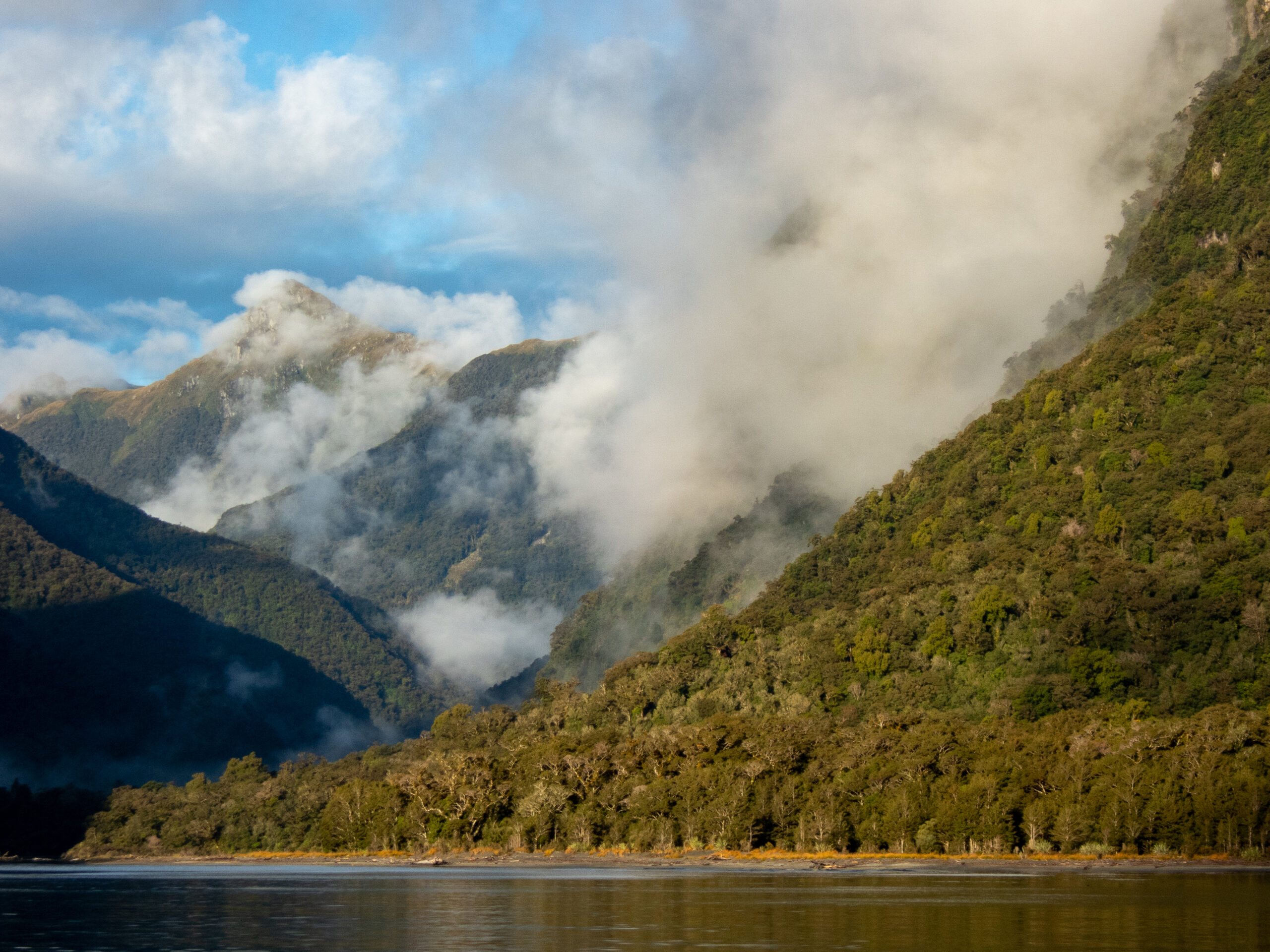
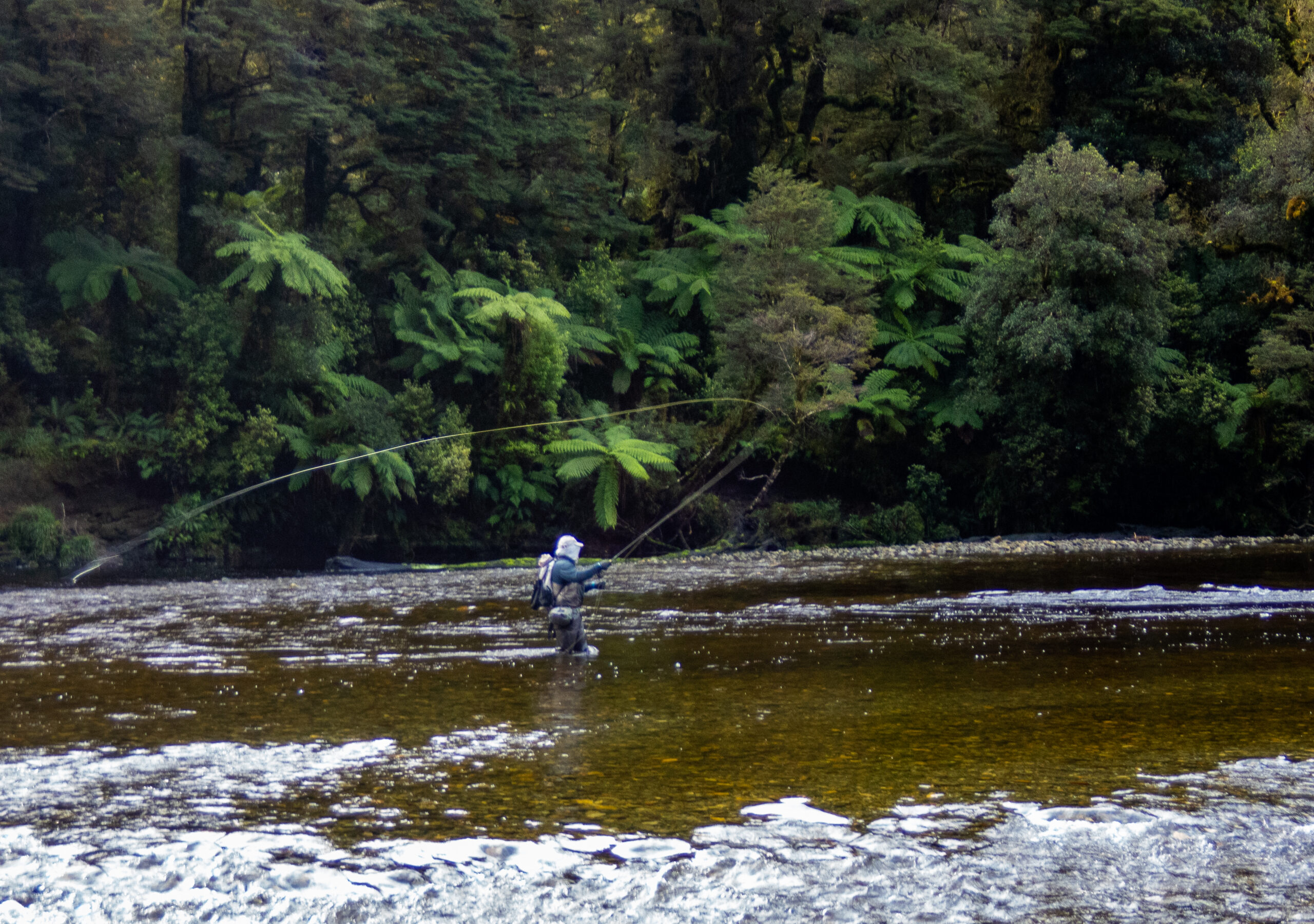
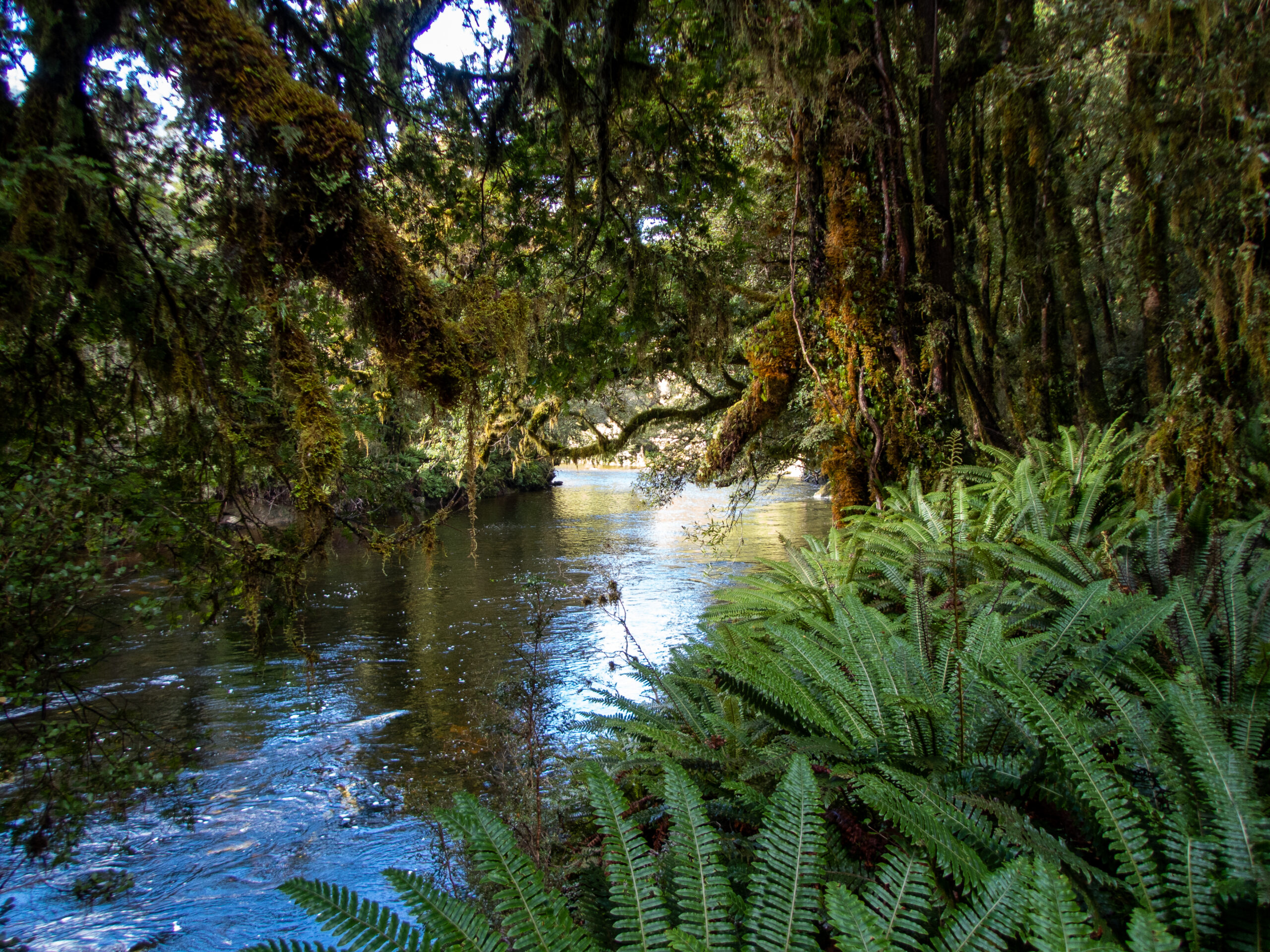
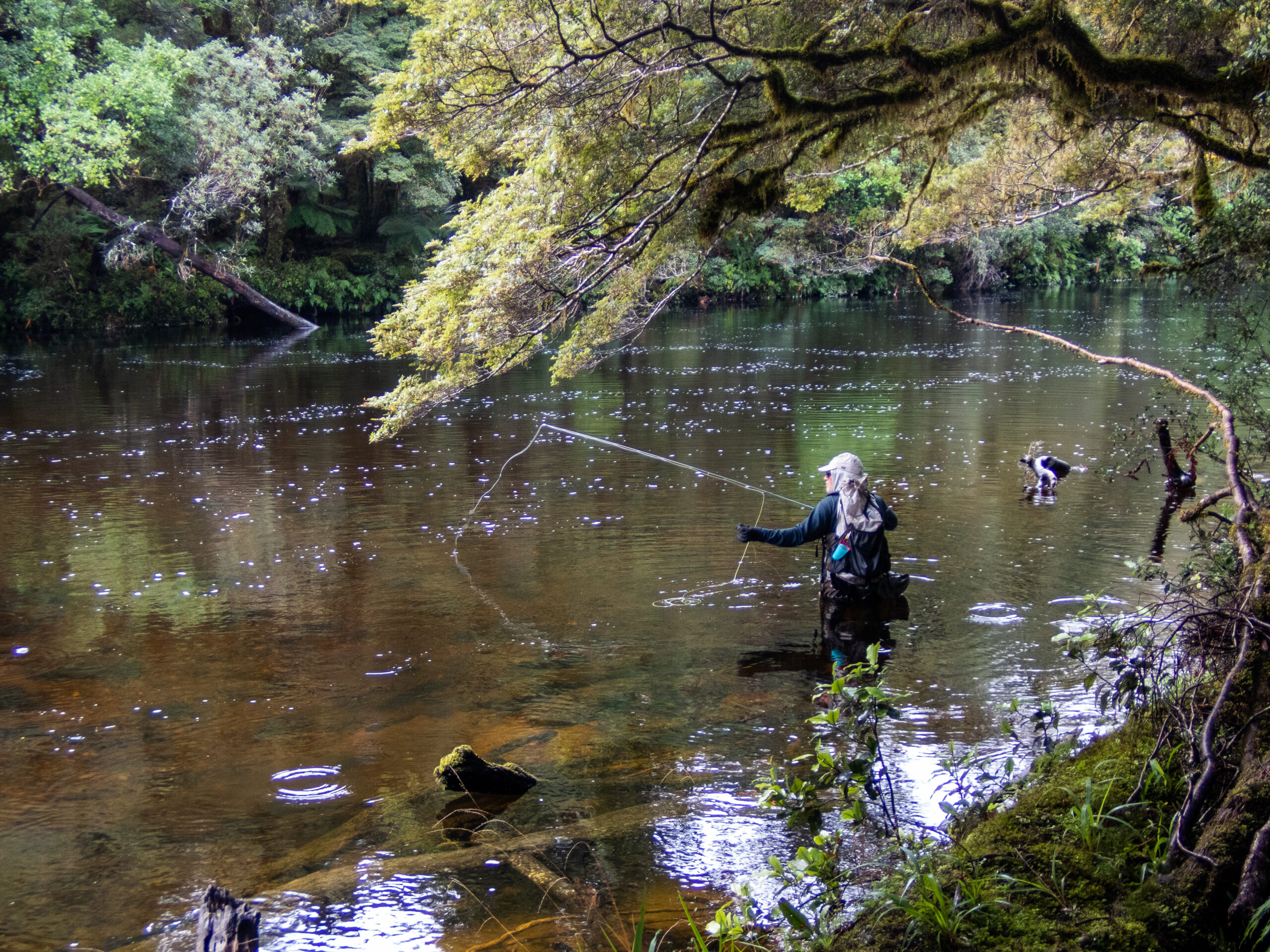
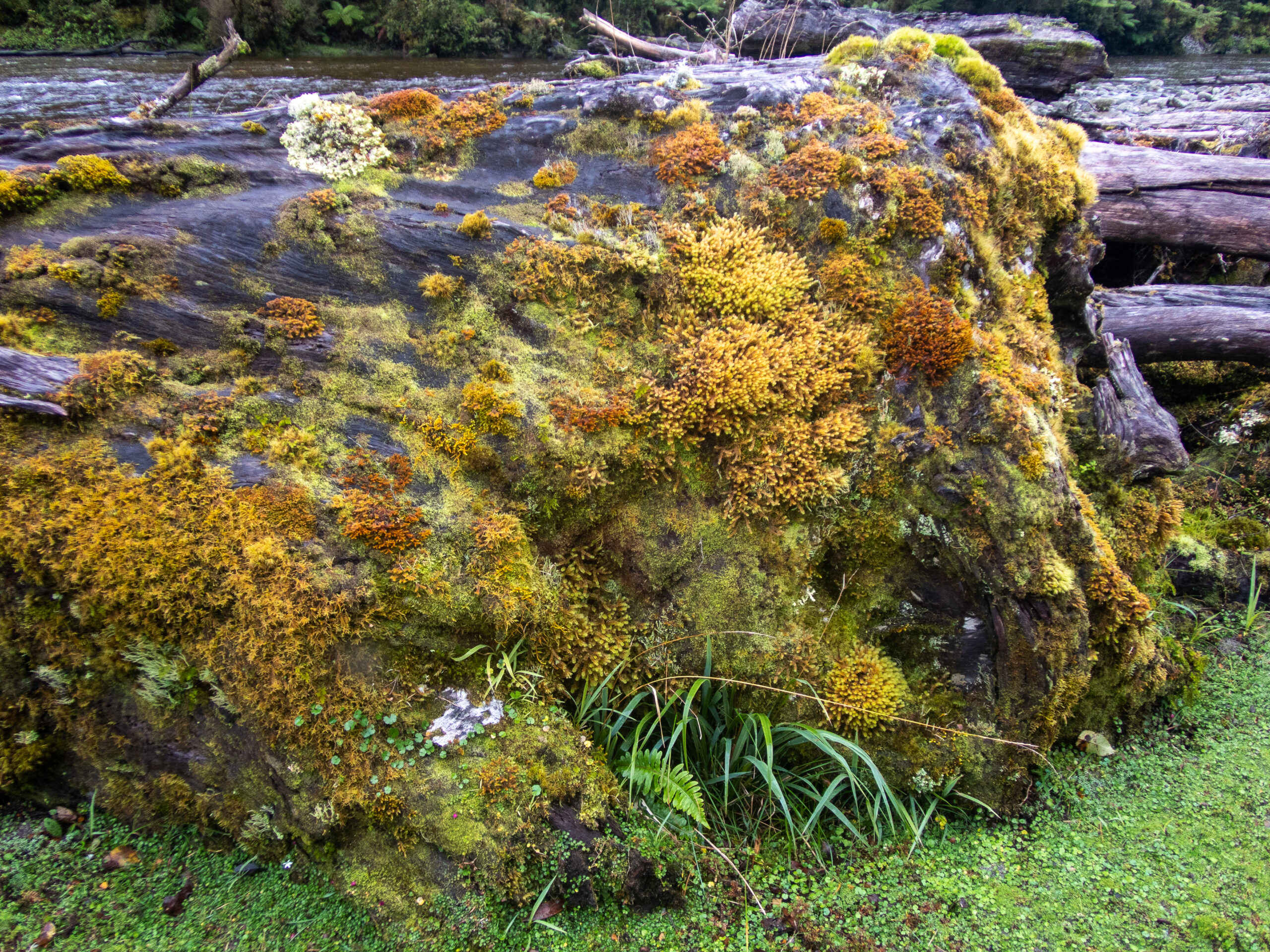

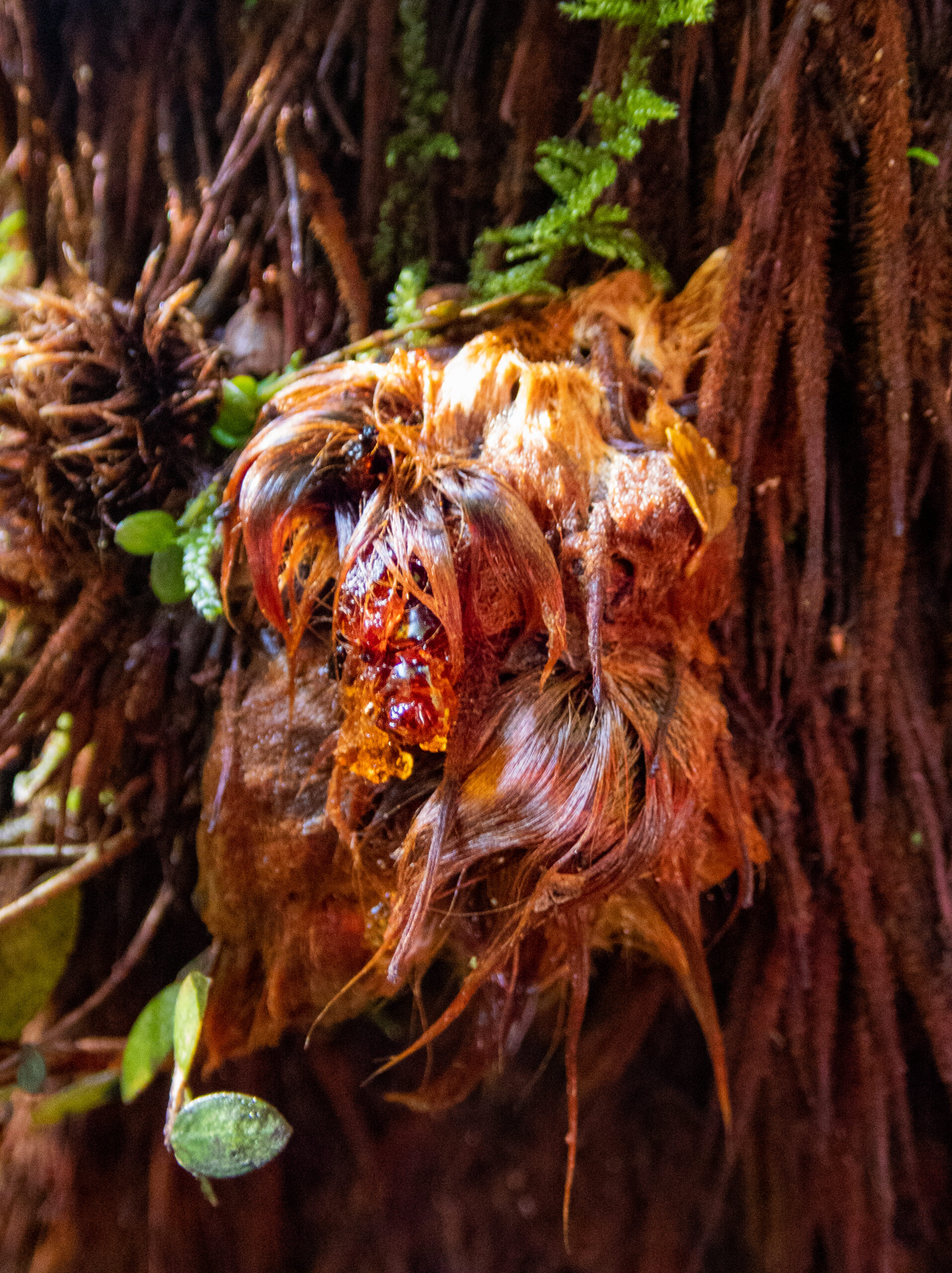
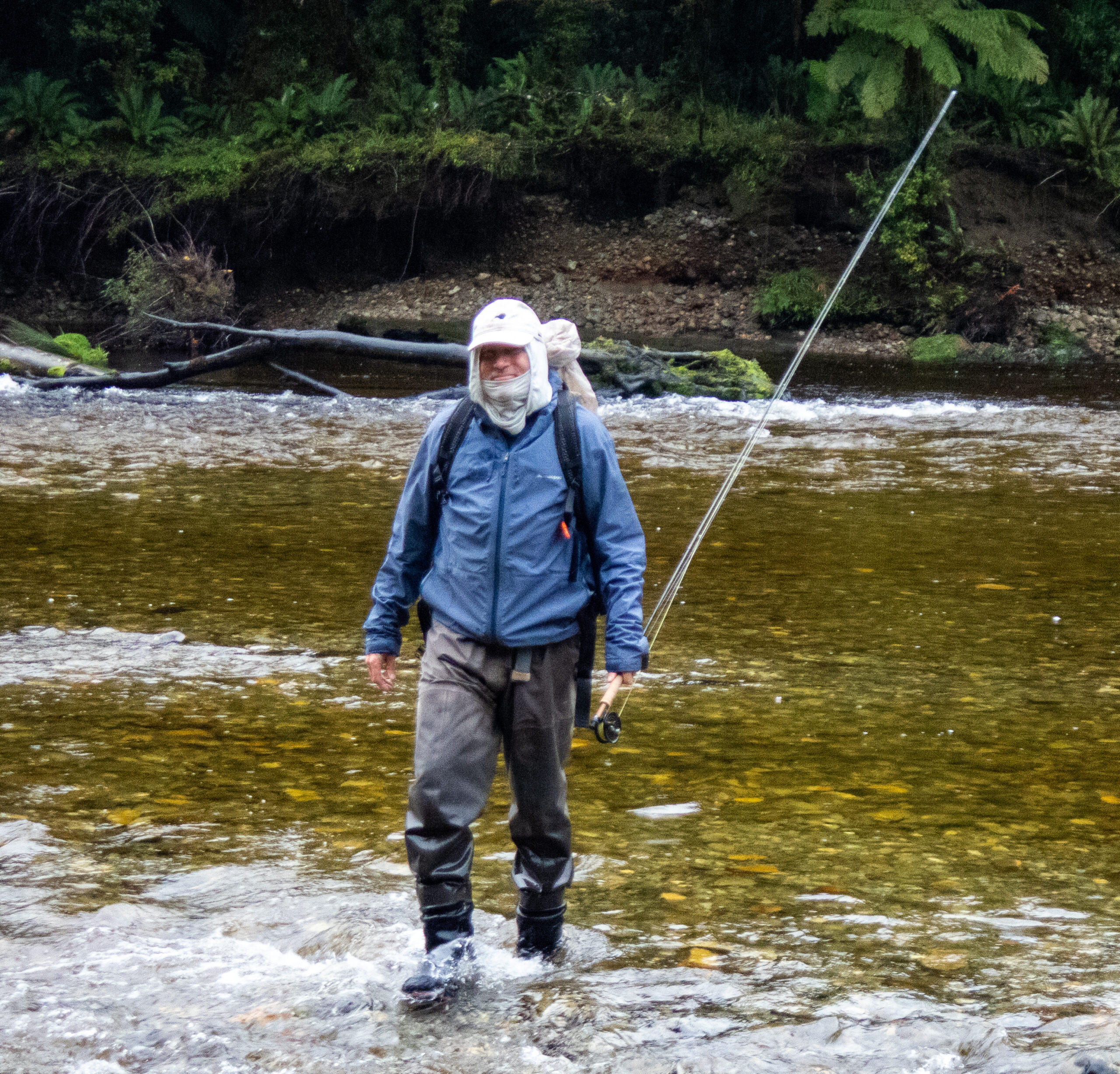
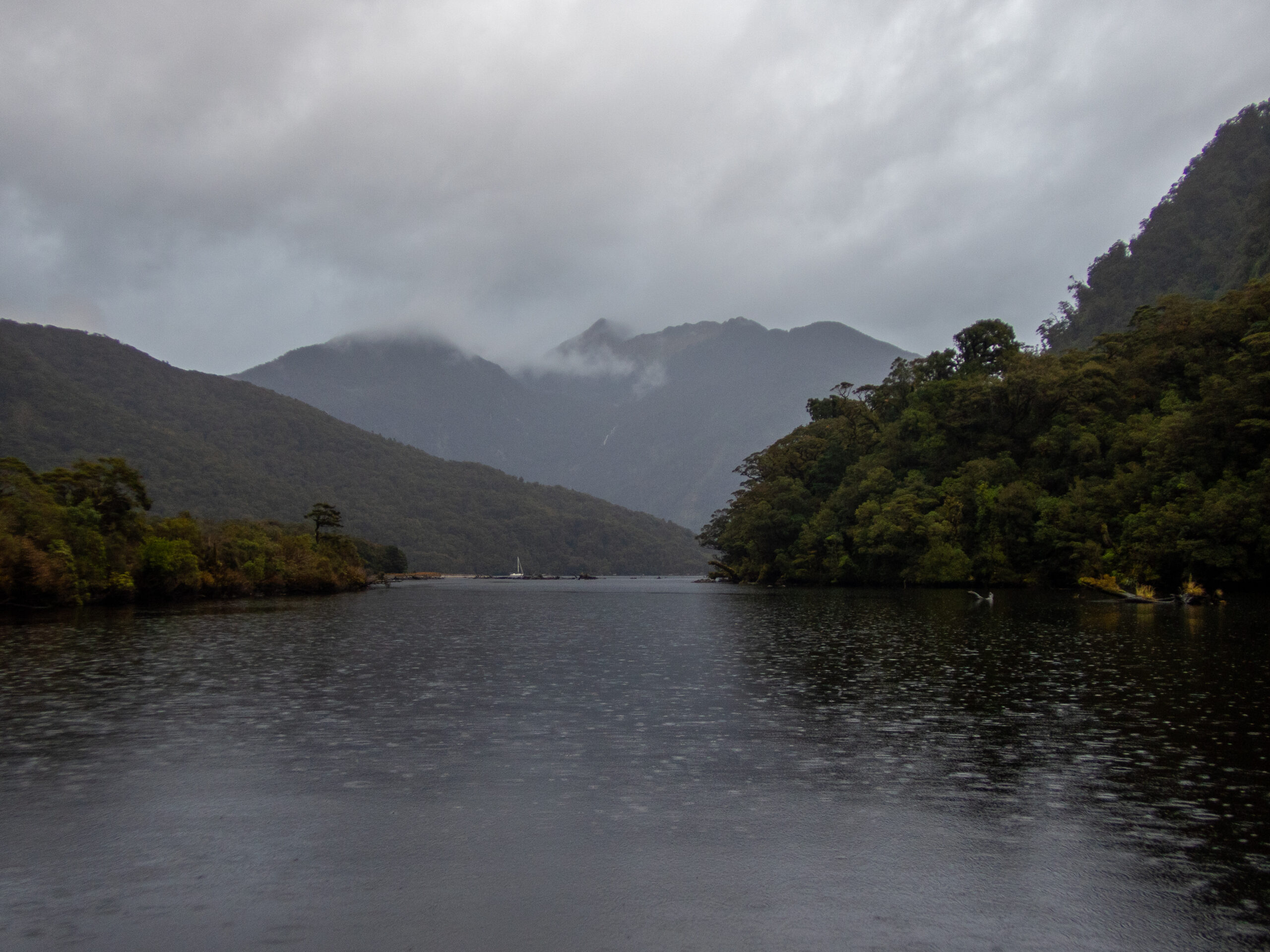
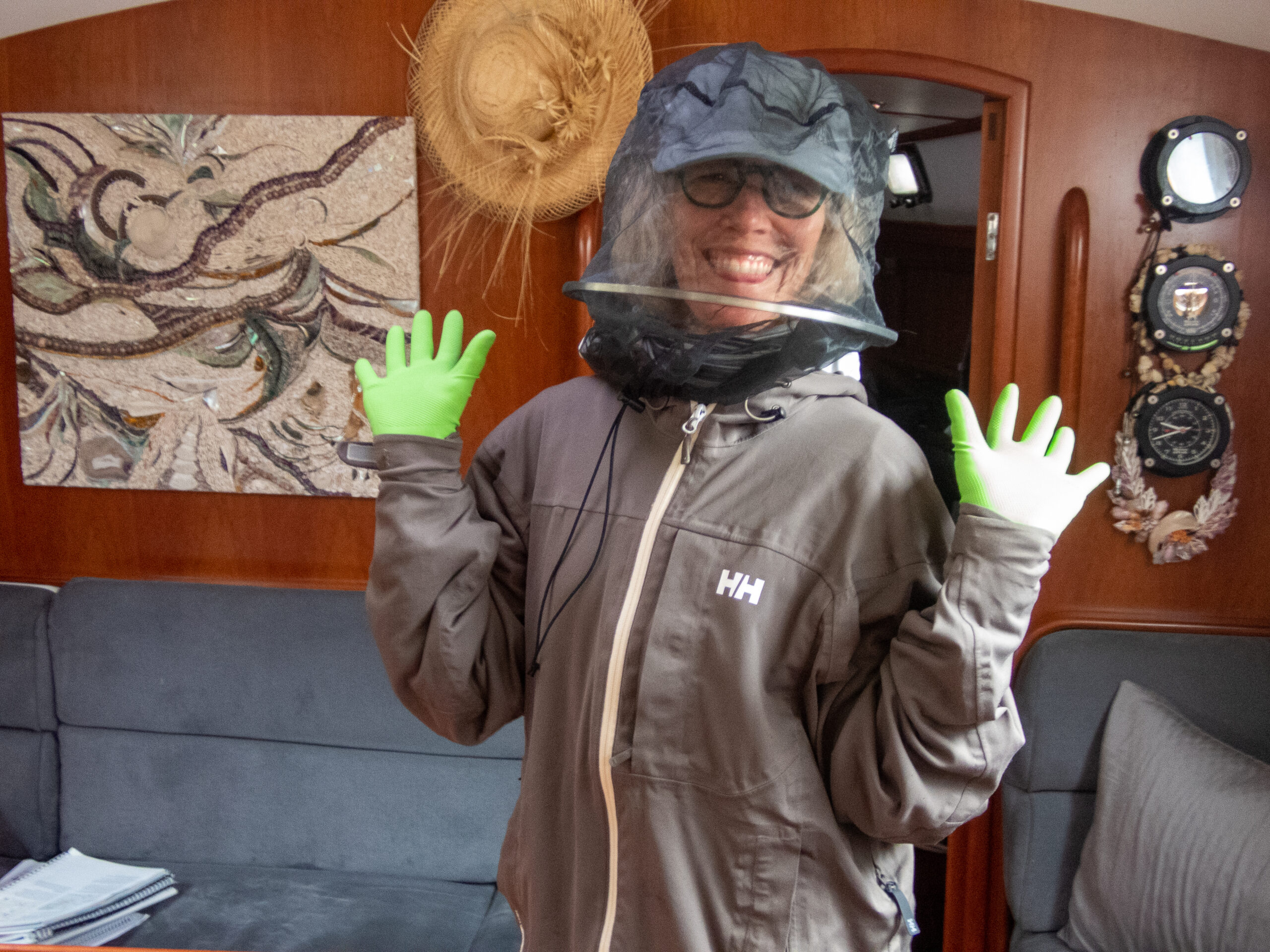
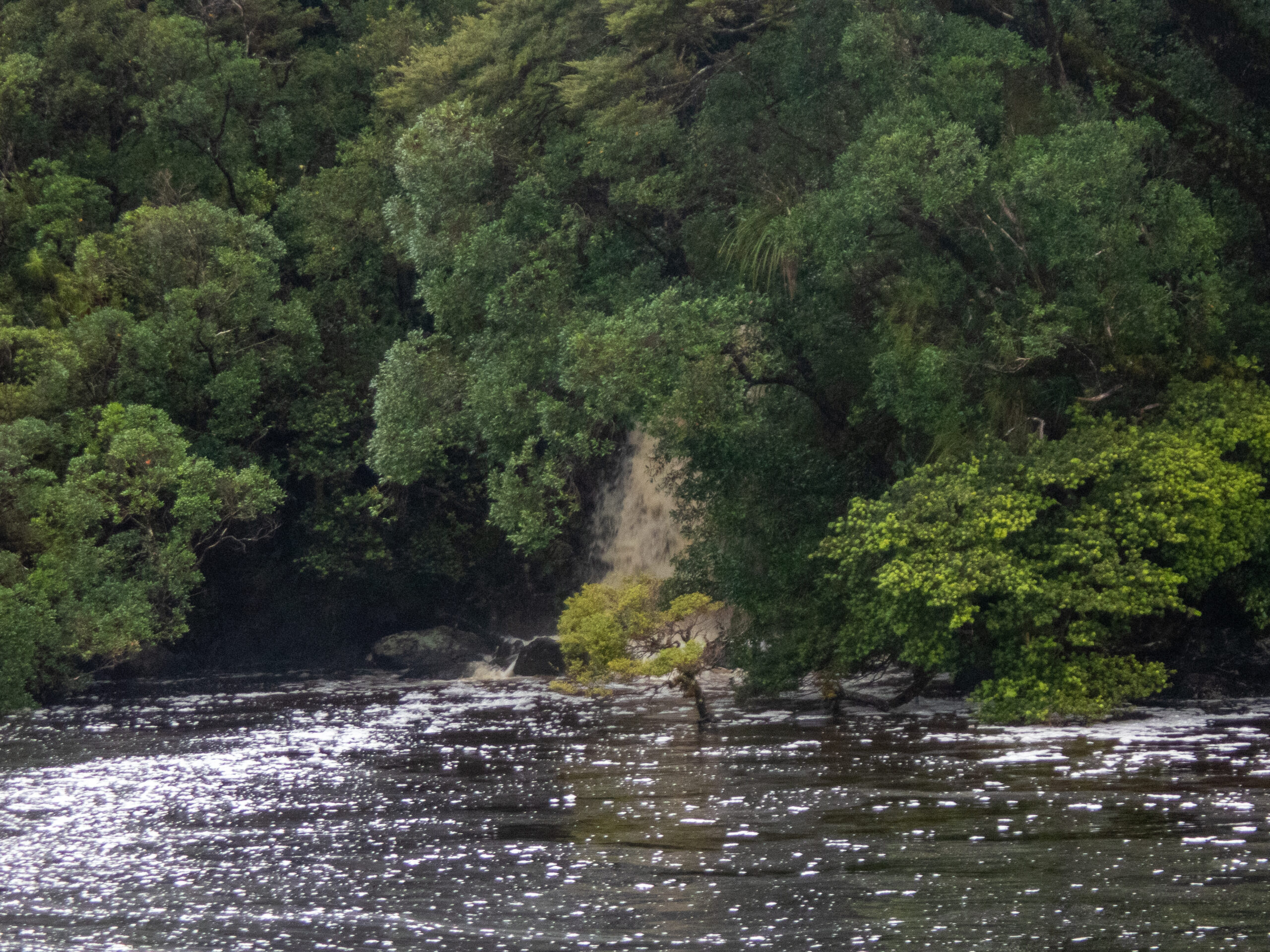
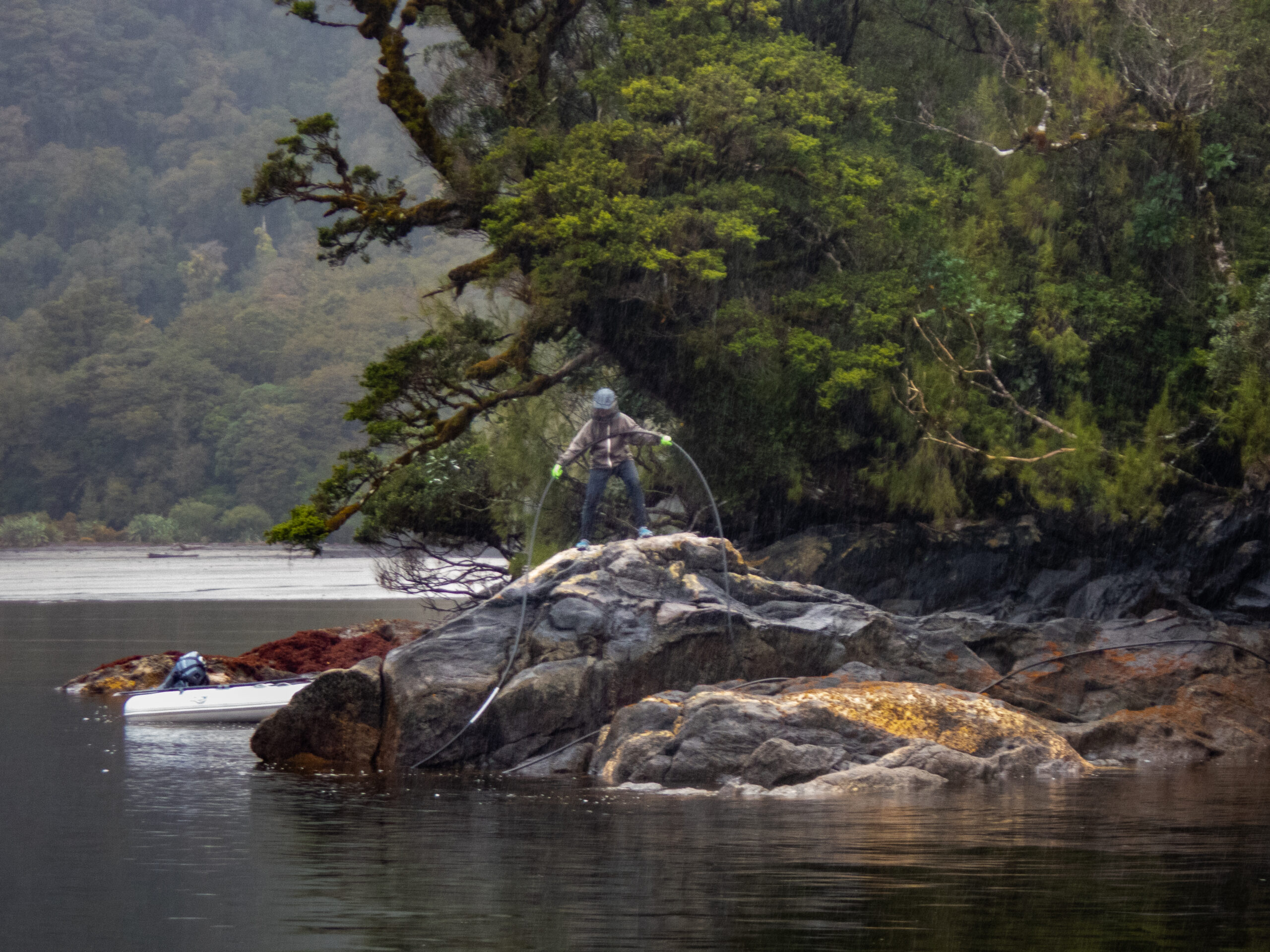
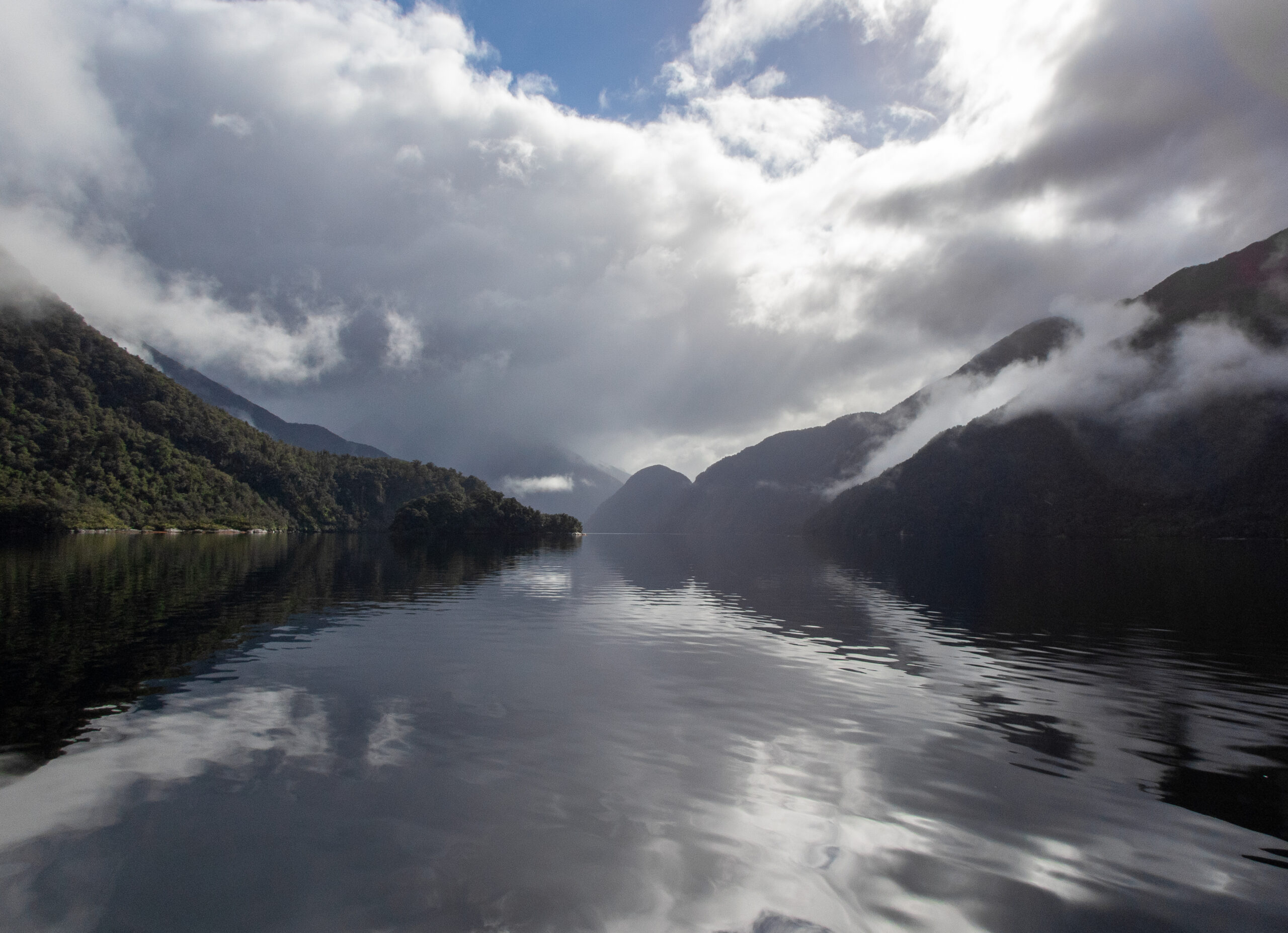
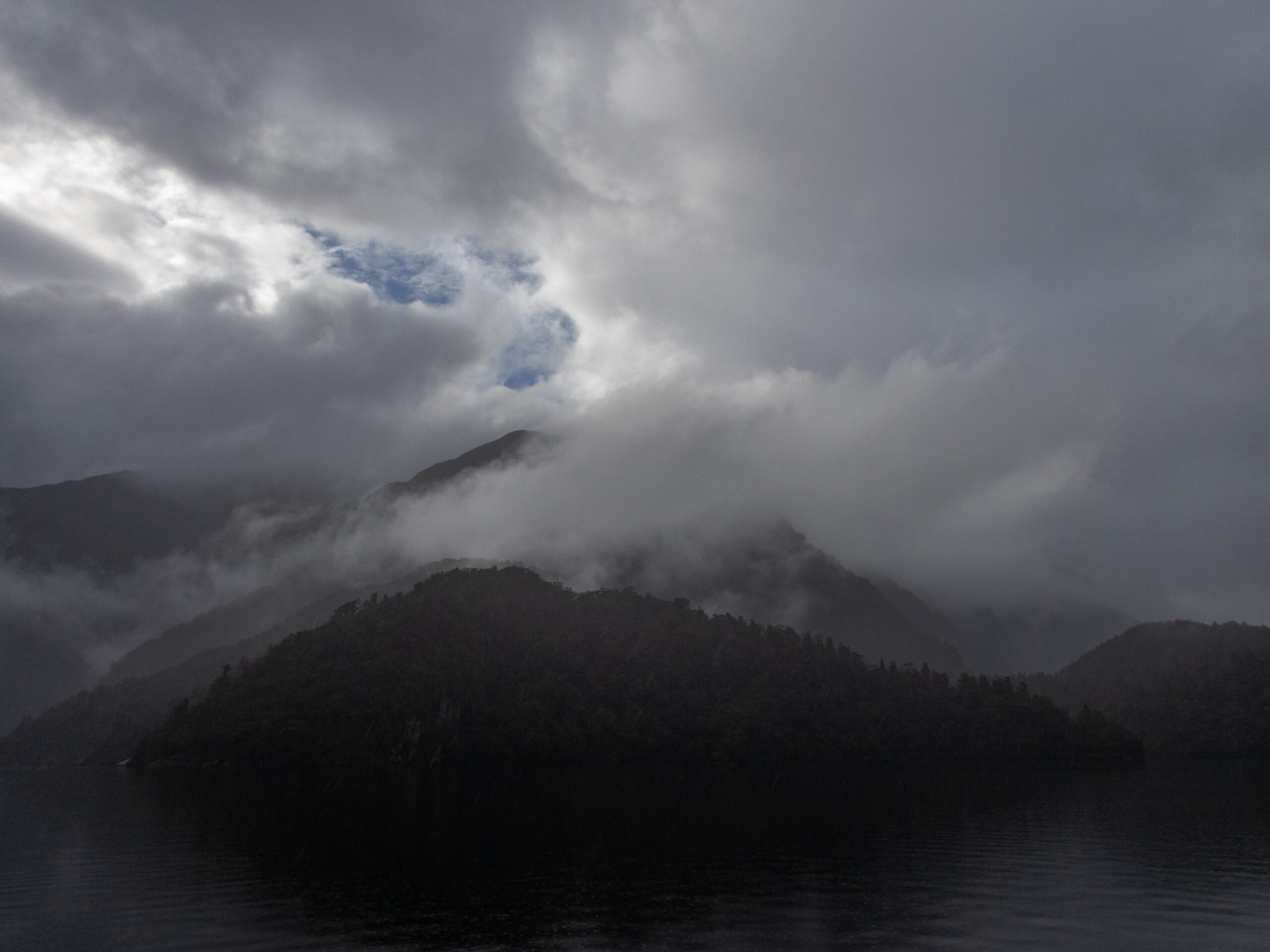

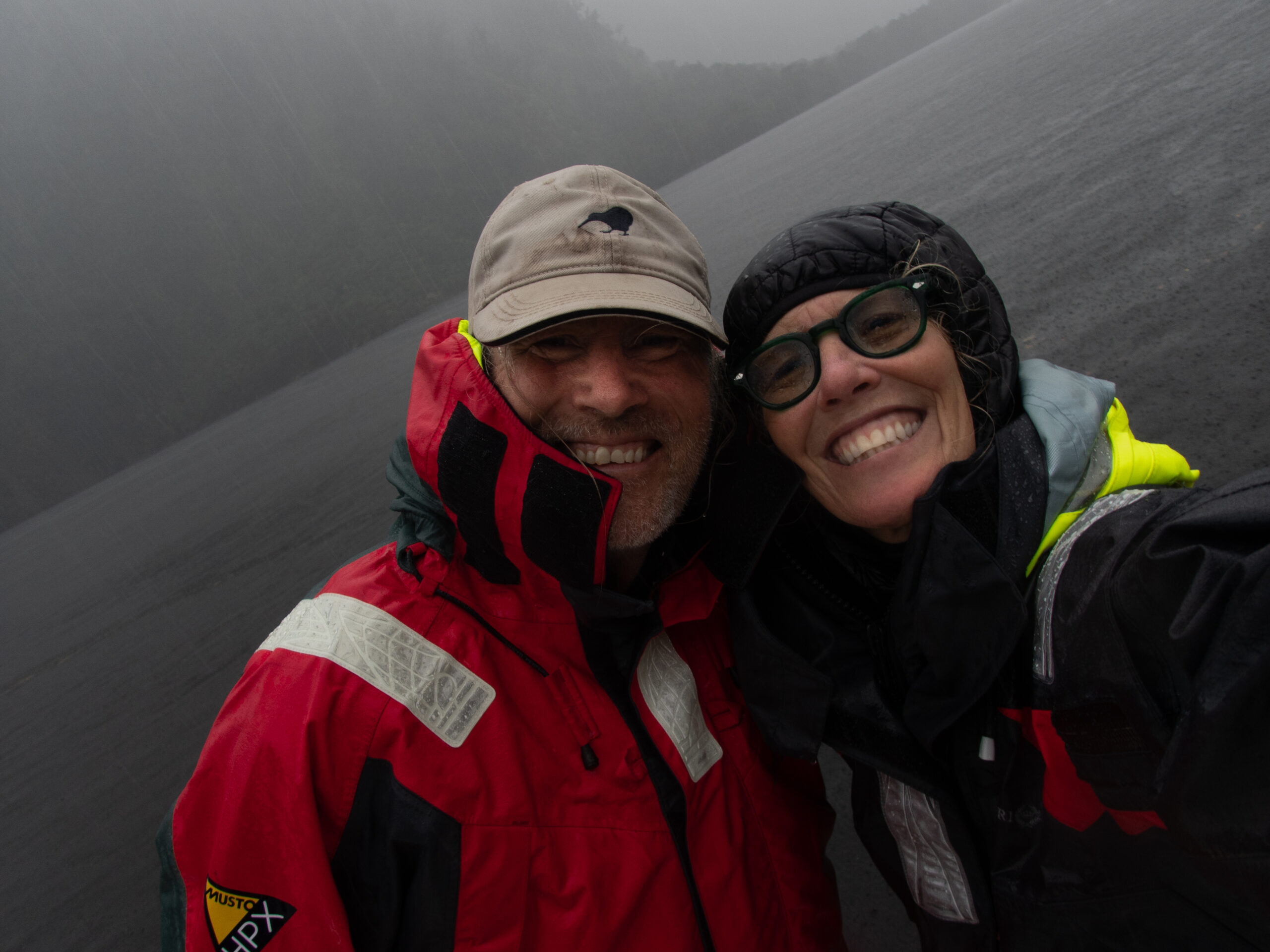

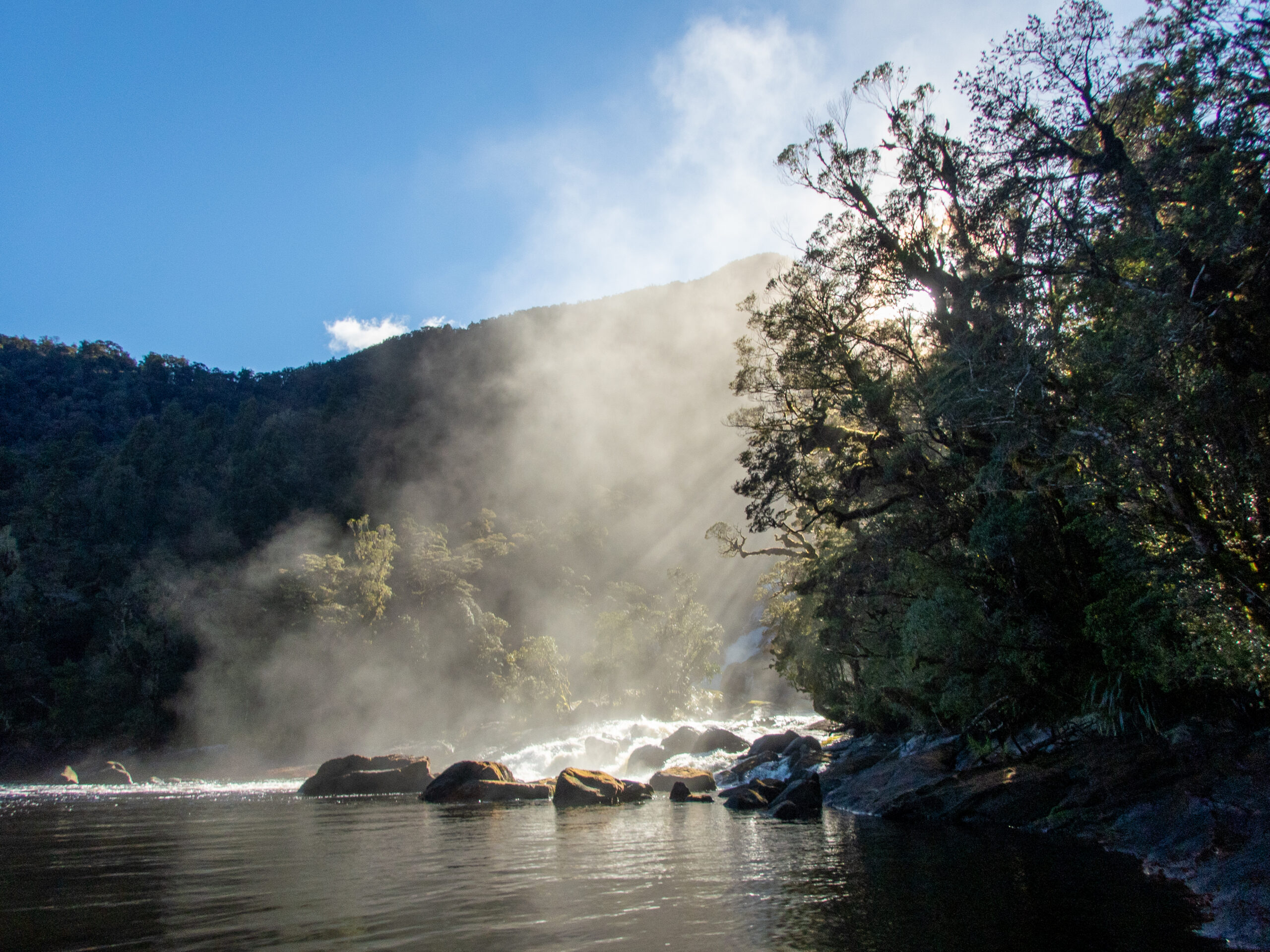


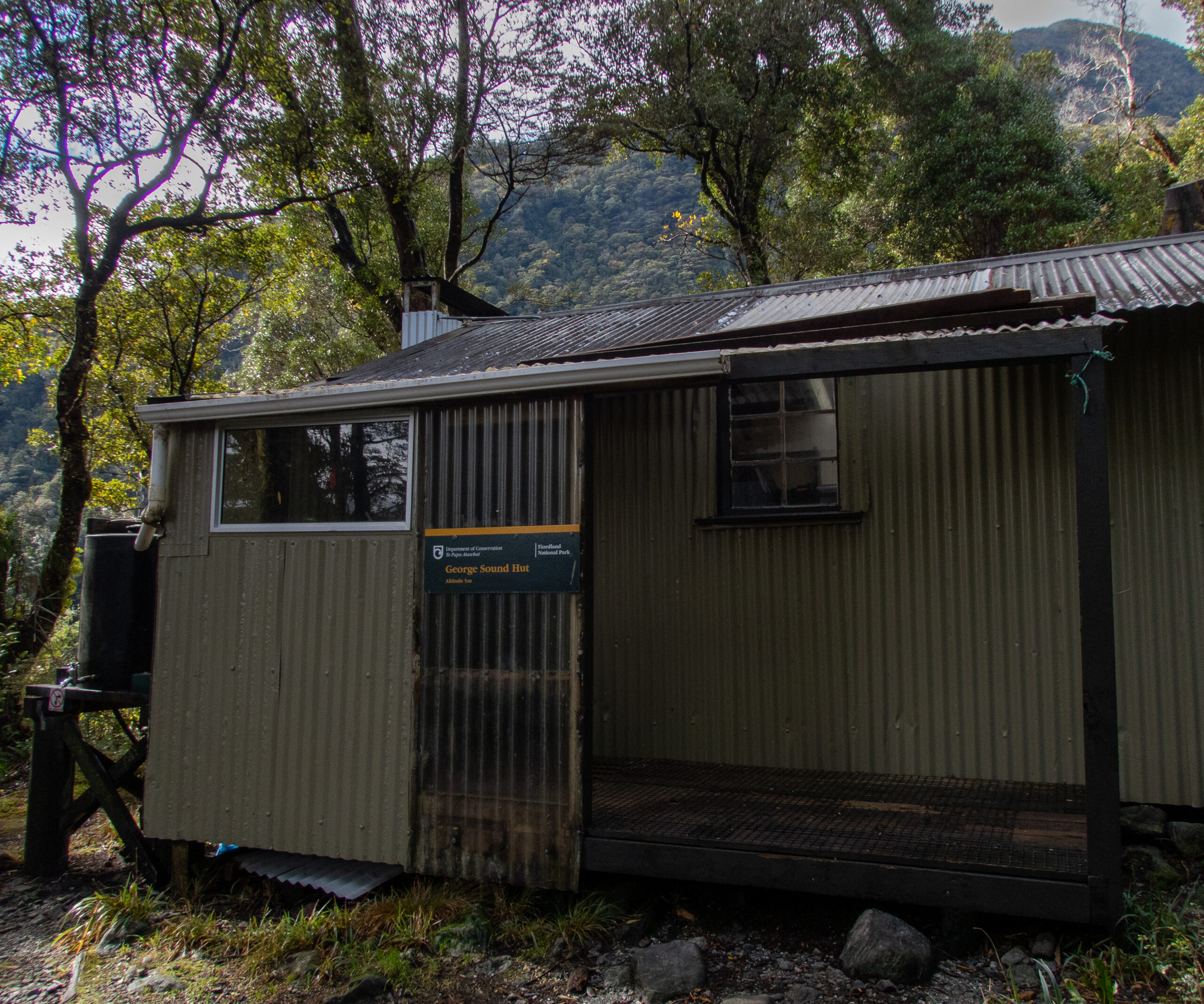



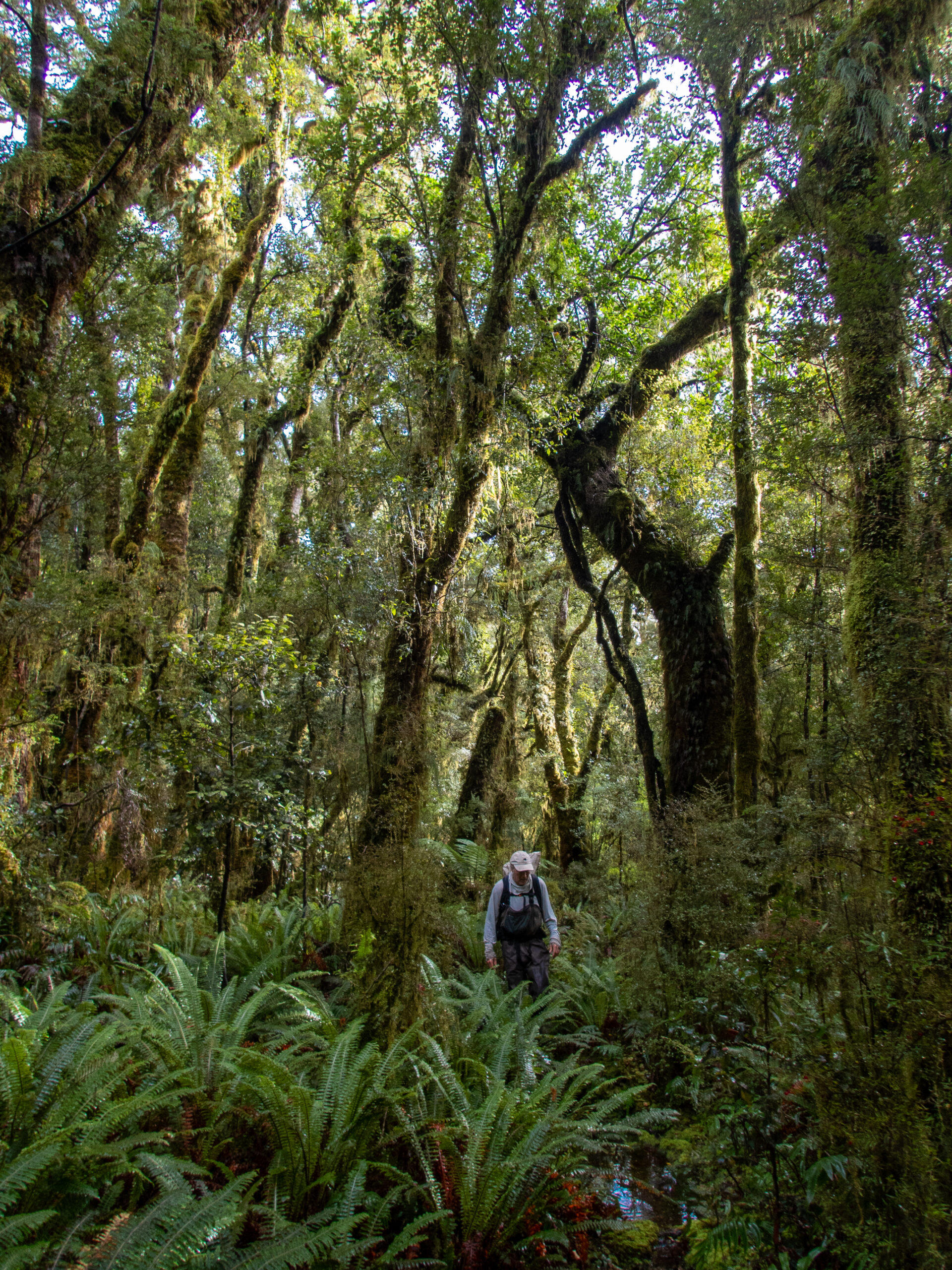

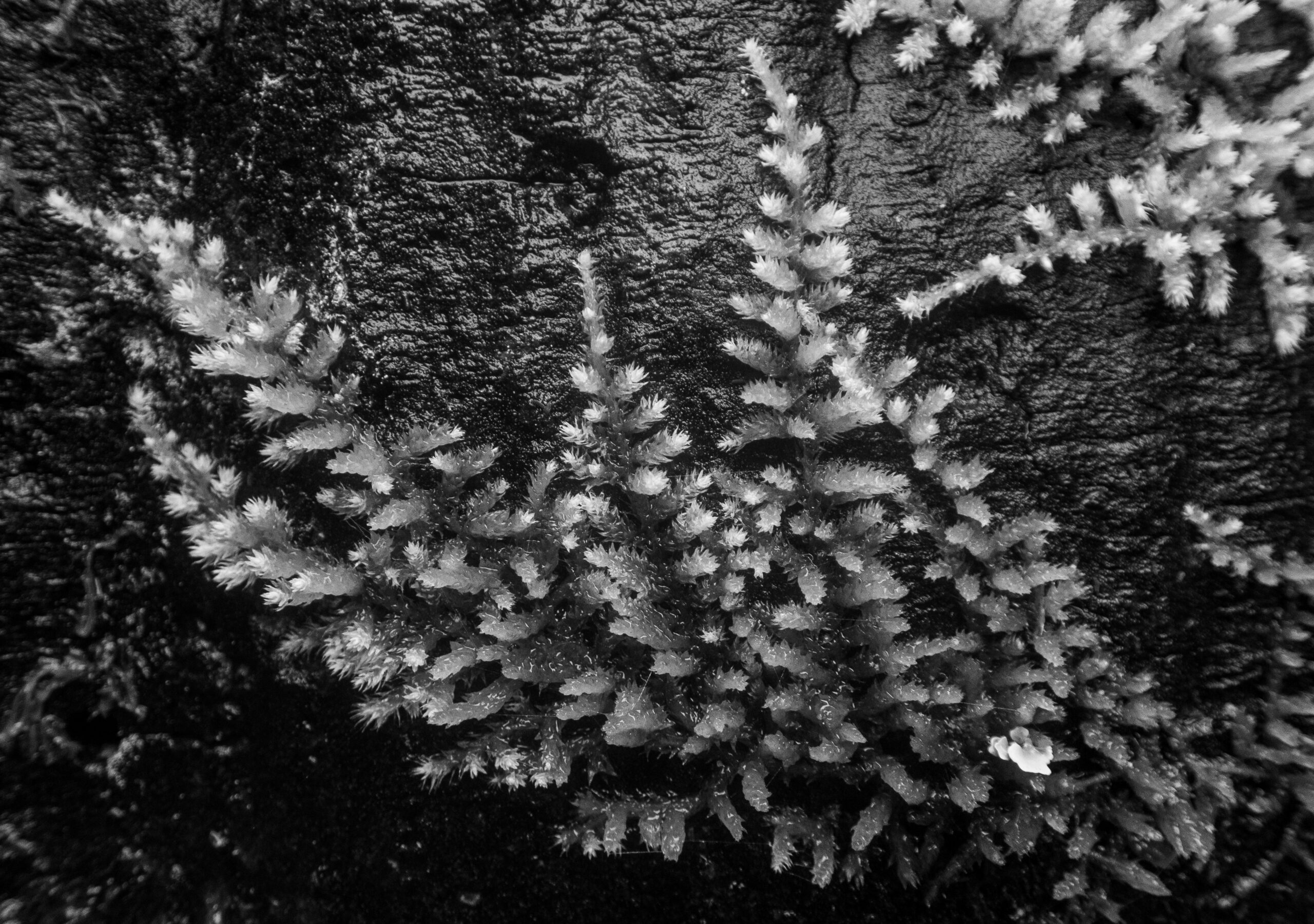

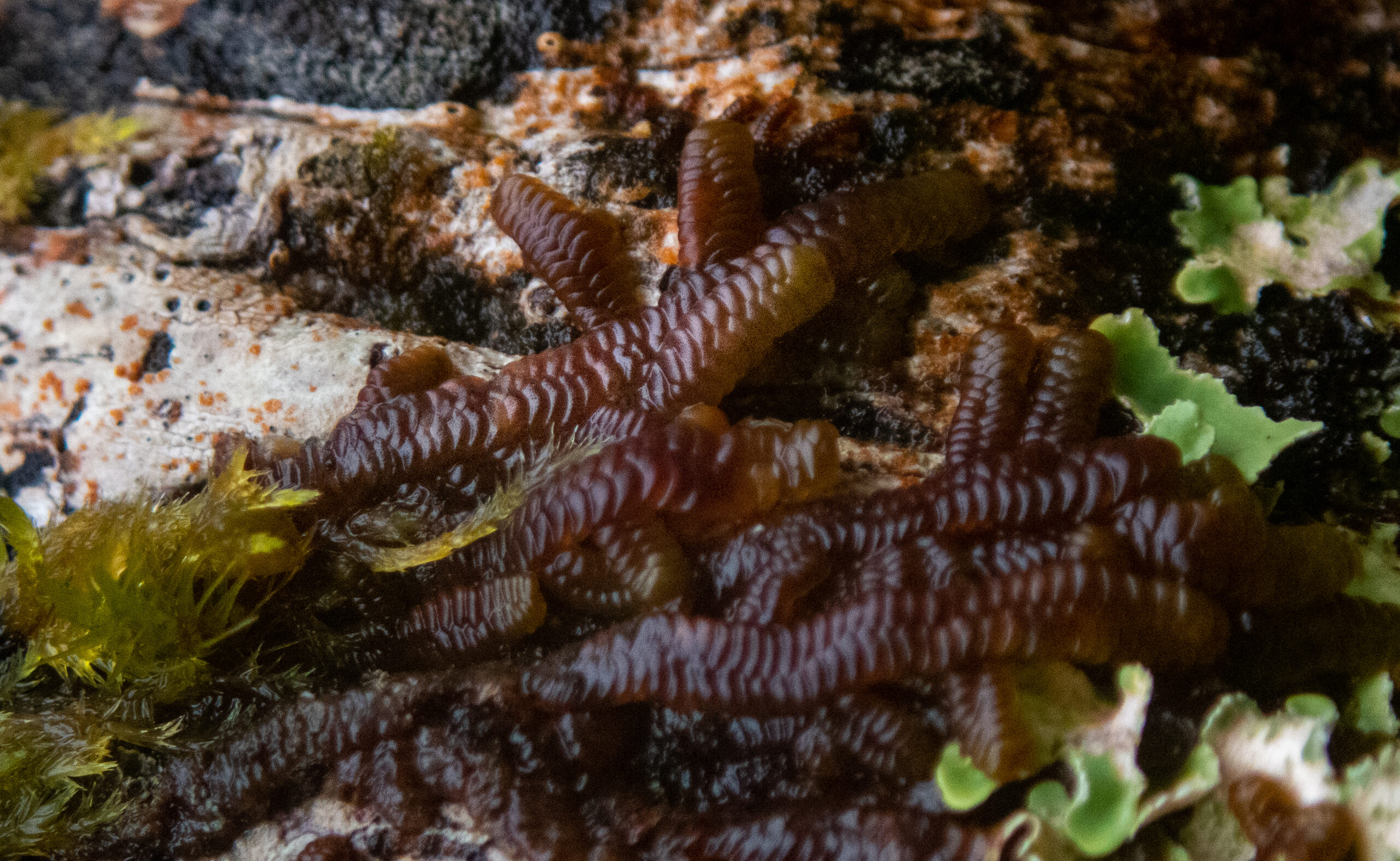
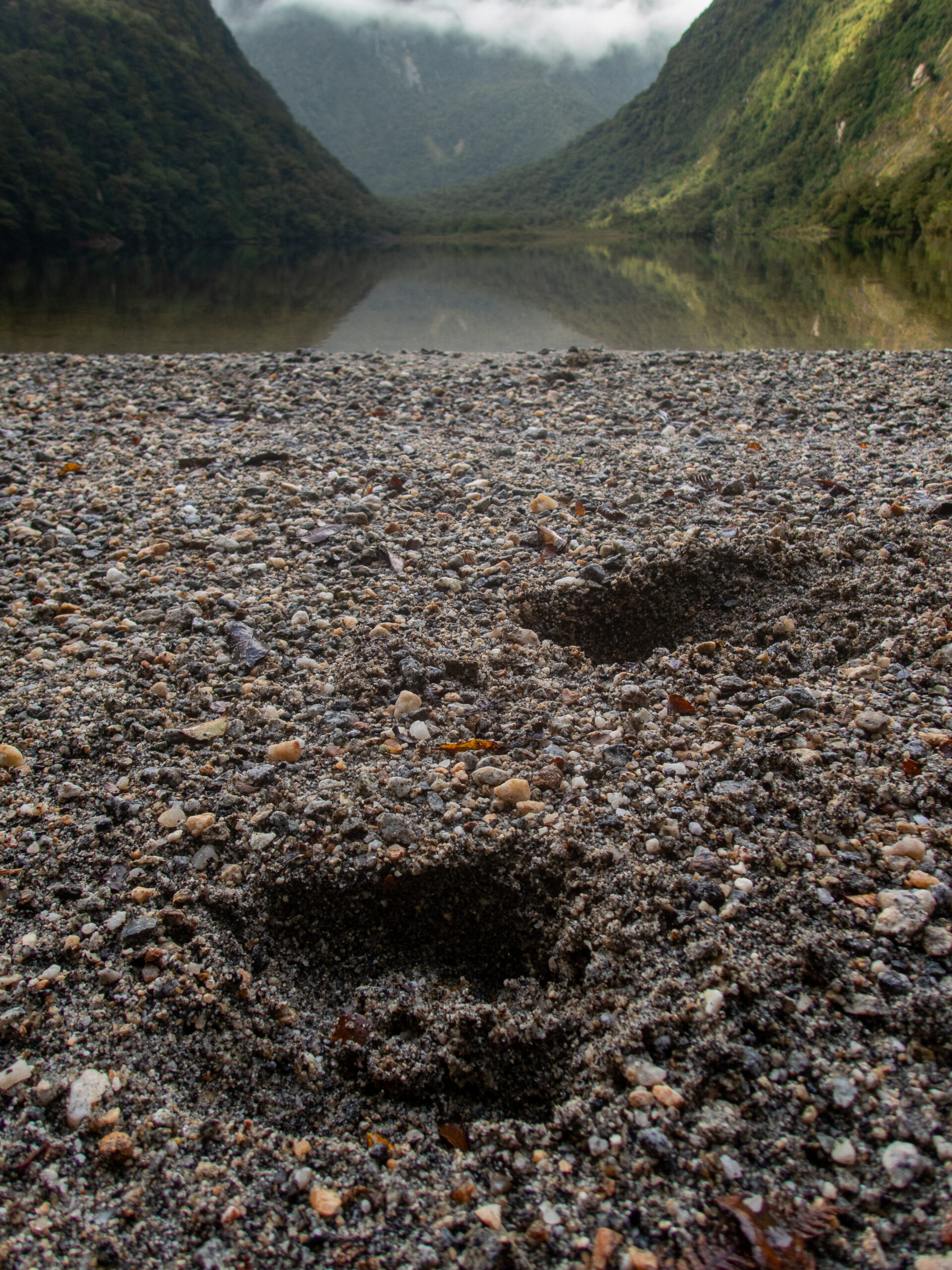
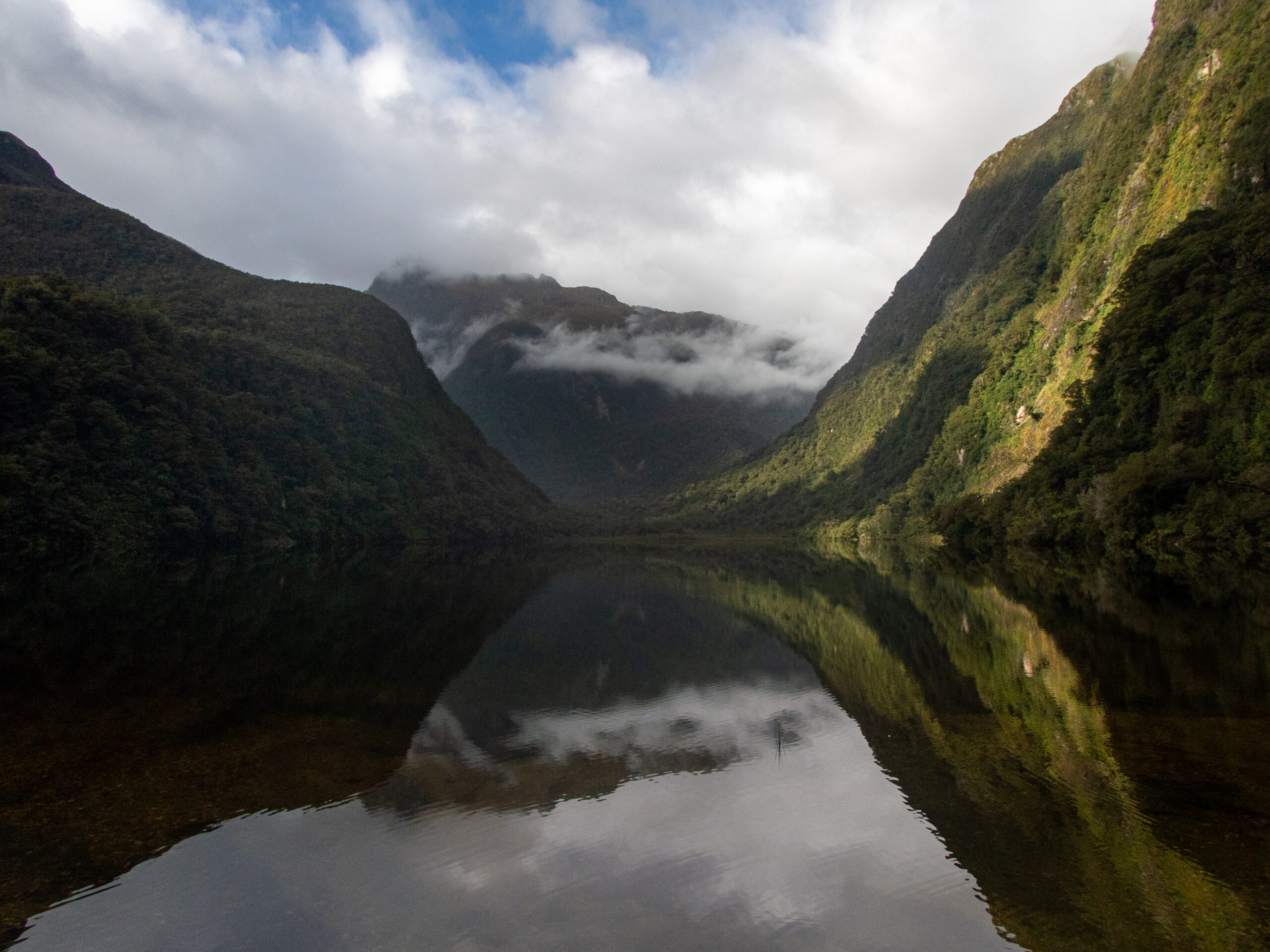

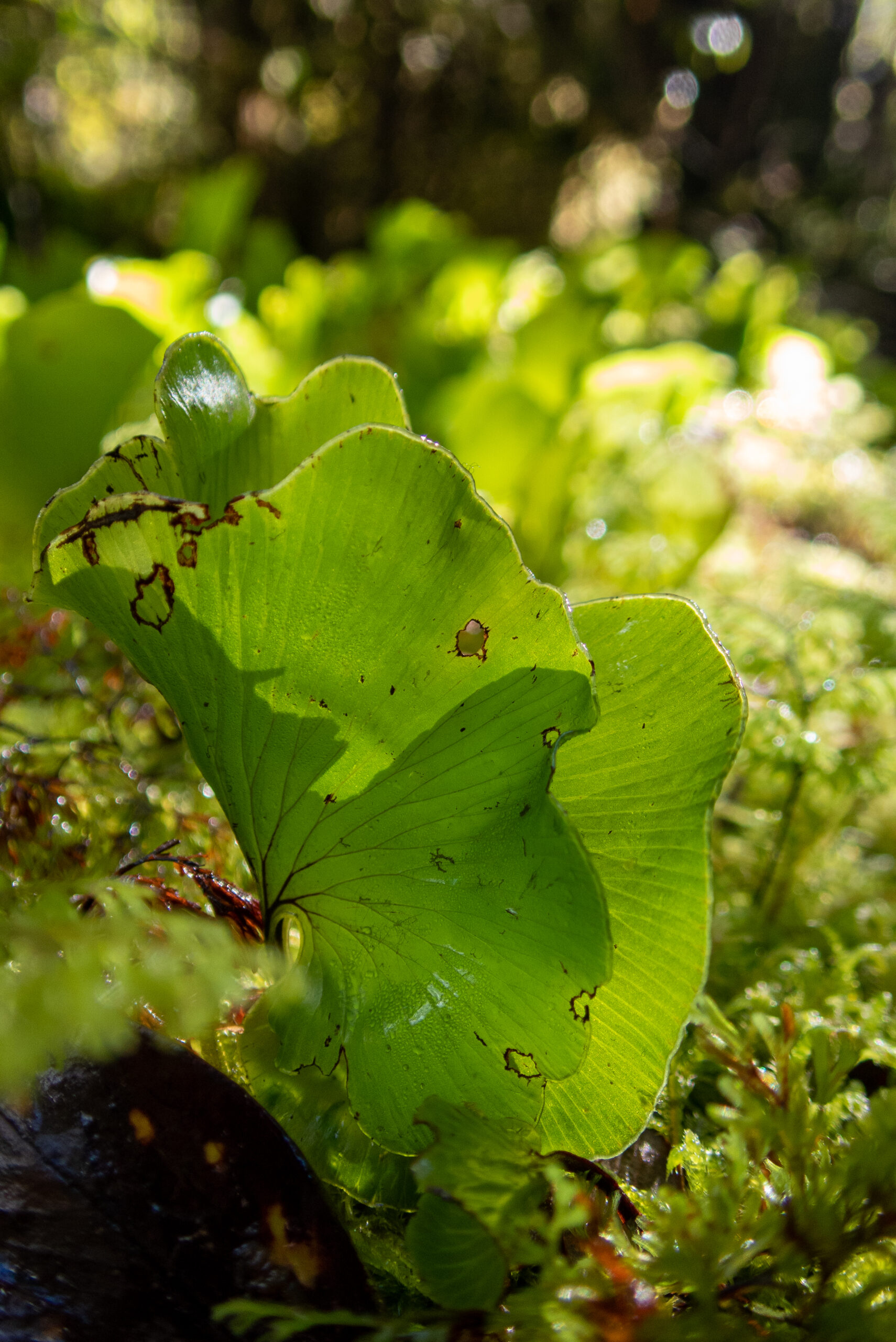
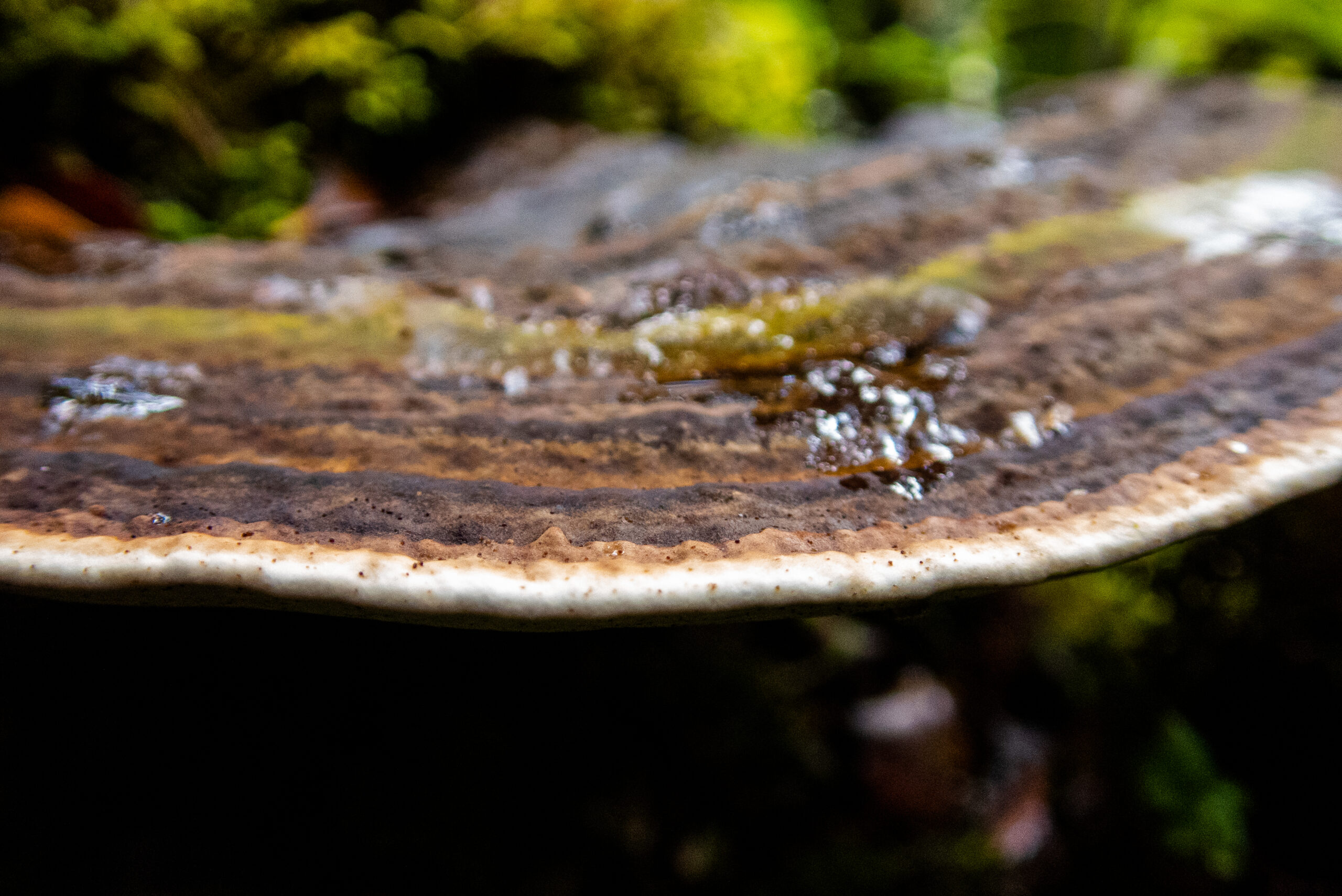

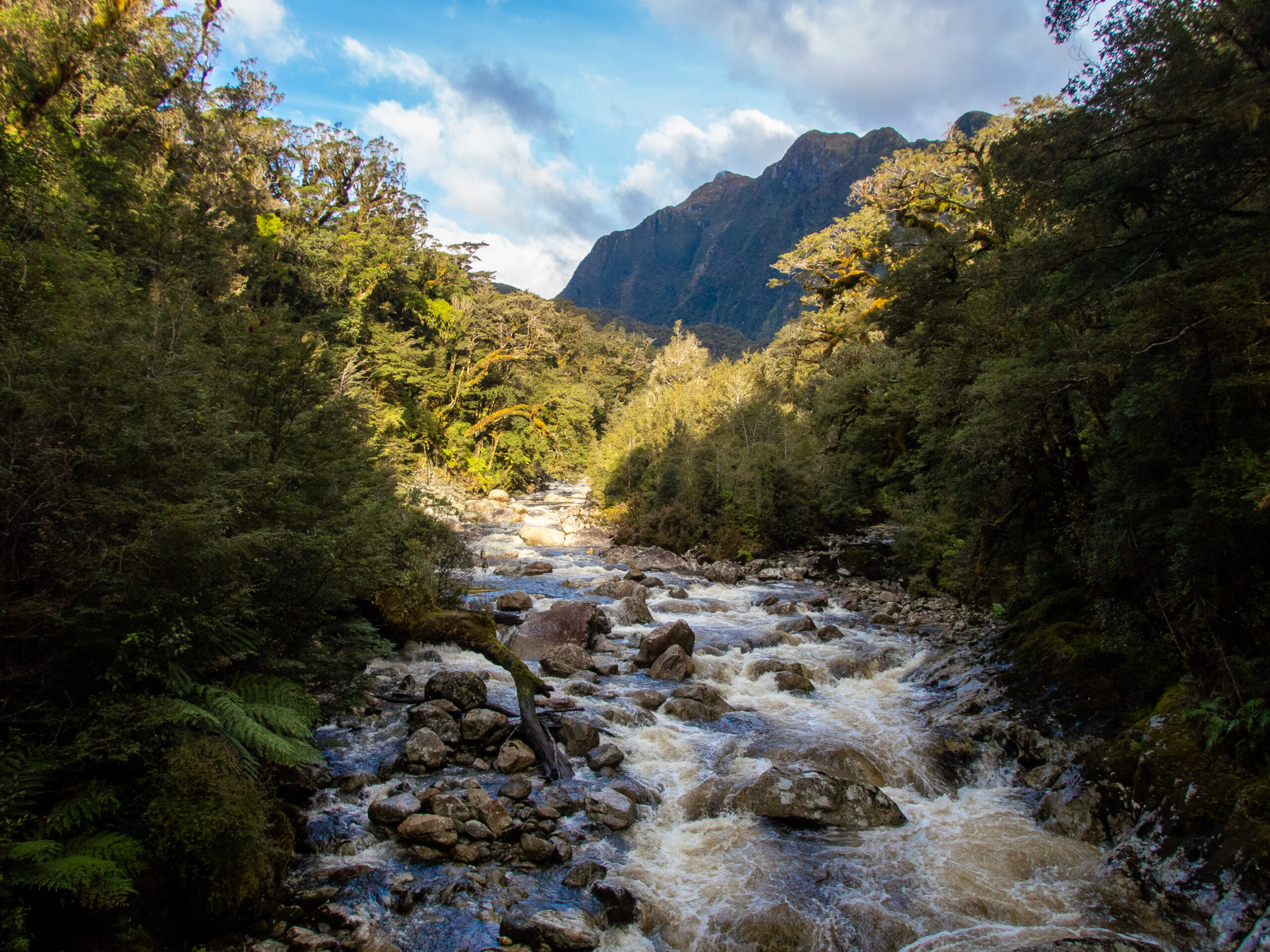
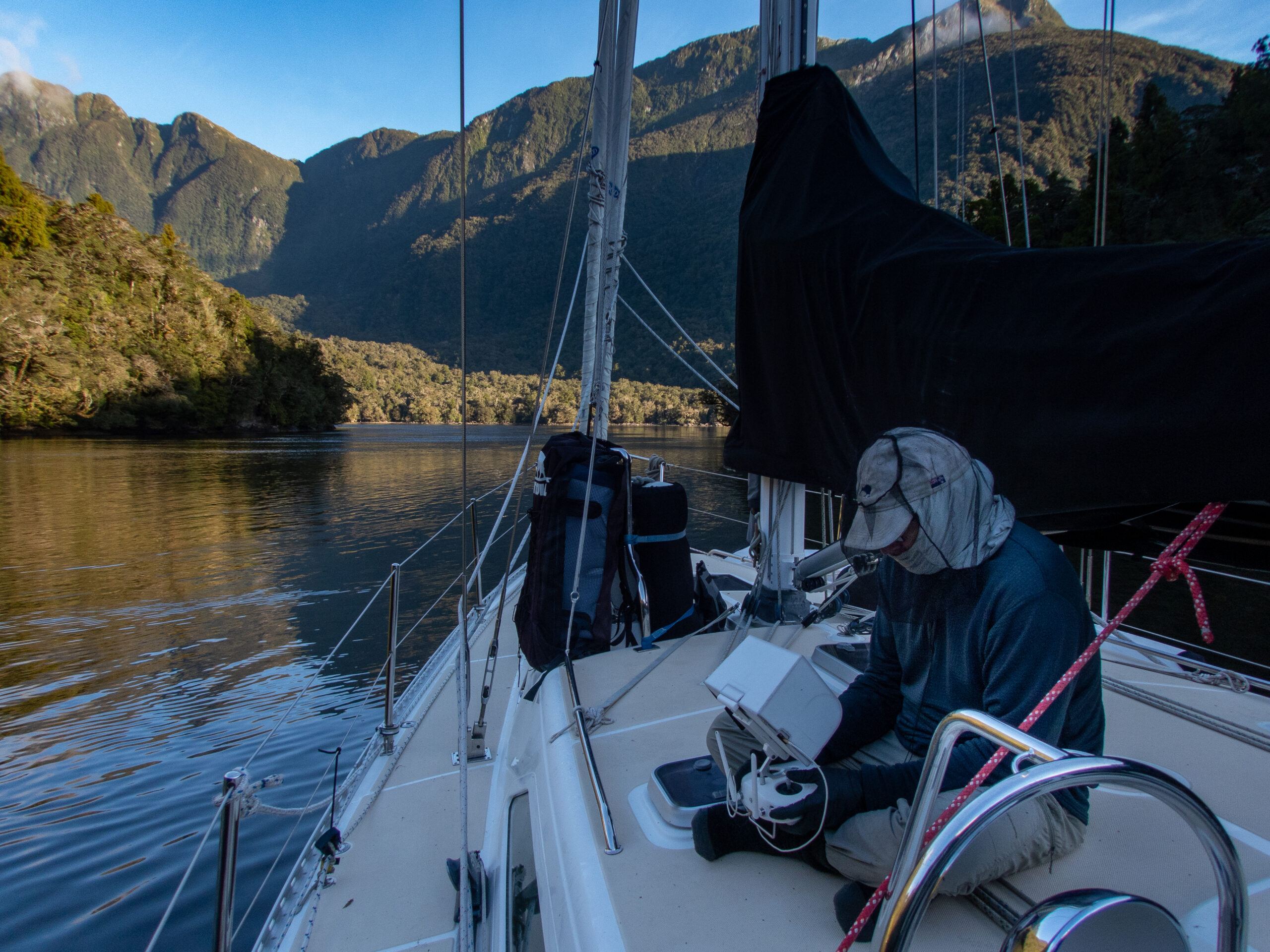
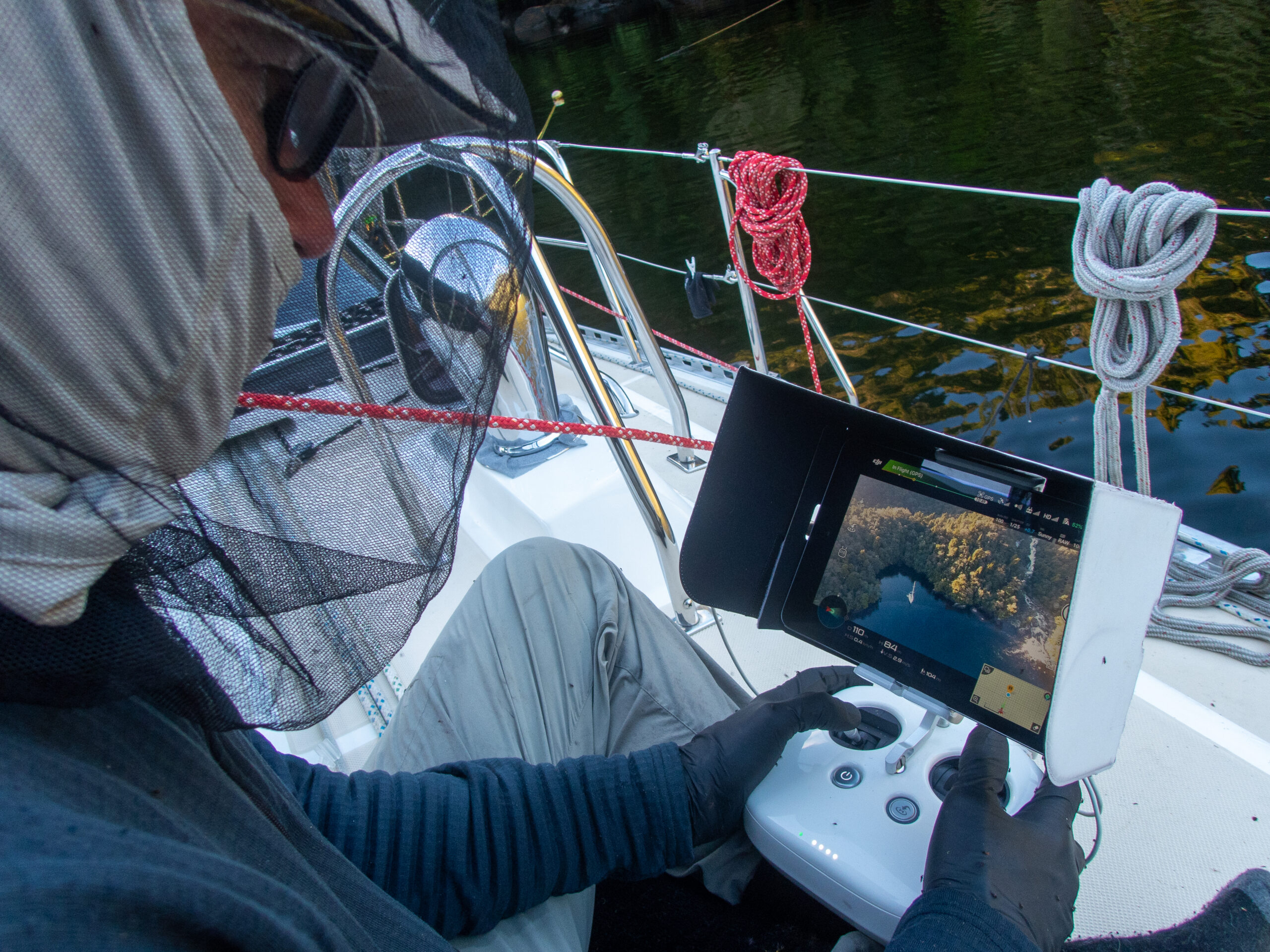
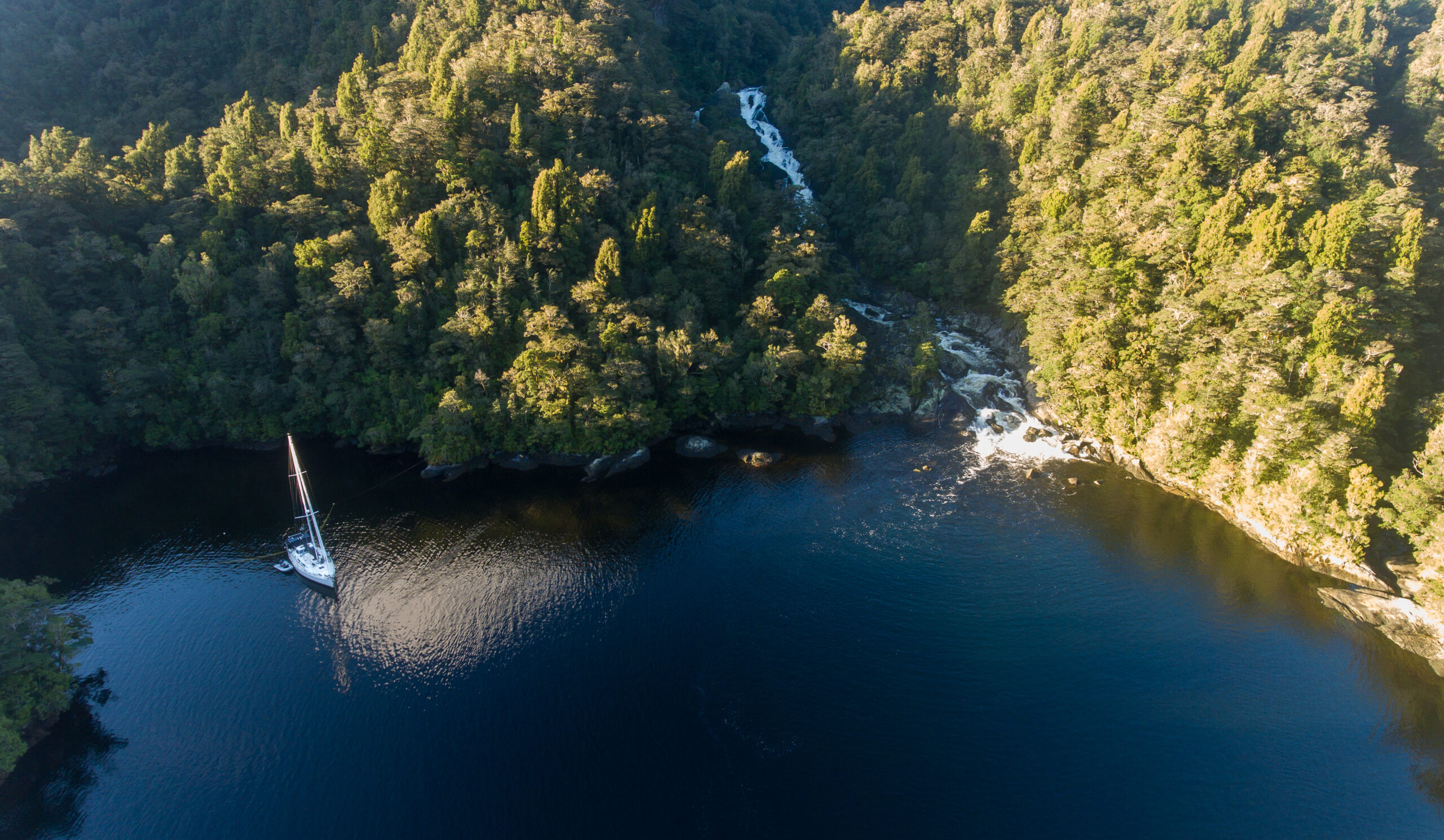
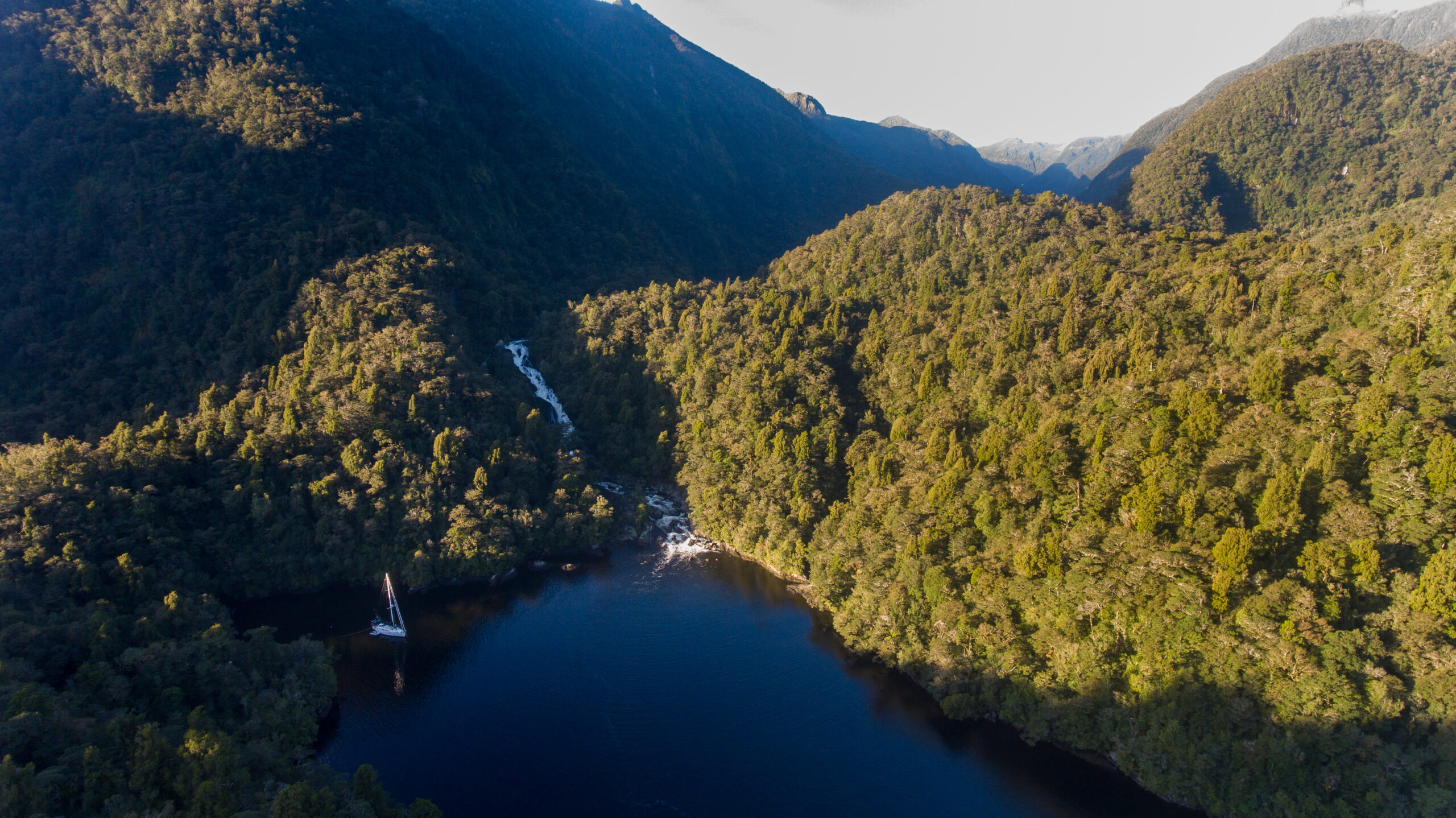
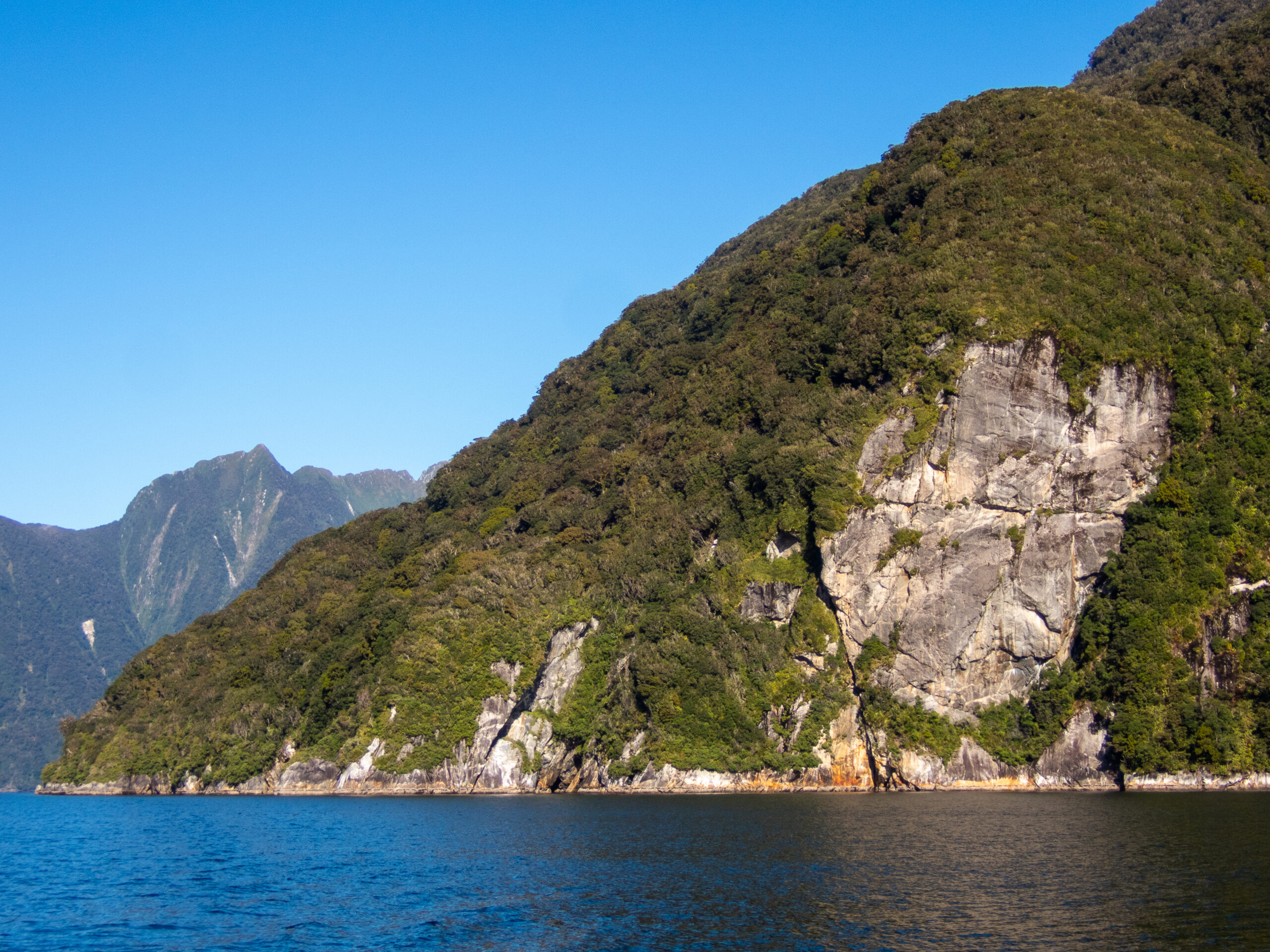
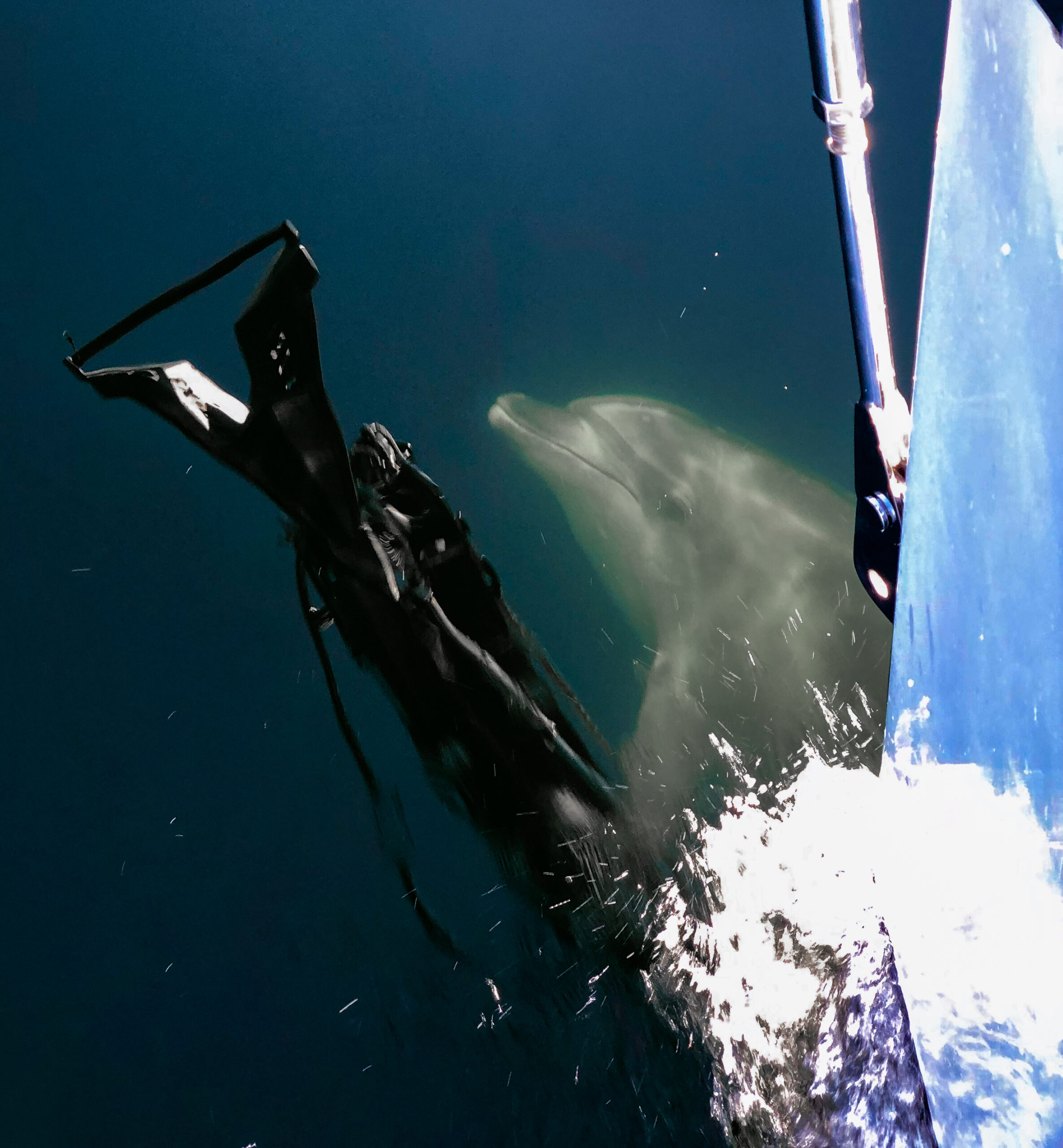
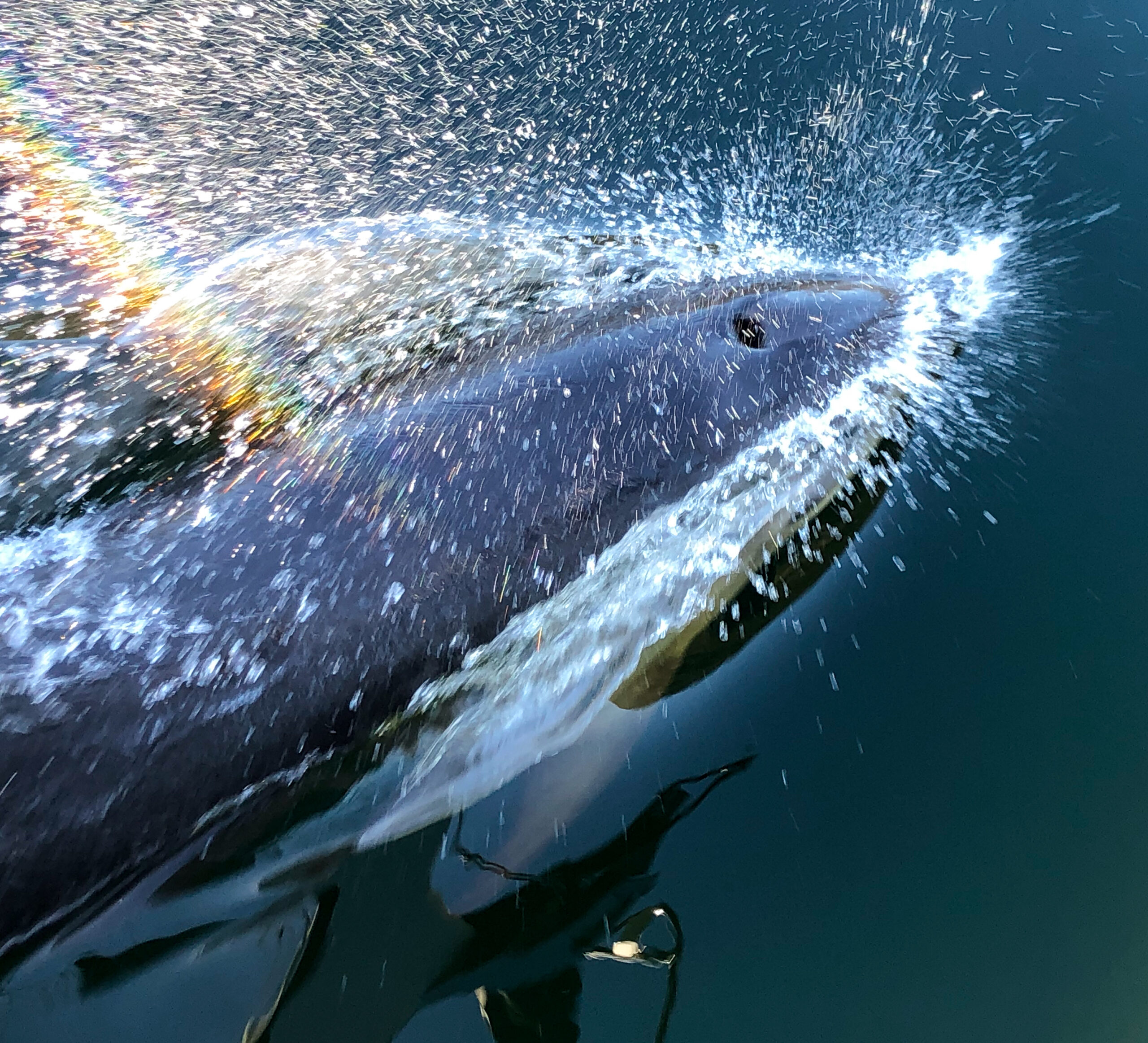



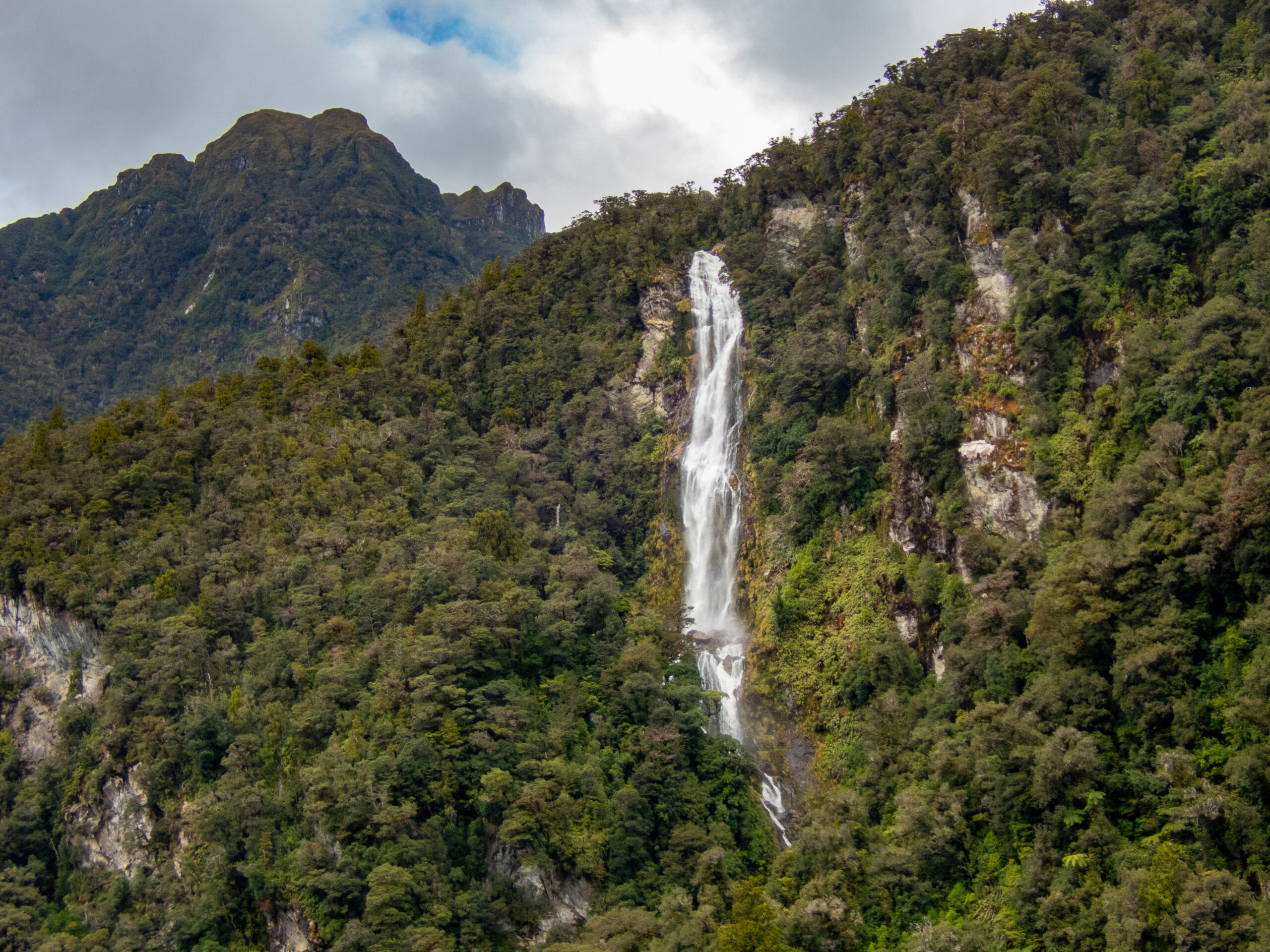
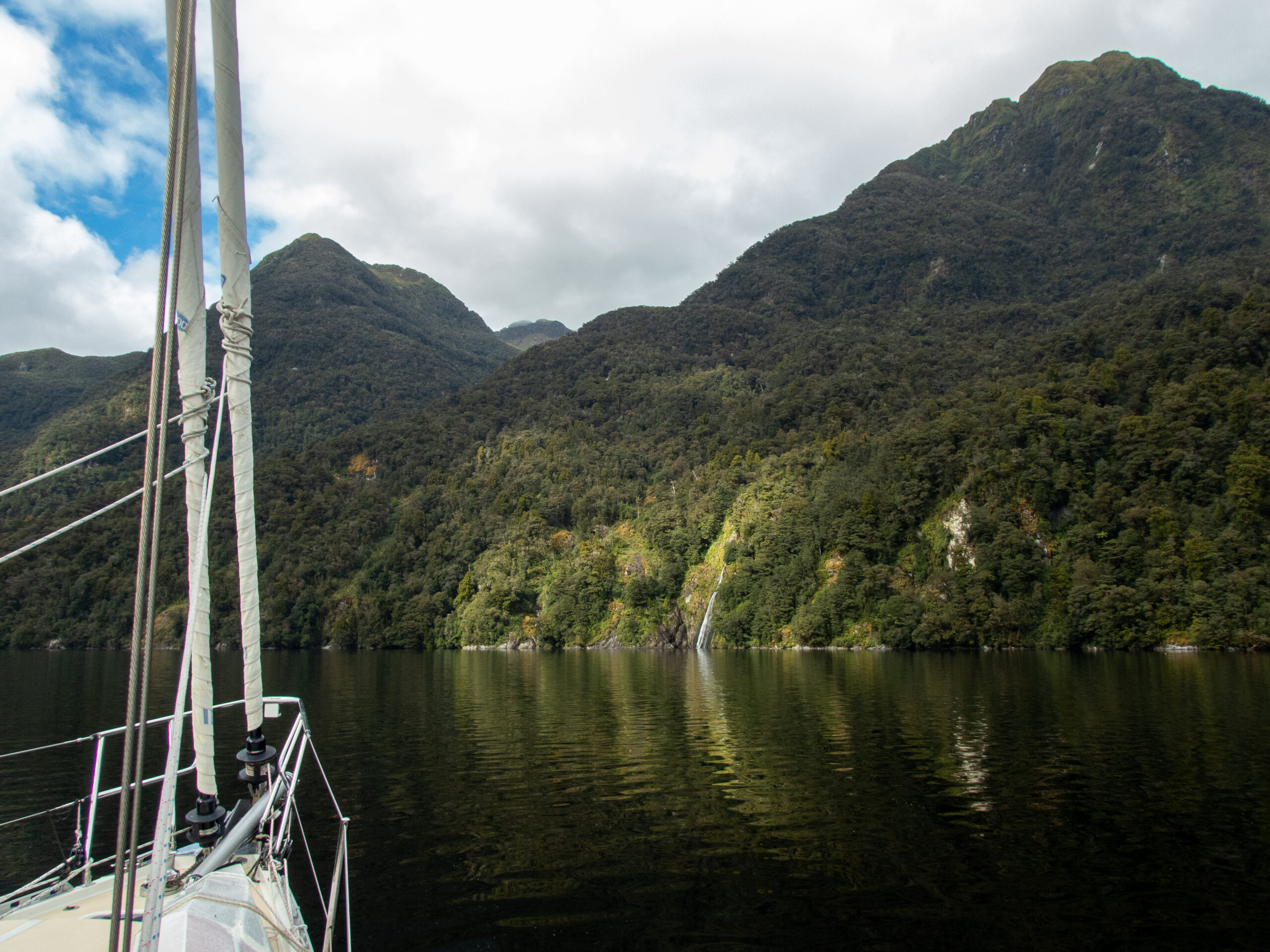
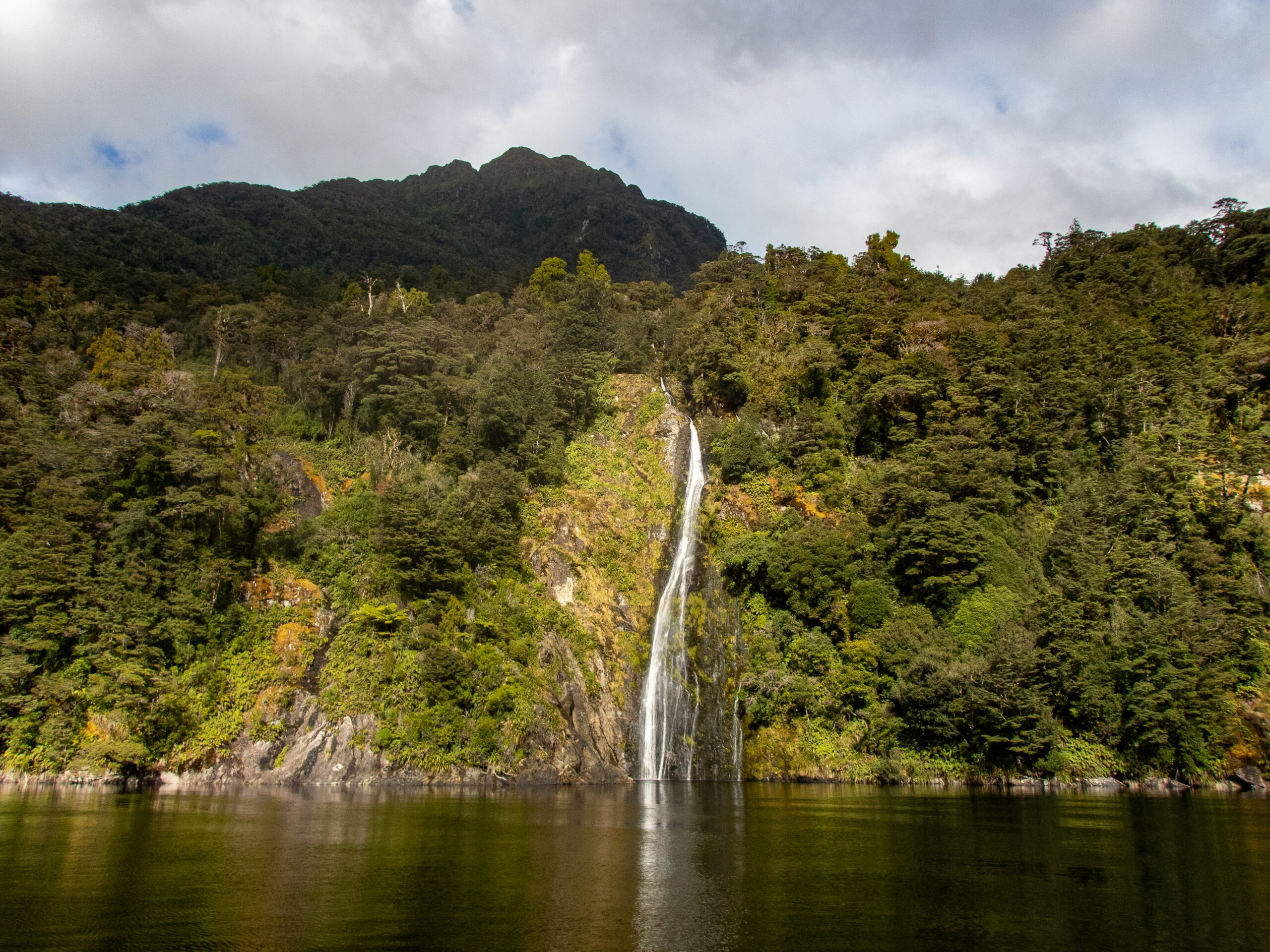
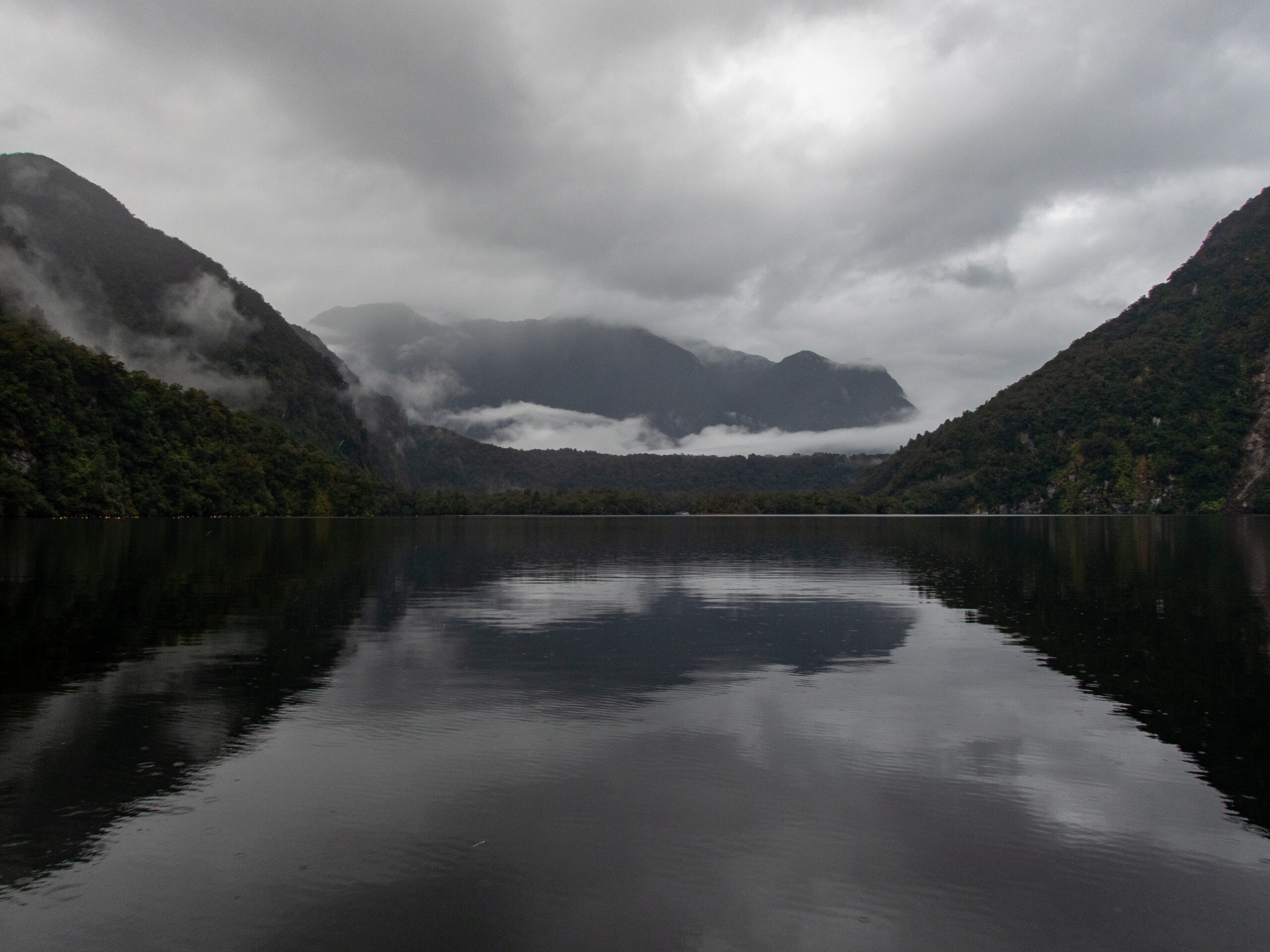

Big Fish
a big fish lived here
under this rock
in this sound
70 meters of water
down down down
finning the murky fathoms
there must be something it is like to be
a big fish
broad tail to the tide
jaw slowly moving, gills filtering
oxygen and salt from darkness
listening to the strange whirr of a prop churning distantly overhead
scent in the current
vibrations of much younger, much smaller, more foolish fish
everyone makes mistakes
joy to the world!
big fish on!
the breathless mystery of something deep
that unremitting pull of an invisible line
uncompromising bite and stick and metal barb
is there hoping it might break free
what is it like
to be another’s flesh and dinner?
exhausted thrashing on the surface
searing bright light and fierce dryness
the gaseous, ethereal world
where white birds like cherubs flitter and follow
where albatross glide like shadows of another understanding
what is it like, big fish?
now that two men hold you in firm hands
knife wielding hands
careless hands
is this the dance?
waves surge against the rocks
seaweed starfish worms green saltwater alive
o’ fish shaped wave
these men call you big fish
men who came to find things to take
big trees all in a row
is there something it is like
to be a man holding a gray dead fish
for a picture
flesh stripped from her ancient bones ~MS
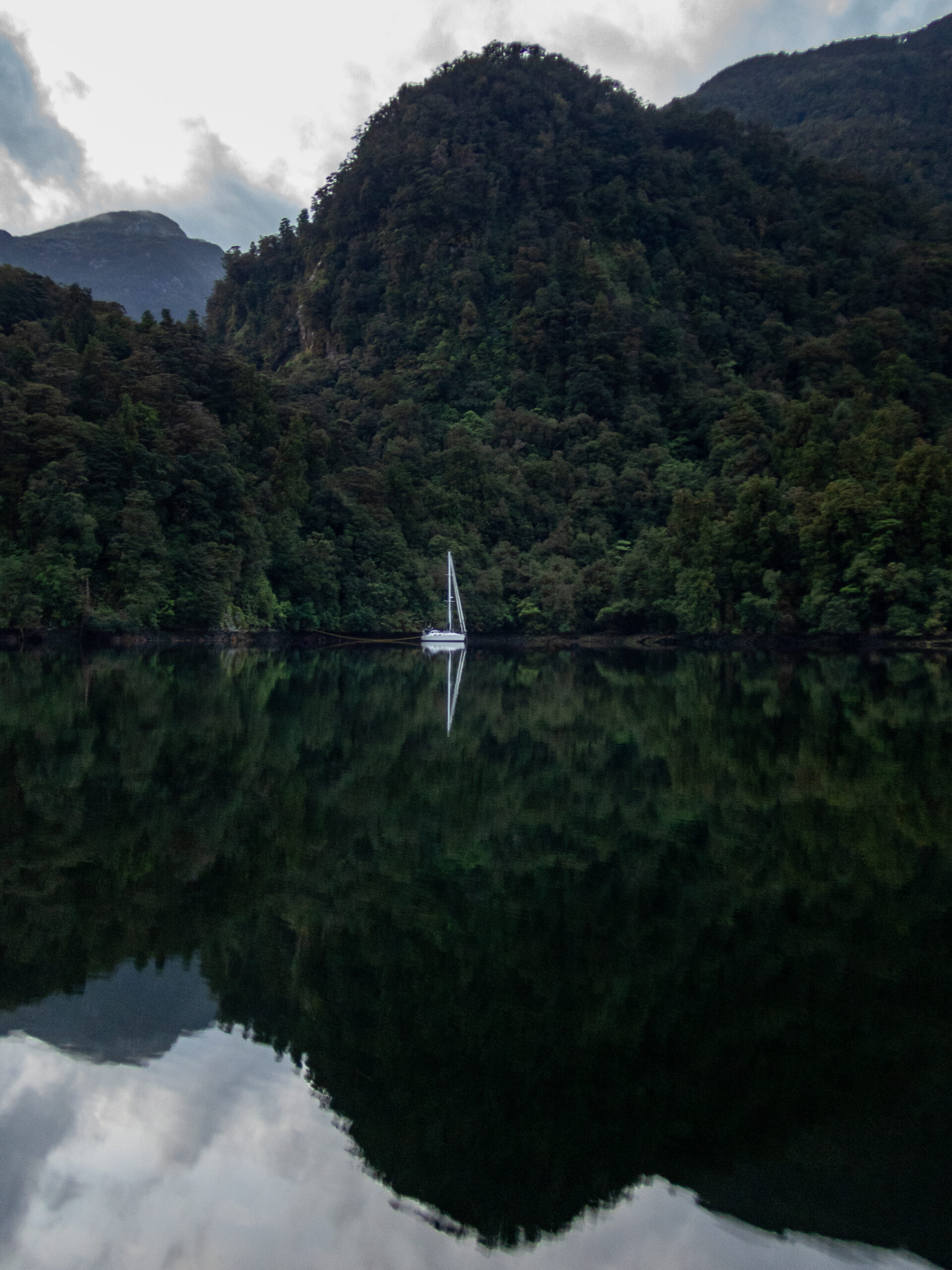
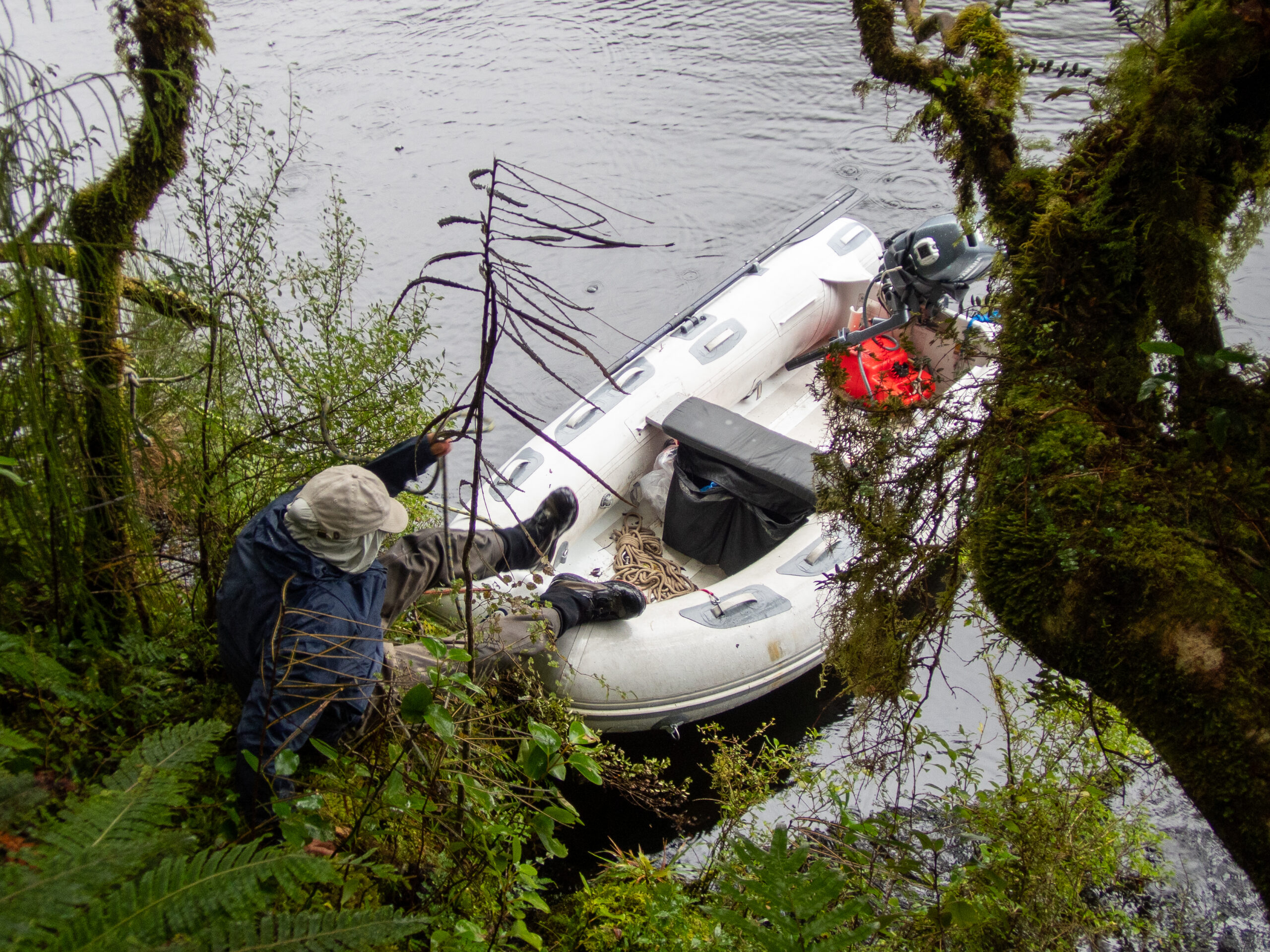
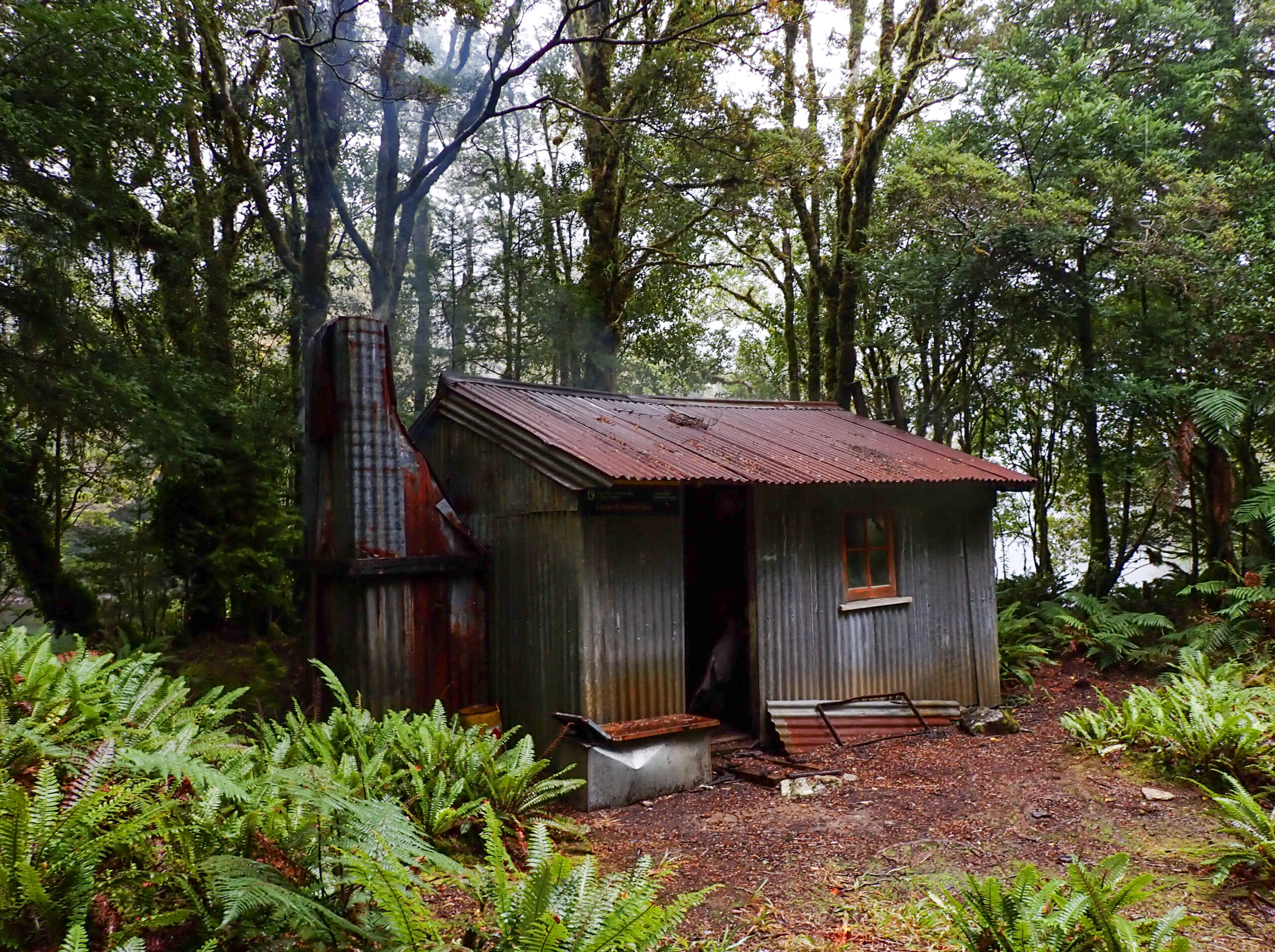
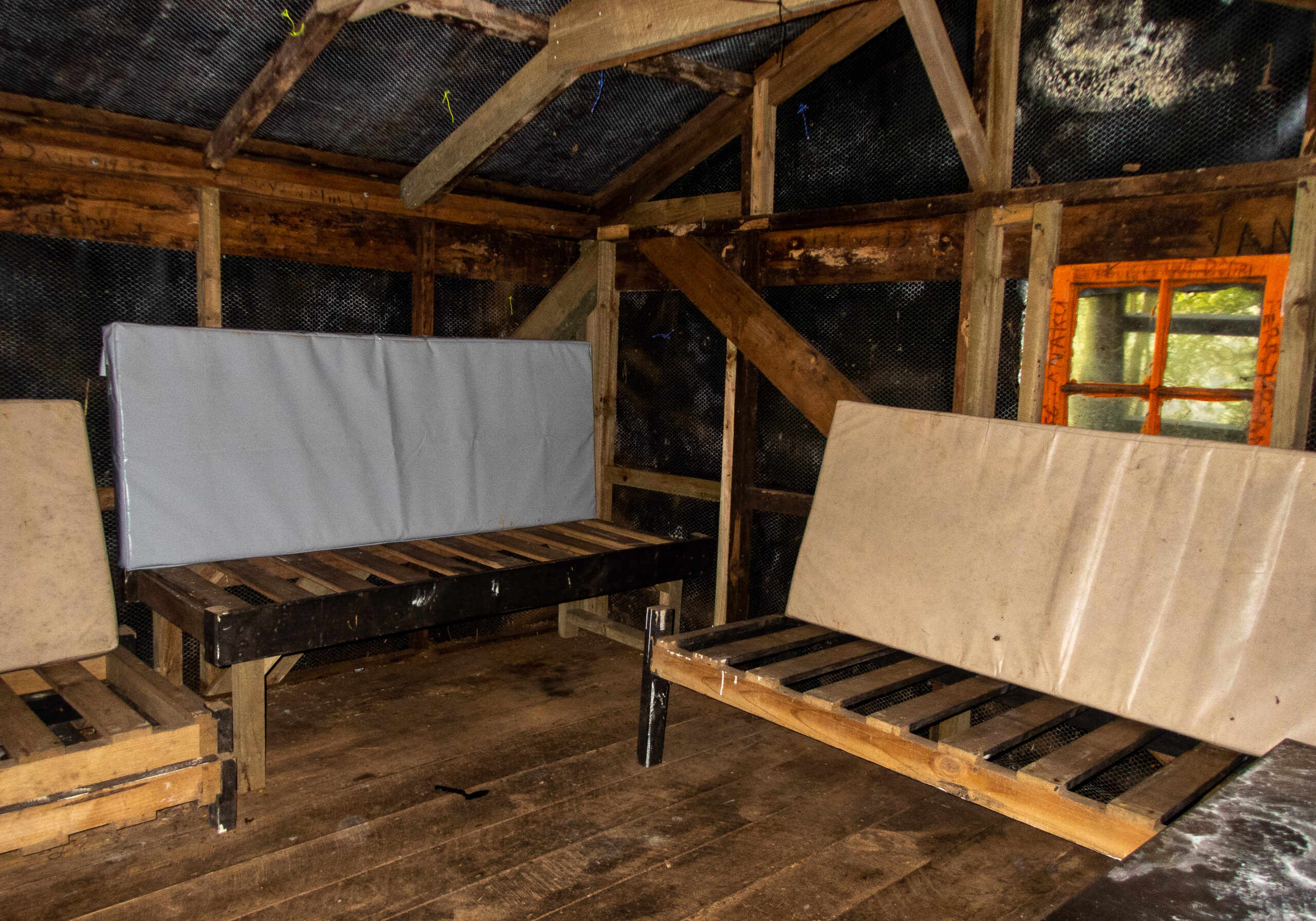

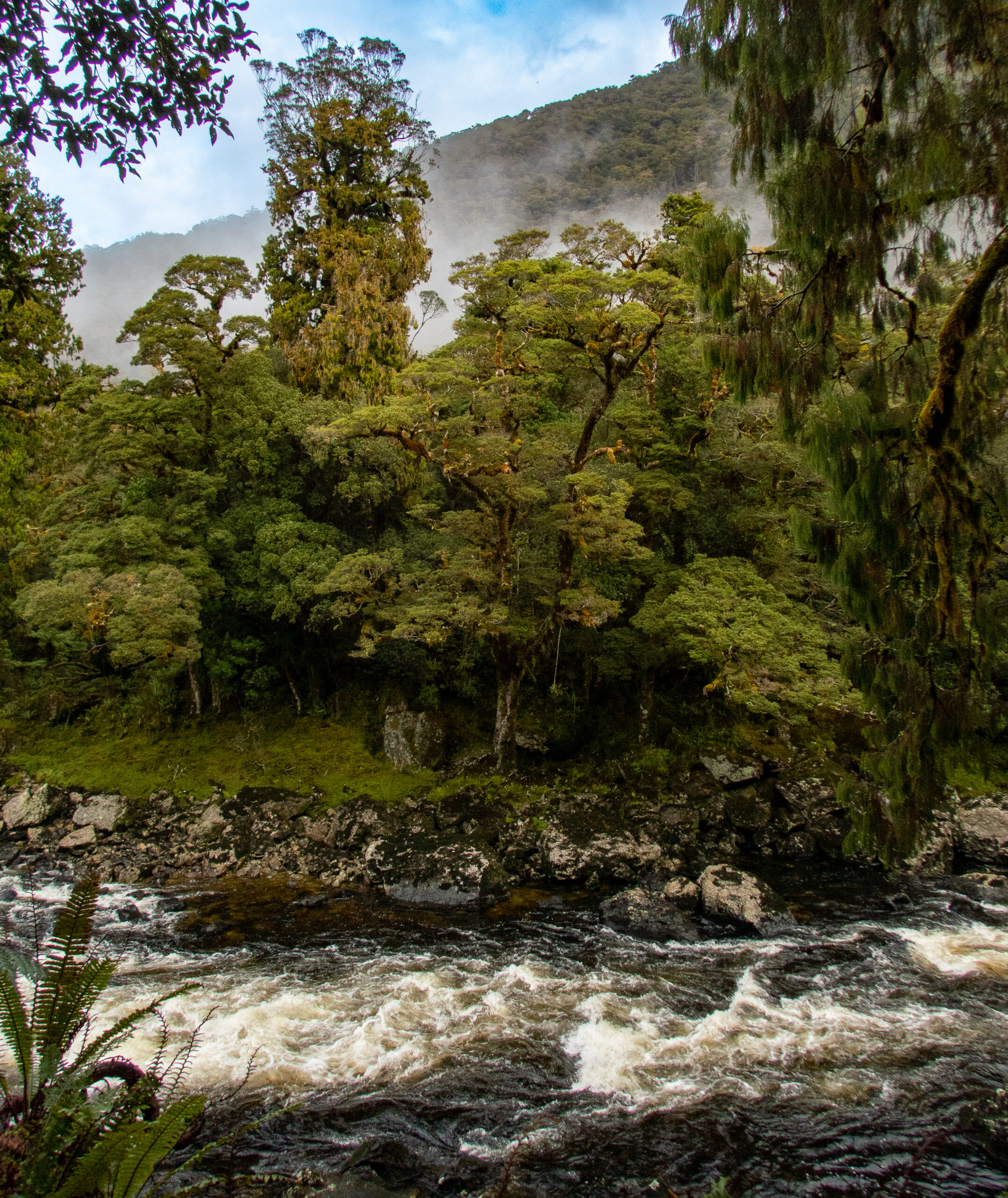
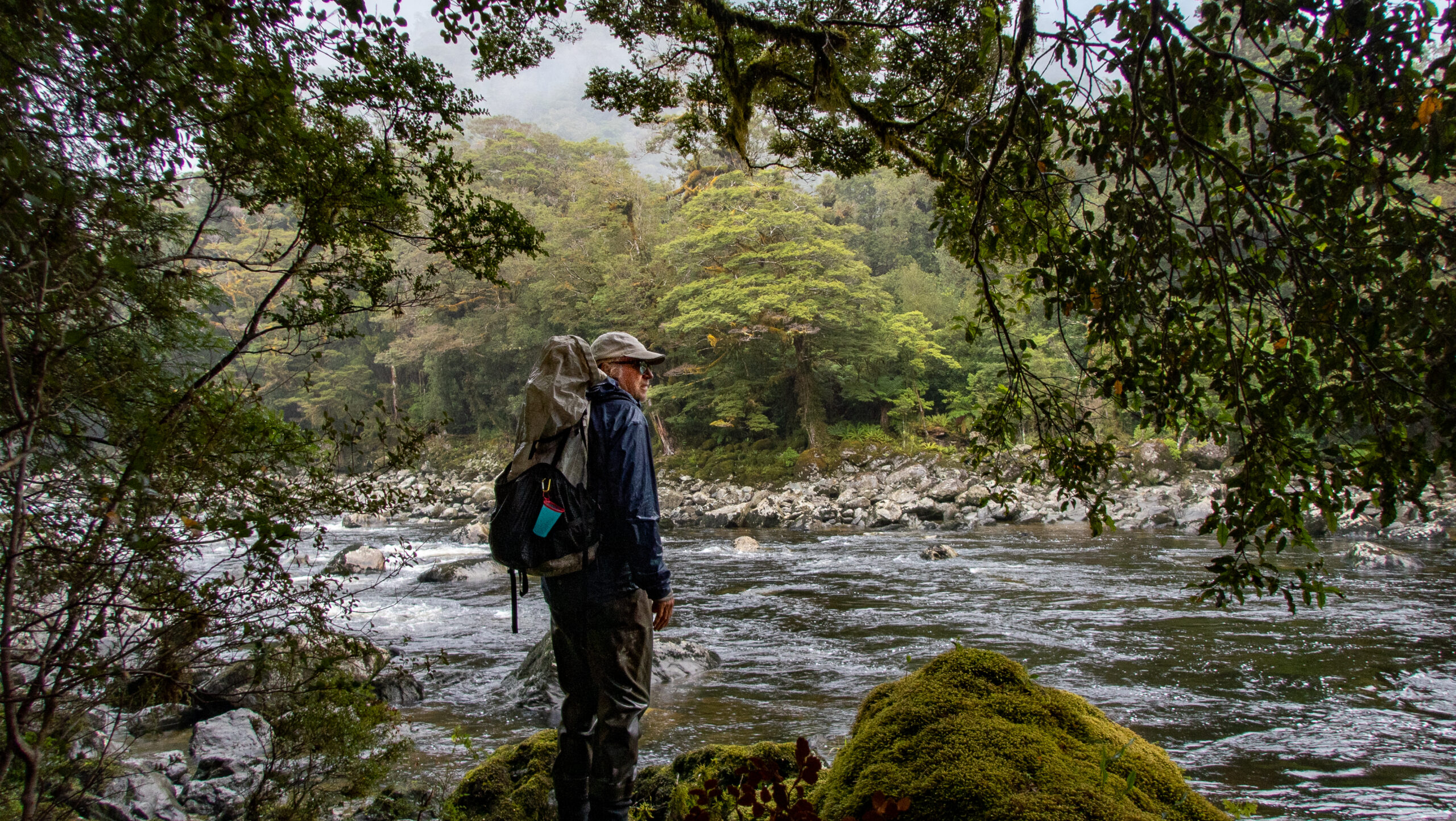


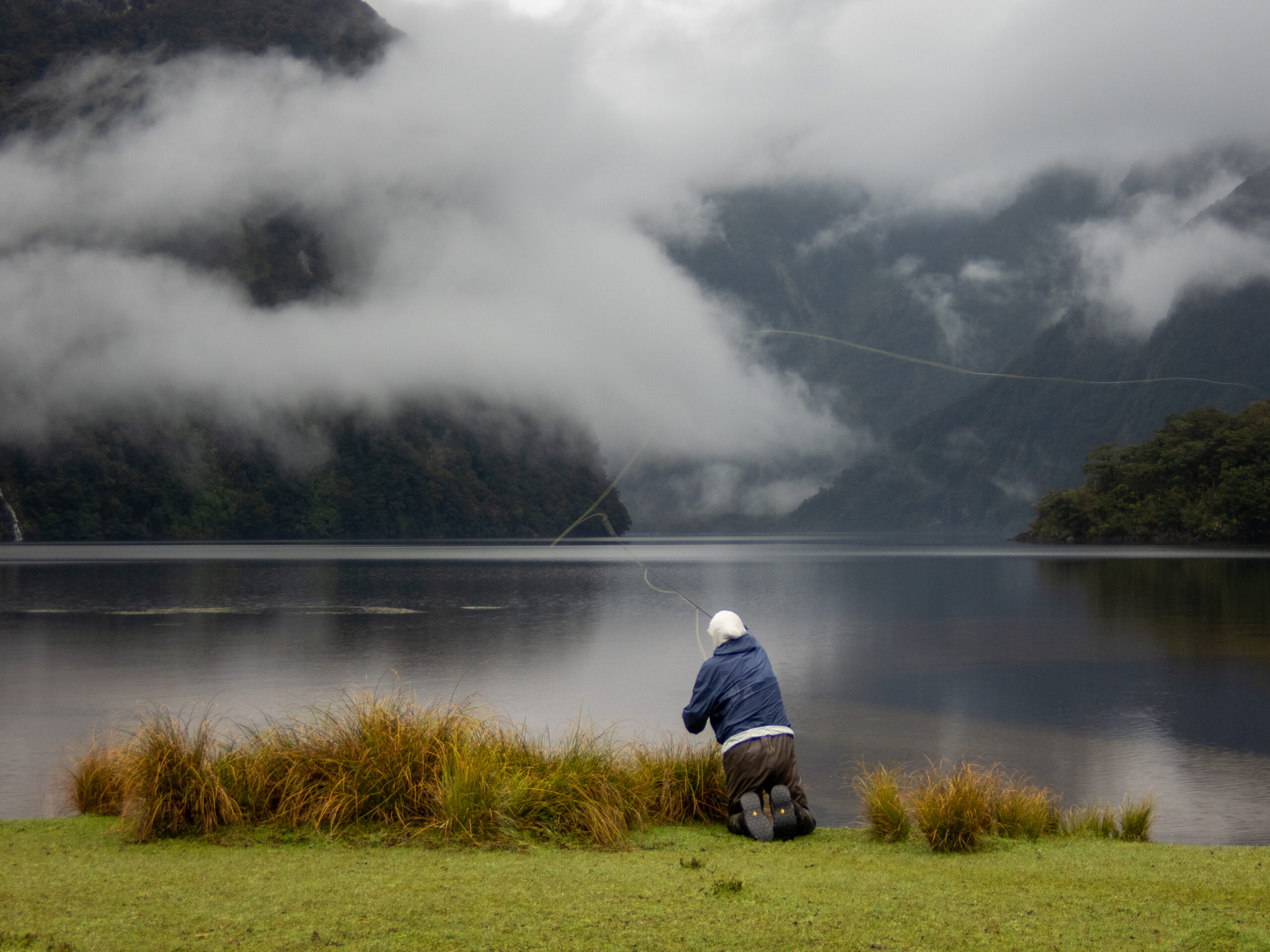

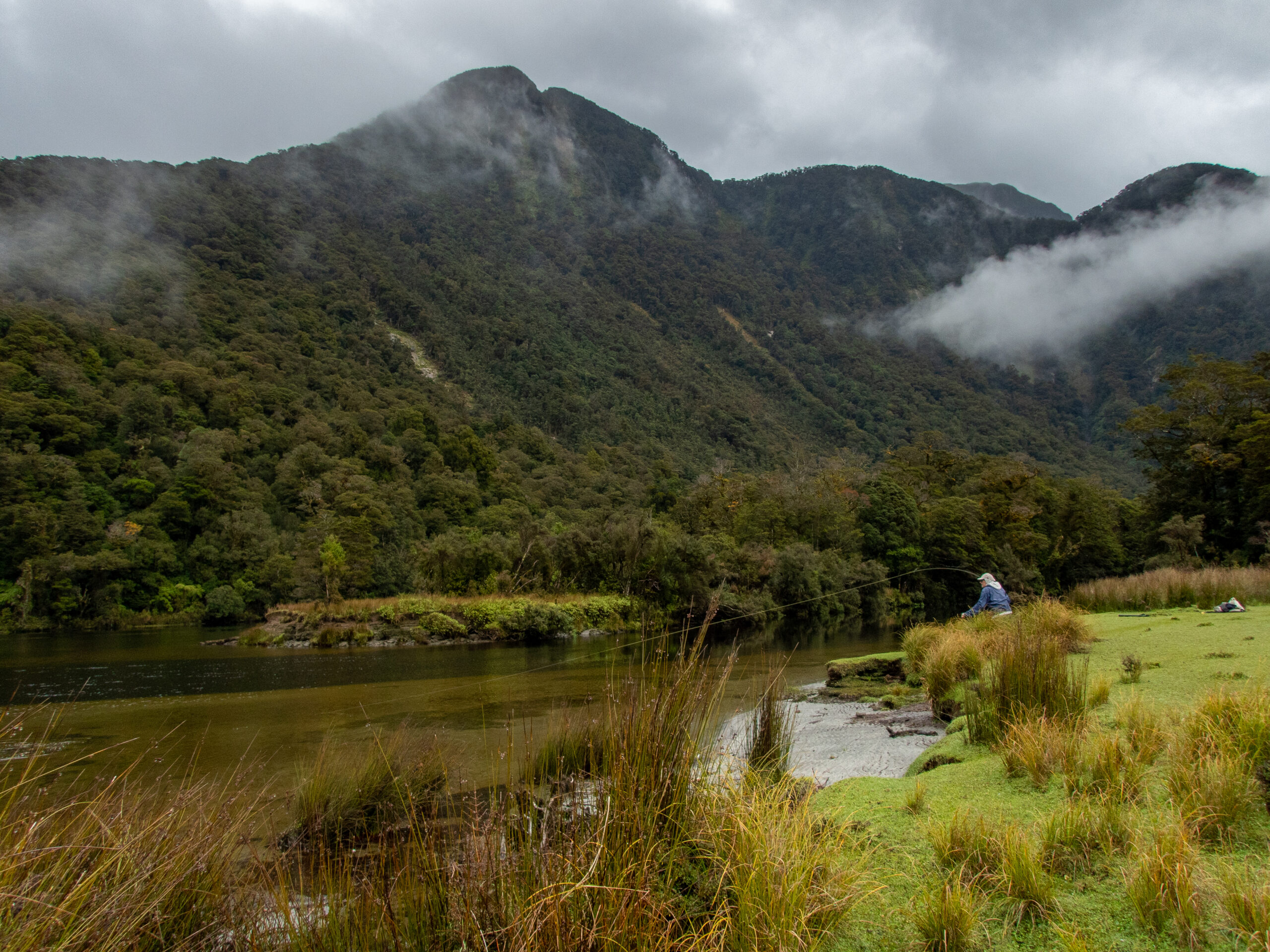



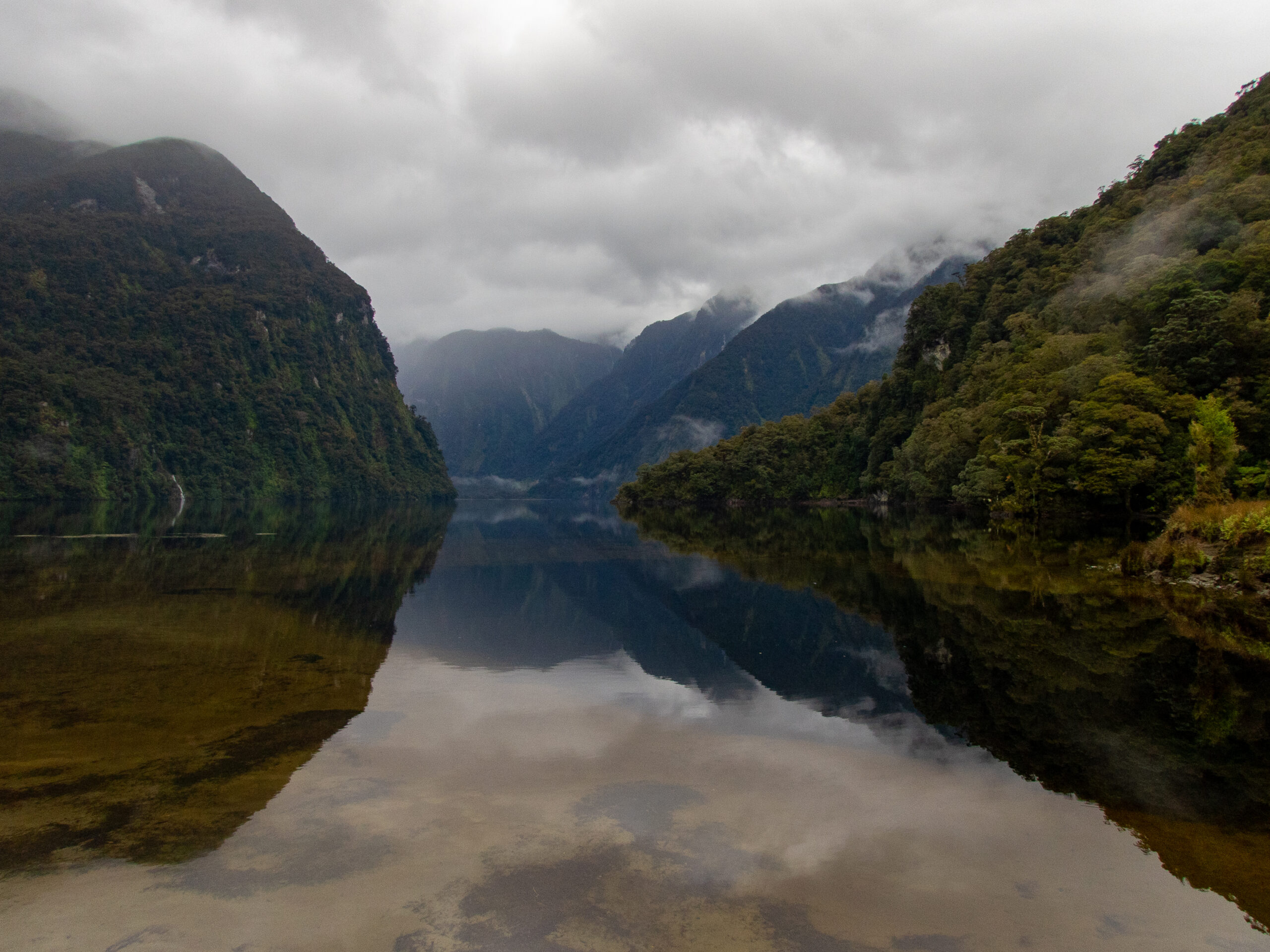
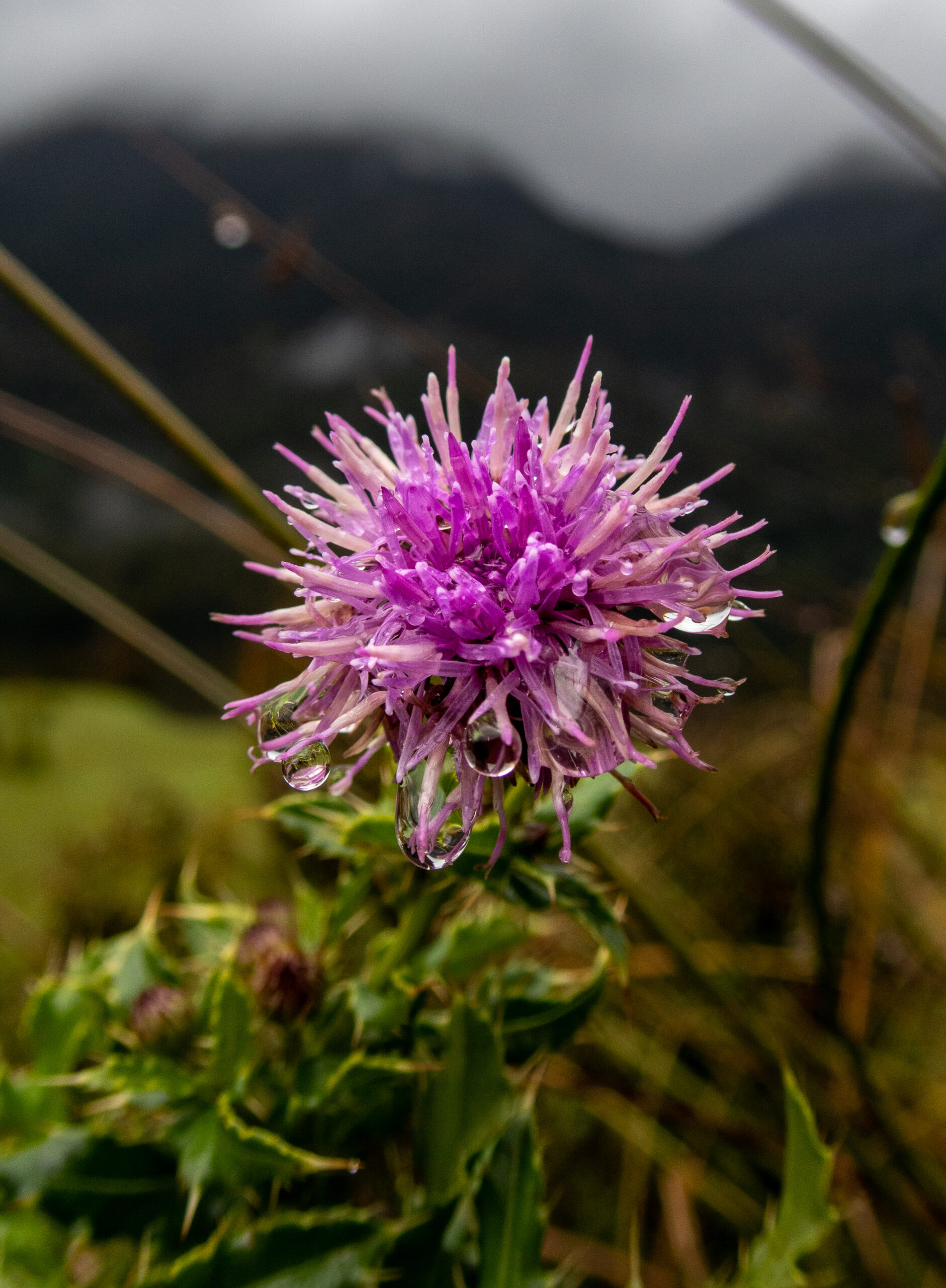
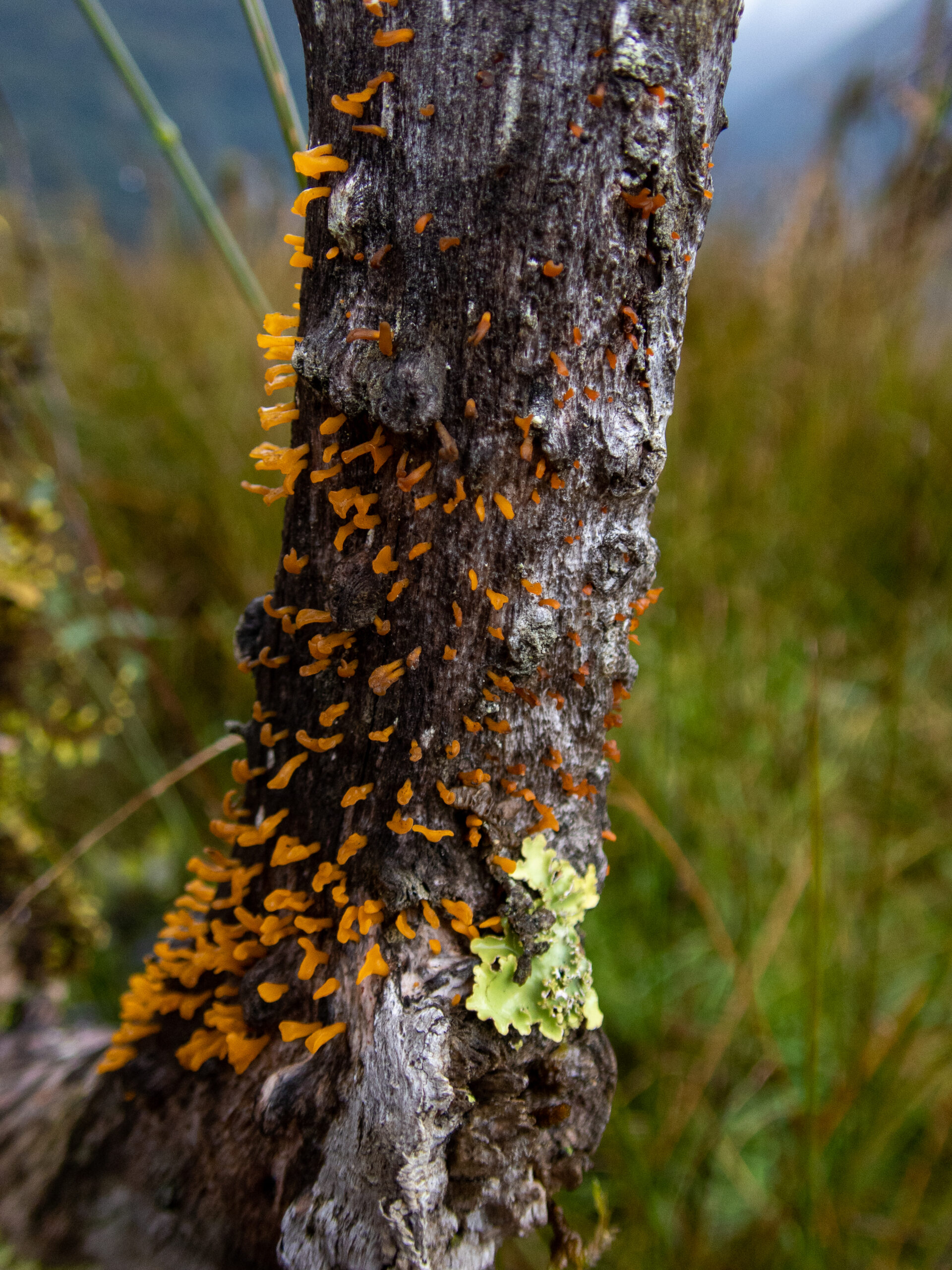
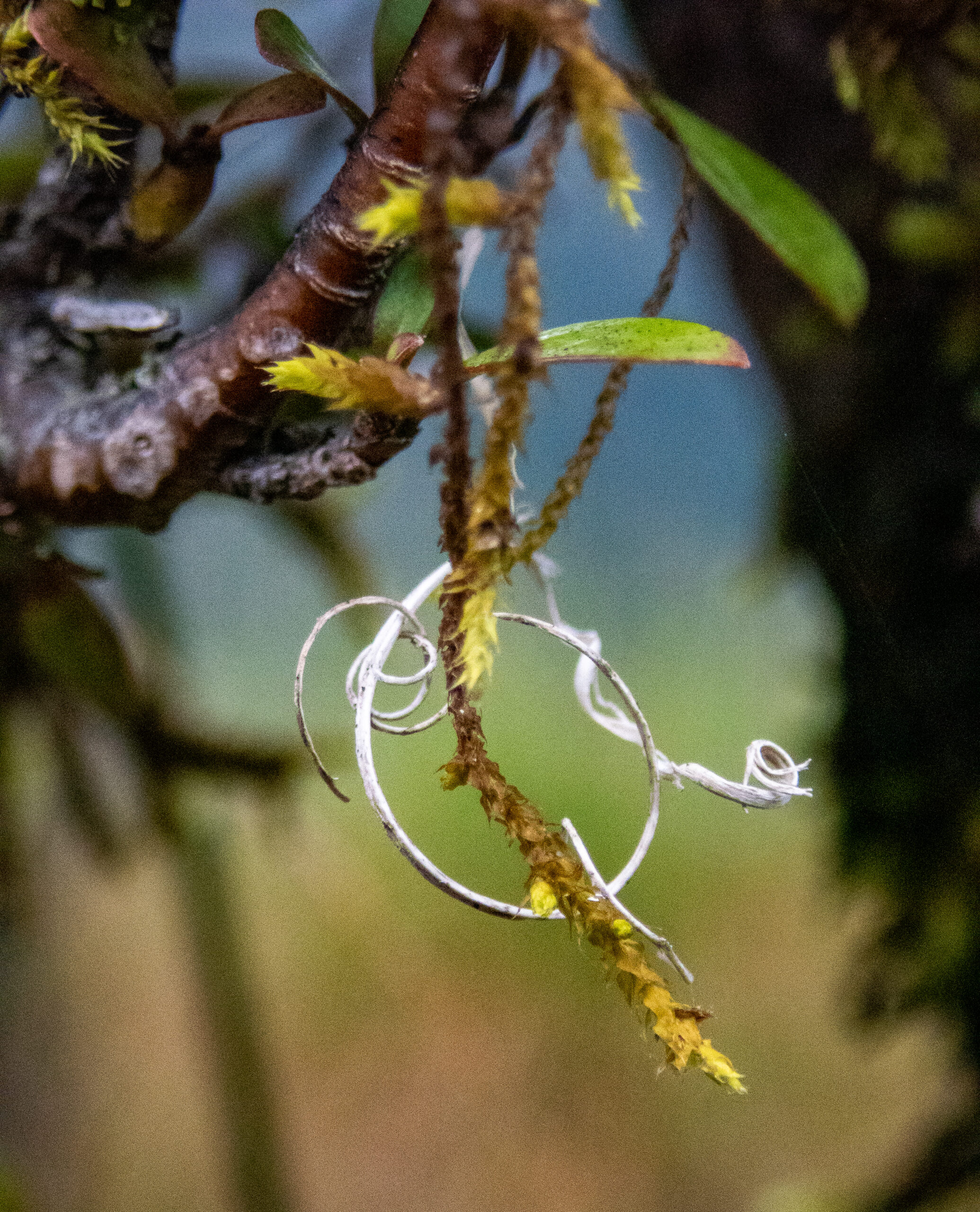

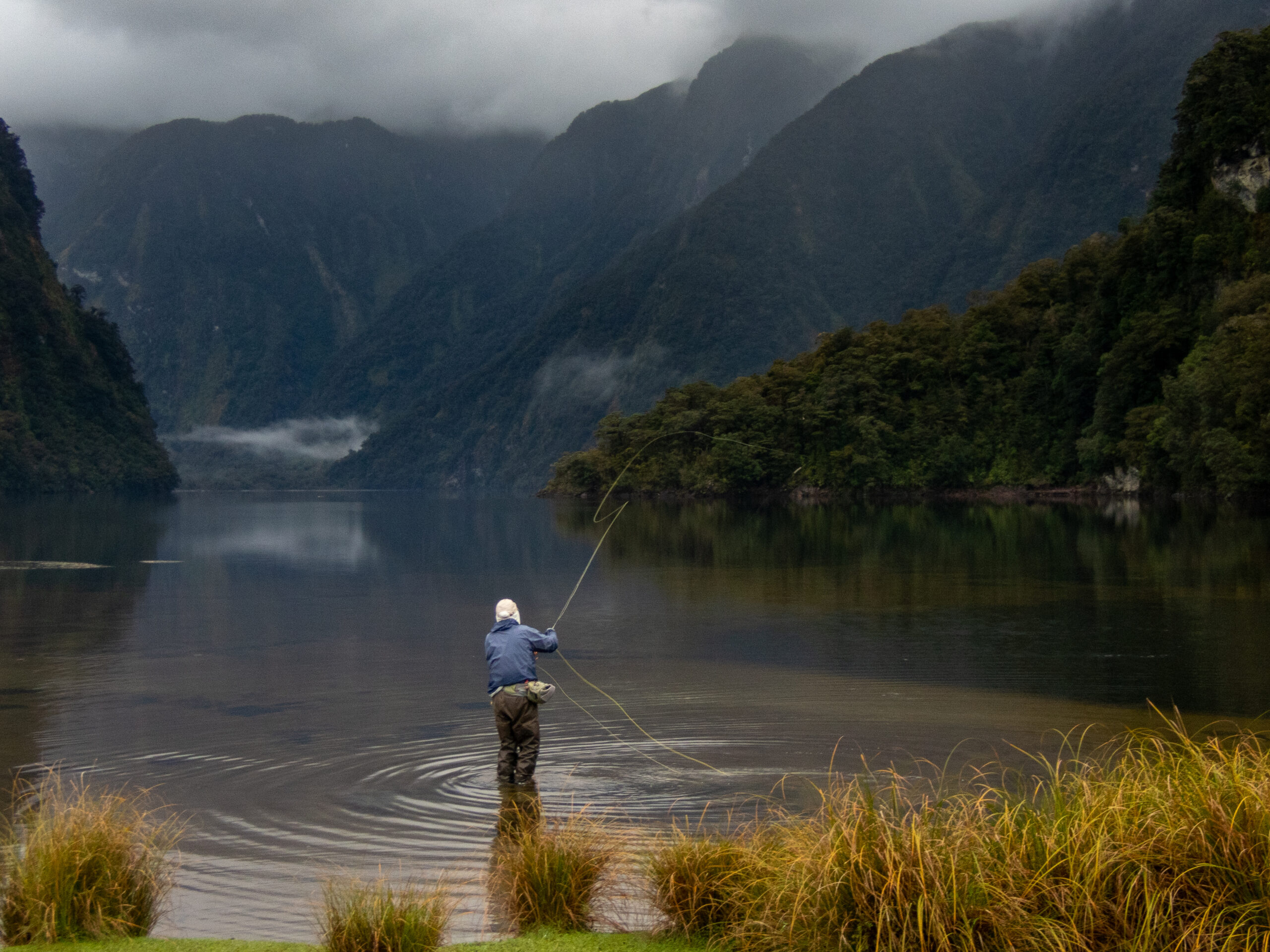
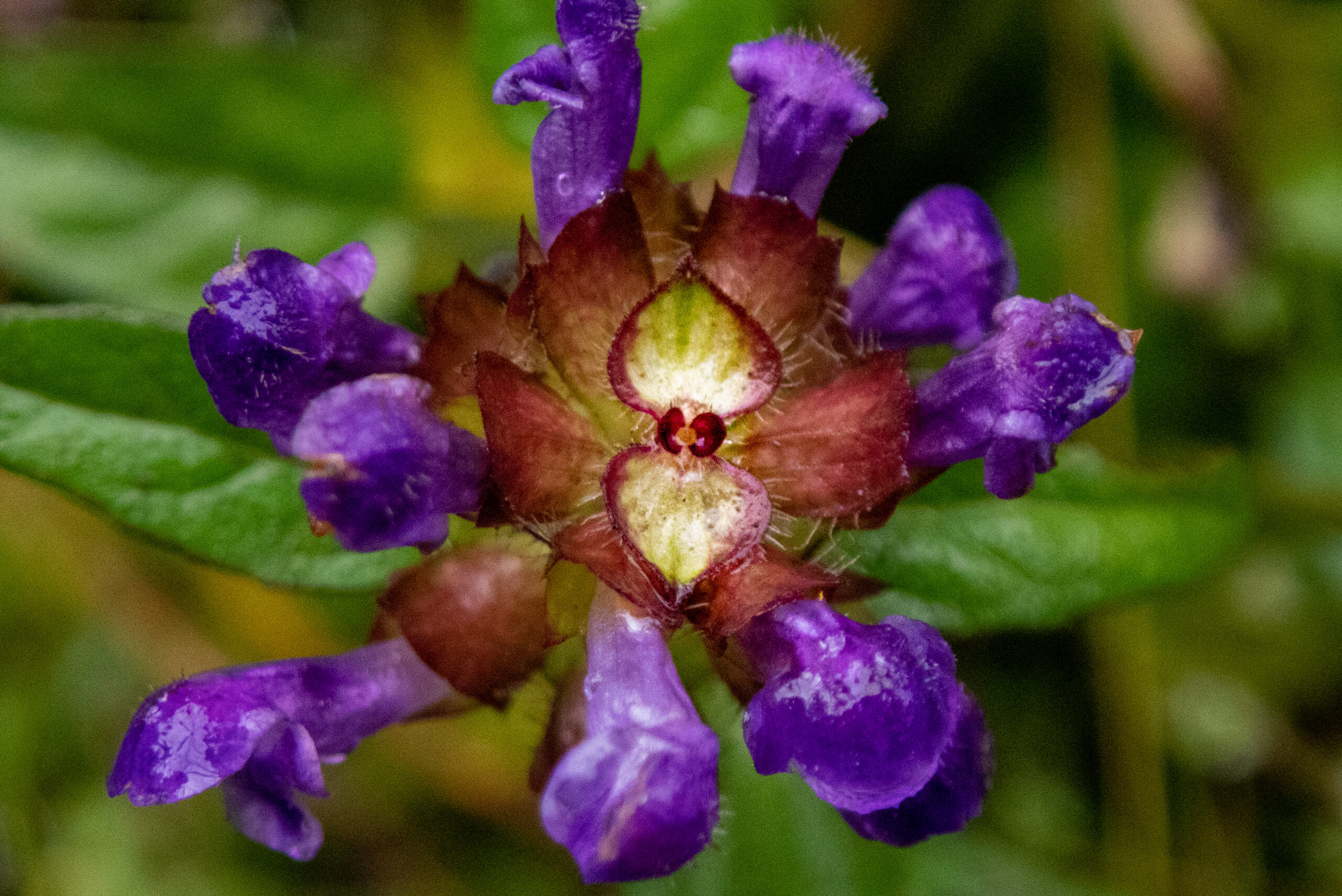
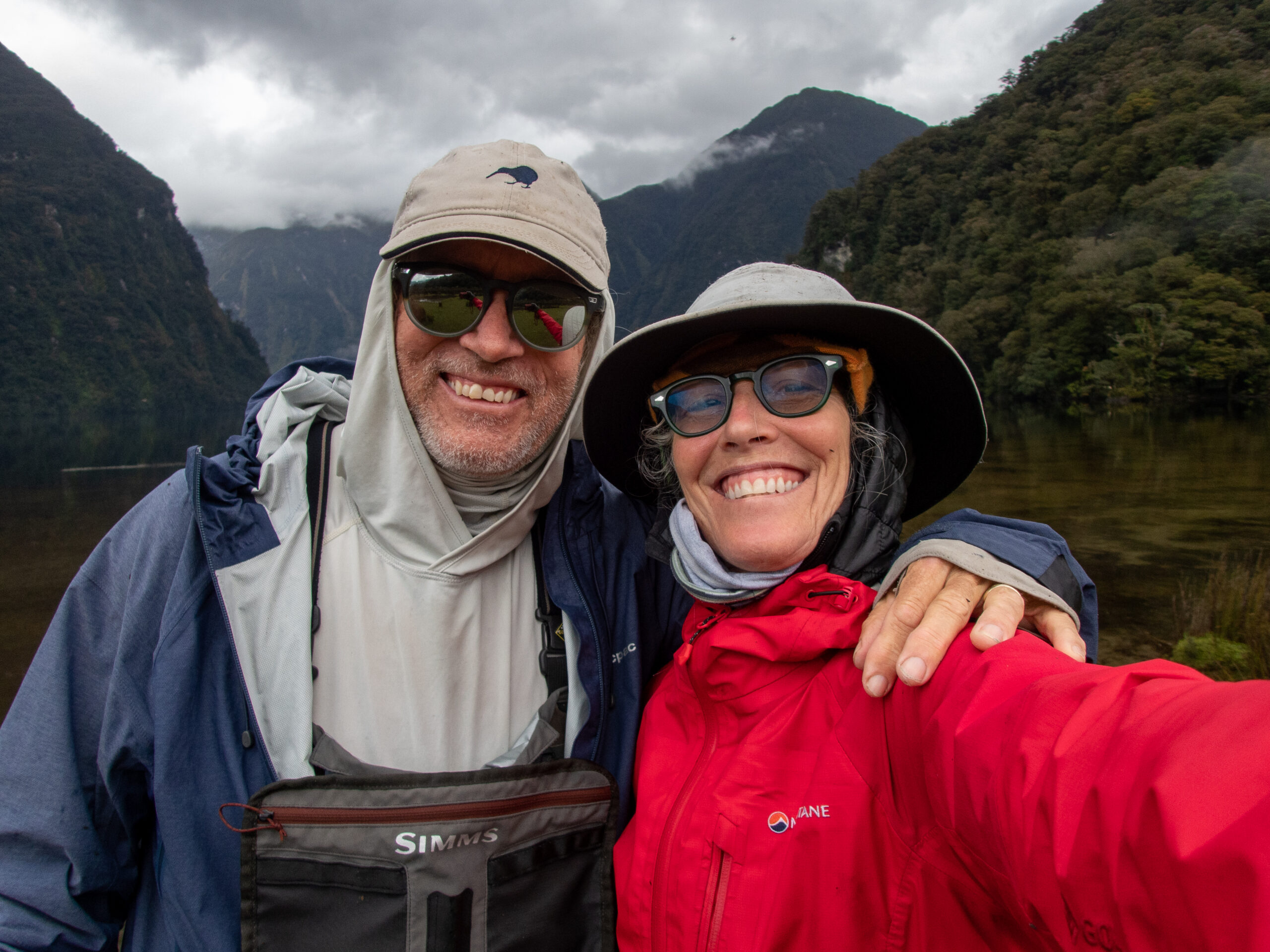
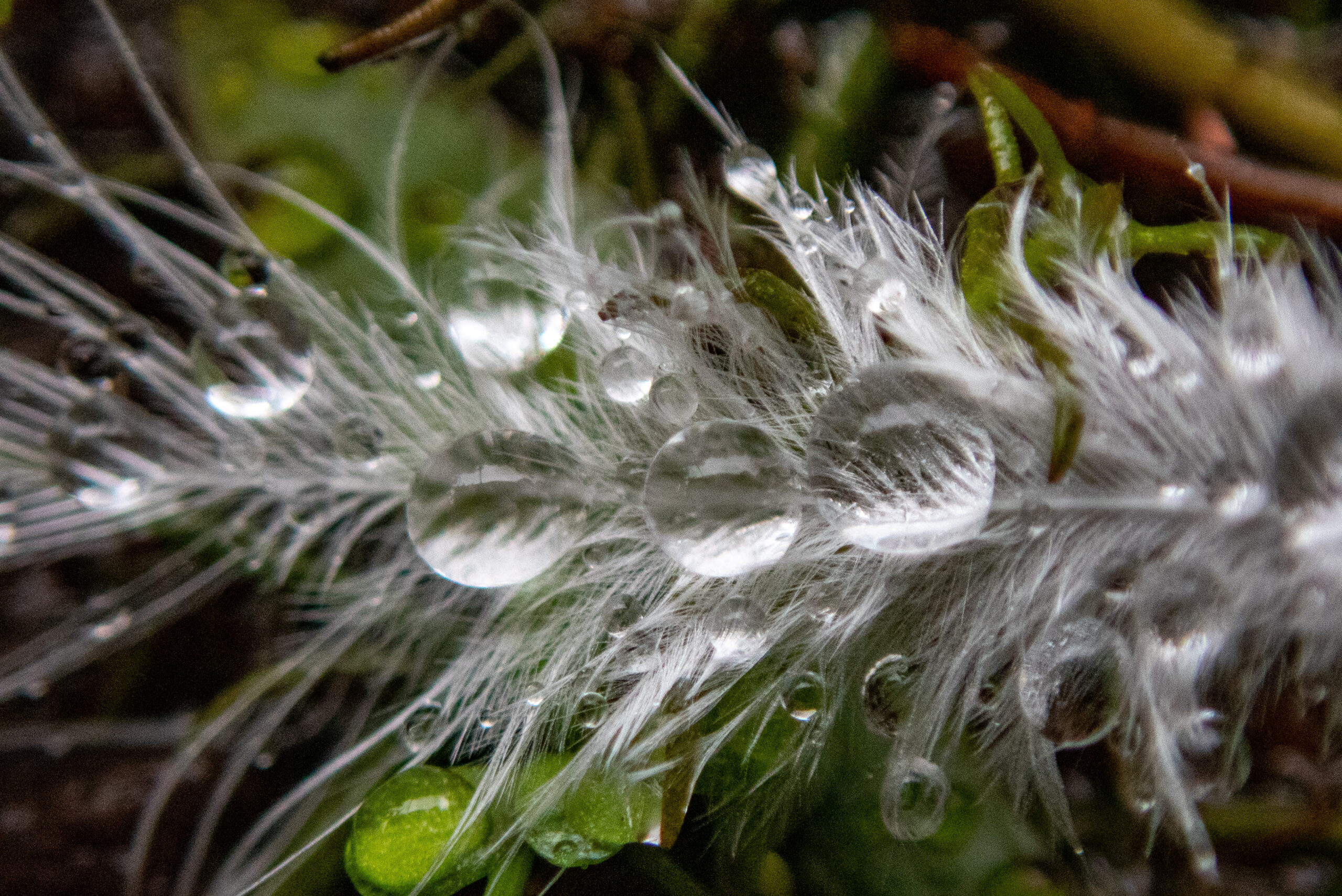
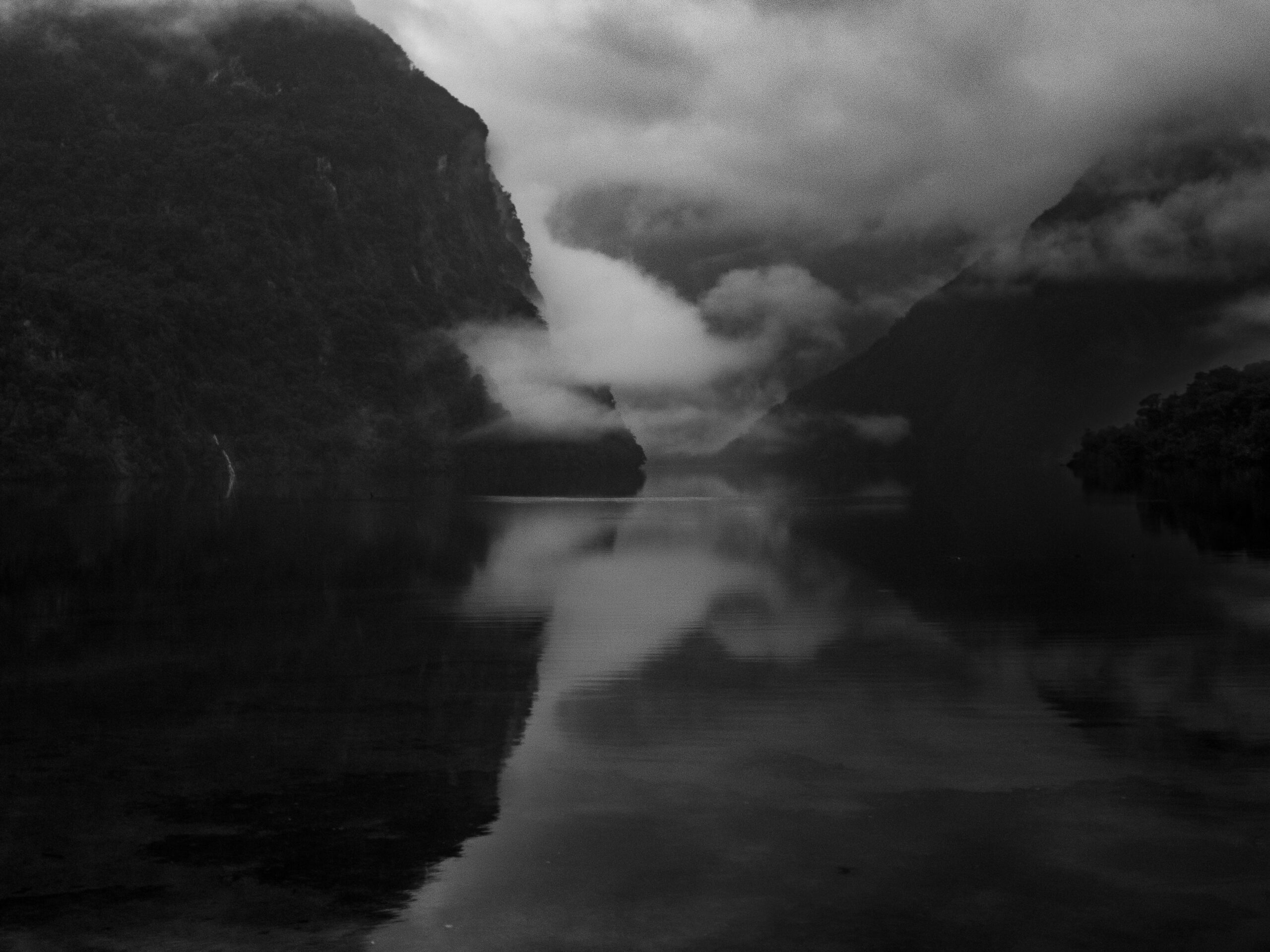
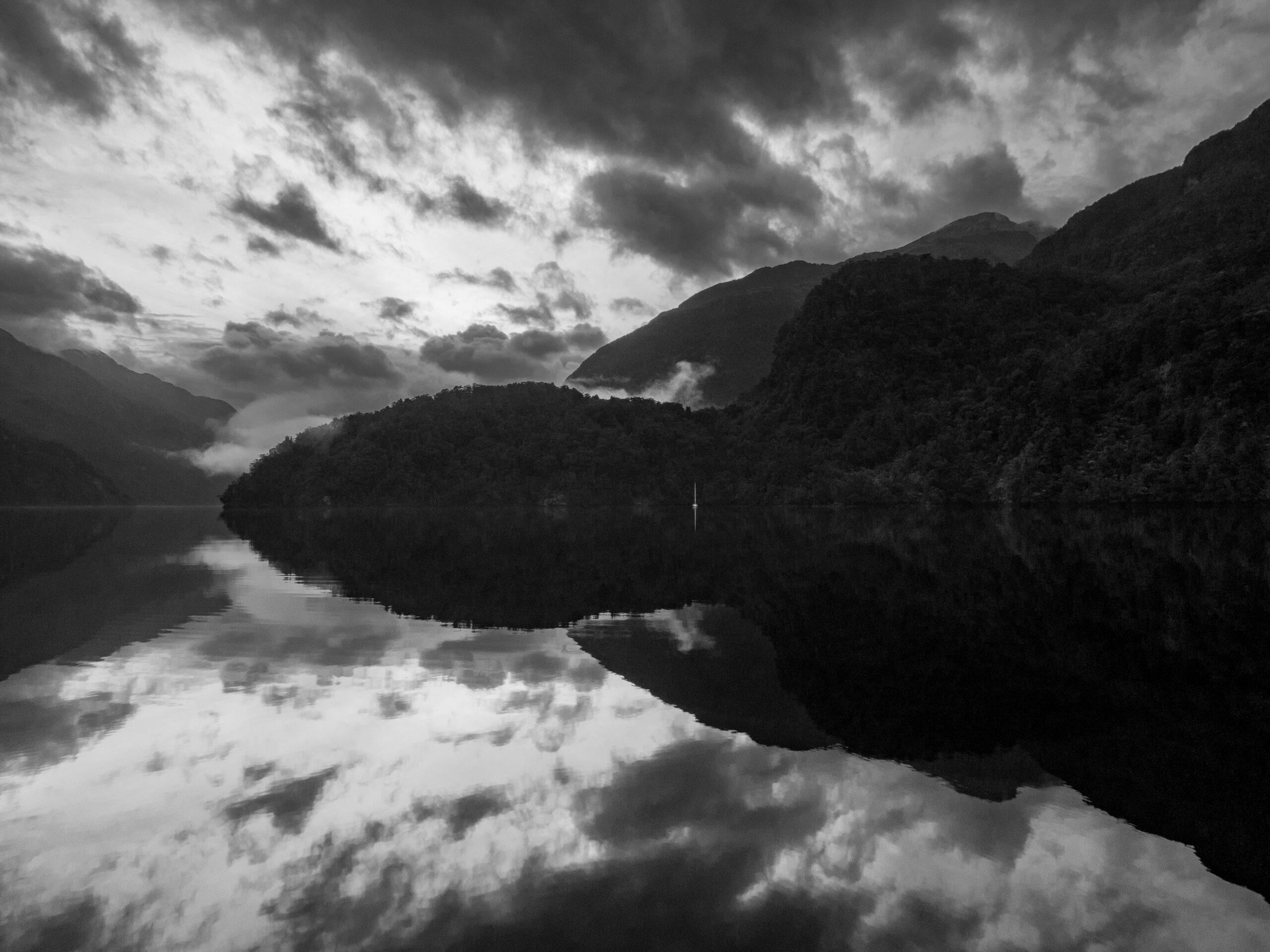


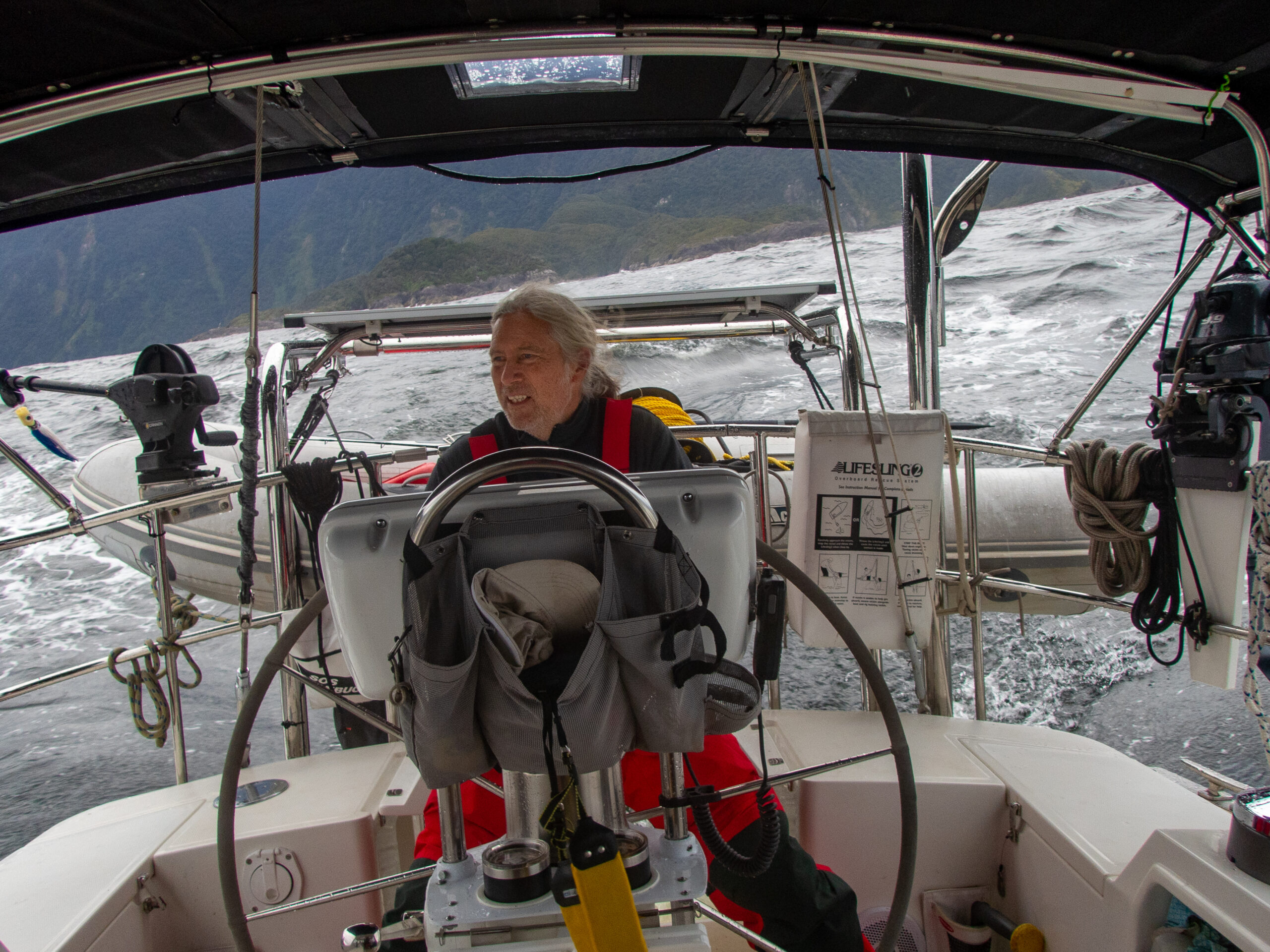
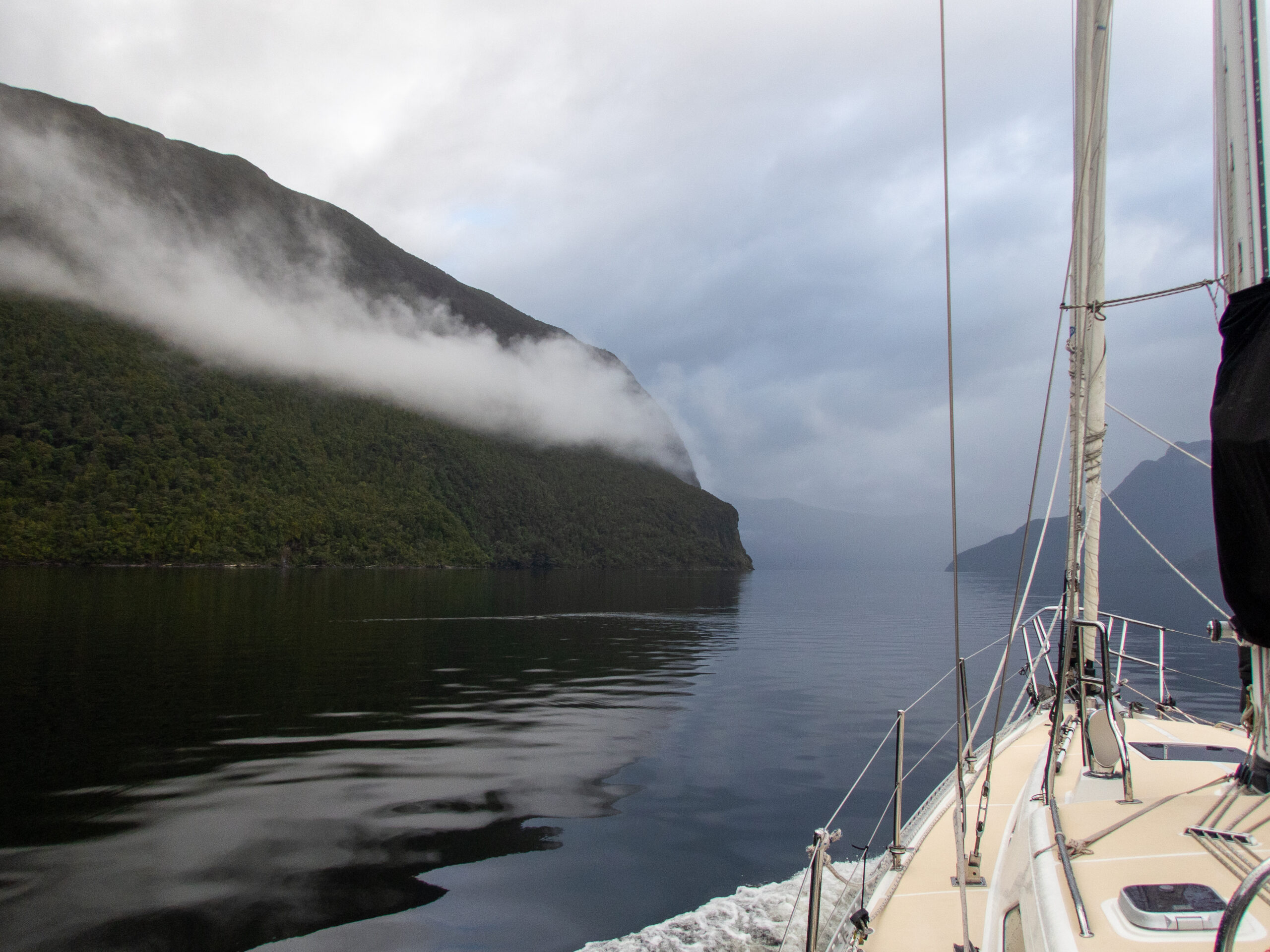
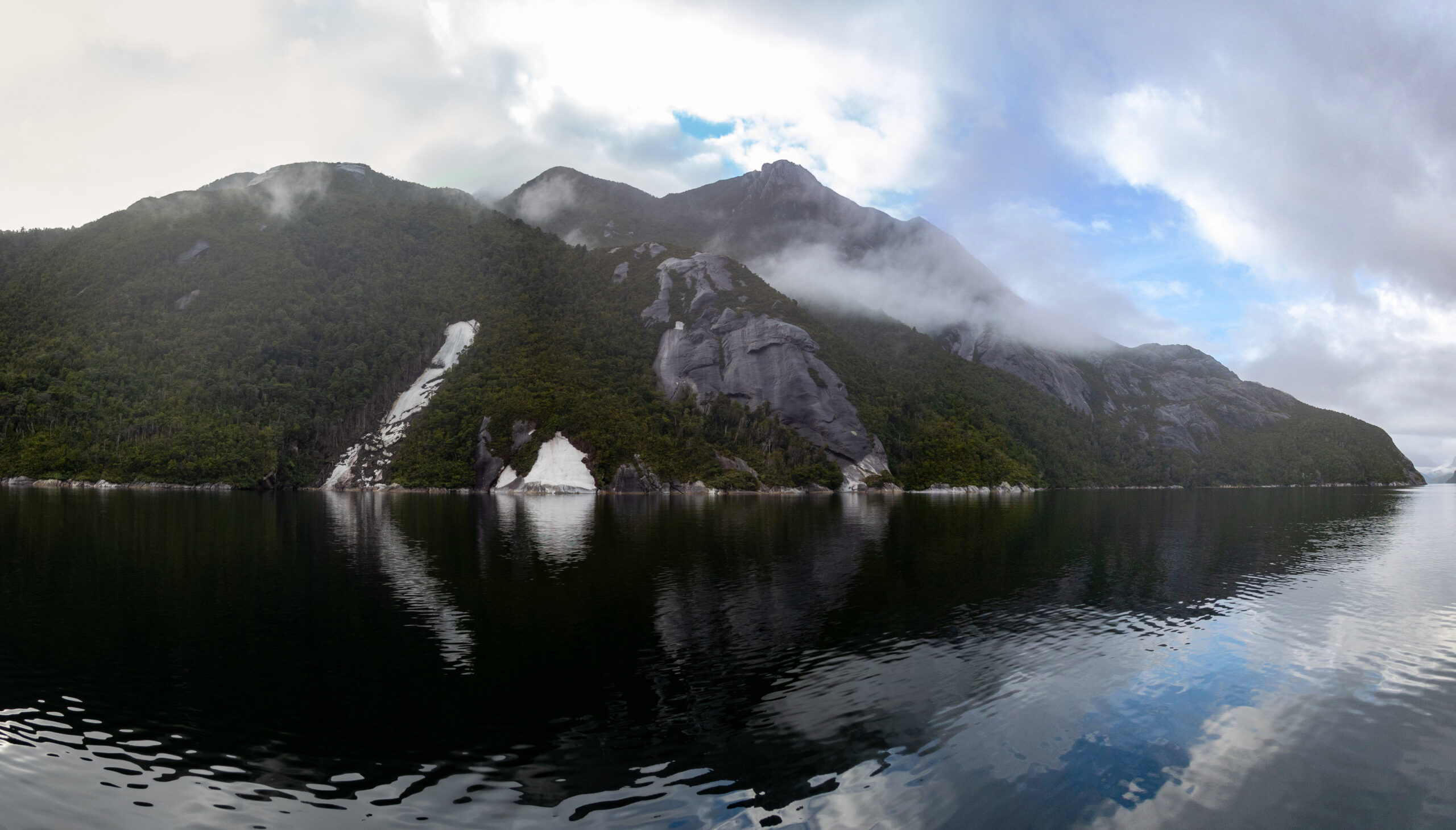
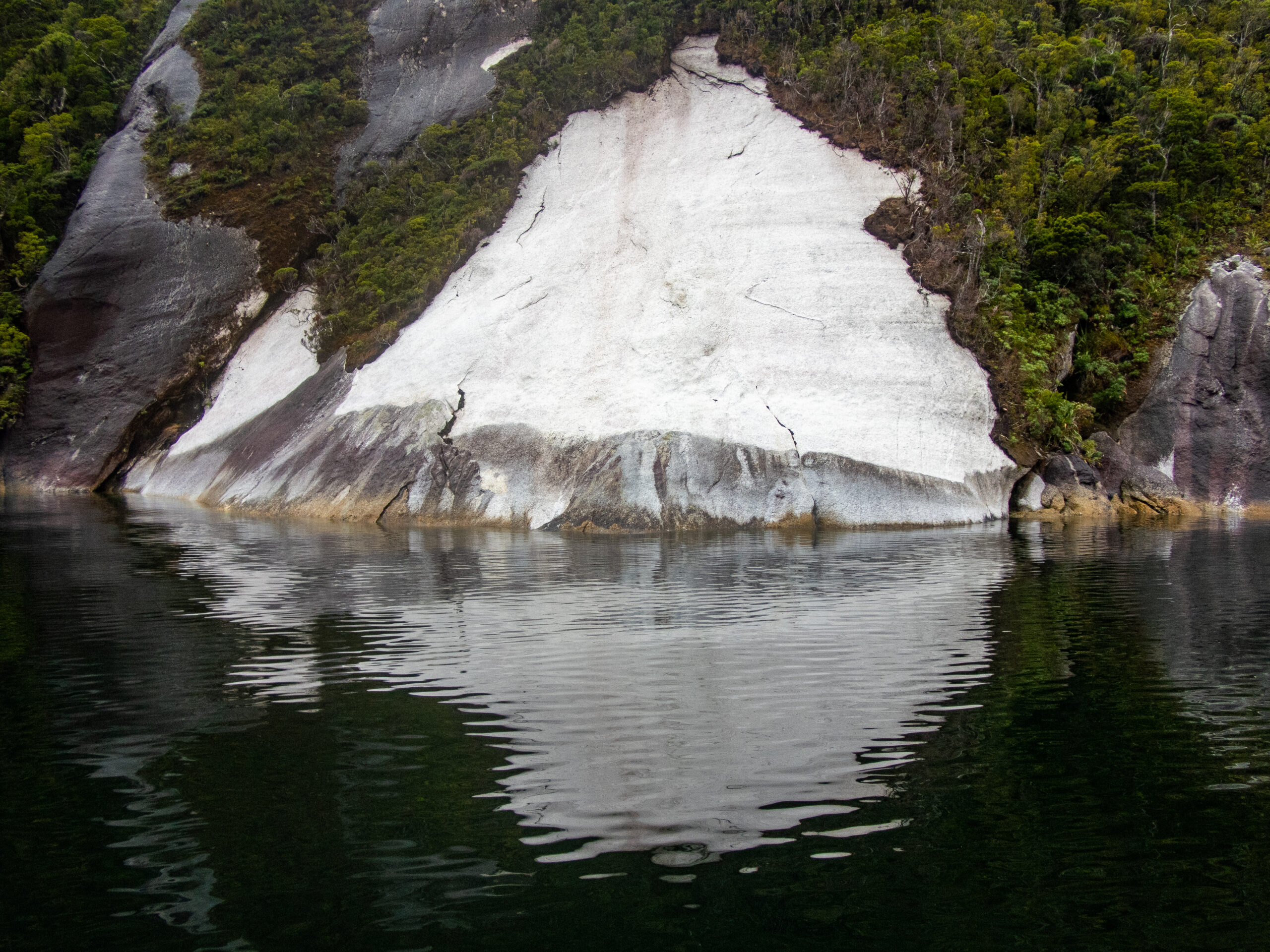
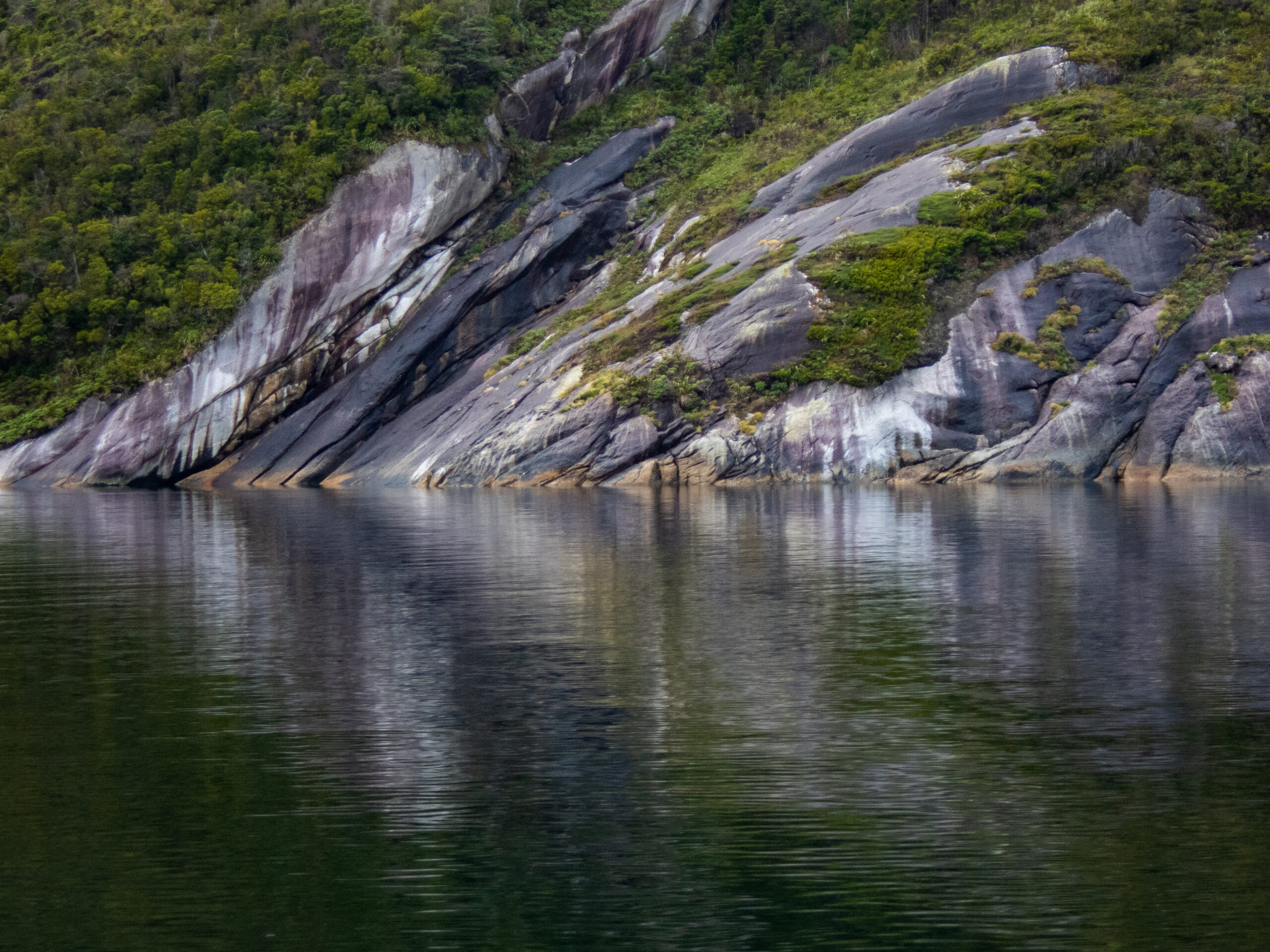
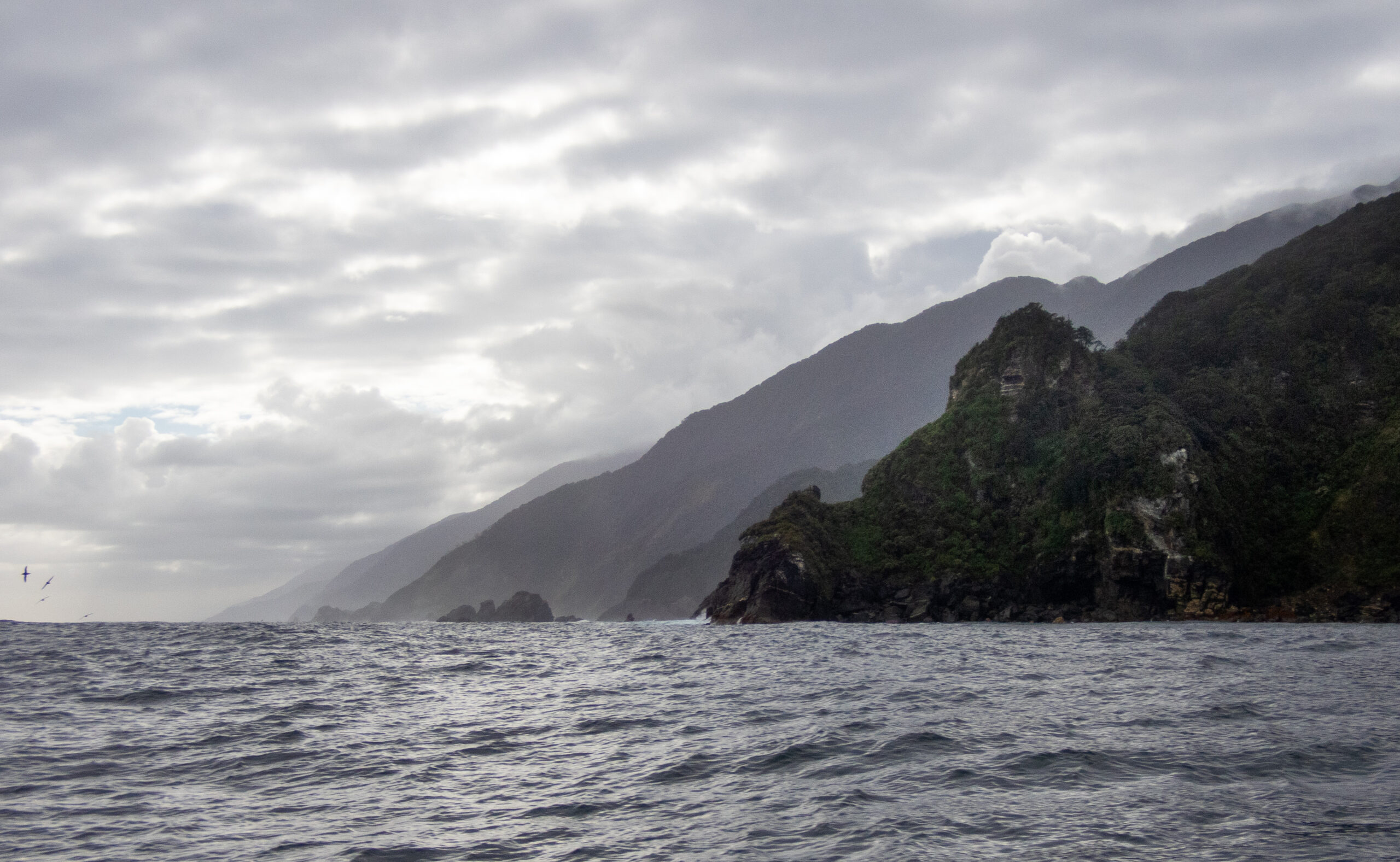
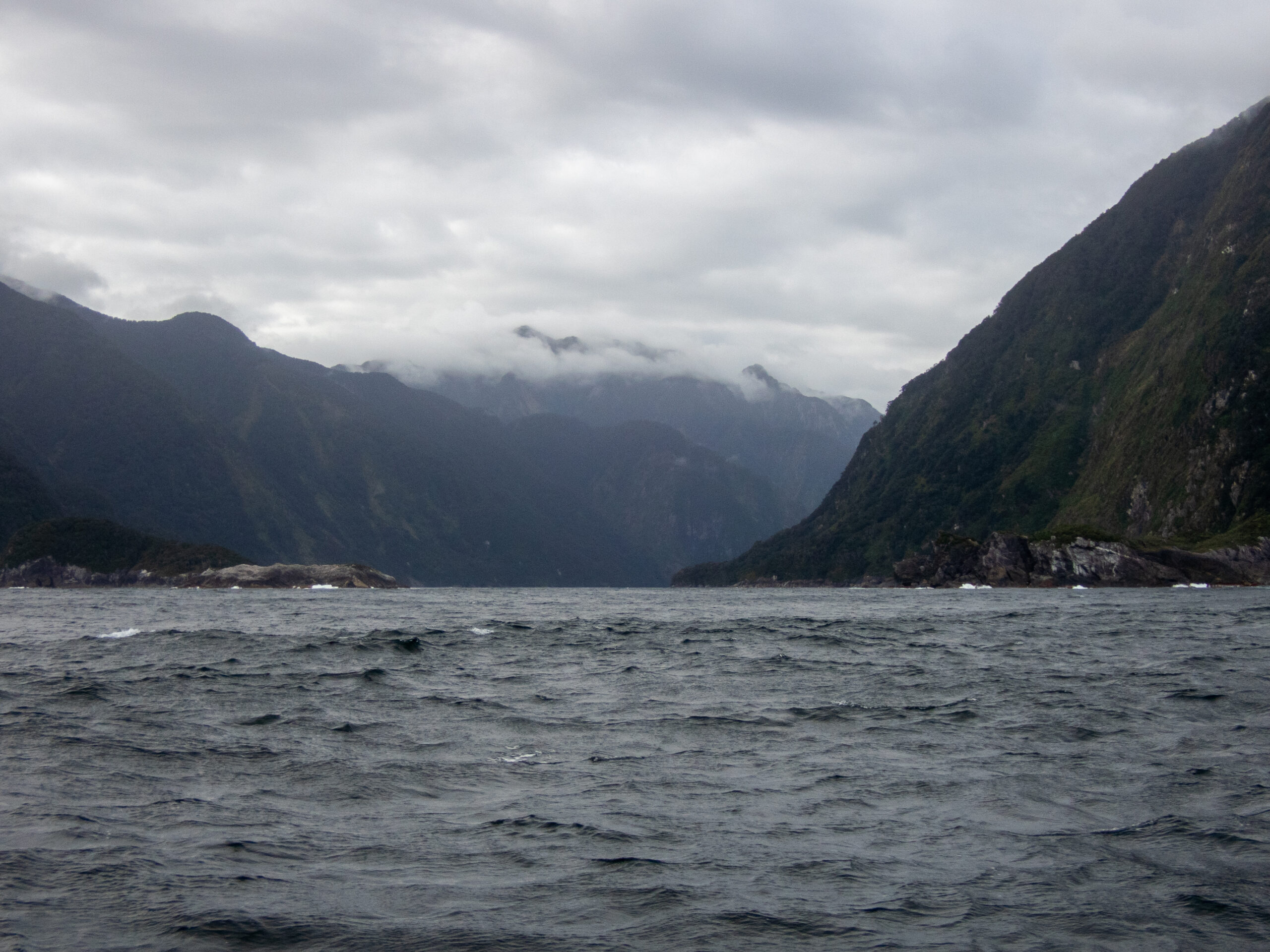


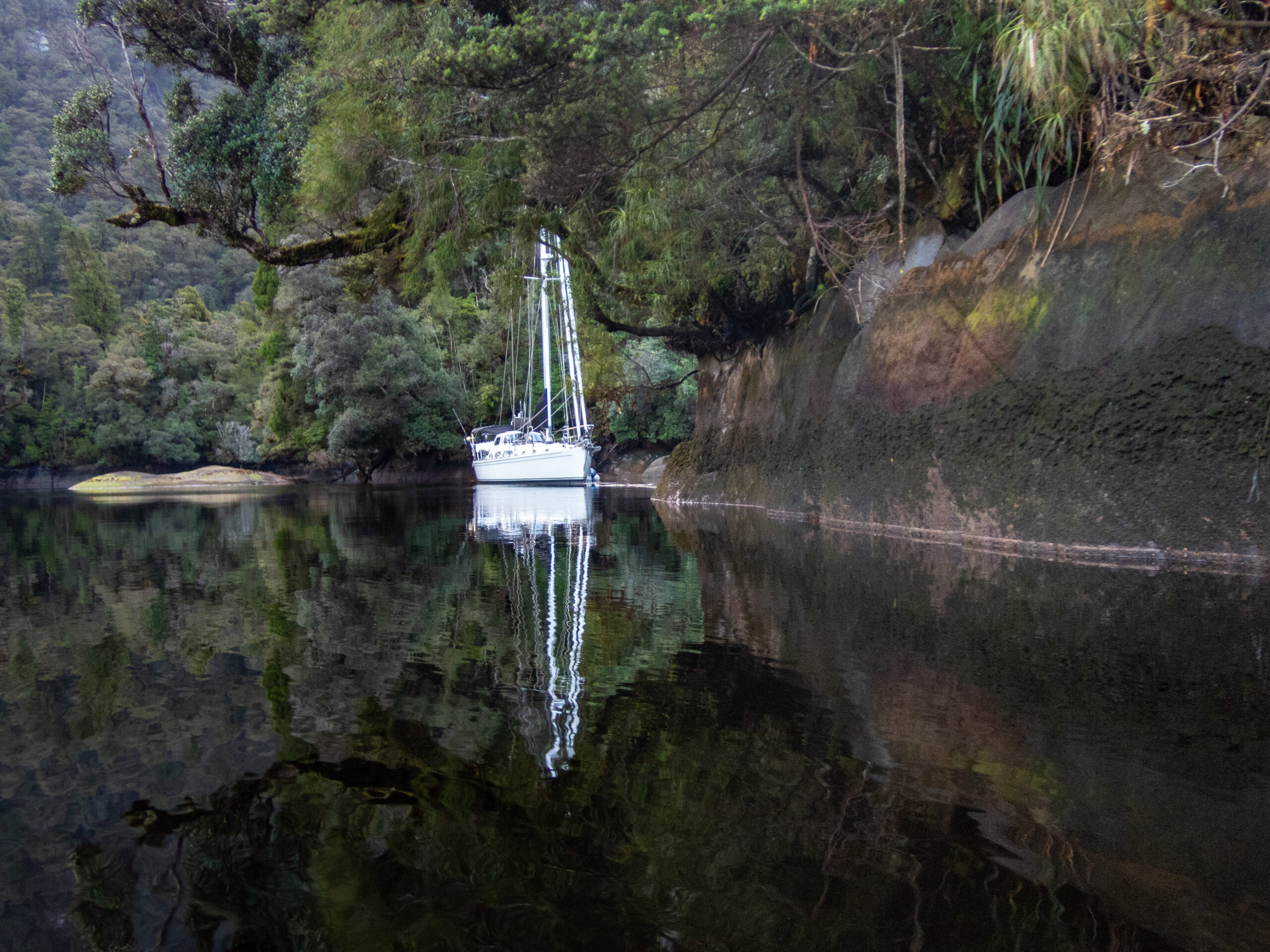


Abstracts
My favorite of Diana’s photographs from Fiordland are the “abstracts,” which she discovers by looking in a very careful, unique way, at the tidal line along the rocks, that magical transitional space between the hidden world underwater and the green, vibrant life-on-fire world above. Bare stone, stained and painted with time and color, bent and reflected by the still, secret, freshwater shimmering over the tide, the infinite, creative capacity of nature. Diana uses framing to share this vision, to point out Nature’s mastery of abstract art. It’s no surprise (and no accident) that these images feel so profoundly connected to her mosaic work. Most of the time these photographic expeditions are her solo meditations, which she shares with me when she gets back to Allora (after hours in the kayak!). But I’ve also been with her, paddling Namo gently into position, sitting right next to her, appreciating the wholeness of a beautiful place but without quite seeing what she is seeing. These images, for me, represent a particular (and particularly magical) collaboration between Diana and this very, very special world we are navigating in Fiordland.~MS


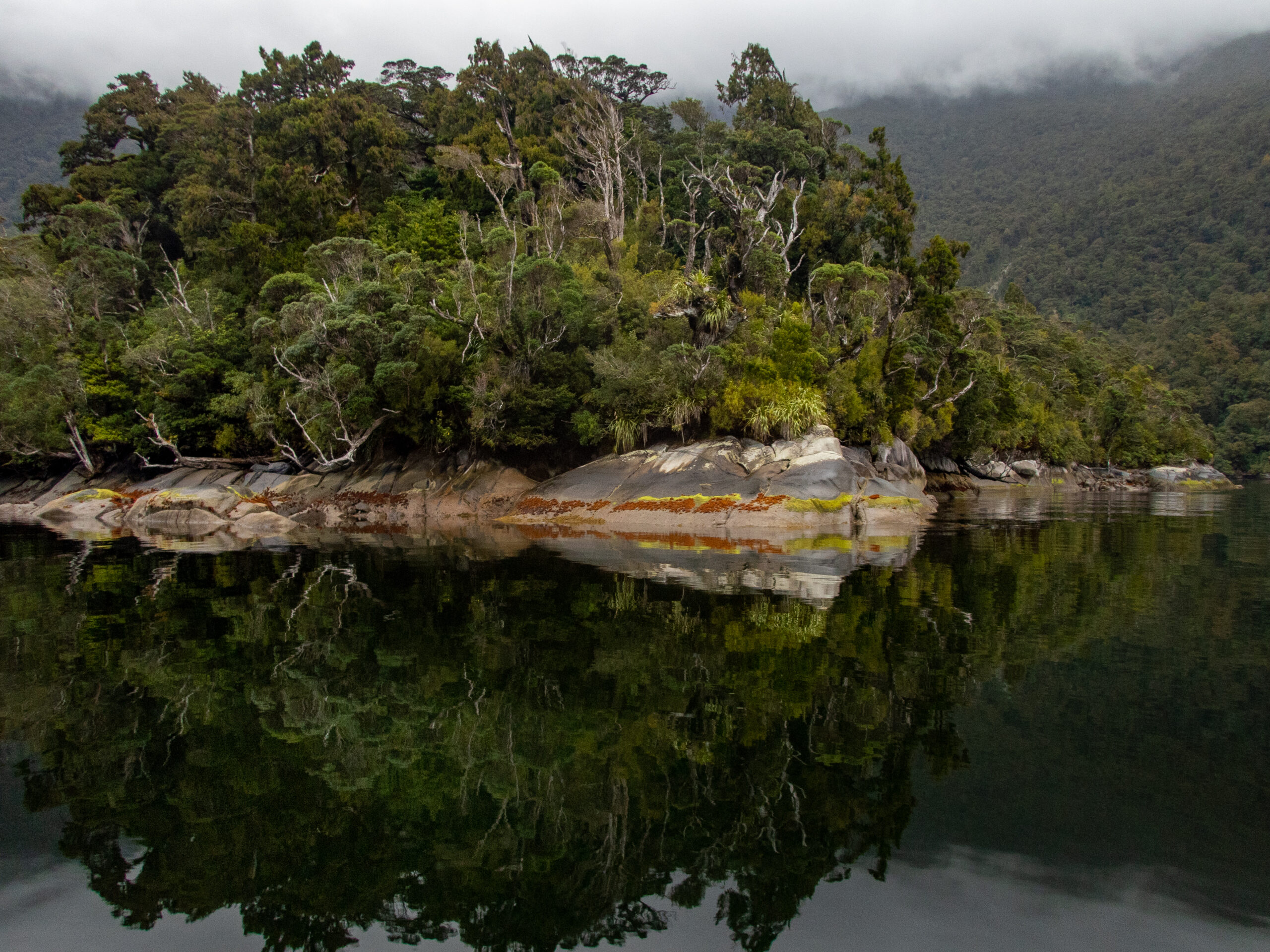
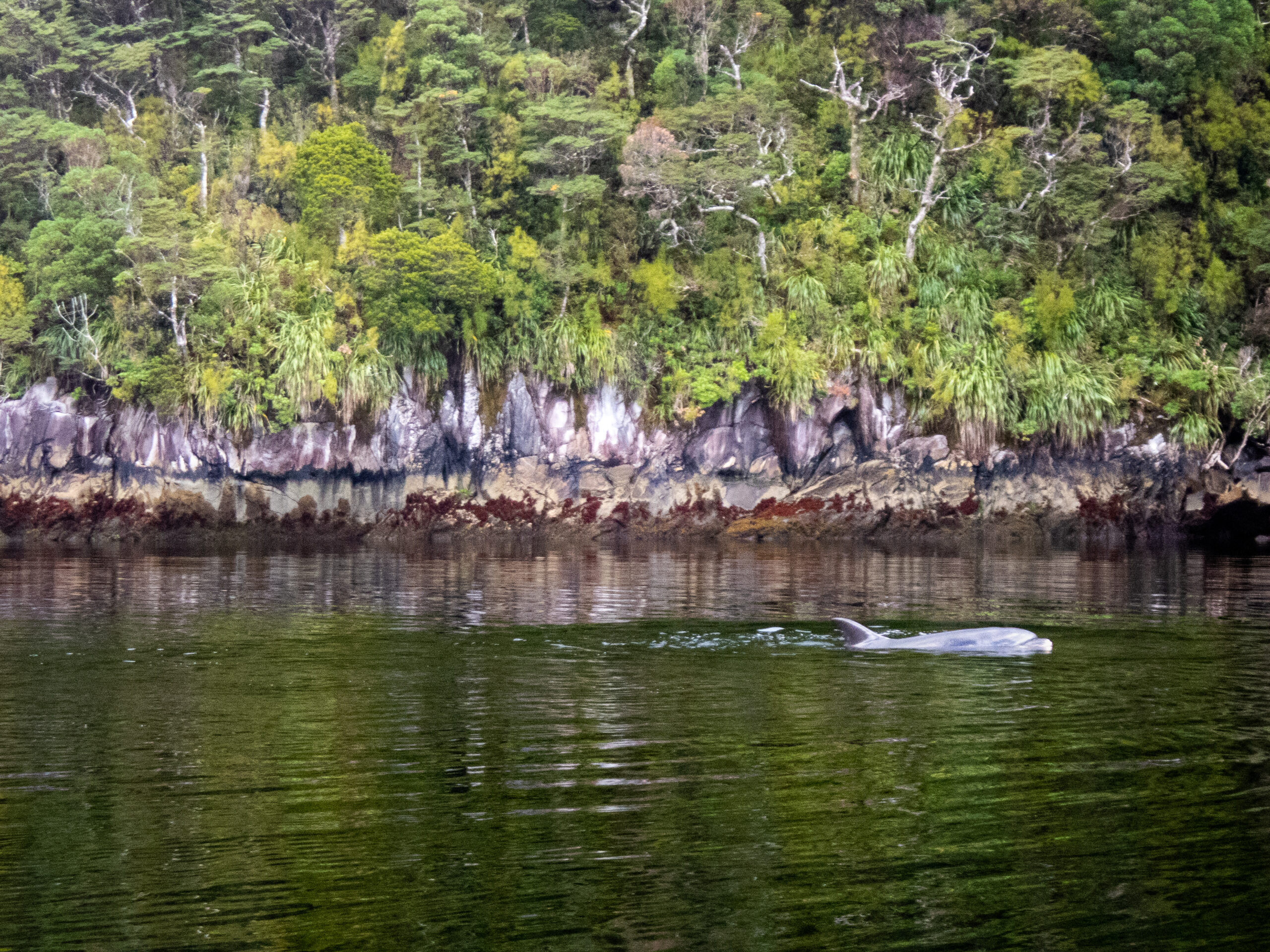
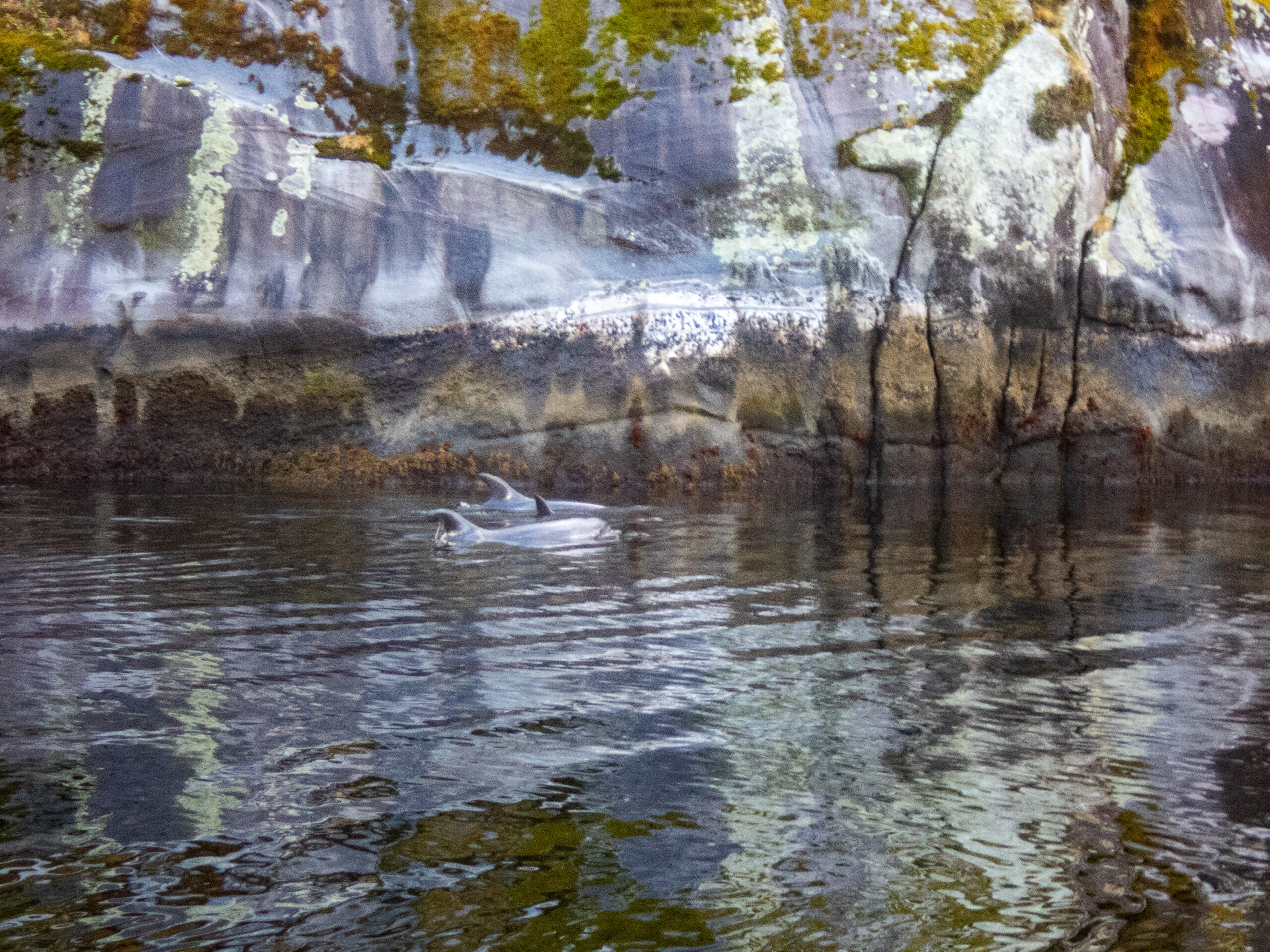
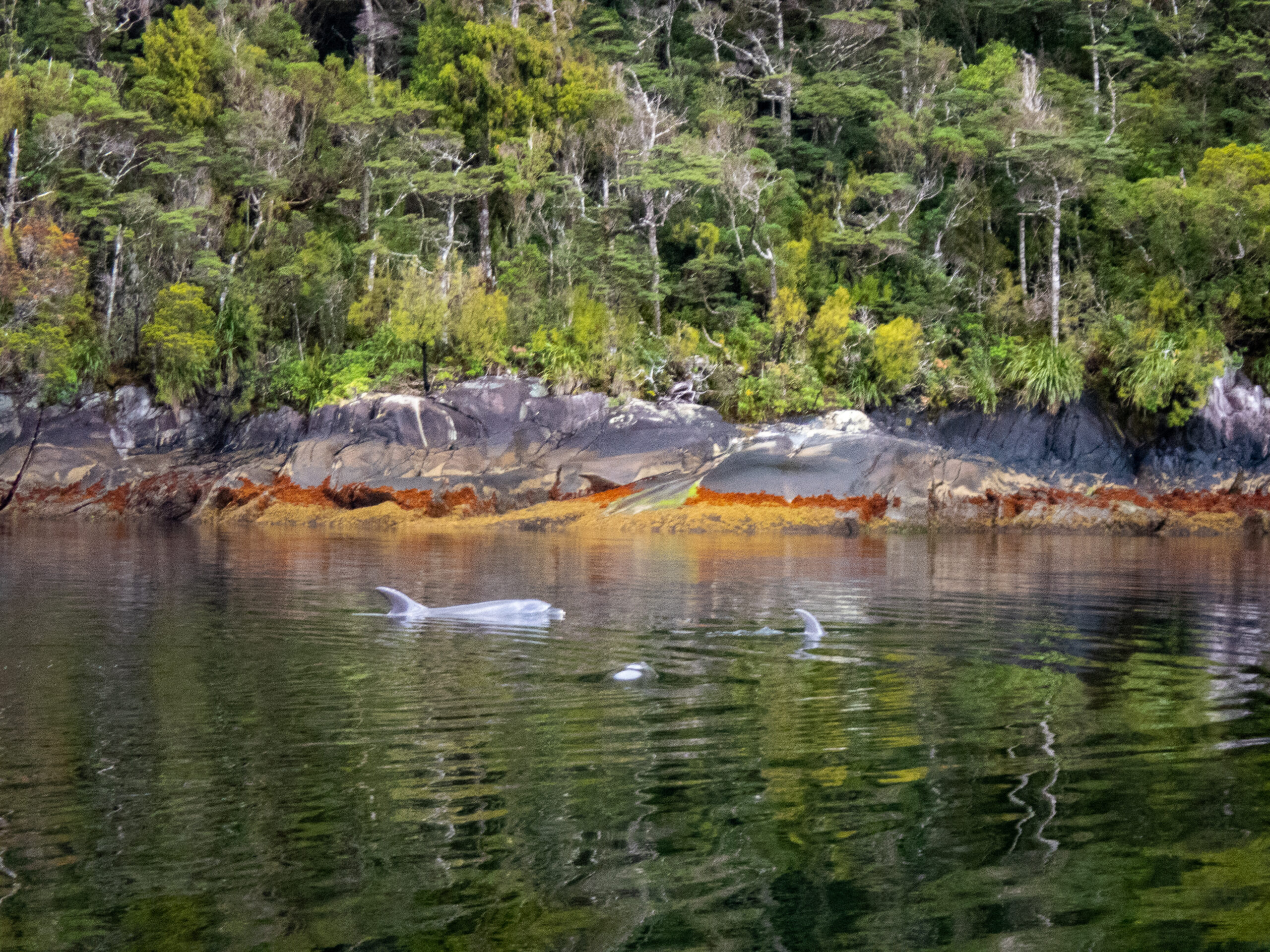
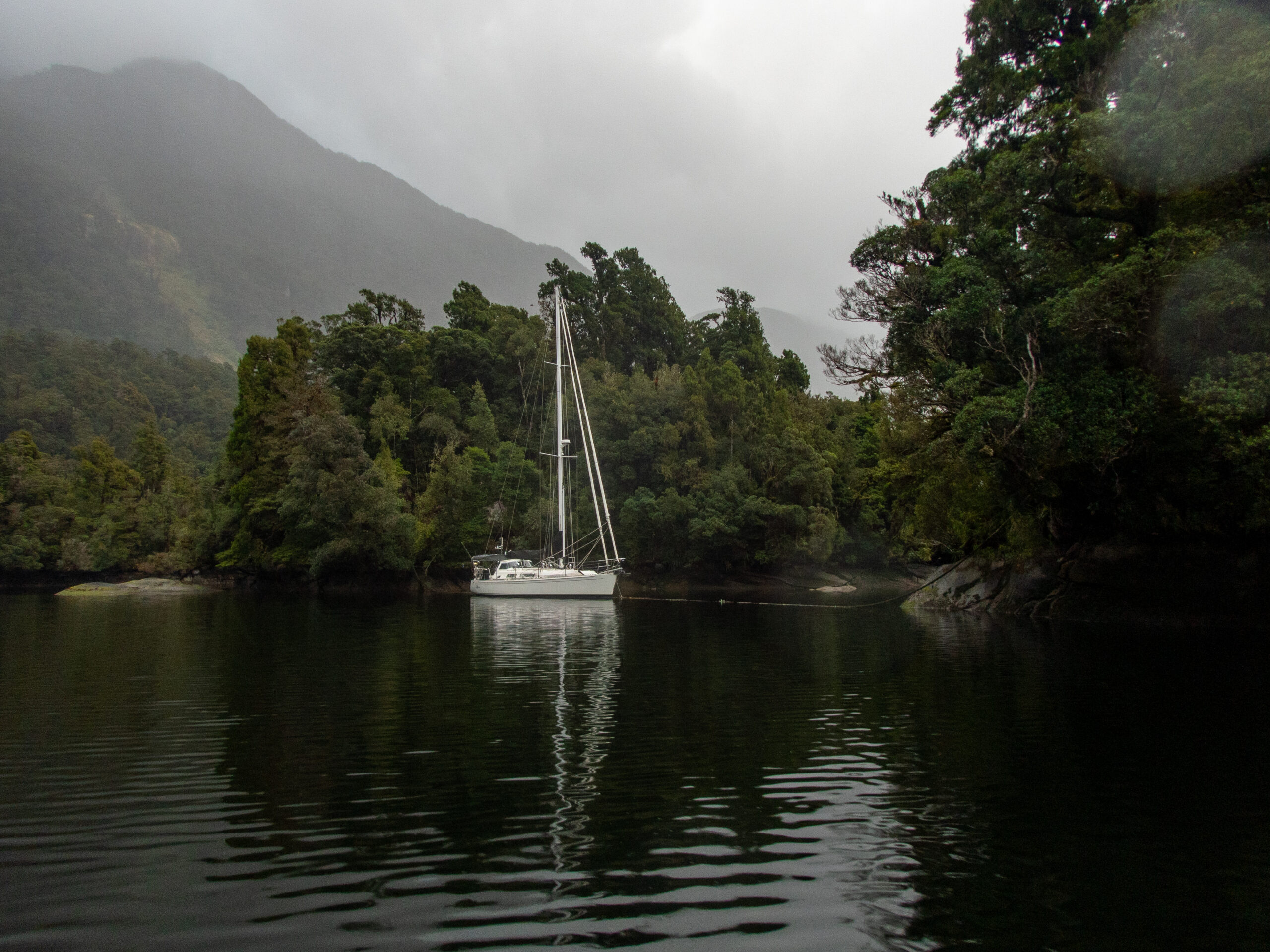

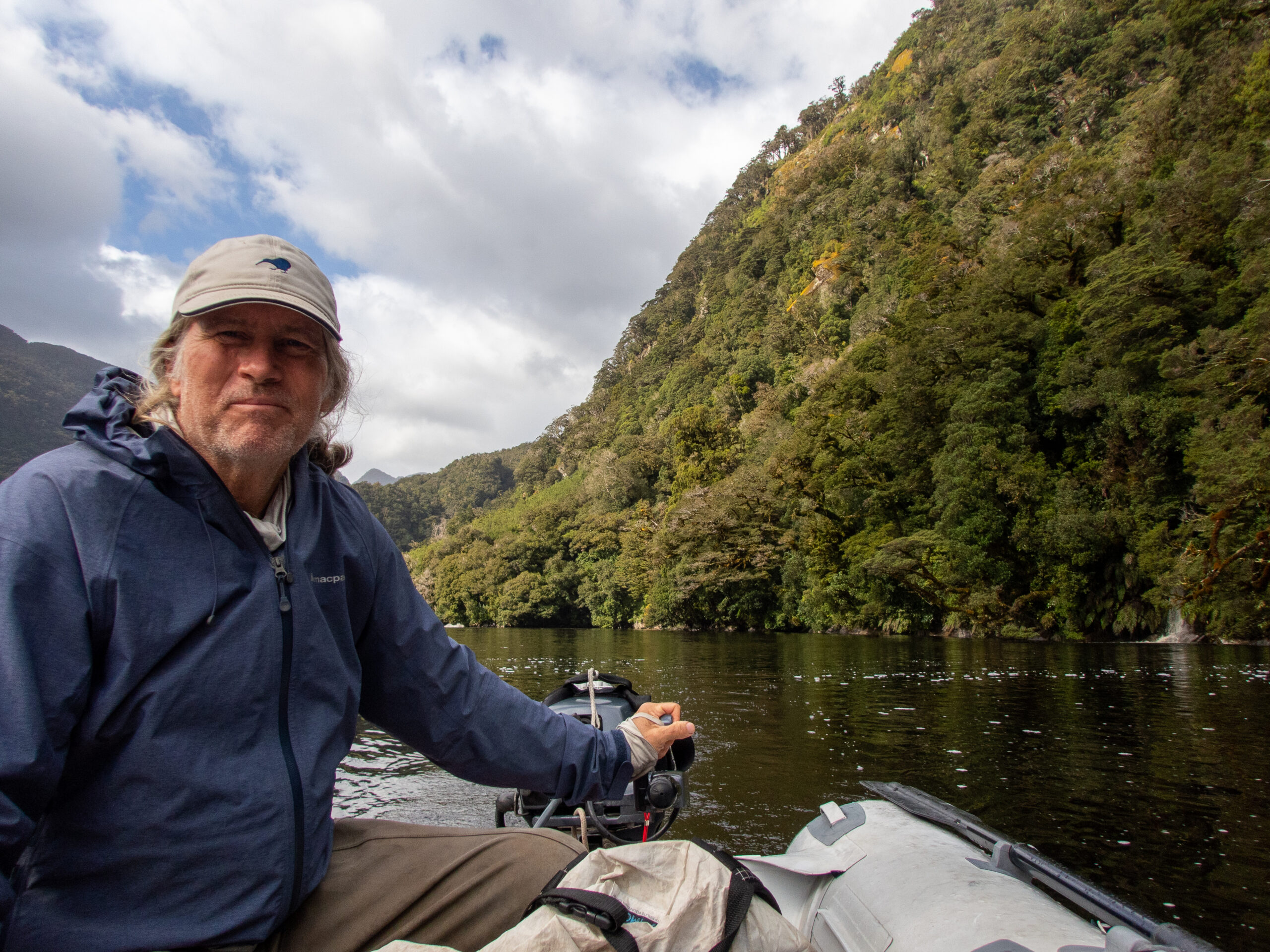
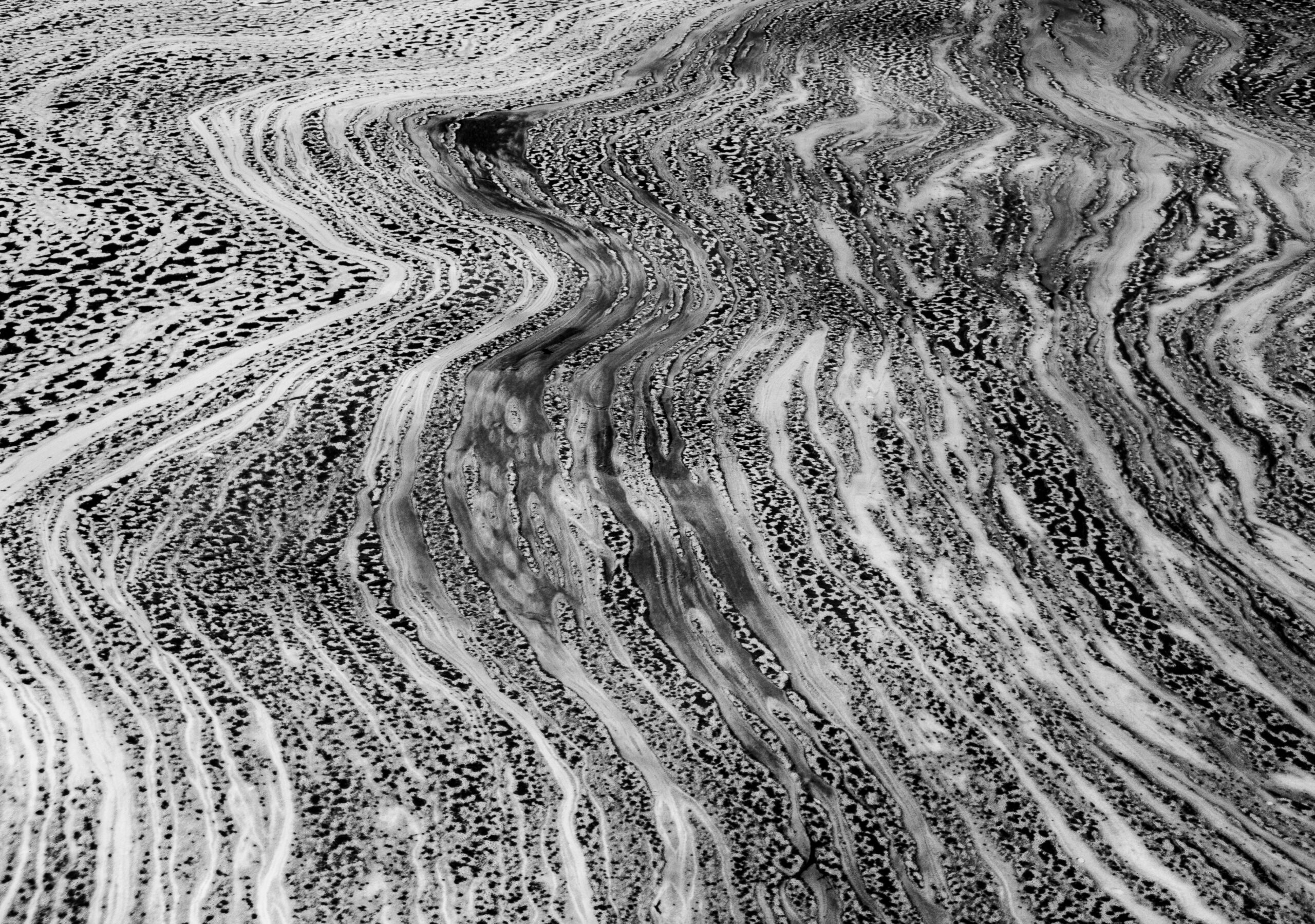


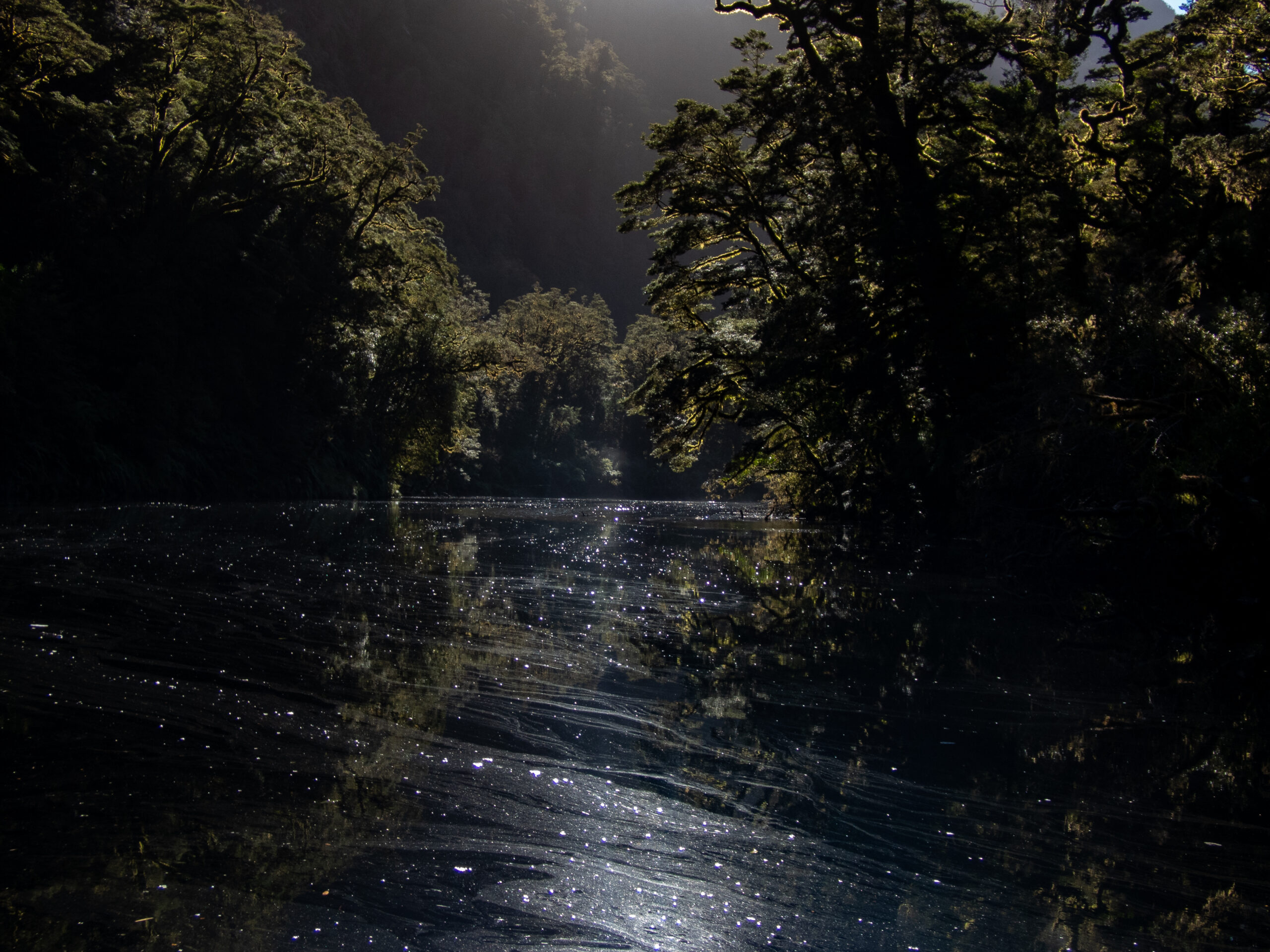
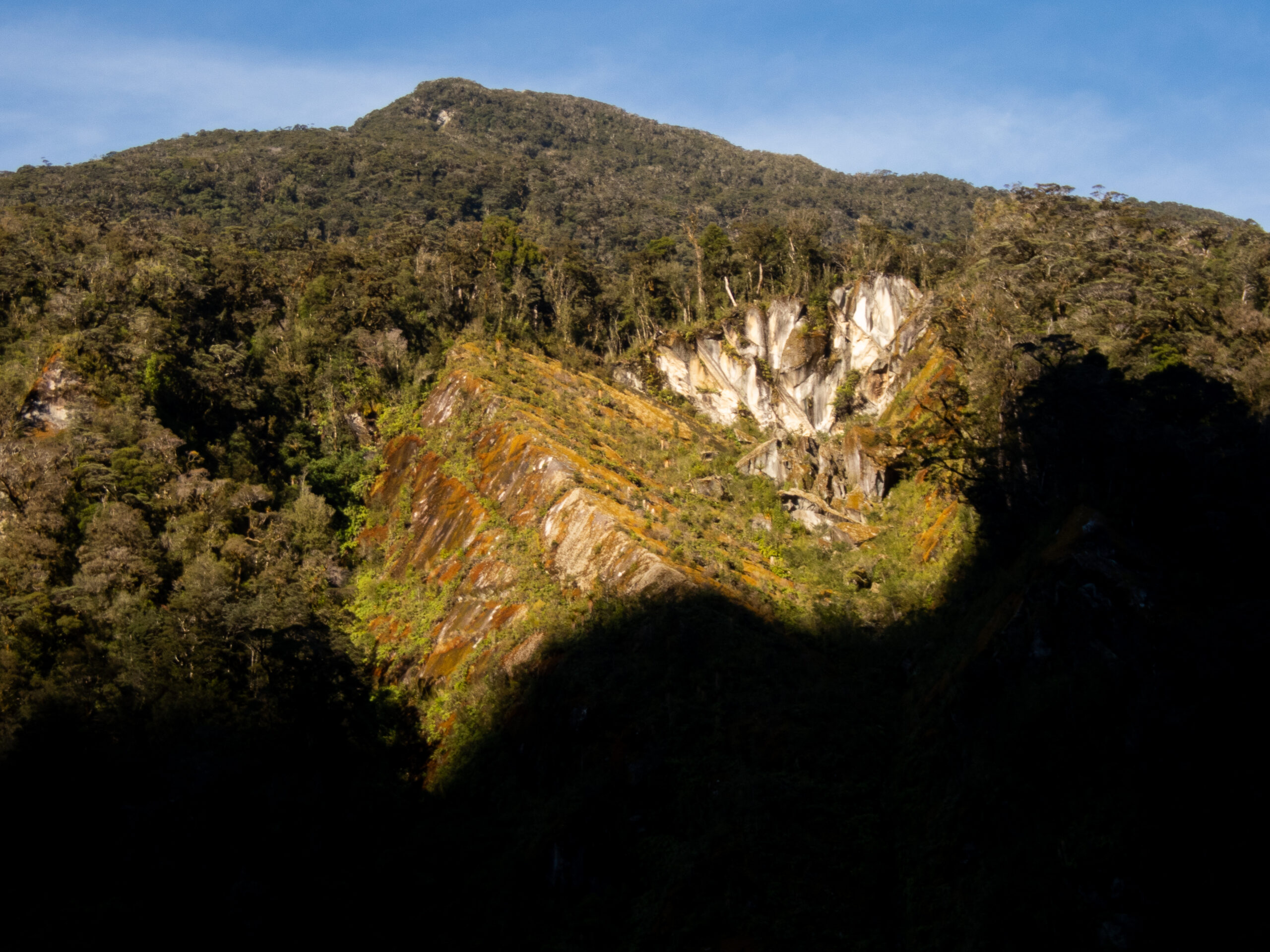
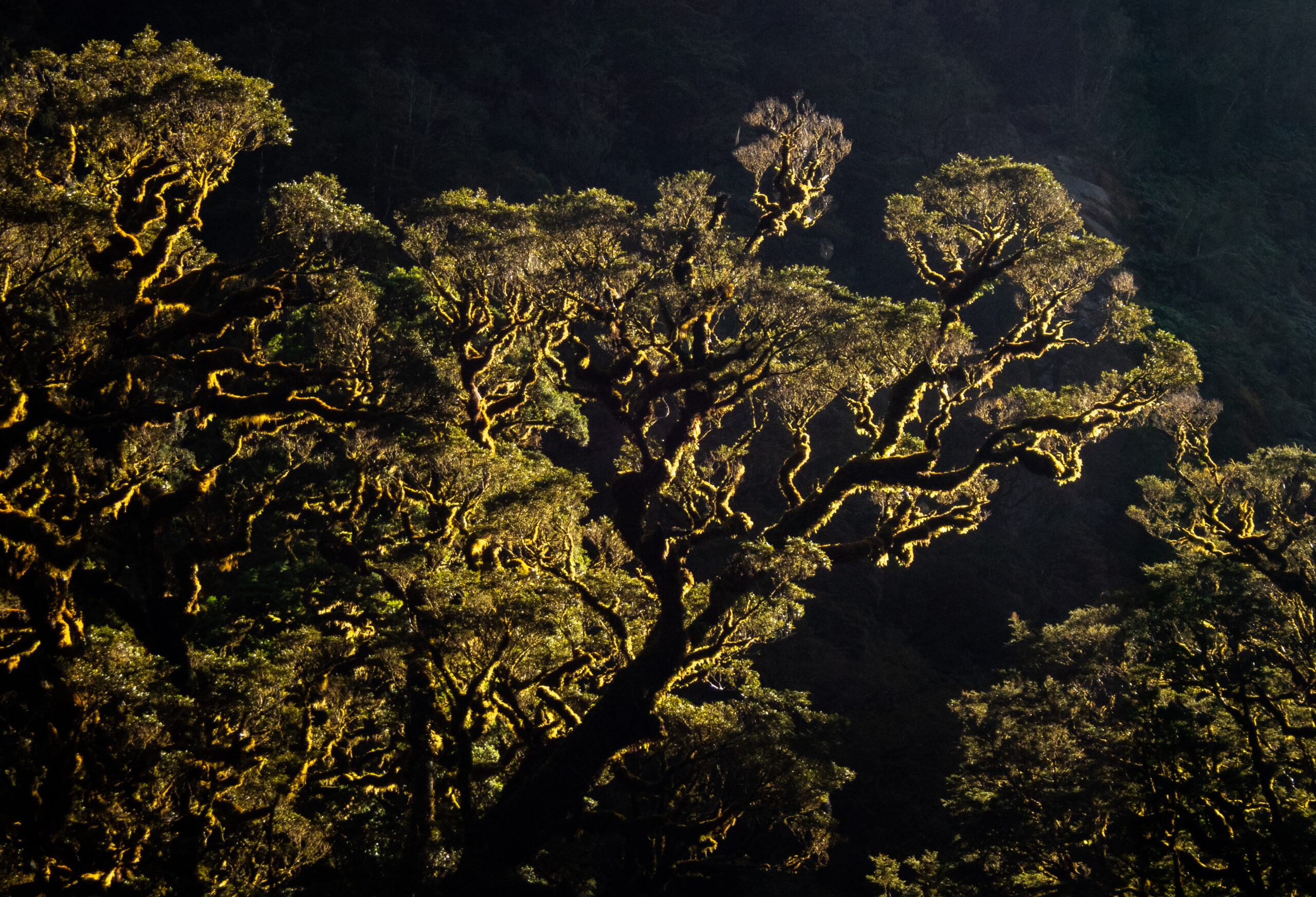
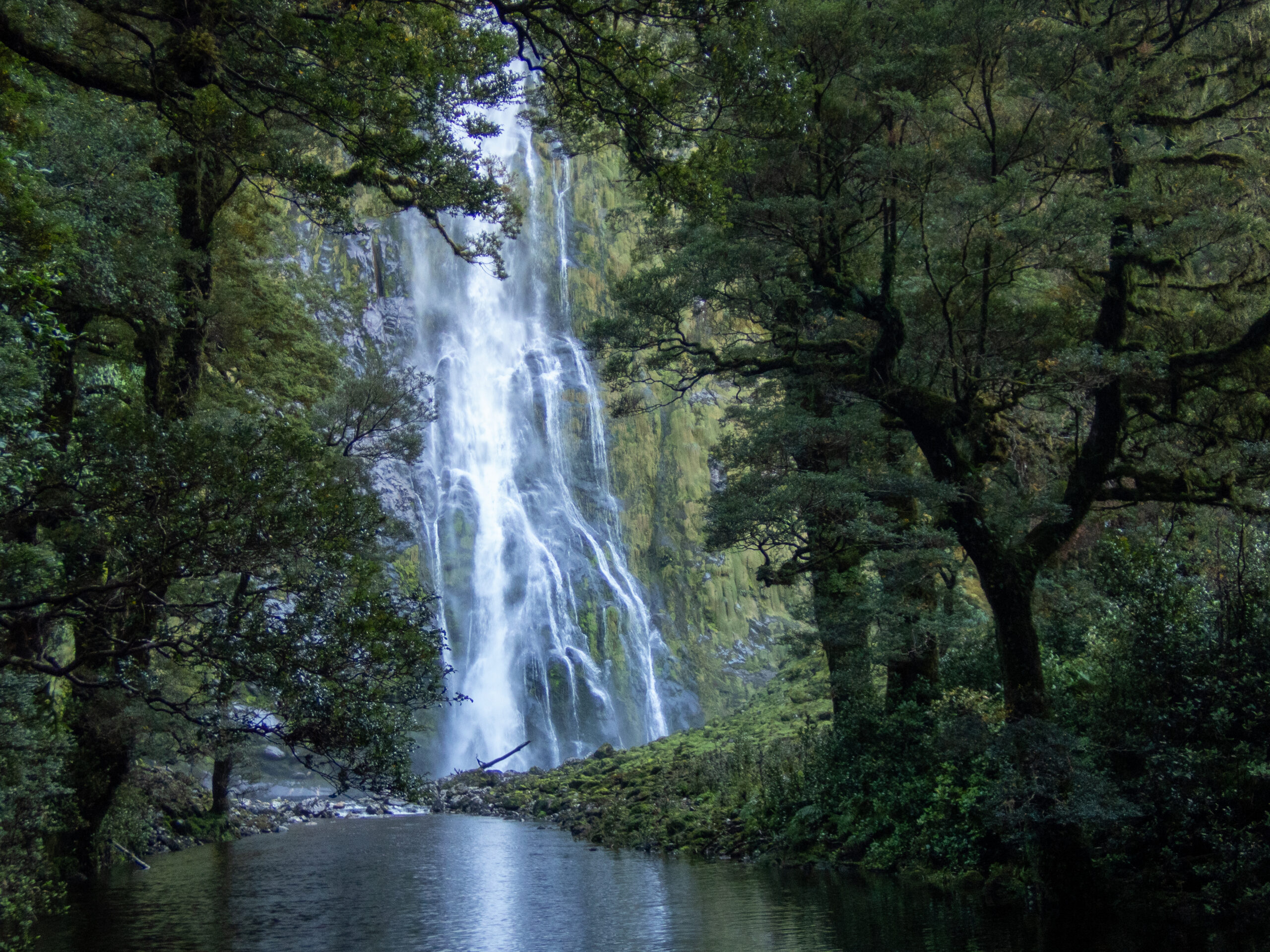

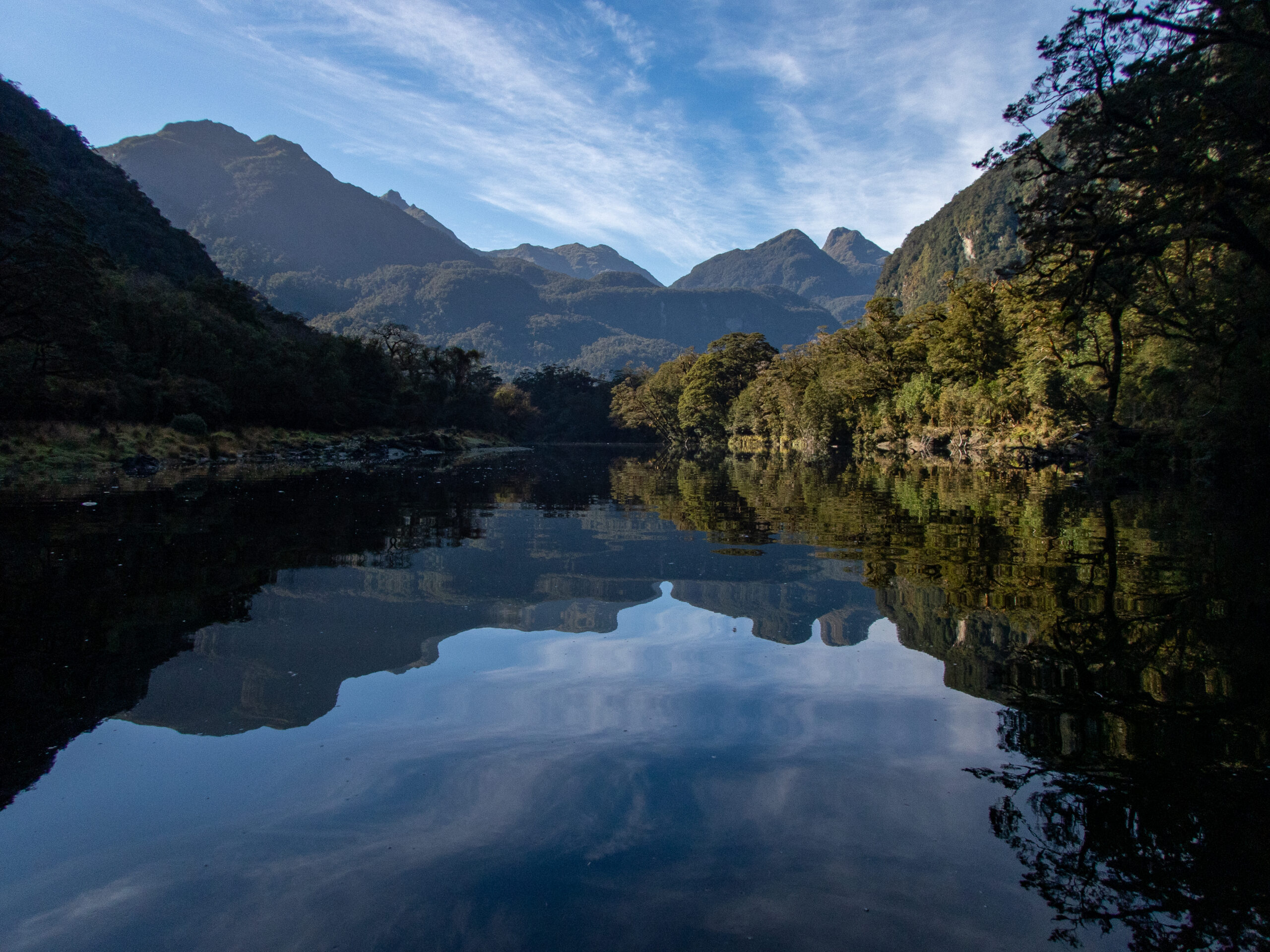
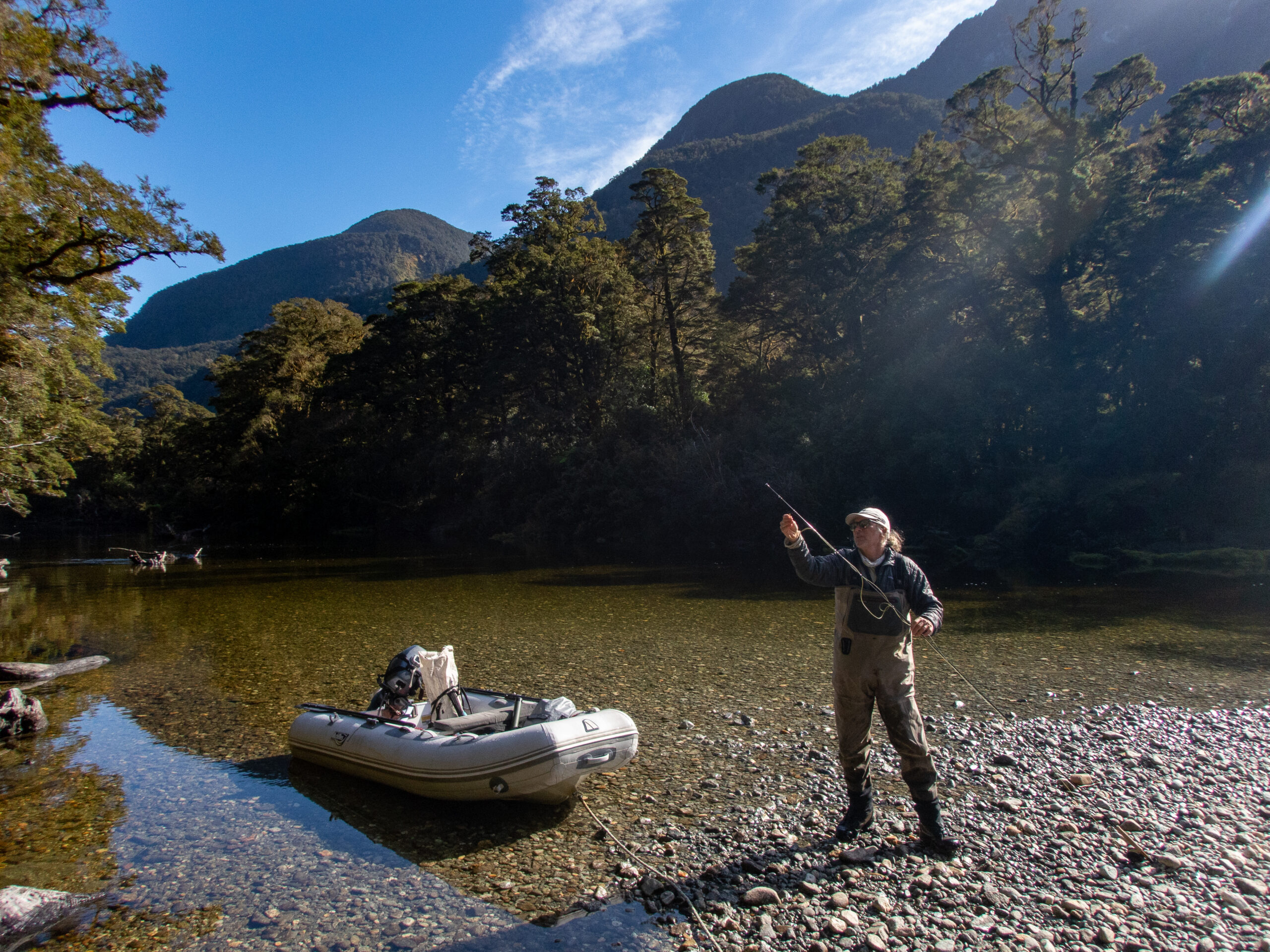

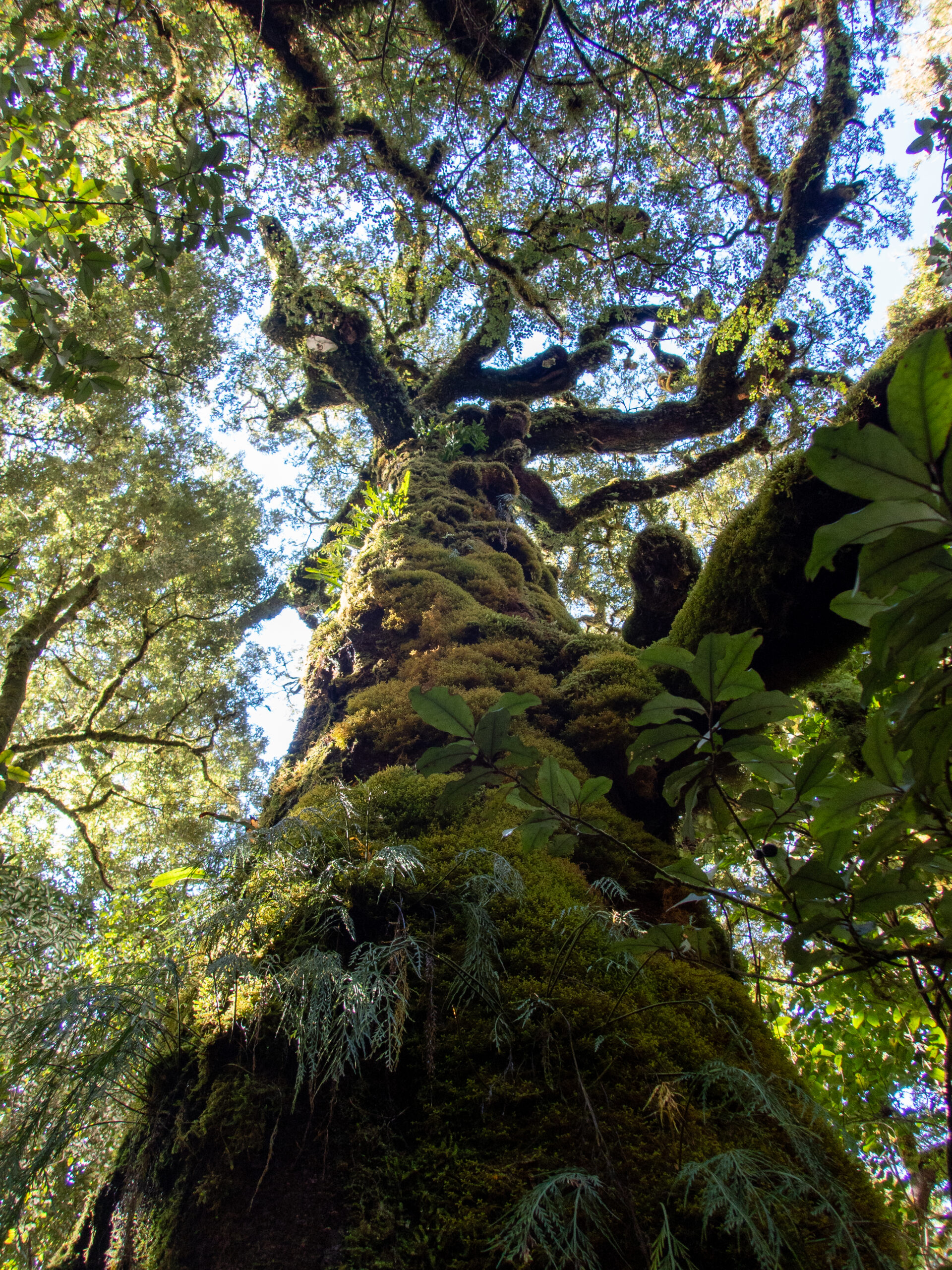

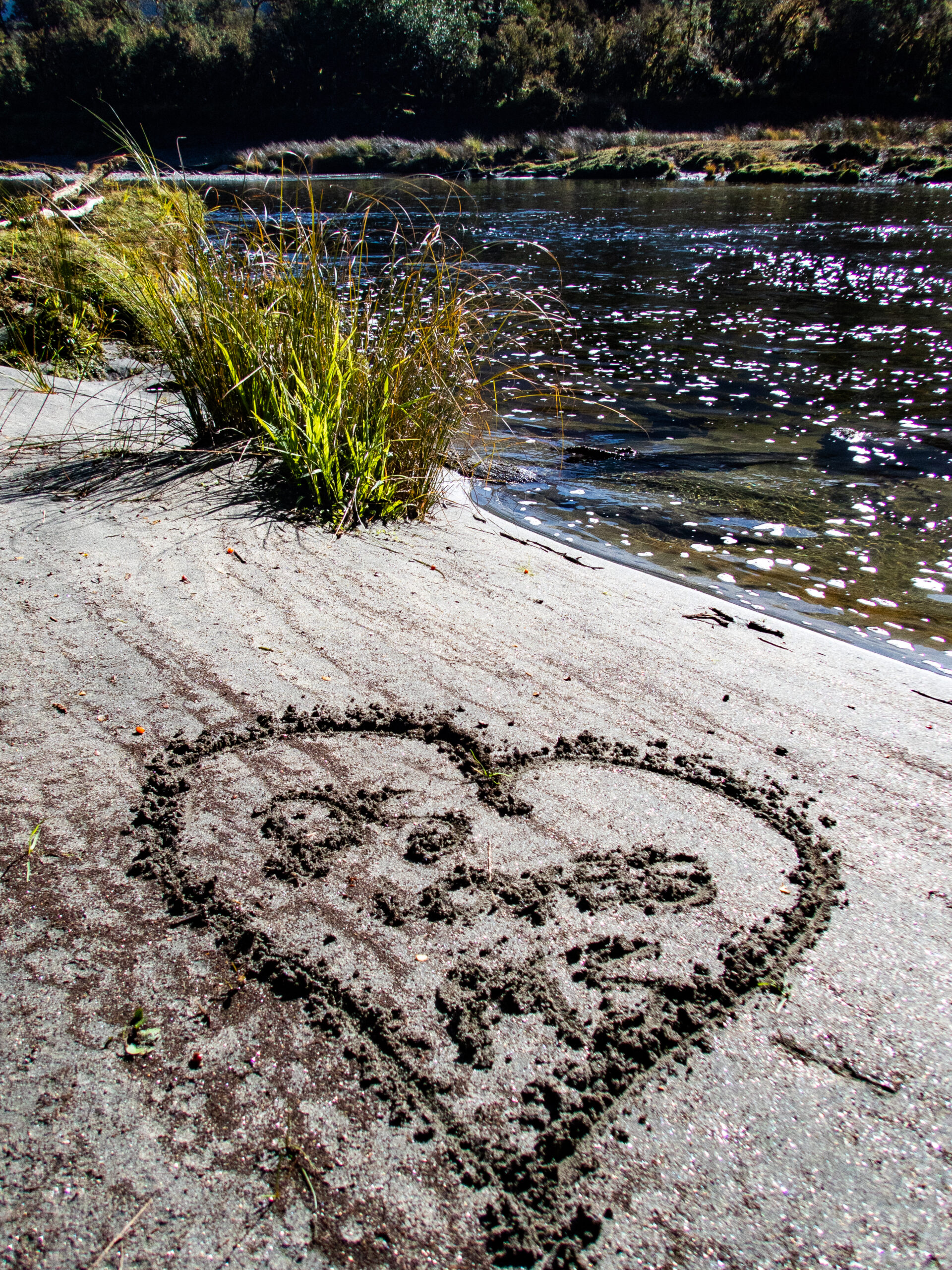


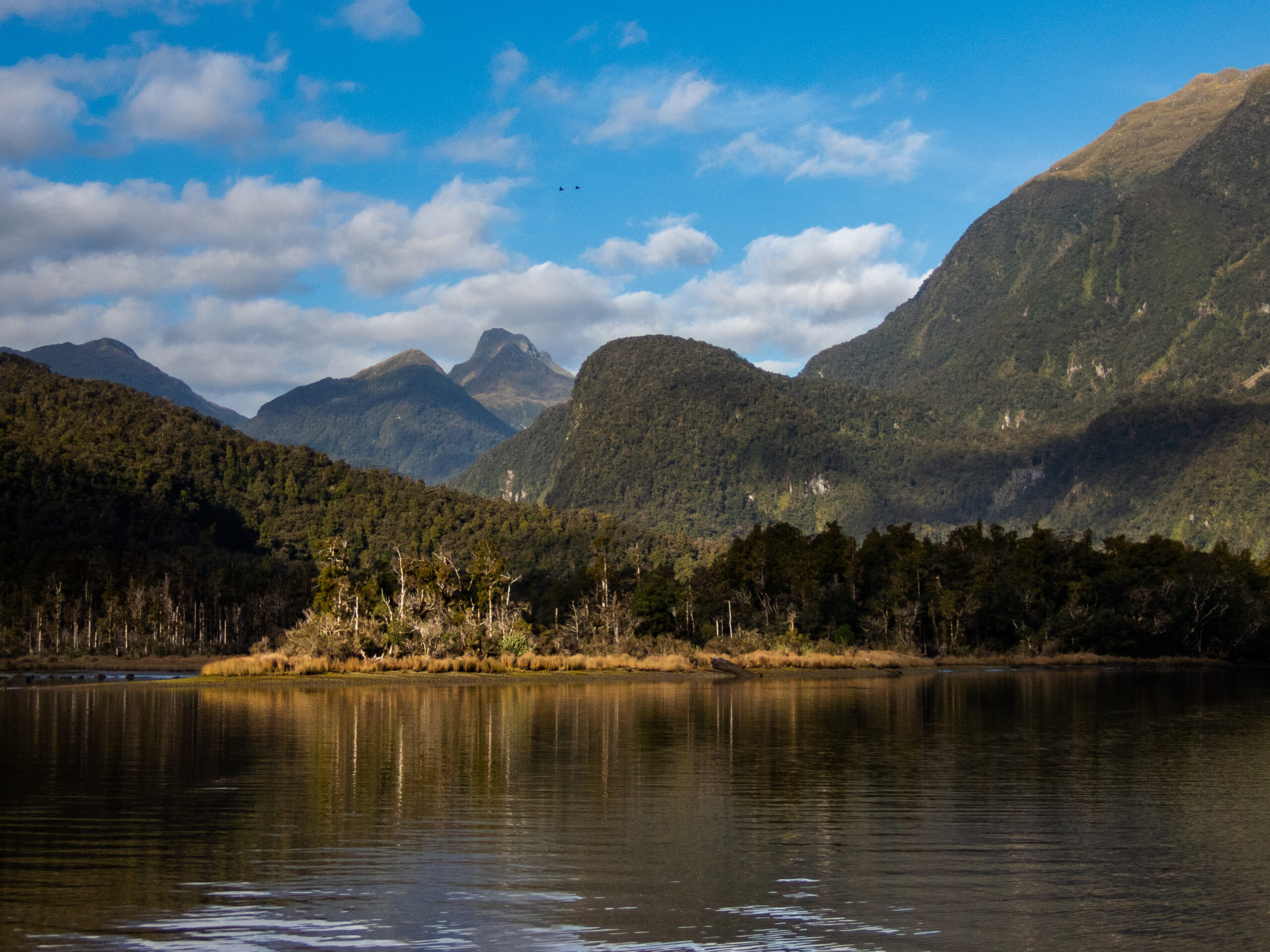
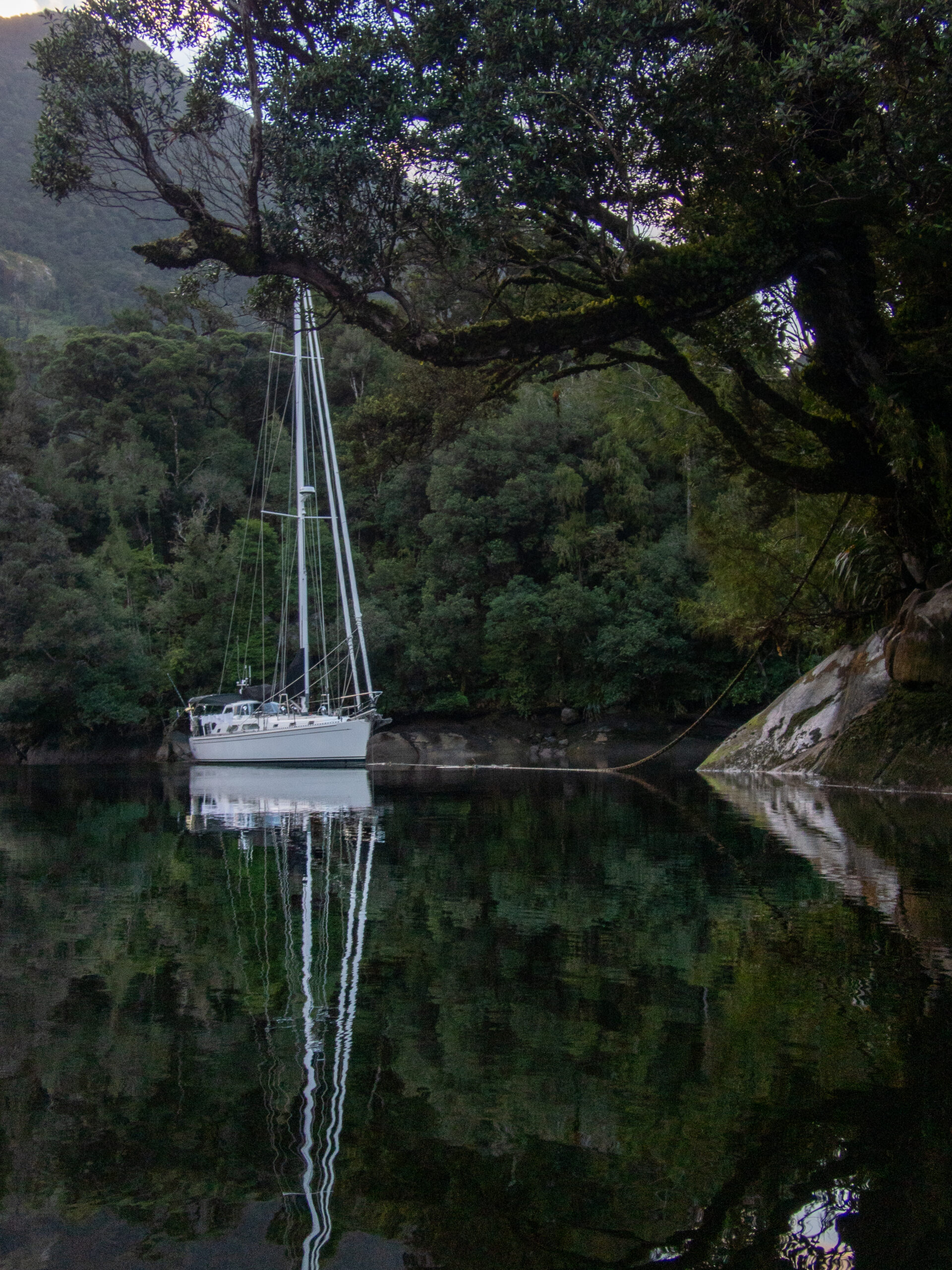
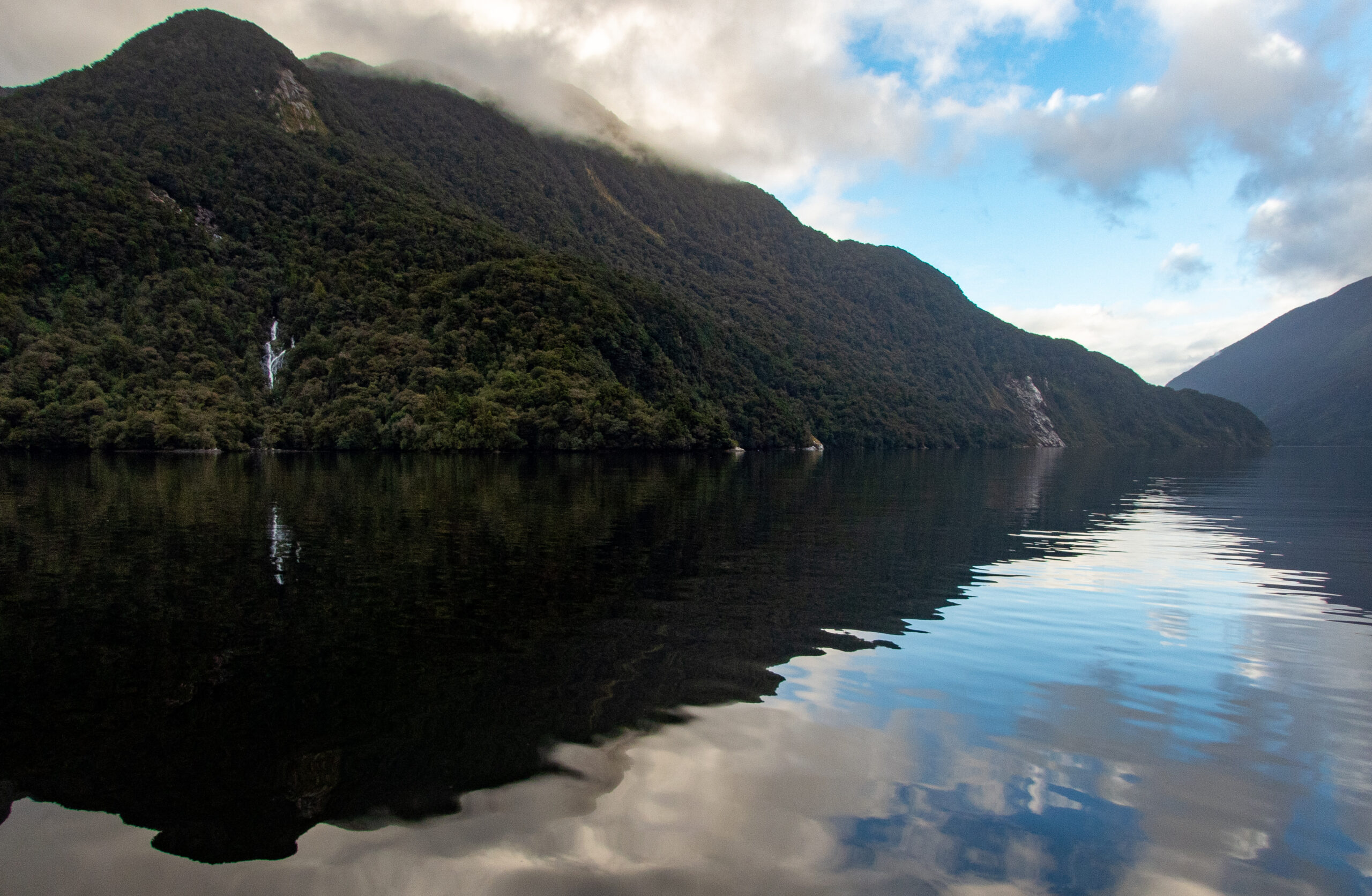
Dash from Dagg to Doubtful:
The relatively short distances between sounds along Fiordland’s rugged coast allow for mad dashes timed to brief calms, but you can’t really read the ocean’s mood sheltered in the steep granite walls of the fiords. Often the designation, “all weather anchorage,” means that fishermen have figured out that even in the worst conditions, certain spots are spared. The only way to know when it’s time to go, if you don’t have the benefit of years of local knowledge, is to study the weather models that we download twice a day from PredictWind. Because they are downloading via Iridium satellite, the resolution of the models cannot be higher that 50km. So there’s a bit of an odd effect as the models average how much the wind on the Tasman Sea is slowed down by the mountainous Fiordland coast, giving the appearance of lighter winds close to shore. They probably are a little lighter compared to what they are 20 miles out at sea, but our experience is that the models generally underestimate what it’s like on the outside and overestimate what we’ll experience once inside. Wind or no, gale or no, the seas are almost always a mess, particularly where local winds funnel through the openings of the sounds. Schedules are well known as the bane of sailing but in the land based world they are unavoidable, and Wyatt had a particularly narrow window of time to squeeze in a visit to us amid preparations to leave New Zealand. So we considered ourselves unreasonably lucky when the wind that pinned us down for a couple of days in Daag, relented in perfect time for us to make the dash. We arrived at the opening of Doubtful with what Wyatt would call a ‘splitter bluebird’ sunny day. ~MS
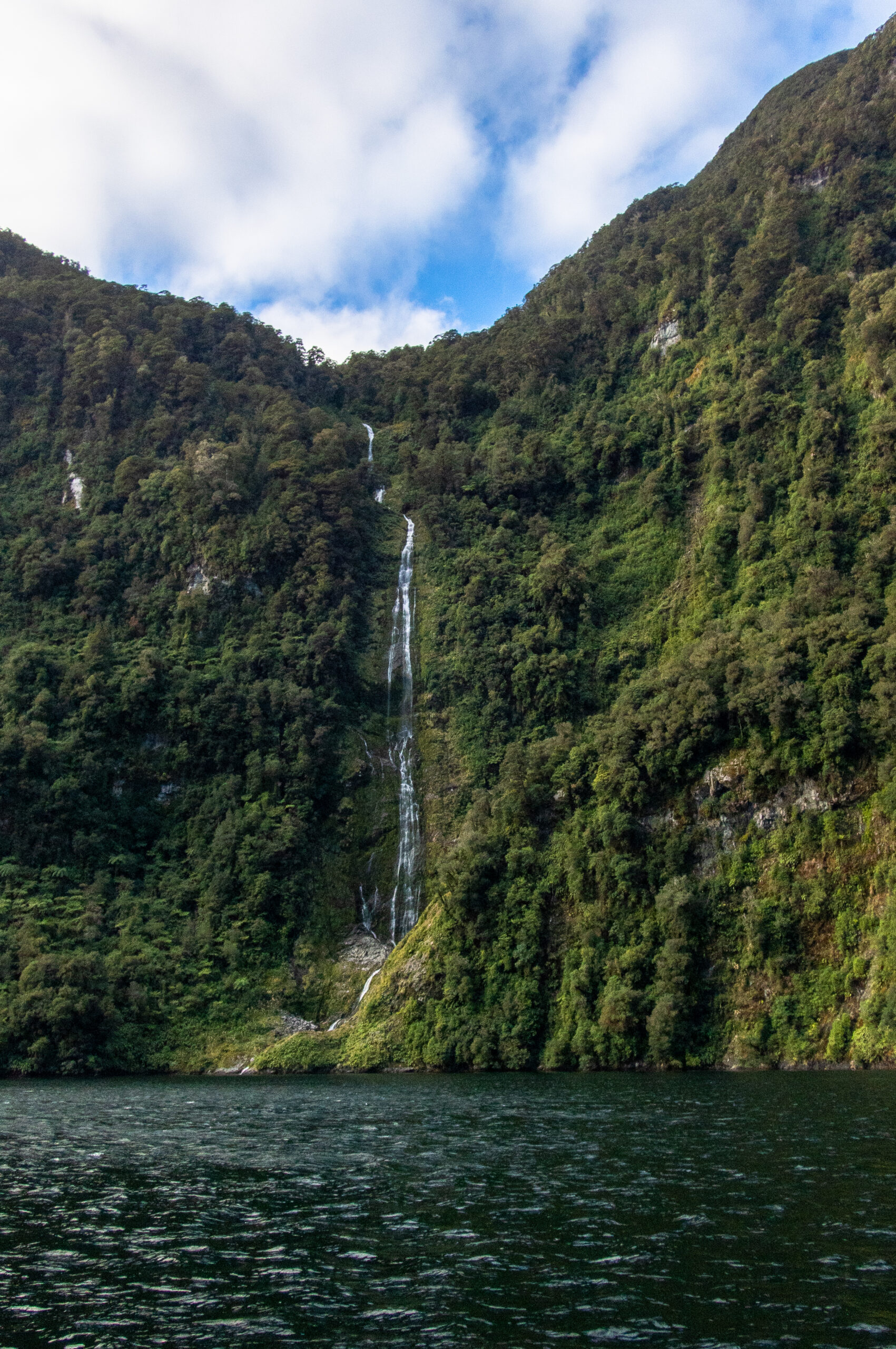

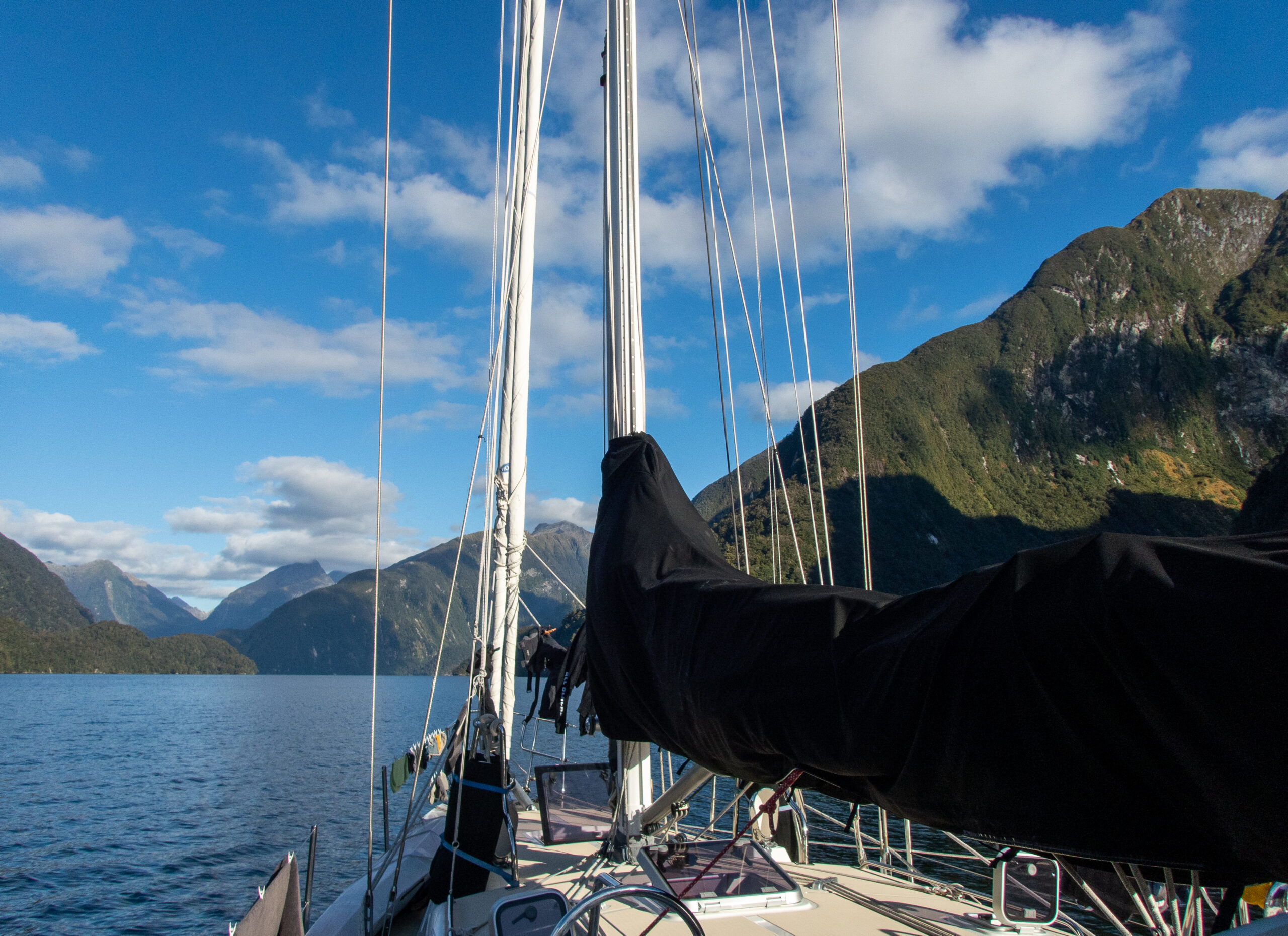

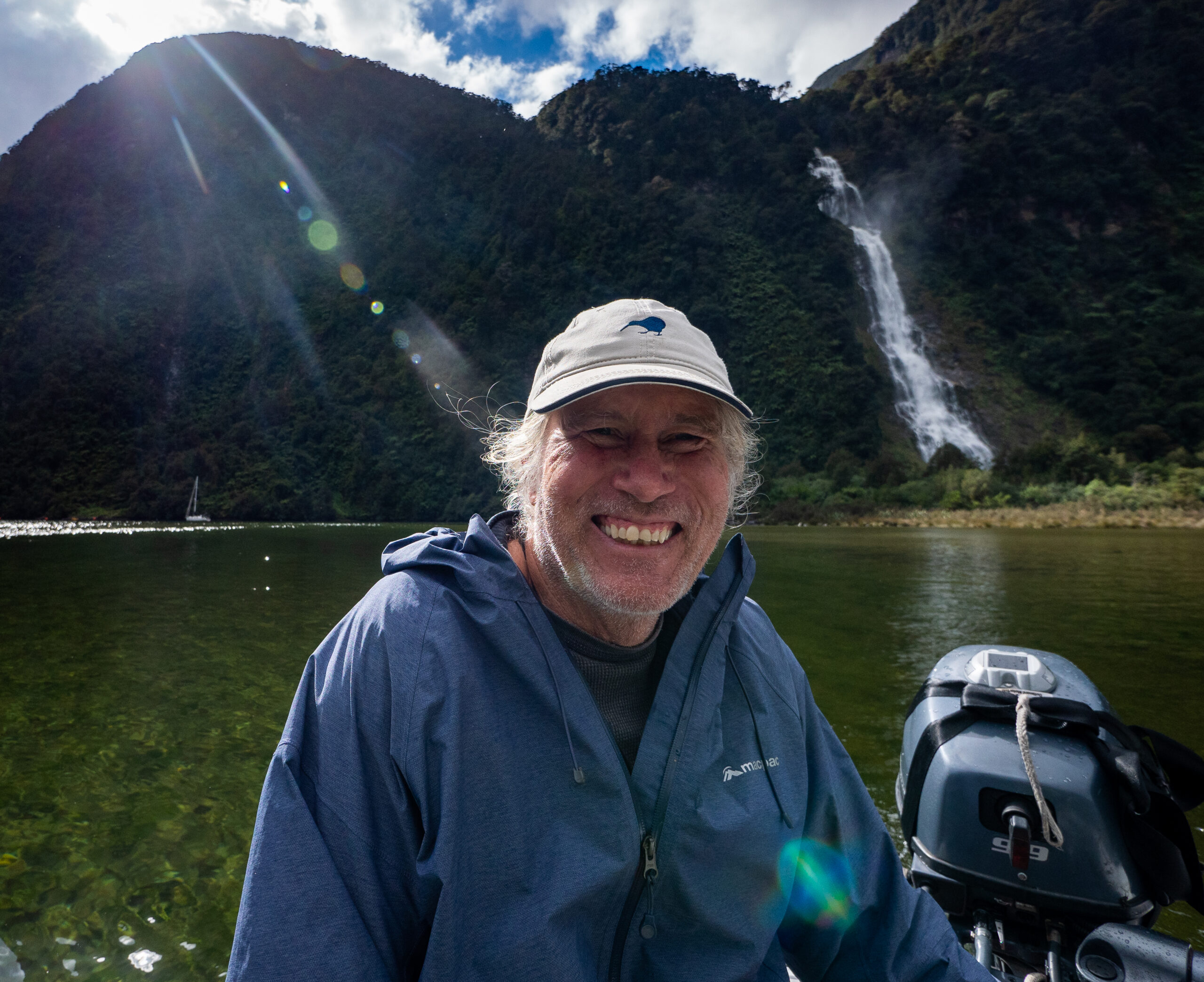
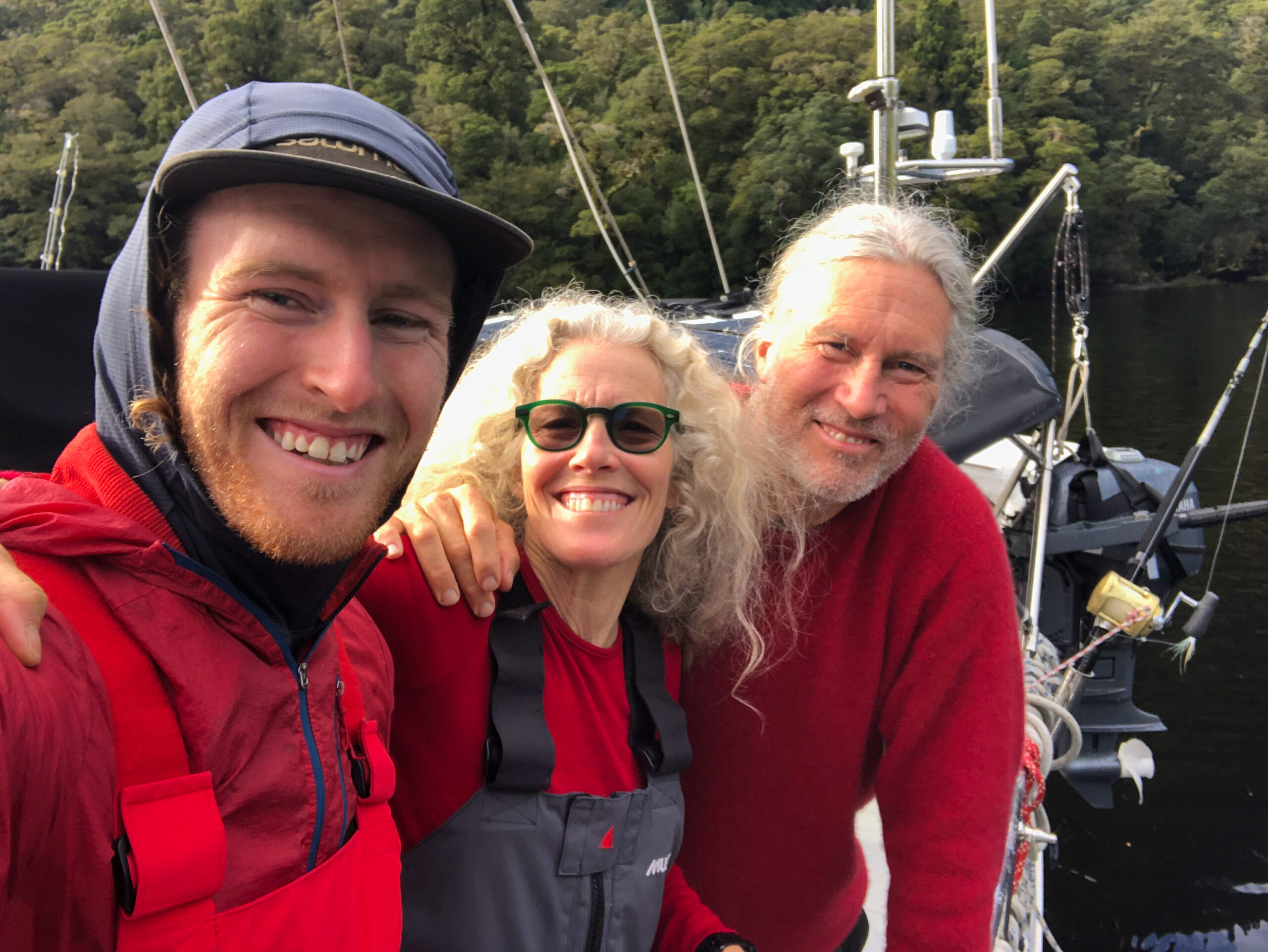


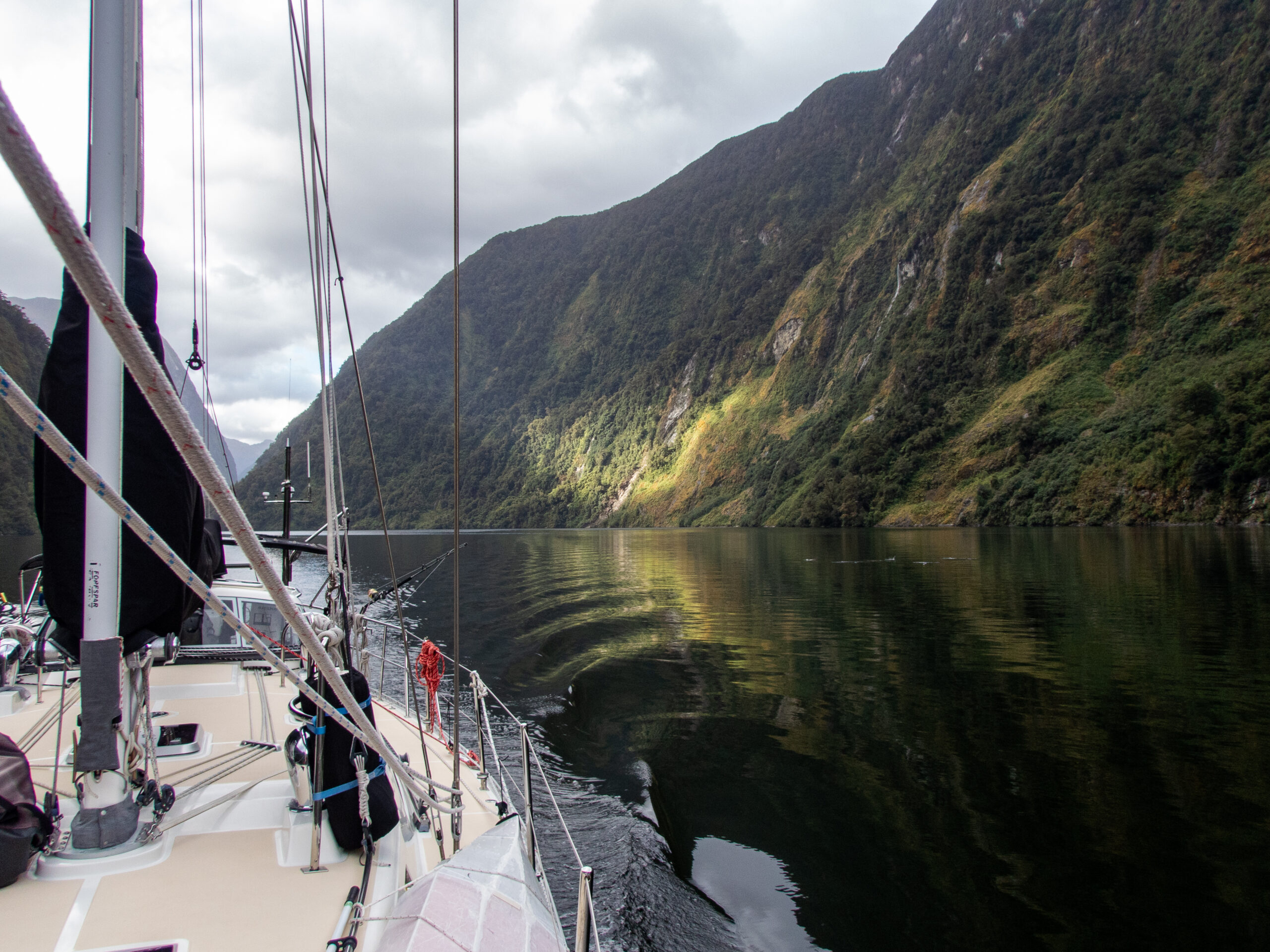

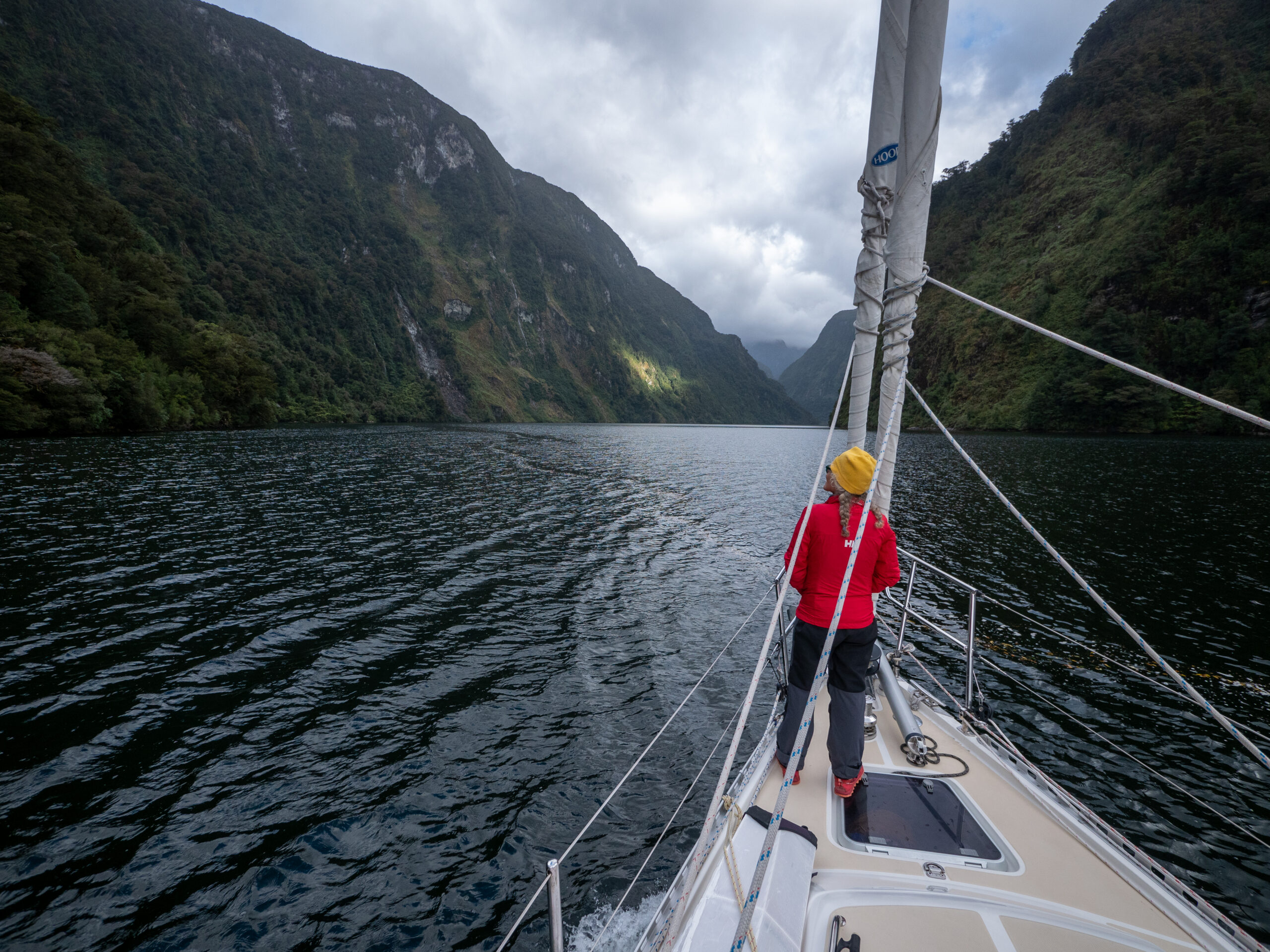
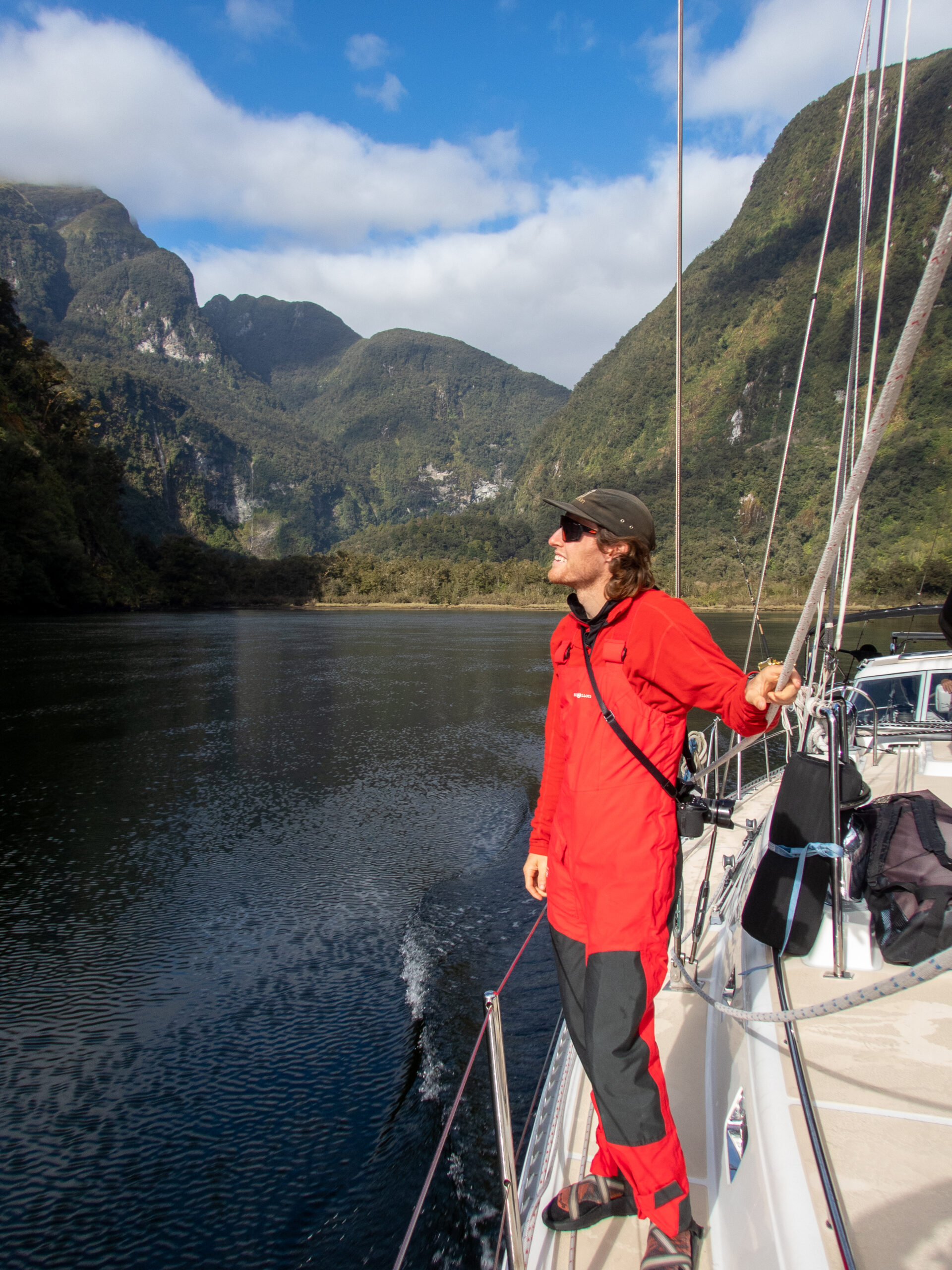
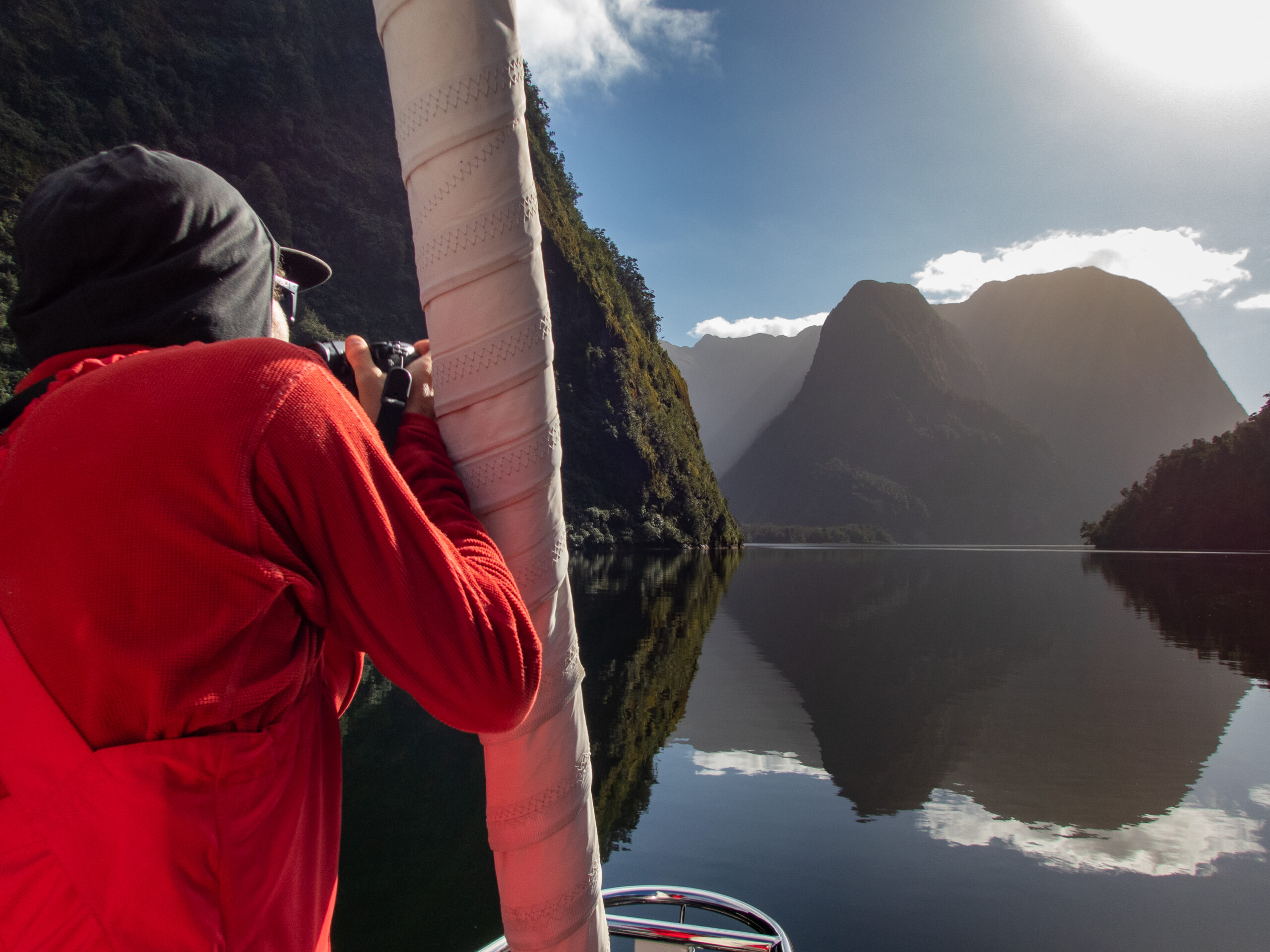

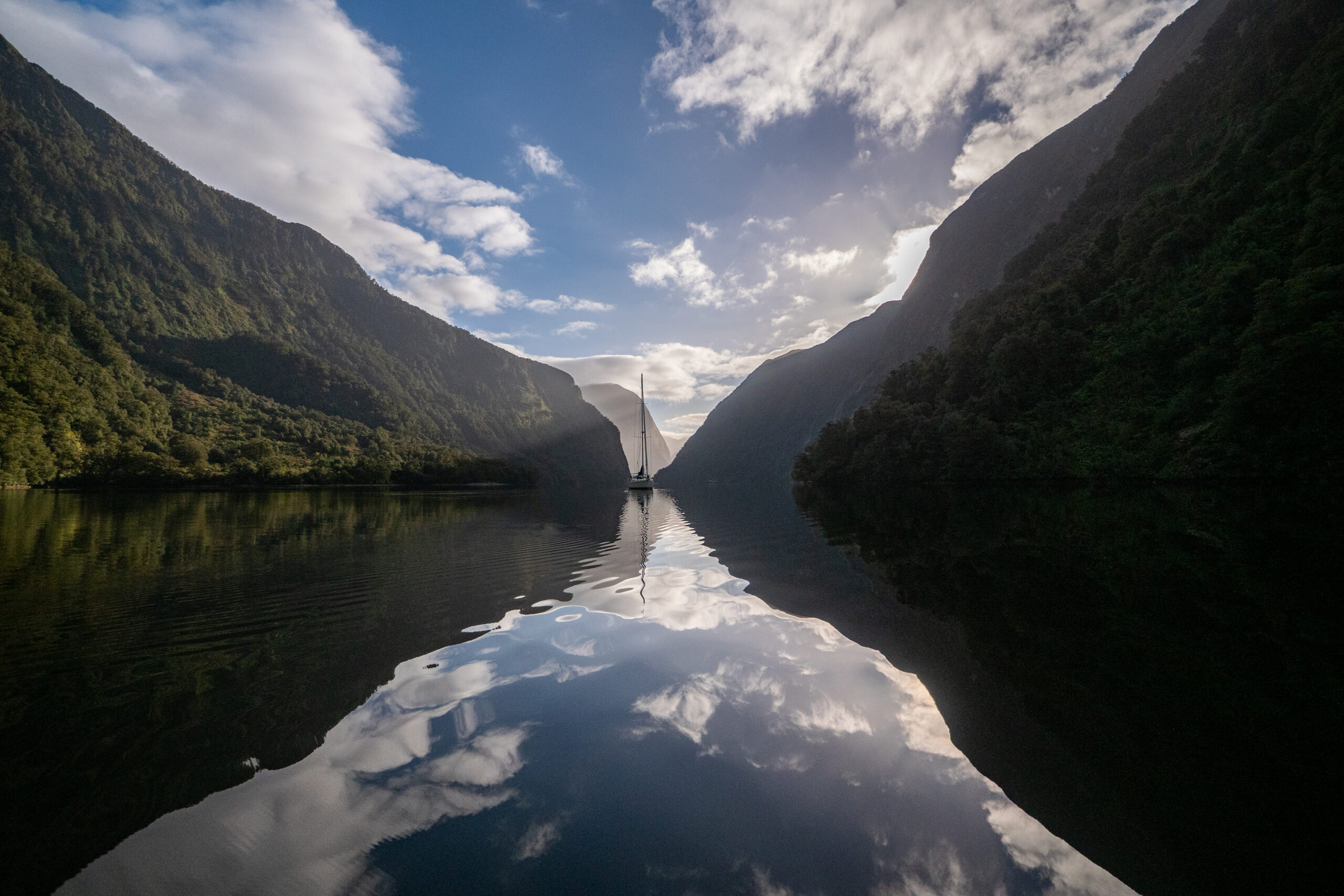

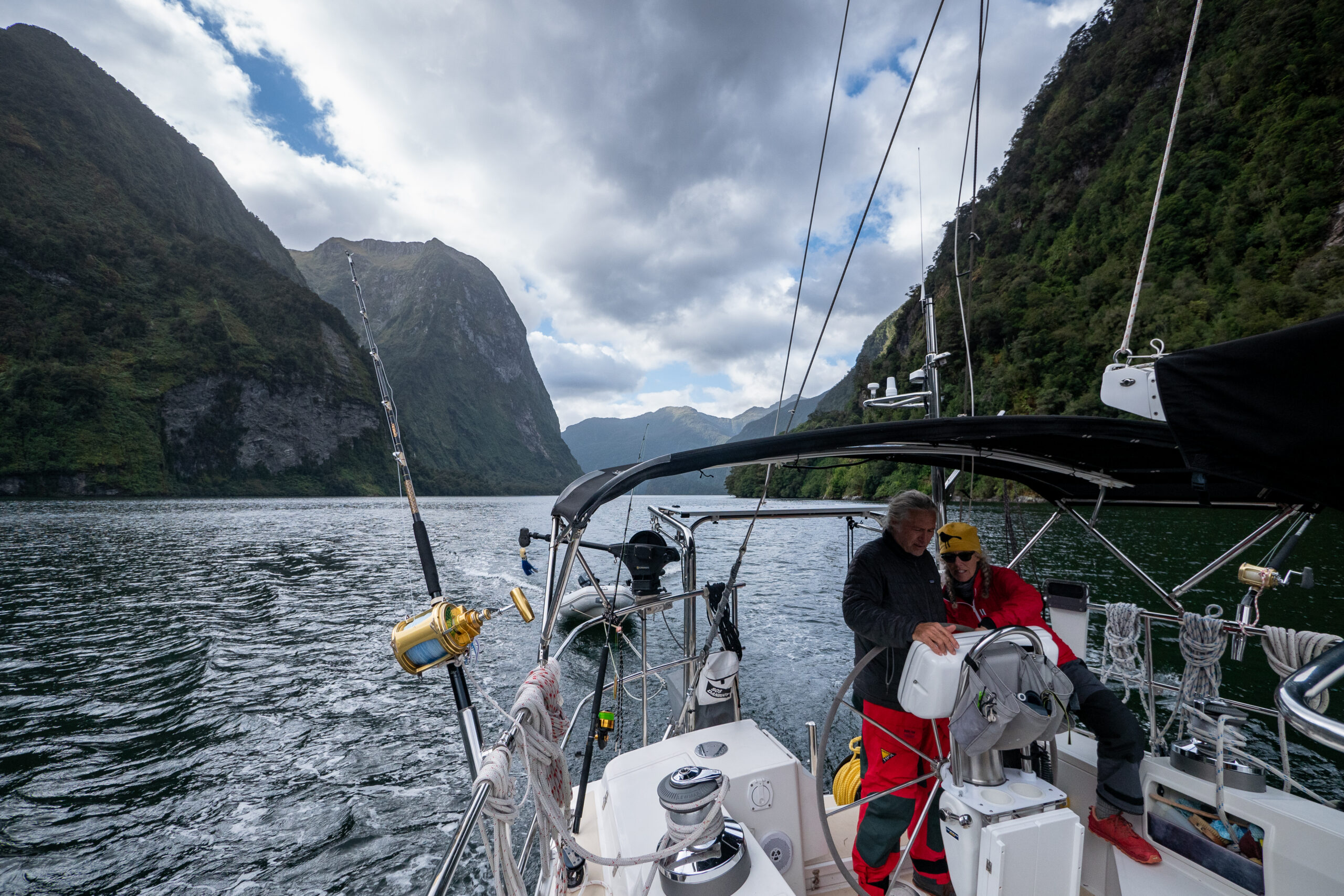
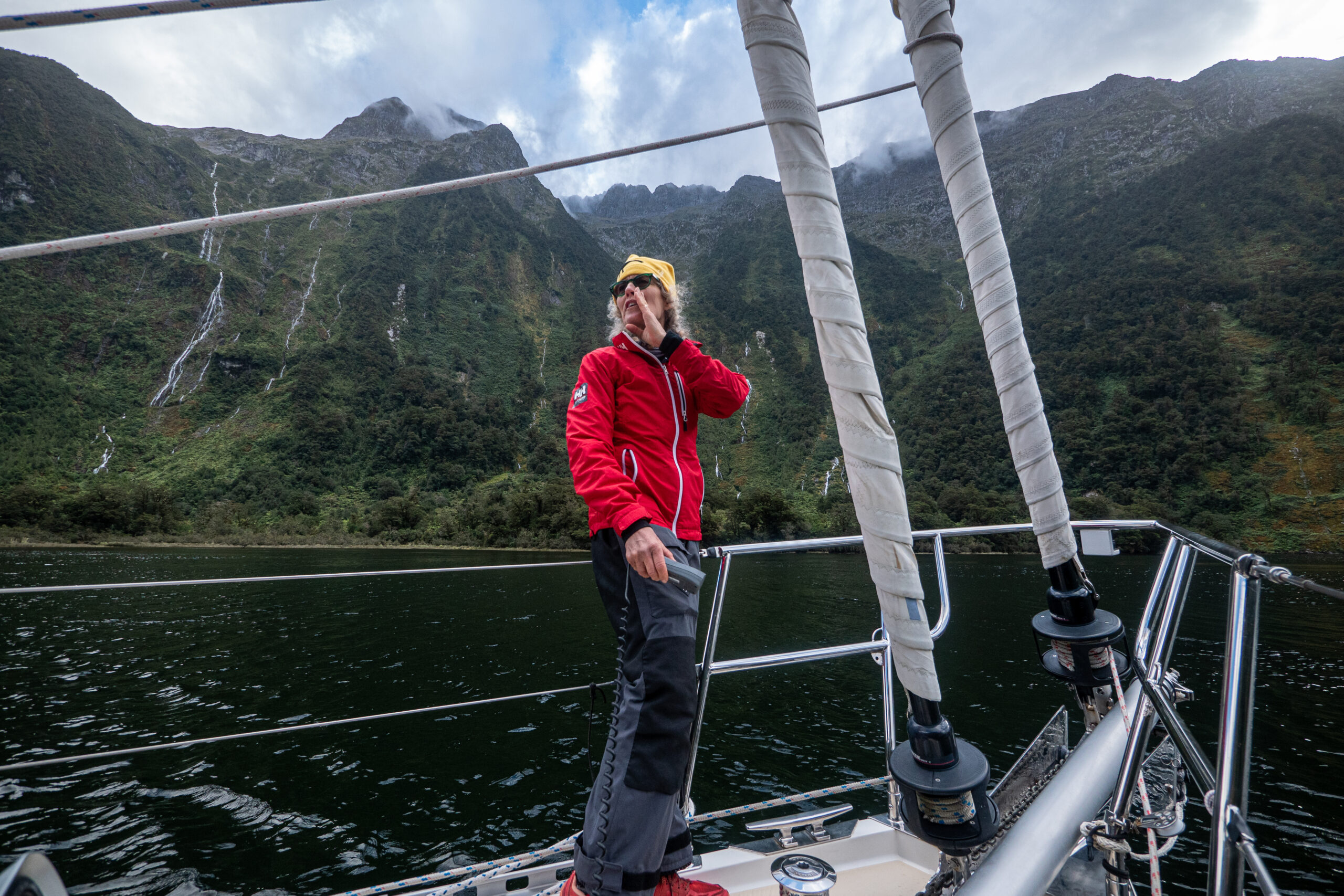
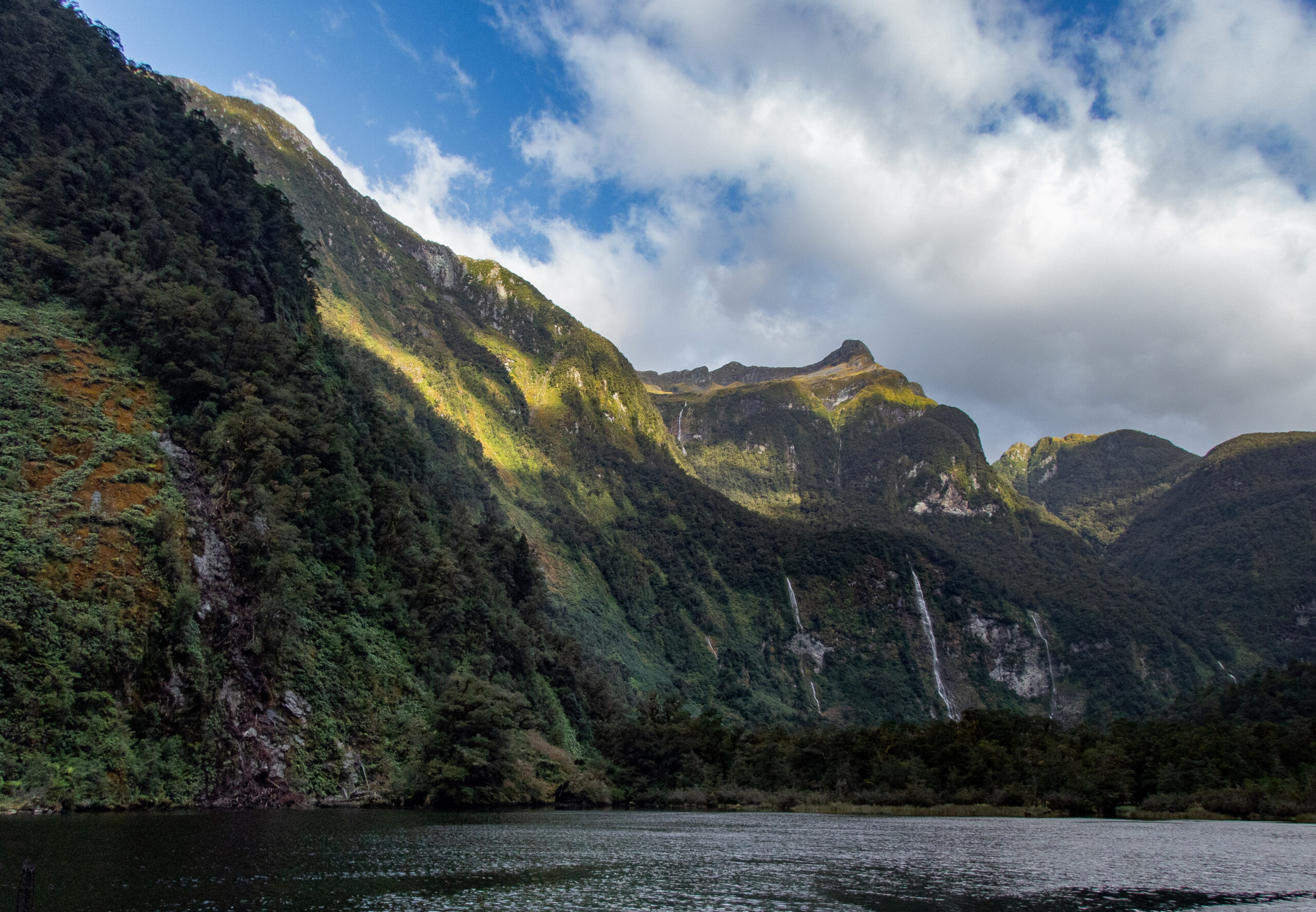
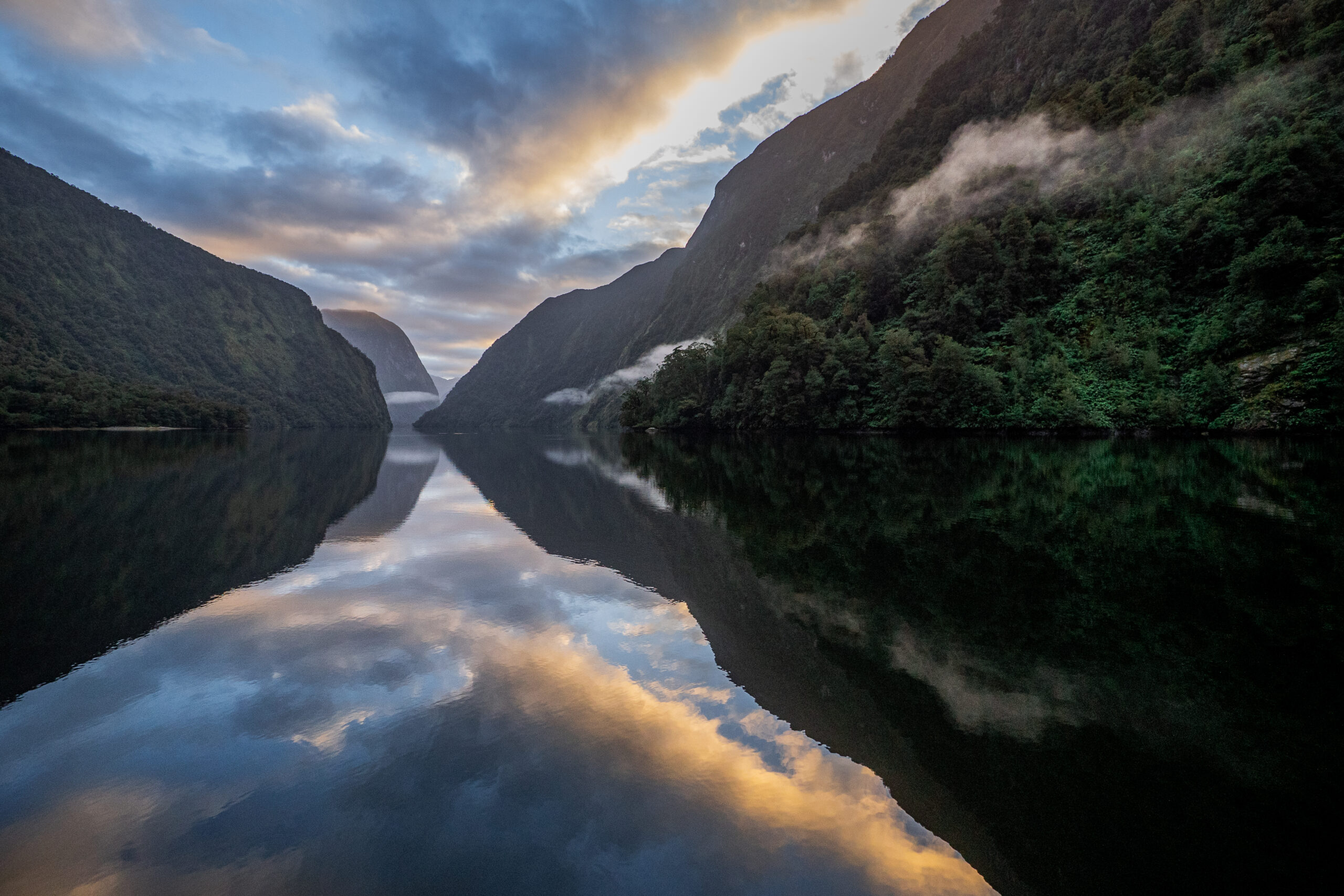
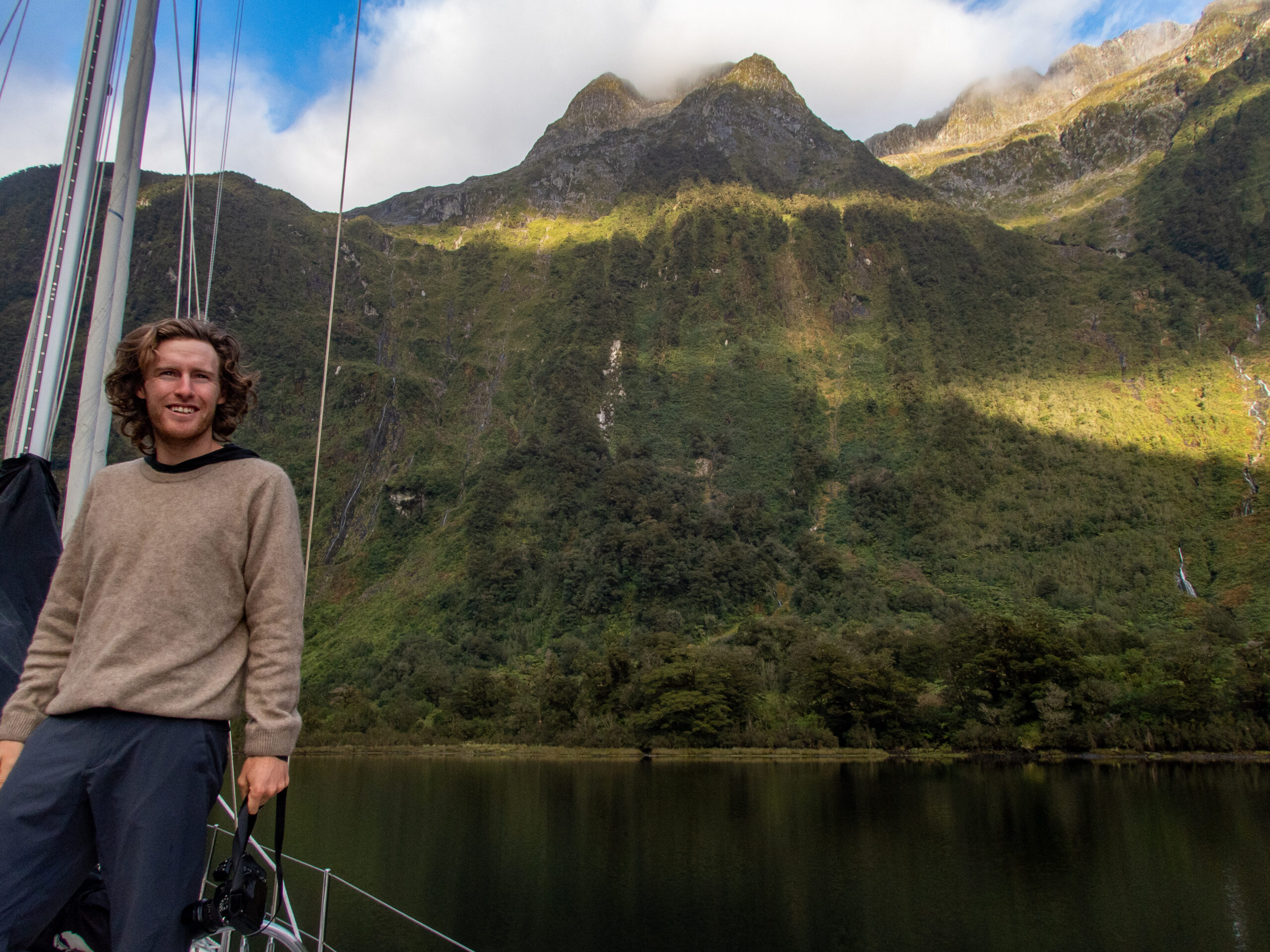

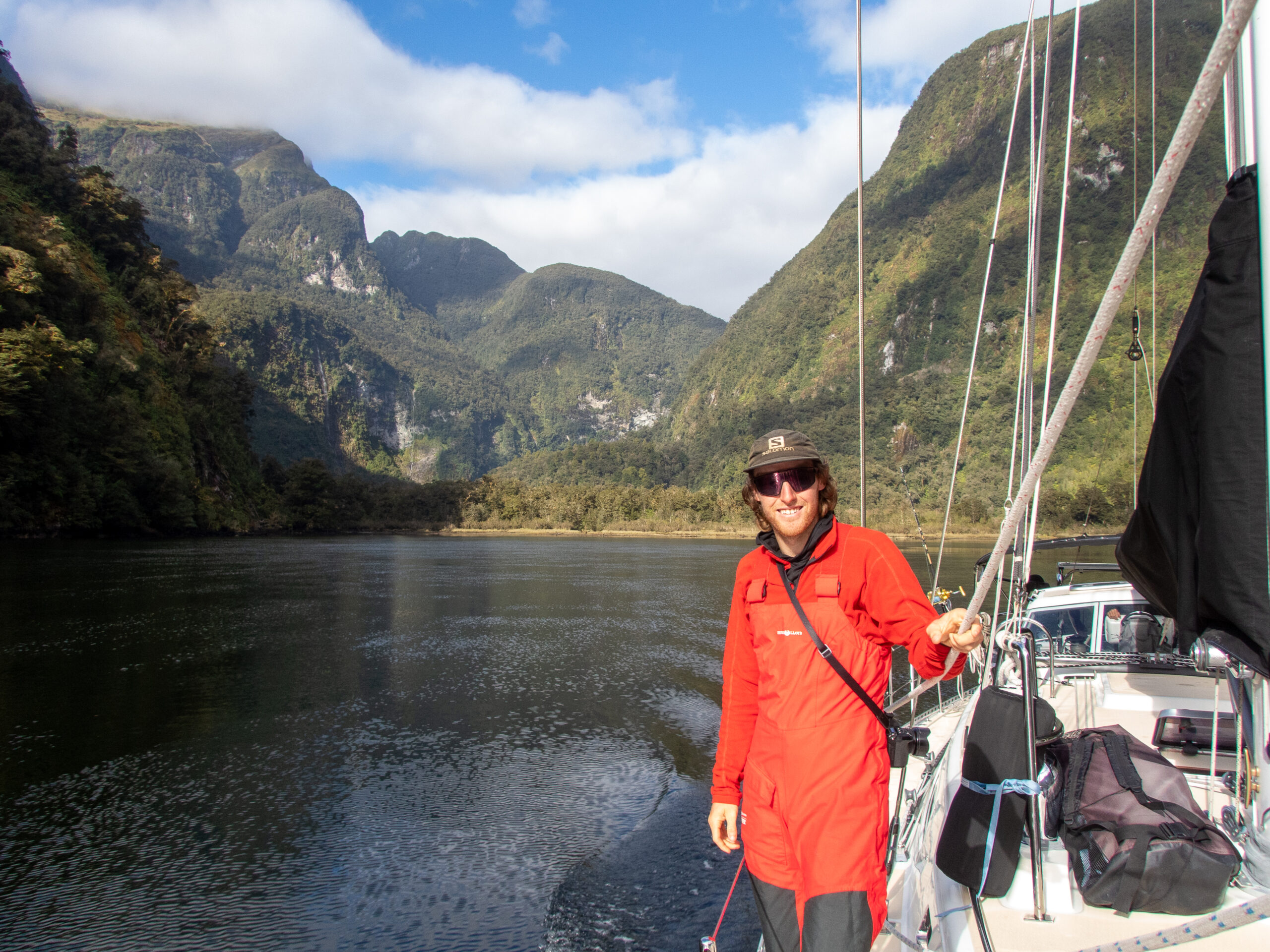
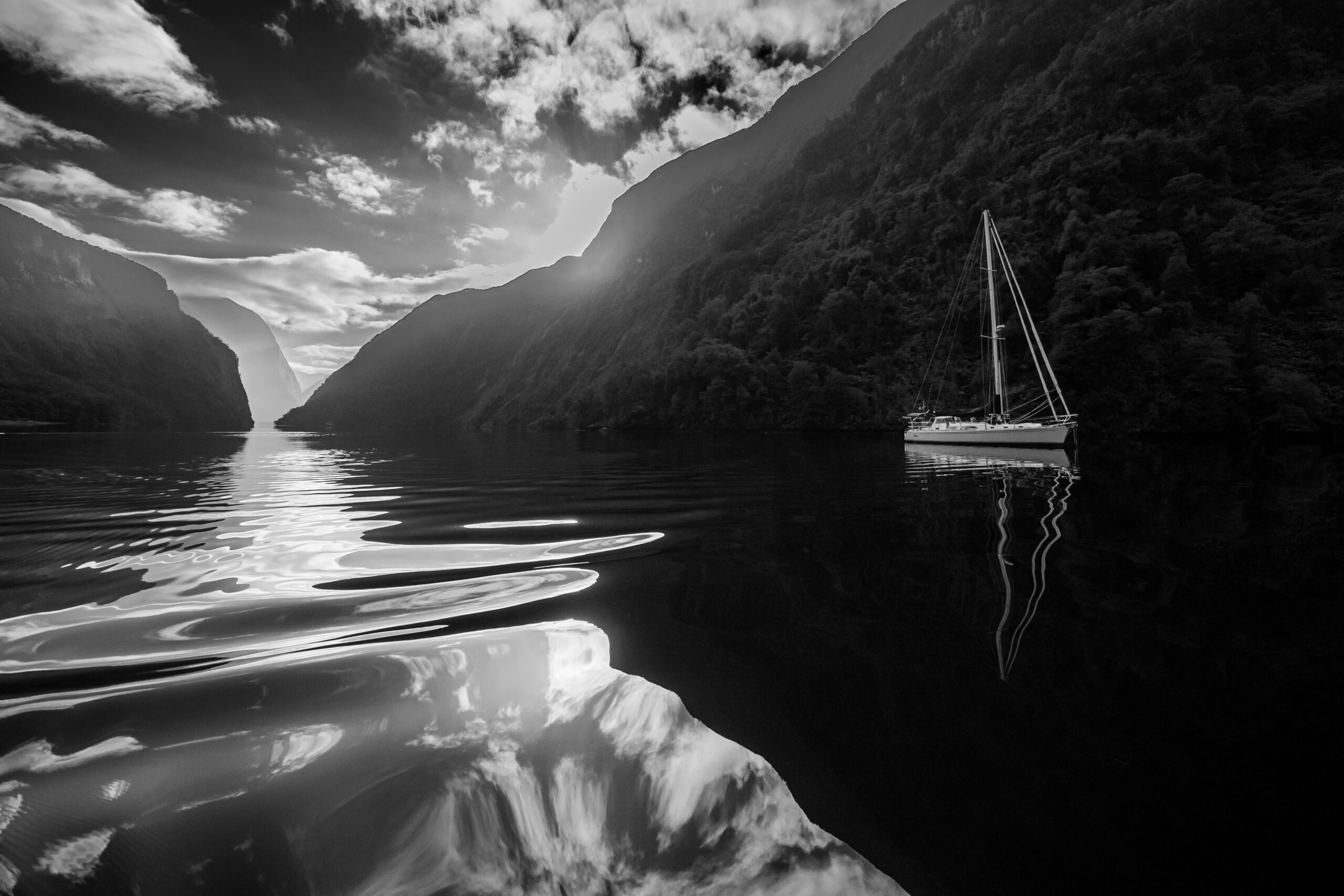
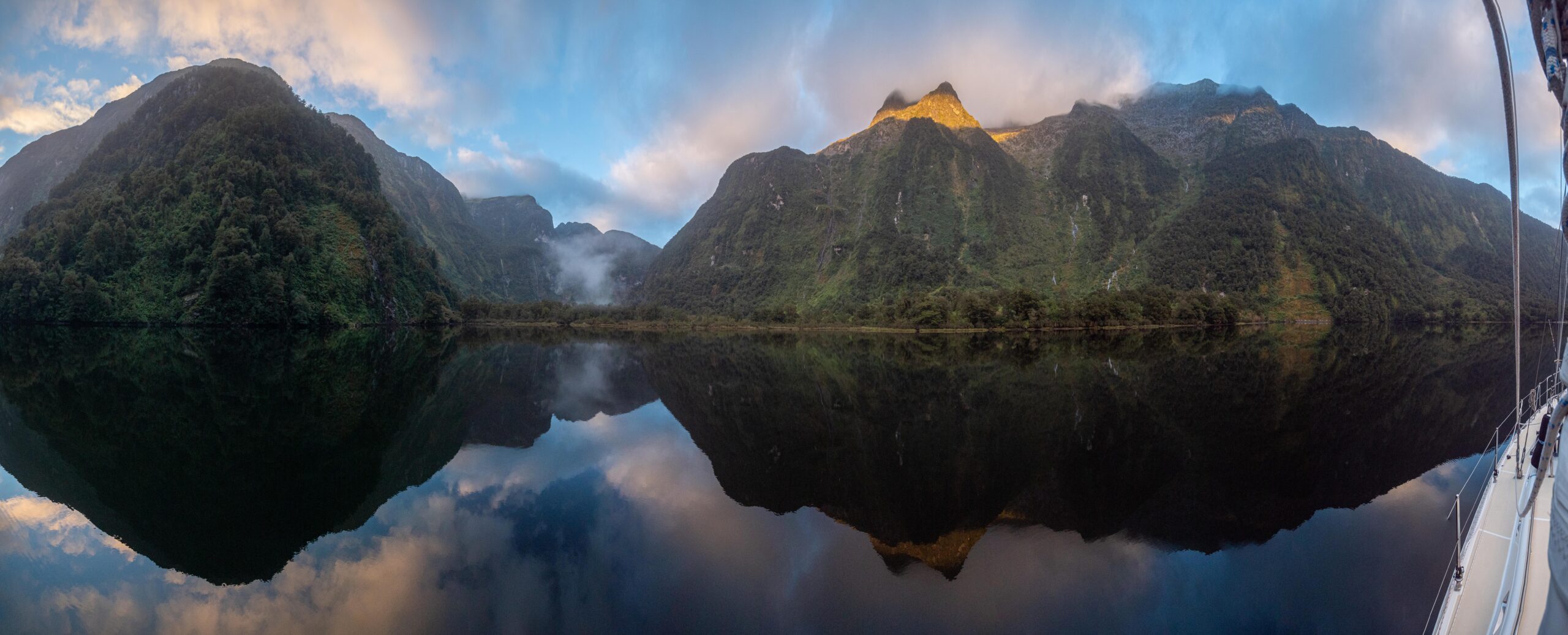
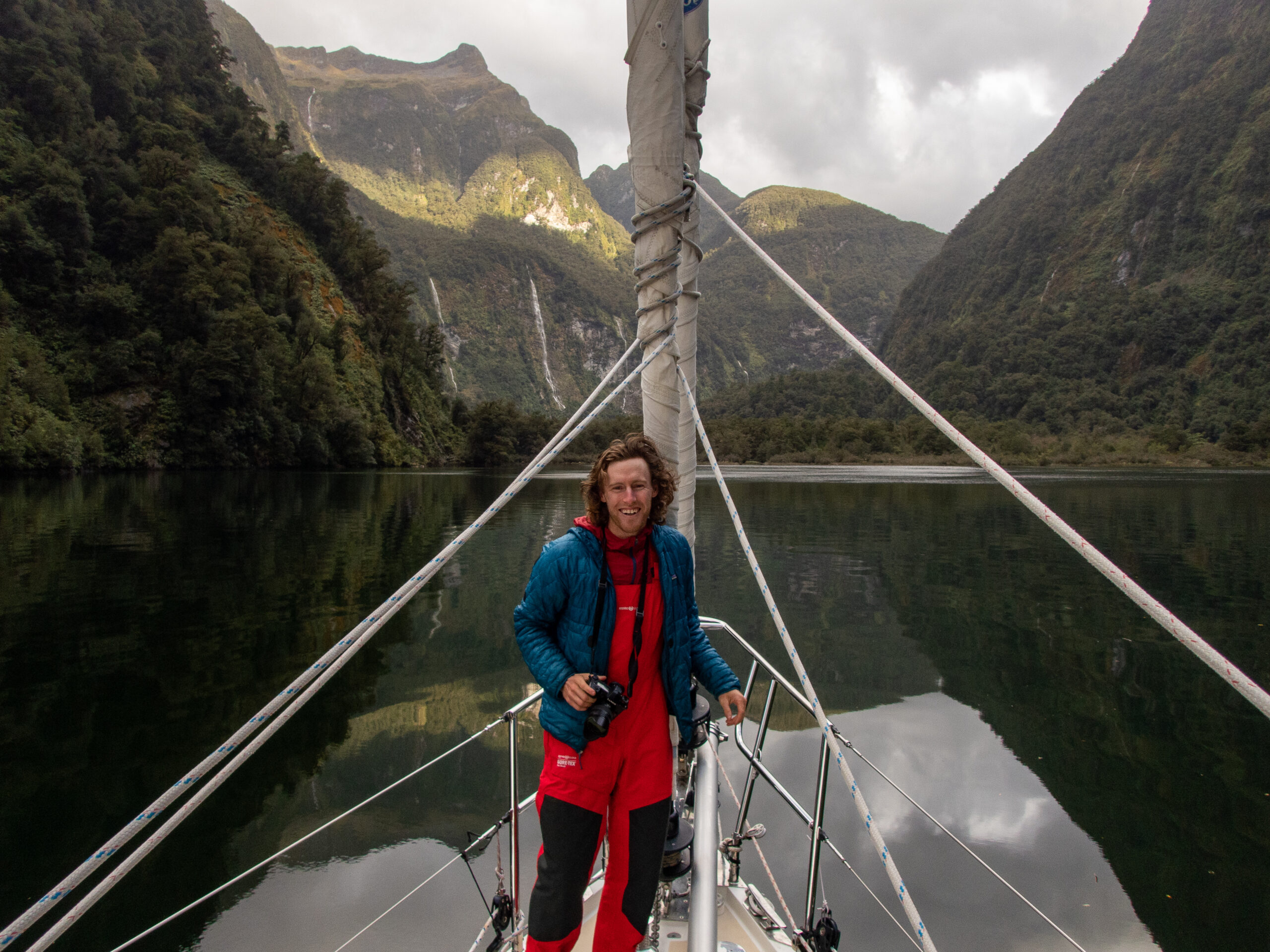
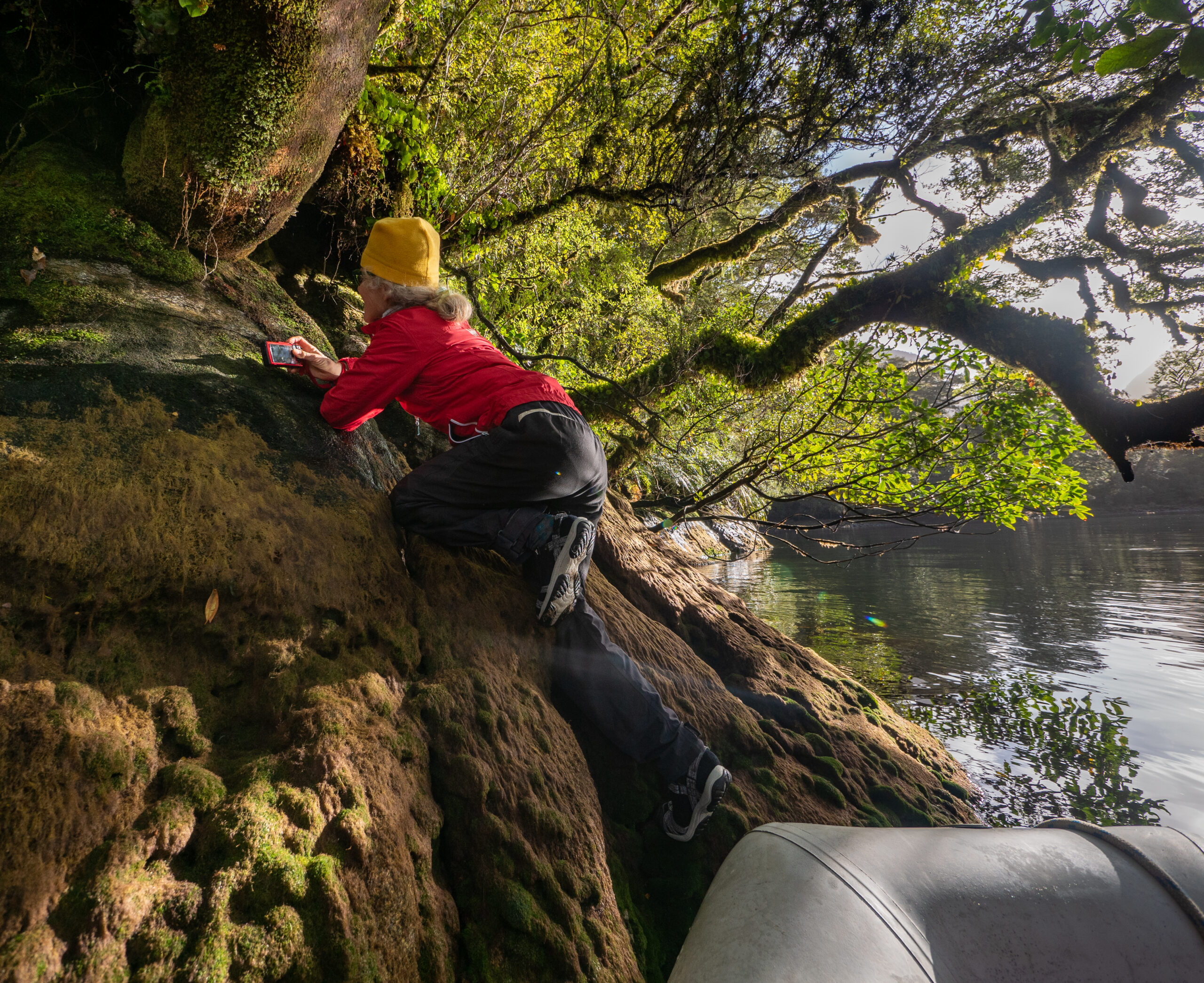
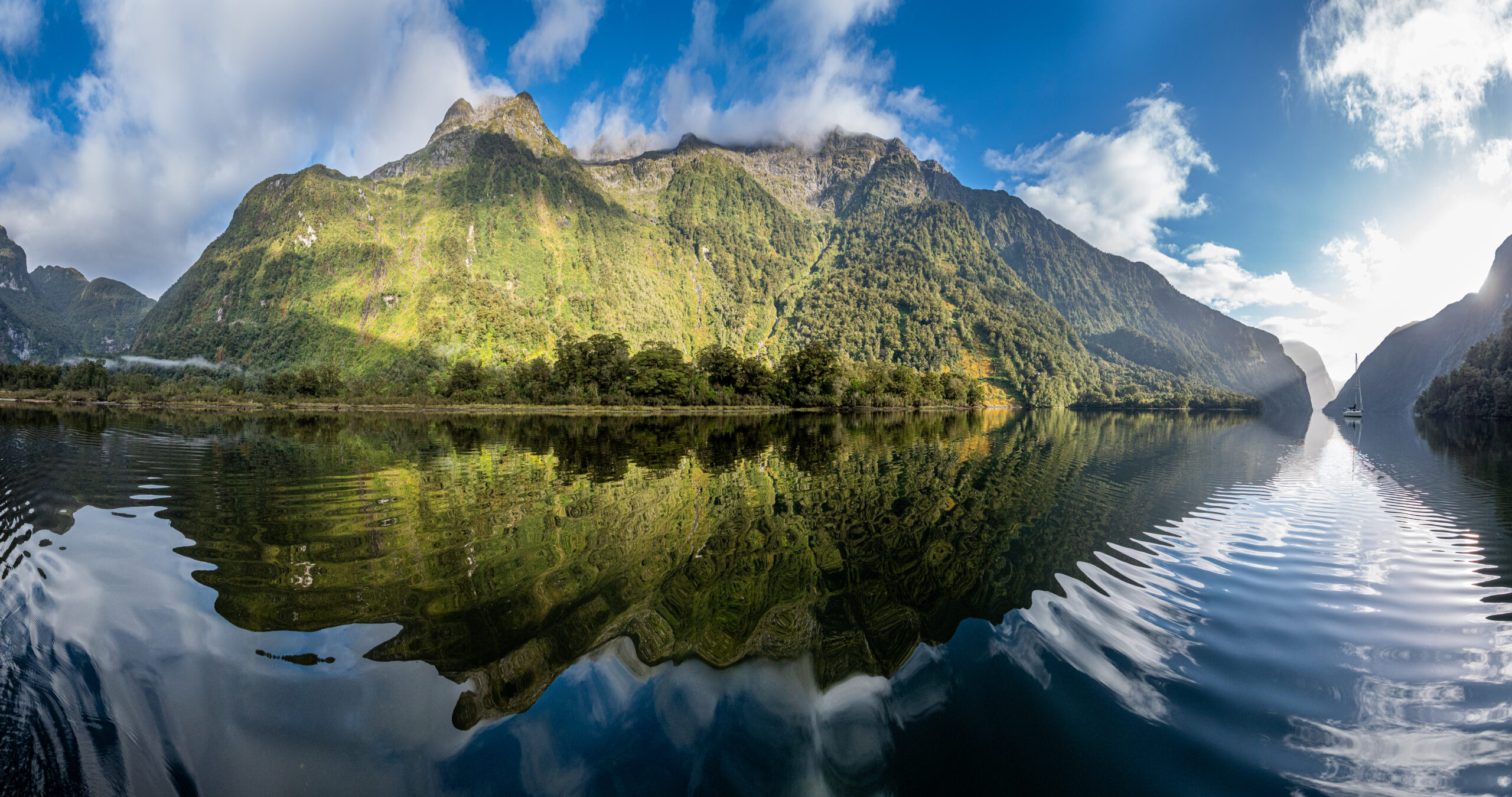
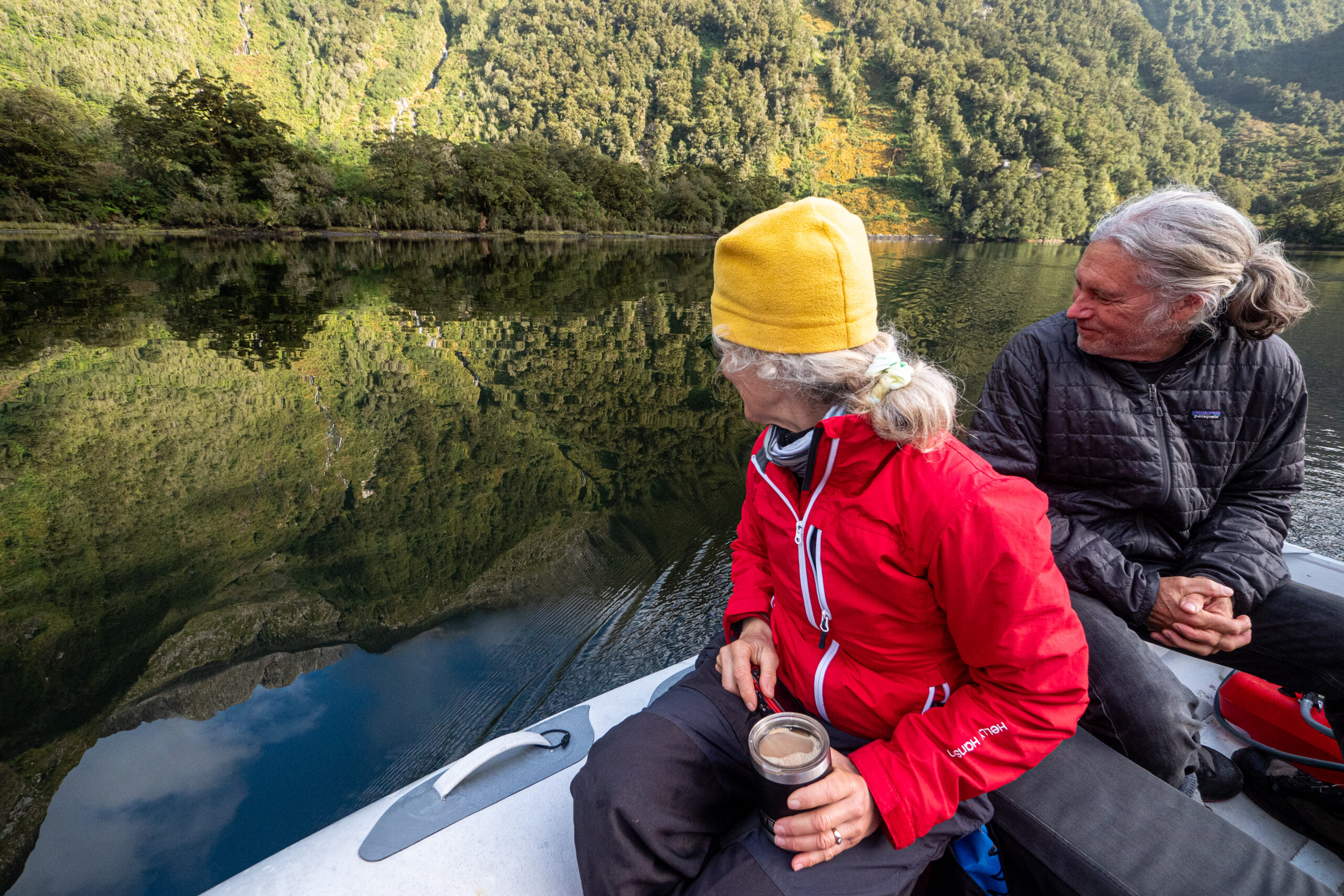
We have experienced a profound cumulative effect traveling through the wilderness of these southern fiords, as we mash through the tangled forest or glide like a whisper through glassy, watery mountain reflections. We feel a growing, deepening awareness of the liveness and power of this unfettered place. Every day Diana peers a little closer into the magical profusion of the rainforest, its tiniest creatures (or the smallest we may perceive) all this abundance of life fueled by fresh water, gray stormy clouds, shifting rays of sunlight, massive stone faces fading softly into the distance. The boundless imagination of nature is vividly accessible here, free of scheming human interference. Inexhaustible, effortless celebration. We feel blessed to feel like we belong, to participate at our particular scale, with our particular way of perceiving. Gratefully reconnected as dolphins come to play alongside Allora, turn and smile and look back at us with familiar eyes, into our own delighted gaze. As the sky softens at sunset, or looms heavy with rain before the storm, as water gushes from waterfalls that were not there before the deluge, thundering into the fiord, as williwaws tornado in wild rainbow mists across startled coves, how delightful it is to be alive, a part of, this marvelous, miraculous world. ~MS
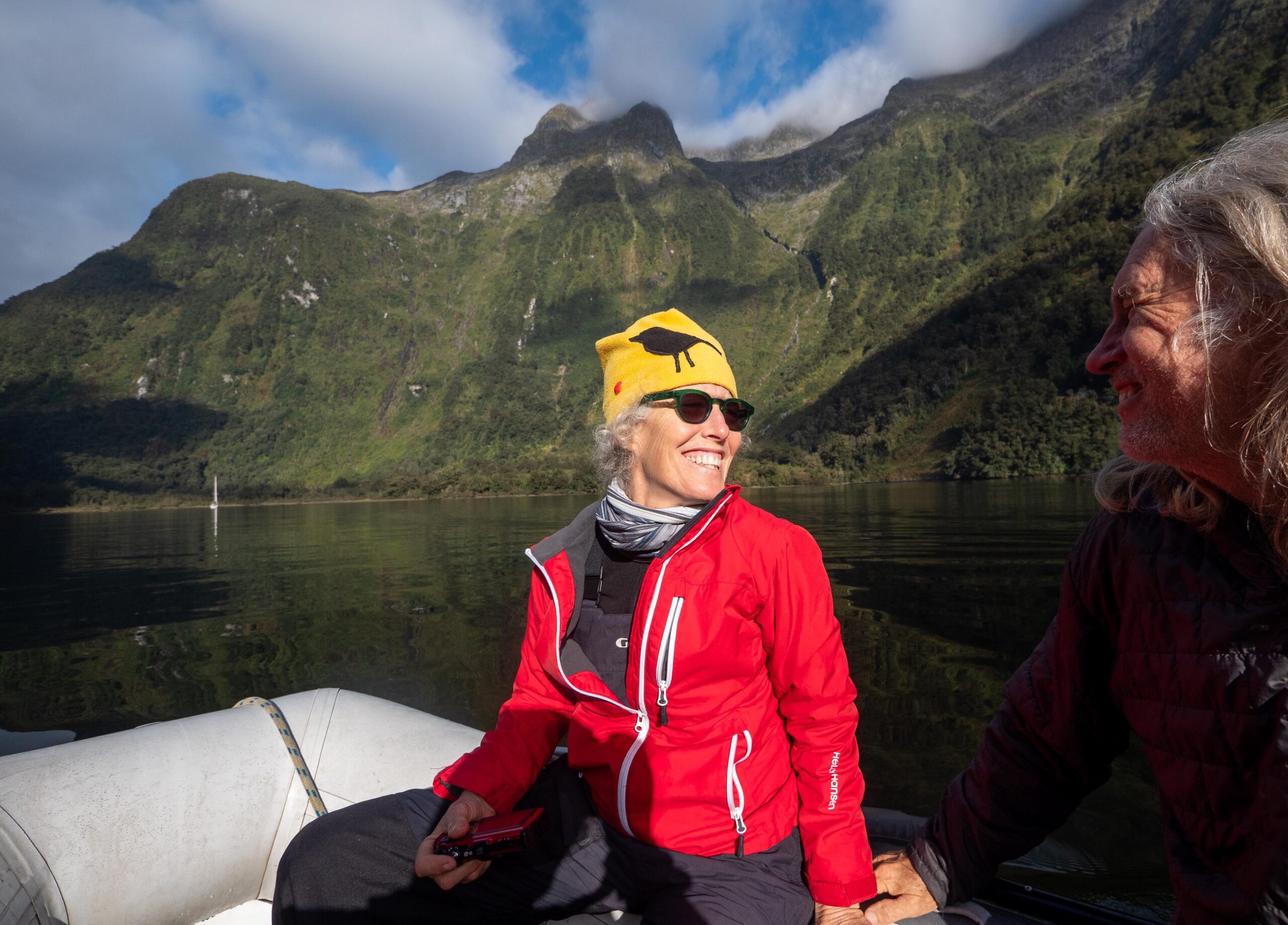
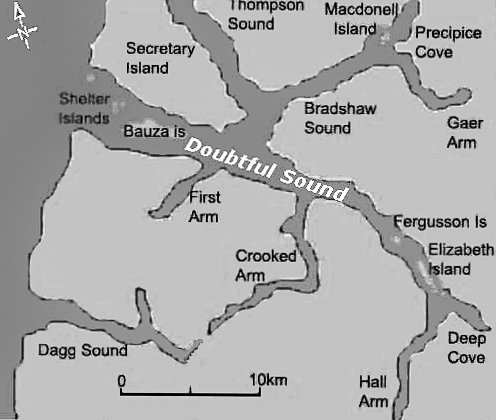
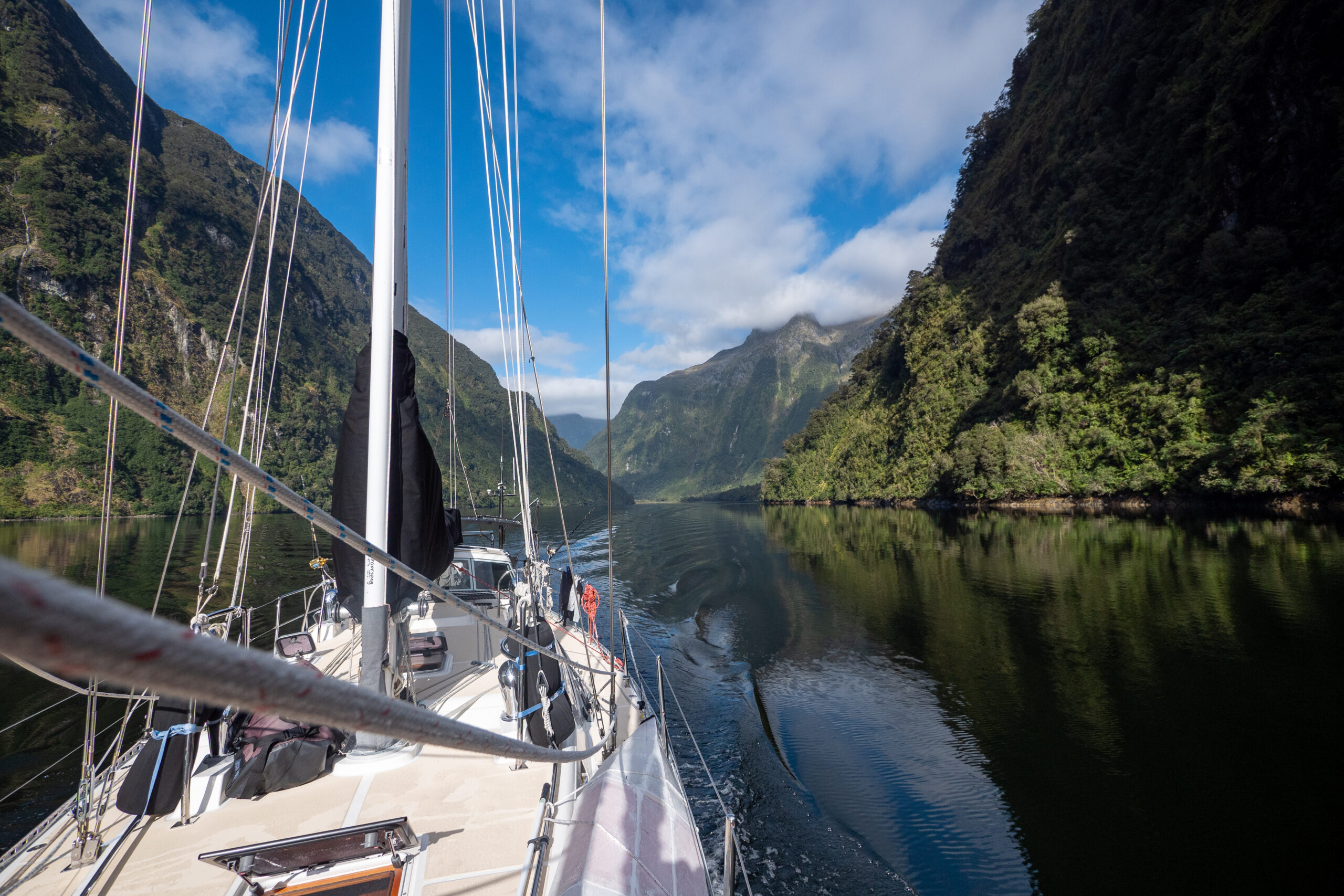
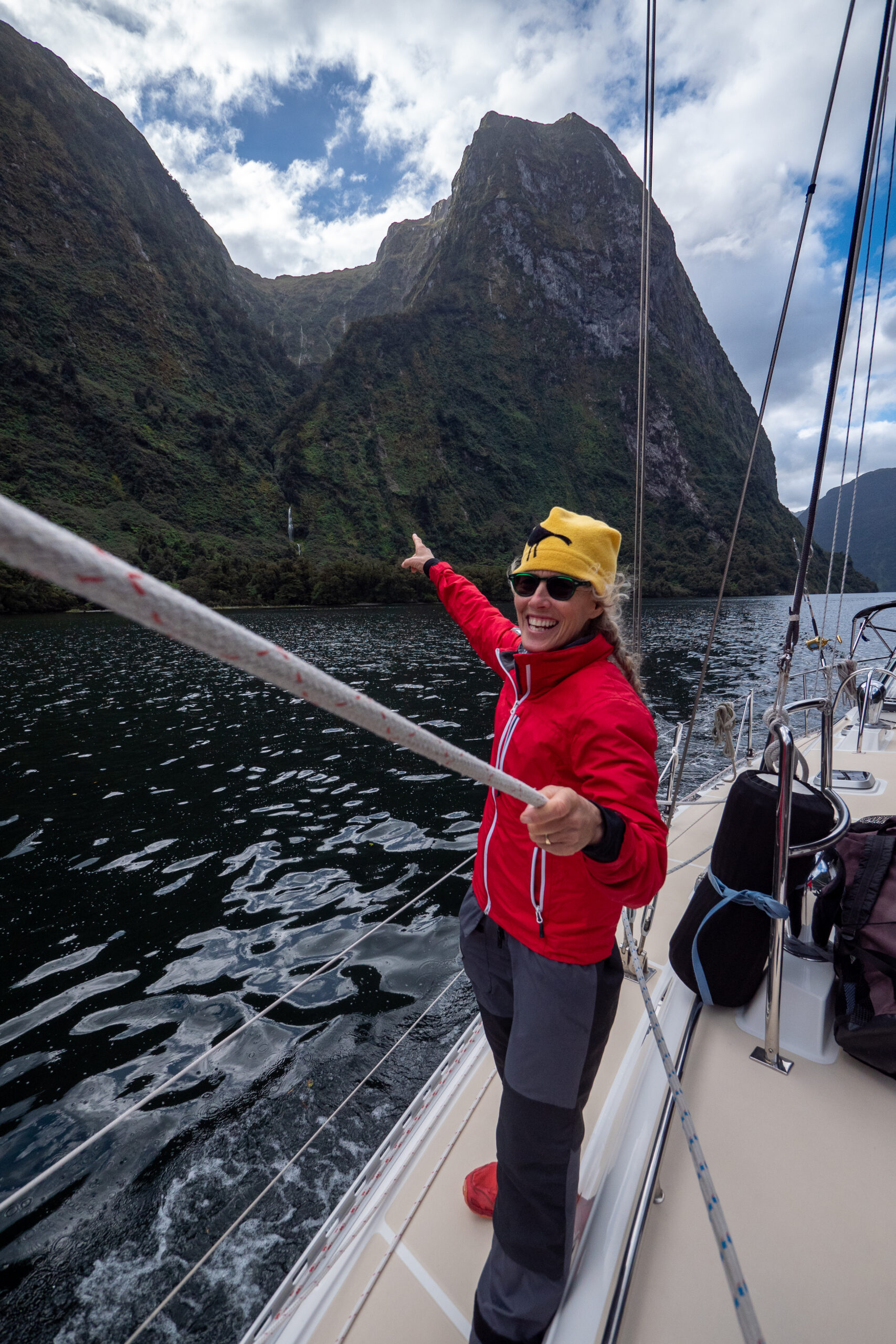
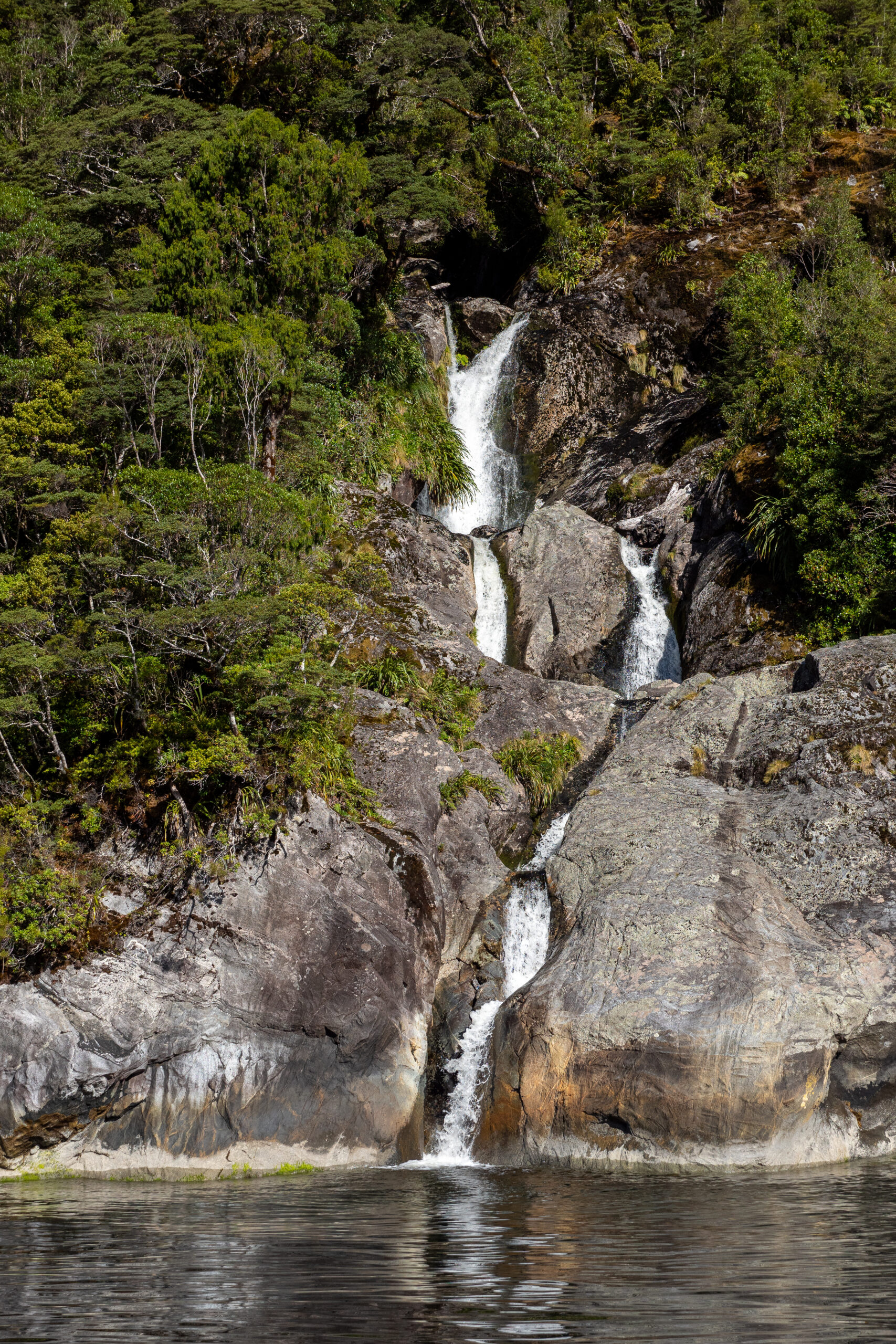
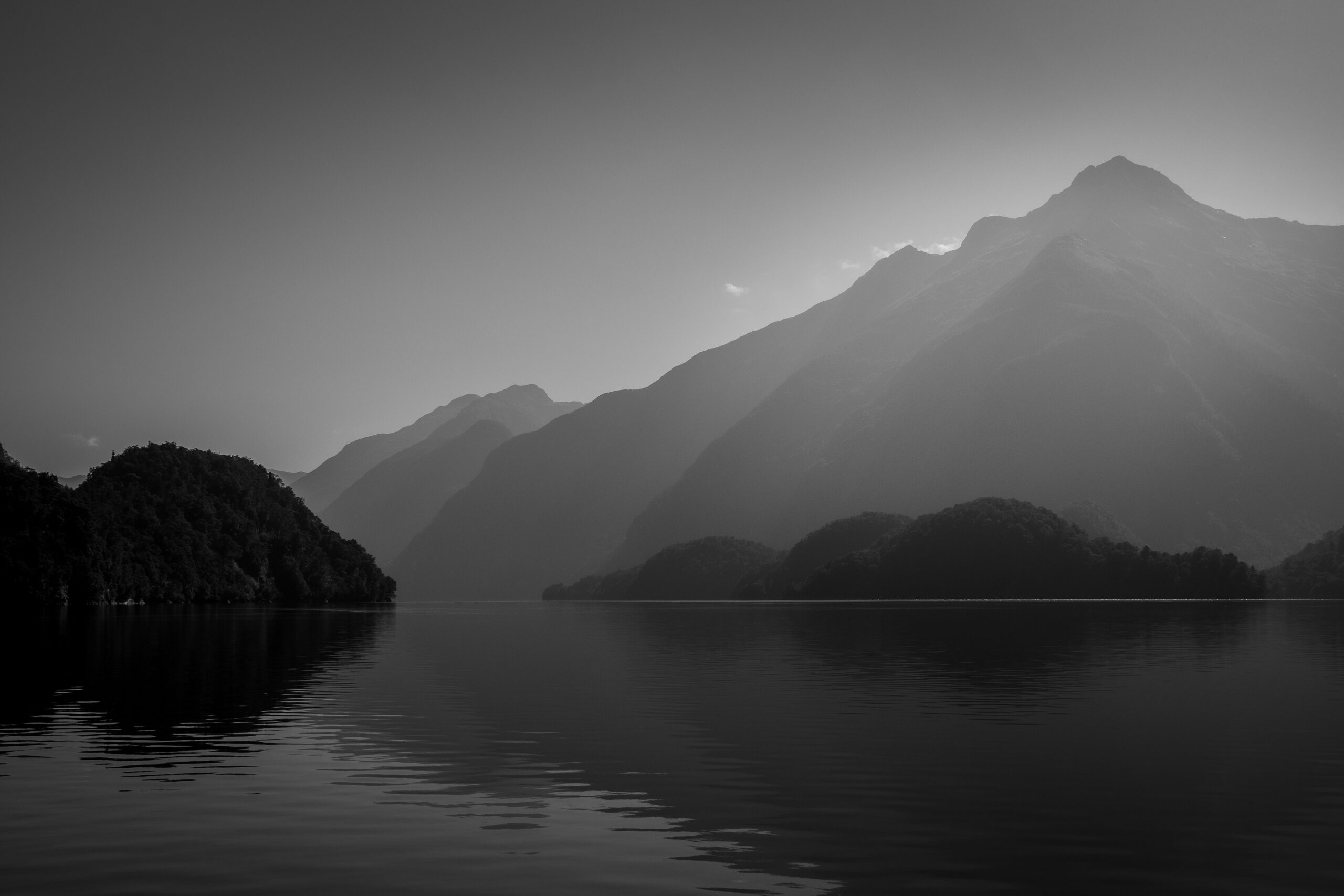
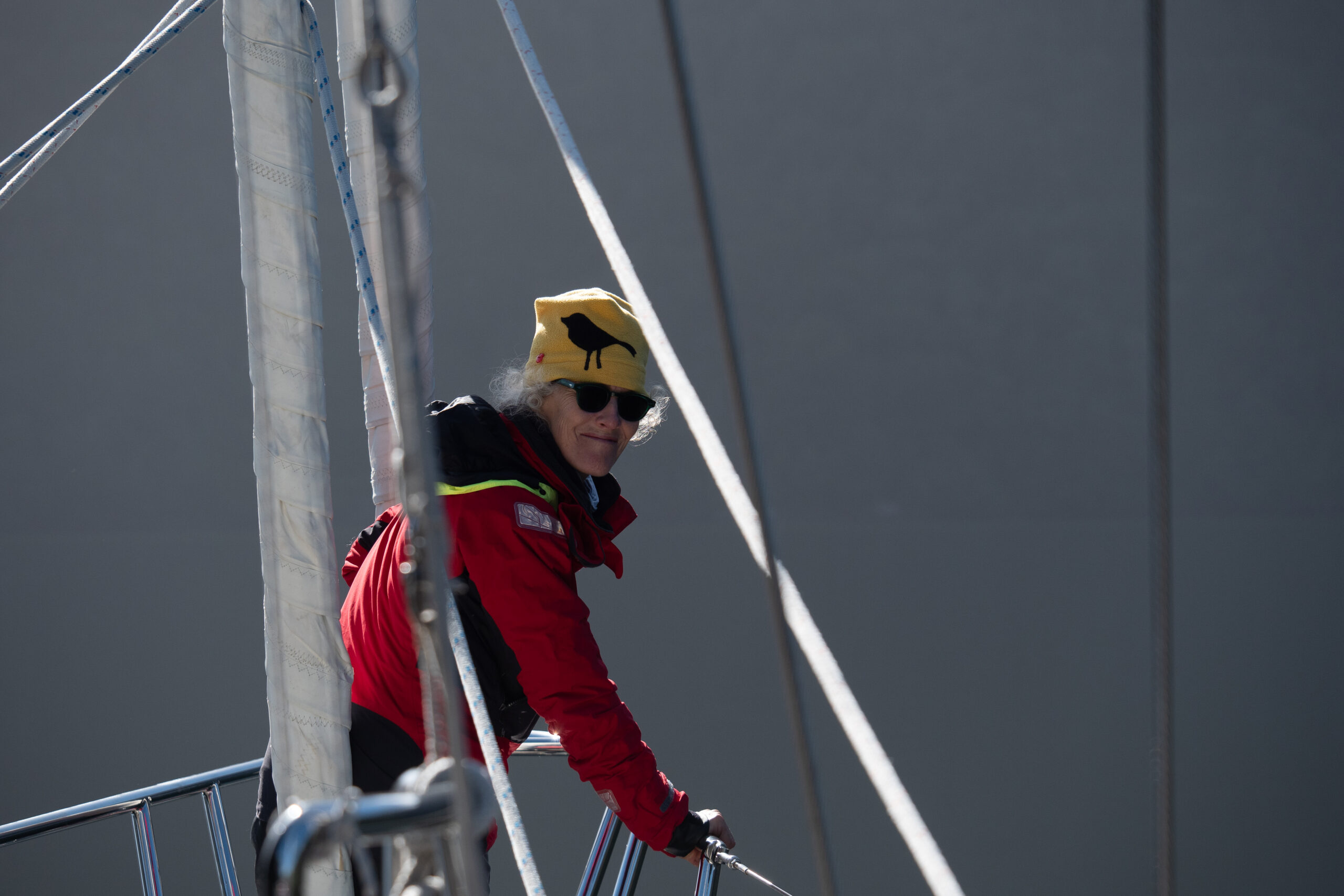
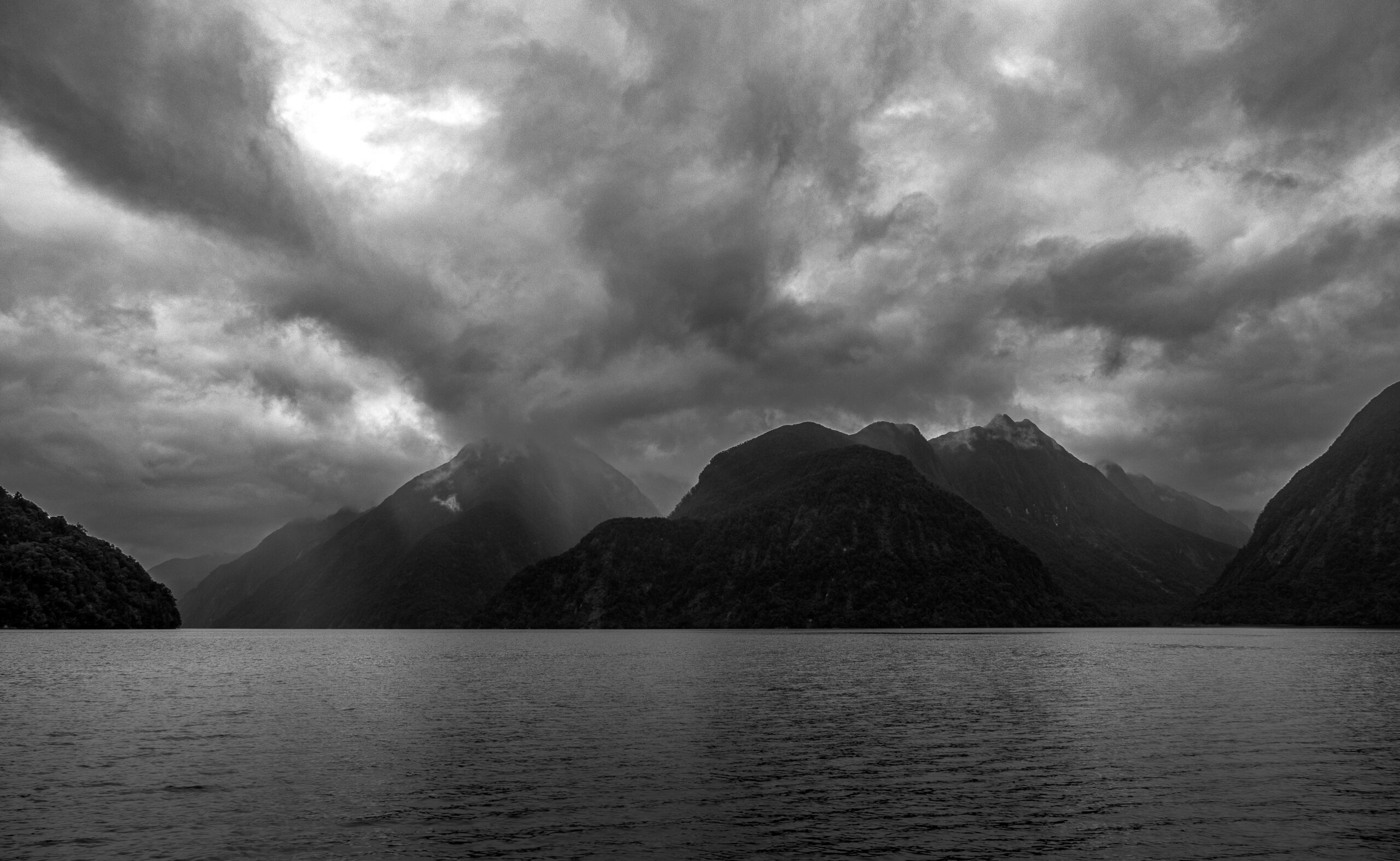
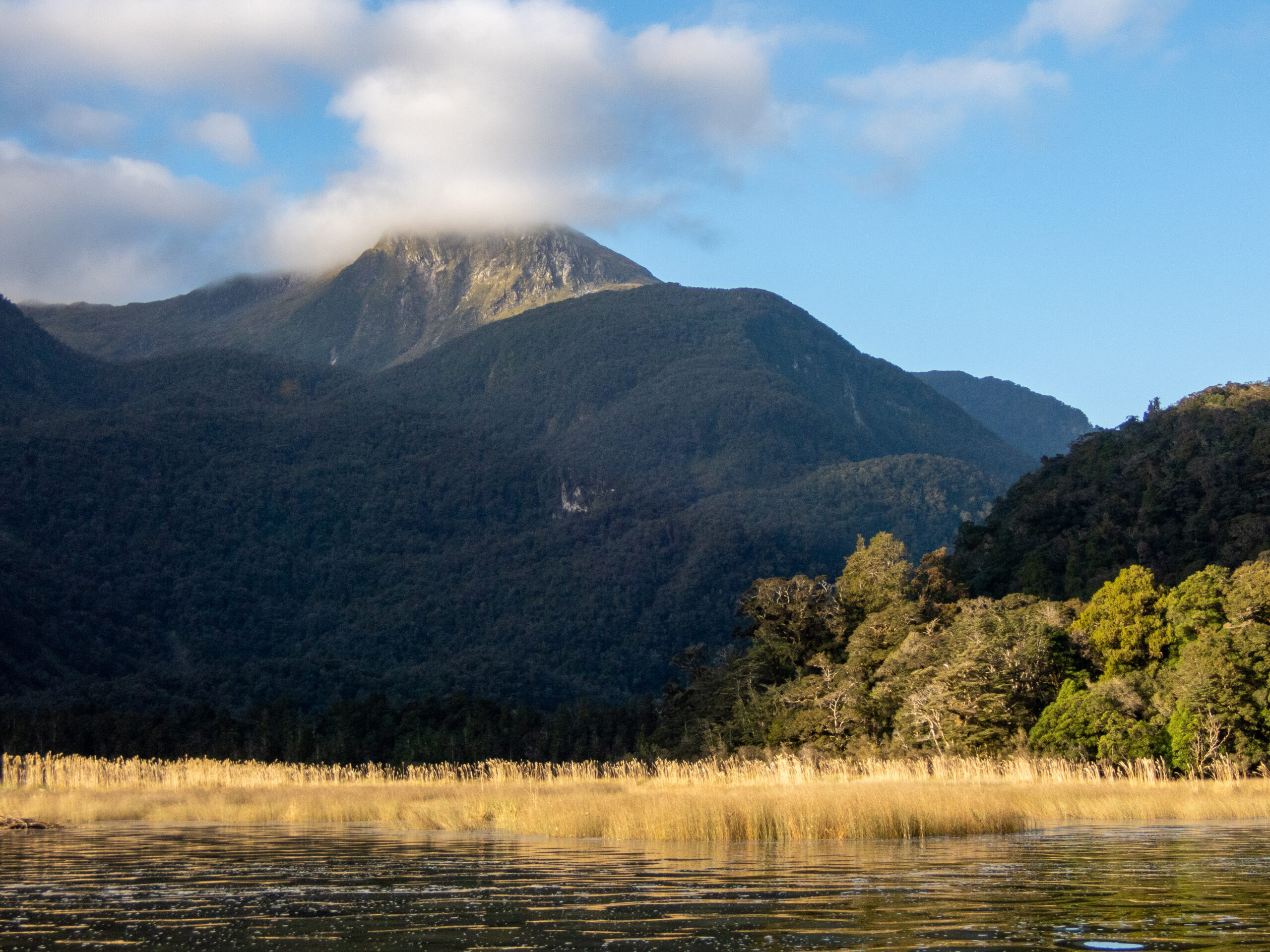

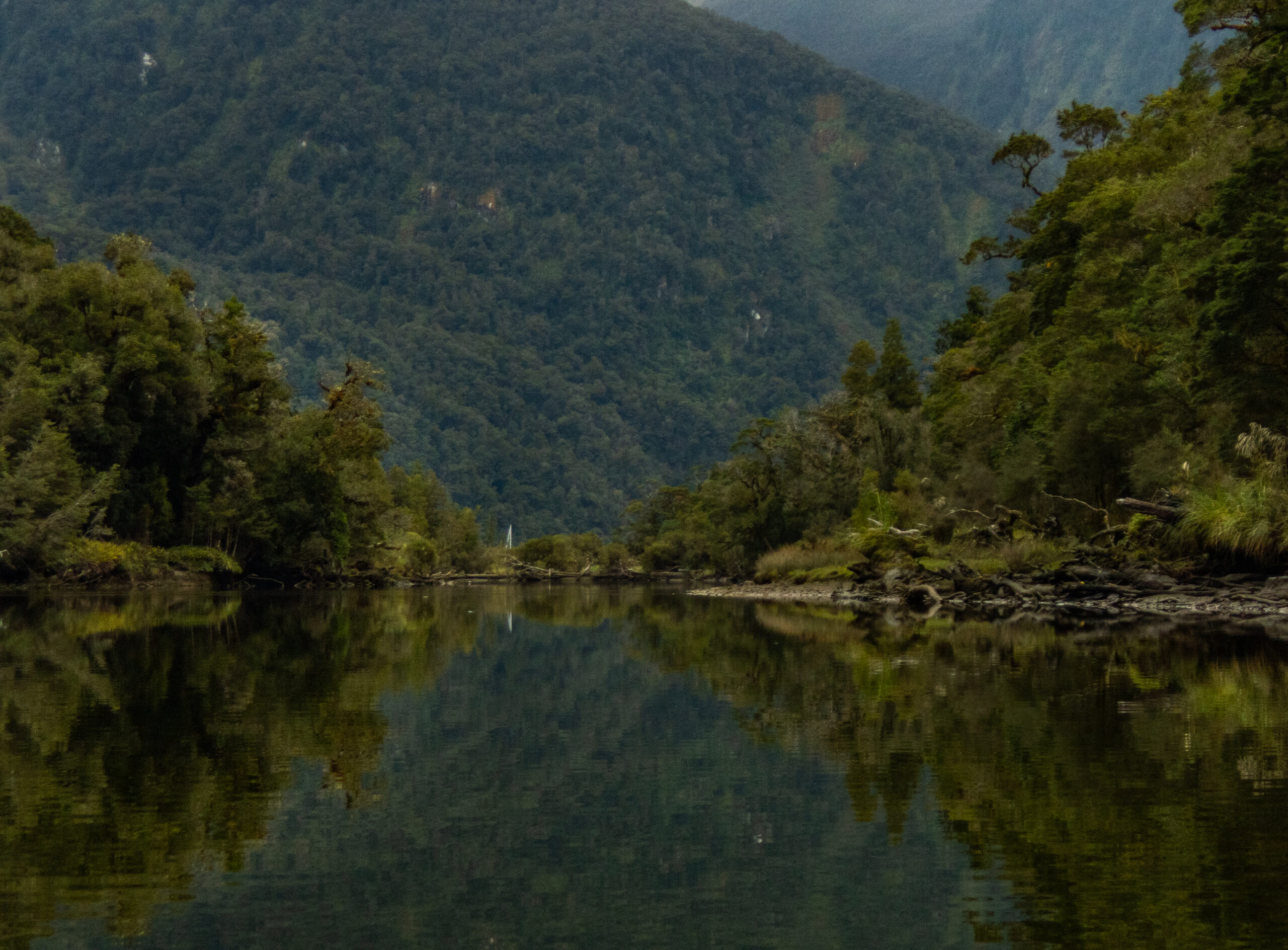
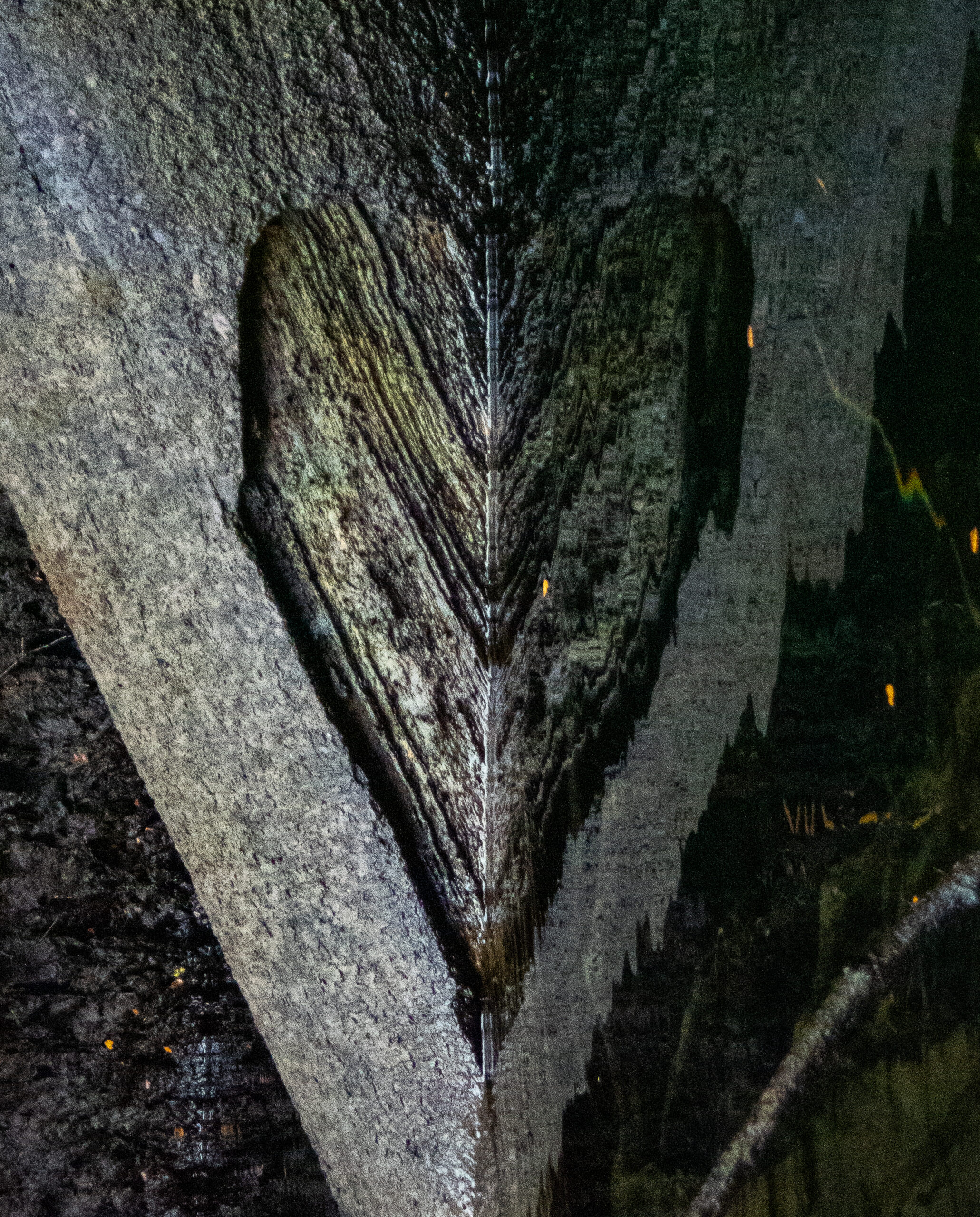
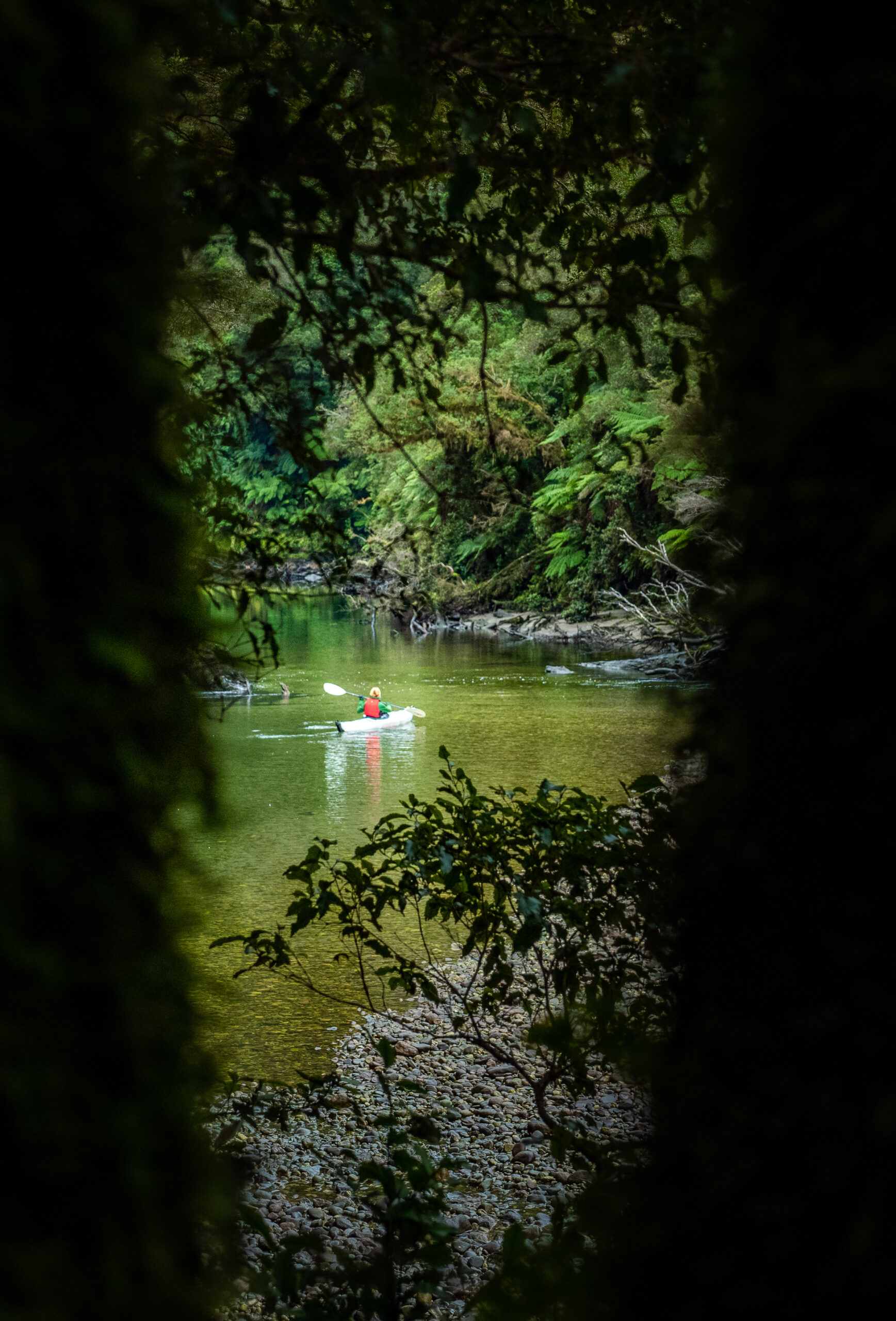
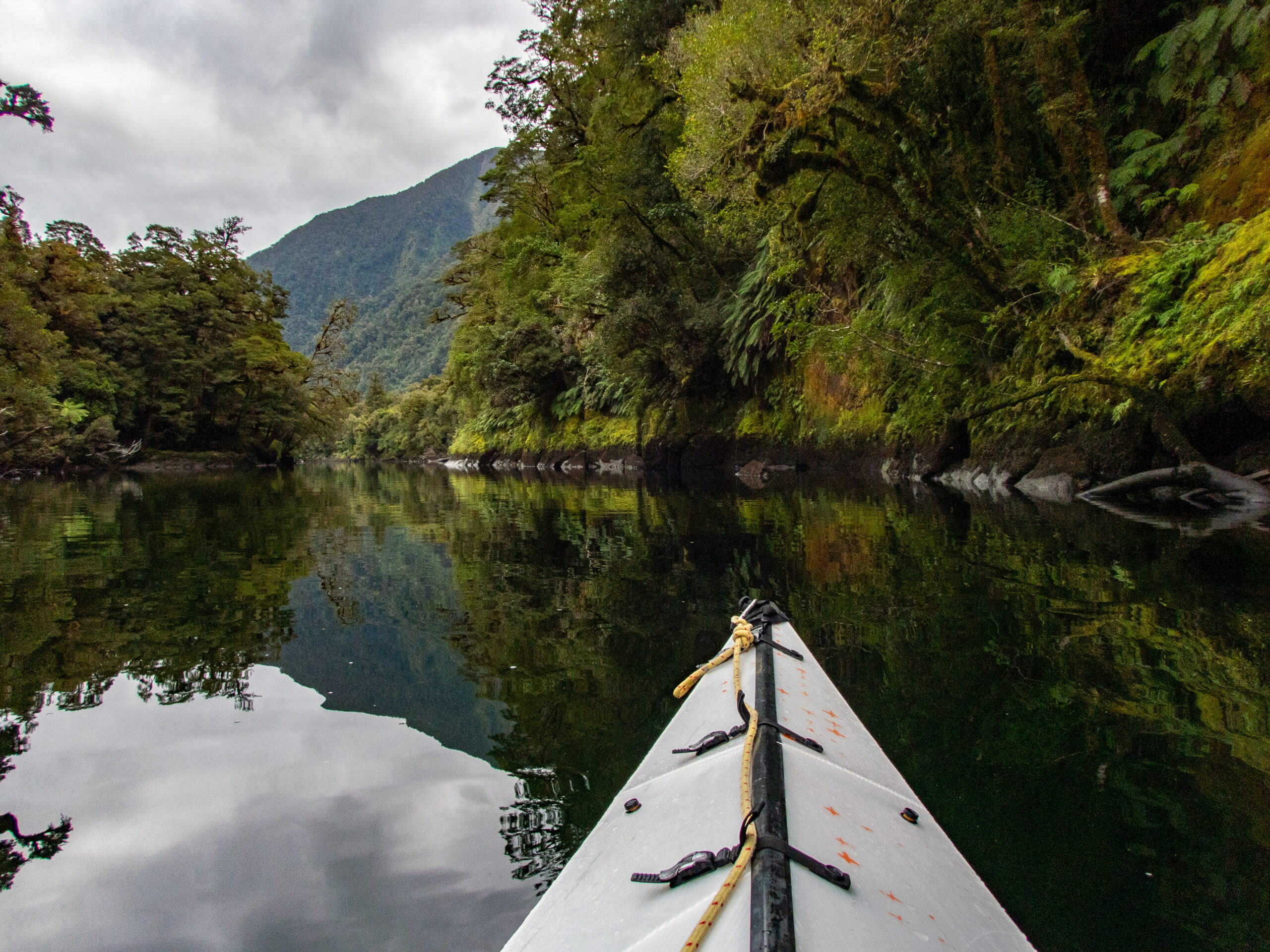
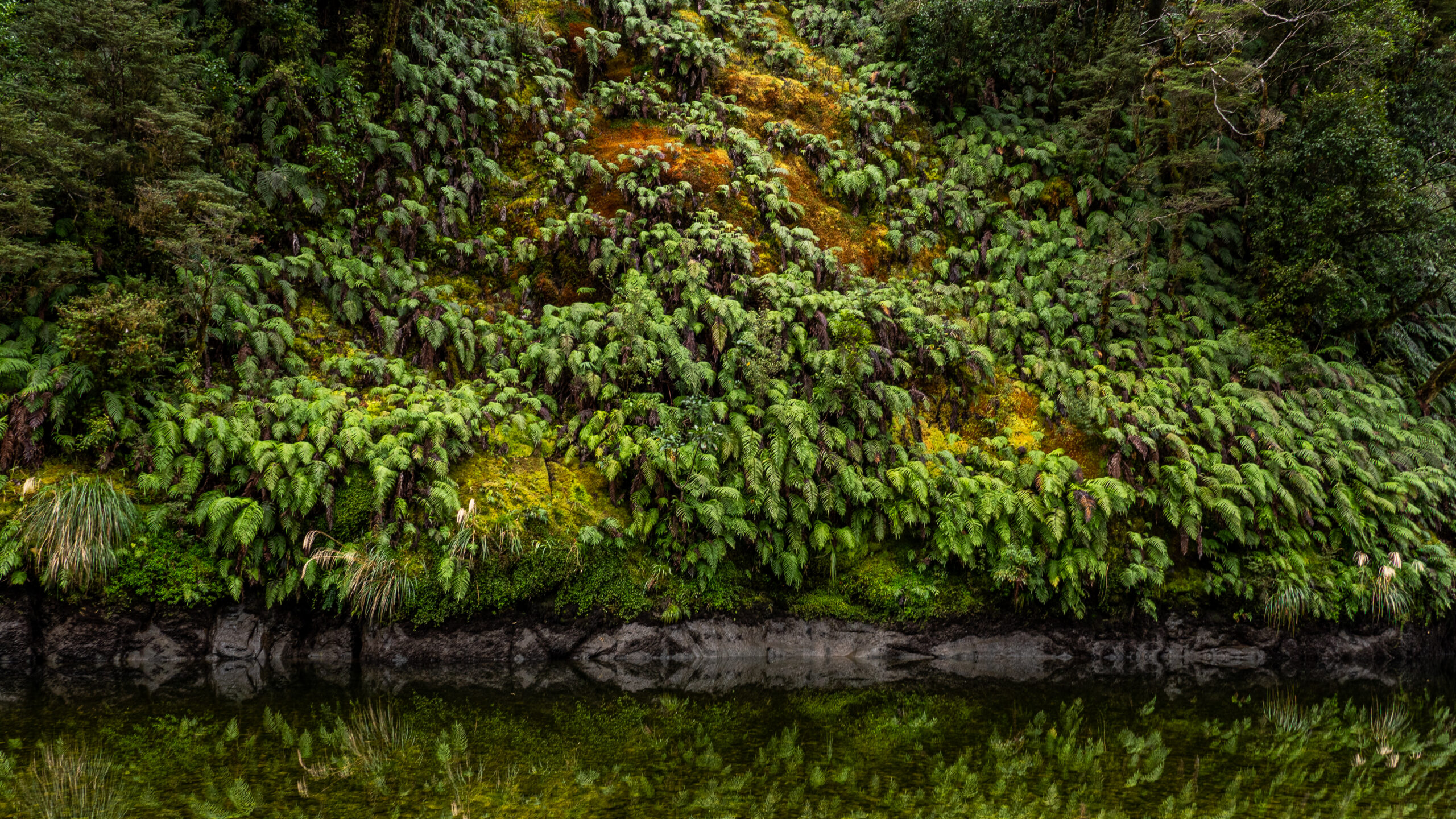
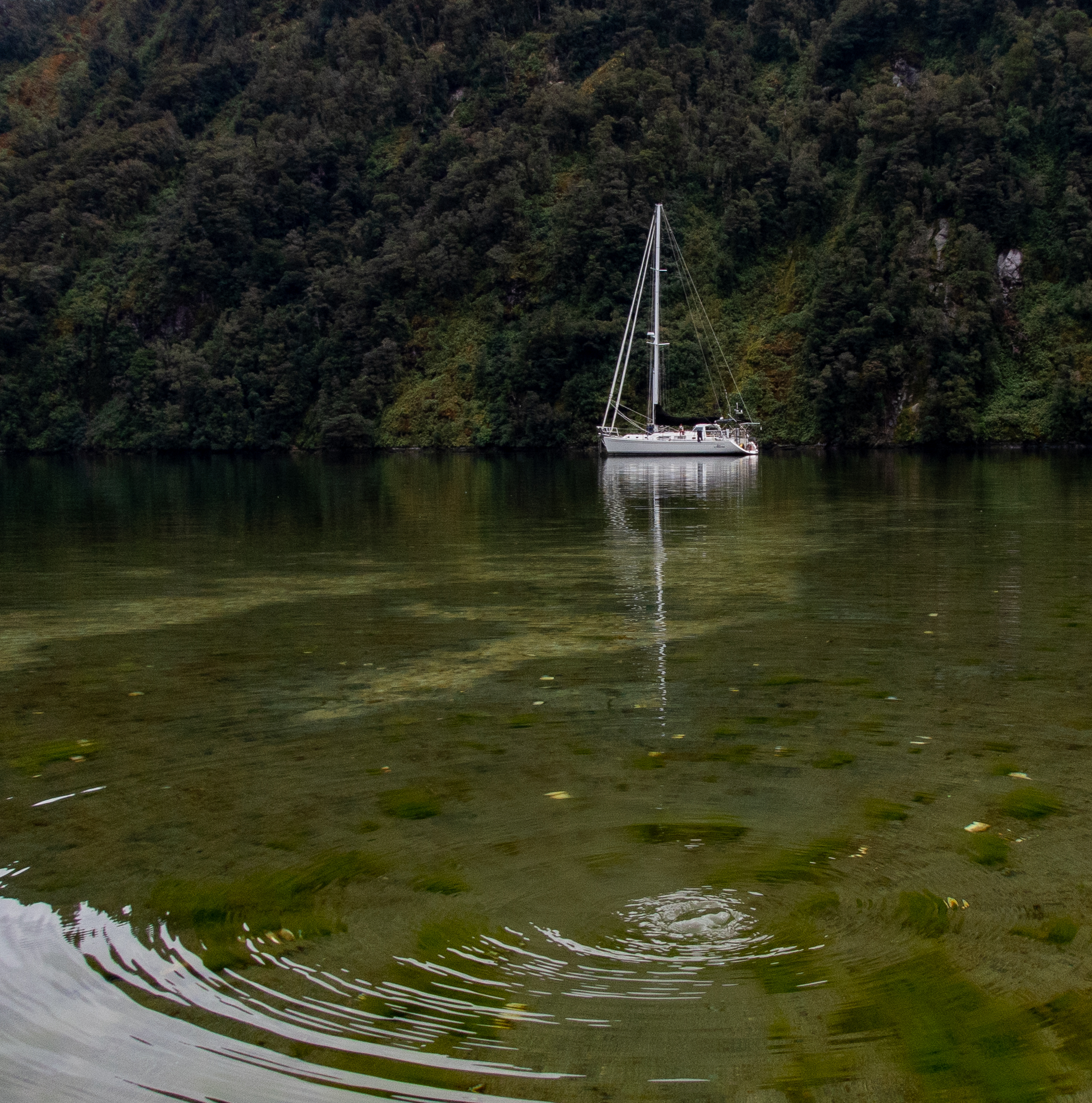

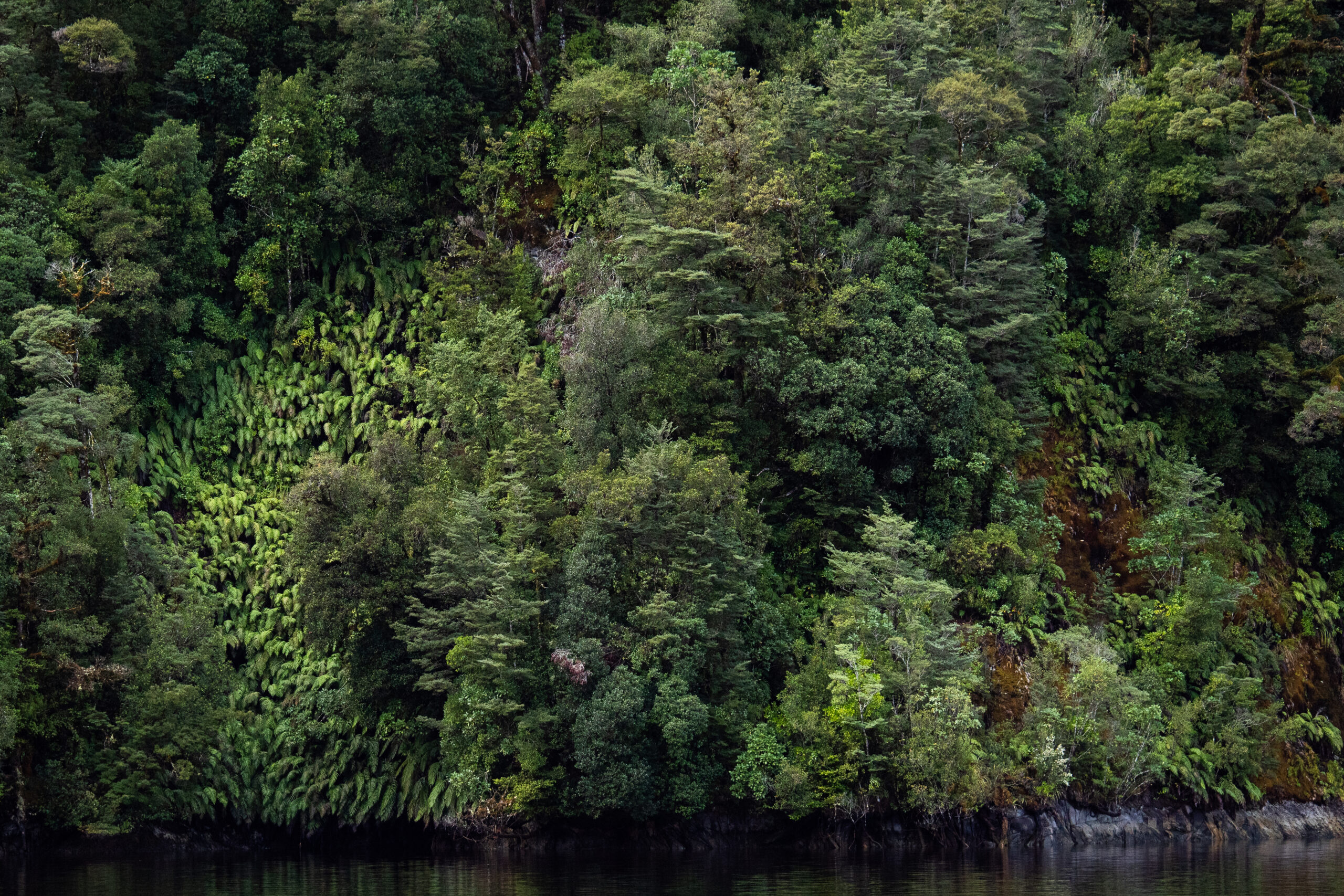
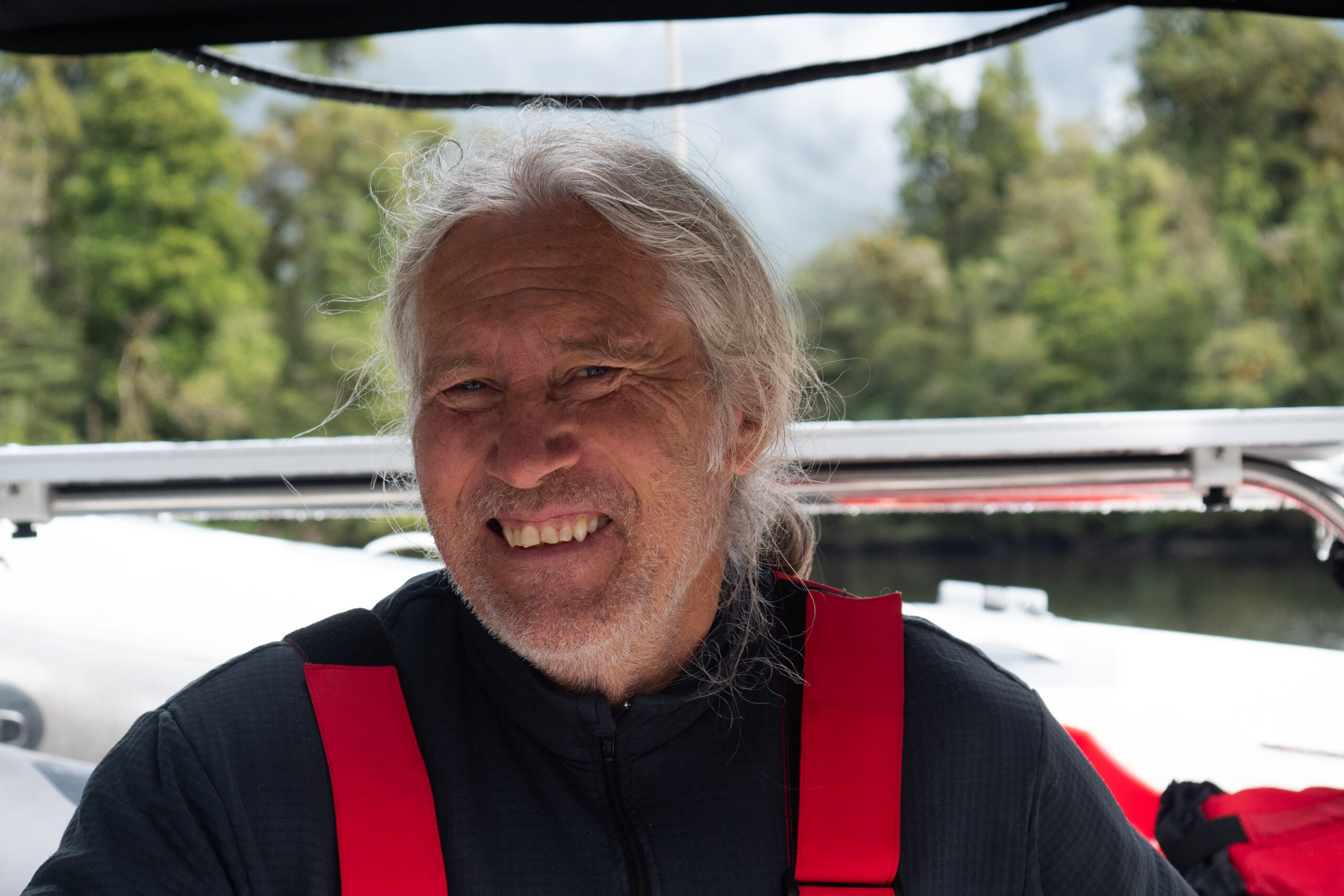
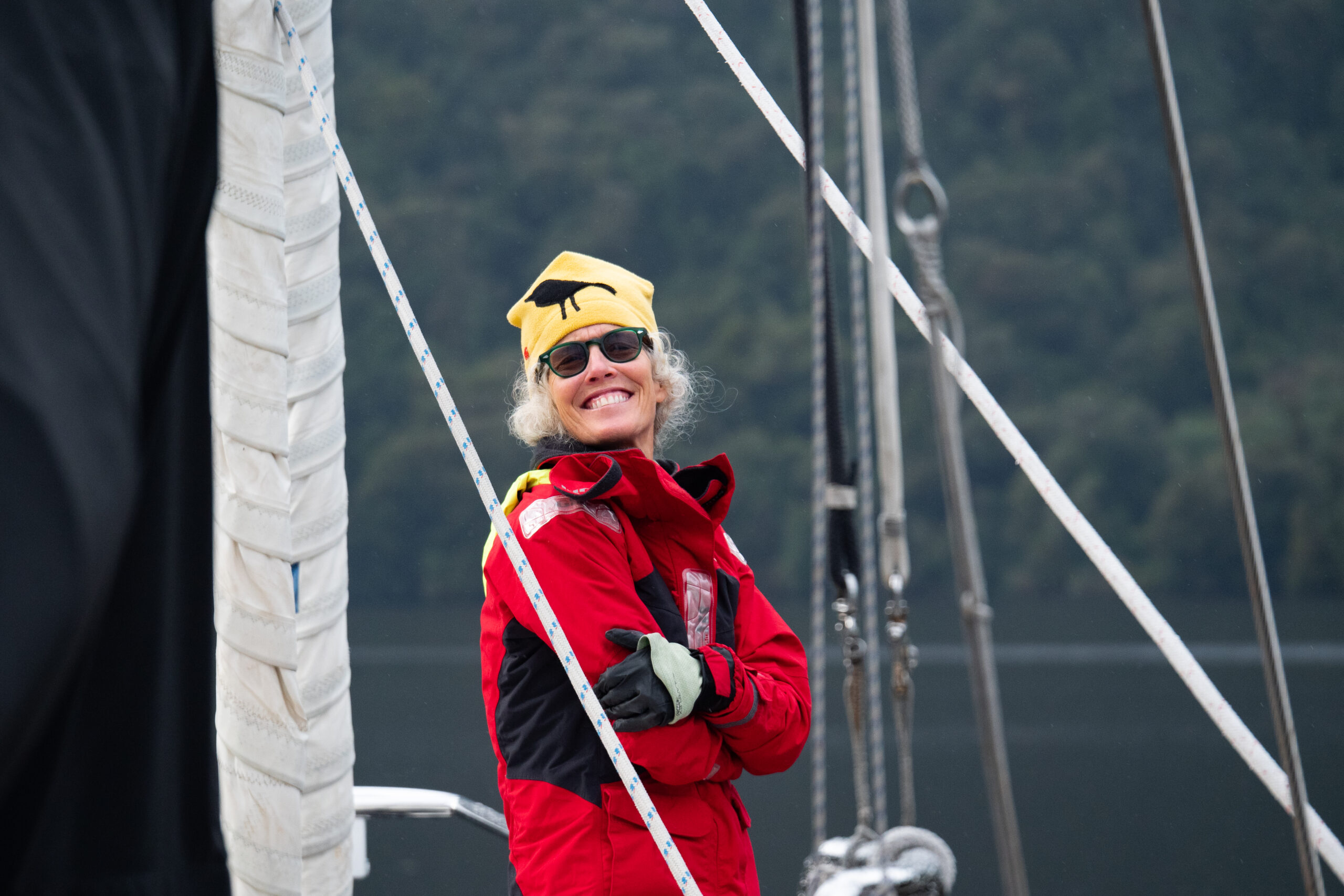
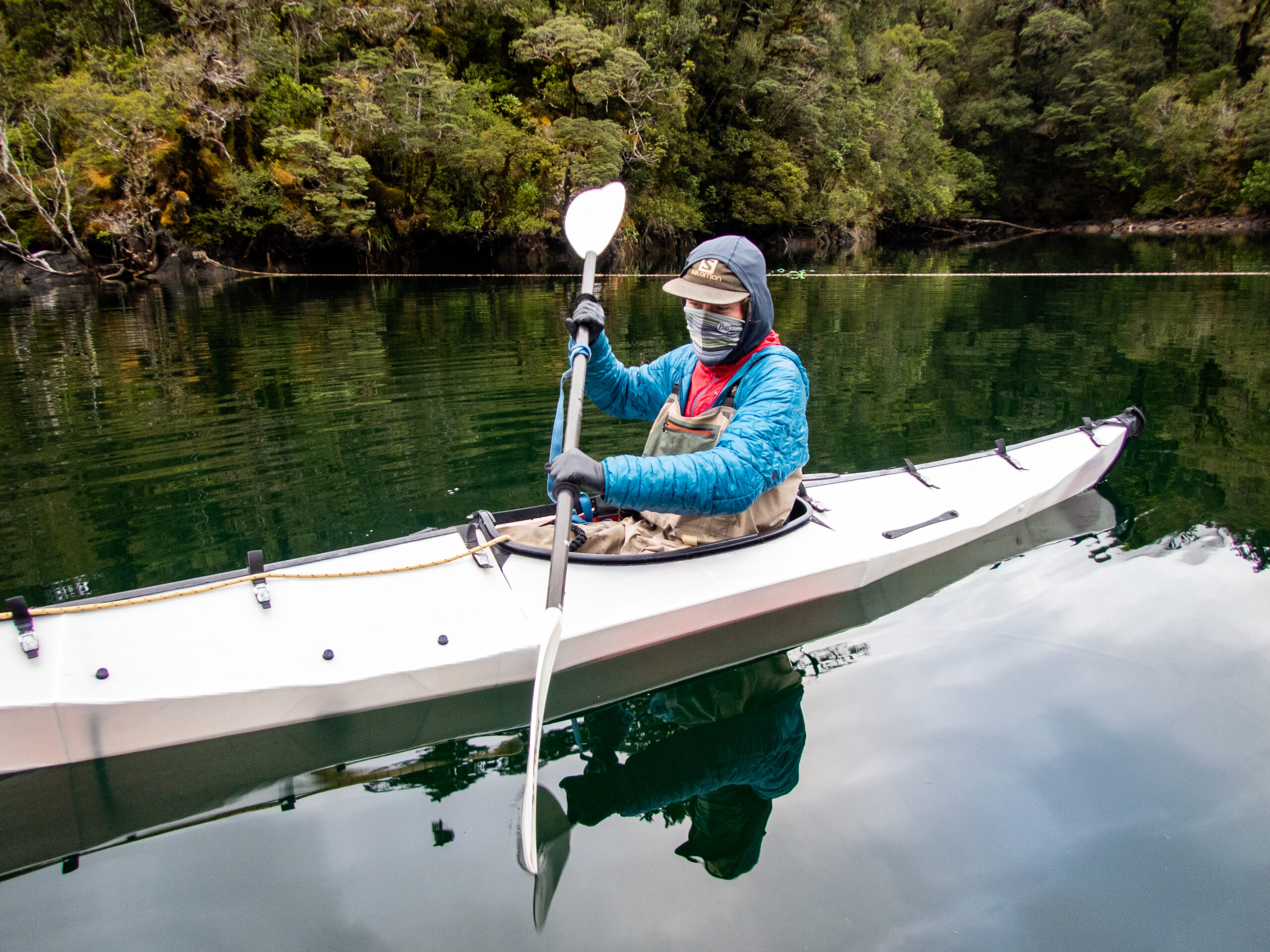
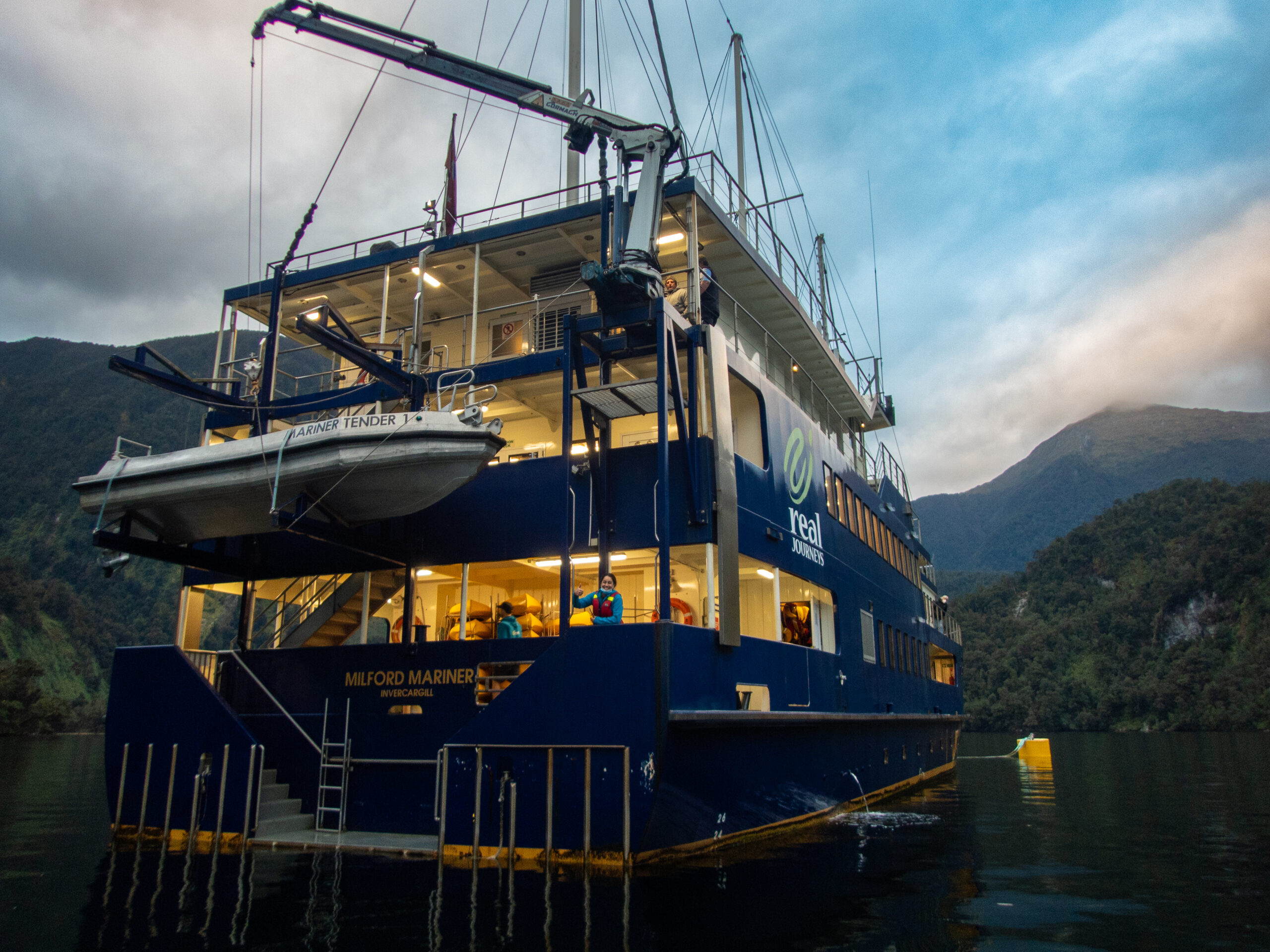


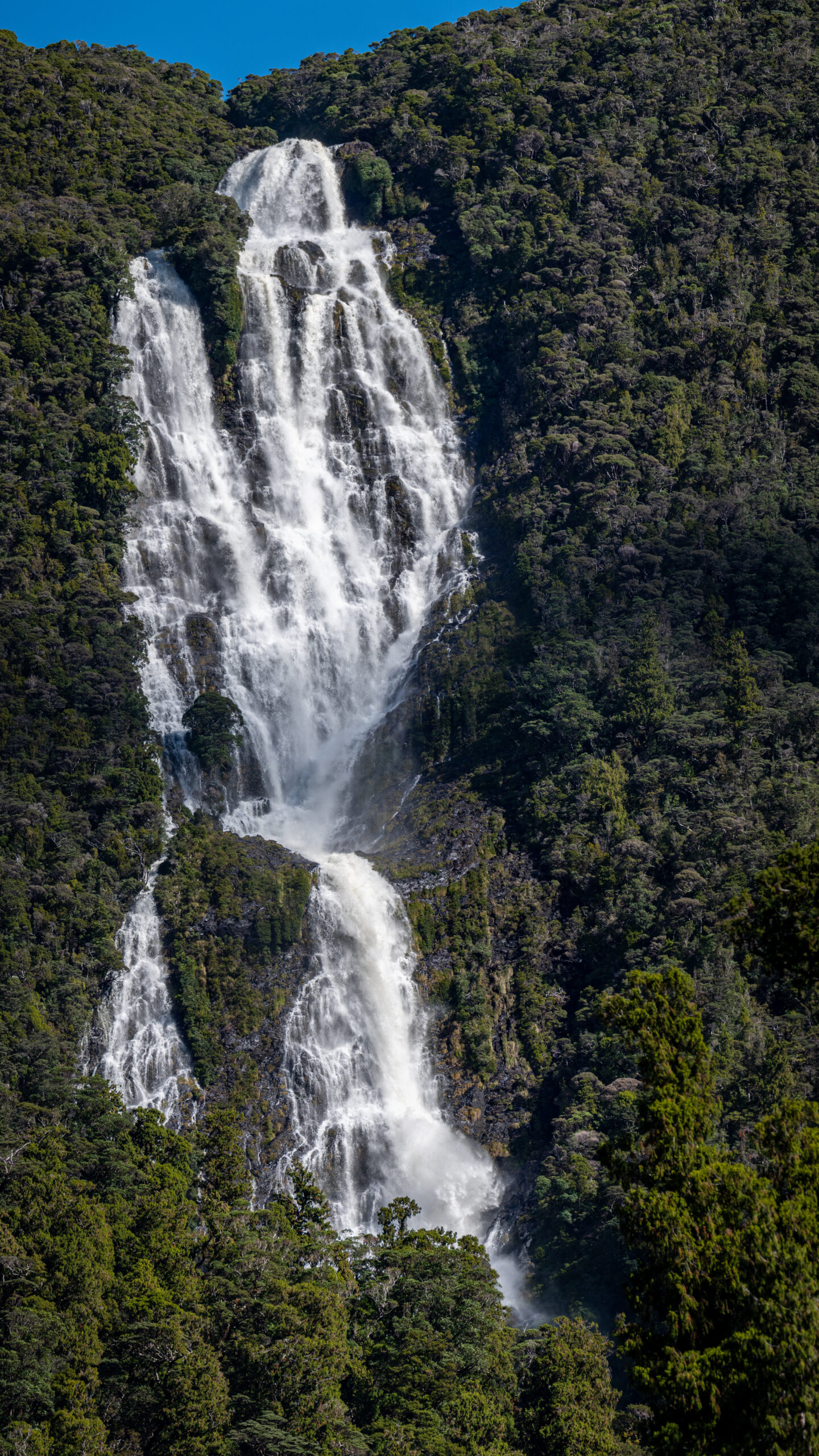
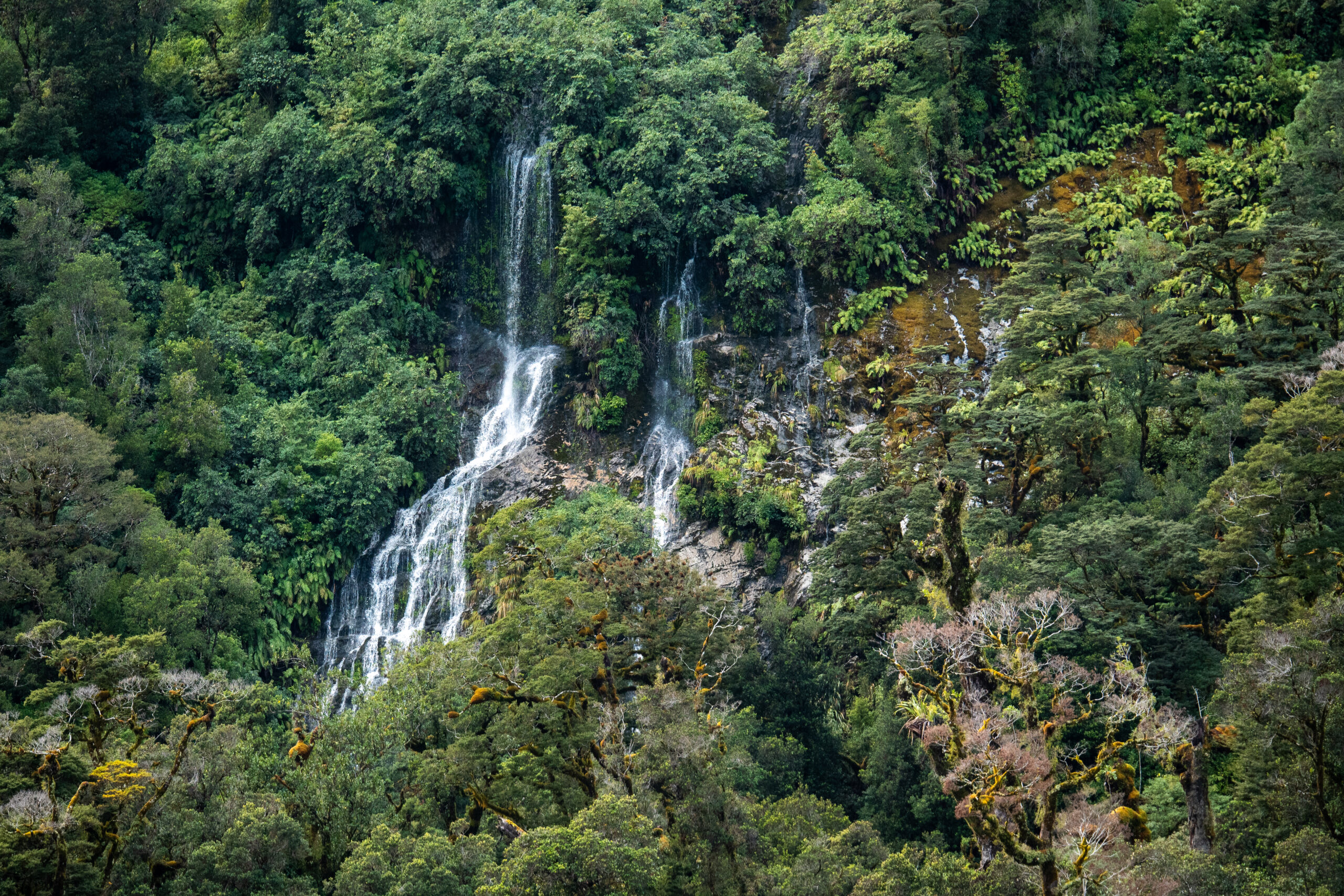

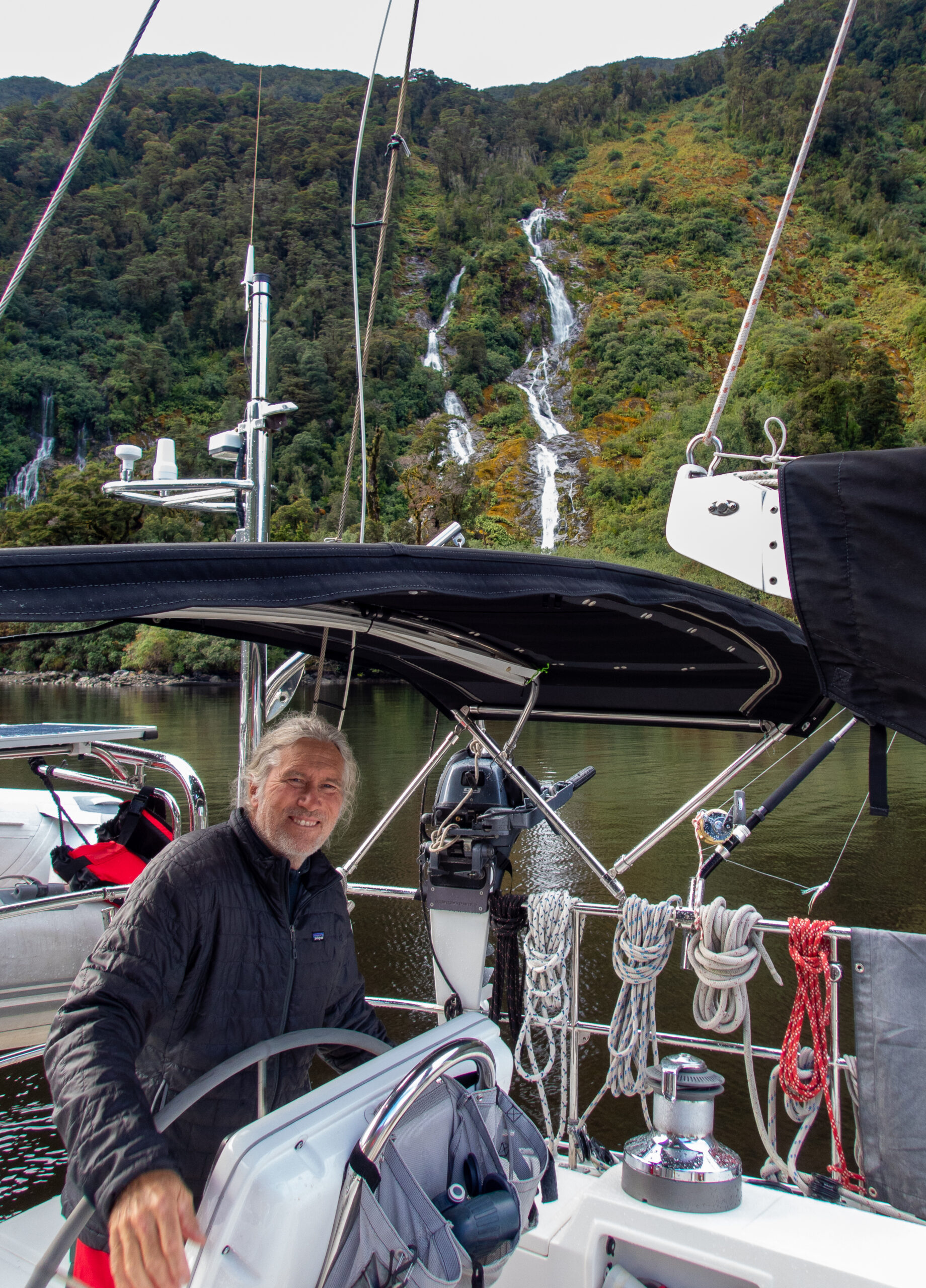

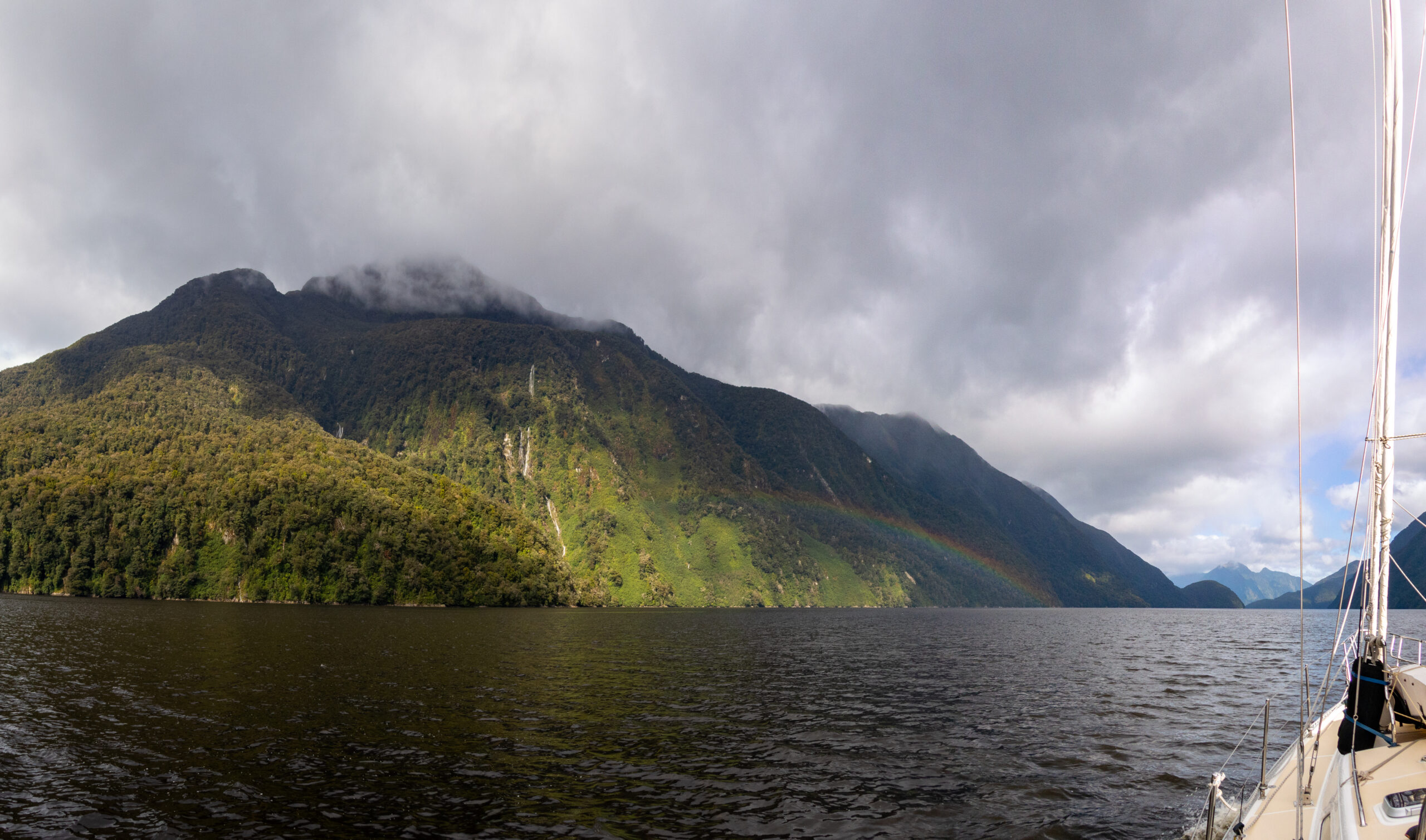

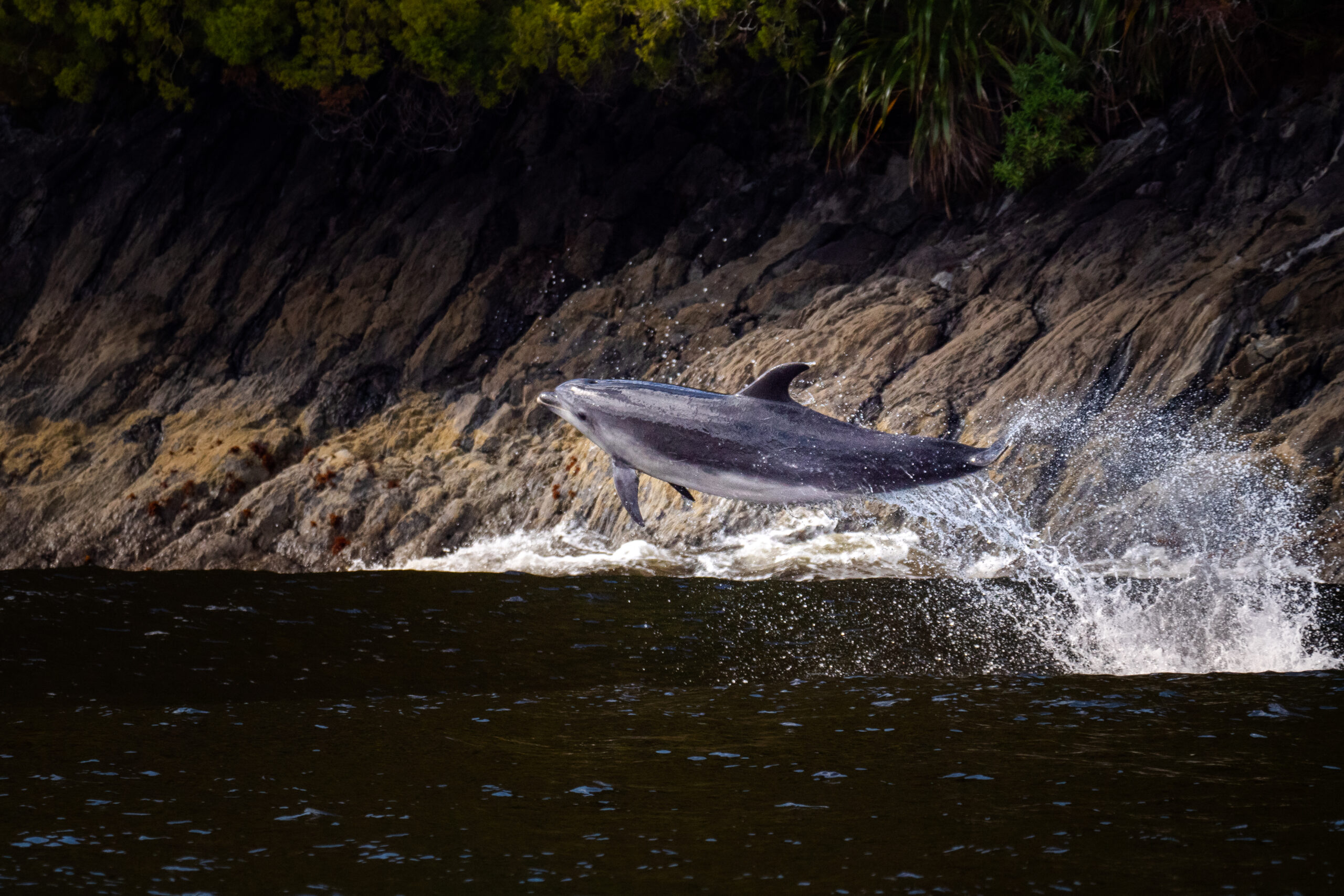
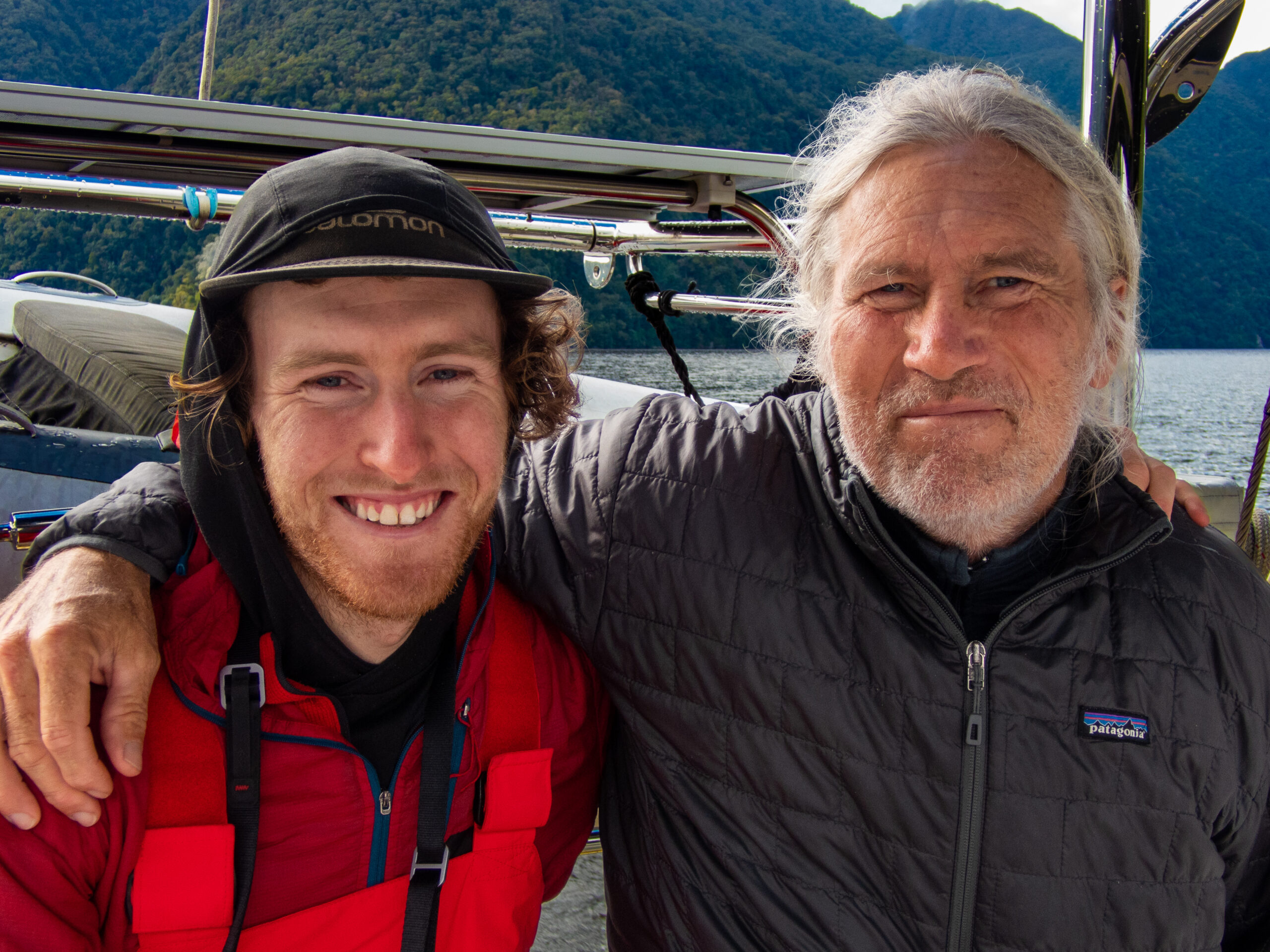

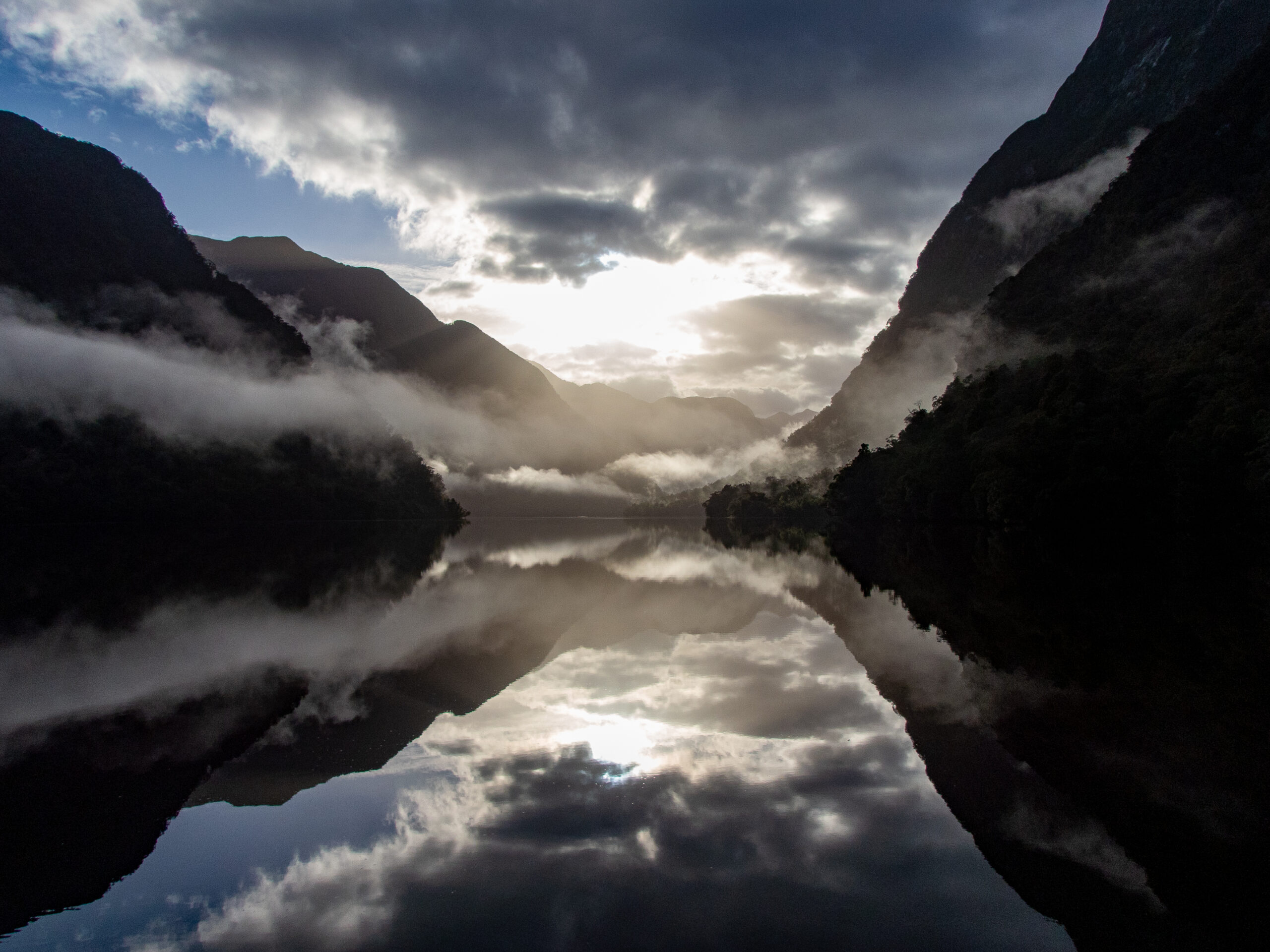
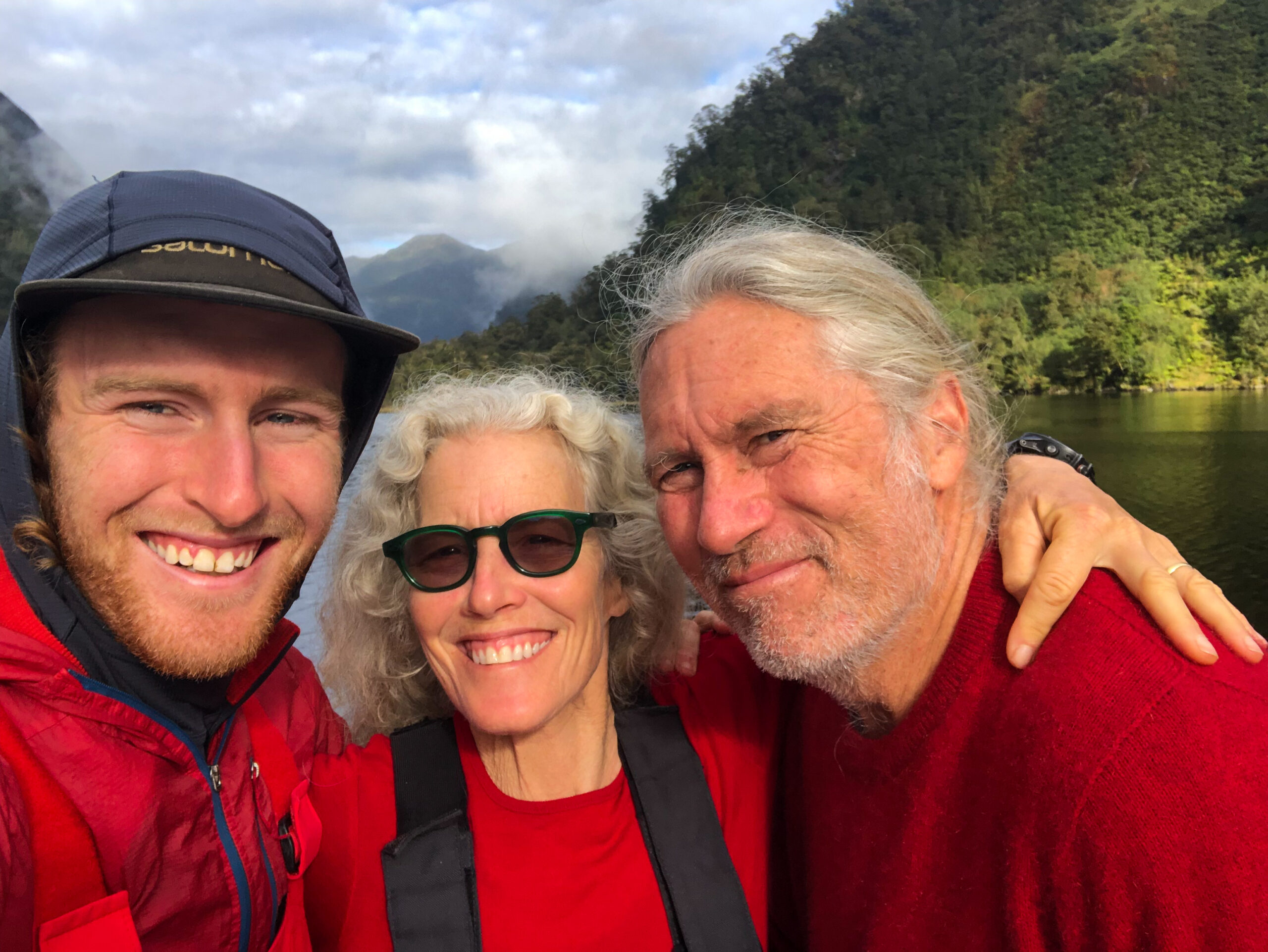
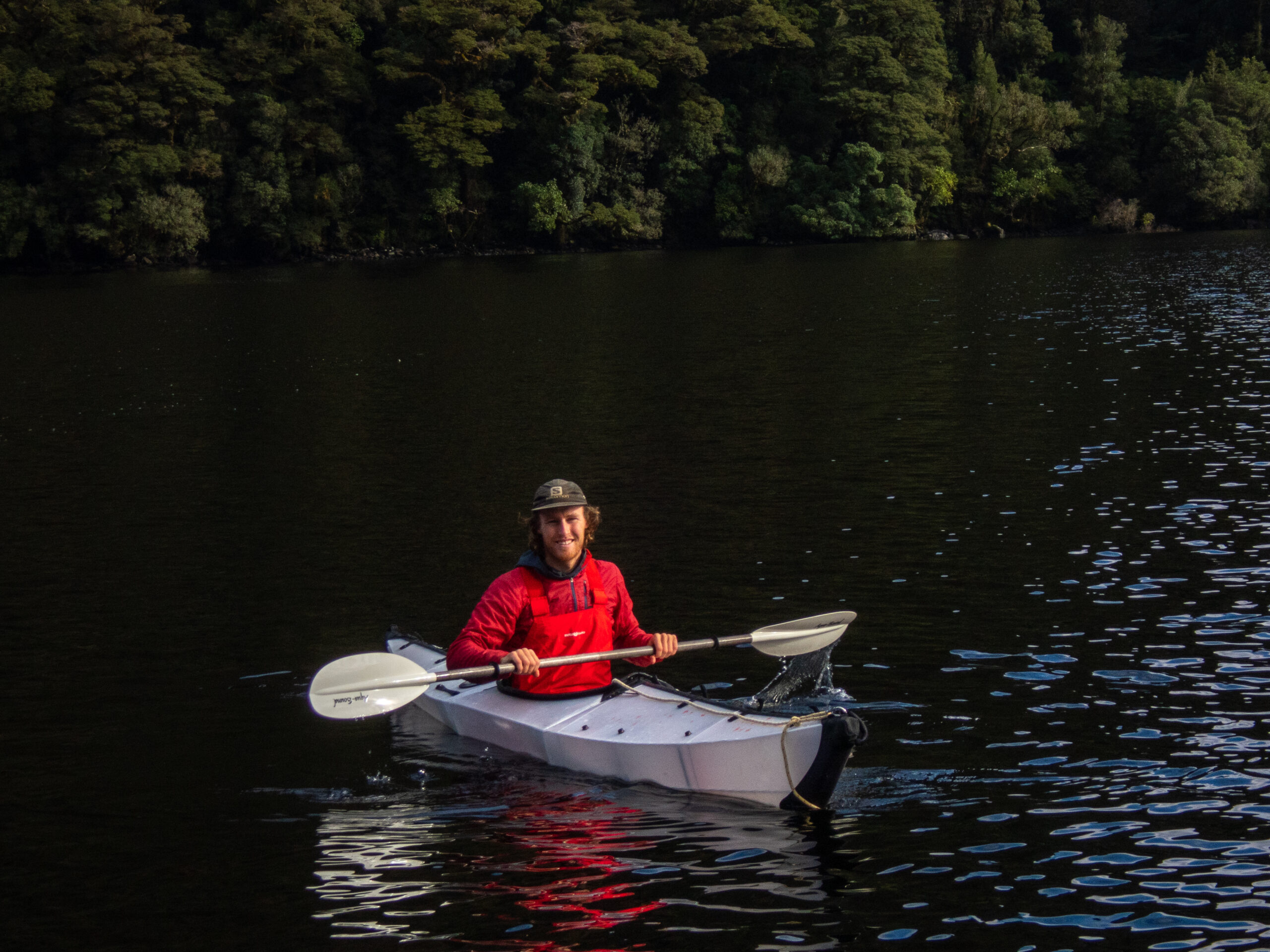
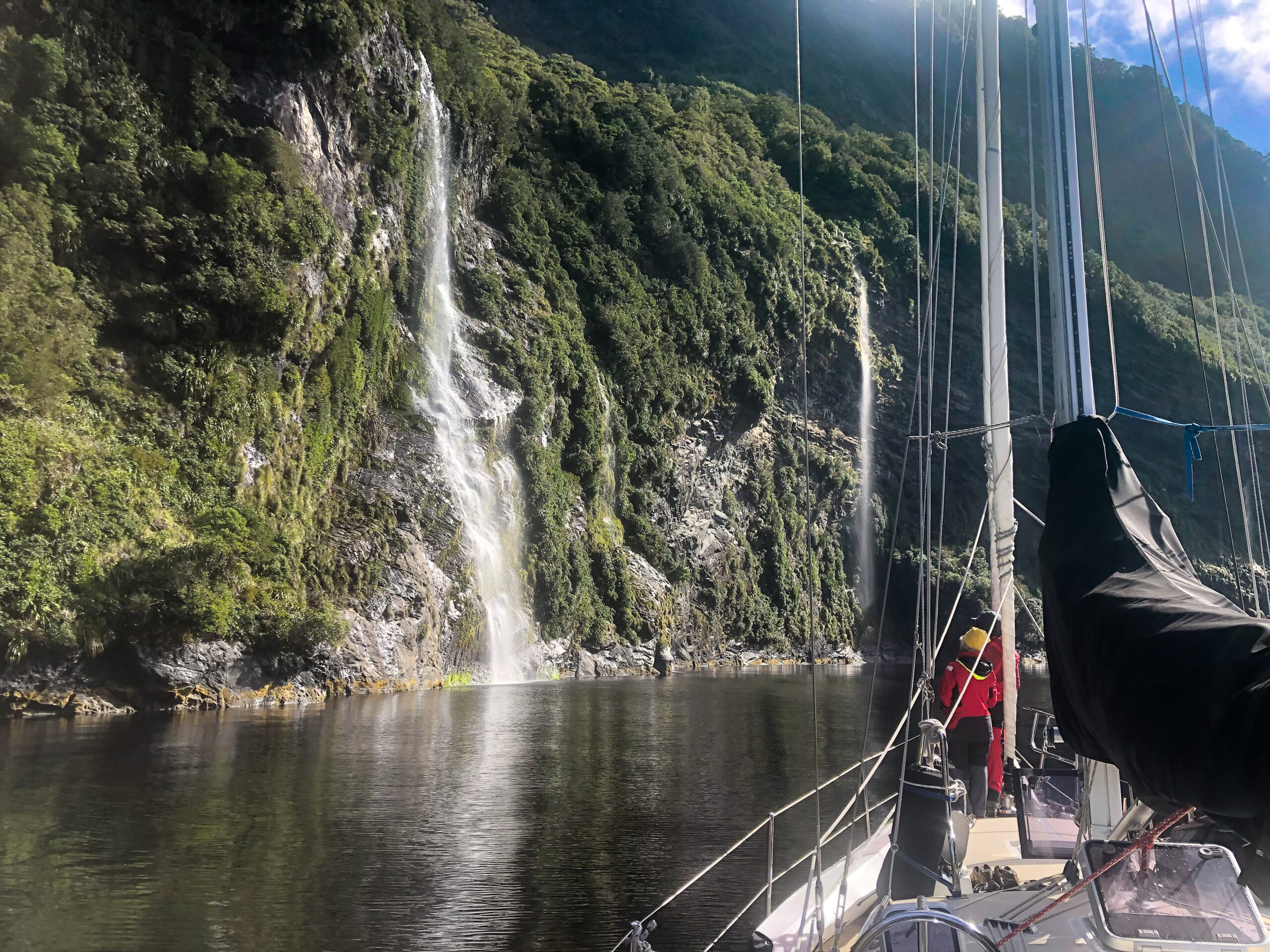
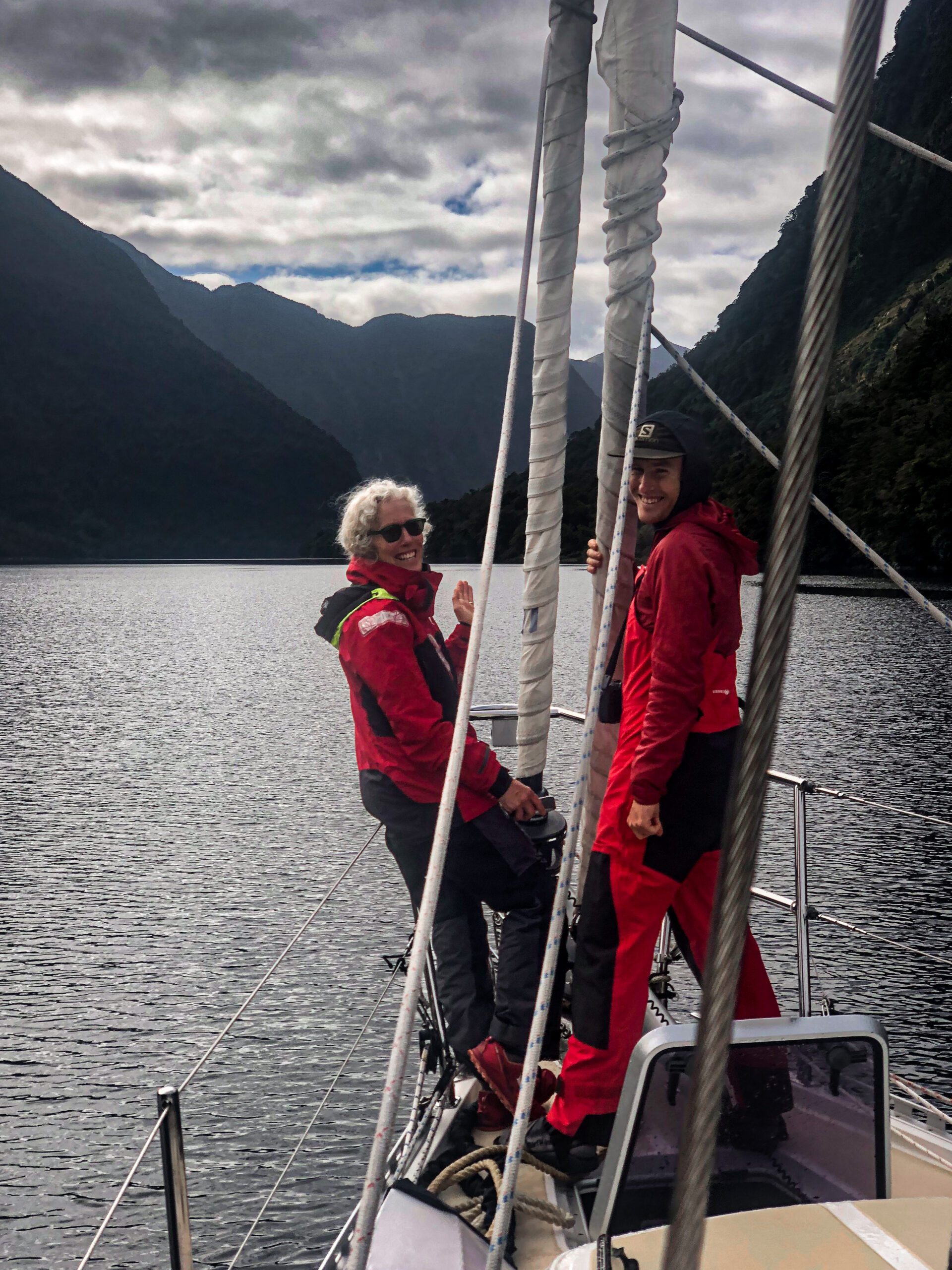
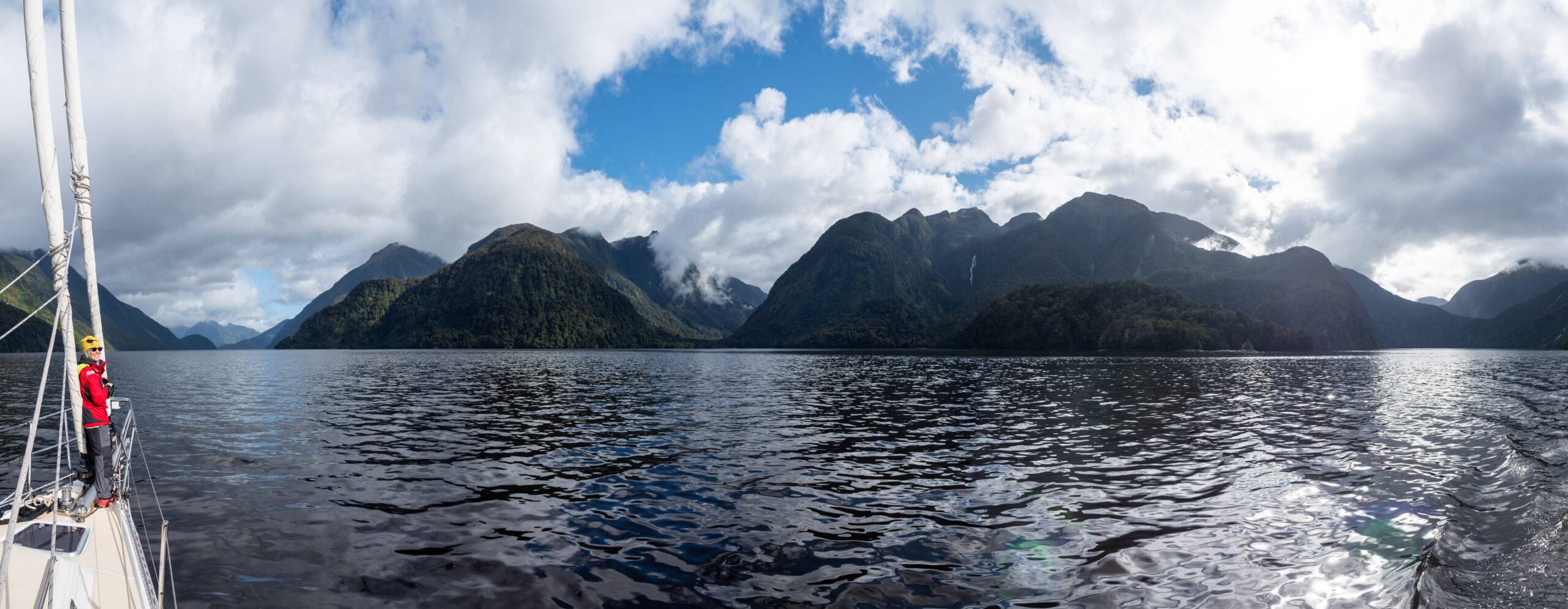

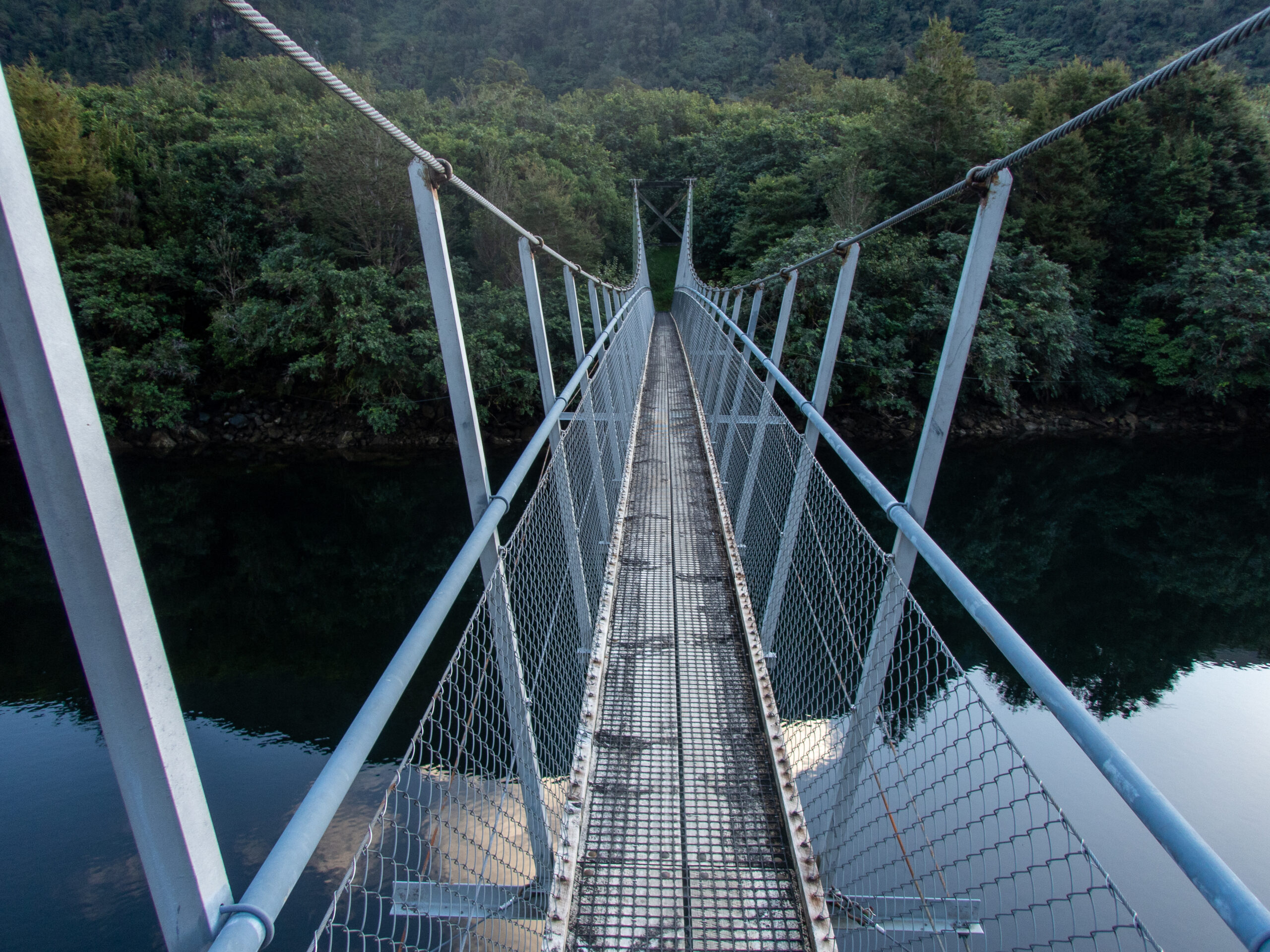
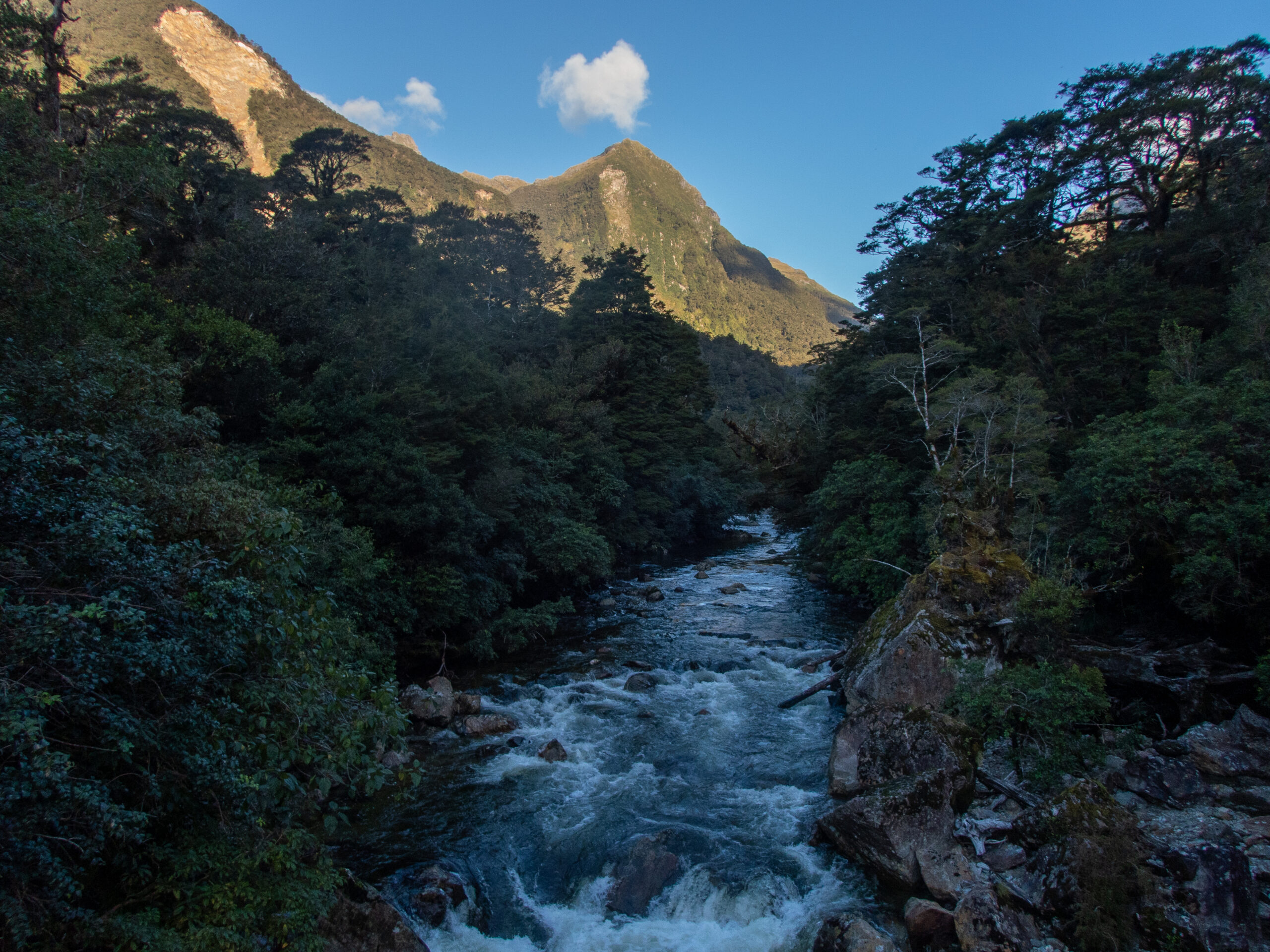

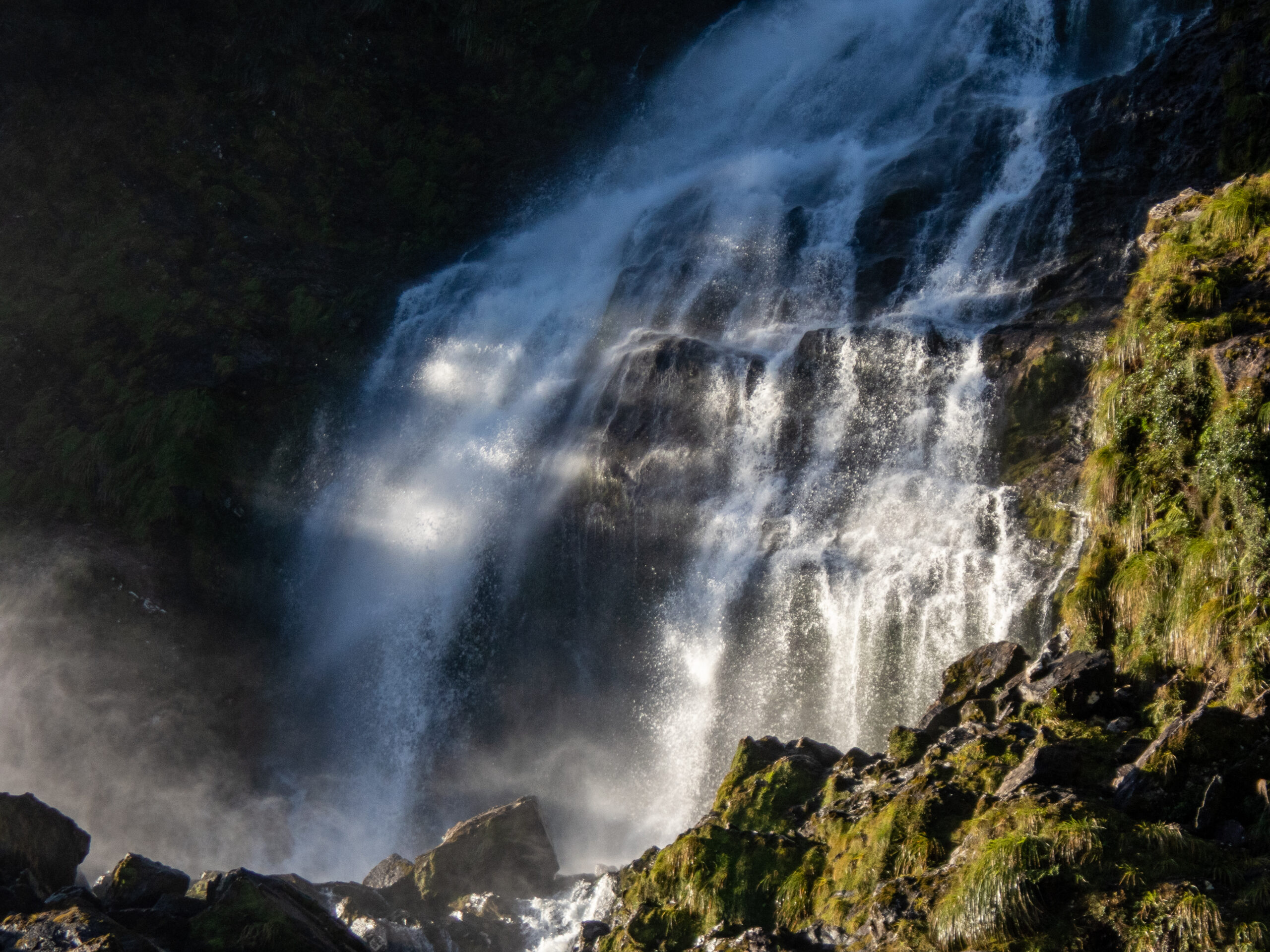

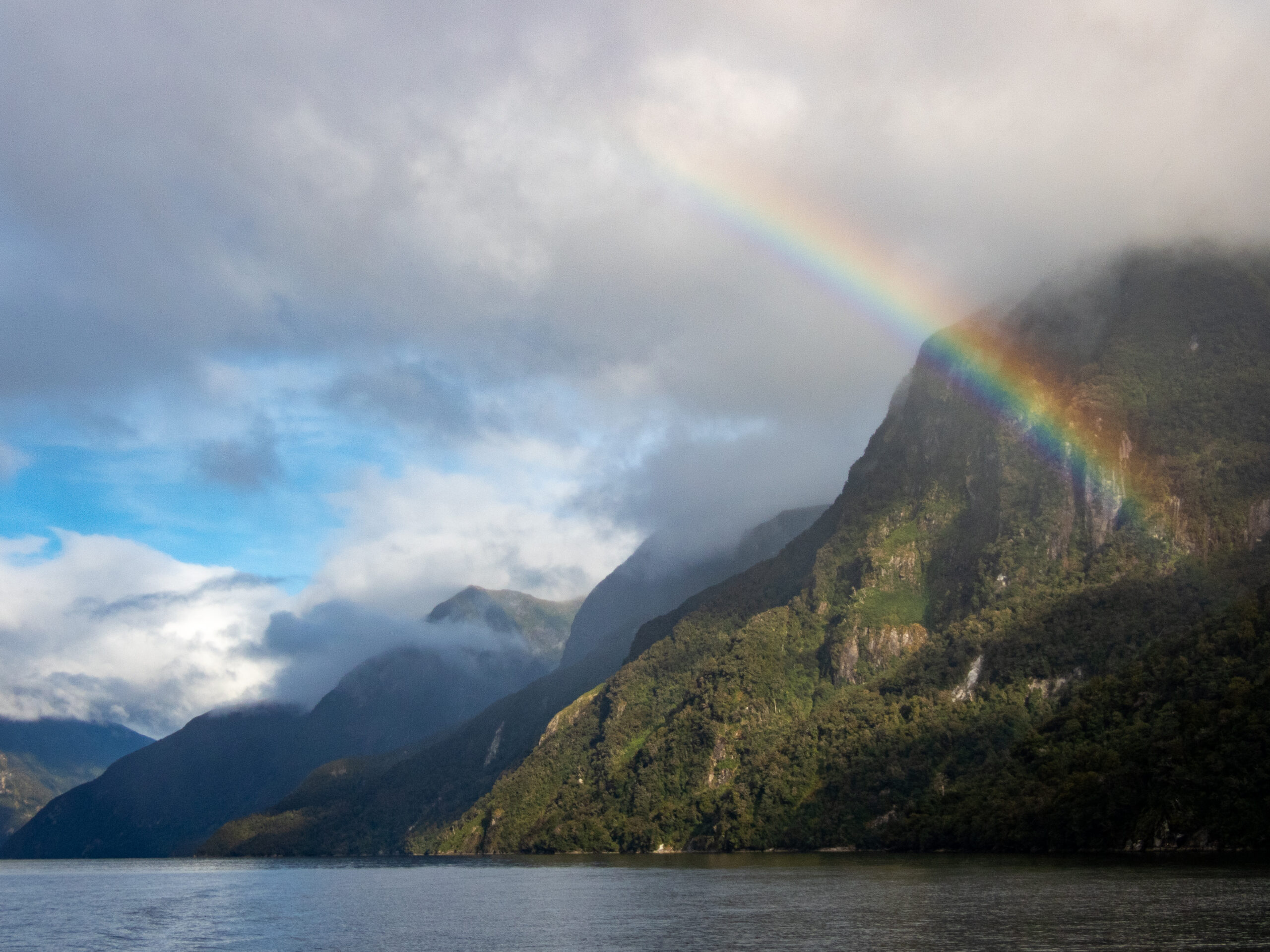
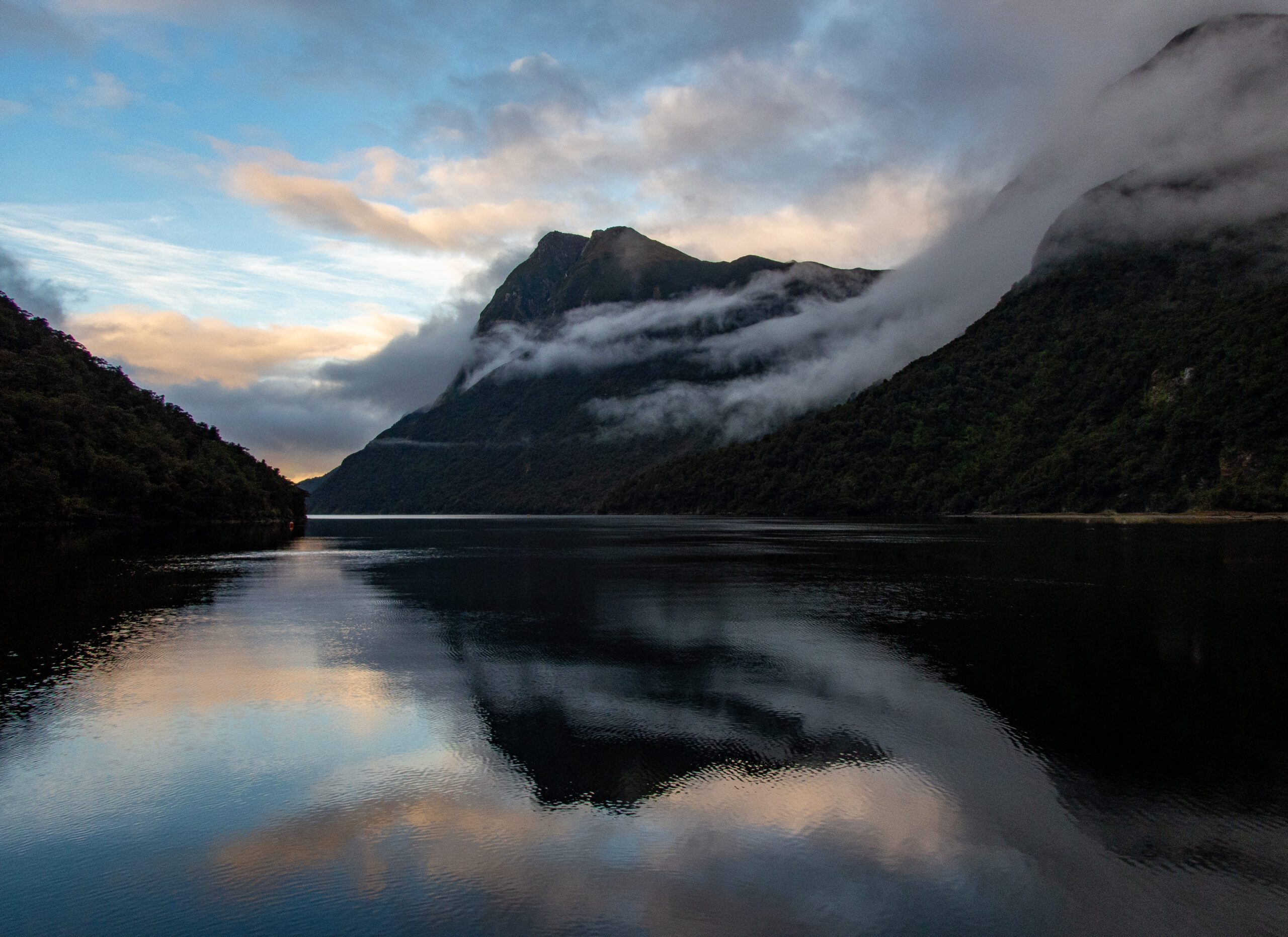
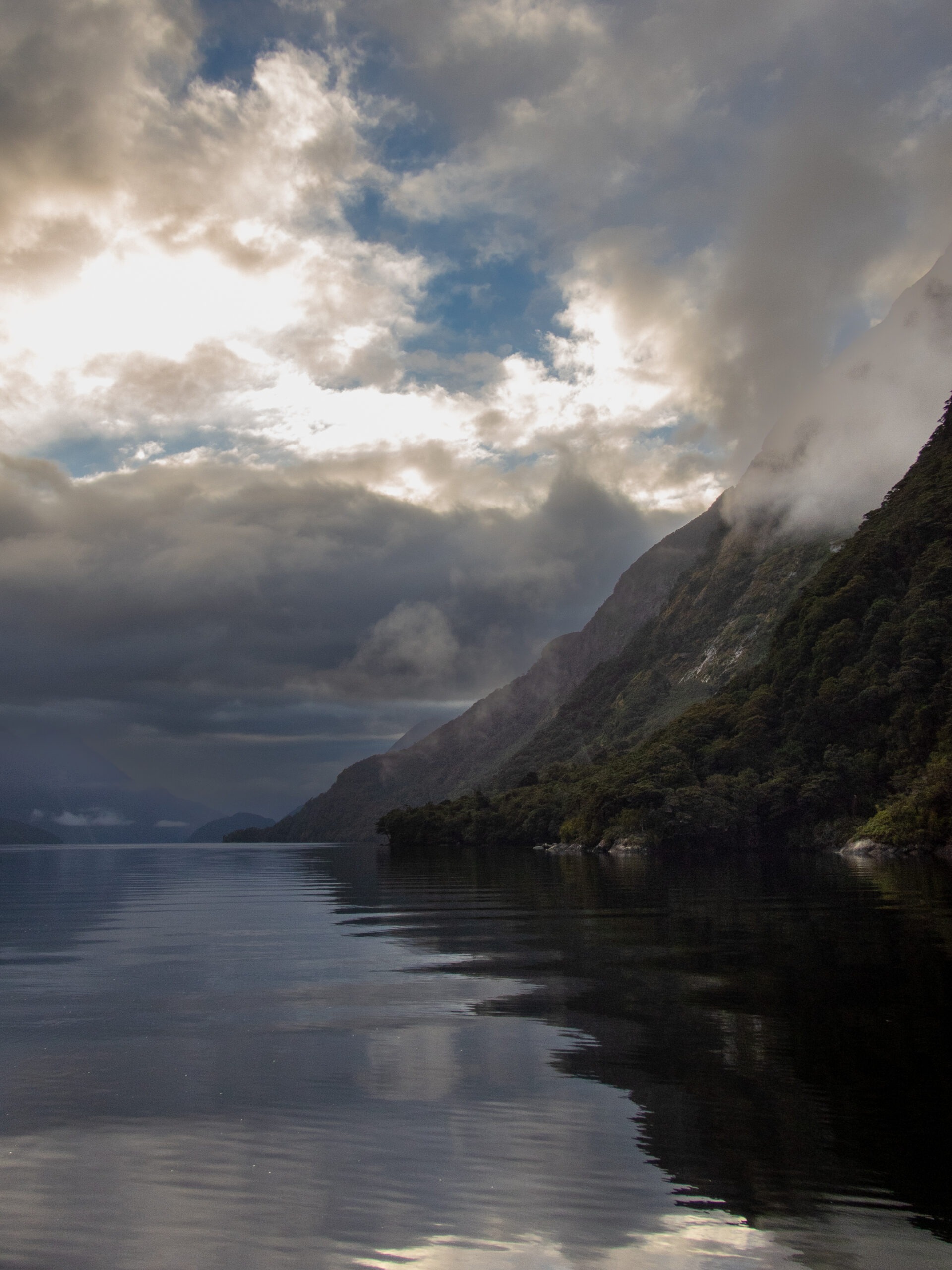
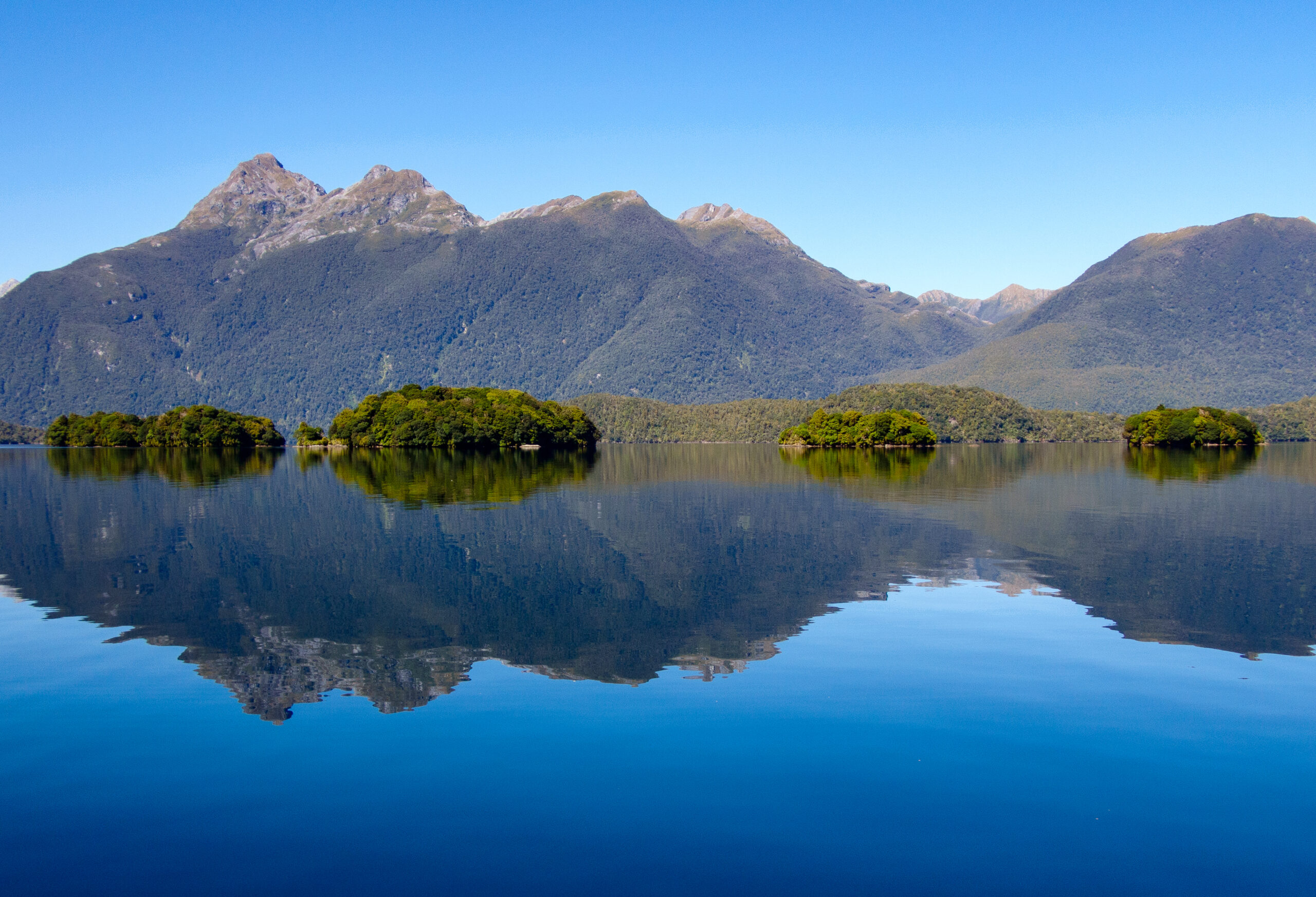
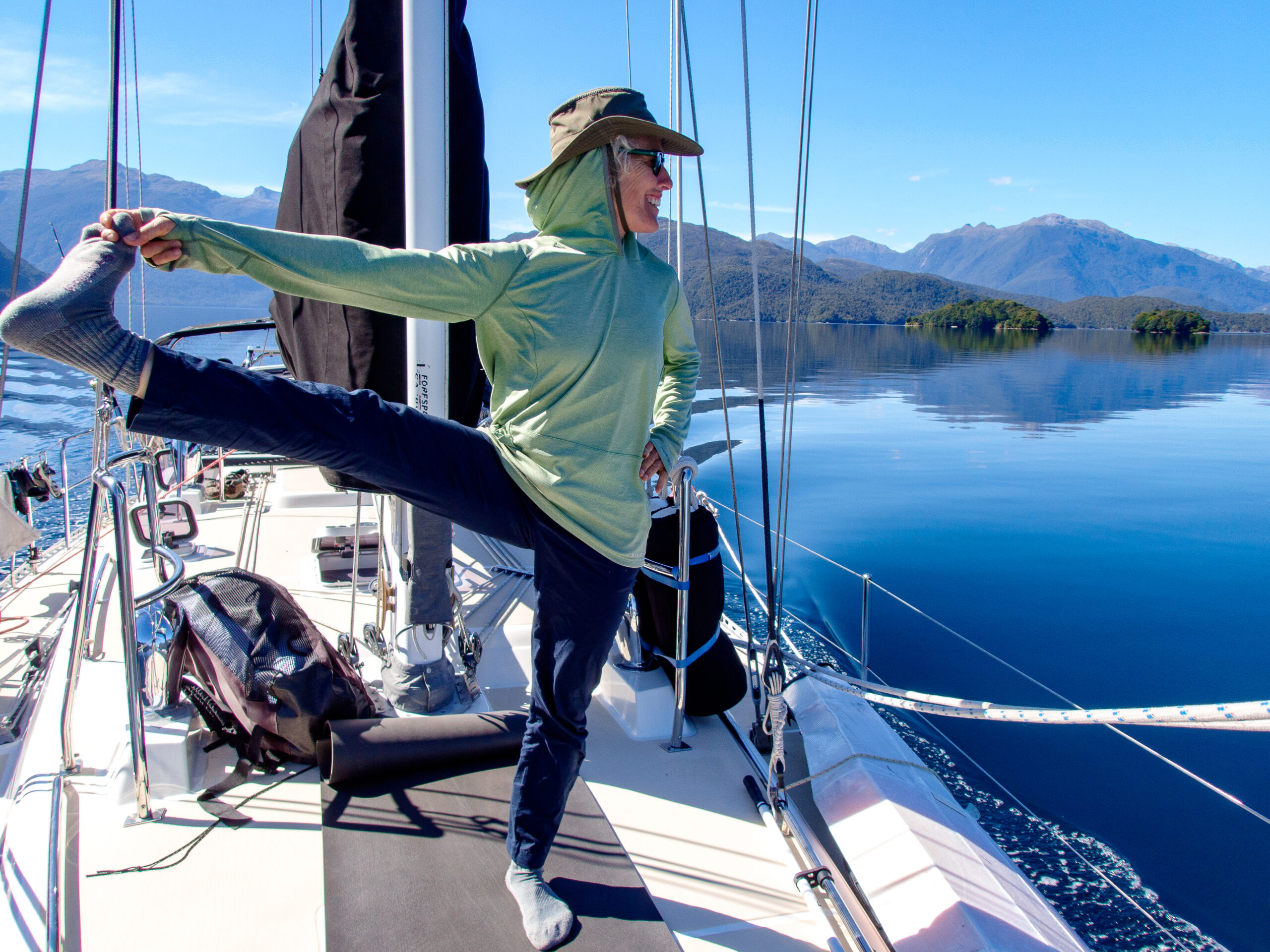
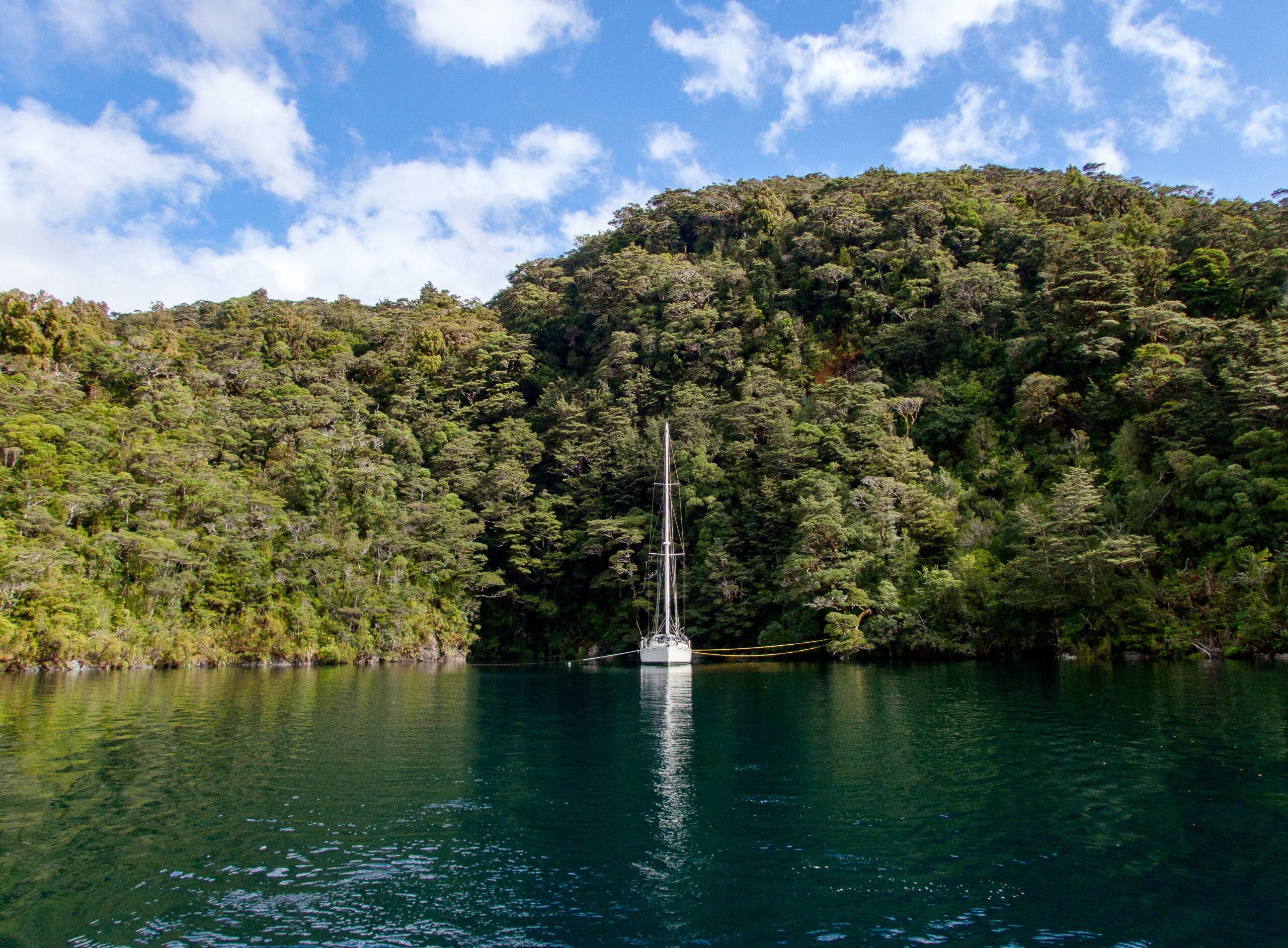
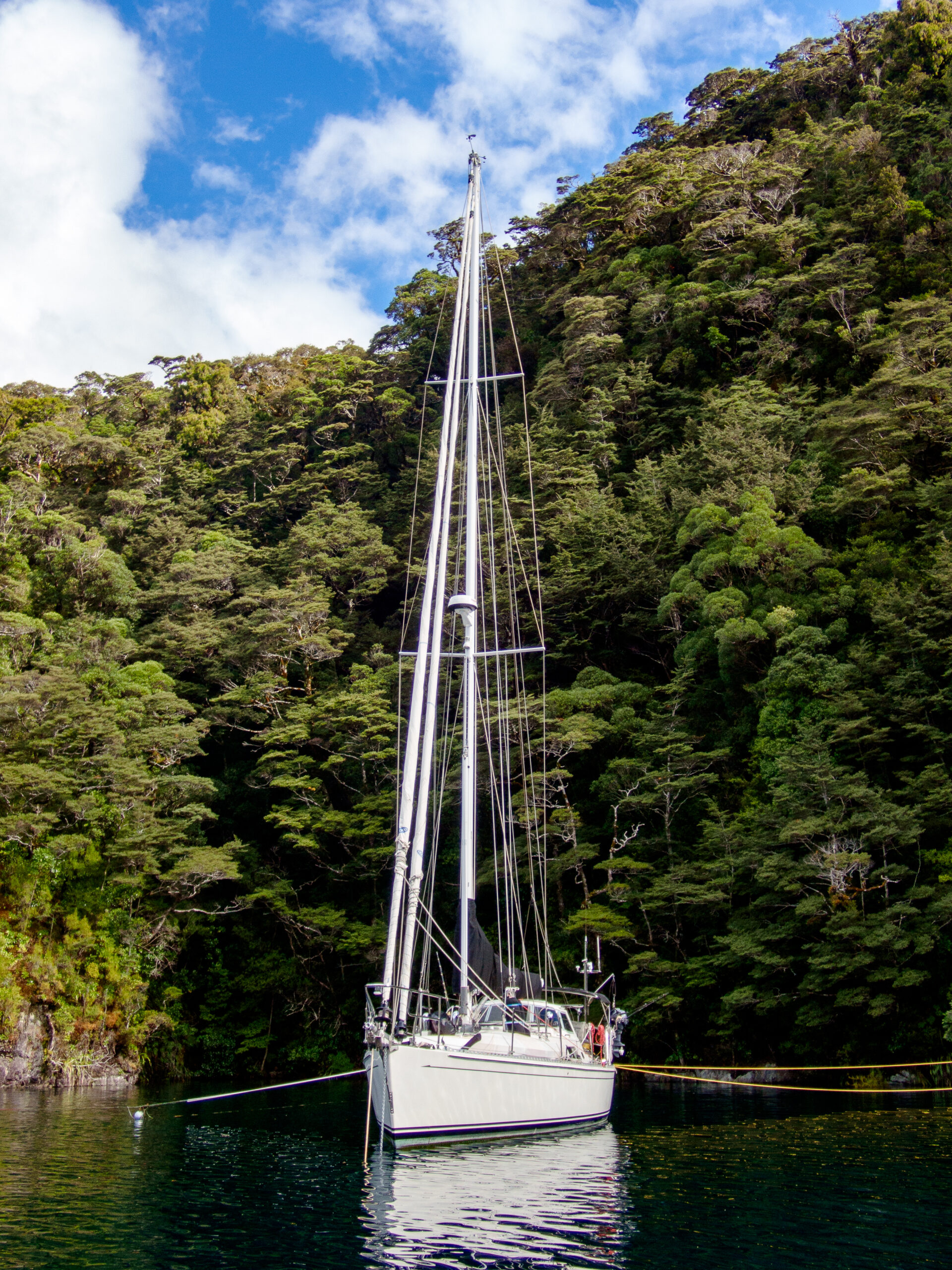
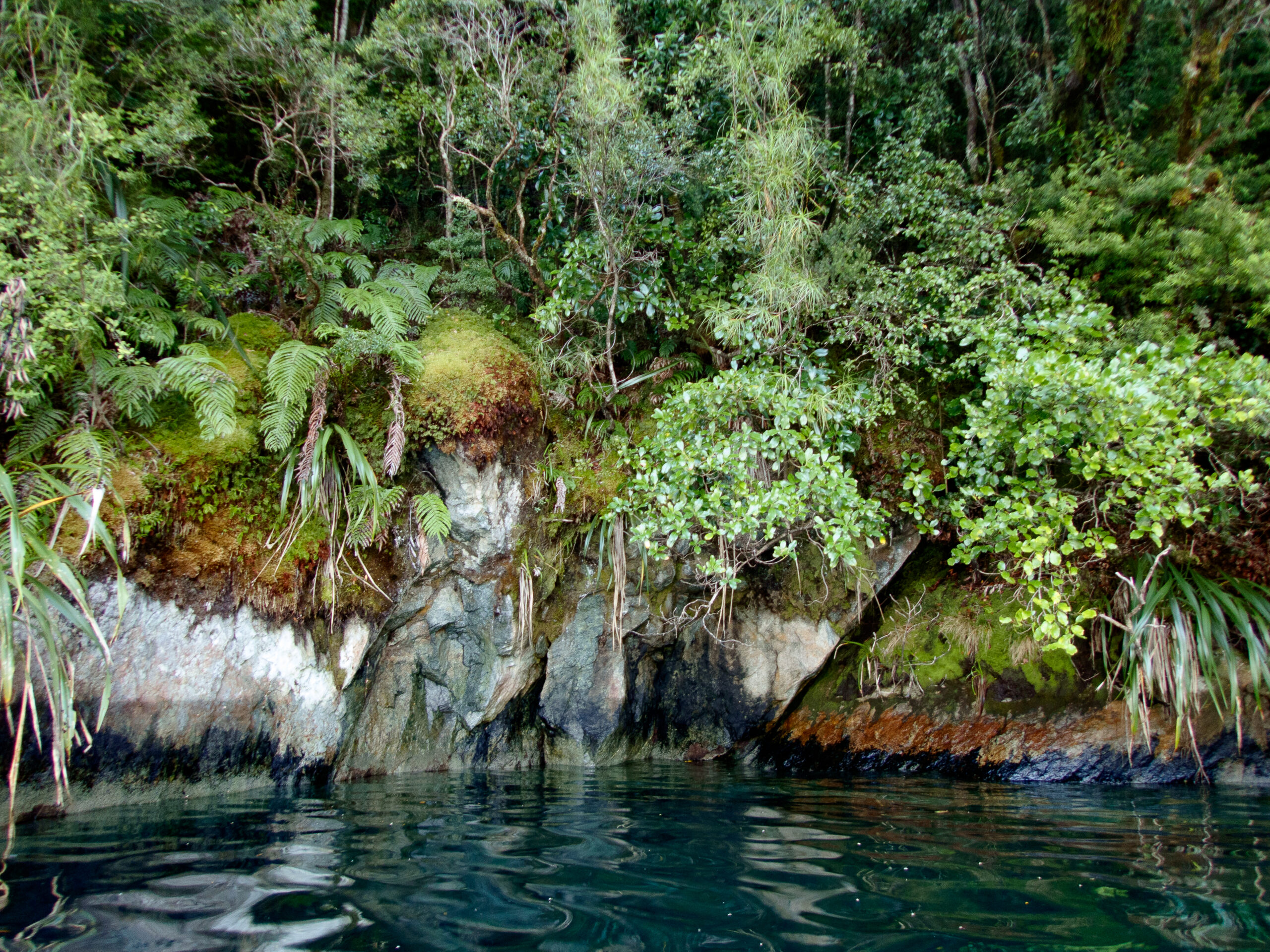

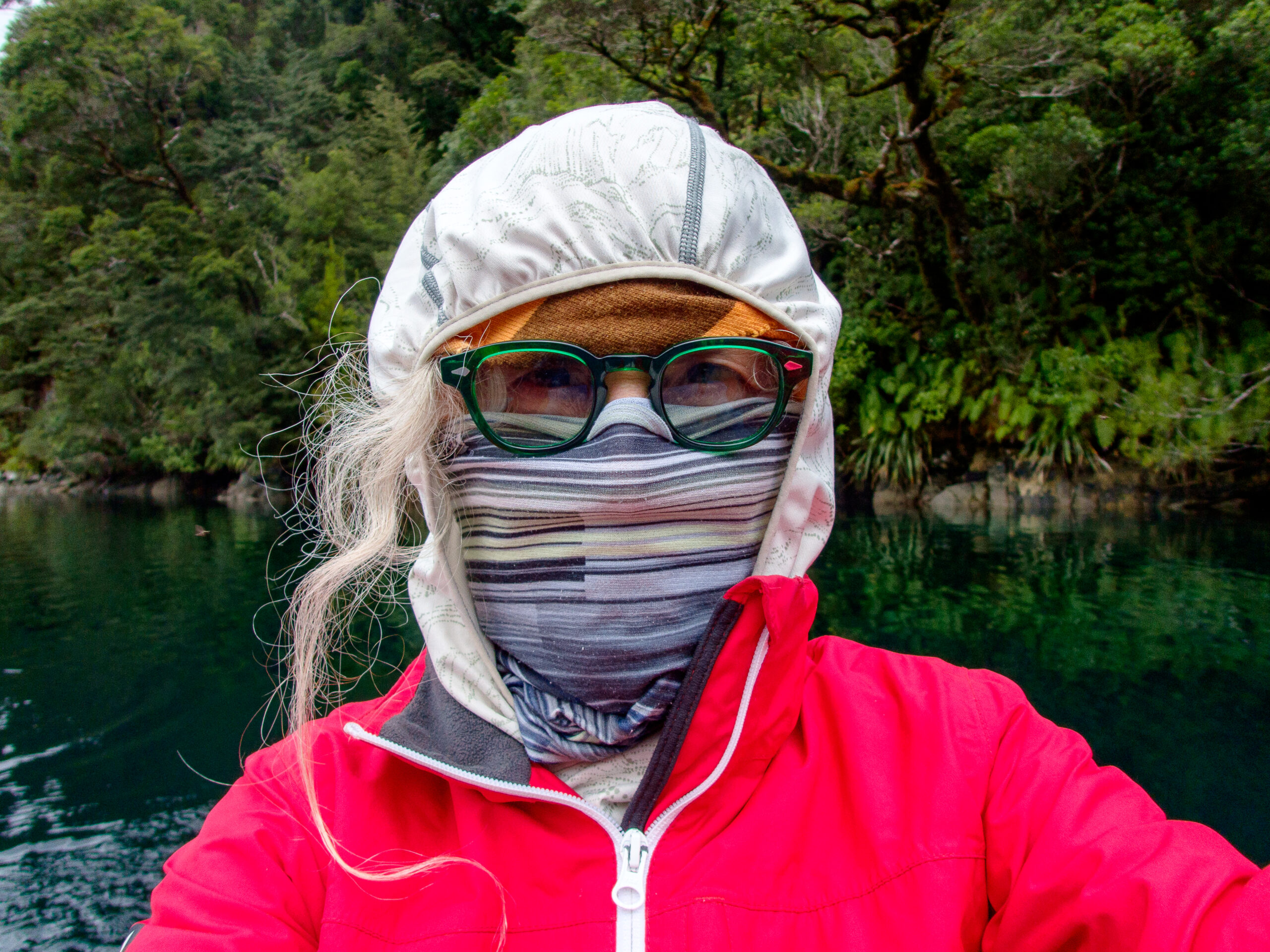
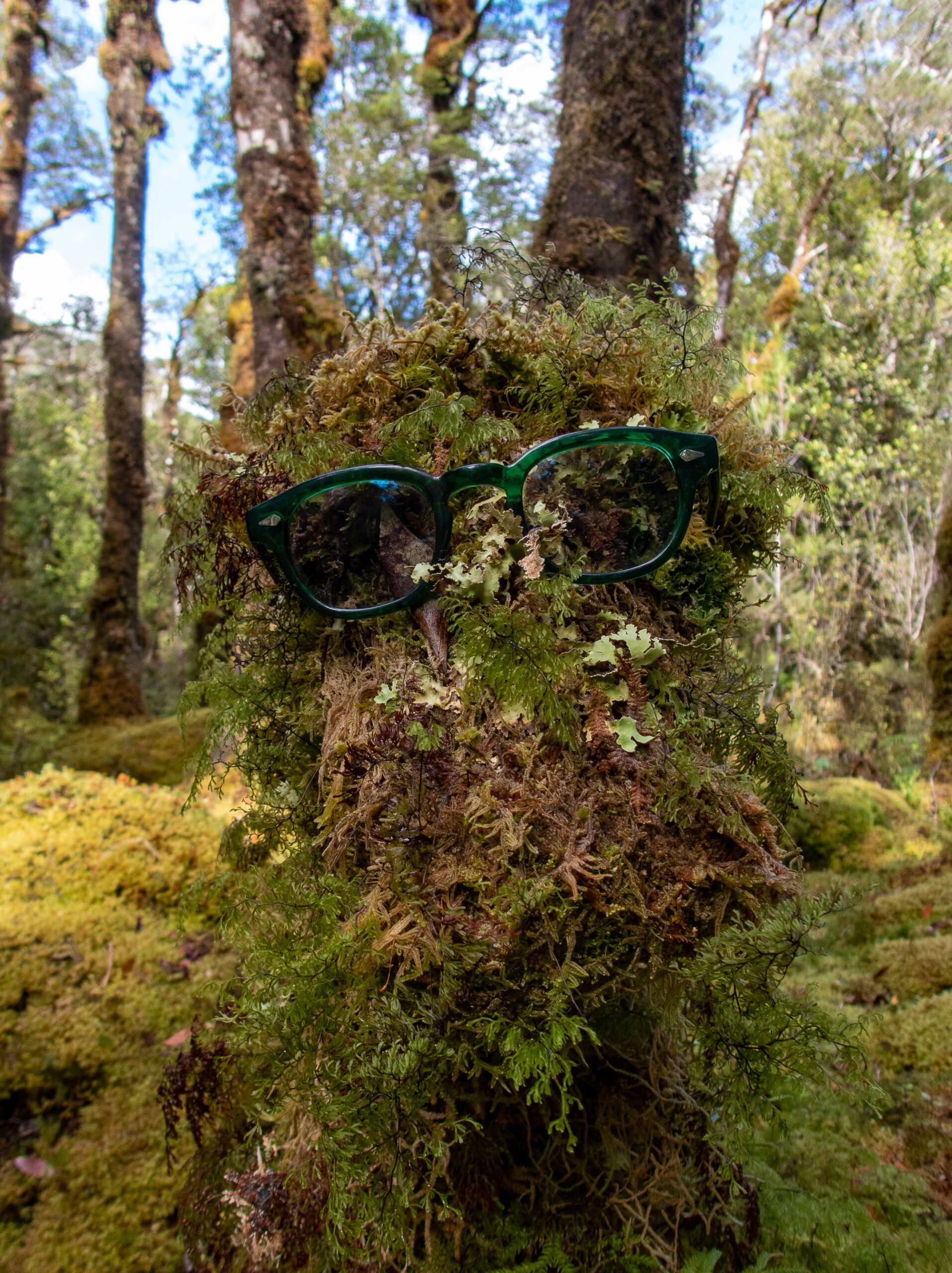

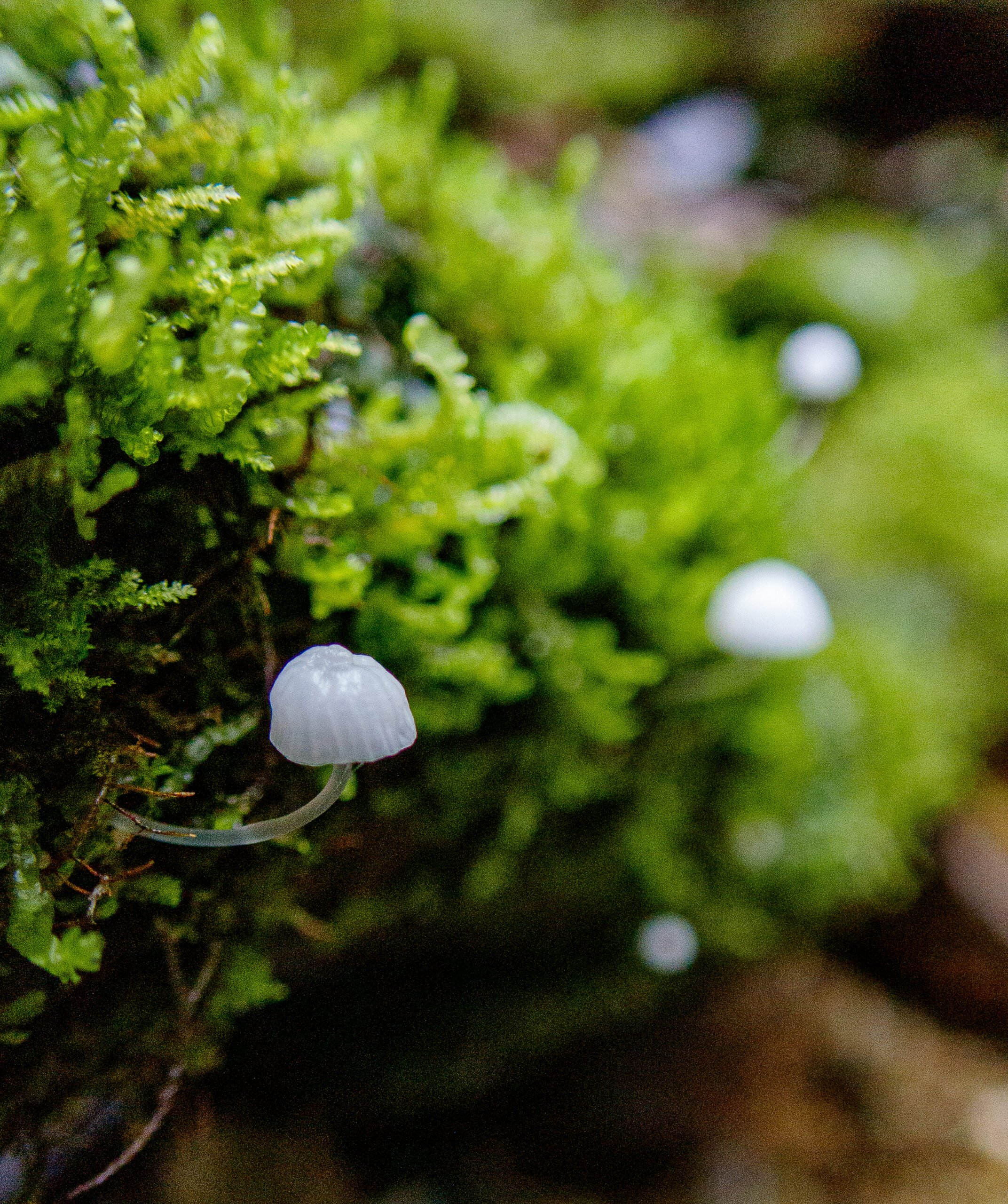
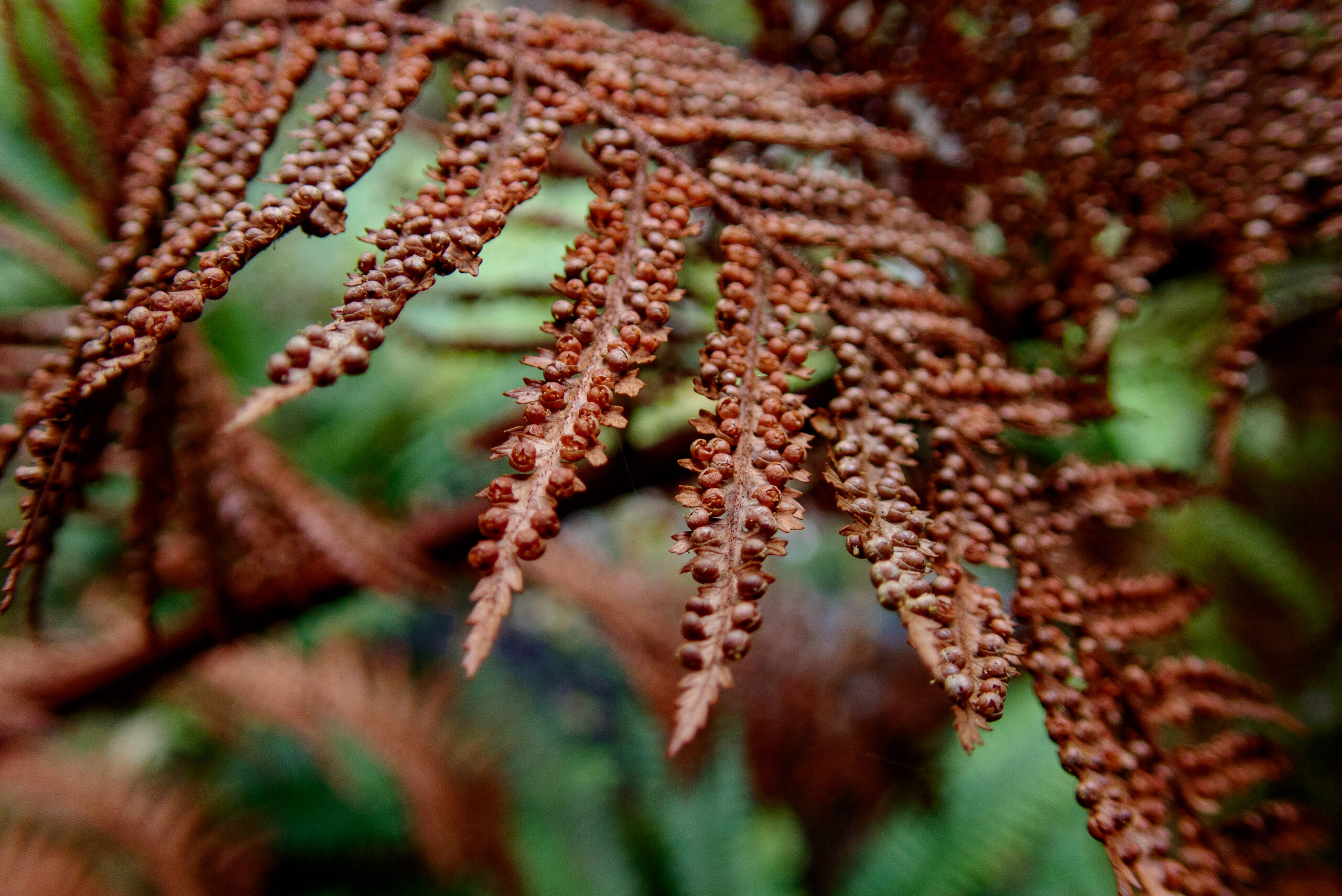



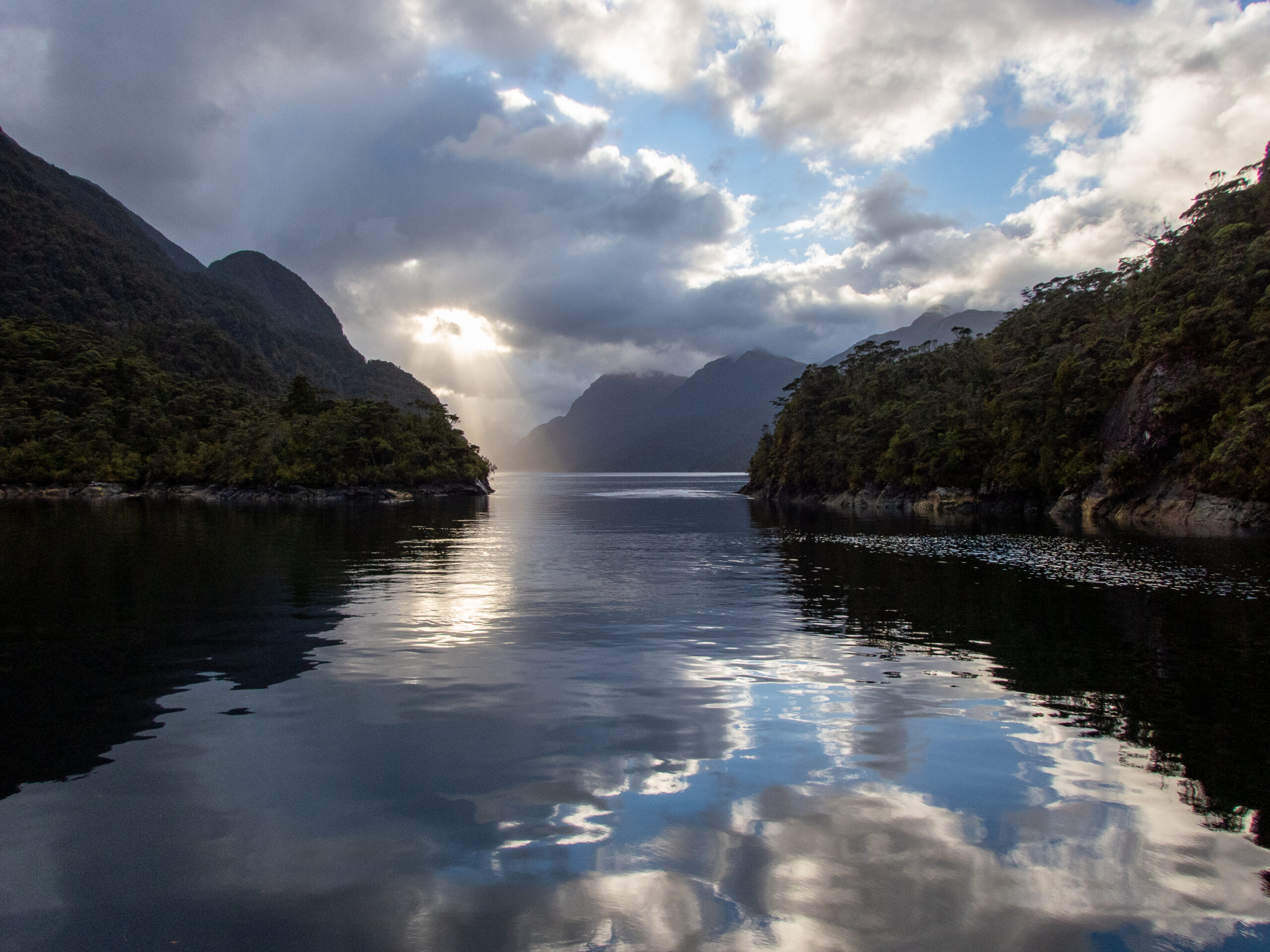
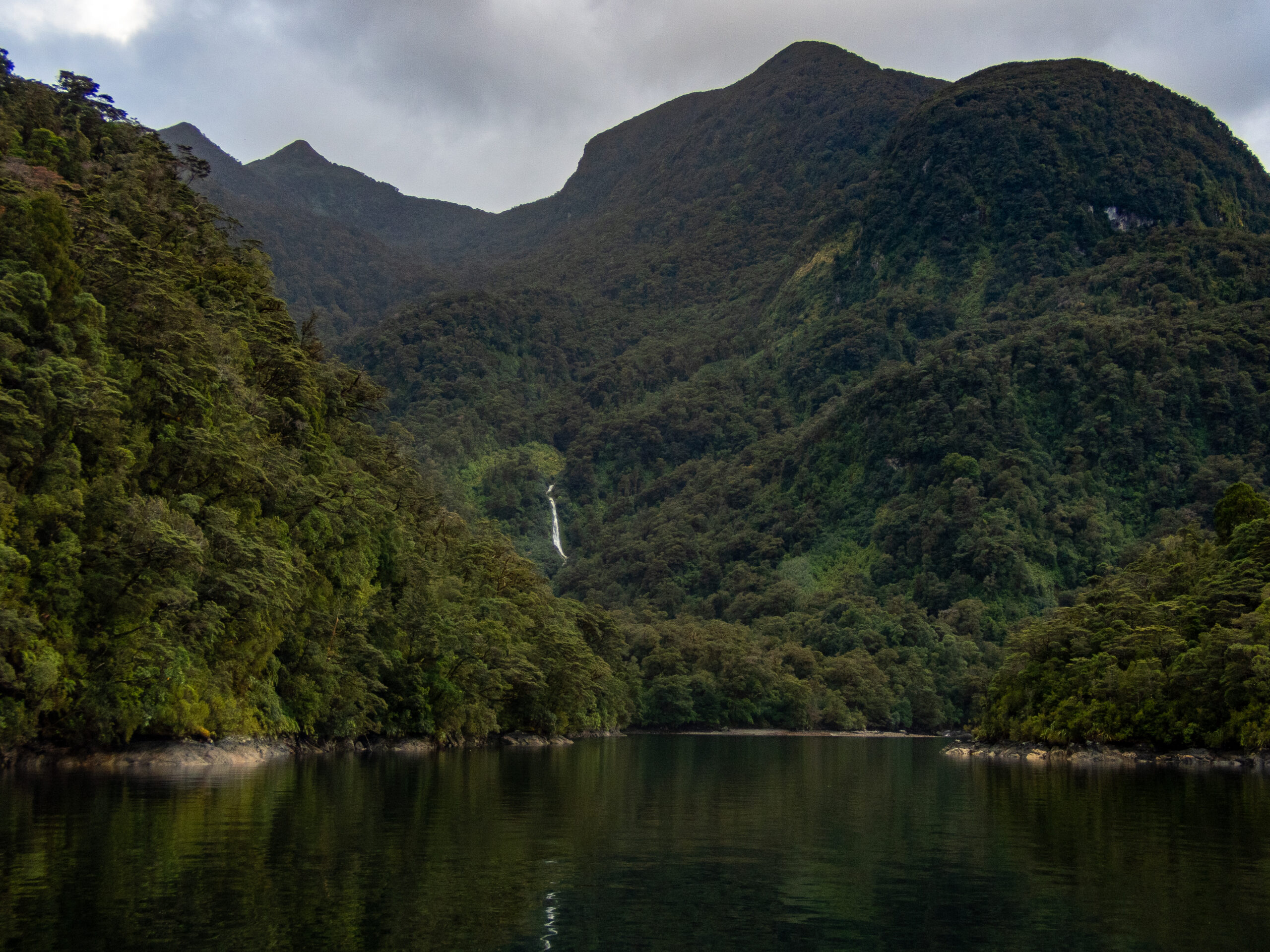
Lots to captivate ~ lingering rainbows, new waterfalls, breathtaking bush, dolphins and surreal reflections while moving up to the end of Wet Jacket Arm. I wrote these words in the logbook from that day: ‘OH MY GOODNESS – A VISUAL FEAST!’
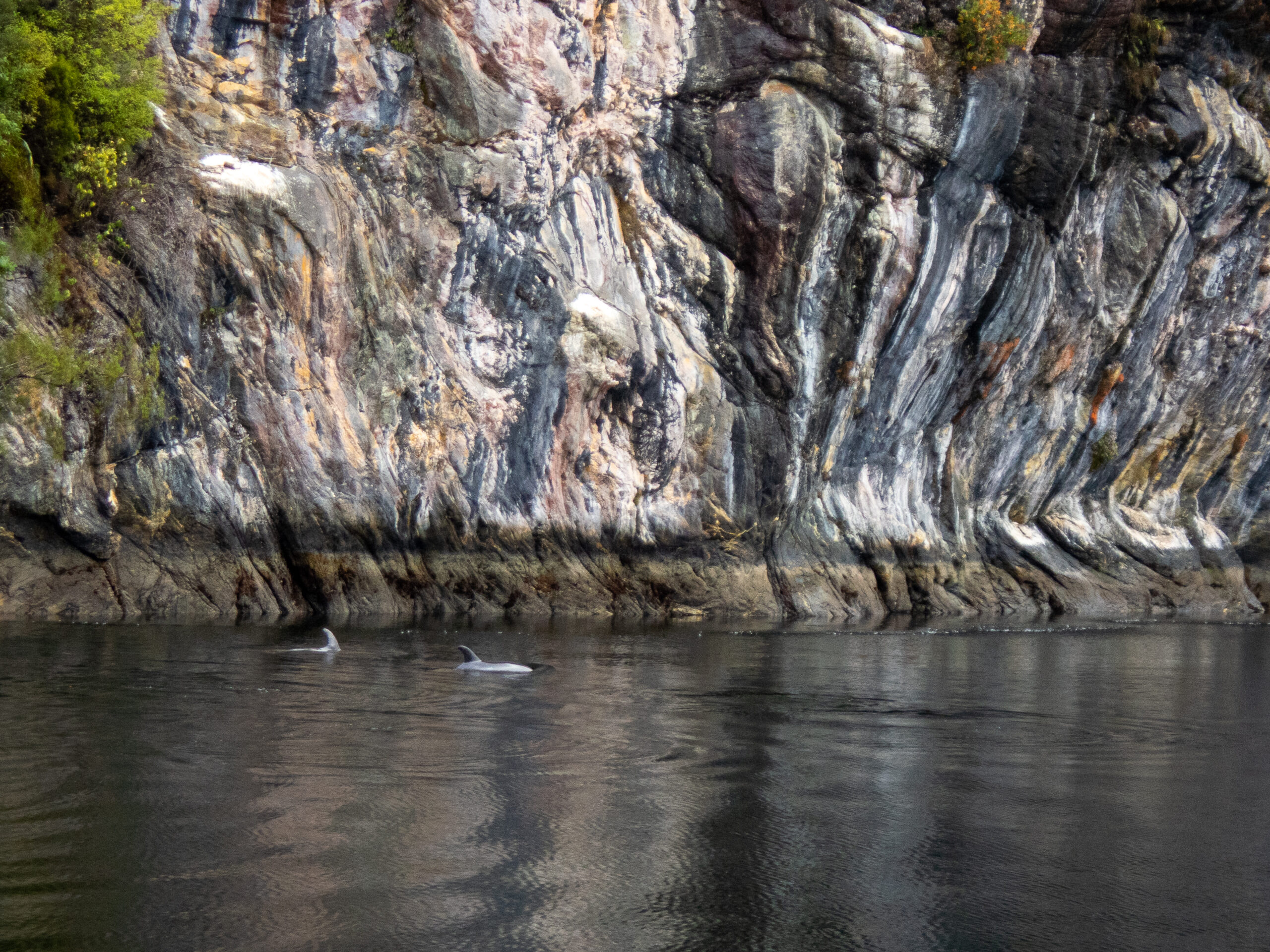
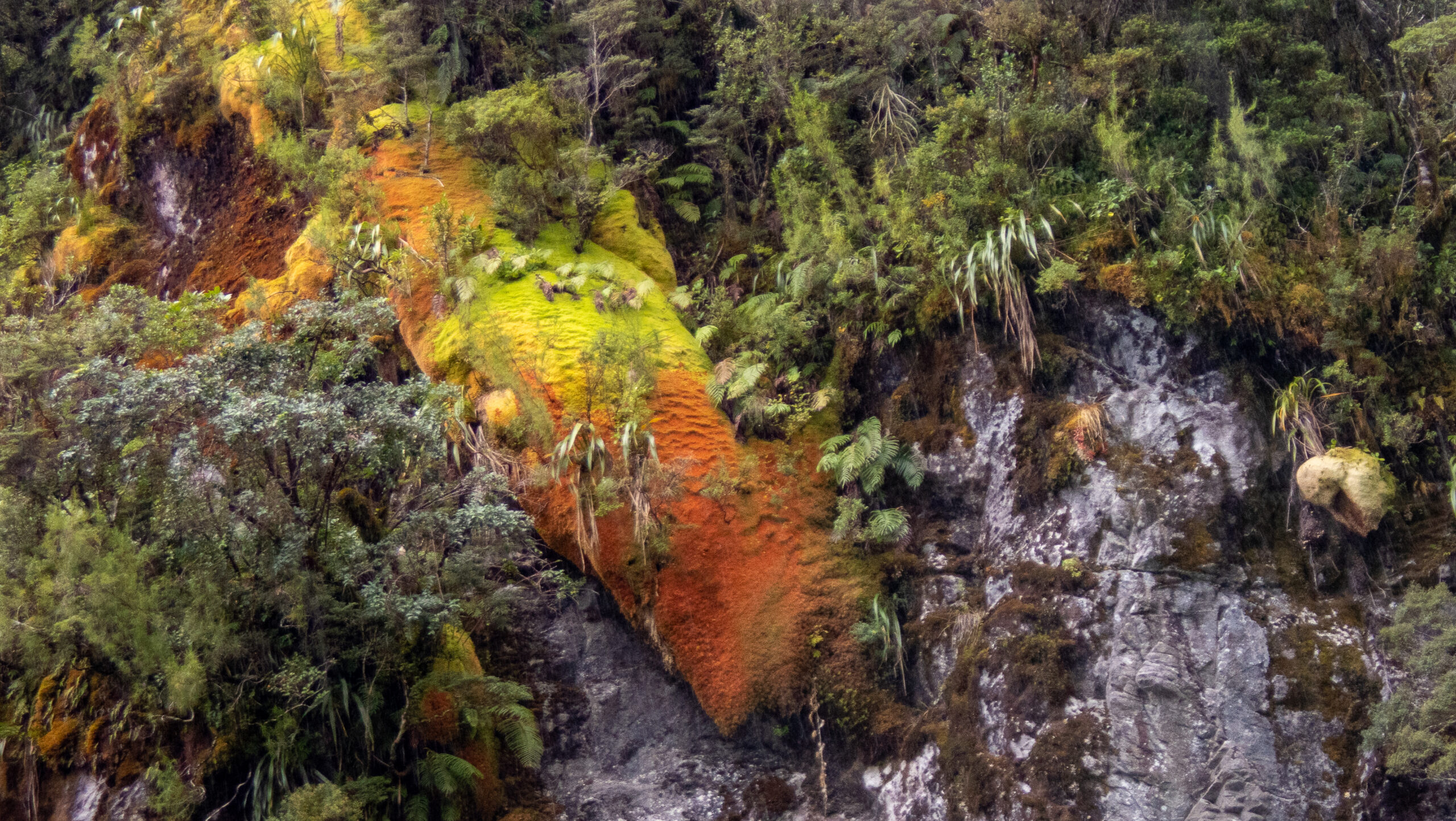
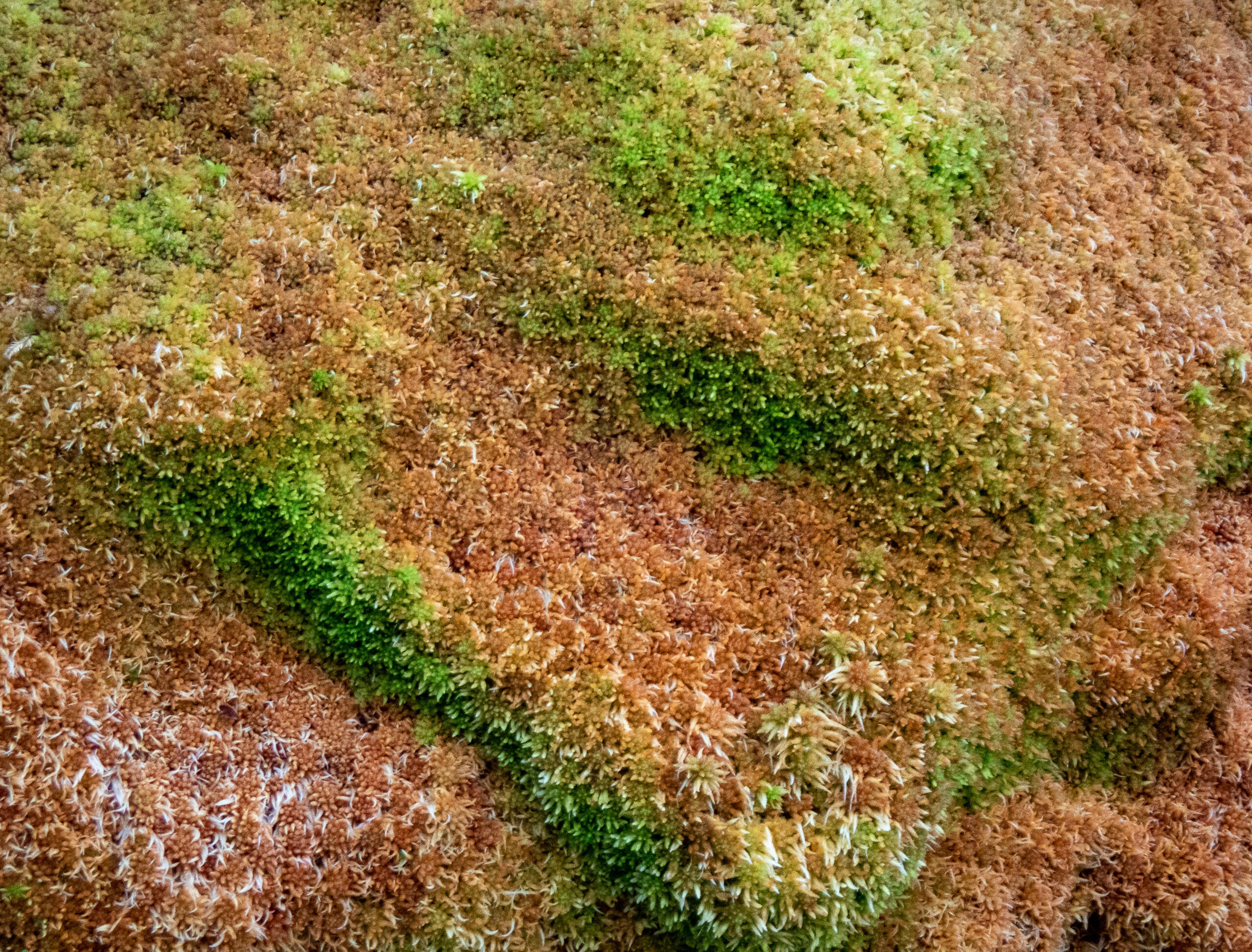
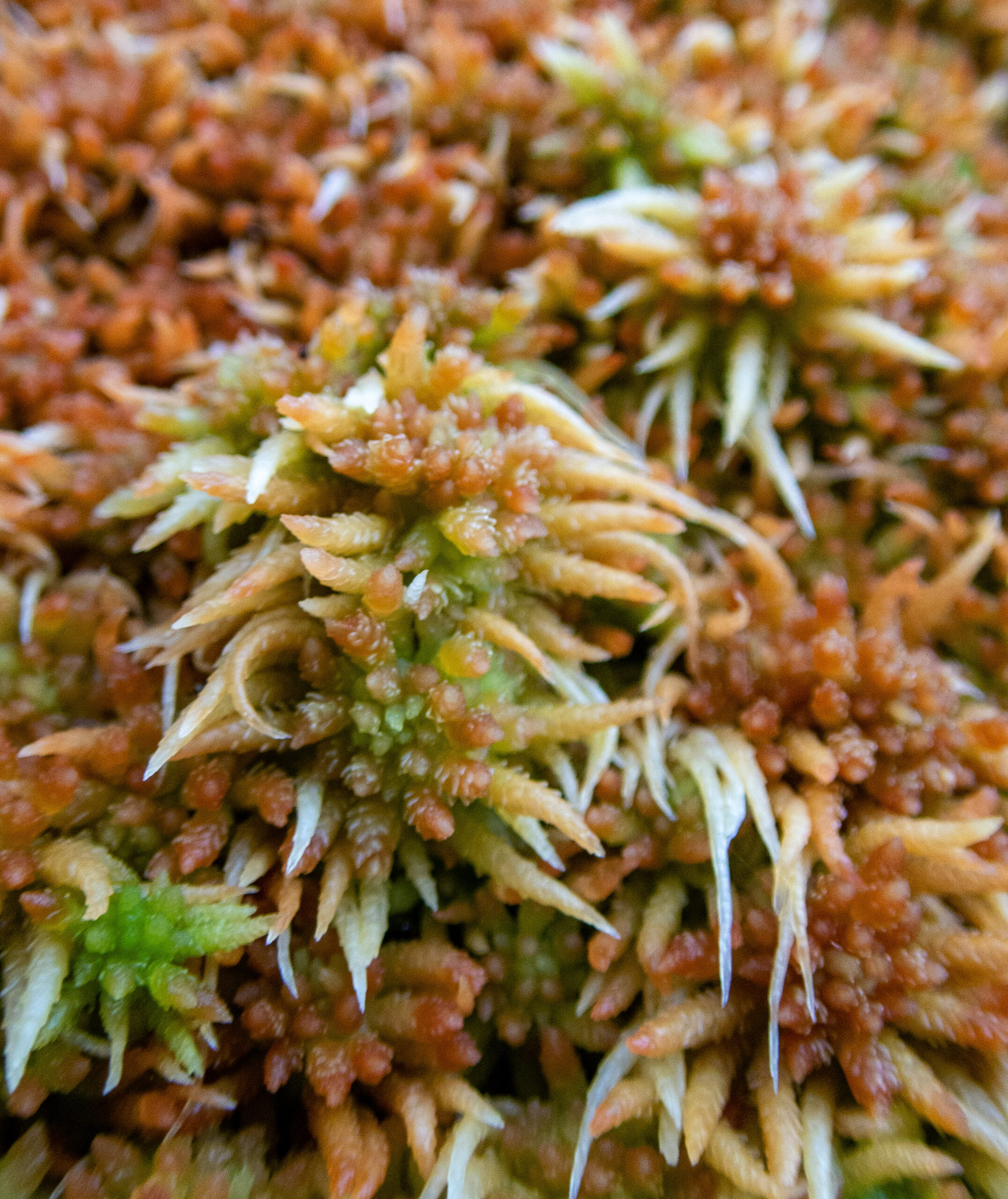
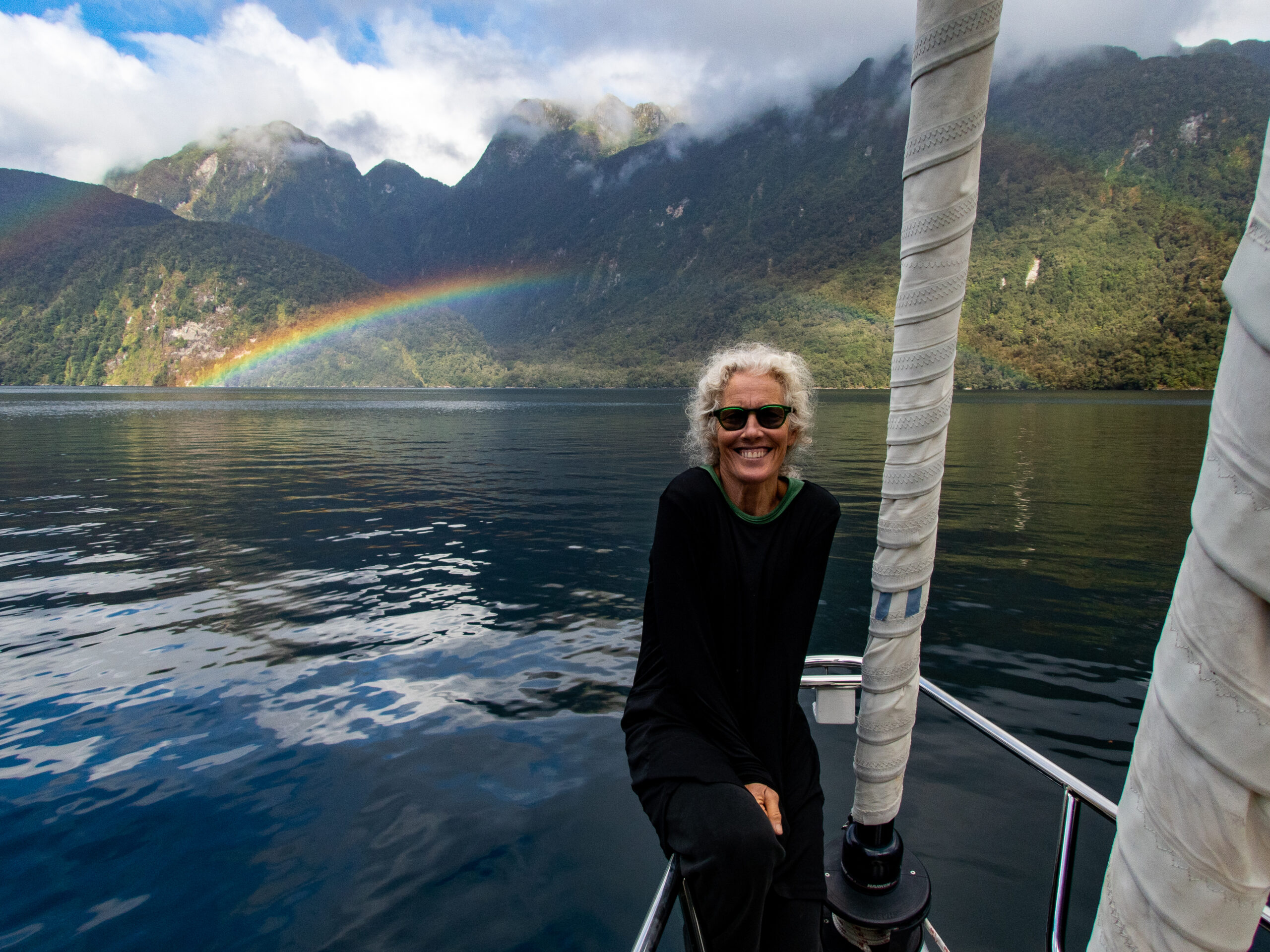
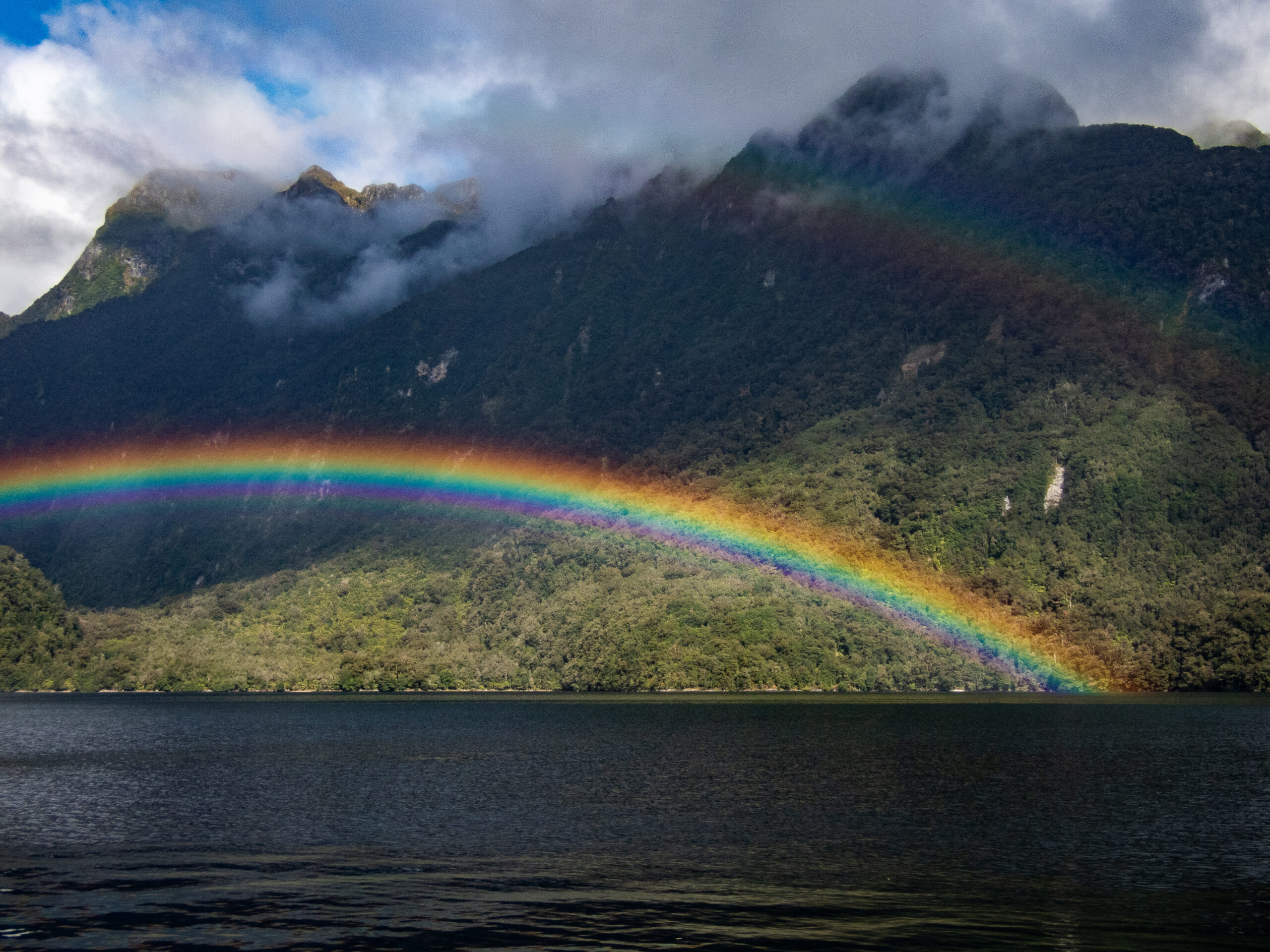
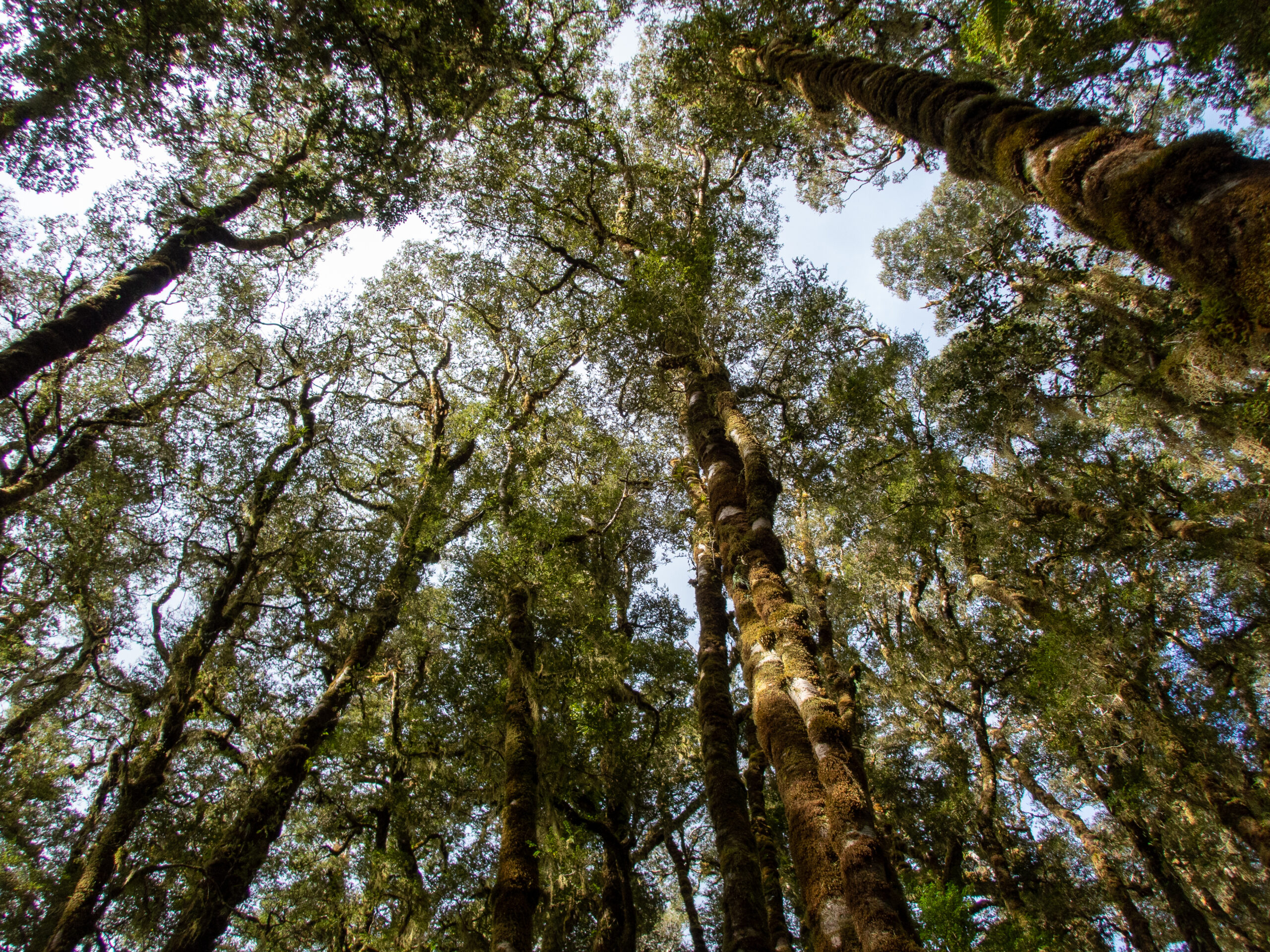

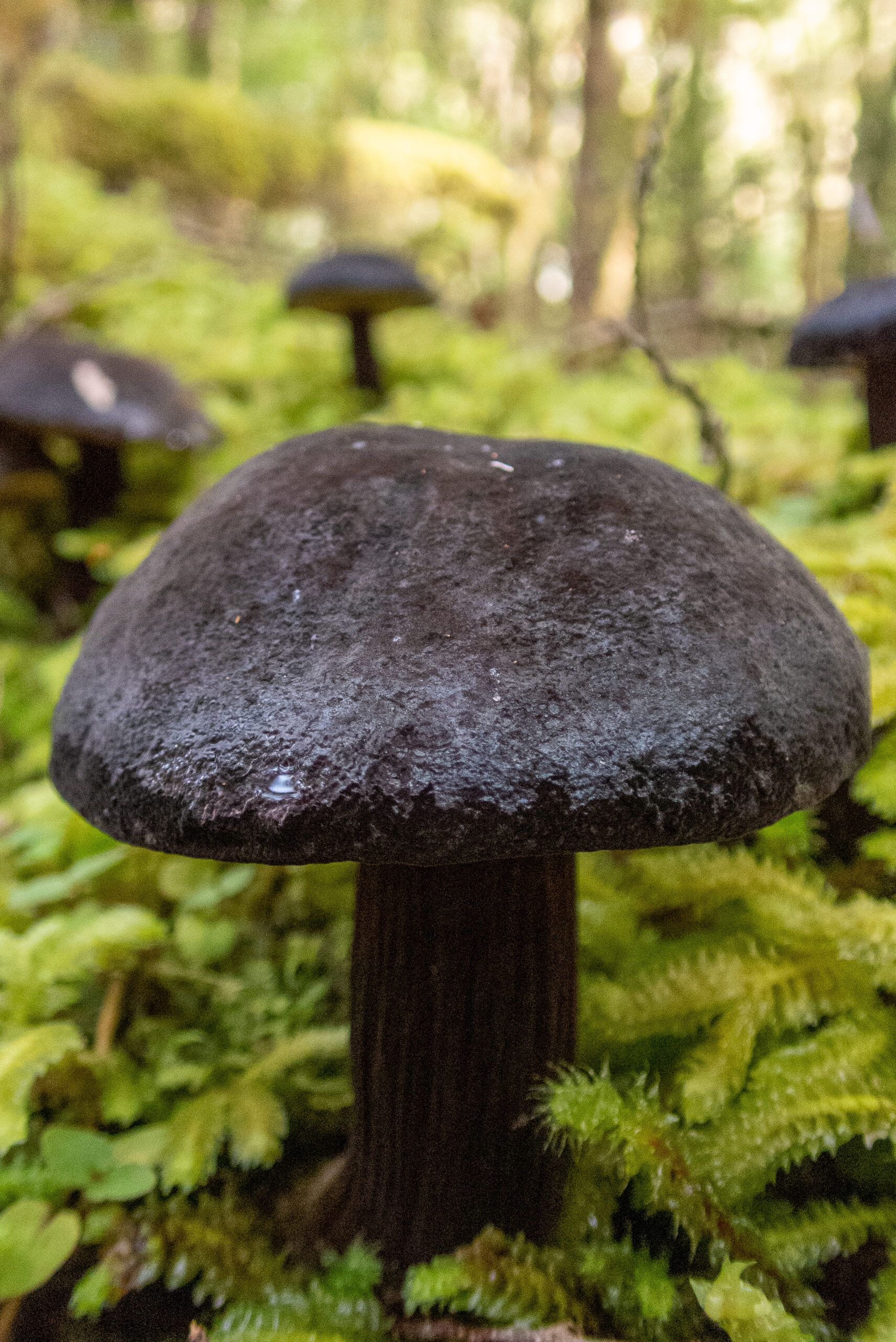
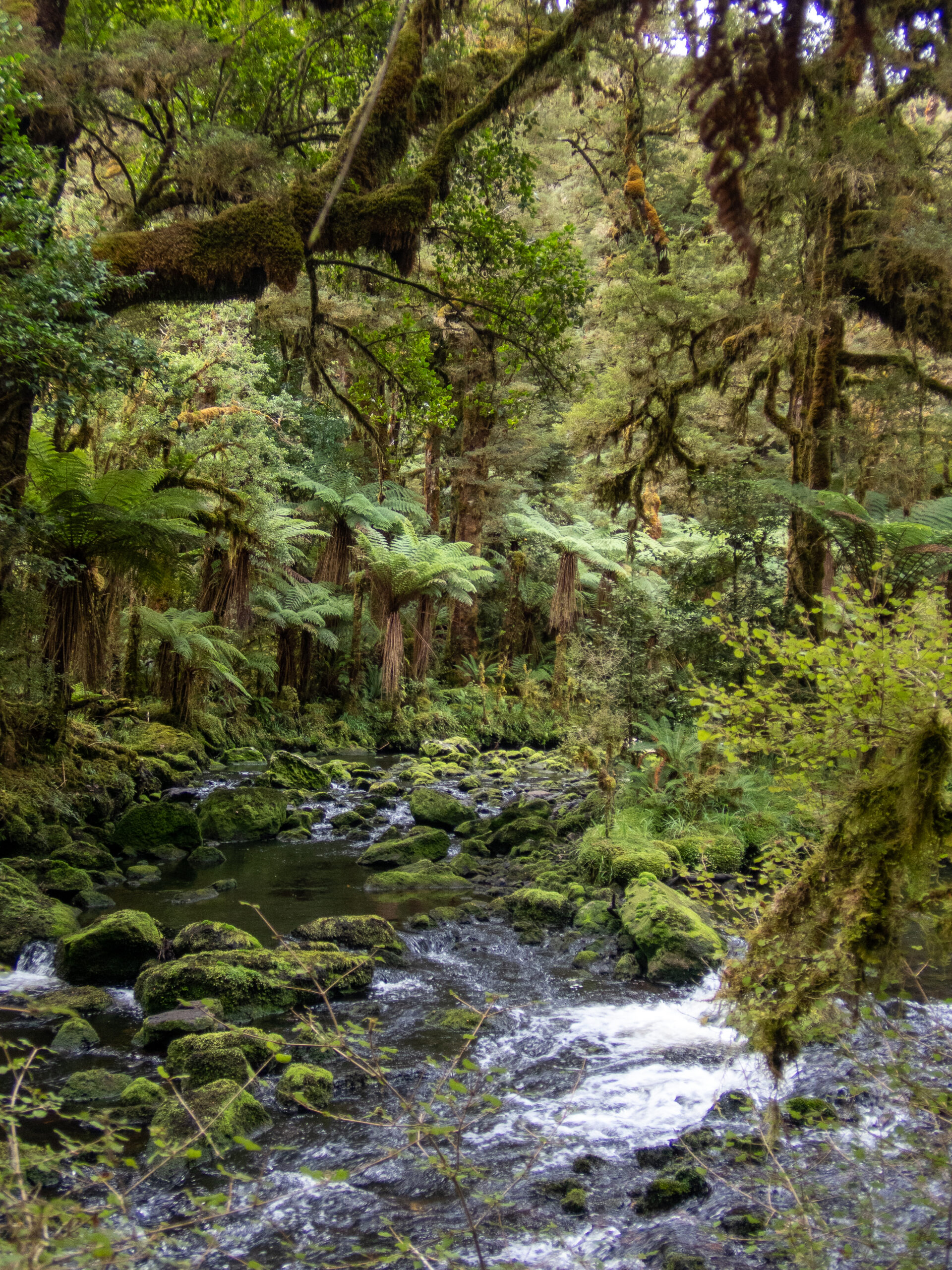
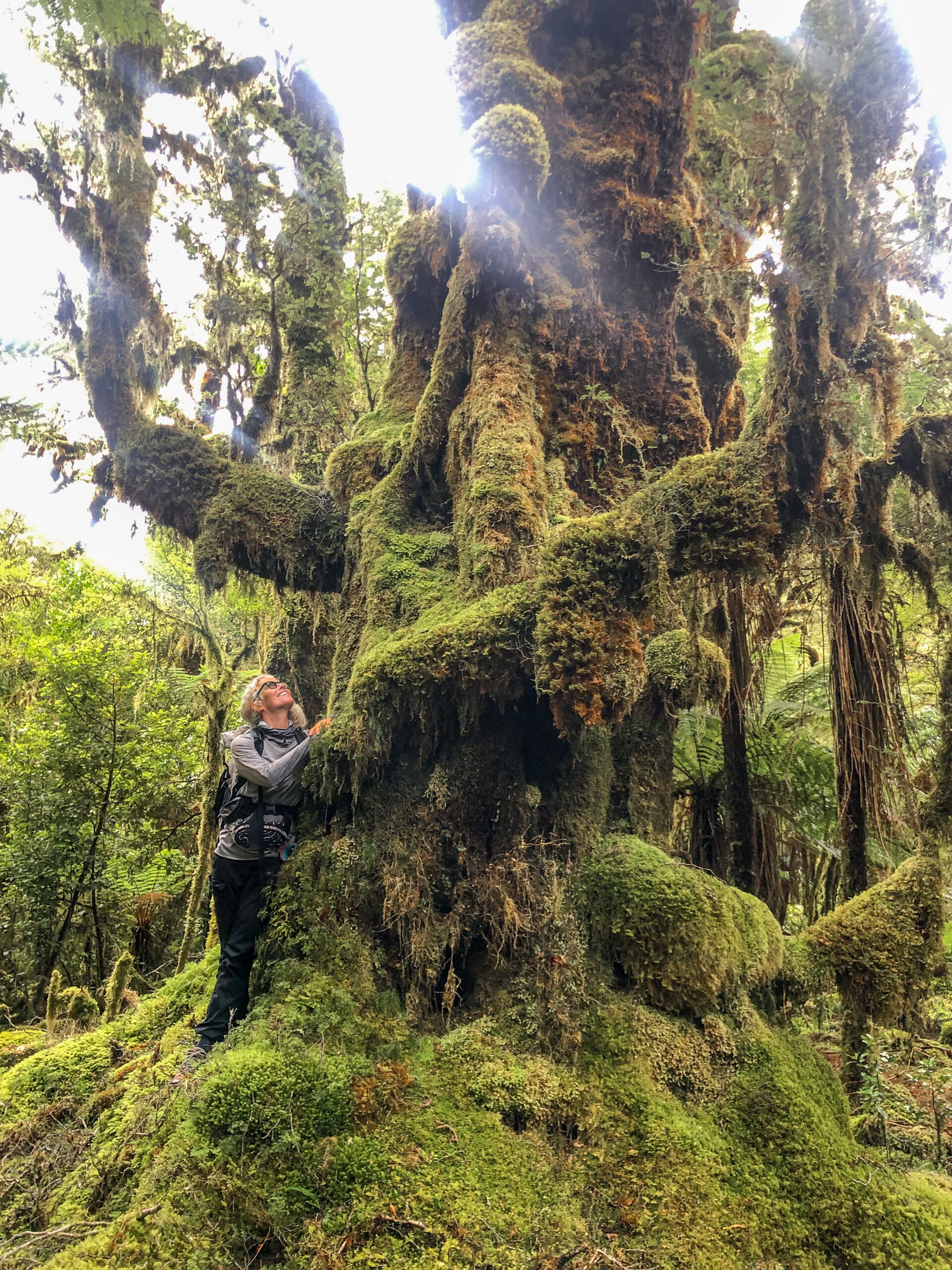
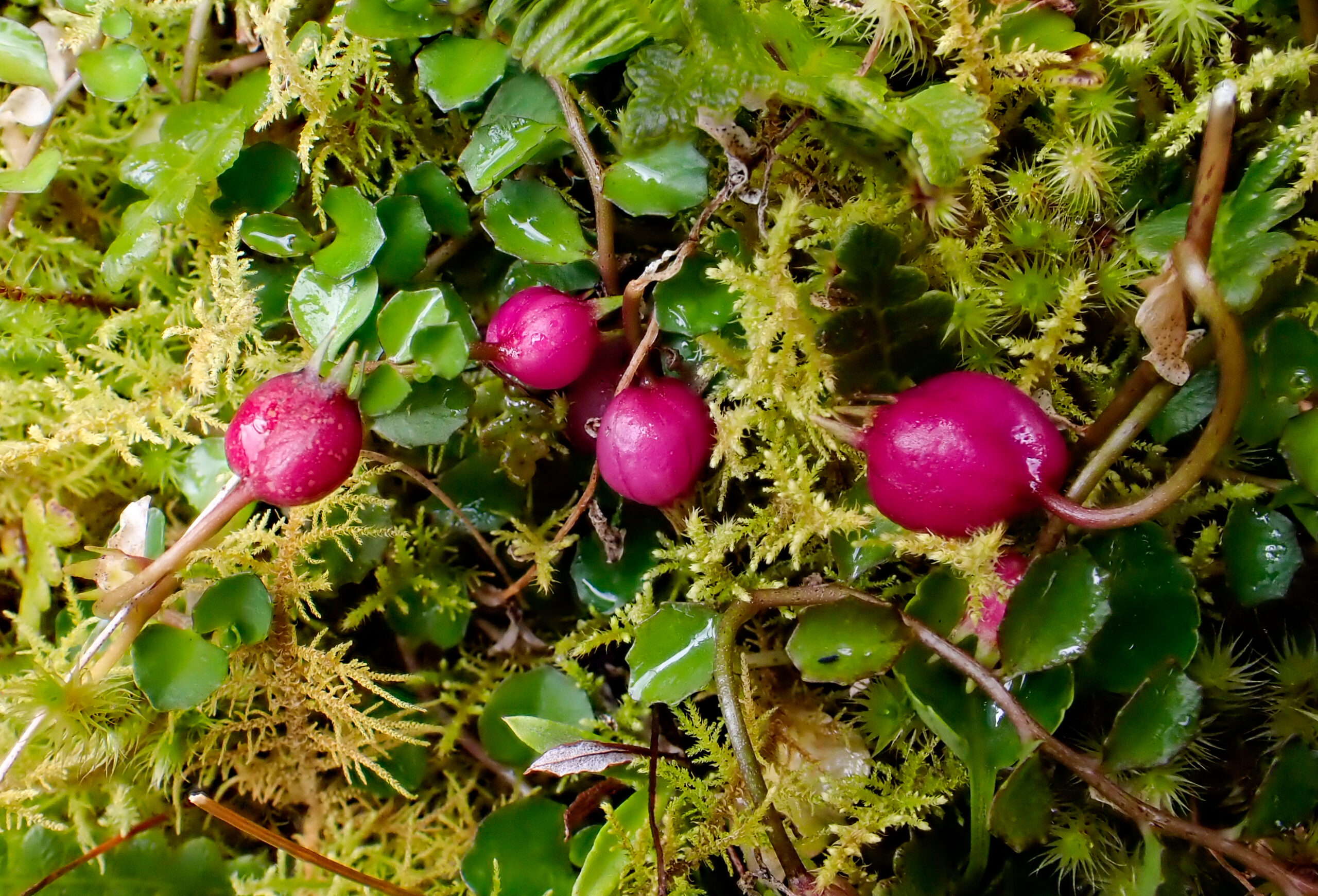
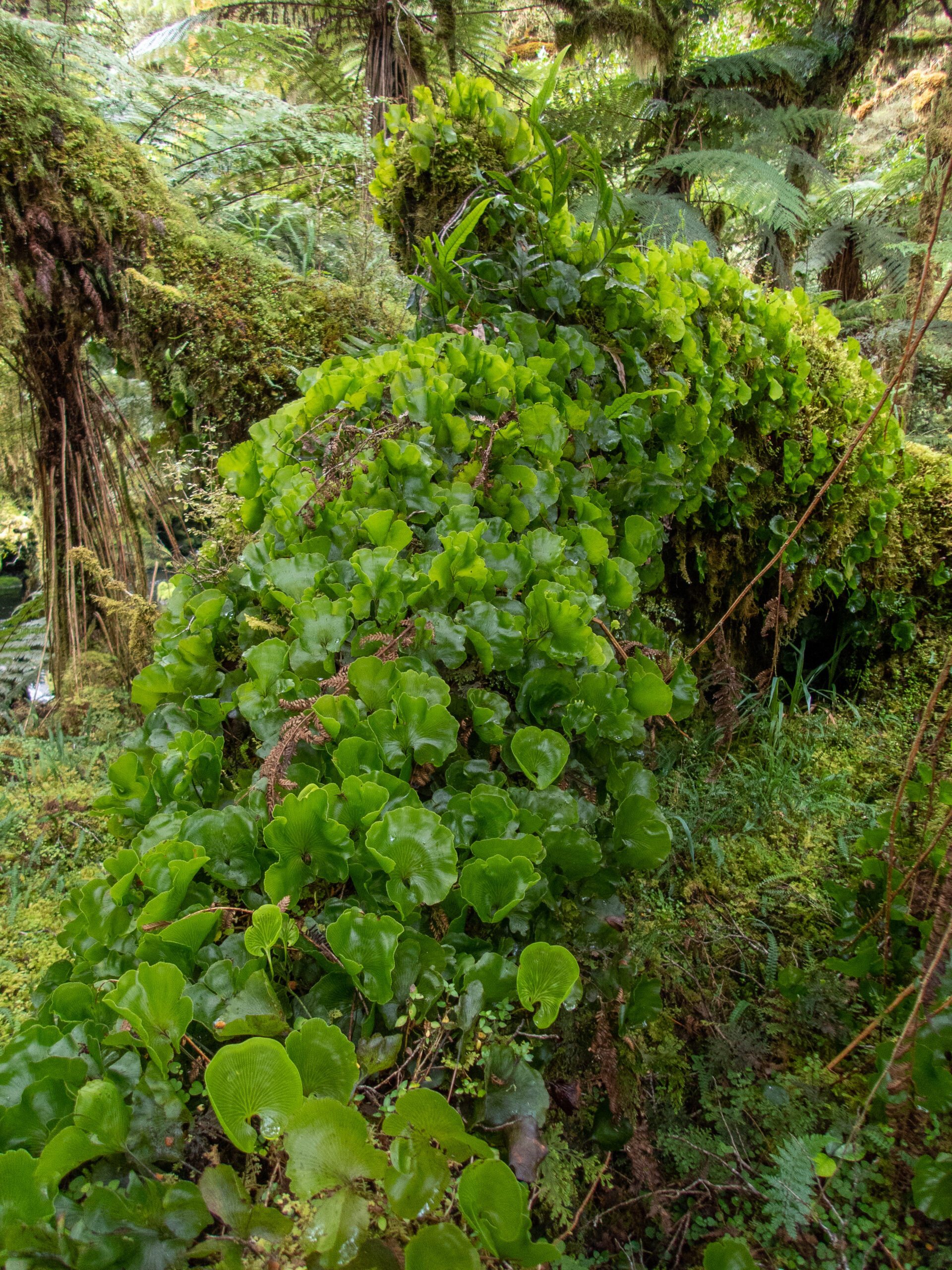
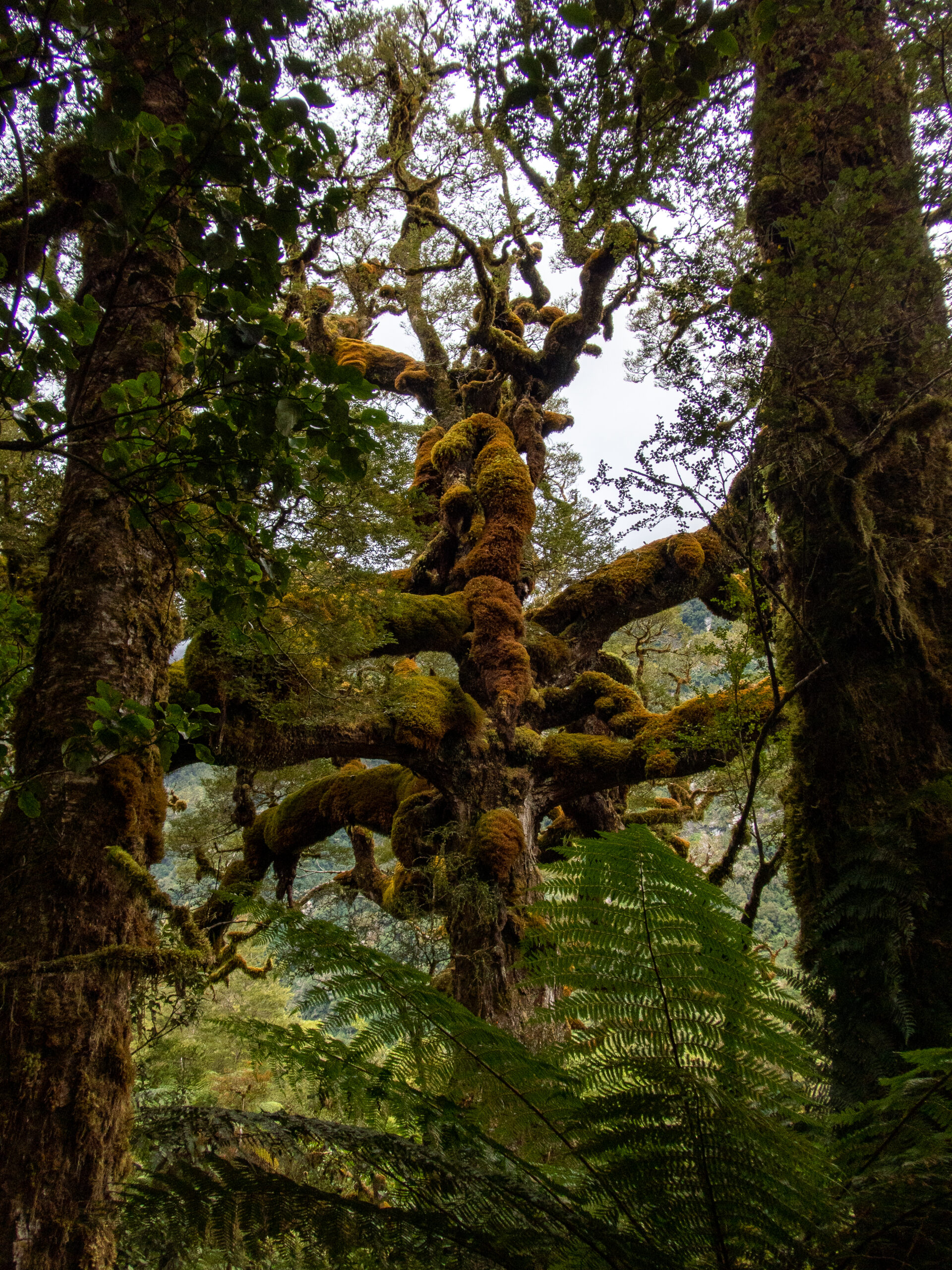



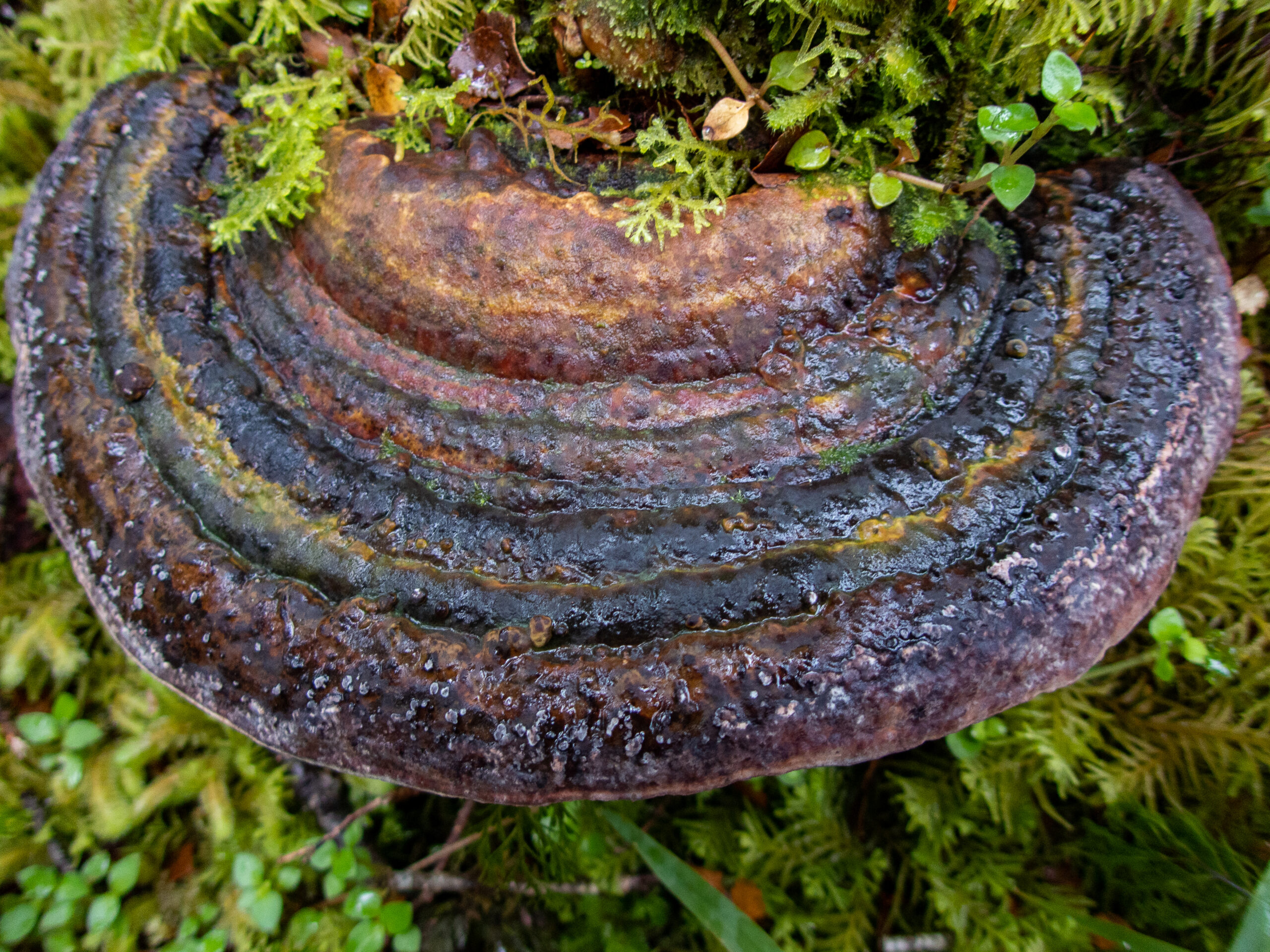
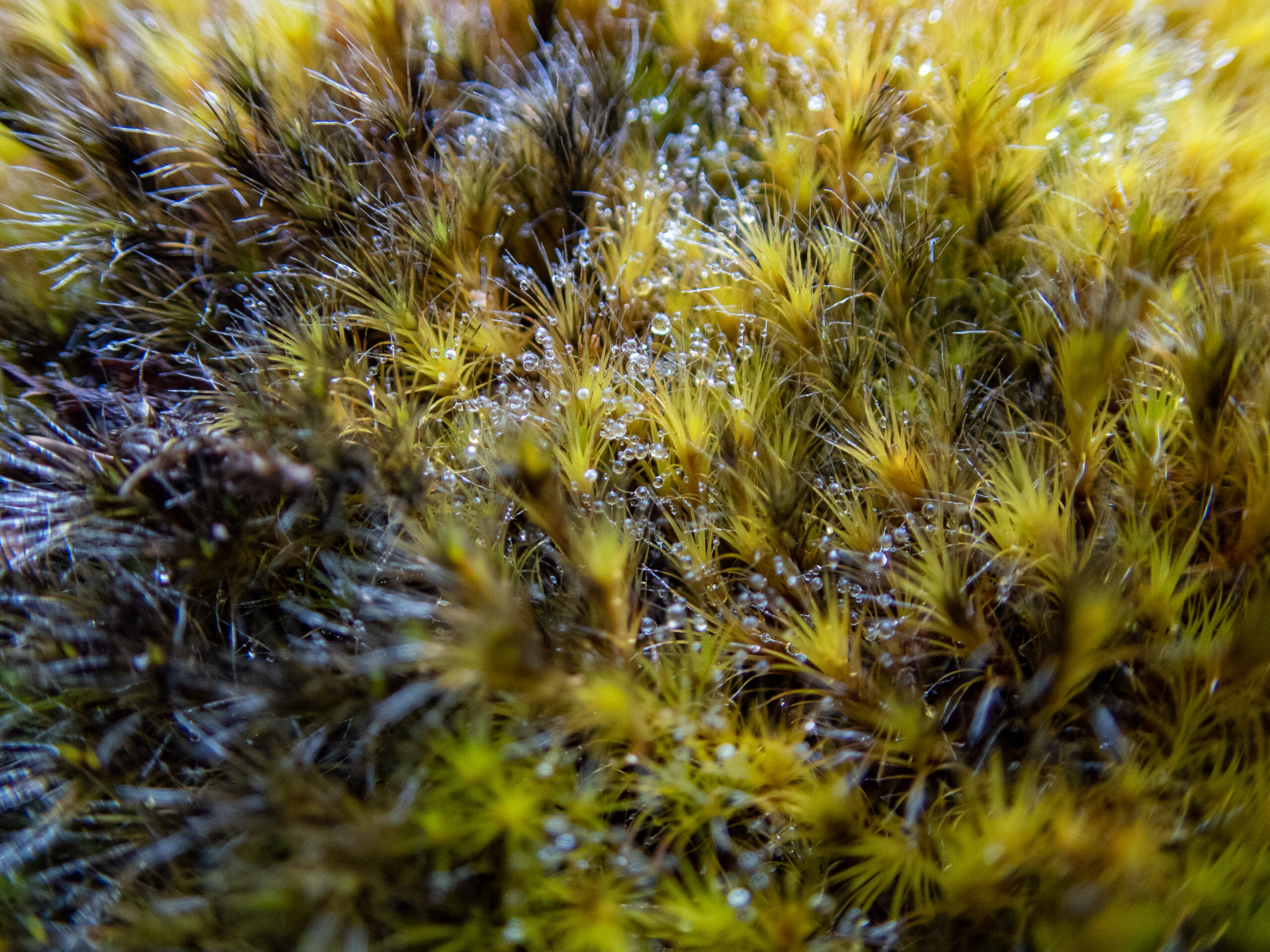
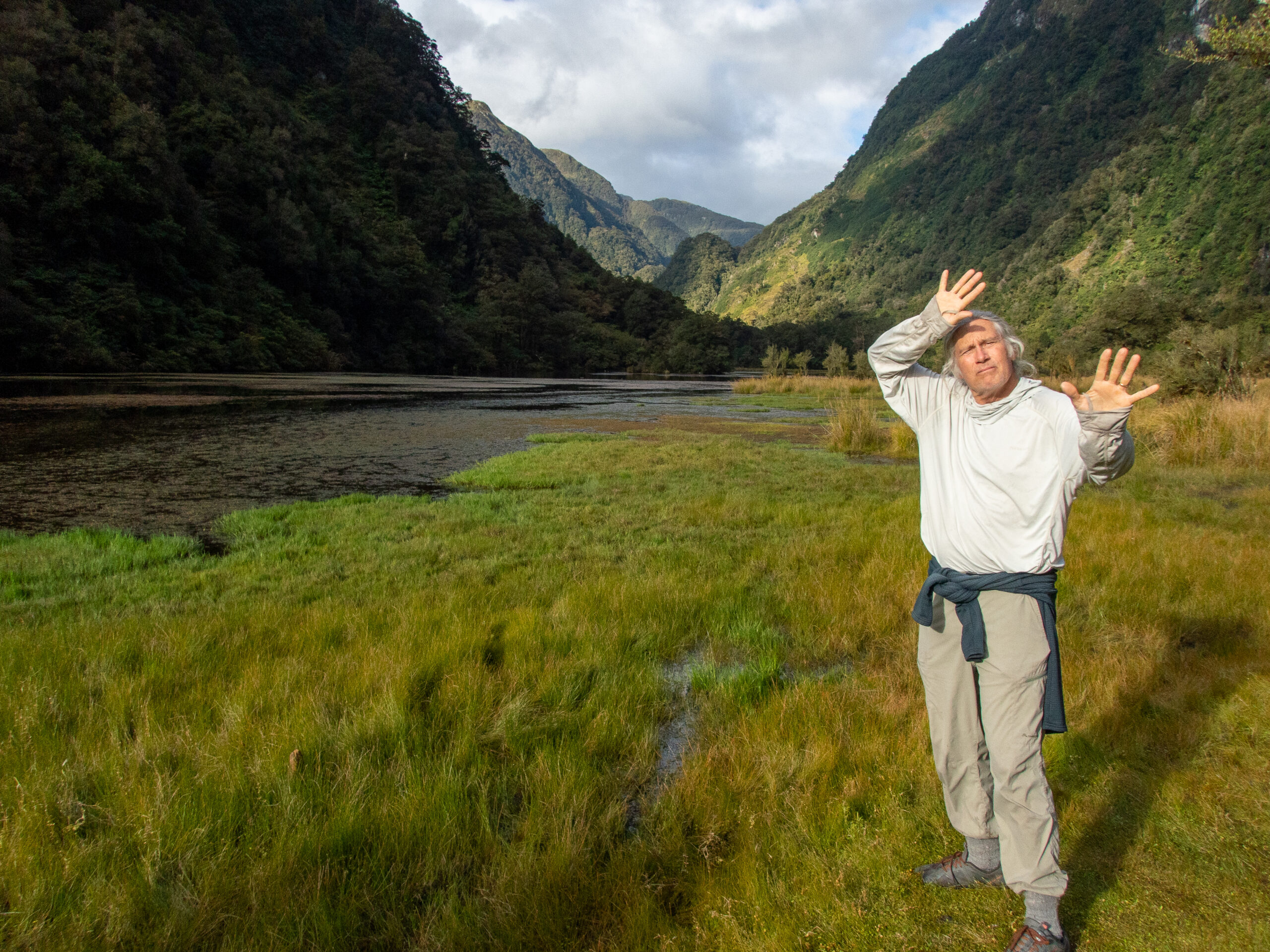
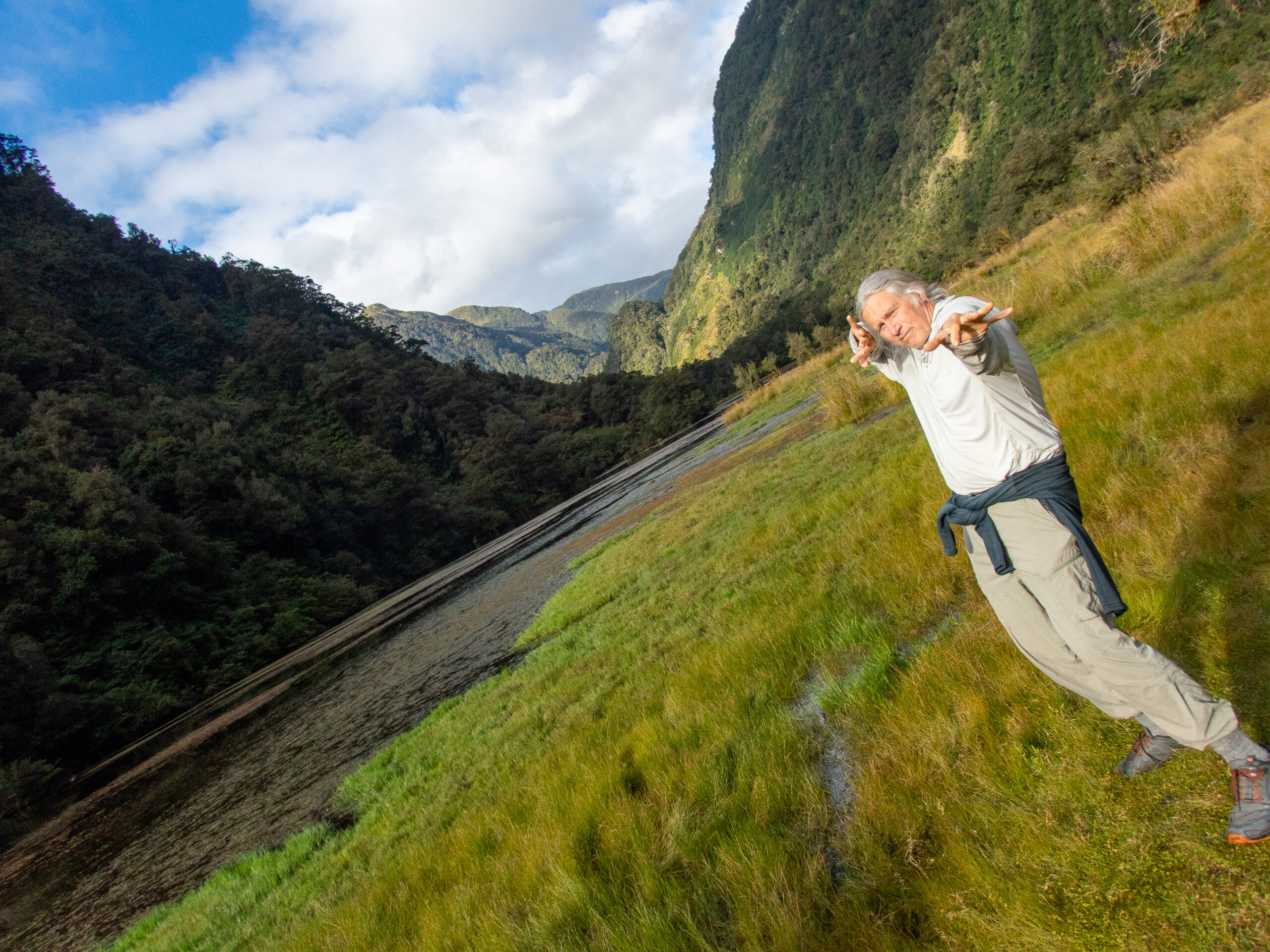
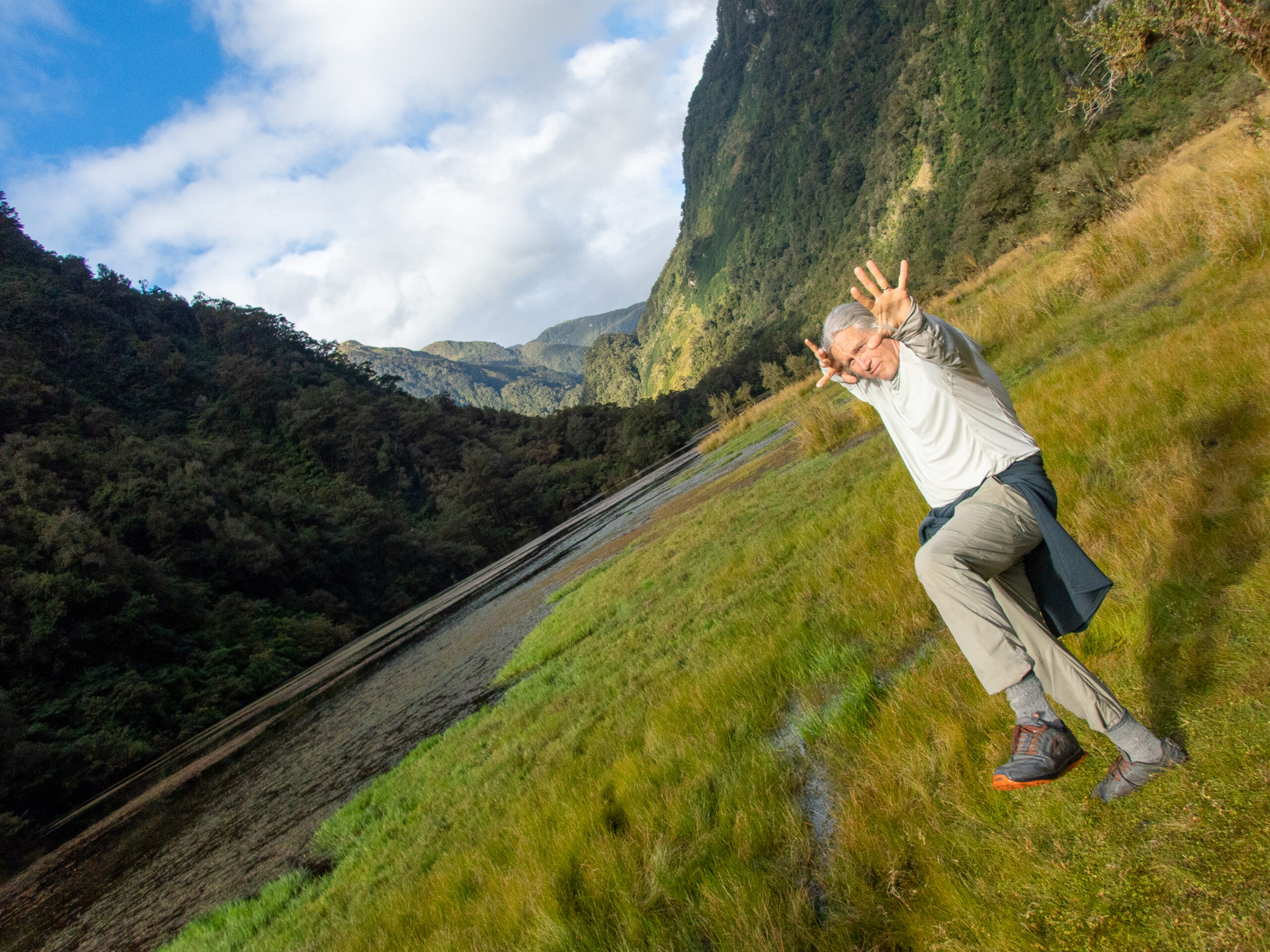
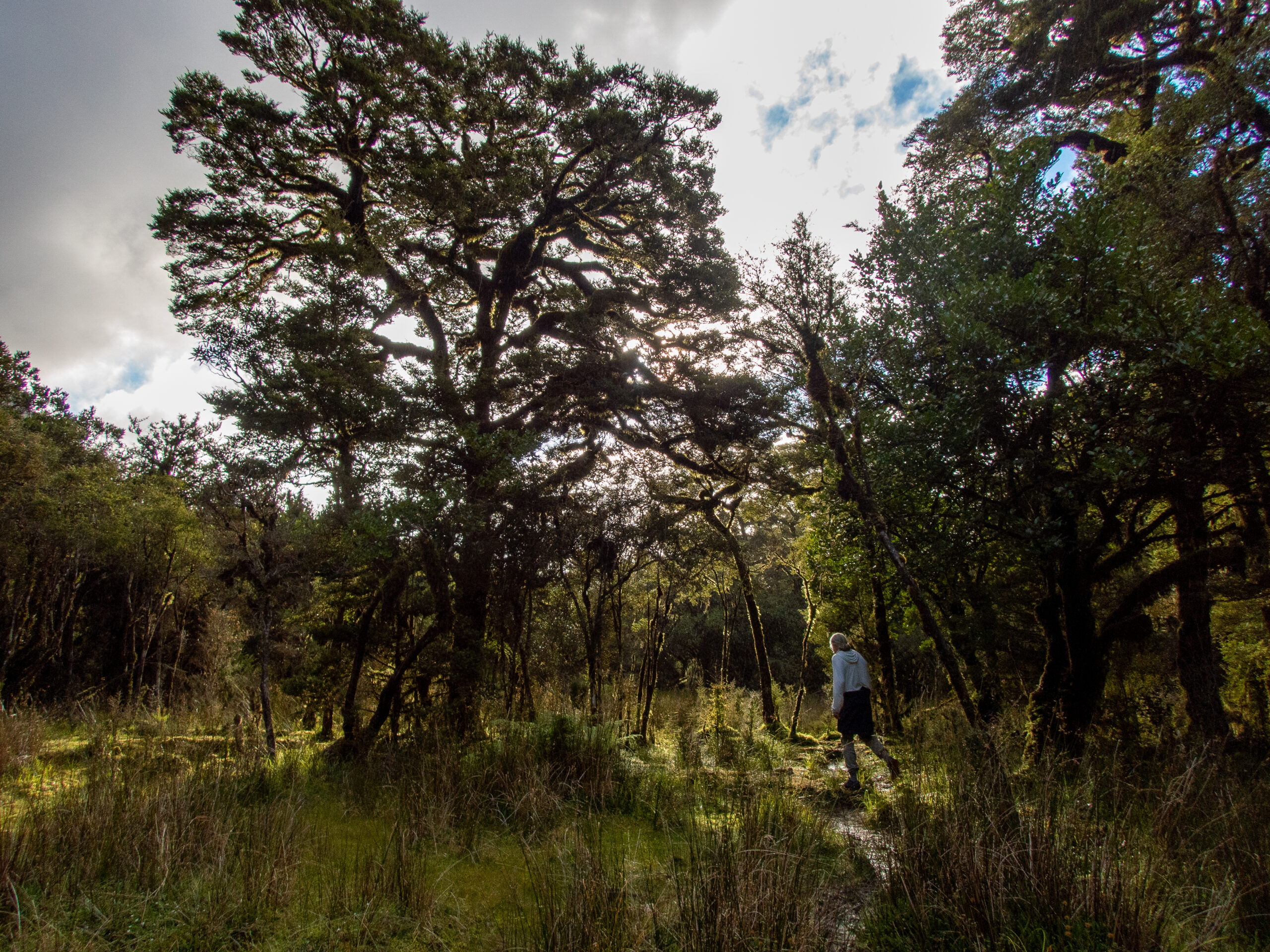

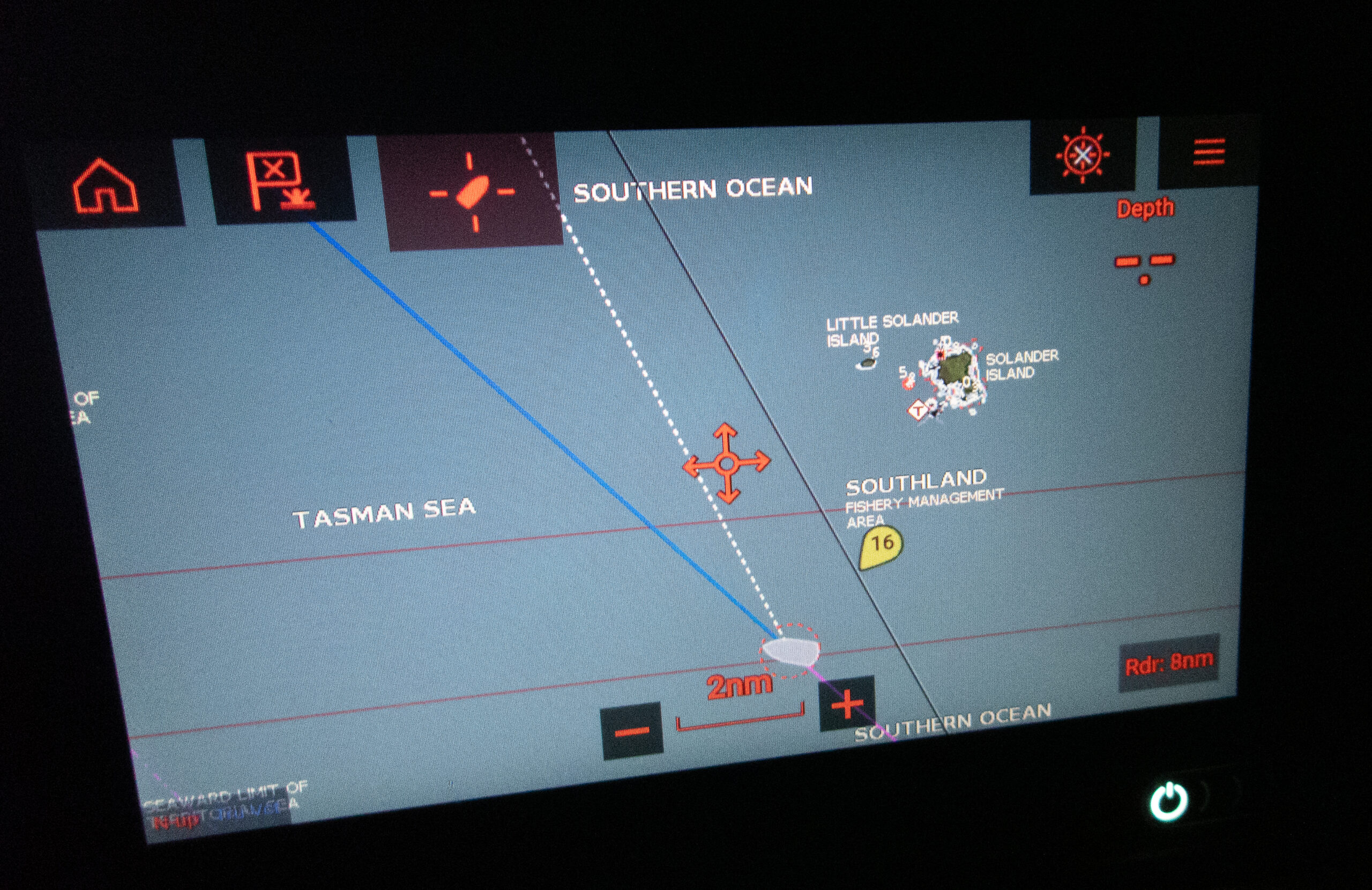
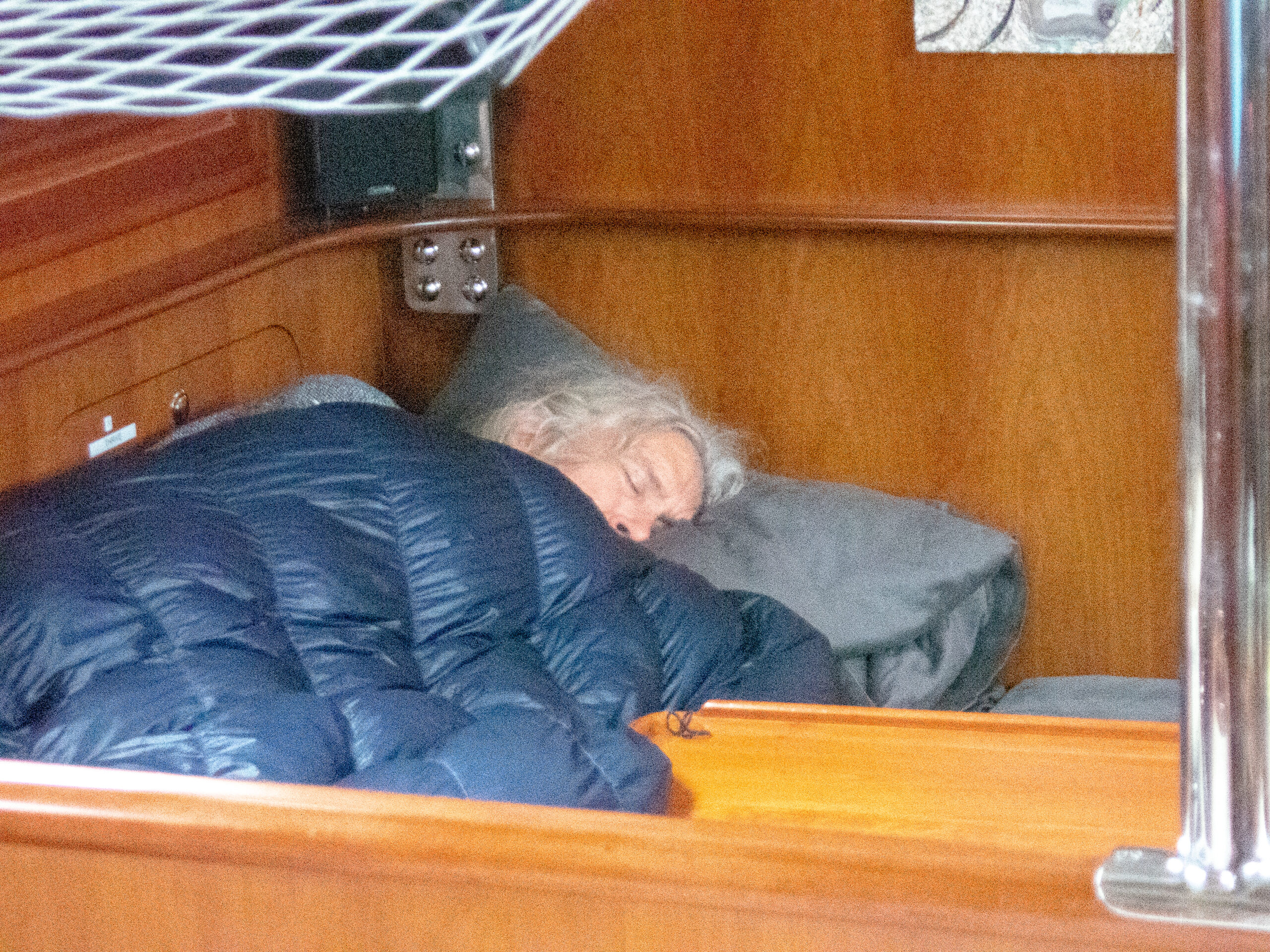
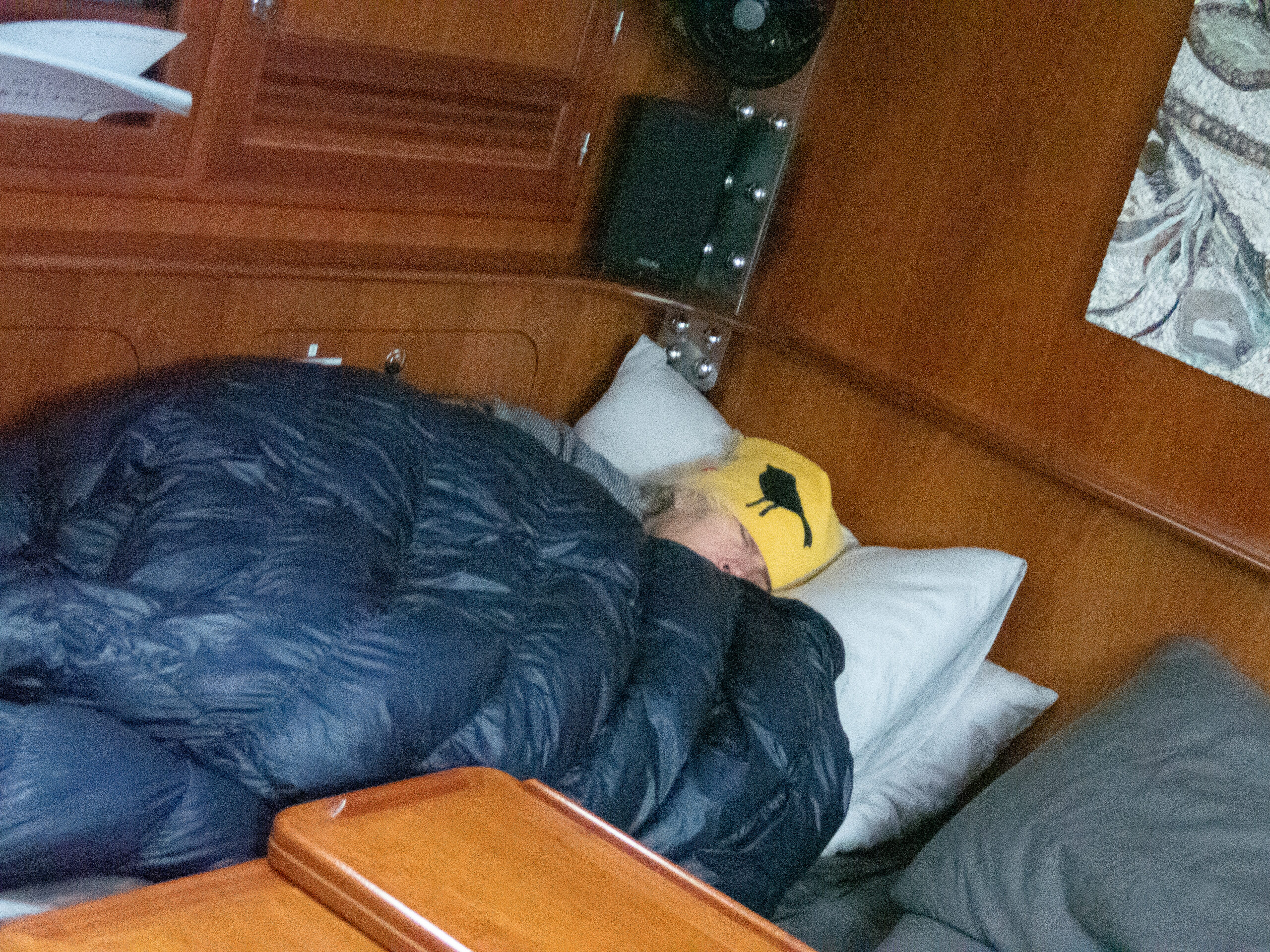
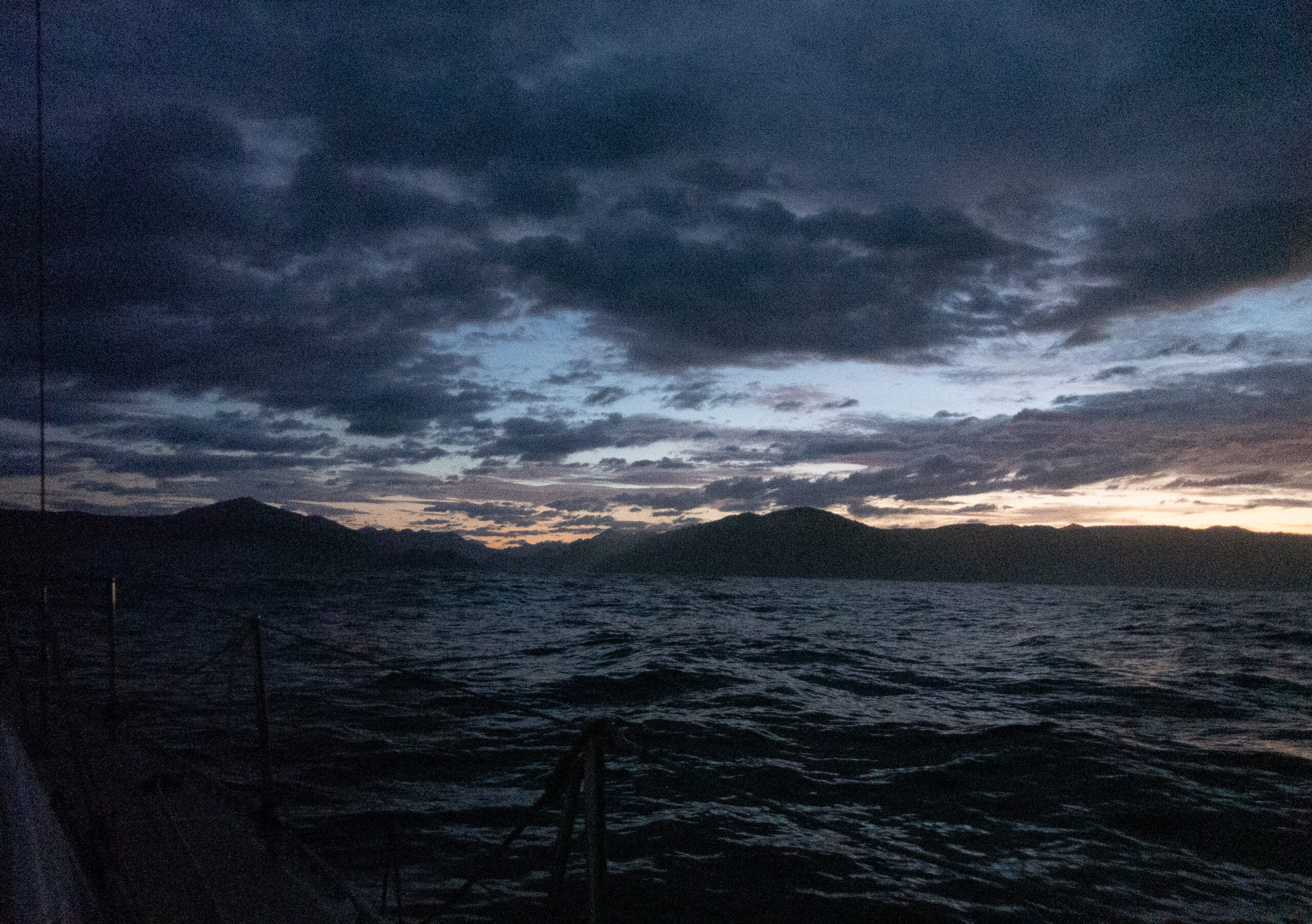
Last Cove, Preservation Inlet
My first series of thoughts were about the precariousness of our situation, and how much we depend on our engine, despite being a sailboat. What in the world would Captain Cook do? We had arrived at the entrance to Preservation Inlet a couple of hours too early, despite our attempts to slow Allora down. No wind but a big southwest swell colliding with a northerly chop was making going slow under power uncomfortable, the mainsail slatting back and forth despite the preventer. We had already decided to edge up toward Dusky Sound (another twenty miles onward) and go in there instead as long as the forecast northerly held off. I’d barely turned Allora in that direction when the wind began building, directly on our nose, gusting up to 16 knots. No harm in poking a little further that way, to kill time. The Puysegur lighthouse flashed bright and high on our beam, a reminder of where in the world’s oceans we were. Puysegur hosts gale winds or stronger 300 days a year. The weather models showed the next gale arriving by afternoon, by which time we needed to be safely tied up at anchor. The first issue with the engine I noticed was that the display at the nav station was off. Weird, I thought. Then I noticed the gauges in the cockpit, shutting off and popping back on. Very weird. Then the engine warning came on, beeping insistently. What the heck? Thinking mainly at this point of not waking Diana who’d had a very rough night already struggling to get to sleep for the first few hours of my watch, I quickly shut the engine down. Then as we slowed in the airless swell, I pushed the button to start it back up. It flashed and went off. I tried again, it stayed on long enough for me to get a couple slow, battery dead, rolls of the engine. I had been thinking it was time to replace this starter battery, in fact, I had just had a conversation with Willy on Pazzo about how you know when your starter battery is dead. I should have known better than to bring this up with him, since the last boat conversation I’d had with him was about our flawless autopilot, which literally failed the next day (the first time in six and half years). For a few panicked moments I couldn’t think about anything except the weather forecasts I’d been looking at that predicted wind on the nose if you tried to sail for Dusky and no wind at Puysegur until the arrival of the gale. I guess Captain Cook would just have had to sit there roll in the three meter swell and wait for however many hours it was going to be until the gale chased him in. I didn’t like the sound of that at all. I went below and switched the starter battery to combine with the house batteries and the engine started up. Phew! But the engine warning was still blaring CHCK ENGINE. Amazingly, Diana was still sound asleep, despite about the blaring warning lights, or me running up and down the companionway, starting and stopping the engine. Okay, I checked the oil. I checked the temperature. I checked the cooling system. I checked the transmission. All good. The engine sounded absolutely fine. I’d installed the display at the Nav because supposedly it might give me more information than just CHCK ENGINE… how about check battery, or check electrical system? I reluctantly woke up Diana to tell her about the situation. It definitely did not seem like a good idea to head toward Dusky, we agreed. I figured out how to make the engine warning beep a little bit quieter below and she tried to get back to sleep. I started a slow zig zag toward Puysegur lighthouse, chugging along at under 3 knots, keeping a wary eye on the churning cauldron of Balleny Breaks less than a mile northeast of us and slowly got used to the steady ringing of the engine warning. We motored up the stunning Preservation Inlet to Last Cove as I kicked myself for ignoring my instinct to replace that starter battery. I’d checked it and it seemed okay, but it would have been relatively cheap and easy to replace it, just in case, and not be in this situation. Our first anchorage in Fiordland. We’ve been working on how to set our anchor and lines, a sleepless night from the passage and an engine with a steady CHCK ENGINE still blaring did not make it easier. With a big blow coming we wanted to get it right. 300 feet of rode and two lines to shore.
The weather models, all four that we download via satellite, predicted this narrow window for rounding the great cape on Stewart Island and sailing with an easterly breeze up to the notorious Puysegur before the wind switched northerly with forecast 50+ knot gusts. We put a lot of faith in them, and they were spot on. After a long nap, I started the project of dealing with the starter battery. My idea was to replace it with one of the house batteries. In the process, I had the thought to check the Duo Charger which regulates the battery charging from the engine’s alternators. The installation showed two fuses and as I pulled the wires to find the inline fuse, I noticed the one for the starter battery was a bit loose. I tightened it up, started the engine, and the charging voltage jumped up right to where it belonged. A loose wire. That was all. Three turns of a screw. ~MS
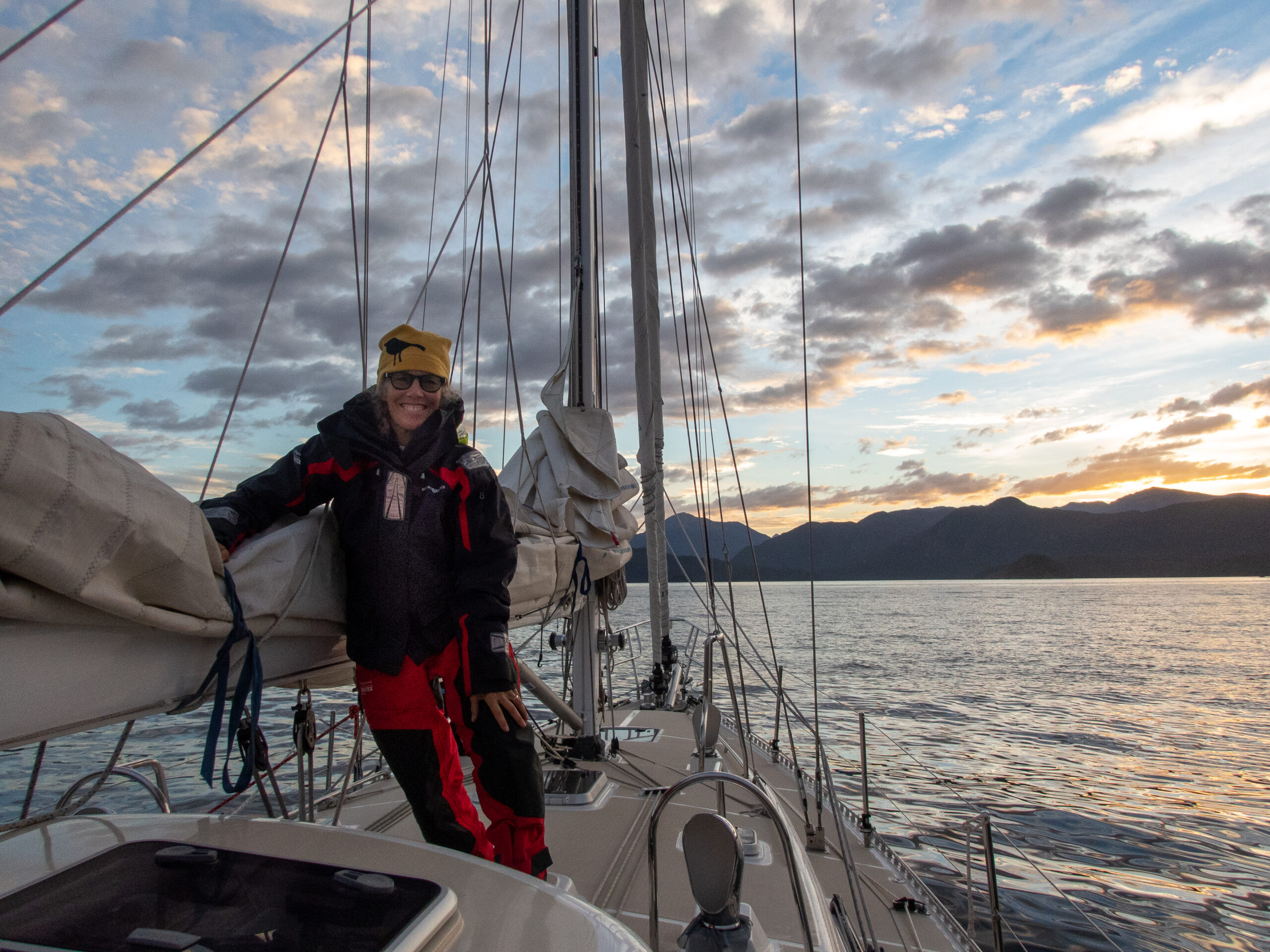

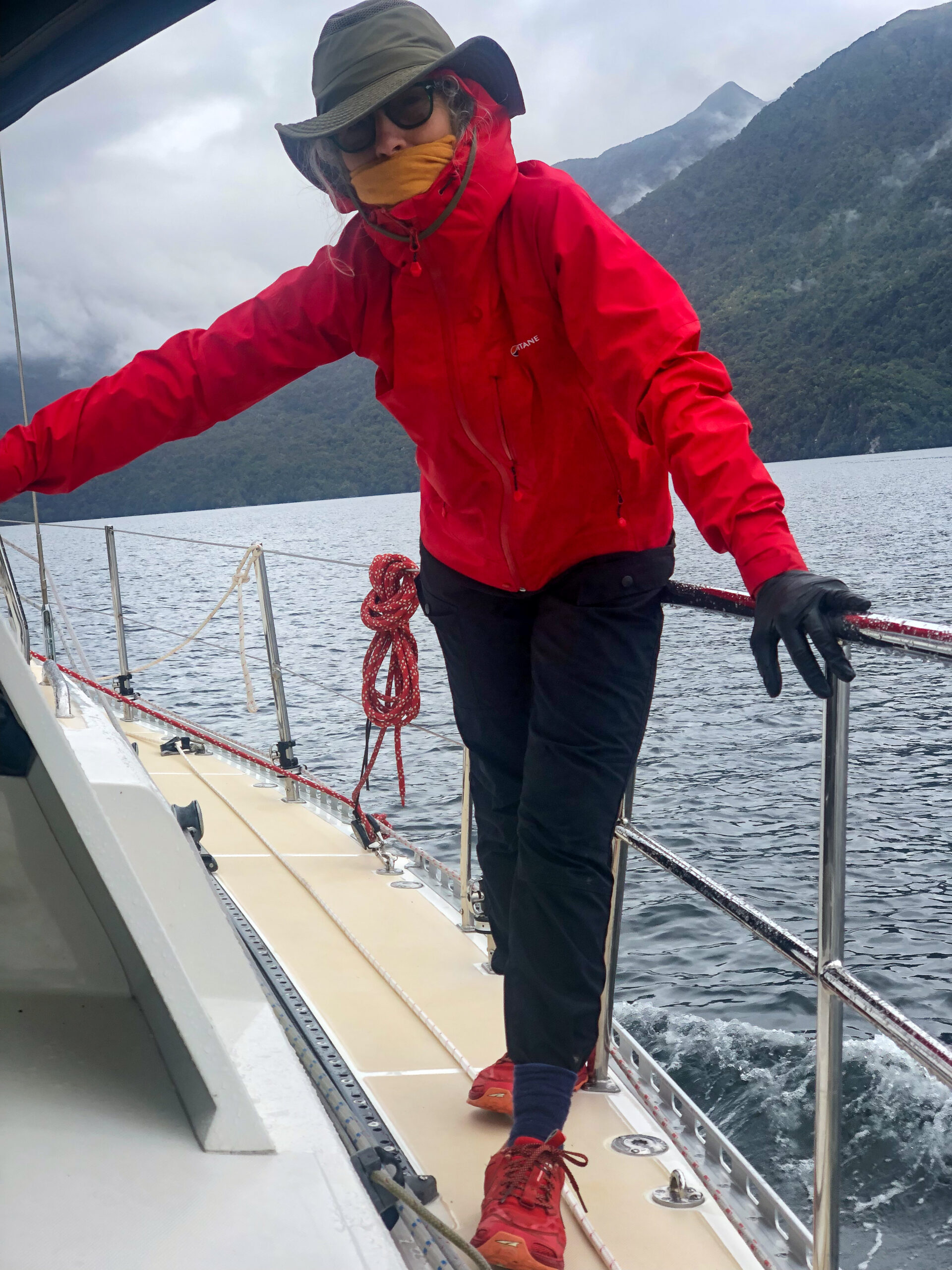
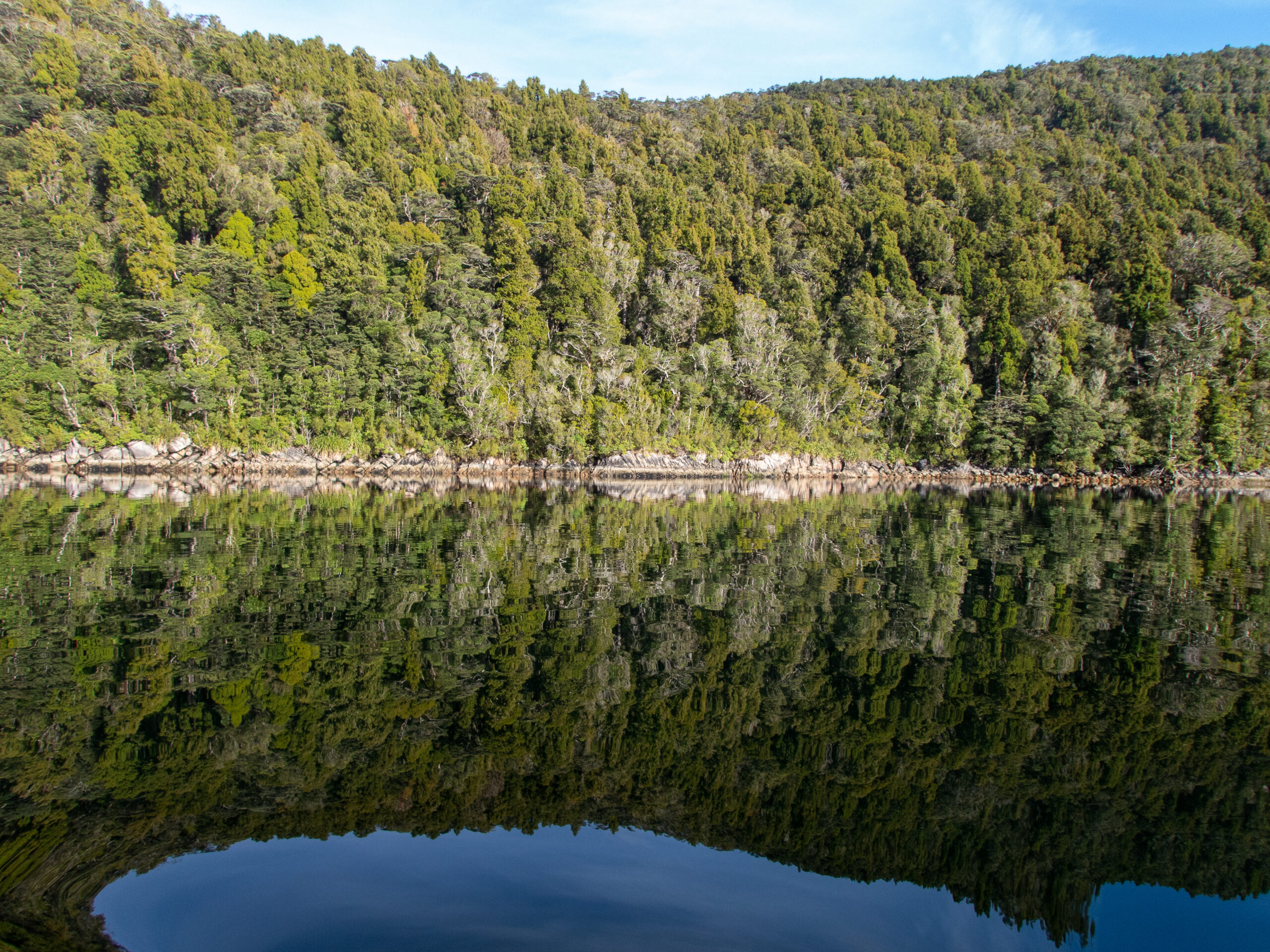

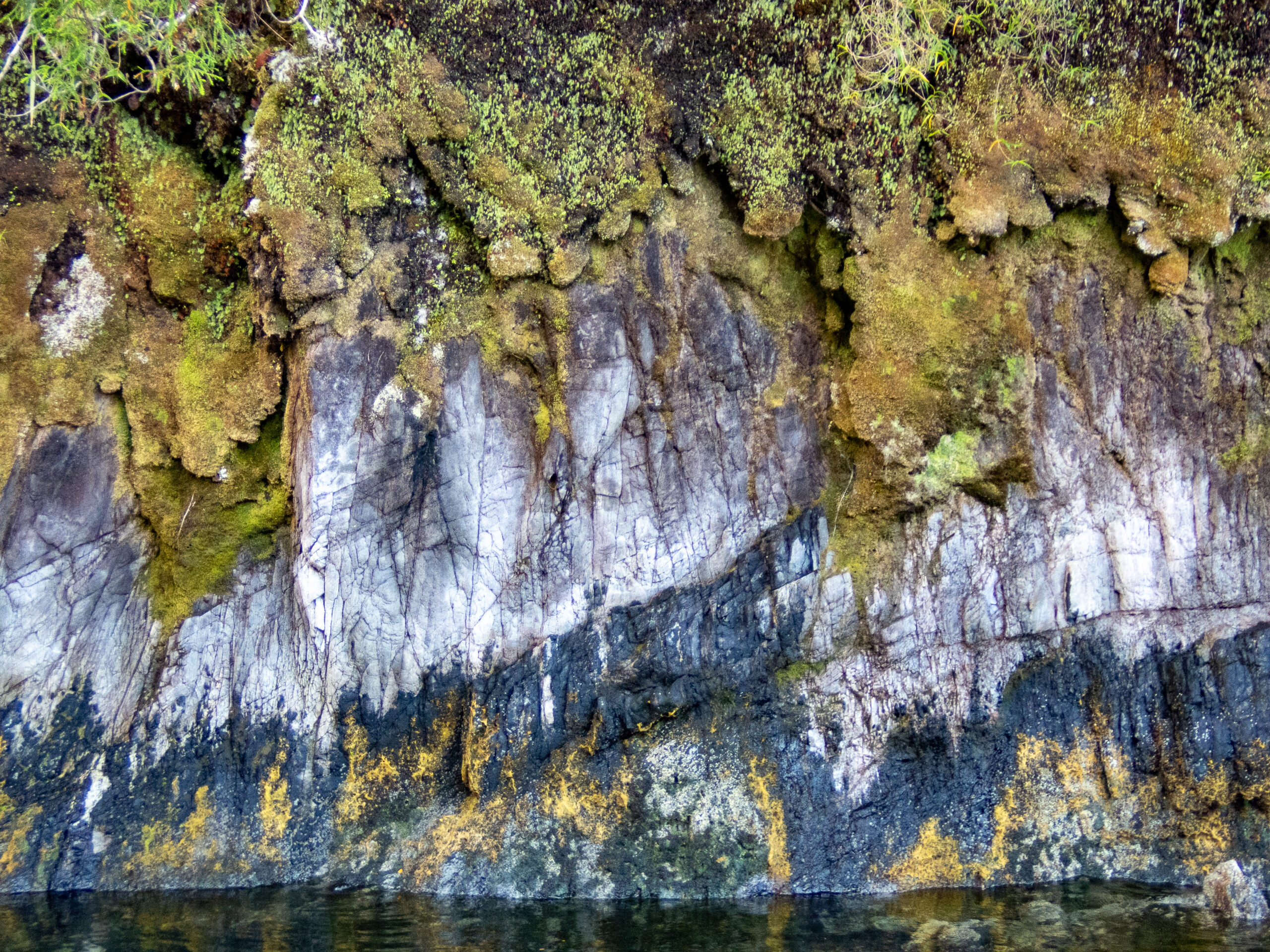
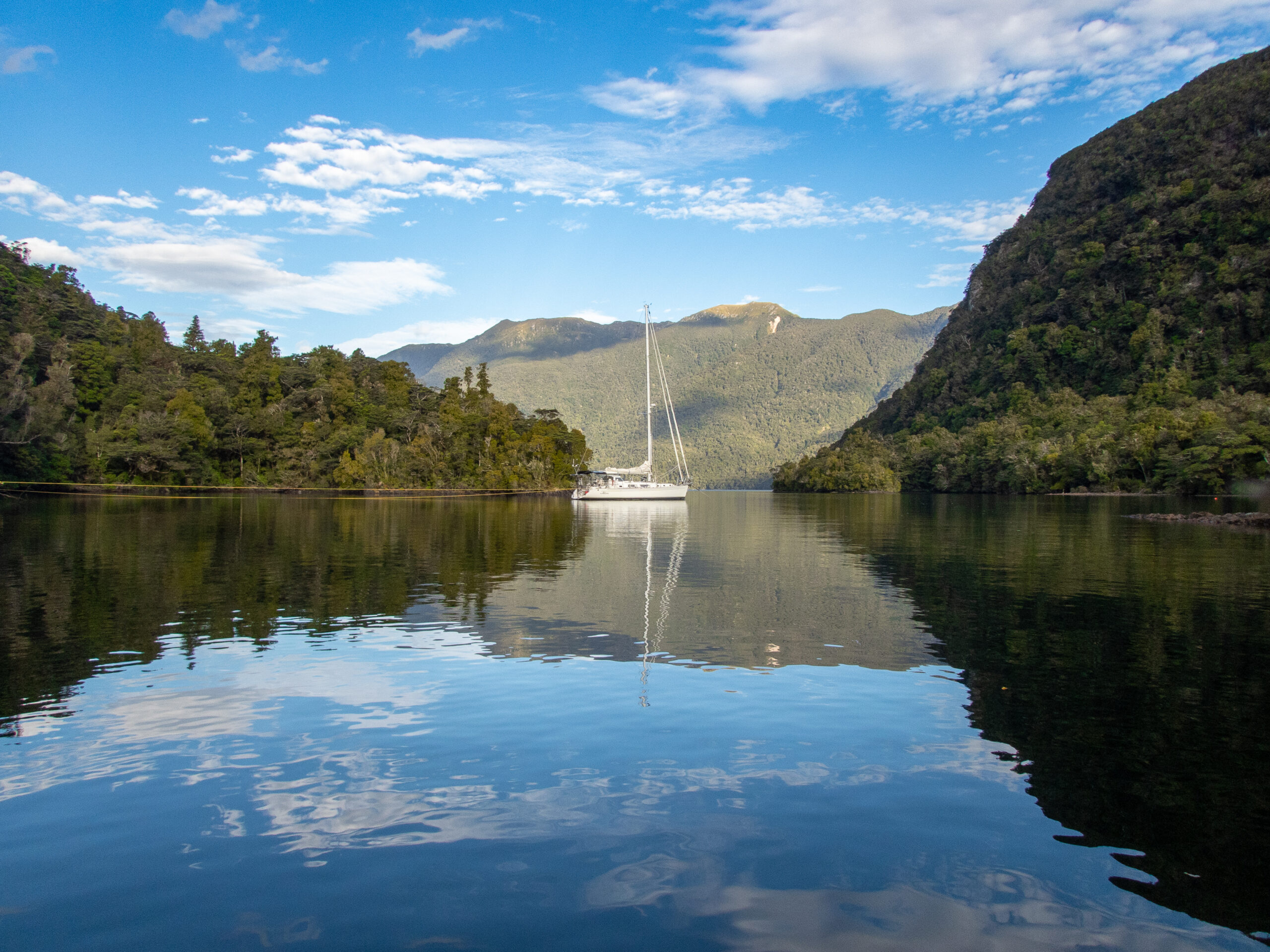
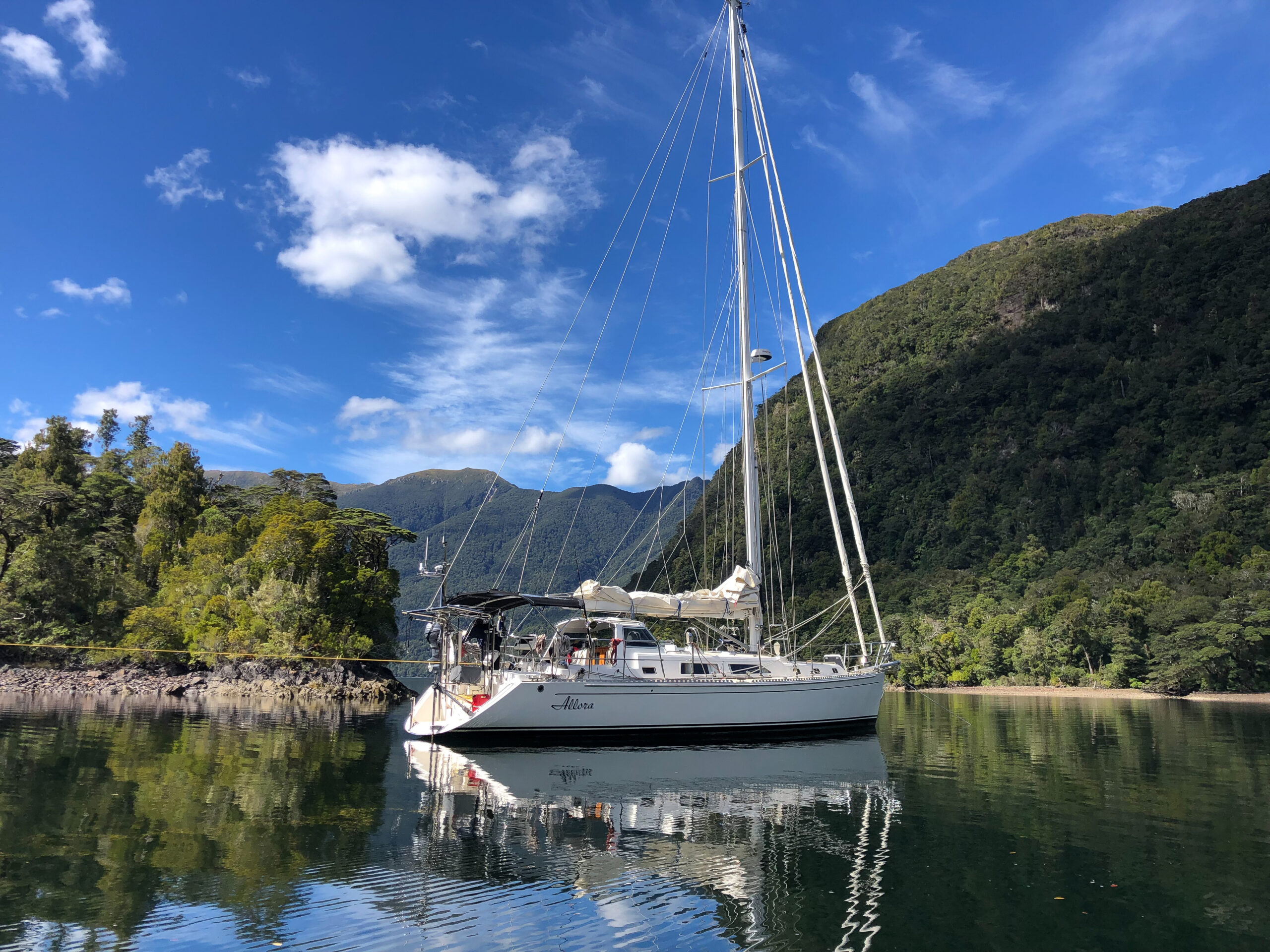
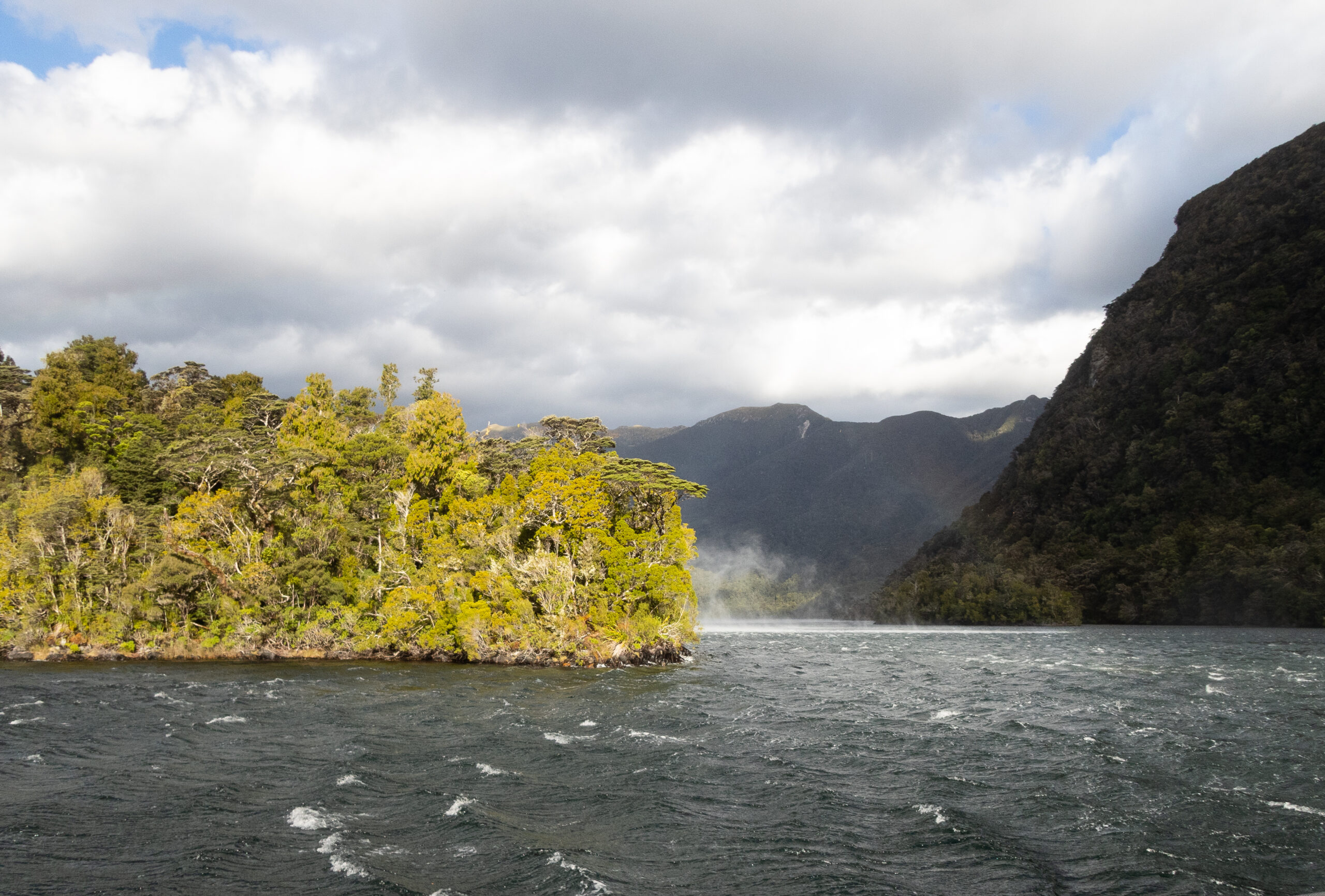

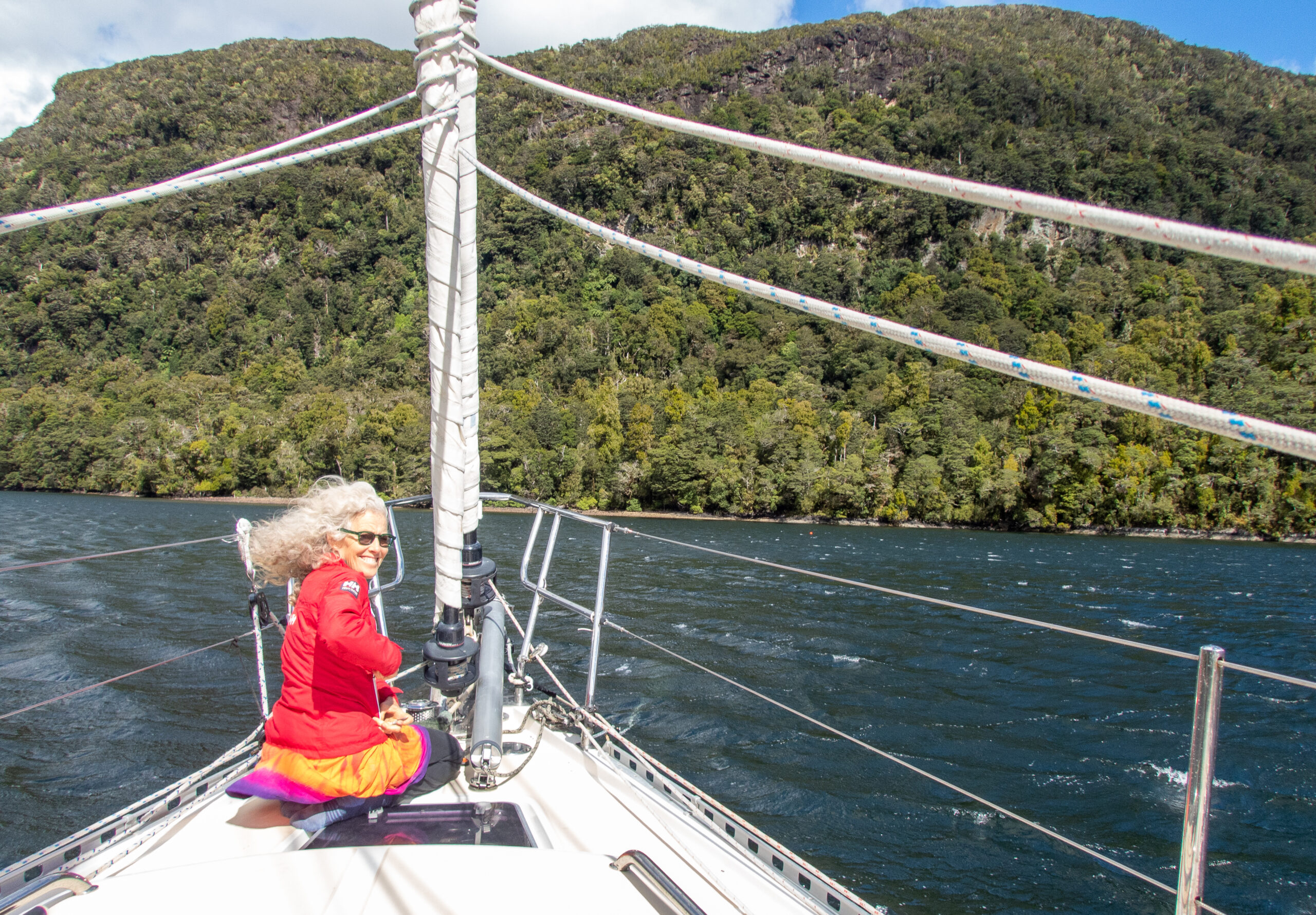

Cascade Cove, Preservation Inlet
We arrived as the announcement came over the PA on a small Real Adventures cruise boat anchored at dead center in the cove, “the generator will be turned off at 9:30 and then back on again at 6:00 for your convenience…” Two crew walked to the bow, short sleeved black uniforms and to our delight, weighed anchor, the boat disappeared past the head of the cove and left us to the cheerful sound of a small waterfall pouring down the rocks next to a stout blue shoreline. We dropped our own anchor and tied up a boat length from shore. One of our books said that brown trout inhabit the river which flows into the lake above the dramatic falls at the head of the cove. A mere two kilometers as the Tui flies. All we needed to do is scramble up the side of the falls, then bushwack along the lakeshore. We clambered up, relying on roots and branches for hand holds, worrying about the way back down, and somehow made it to the top of the falls. The steep sided outlet of the lake forced us up and up over fallen mossy logs and broken rock faces. Every step was a miniature triumph as we inched and wiggled and scooted minutely closer. The edge of the lake, walking in the shallow was better for a while, until it became a mote of surprise waist deep holes and fallen logs. After hours invested in about a kilometer of progress, we admitted defeat and turned back, now knowing what lay ahead. Many times we expressed gratitude for the near absence of sandflies and the forest herself was pure magic of green mosses and deep ferns and wise old trees. Back at the outlet of the lake where for a brief time there had been trail flags to follow, we found a row boat pulled ashore that we had walked right by. Those Long River brown trout will never know how close them came. The biggest challenge was finding our way back down to the dinghy tied up in the outflow below the falls. We had cleverly laid out markings with sticks on our way up to mark the way, but those didn’t work out any better than bread crumbs did for Hansel and Gretel. We cliffed out, over and over again, but eventually, banged, bruised and muddy found a way down, never more happy to find Namo, dutifully waiting to take us home.
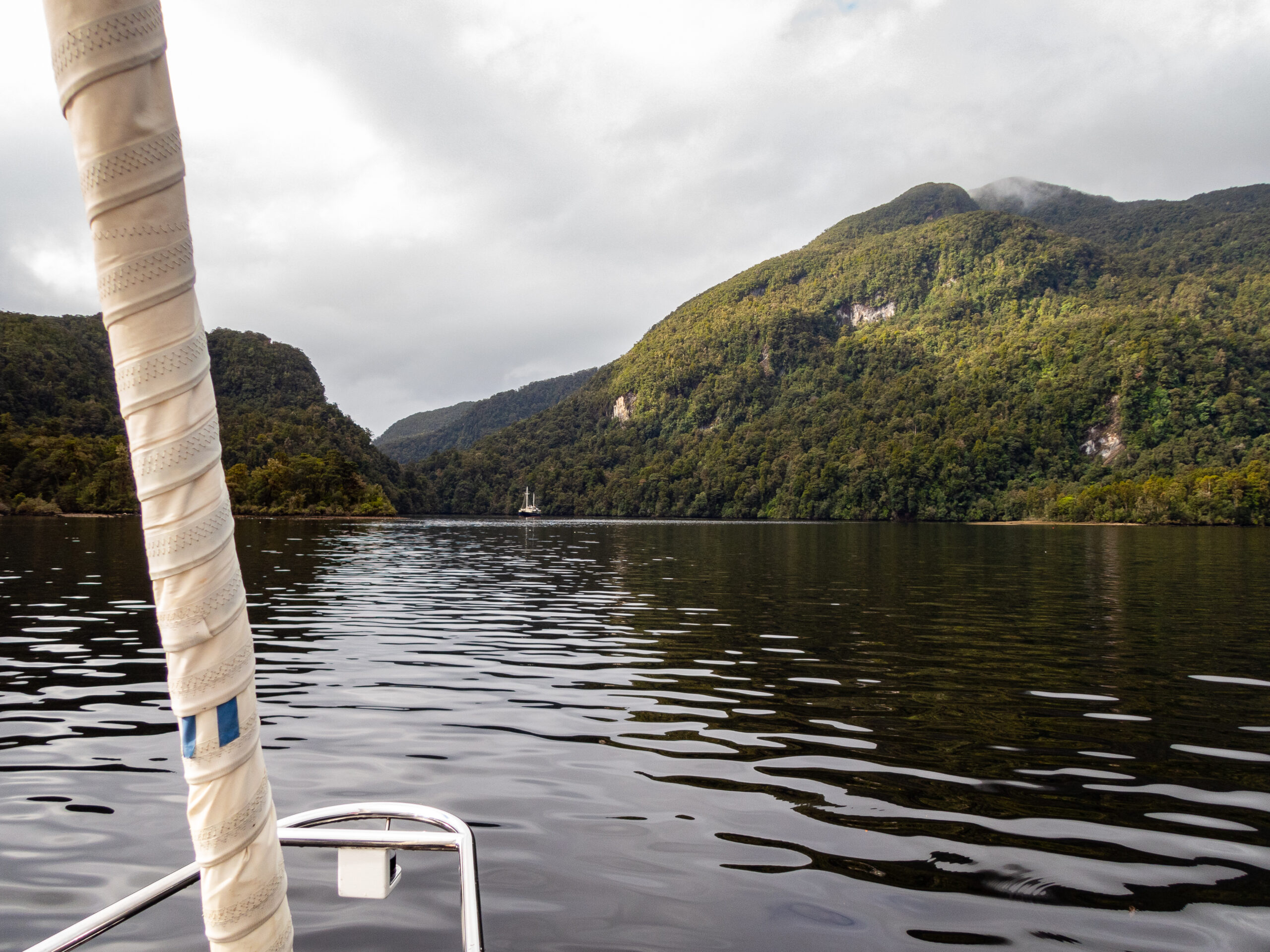
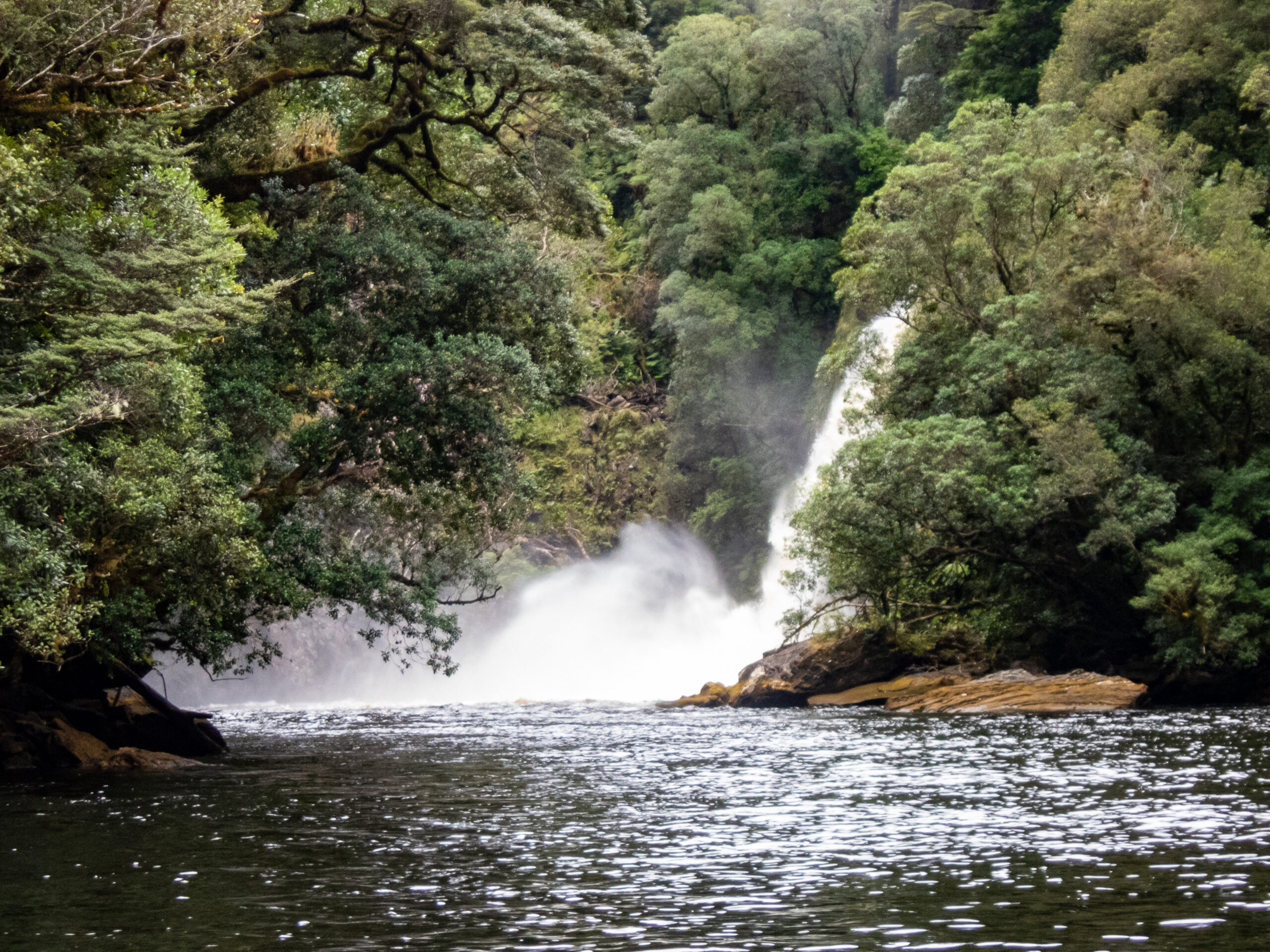







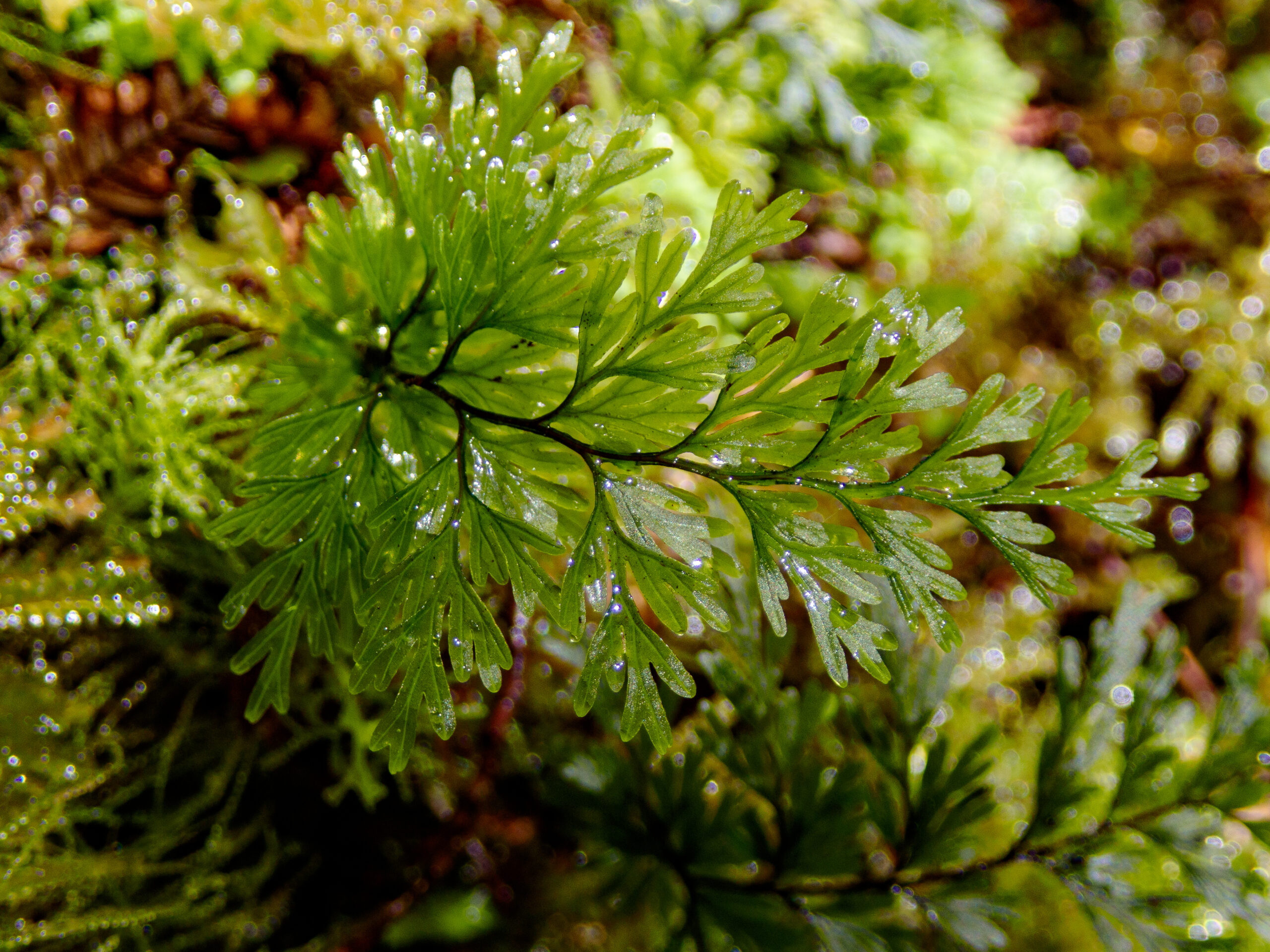

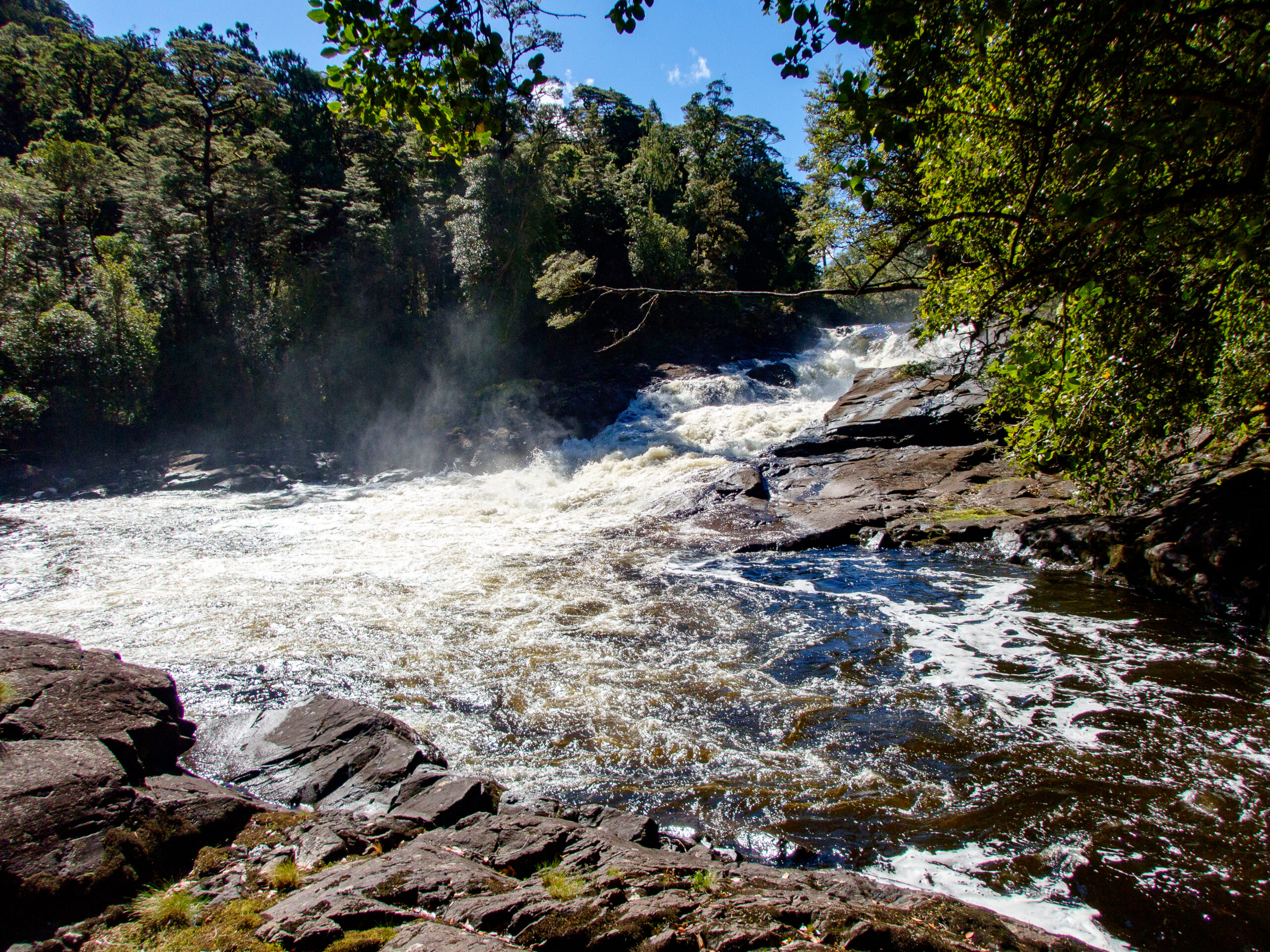
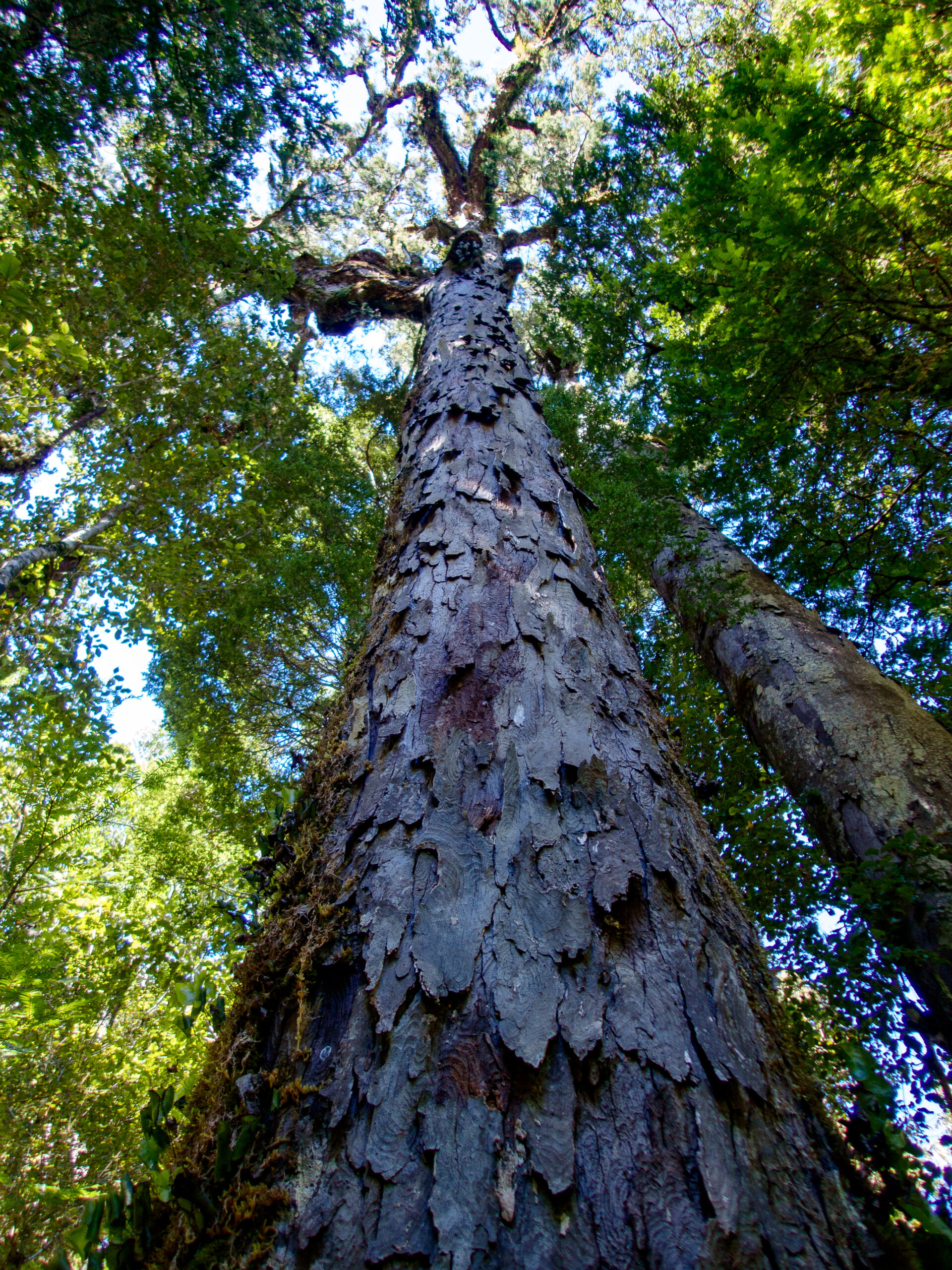
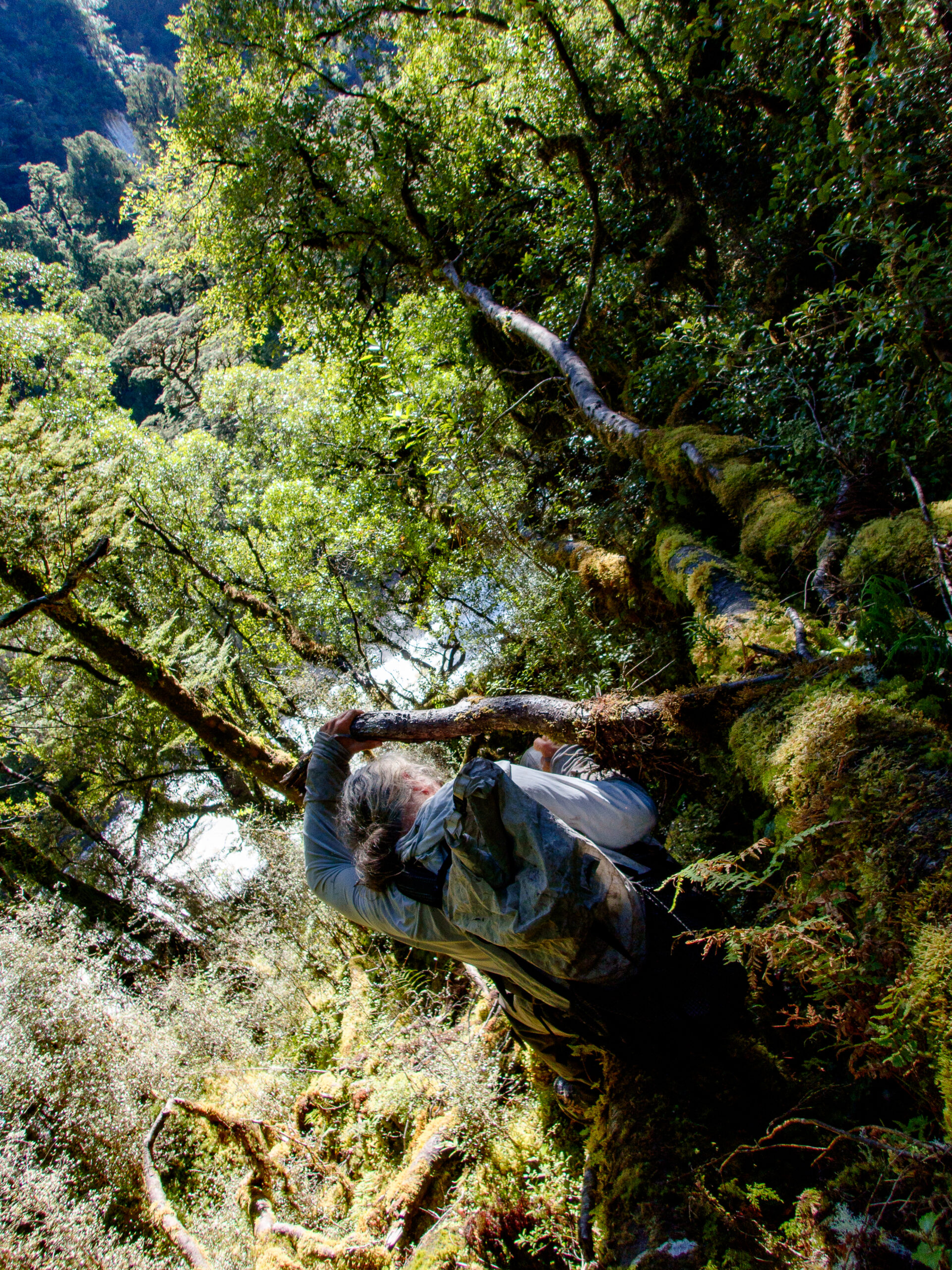
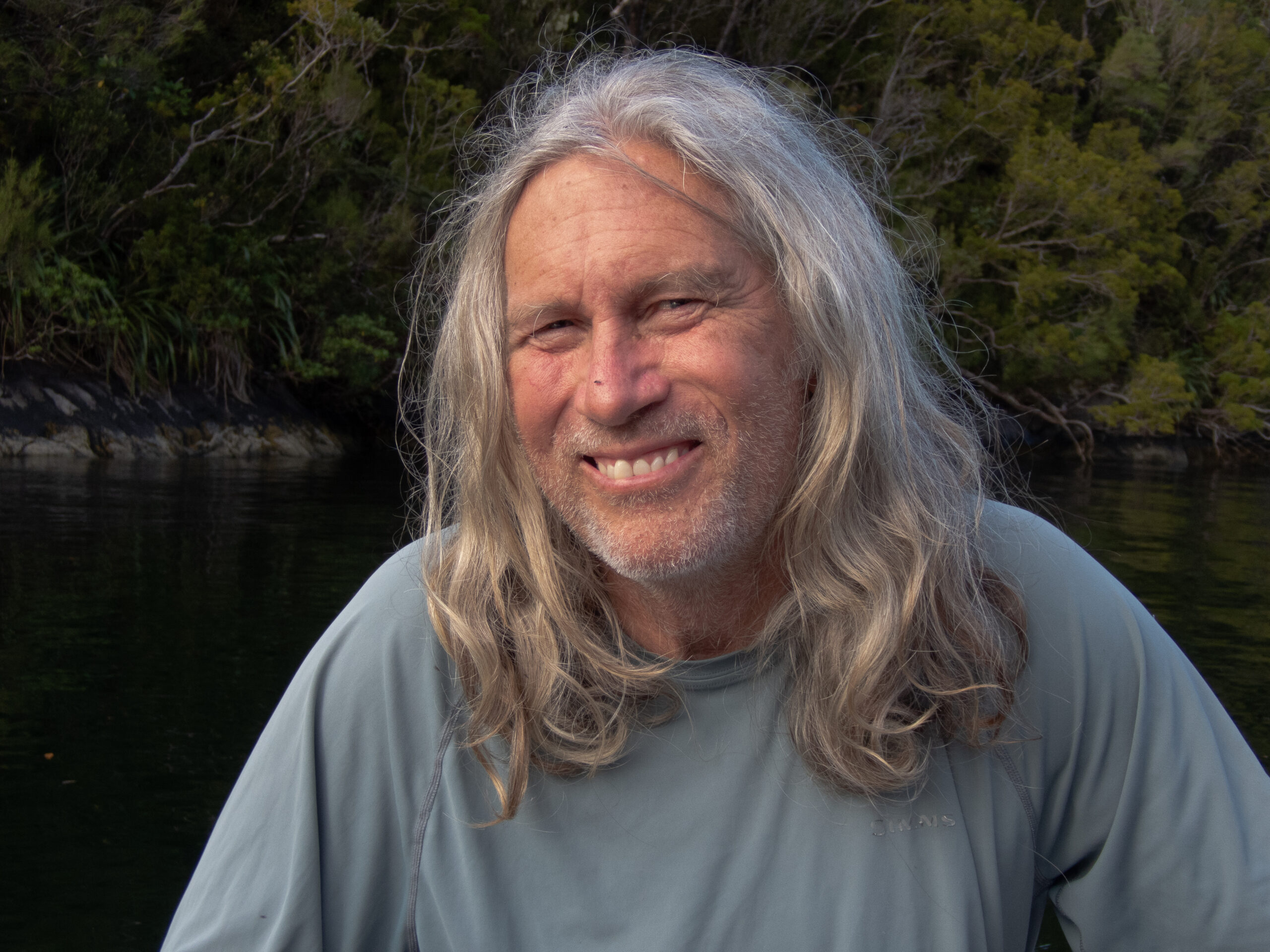

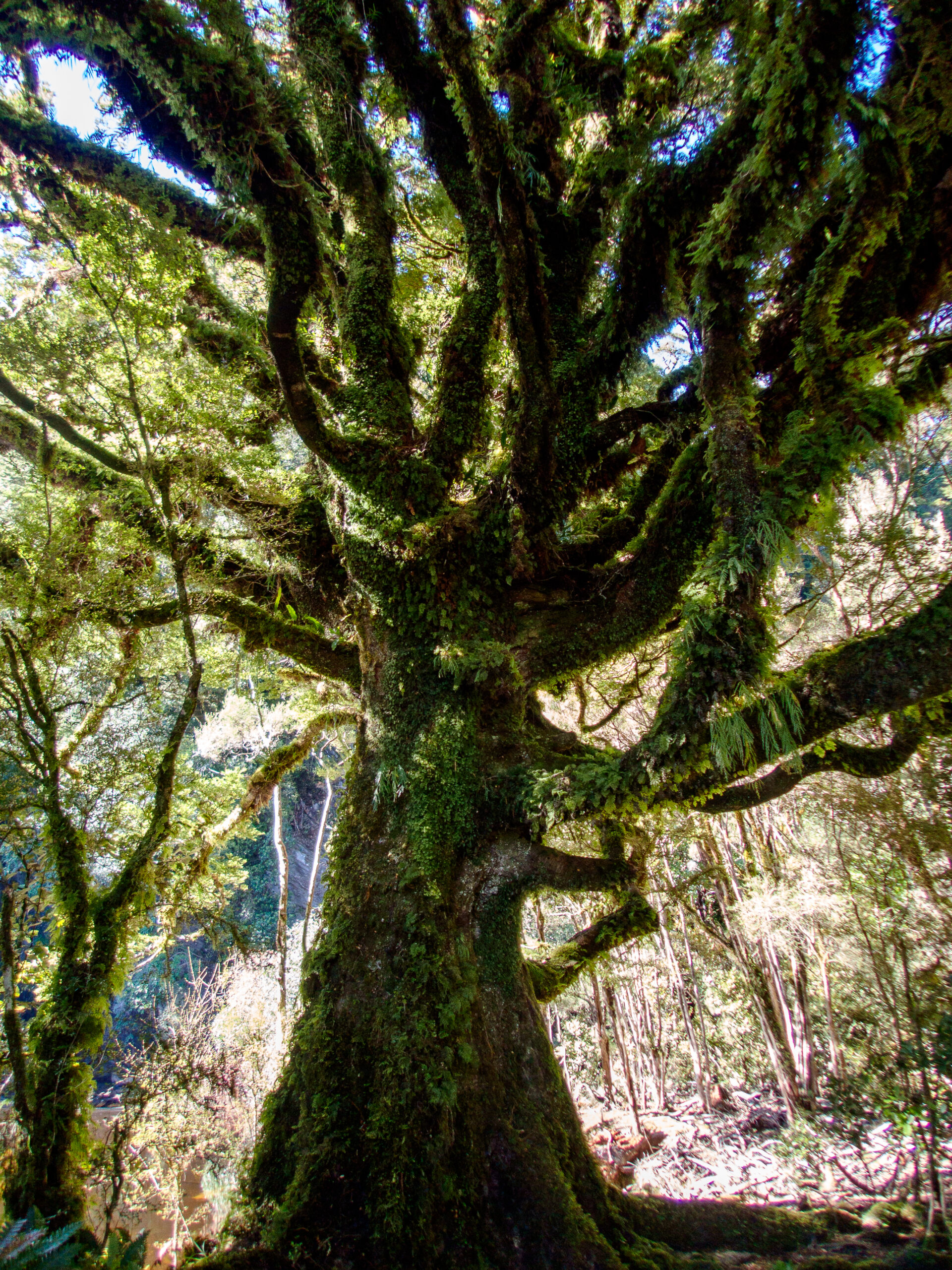
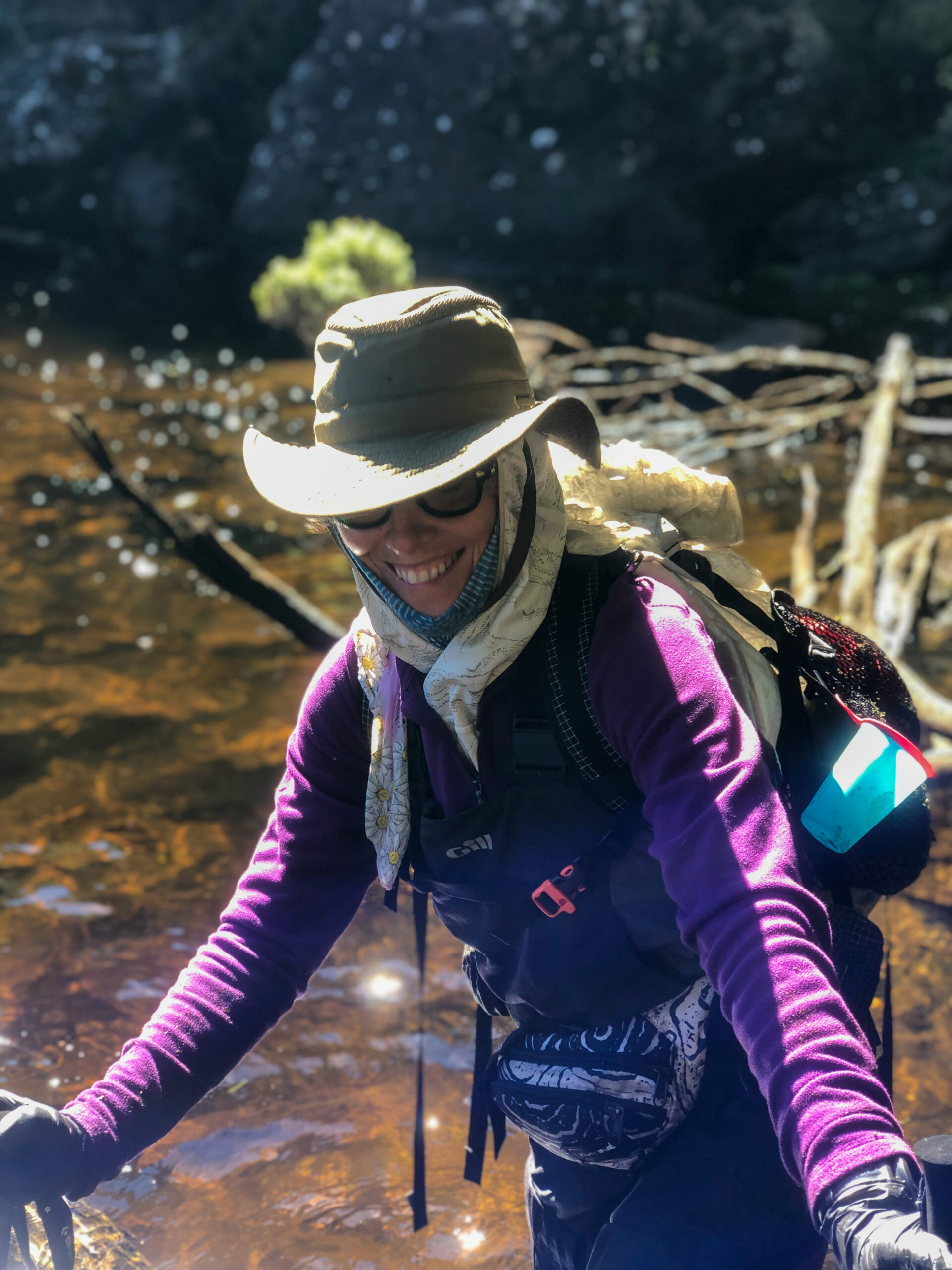
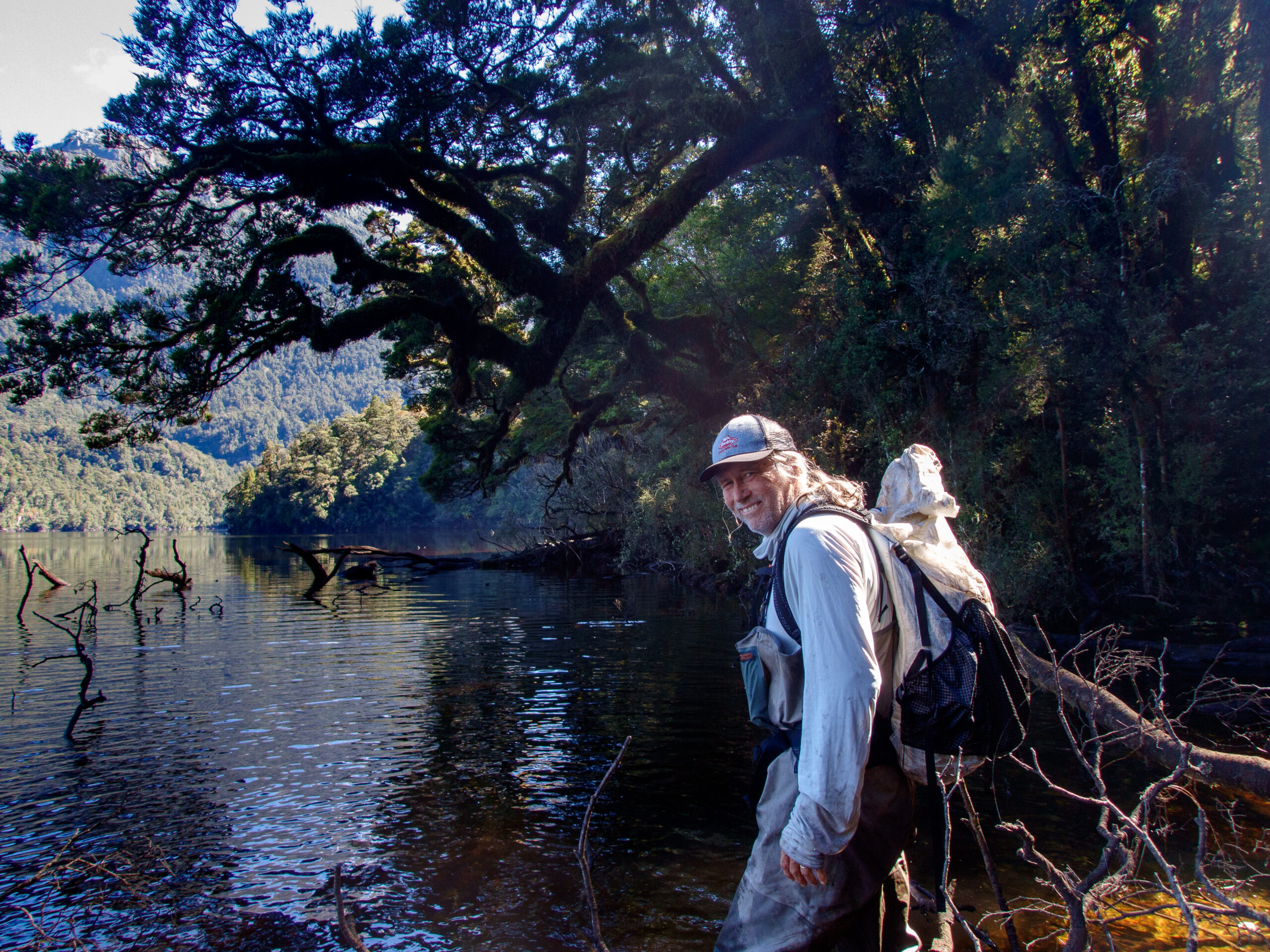

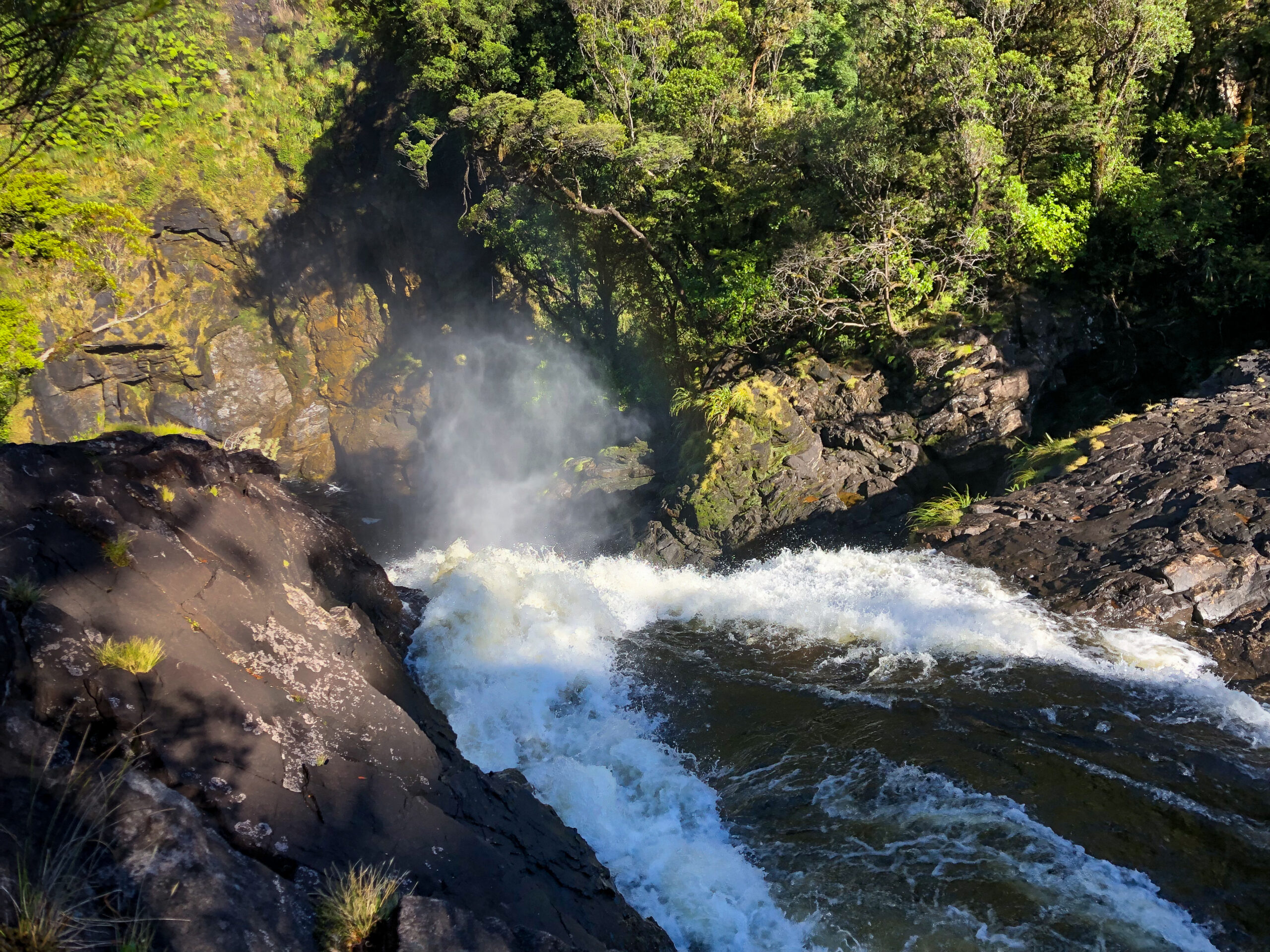


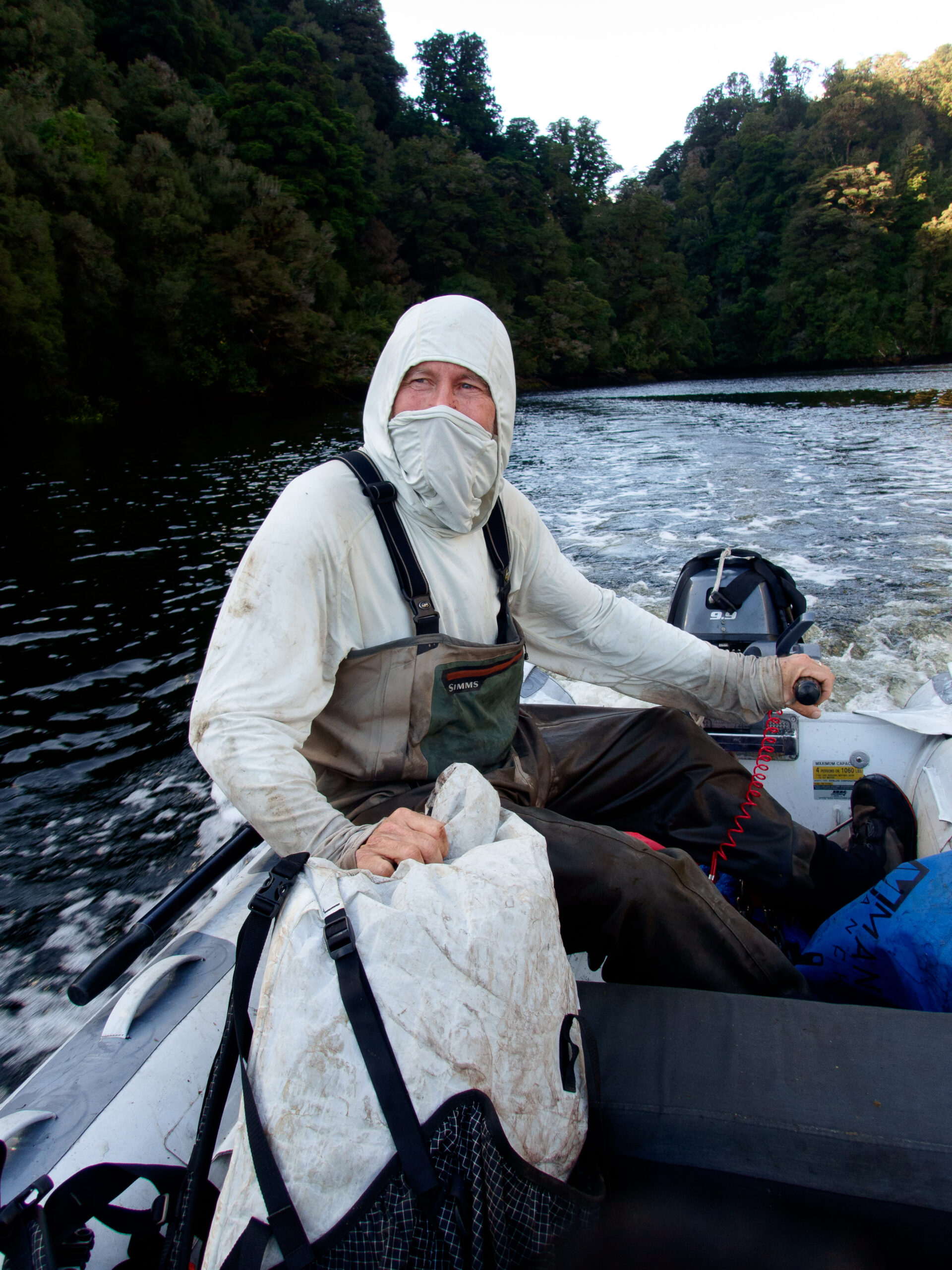
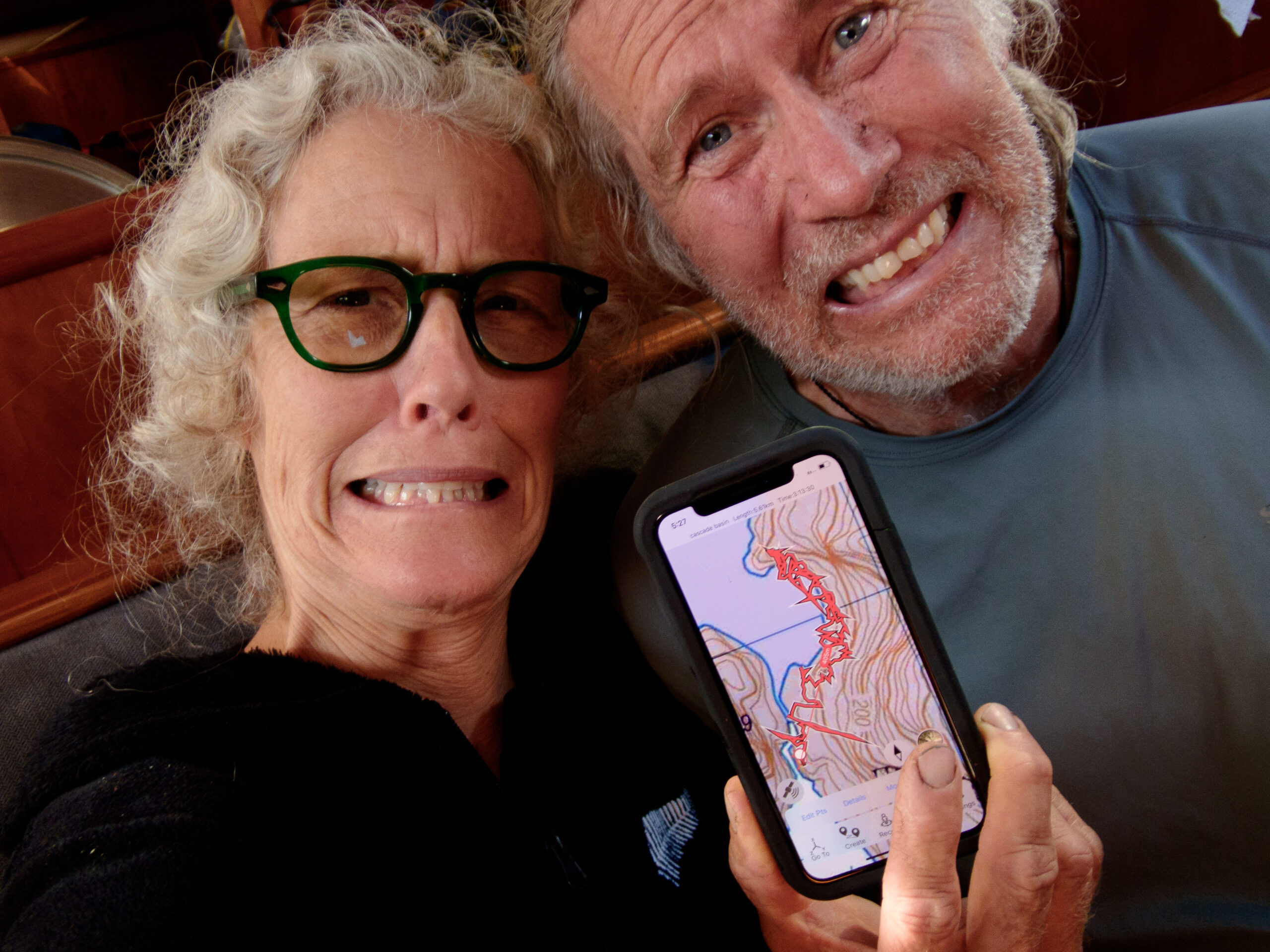
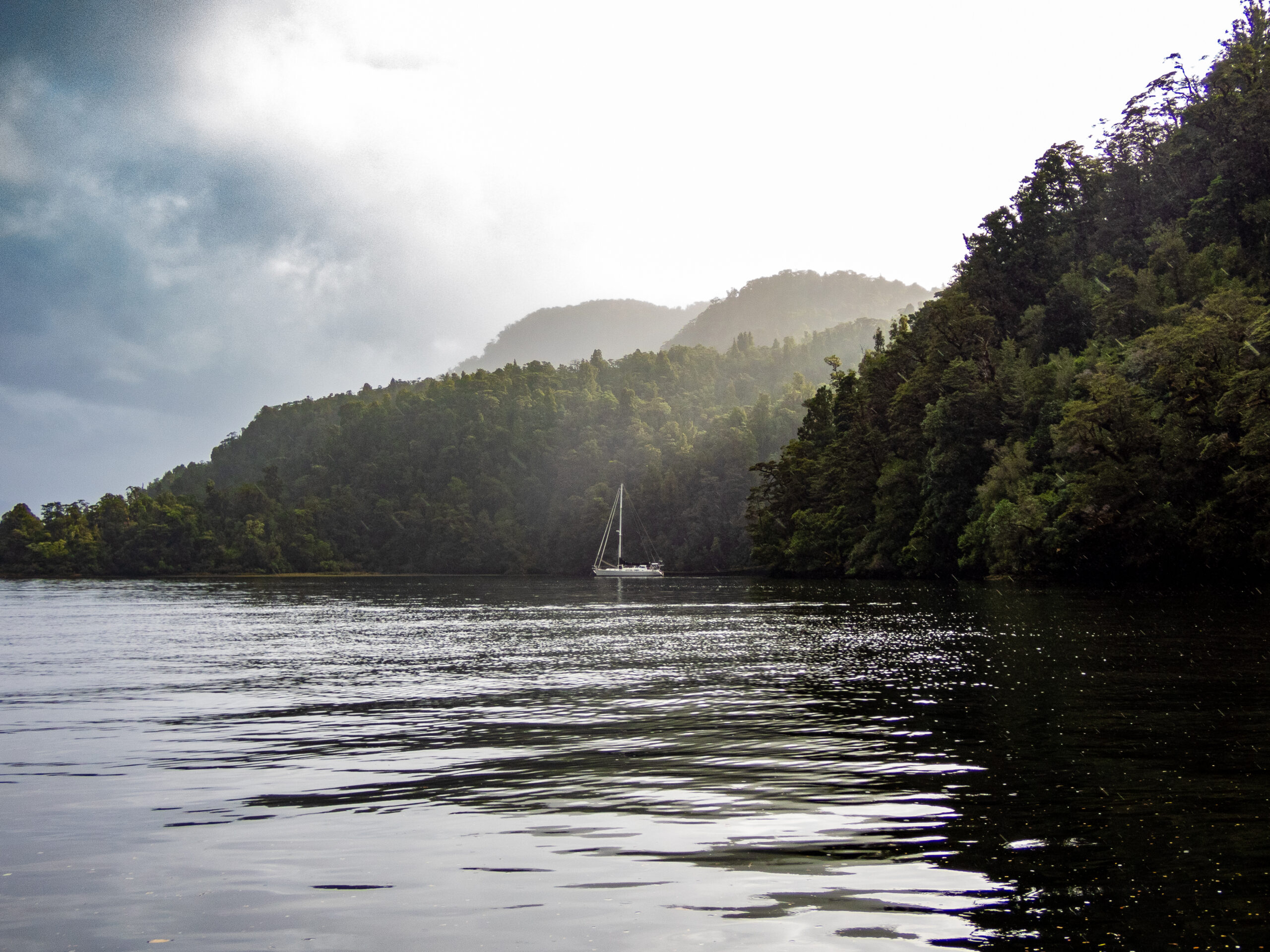



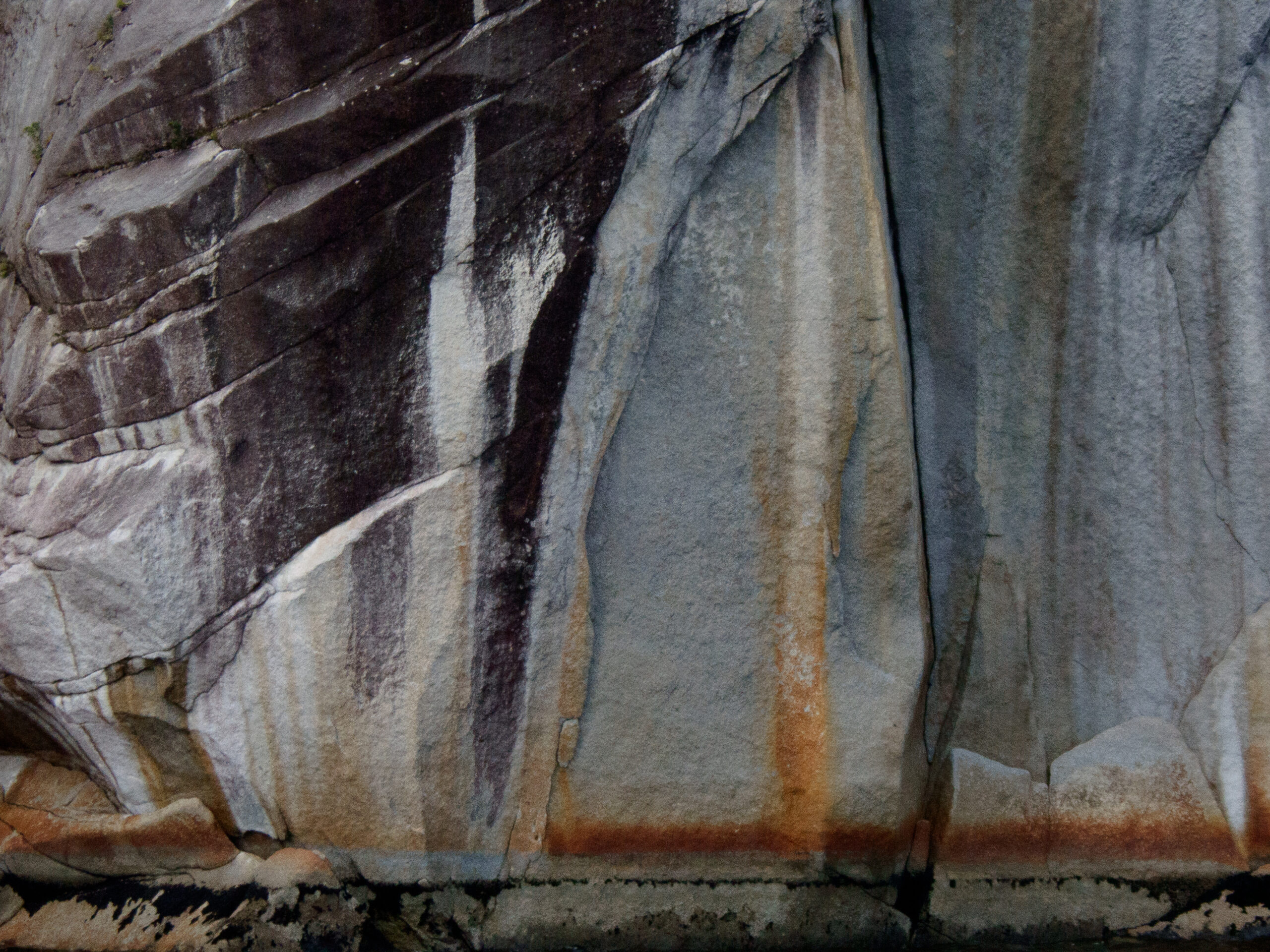

Next stop: Fiordland/Dusky Sound
Port Pegasus
After a long period in the 19th century of surprisingly energetic efforts to master and exploit the natural “resources” of Rakiuru, whaling, mining, seal fur trade, fishing and harvesting lumber, New Zealander’s finally left most of this southern island alone, so that ninety-eight percent of the island is under the management of the Department of Conservation (DOC). It is wild again, and feels that way. There are a few DOC huts scattered about, and a system of trails but most of the island is difficult to reach in any other way than a boat. Port Pegasus still has the remans of some of the settlements, rusted and covered in the bush, but arriving by sea it feels beautifully raw and untouched with very few visitors. We saw a few other boats, including Pazzo, who we met in Lyttelton. The fishing was ridiculously prolific. We caught something on nearly every drop of the jig, and it took less than fifteen minutes to have our first legal sized Blue Cod for tacos. All in all, a very special, wild, rarely visited place that was a little chilly from steady winds that certainly had a whiff of Antarctica on them.
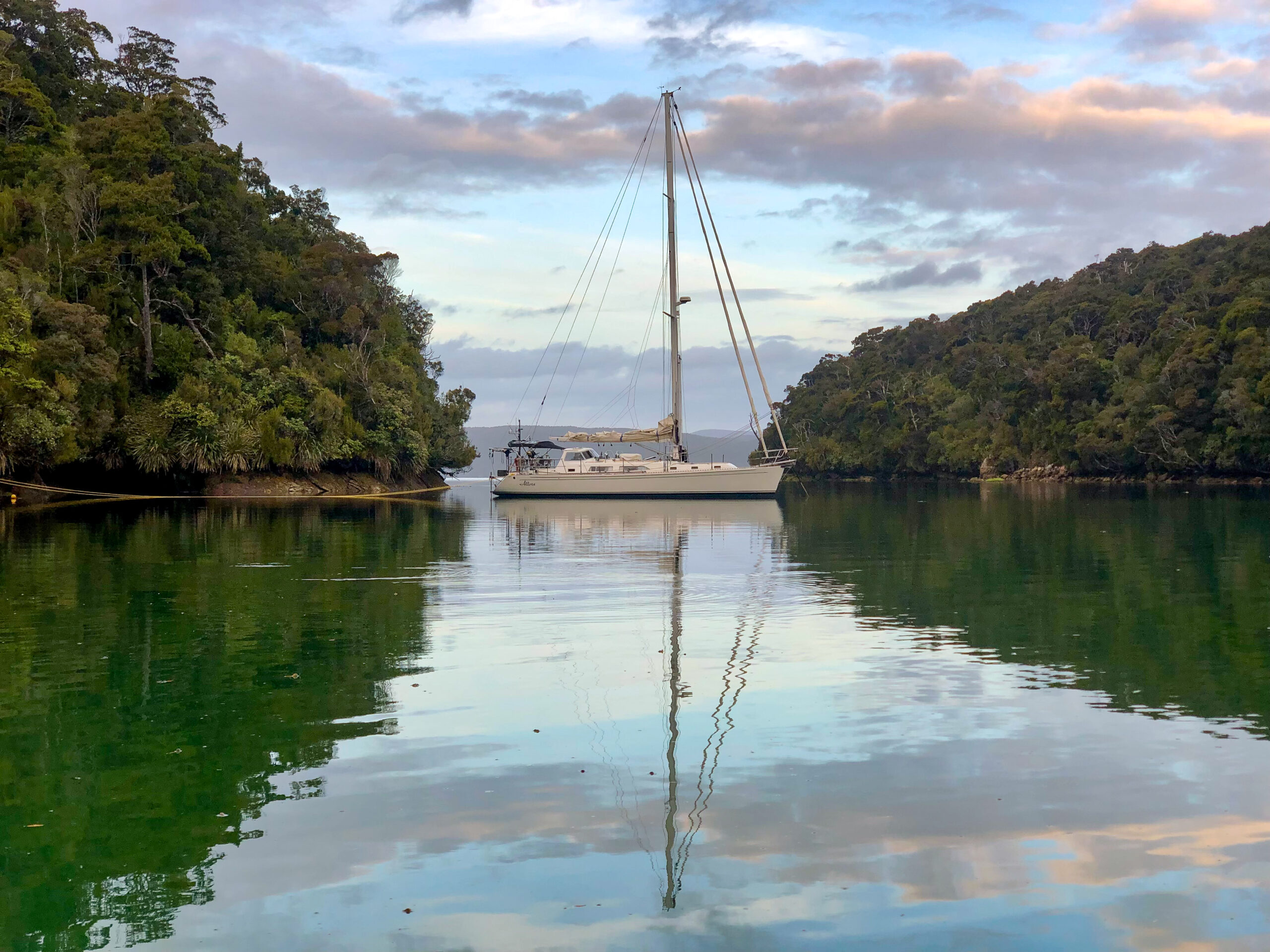
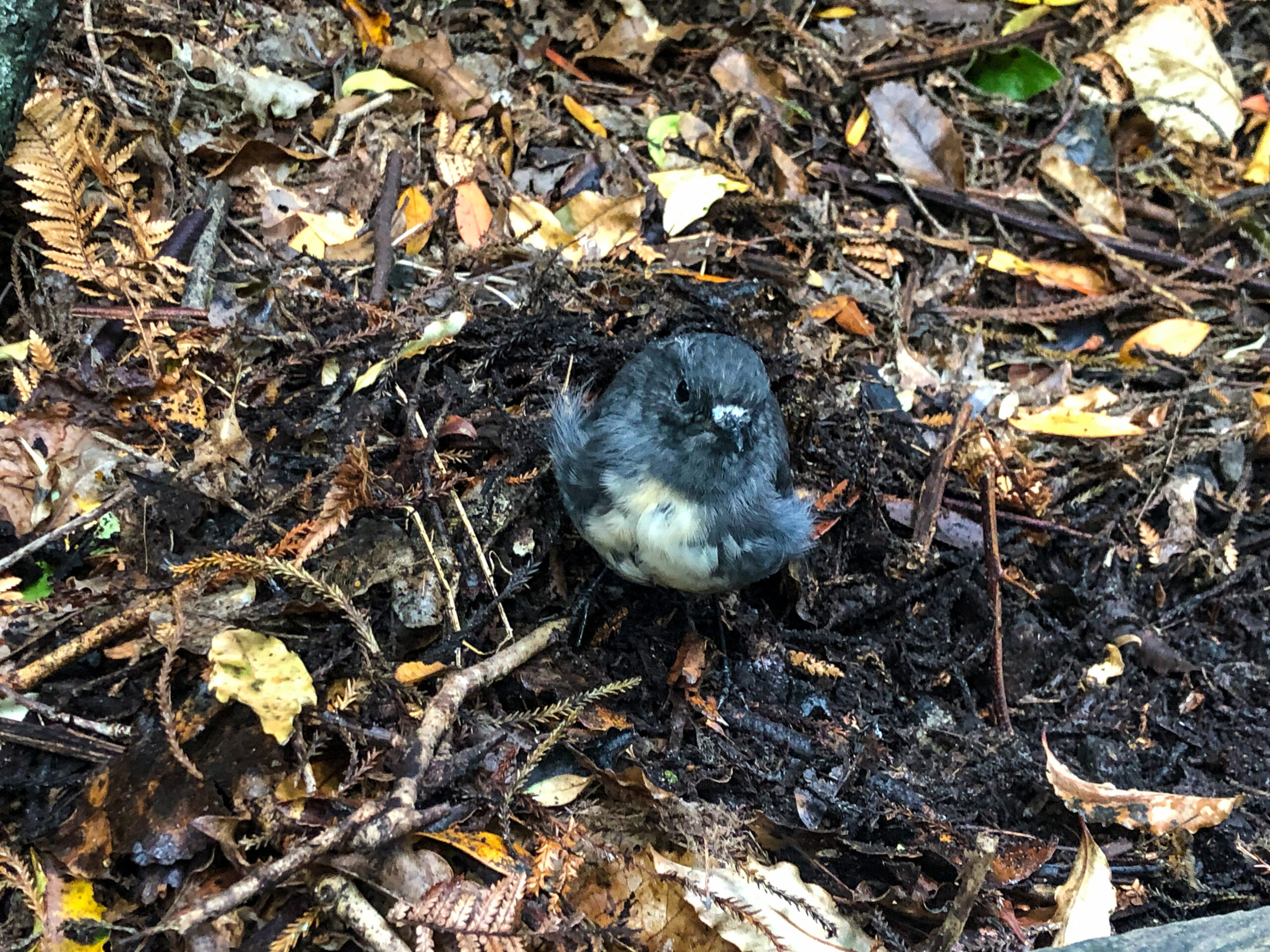
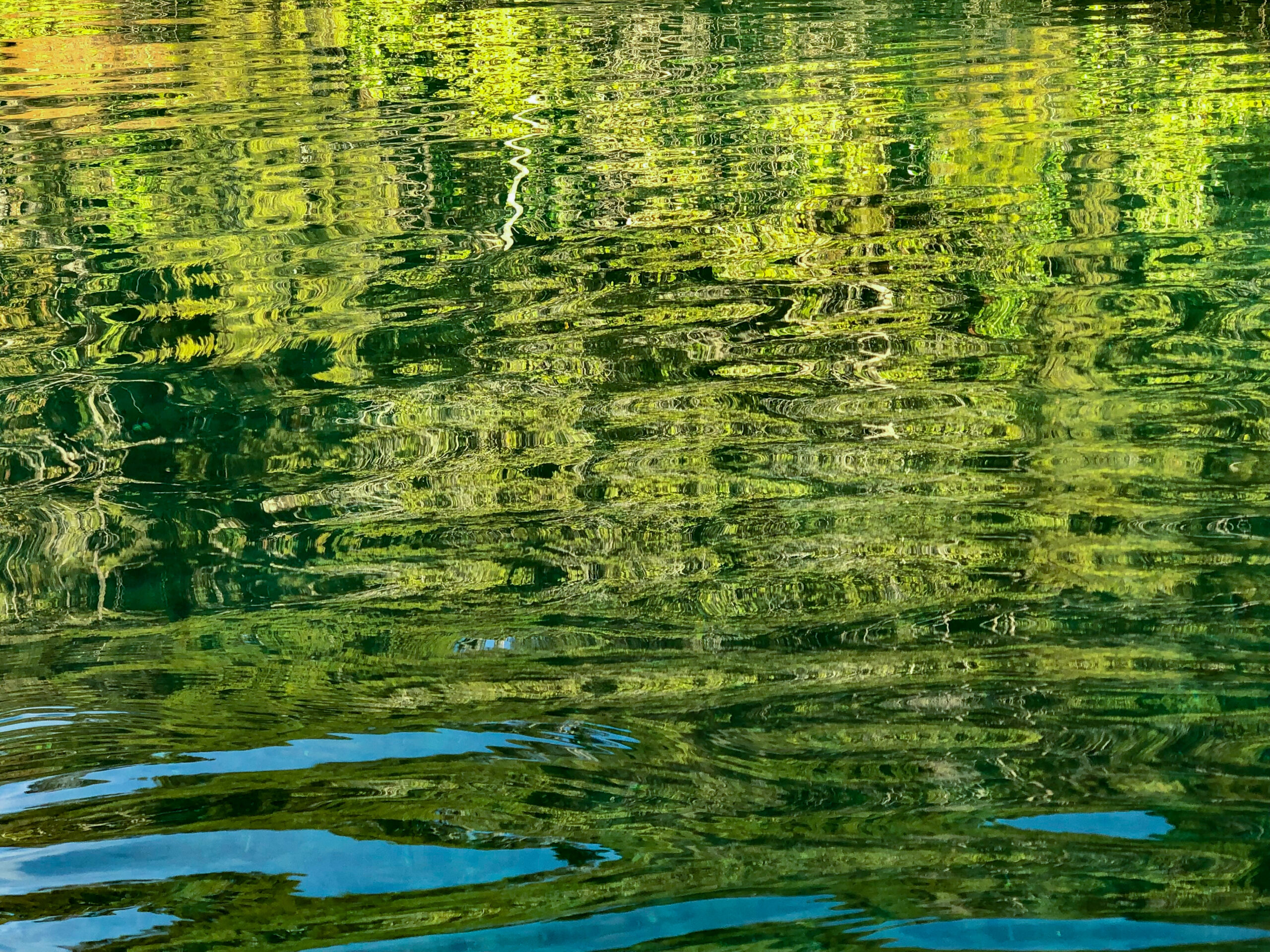
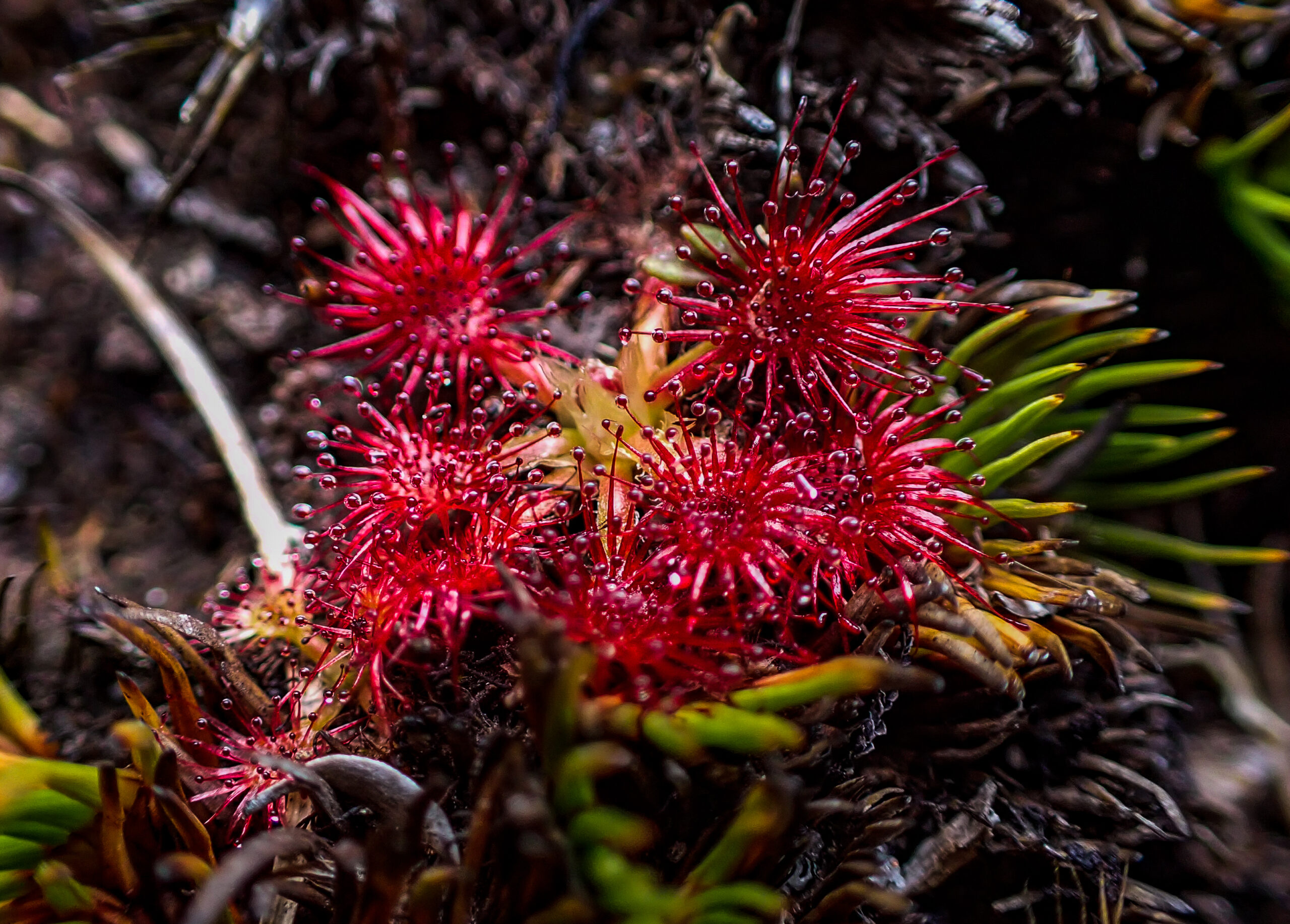
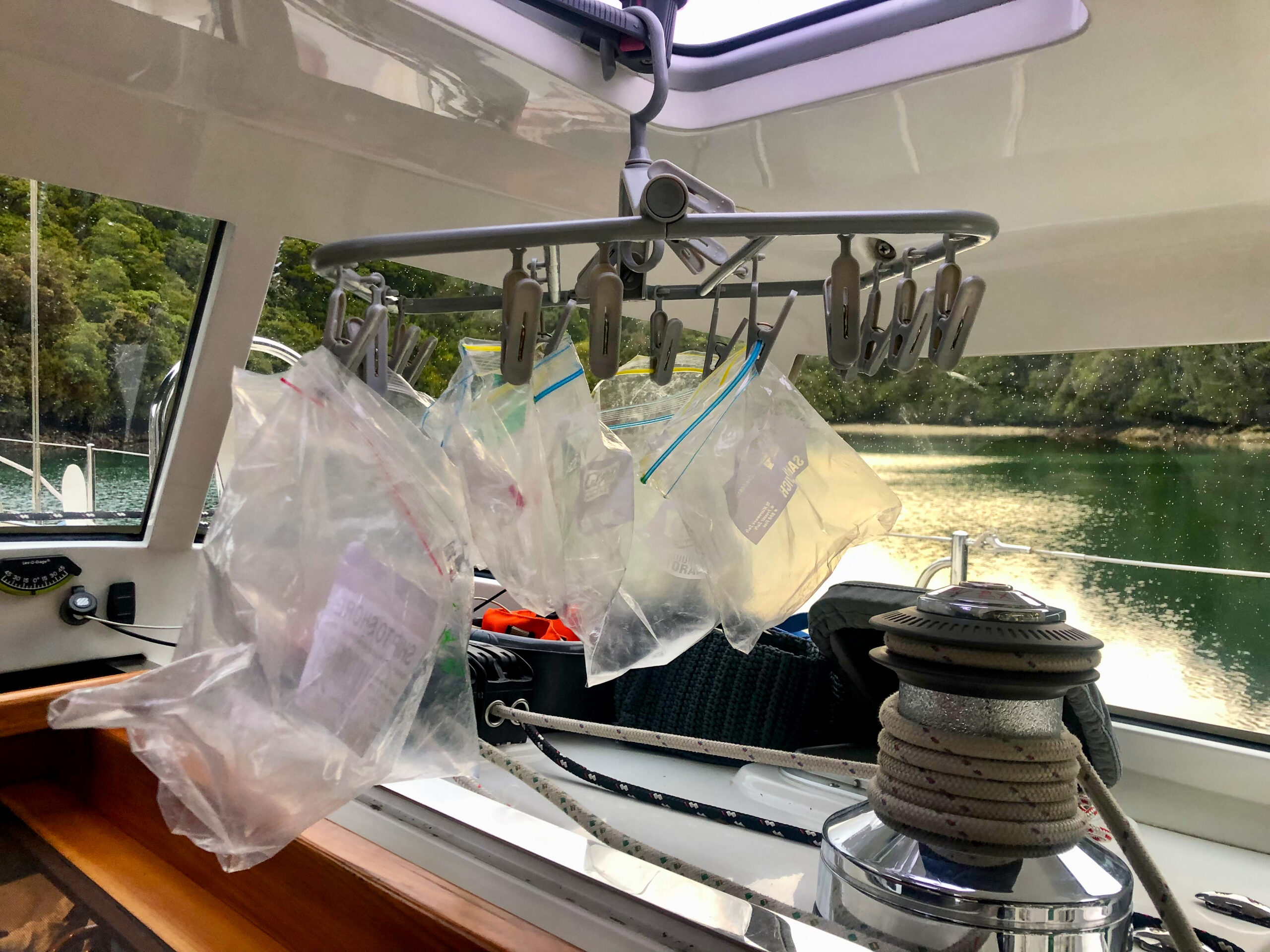

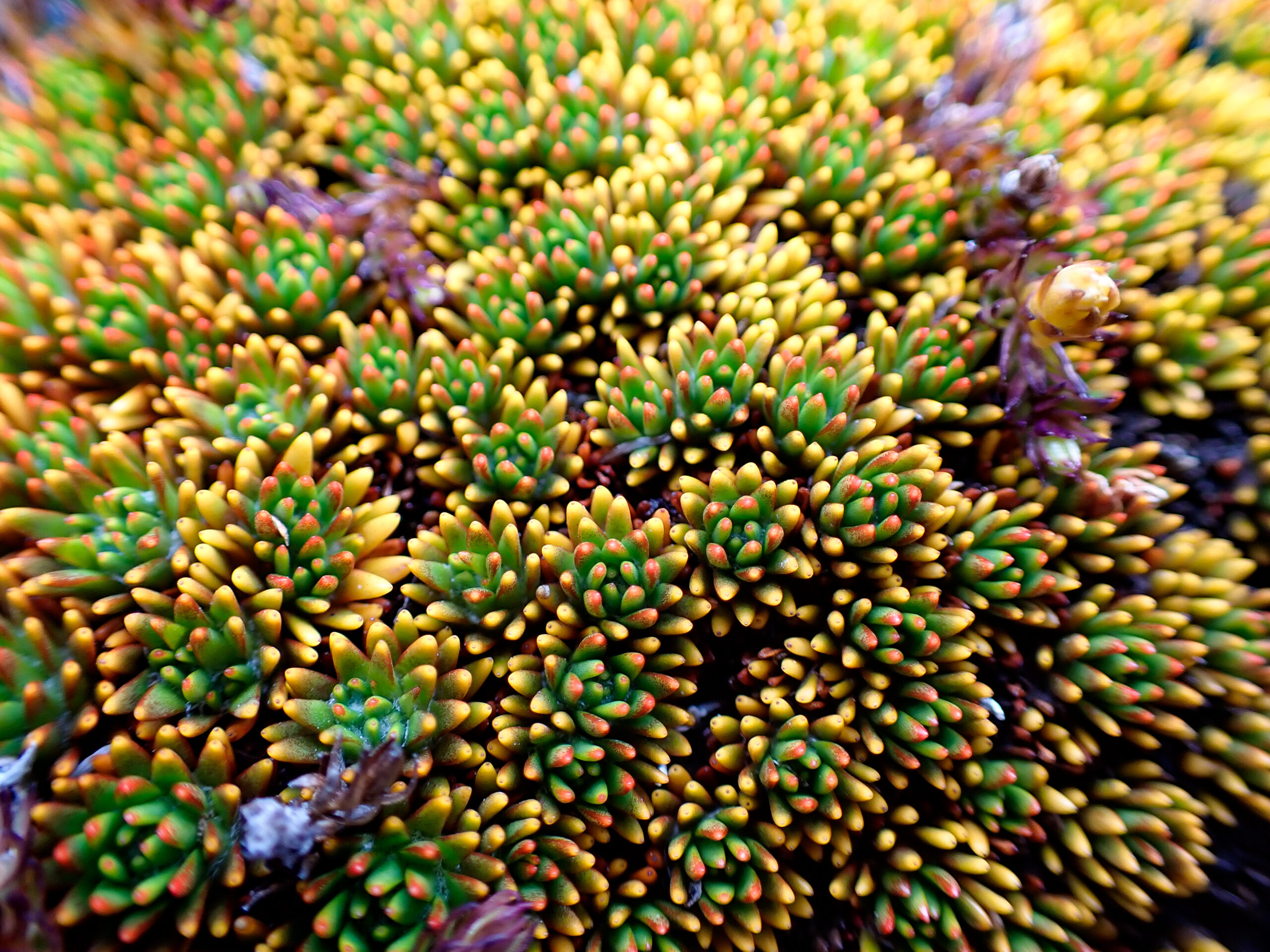


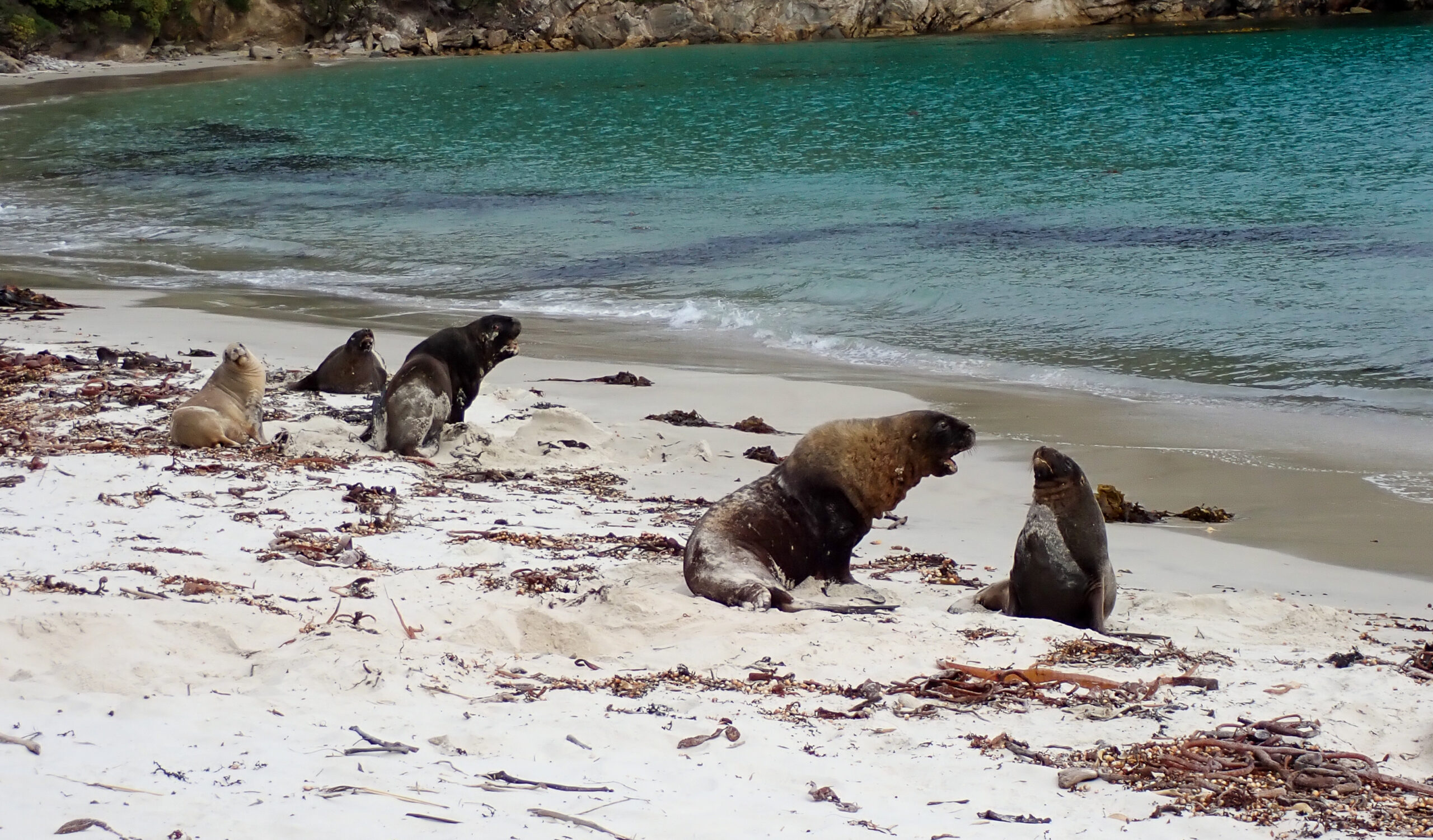
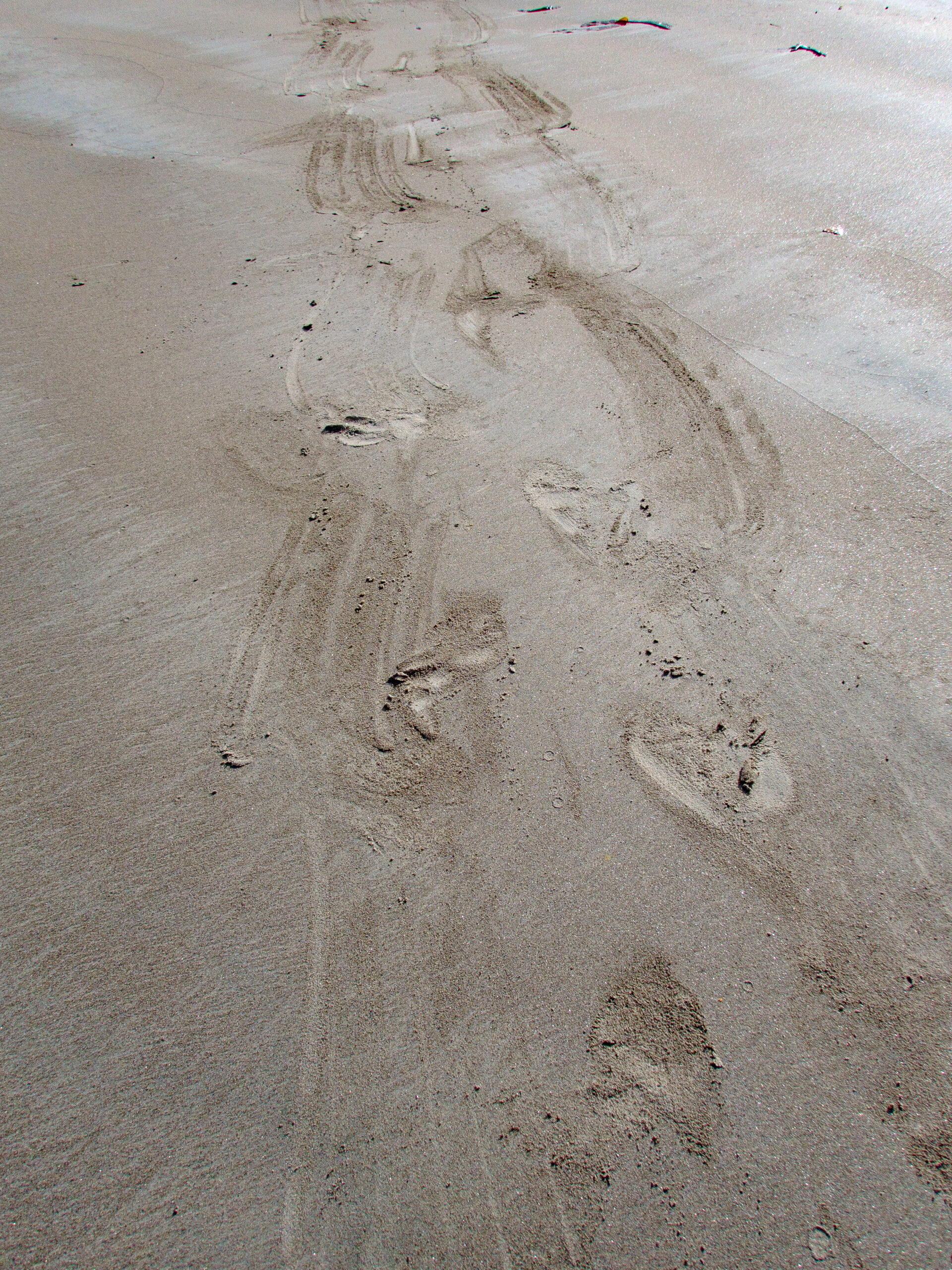

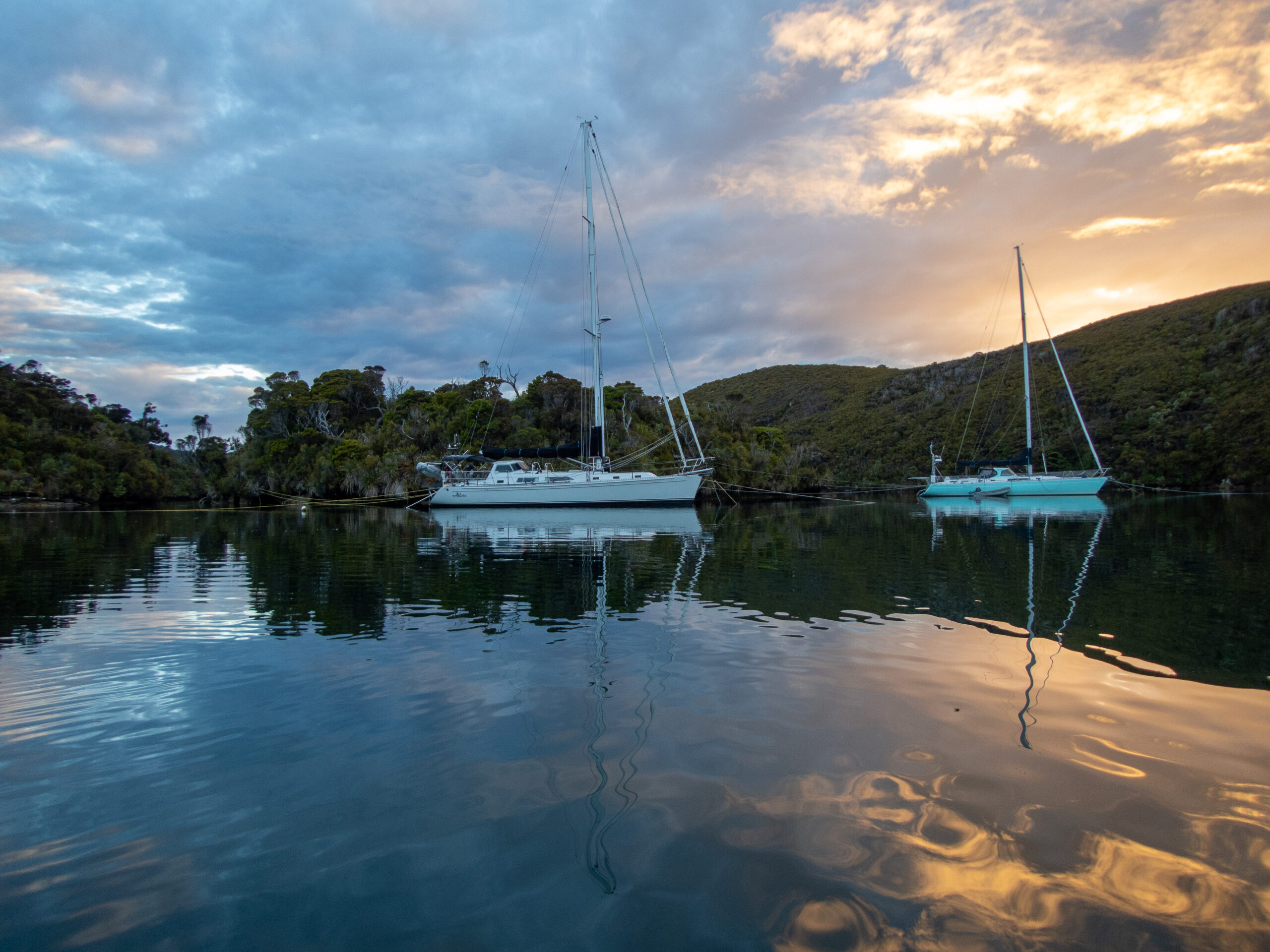
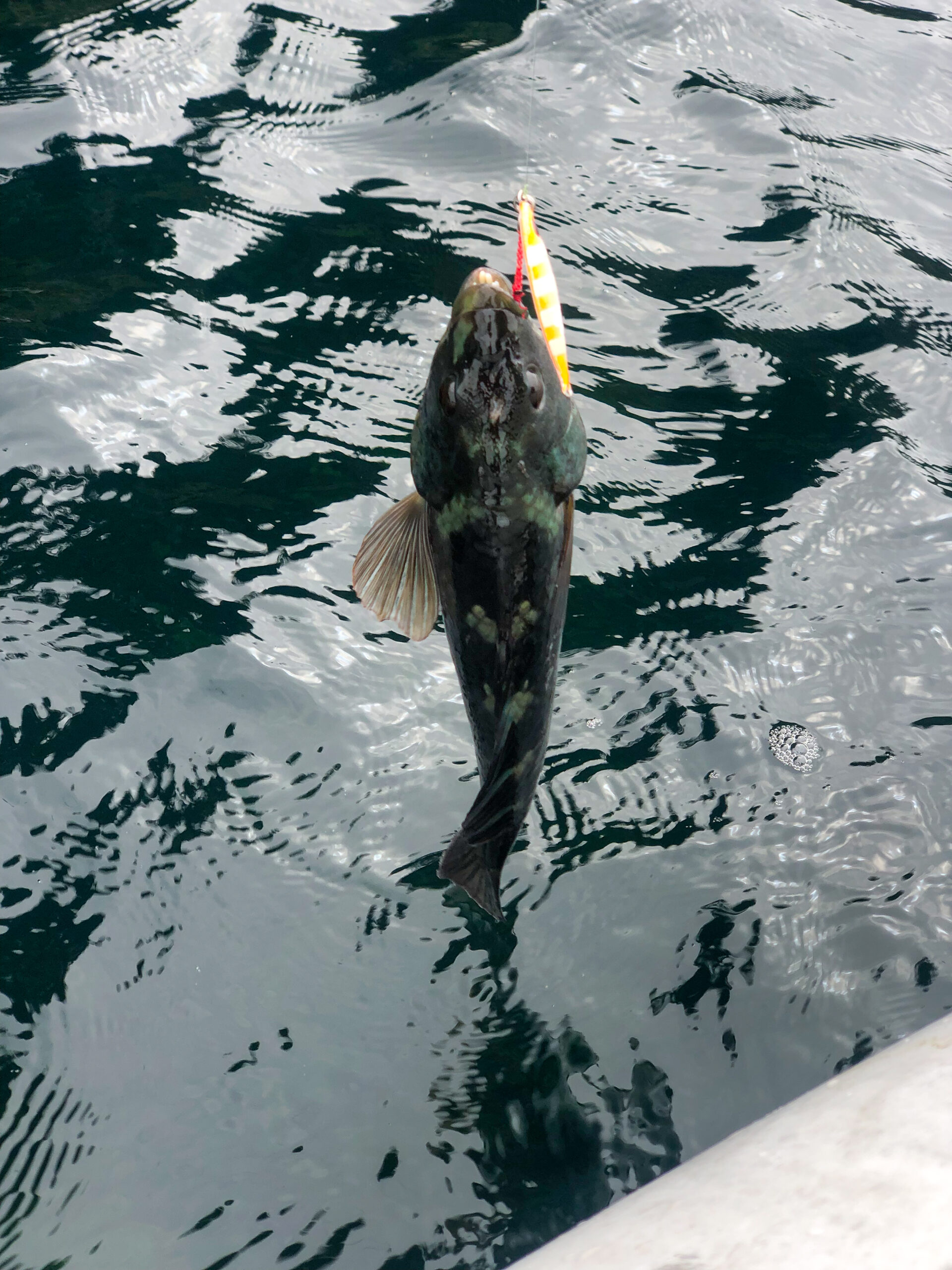
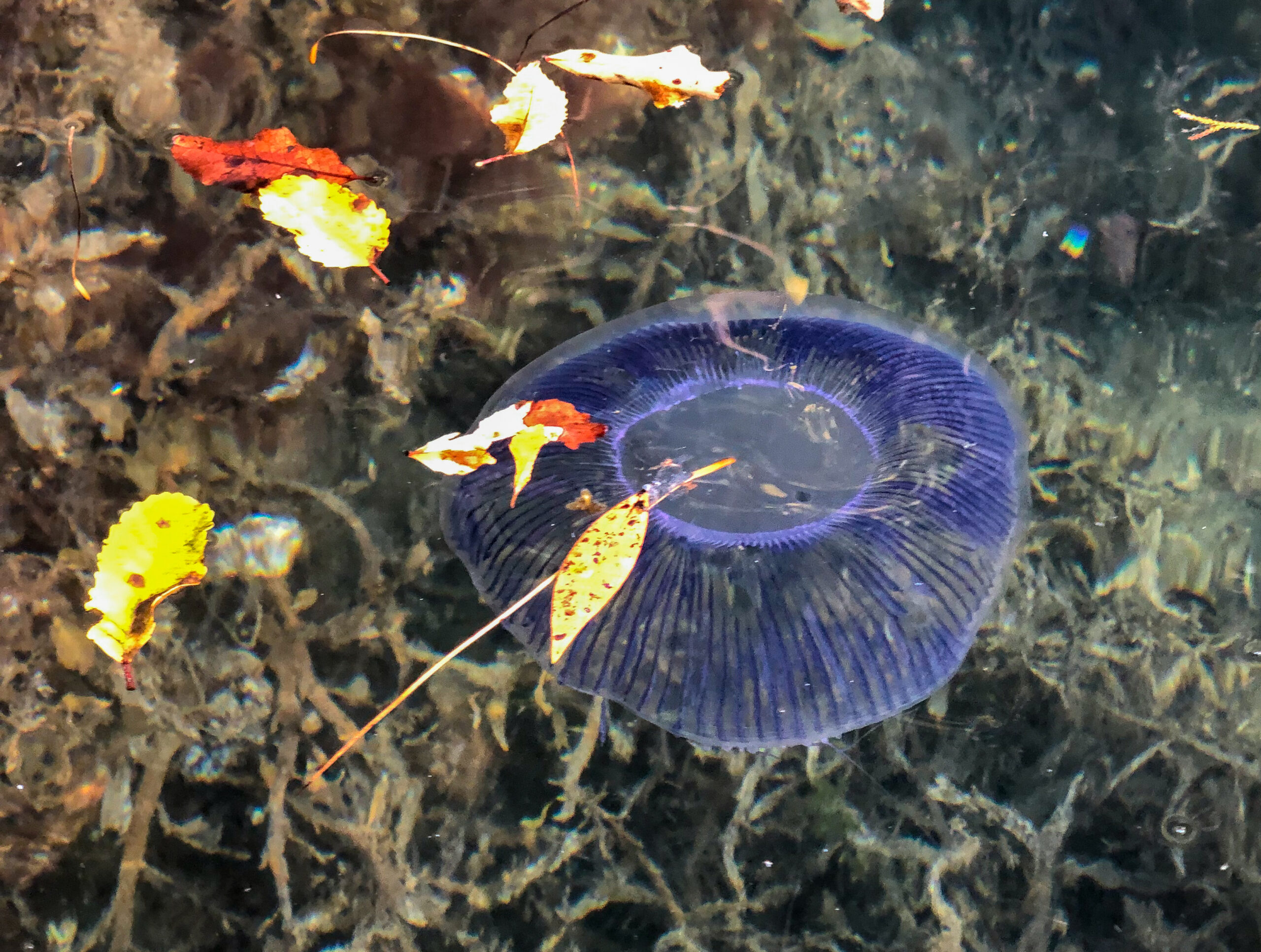



Of all the places Allora has taken us, North Minerva Reef, is a stand out. The reef literally emerges only 90cm at low tide, and when walking on what feels like the Pacific’s very precipice, we had the surreal sensation that we’d been transported to another world. I urge you to read this article from New Zealand Geographic, which lays out the inherent hazards and contentious history of this fascinating ‘land:’
We, like many others, made a stop at Minerva North, to break up the often difficult passage between Tonga and New Zealand. Most boats poise themselves to try to stop, but the weather conditions have to be right to enter the pass and take the time in ‘pause’ mode as opposed to continuing onward, so we felt lucky to manage 3 days in the fold of the protected lagoon. We weren’t alone, though! The 30 boats at anchor around us were dubbed, ‘The Minerva Yacht Club!’





Woven belted mats, ta’ovala
worn over black missionary garb
maze of lifted islands pushed up by the Tongan trench
friendly islands, plotting Cook’s demise
faint volcano in the distance, a perfect cone
further south, the world’s newest island
space alien squid hovering by the swim step

weekly troughs of rain and wind and gray
hard scrabble bottoms for the anchor
numbers for the anchorages keep sailors from learning the hard to pronounce names
everything at the Neiafu market is four dollars

fish and chips on a floating barge
God is Alive bar, blasting music across the still water
Ag festival for the King

dead zebra sharks on display,
a temporary binge in the off limits fishing zones
people go crazy to show what they have

soft coral, rocks and canyons, nudibranchs and filefish

lobster, lobster, grab one if you dare

outer islands, Ha’apai, people live simple lives

weaving, fishing, making babies

it’s a long boat ride to the nearest grocery store
power from a solar project paid for by Japan
kids play on the beach

leap from the trees into the sand
make toys of VHS tapes, decorating wood fences with shiny ribbon
sailing the flat water behind the lagoon
hove-to for humpbacks
whales sing as we dive

high pitched songs, deep rumble in your chest
rolly anchorages, whale nursery anchorages, long beach anchorages

coconut heart pancakes!

Sleeping mom’s providing whale-sized nourishment using her Antarctic reserves
tail slapping to keep junior in line
rambunctious males, out for a good time
call mmmhhh mmwwwhmmm whummmmmmh

Cetacean society,
any whale who’s any whale is here
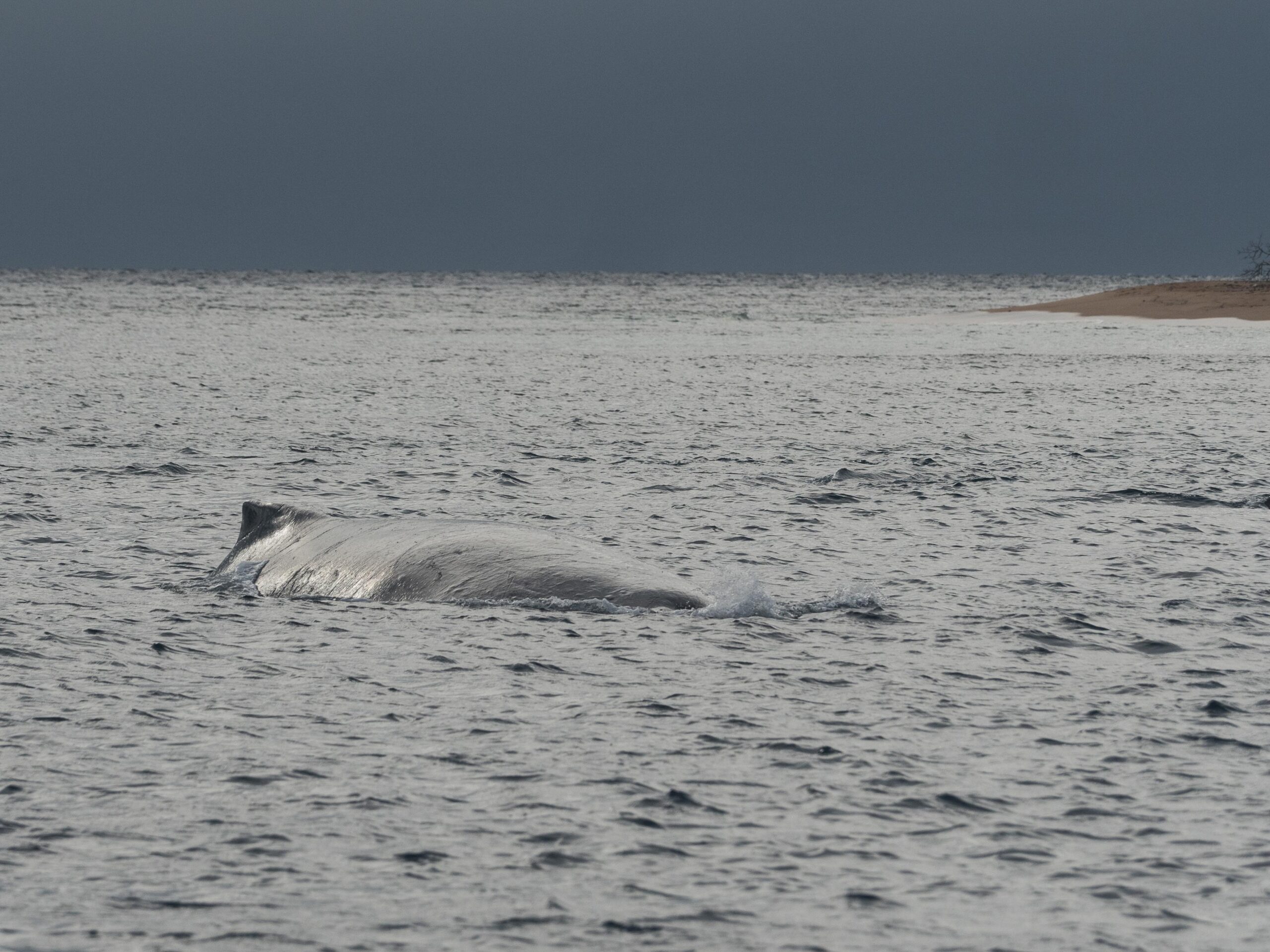
Tonga’s the place to be, leviathan

no predators, warm water, but no food either
what if humans vacationed the way humpbacks do

on a diet
no Piña coladas, might just put cruise ships out of business
think of the savings in fuel!
~MS





We had all 3 kids (and Liam, too) visit over the course of our 3 months cruising around Tonga, so you’ll see some family faces among the locals:



Our stop in Suwarrow was comprised mostly of hiding from 30 knots winds created by a squash zone from a gigantic 1044 high in the south with effects that had people digging in from the Gambier to Tonga. So we don’t have much to offer about what you might do there to enjoy yourself. What we found out was more what you can’t do, and after French Polynesia and the Tuamotos the list felt onerous. Here’s what the ranger who was running things in the winter of 2019 said:
No anchoring except at anchorage island by the ranger station. Period.
No diving. Period. (Why?)
No fishing inside the lagoon.
No going ashore on ANY motu in the park anywhere except the ranger island (supposedly because of their rat eradication program)
Technically the rules even dictate when you can leave through the pass (not before noon) though I have no idea how they think they would enforce that.
There are more no no’s, mainly things you’d expect to be prohibited. At the bottom of the list, there’s a caveat that says the ranger can add anything he wants to the list, and the current Ranger took that to heart.
That leaves snorkeling, pretty much, and nothing else.
Unfortunately, though this obviously feels excessive and extreme, the behavior of some yacht visitors has served to make the ranger feel more adamant about enforcing and expanding his rules. It doesn’t help that some people feel they have a right to harvest coconut crabs and even lament not having taken more when they found out they could sell them for big money in Niue. Or that some members of the ARC (Atlantic Rally for Cruisers) showed up before the legal opening, trashed the place (according to the ranger) and left their flag planted on the beach. Suwarrow is a designated sanctuary and should be treated with the same respect as a national park anywhere.
Because the forecast called for the possibility of SE winds over 50 knots we asked for permission to anchor in the better protected SE corner and were denied. Unwilling to test the ranger’s theory that the allowed anchorage would be safe (there is at least one yacht sunk on the NW corner of that tight anchorage with south exposure), we moved, despite his objections to the south east corner, invoking our right under international law to ‘safe haven.’ Our biggest concern was the 3 mile fetch that the allowed anchorage would be exposed to. The anchoring was very poor in the SE, with coral and bommies everywhere, but it was definitely a safer spot. If we did drag we had miles to react rather than the tight lee shore of the approved anchorage. This decision did not make us popular with the head ranger, but we felt we had no choice for the safety of our boats. In the end I don’t think we saw over 35 knots, but I personally would make the same decision again.
We left as soon as it was over.
~MS

“It’s hot here,” the Pastor’s lovely wife said with a smile, “it’s always hot. Sometimes you can see some flowers blooming and you know it’s Spring, but it’s always hot.” The village of TeTautua does not own enough cars to have much of a road so its houses tend to meander along foot trails, which double as scooter and motorcycle paths, a web centered on the imposing blue and white Cook Island church. Ungirded by streets, houses with deep porches, windows without glass, only tattered cloth curtains, lay scattered at random angles. You might forget to notice that there are no dogs (they have been disallowed by the island council, which makes everything its business). Their absence, as much as the haphazard city planning, creates the feeling of a ghost town, especially if the children are in school and the hot sun is broiling the gray coral gravel underfoot.

The island is losing its population, slowly, people emigrating to bigger more populous islands, or New Zealand. Though there is an abundance of fish, there are few (maybe none) of the occupations that keep idle hands busy in even the smallest midwestern ghost town. In the big village on the other side of the atoll there is a nurse. There is a policeman, somewhere. There are teachers. But there are no stores. There are scant few gardens, a difficult enterprise in the hard limestone pavement that constitutes the earth of an atoll. There are thriving coconut groves, possibly the remnant of a copra operation, the kind that is still subsidized in French Polynesia. For a while there was a booming pearl farm business, which succumbed to cyclones and a disease among the oysters. Perhaps the mental, emotional, spiritual space that in North American suburbia is filled with cars and traffic lights, malls, donut shops, Home Depot and Costco, here is filled by the sea herself and the Cook Island Christian Church.


It’s no secret that missionaries did a number on the South Pacific. This is still one of the main places those white shirt and tie young scrubs in the Salt Lake airport are all headed. But it was news to me that God apparently doesn’t want you to fish on Sundays (I thought Jesus was a fisherman). No work, no play, no music, no swimming (sound familiar?). Like a friendly, island version of the Taliban, they take these injunctions seriously in Penrhyn and they made it their business to see that we anchored right by town to ensure that we weren’t off enjoying ourselves on Sundays doing the devil’s worst out of sight of the church’s two story pulpit.
Naturally, we were invited to church. Hats strictly required for women (strictly not allowed in Tonga) but definitely NOT permitted for men. Diana showed up with a beautiful head wreath from Rapa (made for church there) but here she was told she had to have a hat that covered the top part of her head (cuz God is looking down, I guess?). Long pants for men (in the tropics!), luckily Mike had a light pair I could borrow so I didn’t have to wear jeans. The Pastor’s white pants (God only knows how he kept them white) were unhemmed and about eight inches too long for him, so he walked on them, barefoot when he greeted us at his house and then under sandals for the service. He carried a bible, well worn with pieces of folded paper tucked among its pages, King James translated to Māori/Tongarevan, the language of the Cook Islands.
We arrived in the morning to find out that regular church had been cancelled because an elder woman, Mama Takulani, mother of 12, had died in her sleep early that morning. She had lived on Penrhyn her whole life, in this village of about fifty people, with barely one dirt road and about four cars to drive on it, no stores, no post office, nothing but a collection of very simple homes occupied by people who must know each other very, very well.
We gathered at her house, the palangi (foreigners) outside on plastic chairs to witness a three hour funeral, mostly singing, which seemed unscripted and improvised, arising spontaneously from the group of women seated on the patio floor. Men joined in, and the harmonies were unlike anything we’d ever heard, oddly discordant and complex, a fascinating mix of church hymns and Polynesian music, all the more intense as an expression of mourning. Speeches were given by men, long speeches, in the local language, with occasional acknowledgements in English to the visiting Palangi. The woman’s body was carried to the church, in through the left-hand door, briefly spoken over, then exited through the right-hand door. She was buried in a pre-built concrete crypt in a hole dug that morning by a backhoe outside her bedroom. She was covered with a tapestry and laid in the ground. It felt very odd to witness something so profoundly personal and significant for our hosts, though they went out of their way to make us feel welcome, and afterward there was a feast, with an insistence that visitors eat first.
The next Sunday (Father’s day!) respecting their local commandments and traditions, I did not fish. The first time that has happened since I became a father, 27 years ago. Instead, we went again to church to be harangued, mostly in Tongarevan, but also in English, by a series of men who (like the pastors of Rapa), utilized a hierarchically arranged pulpit (literally with stairs) to wield their authority. Maybe you need something organized like this on an island with nothing but turquoise water and sun and fish, to keep people from running amok, though it felt so out of place with the usual island vibe of very friendly, relaxed, open people. Singing provided some relief in the service, though the performance was more structured and a little more hymn-like than what we witnessed at the funeral. There’s a lot of this kind of singing in Penrhyn, all through the week, several times a day on Sunday. They grow up with this music, so they sing with passion and confidence and subtlety. The women often hold a hand to their face as they sing, and I wasn’t sure if it was to help them hear their voices (the way you might imagine Sting in a recording studio), or to hide their faces and wide open mouths. One young woman held a book that blocked most of her face. Afterward, there was another generous feast at the Pastor’s house, with pictures of the gathering of foreign visitors (representing several countries in Europe and North America) to be posted on Facebook.
When it seemed we would be on the island for another Sunday (waiting for a weather window to depart, and fishing) we decided we would skip church, but thought we’d better say something about our decision in advance. The Pastor seemed relieved (the unexpectedly large group of sailors must have been hard on his freezer, which would not be refilled until the next supply ship, months out). He did admonish us not to do anything on our boats, especially not swim, and seemed to joke (not sure here) that the sharks were in league with God and would enforce the no swimming on Sunday rule. Diana spent about five hours in the water cleaning our hull anyway, and lived to tell.
Though we chaffed at being required to observe the religious regulations of the island, presented to us as Law (which almost certainly cannot have been constitutional in a country governed by New Zealand) we were also overwhelmed by the generosity of their reception. Gift giving and hospitality is a pervasive and vibrant cultural practice throughout Polynesia, and they outdid themselves. We did our best to give back, too. And although the dogmatic Christianity was a tad stifling, we still managed to have some good connections. The Pastor was a bit of an odd duck in that way, at least for me, it was very hard to engage him in a regular conversation. His relationship to the visiting foreigners seemed mostly about the opportunity to give speeches and express the piety of his flock and the importance of his position as their spokesman.
We were the fourth boat to visit Penrhyn in 2019, but within two days there were eight more boats. Most of them part of a group of kid boats (that is, boats which have kids on them, who generally drive the social schedule), all loaded with school supplies to give to the children of Penrhyn. Liza, of the boat Liza Lu, is a teacher from New York whose class had started a pen pal relationship with Penryhn before coming. She had more postcards to deliver and spent time at the school helping the kids compose new post cards that she would mail back to her school. Our friends on Alondra, marine biologists with two girls, eleven and twelve, brought in microscopes and spent a day with the students peering at everything from fly eyes to butterfly wings and gecko toes. A huge hit. The boat ‘Panacea’ with Tuomo, Reka and their kids presented a slideshow about how they’d come to be there aboard a sailboat, and shared glimpses of all the countries they’d seen. The families aboard s/v’s Luminesce, Calle II, Itchy Foot and Caramba all participated, too, and Adagio’s crew were elemental helping with the mosaic. It was an unusually bustling ‘point in time’ on the sleepy eastern side of Penrhyn … ~MS
Diana spent a day at the school (and several more on the boat) helping them make a mosaic for the school using local materials but also glass from Italy that she keeps squirreled away in the bilges. She donated for a center element, a piece of glass given to her by a mentor in Ravenna. The theme for the month at school was “Love,” so that inspired the design, which was set up so that many kids could work on parts of it at once. Thanks too, to Mike and Katie (s/v Adagio) for jumping in to help. We hung it on the school wall with the assumption that it might outlive the actual building itself. ~MS
 Every fisherman dreams about a secret fishing hole somewhere. Someplace no one knows about. No one goes. No one (or hardly anyone) has ever fished. A place where you show up knowing you won’t see a single soul and that the fish have never seen a fly. This dream fishing spot is naturally chock full of fish, too, everywhere you turn.
Every fisherman dreams about a secret fishing hole somewhere. Someplace no one knows about. No one goes. No one (or hardly anyone) has ever fished. A place where you show up knowing you won’t see a single soul and that the fish have never seen a fly. This dream fishing spot is naturally chock full of fish, too, everywhere you turn.
The Cook Island’s atoll, Penrhyn, might just be that place.
This atoll lays more than 800 miles of open ocean from anywhere. There are no flights. It is visited by just two supply ships a year. The only way to get here is in your own boat, sailing far off of the normal tradewind route. There was a time when expensive flights from the main islands of the Cooks occasionally brought an intrepid fly fishermen from New Zealand, though because there are no hotels or any other tourist infrastructure on Penrhyn the only way to fish these remote flats, even then, was to stay as a guest with the pastor at Te Tautua and have him take you. This apparently did happen at least once. Years ago. Basically, the only people who ever visit, in very, very small numbers are sailors. The intersection of committed bonefishermen and blue-water sailors who can actually get themselves to Penrhyn yields a very tiny slice of humanity. I’d bet there aren’t more than about five of us in the whole world, and that includes our friend Mike, who’s introduction to fly fishing was walking the flats with me in the Gambier and Rangiroa.
The pastor insisted on taking us to his spot, though we had our own dinghy and knew from Google Earth exactly where to go. Wishing to be gracious guests of the island, we accepted the ride. We spotted the first pod of fish even before getting out of the boats and over the next four hours (the limit of the pastor’s desire to stay and harvest noddy bird eggs), I landed at least fifteen bonefish (which is a lot of bonefish), considering the amount of time it takes to land each one and the fact that a fighting ‘kio-kio’ clears the immediate area on the flat of willing fish. Mike caught nearly that many, as well, and we were often doubled up with fish on at the same time.
We fished this singular spot for a couple weeks going back on our own, and it wasn’t always as good as the first day, the tide and the weather have a lot to say about how good the fishing is going to be, but it was always our spot and the fish were always there. They aren’t as big on average as the bonefish in French Polynesia, but Penrhyn is chock full of them.
We pinched ourselves regularly to make sure it was not just a dream. ~MS
Tahanea, Tuamotus – April, 2019
We saw these dinner plate sized jellyfish while meandering around the SE corner of the lagoon searching for our anchorage. I hoped they’d stick around so I could get a closer look, because I could see that they were intriguing, but I HAD NO IDEA!! These shots were taken over 4 days of 15 -20 individuals. I was mesmerized!!! We were without wifi, so couldn’t even learn about the magic I was witnessing, but I was aware of being incredibly lucky to live on a planet where such a creature exists.
A quick search reveals a paucity of information about this jellyfish, but here’s a bit of what I found: Cephea is a genus of true jellyfish in the family Cepheidae. They are found in the Indo-Pacific and East Atlantic. They are sometimes called the crown jellyfish, but this can cause confusion with the closely related genus Netrostoma or the distantly related species in the order Coronatae. They are also sometimes called the cauliflower jellyfish because of the cauliflower looking crown on top of the bell.
Common Names: Crown Jellyfish, Cauliflower Jellyfish, Sea Jellies, True Jellyfish, Transparent Crown Jellyfish and Crown Sea Jelly
Scientific Name: Cephea cephea
cerulean seas
rain storm snorkel,
diving (with and without weight belt),
sharks, shells, sand, sailing in the lagoon
bugs on the beach, turtles
coconuts and an ancient village
Taravai petanque, ukulele and guitar
gusts from the mountain
anchoring pandemonium,
slow time and quick time
Valerie’s painting with sand
more fish more music
more fish more fish
damsels, butterflies, leatherbacks, grouper
parrot fish, sling jaw, guinea fowl puffer
canyons of coral, warm water
singing, laughing, lazy days
~MS
Our 2019 ‘cyclone season’ in the Gambier kicked off with visits from our Mom’s and sisters. Mom and Lori arrived at the end of January and we enjoyed a couple of weeks aboard Allora, sharing our favorites (people and places) in this sweet eastern corner of French Polynesia.
Mom certainly knows her way around the boat, so she slips into very relaxed mode and we always marvel at her being ‘game’ to do just about anything. This was Lori’s first full-fledged stay aboard, so it was particularly wonderful to immerse her in our life afloat. These were full, rich days!!! ~DS
Through Lori’s Lens:
Accomplished in Papeete thus far: (working list of paradise offsets!)
Wash Allora with fresh water for the first time in a year (Diana uses a toothbrush for her part)
Polish and wax cabin, and dodger
Inspect and put new seizing wire on anchor swivel
Clean and replace anchor markers
Adjust valves on Yanmar engine
Clean heat exchanger Yanmar
Replace coolant Yanmar
Check belts, hoses and impeller Yanmar
Install new AIS antenna and cable, solder new UHF connection
Dismantle, clean and relube primary winches
Troubleshoot Radar
Update firmware on multifunction navigation displays
Clean Namo with fresh water for the first time in a year
Replace D ring on Namo
Wash Allora with fresh water for the second time in a year
Climb and inspect mast
Drill rivets and remove lower shrouds
Replace lower shrouds (one broke a strand sometime since May)
Update software on iPads
Update software on Diana’s Mac
Update software on Marcus’ Mac
Replace battery on Marcus Mac book pro (new battery shipped from France)
Update Delorme
Update Iridium Go!
Rum and Whiskey provisions for 9 months
Charge flashlights
Acquire and consume as many pamplemousse as possible
Purchase dive tanks and dive gear, BCD’s and regulators
Install straps and bunnies for new dive tanks
Marcus’s bike to shop for replacing corroded gear ship cables and brakes
Clean, polish and wax Allora port side
Finish windlass rewiring/waterproofing
Rum tasting on Adagio also with friends from Reverence
Build seat for mast climbing rig
Umpteen bike trips to the store to provision
Stow provisions for nine months!
Clean mast to lower shrouds. Polish.
De-rust middle and upper shrouds.
Clean and scrub cockpit cushions
Clean and scrub cockpit seats
Install wheel holder for removing wheel from helm
Sundays 0600 market provisioning X4
Lubricate head (this is one of Marcus’s favorite jobs)
Clean helm bag
Scrub decks with boat soap and fresh water for third time in a year
Multiple doctor appointments
Charge rechargeable batteries
Charge handheld VHF radios
Clean, polish and wax Allora starboard side
Clean Bimini and connector panel with fresh water for the first time in a year
Polish dorades
Replace dorade gaskets
Edit photos for blog (the font should be larger on this one to reflect the magnitude of the task)
Provide copy for blog
Factory service for Yamaha outboard
Go through Aft cabin for disposable items
Go through fwd cabin for disposable items
Dispose of propane tank
Sell (or actually give away) kite surfing board
Clean fishing gear
Communicate via Skype with loved ones for the first time in months
Write emails complaining about destructive ferry wakes in Papeete harbor
Read first set of rejection letters on Slocum novel
Repair and re-bed shock connection freezer with 5200
Empty and clean freezer and refrigerator
Replace shock on freezer, and refrigerator
Empty and clean refrigerator
Rinse running rigging with fresh water
Exchange propane tank
Install new organization system for refrigerator
De-rust and replace washers on all hatches
Disassemble broken Lewmar clutch and investigate repair options
Order more fly tying materials
Order new butt section and new rod to replace broken nine weight
Swab decks final (fourth) time to remove grime just before leaving Papeete
Upload 8-9 new blog posts
Scrub window UV covers
Wash folding bikes
Fabricate dive flag buoy
Laundry, laundry and more laundry (dry on lifelines)
Finish cleaning the mast, checking fasteners, de-rusting
Plant herb garden! (Thanks to Birgit/Pitufa for the inspiration and AK/Pensive for some key supplies!)
Cross things off this list (thanks, Ian, how could I have forgotten the most fun task?!)
We are currently in Oponohu, Moorea awaiting a weather window to head south to the Austral’s, so the chore list grows, (clean waterline, PFD zipper repair, etc.) – but we are also exploring some of the dive sites on this north side, WITH OUR OWN GEAR!!
Makatea is the name of the island, but also the Polynesian word for a coral reef that has been uplifted, above sea level. This makatea is the highest of its kind in the world. The dramatic cliffs make a stunning sight after months of low lying atolls, barely above sea level. They are limestone, and so they are riddled with caves and spectacular formations. The island was extensively mined for phosphate from 1917 until 1966. The mayor of the island of 90-something people, not counting children, is an eloquent and passionate man. Julien Mao is proud of his world travels as a choreographer of Polynesian dance, particularly coming from such a remote and isolated part of the world. Diana contacted him by phone to find out about the three rolly moorings they have off the eastern coast, and he met us at the dock and led a tour of the island. We arrived to find a sportclimbing team wrapping up after a week scaling cliffs on the west side of the island. They showed us drone shots of themselves climbing while humpback whales, a mother and calf swam just off shore below them.
Makatea is laborisouly working on unearthing the remains of the mining operation to create an open air museum.
Because there is no pass, no lagoon, Makatea is unique in the Tuamotus, and not an easy place to make a living. They dream of eco-tourism and climbers, but it is hard place to get ashore unless the sea is in a hospitable mood.
Our mooring was very, very close to the reef, and still it was set in 150 feet of water. The swell rolled by and then onto the reef uncomfortably close. Built out to the reefs edge are the ruins of the mining’s operation, the towers that used to support bridges for loading the ships with phosphate.
It’s not a particularly flashy mineral, but it must have been valuable. The first stop on the tour is a future outdoor museum being painstakingly reclaimed from the brush; all the machines and steam generators they used to fabricate the railways and infrastructure for getting the phosphate to market.
Not surprisingly, the early days of the mining brought almost no direct benefits to the islanders. Cheap labor to dig the phosphate was brought in from Vietnam and China. It wasn’t until World War II that Polynesians began to be employed in the mines. The video we saw of the work was all done by hand, digging phosphate dirt out of eroded holes in the top of the island. What was left behind reminded me of the beaches of Normandy, bombed incessantly in the weeks preceding the invasion. The forests are gone, most of the topsoil too.
For fifty years since Charles De Gaulle came to French Polynesia to announce that their future was in the Atom, there hasn’t been much economic activity on Makatea. Schemes were hatched and mercifully scrapped to turn it into an island for refining oil. There was an attempt at some commercial agriculture which also failed.
Julien has come up with a controversial vision for Makatea’s future, what he calls its new story, and it sounds like it may very soon come to fruition. He would like to team up with an Australian entrepreneur to mine phosphate again, though this time on different terms. The plan, which does not sound like it has seen much in the way of environmental impact study, is to initiate secondary mining on the northern part of Makatea where the potholes riddle the landscape, abrade a layer of topsoil off and save it, take a layer phosphate stone away and then fill the holes left with gravel and rehabilitate the area by reapplying the topsoil. Basically use secondary mining to rehabilitate the damaged part of the island.
What Makatea gets in exchange, besides a chunk of the action we hope, is a new dock and a commitment to restoration projects and conservation which the mayor hopes will lead to a boom in ecotourism.
I certainly don’t have the expertise to judge the merits of his project. More mining doesn’t sound, on the surface (no pun intended) like the greatest idea. On the other hand, there doesn’t seem to be any other source of money out there that could be dedicated just to restoration, and a viable dock for Makatea.
We had a fascinating day on this beautiful island and counted ourselves really lucky to have the cooperation of the weather so we could. ~MS
s/v Chaos
The kids got to name the family catamaran. Alex and William made a deal. Whoever got to pick the boat name, the other got first call on bunks. Alex chose Chaos. Her choice is so recent, (they just bought the boat in Raiatea), that it’s not yet painted on the stern. We met the family in Rangiroa, when they offered us some Dogtooth Tuna and then later met us again by the SE bonefish flats. I took William and his dad for a little bonefishing expedition. The fish cooperated, but William’s legs were no match for his enthusiasm, so Scott had to give him a piggyback ride back to the dinghy. Converting a Kiwi to fly fishing should not be necessary. Scott said he had always planned to take it up when he got older, now I think he’s reconsidering.
They surprised us again by pulling into Makatea early on the morning we were scheduled to take our ‘tour’ of the island with the Mayor. Miraculously, they were ready to join us just an hour after picking up their mooring. The kids got a little restless during the Mayor’s presentation on the future of secondary phosphate mining while we looked over black and white pictures that for them might as well have been from the dark ages. But they had a blast exploring the limestone caves. These are filled with fresh water pools, so you swim through them with flashlights. Fresh water feels particularly good to salty sailors. Our guide for that part (Julien’s son) was barely more than a kid himself, which he demonstrated by climbing high up the walls and doing back flips into the dark pools.
That evening Diana proposed a movie night. Catamarans are made for screening films outdoors. She made popcorn and we brought over our Lenovo tablet/video projector, and set up the giant folding screen across their trampoline. Louise brought out every blanket they owned! The kids picked the movie which is a classic, apparently, in Australia, called “The Castle.” It was the perfect choice, quirky warm humor, and it gave us a glimpse of Haley’s new home of Melbourne.
They headed off for Raiatea early the next morning, bound for Tonga from there and then back to New Zealand, where we’re hoping we can catch up with them next year. ~MS
Pictures are going to do most of the talking here. Just think about the size of these amazing creatures, ten, twelve feet wing span (Manta Alfredi get up to 18’ across). Watching them move, like huge underwater birds, is mesmerizing. One bunch of six or seven literally bowled us over. You can find them in this spot pretty reliably because it’s a cleaning station. Diana was hooked. Another boat came to join us, Jacaranda, who we knew from their blog and got to know on the Single-Sideband radio net that covers this part of the South Pacfic (called the Polynesian Magellan Net, at 8173 USB, 0800 and 0600 local time). Linda is as crazy about looking for new fish as Diana, and she and Chuck had some amazing experiences hanging out with Manta researches on the remote island of Socorro in Mexico. I spent the morning writing, but Diana and her dive buddies got out with the Mantas early each morning. During one of their best sessions they watched a pair doing a courtship dance and then mating which is a rare thing to observe in the wild.
Diana dove with the Mantas twice a day for the week we hung out and took, you might imagine, thousands of pictures. Some of those she sent to an organization called the Manta Trust, (https://www.mantatrust.org) which uses the unique patterns of spots on a Manta’s belly to identify individuals. They encourage people to send in their photos, and then experts in each region identify and catalogue them. Diana sent them pictures of seven distinct individuals. Six of them had been identified before, and they shared some of the information they had from previous sightings, where when, doing what. One of them was brand new to the researchers. They told Diana that they have identified 70 mantas just in Tikehau, so now that’s 71. The next fun part, was that all seven had numbers for identification but needed names. So Diana gave them Polynesian names. Haley’s boyfriend suggested that ‘Liam the Manta’ would make a fine name, though inspiring a Manta name as that would be, it did not make the final cut.
Meet the Mantas:
Ma taa raara – (A shining, or bright eye)
Vavevave – (Speedily!)
Atae – (Surprise)
Marema re – (Sparkling as the saltwater at night)
Tamure – (Dance Together)
Atavai – (Elegant)
Manino – (Calm, Smooth)

Polynesian beauty with an Emperorfish. I brought the dinghy over to say hi and see what they were up to and she shared two fish with us for dinner.
Other Place
take three steps into the forest,
there’s a mythic creature
somewhere here. I first saw it when I
walked through the douglas firs,
fresh snow and a silent doe.
I heard it was clear, as a blue-sky-day
but I couldn’t find it there either. I checked with the mosses,
shoved in the cracks and soddy spaces
and they told me I must be looking too low.
I went back to the books to ask again
I asked and they told me it was far
far, far away and
when I saw it I would know—
the Sublime, venerate, wouldn’t cower away from me
or the trails that led me there.
once though, when I found it perched neatly on
a rocky precipice at the peak of a
mountain, I looked to see its outline,
tried to gauge the colors of its fur,
I must’ve blinked or tried too hard.
so when I turned,
It flew away like a skittish bird
left me staring, dumbly, at the telephone poles
and old country roads, dusted trails and highways
that mapped out our places,
grid-like carways, lined with neat rows of
bushy trees that’d lost their space
stood tall and straight, sized to fit in our
self-made-image of Cultivator
creator, and perpetrator
of our own extrication.
built palaces and started lying about
the names of our neighbors, calling them gardens instead of wilds
they say it’s only ‘Wilderness,’ without us in it.
building ourselves enclosures, instead of greeting exposure.
where is it? I looked
everyday and I swore I could see
it everywhere. as a child does
I found it in every leafy green and blinking
crow, yes that one eating garbage,
does it start when I can’t hear the cars?
they tend to travel really far in valleys and tunnels.
does it stop when lights turn bright blue, because I’ve
seen, there’s creatures in the deep that do that too
maybe it’s when I start to see the stars
maybe it’s when I start to see
the stars for what they really are,
scale for a model that should
make us realize we’re smaller
than we think we are.
when did it start? I think
we stopped counting ourselves
in the trees, starting using names
that made us and Them
so we didn’t have to look in the mirror and see
ourselves mixed-up
with the world we had cut-up and conquered
mixed-in with our own muddy refuse.
we eschew our homes in nature
so it’s easier to ignore our neighbors.
out of sight, our minds hold
the history of the Wild
as myth, but treat the fiction
We wrote, like it was writ
in the stone of the mountains.
~Wyatt Stevens (from his Keystone/Quest U.)
Stand Tall
each day above
watch with eyes of
shadowed time
what stops the bear
from dancing on your
streaked and weathered face
gilded scars of passersby
shake storied shackles
held tight to stone
slick and salted winds
warp with ice the
tracks of snakes
brush with trees
the balding peaks
the palid sky
stand tall to
tales as to
the moon
~WS (From his Keystone/Quest U.)
It was a surreal 5 weeks back in the civilization we once knew so intimately. Now, after 3 years on the boat, this trip (our 2nd) was more challenging because we were rather hurried, our time was split between Canada and Montana and we were tasked with boat jobs and a battery of regular medical checks. Nevertheless, we miss our loved ones mightily and however brief and chaotic, we feel re-invigorated now out at sea again, having immersed in that pot of gold called home.
I try not to be a slave to the camera on these trips, but consequently, the pic representation is spotty and the shots I do have, in many cases, are pretty weak. If we shared some joy and it’s not seen here, know it is being held in our hearts. Miss you already!!
“This time is hard to find heaped under a mountain of machines and motivations all founded on hours and minutes.” ~Wyatt Stevens
The decision for Shannon, Josh and Wilder (3, almost 4) to visit came down fast, and within a week and a half we were picking them up at the little motu off the eastern side of the Gambier Archipelago. They dove in, they played, they pushed themselves. We laughed, we learned, we loved. It was a 3 week plan, which, in hindsight, should have been simply spent in the lagoon, but Josh was keen to take an ocean passage, so we gave it a shot. Shannon was facing some real demons by even considering the feat. There’s a superstition in the sailing world about not undertaking a passage departure on a Friday. Well … not only was it a Friday, but guess what the date was?! Yep, the 13th!! Needless to say – we ended up shifting gears; they flew instead and we met them with Allora in Fakarava, 5 days later. Plan B worked out great! The memories from this adventure have been distilled into flashes of Wilder being wonderfully true to her name, snippets of her remarkable imagination with words (notably ‘Shit Bullet’) and scores of her laughter as she’d commune with the fishes. We were struck by a force from which we will never recover. Oh, and yeah, her parents are sensational, too!
“To see the world as it awoke in its own defenseless candor.” ~WS
We’ve fallen in love with the Tuamotus, as most people do, so getting to share this utopia with Maddi over her winter break was really special. We’d promised a much needed rest, but ended up playing pretty hard, so hopefully her soul was recharged and enriched by the warm, turquoise waters brimming with life and the sun kissed days filled with simple, yet active goals. We ended up hanging out in Fakarava and Tahanea, two atolls with abundant wildlife/wilderness, (always appreciated by Maddi) and we just may have spent as many hours in the sea as out of it! We’d been renting diving gear from a local provider in the south of Fakarava, but once we met up with our cruising friends, m/v Starlet, they ‘hooked us up’ with tanks and together, with s/v Makara, we dove daily. Pics of these shared adventures will be on the next post, but here we focus on our middle daughter, the shark whisperer.~DS
“Groupers Shining in the Light”
Fakarava, famous for sharks
rows of teeth, sinister, graceful
ominous patience at the top of the food chain
keen senses for a slip-up, a moment of inattention
fish hide in the coral after dark
unaware of a tail poking out
sharks imprinted with curiosity
follow every lead, investigate every anomaly
de facto enforcers of the status quo
stick to the rhythm
you’ll be alright, maybe
it takes attitude to be a grouper
shining in the light
defending your rock
even more attitude to be a grouper at night,
You should try living among swarms of predators
try to sleep or procreate, try to enjoy a little leisure
not surprising that groupers get a little touchy about their neighborhood
food funnels with teeth in their gills,
they present themselves to the world mouth first
Prettier tropical specimens keep a wary eye
slip between branches of coral as though sipped by a straw
everybody seems to know
that the sharks know
they’ve traded decent eyesight and speed
for jaws and uncanny 3D senses for smelling fear and panic
traded chewing teeth for biting teeth
Six Gill sharks eat as little as once a year
(you don’t want to be reincarnated as a Six Gill shark)
Triggerfish, with beaver-like teeth
flopping, rooting, peering under rocks
Bluefin Trevally terrorize the shallows, manifesting classic symptoms of ADD.
Parrotfish seem to know that they’ve been named after birds
fluttering over the reef
crunching coral, shitting and spitting sand
along with their groupies, Maddi and I call “friends of parrotfish”
Moray eels scowl from their caves
Moorish Idols parade along the branching staghorn
huge green Napoleon Wrasse contemplate a sex change
an octopus camouflaged in the rocks
how much brain power it must take to run eight arms
and change color and texture instantly?
I can barely pat my head and rub my stomach at the same time
those unblinking eyes
that gambler’s mouth breathing tube
shoals of shimmering, blue, wide-eyed baitfish
birds above, predators below, strength and peril in numbers
bobbits with scissor-like jaws lurk in the sand
800 species of deadly cone snails
Everything that can be eaten
is
iridescent ink glows in perpetual darkness
volcanic vents in ocean trenches are planning for the future
human concentration suffers from lack of predators
evolution is happy to start over
when our moment of inattention
gets the better of us
~MS
In August, we had the supreme pleasure of seeing how many loved ones we could fit aboard Allora without sinking her or going mad. Turns out it’s probably 7!
Actually, other than playing bumper bodies routinely and Scott slamming his head too many times, we managed well, sailed Allora, played hard and laughed a lot. It wouldn’t be called luxurious, but we had the sleeping spaces we needed and the Lawson’s were as mellow and relaxed as we could wish for. Wyatt and Maddi were here as well, both awaiting their Fall school starts. Those two can navigate Allora’s spaces and systems quite nimbly, so they stepped into their familiar ‘GREM’ role and really helped out. The coolest thing: with this group, we had a veritable band aboard! Concerts were spontaneous and the norm. In their absence, we truly miss the melodies.
Scott and Lori showered us with copious gifts, all useful and helpful, and we continue to be thankful, probably daily, as we make use of them. Sumner’s positive, can-do attitude was infectious; what a delight she is to be around – an ideal member of Team Allora. I treasured having Lori in my midst. Basically, we are already talking about when we can get these guys back. This voyaging life is extraordinary, but it is made even more so when we can share it with our ‘people.’ Come play with us!
Galapagos to the Marquesas Islands, French Polynesia 4/25 – 5/13/17
It’s been 6 months since Allora’s first ocean crossing. I am writing this from French Polynesia, eking out the time and wifi to finally share this treasury of experience. Gathering our 3 kids, Haley, Madison and Wyatt, as crew (we call them, ‘GREM’, to be explained later) was ideal and a bit of a miracle at this point in their busy and widespread lives. I have to say, I love that it felt imperative to each of them to make the voyage – what adventurous souls! Haley had already crossed the Indian Ocean with SeaMester; I think she knew something of the quiet and solitude we’d be experiencing.
We’re family, yes, but in this experience, we formed an alliance, a team. I was reminded of leaving Montana to live in Ravenna, Italia; we were drop shipped into a new culture – it was palpable, the intense newness of it all – but after that year, our family had shared something indefinably rich. Here, out on the illimitable sea, we truly relied on each other once again to ‘navigate the waters.’ Though I think each of us came away with an impression that also felt wholly personal, as I look back at those sweet days, I see a point in time in which we were able to slip into an eddy in our lives, to come together and share this magic – we were uncertain and proud, bored and content, tired and euphoric, collectively.
I hope to always recall the slow but sure rhythm of these 18 sweet days. My mosaic work often feels like this – bit by bit, piece by piece and one day, something’s manifested. In this case, we, with the wind, landed in paradise, Fatu Hiva, Marquesas. ~DS
Stats:
Distance: 2,956nm (3,401miles)
Avg. speed from Isla Isabela, Galapagos to Fatu Hiva, Marquesas: 6.895 knots/hr (7.9 mph)
Avg. 24 hr distance: 165nm (189.8 miles)
I’ve been thinking about the tuna I killed
the exhausted fish bleeding into the water
after our gaff cut its gill then came apart and fell overboard
clouds of blood, Maddi thought of whaling
what it would be like on another scale
the rivers of whale ichor gushing into this exact ocean
from a heart bigger than all five of us
even this, probably average tuna, appears from its deep refuge like a giant
the mass of muscle that challenged our arms despite enormous mechanical advantage
We confounded the powerful, sleek prince of blue water
though we cannot actually lift him, but barely heave him aboard
like a deer drug through the snow
our muscles are spent
chunks of sashimi as big as an elk quarter
deep in the cheek, beautiful stuff I could, should eat from my knife even as I filet
I never ate deer raw
I worry I may one day think I have taken something I shouldn’t have
more than is left to take
for a man living in a world where food is easy
taken invisibly with efficient economic precision
swaddled in styrofoam and plastic
a big mac or burrata
seared tuna or sushi
for anyone who indulges a whim
anywhere, anytime
even in places that in my lifetime once offered only boiled meat and potatoes
peaches and apricots in the season of miller moths beating against the screen door
the man across the street in Hillrose, Colorado had collections of arrowheads
chipped stone for killing, scraping and digging
New technology just a few decades or a century ago
Here we see white fishing boats with towers for spotting the game
powerful motors for dragging it from the deep
fishermen like whalers still, raw
distant lives, sheltered by unquestioning pragmatism
shortsighted, strong armed servants of a frivolous city dwelling species
below us shifts Melville’s eternal blue noon
the multitude of shades of azure
that would have names if we were like eskimos naming snow
it all deepens to black
red squid and sperm whales
all that’s left of the world falls like ash into the deepest sea
~MS